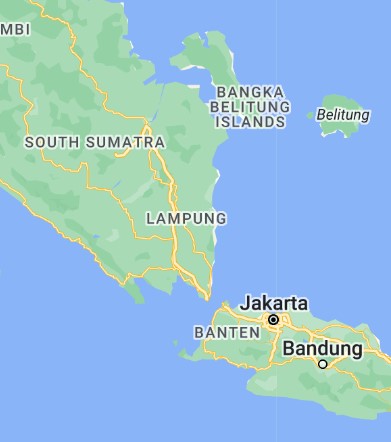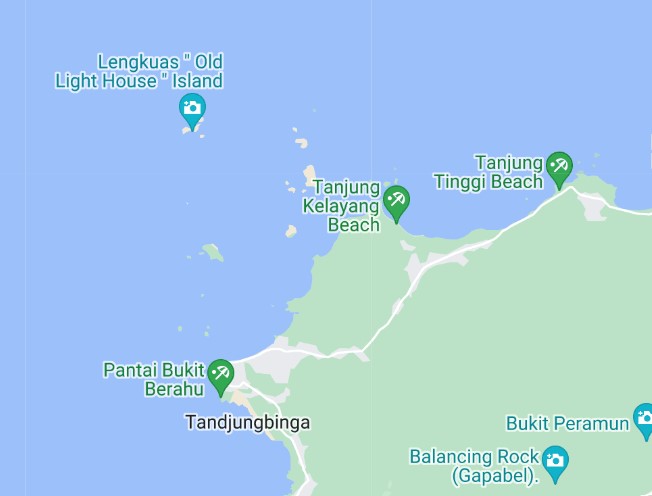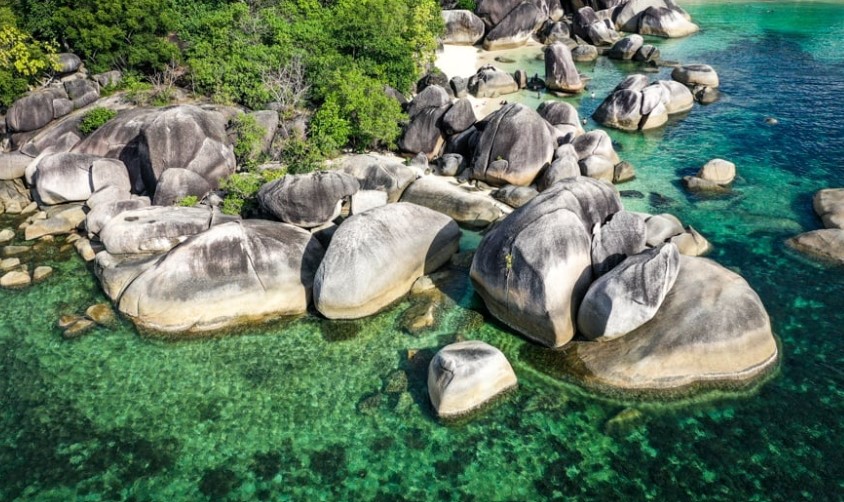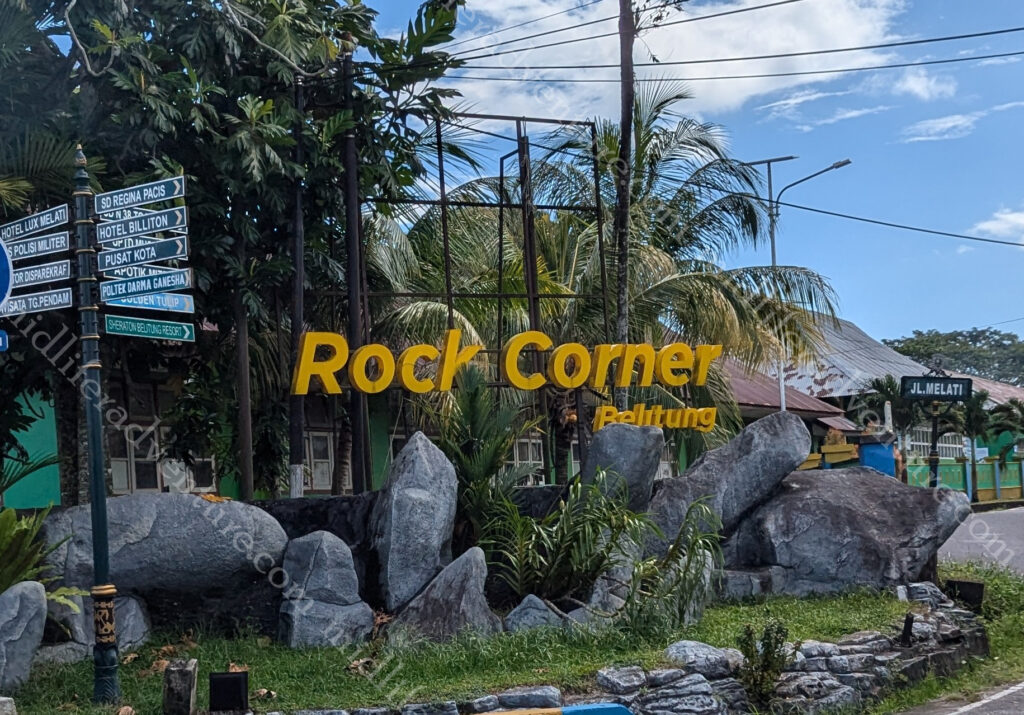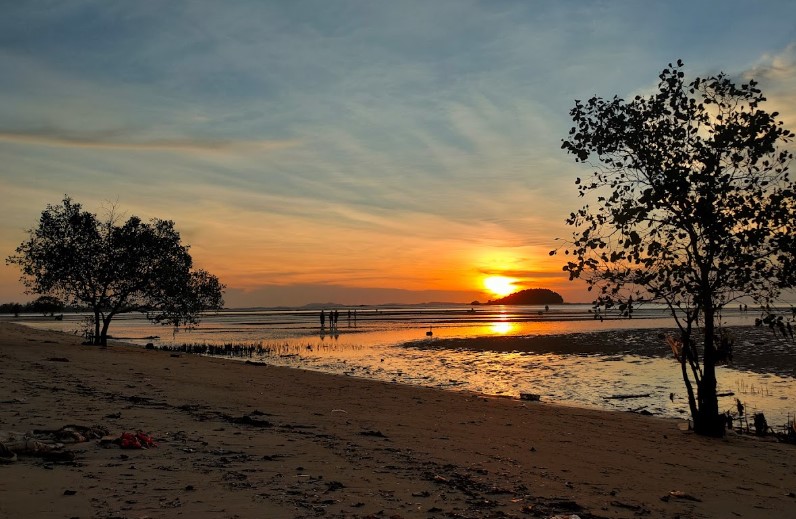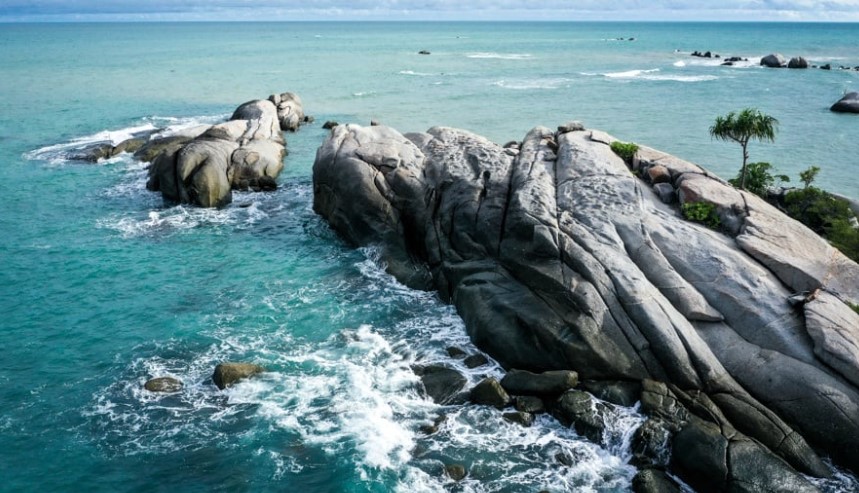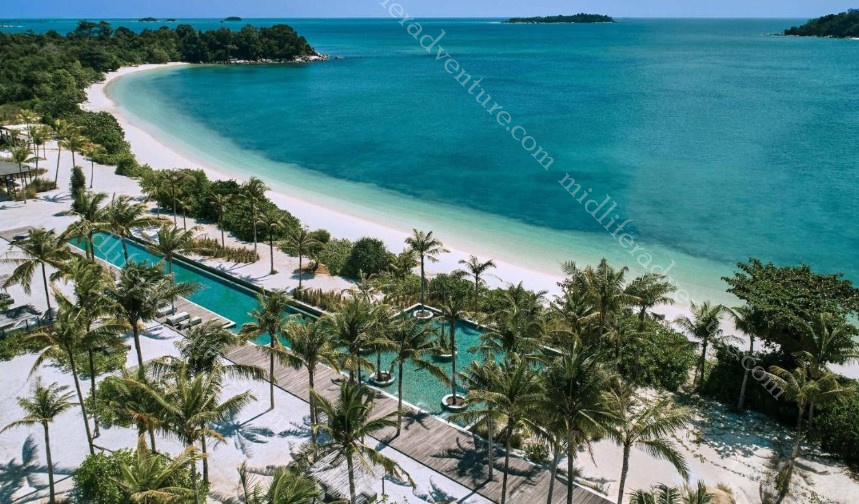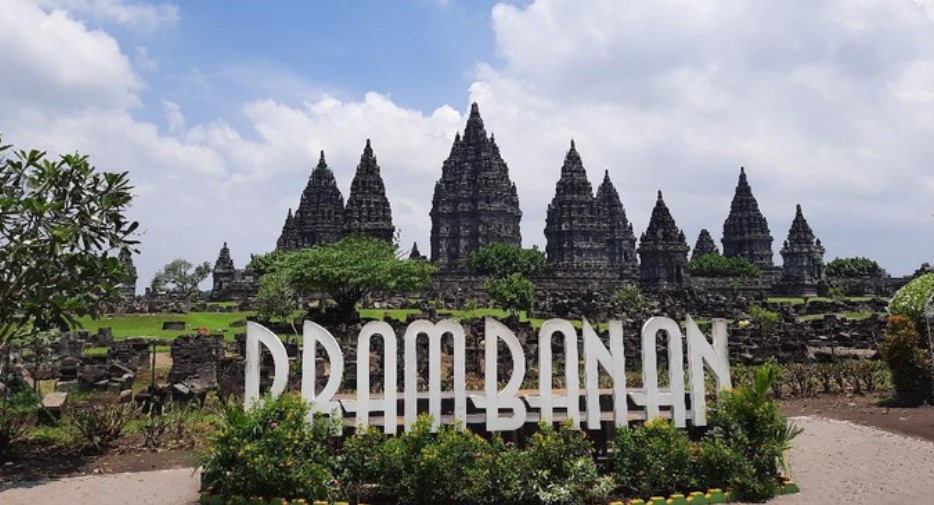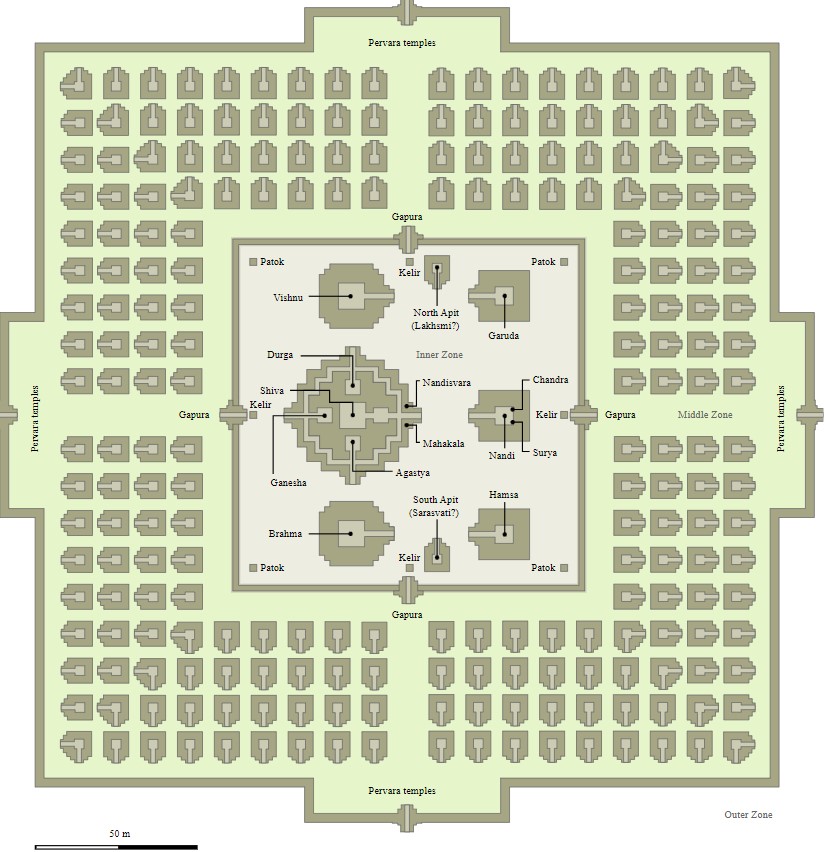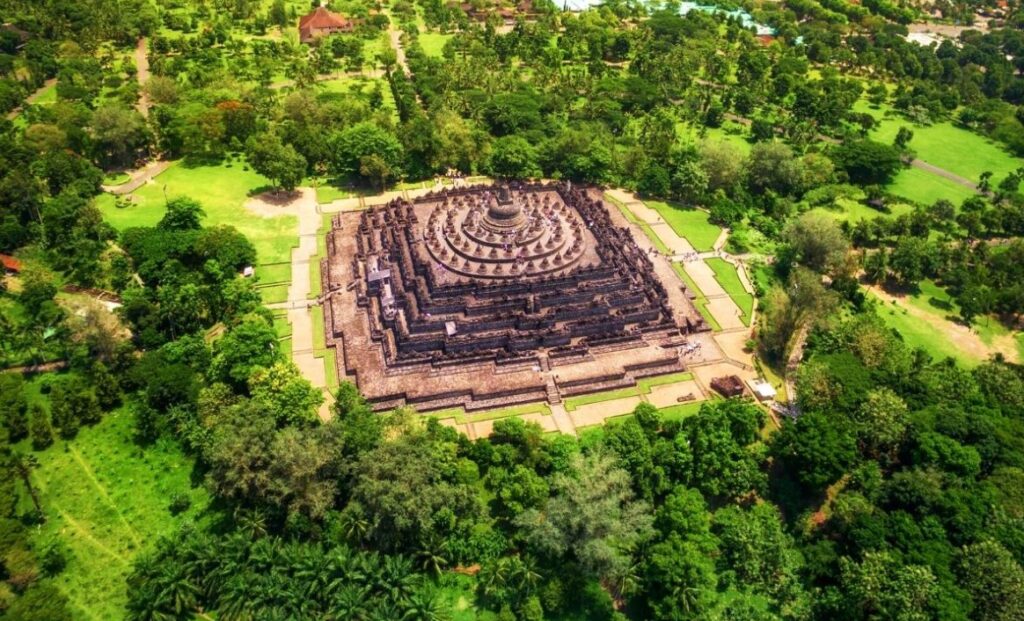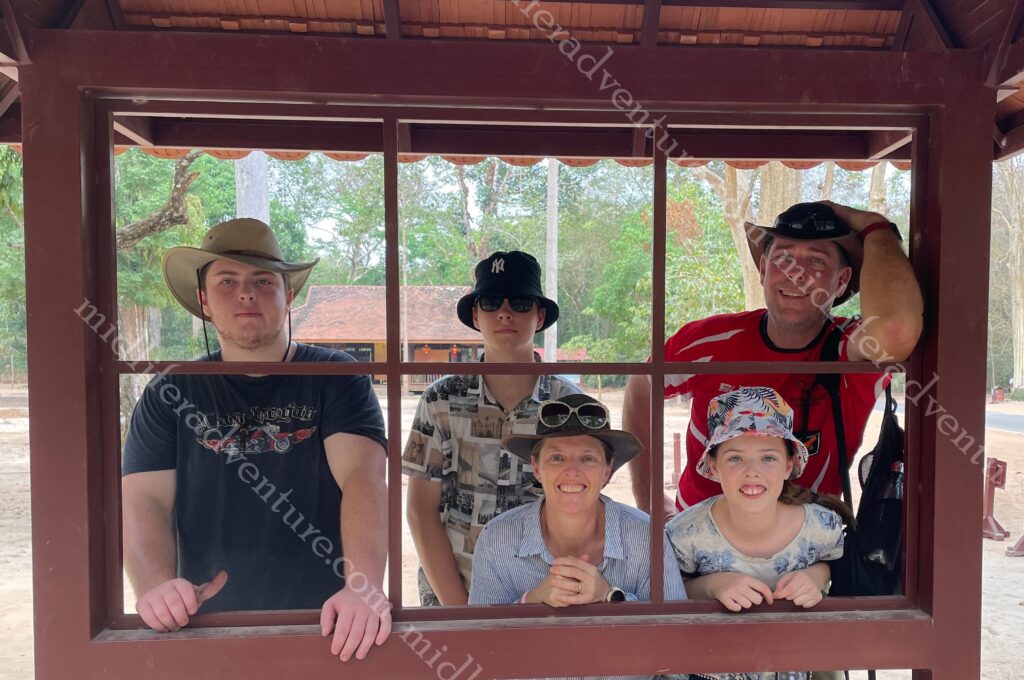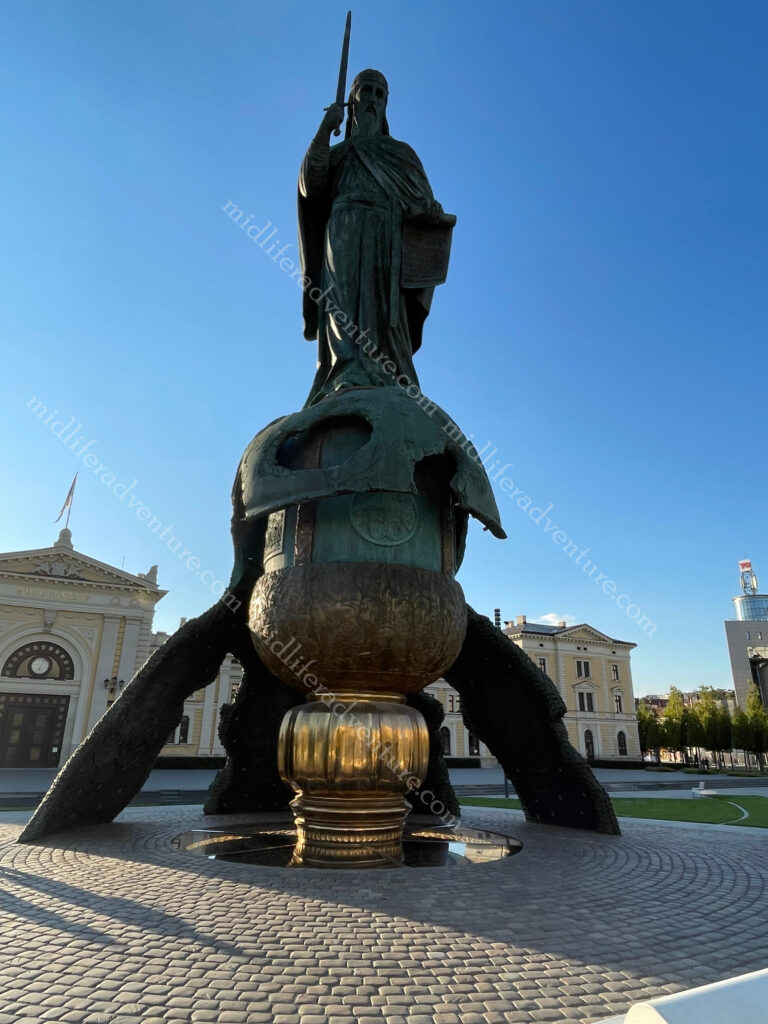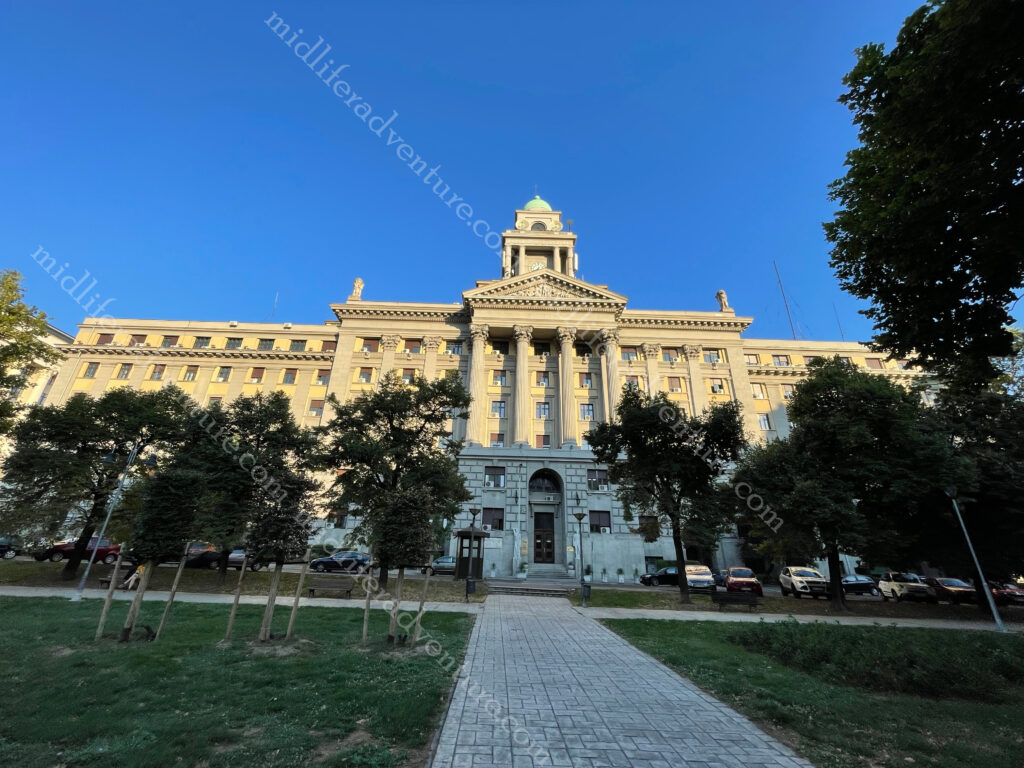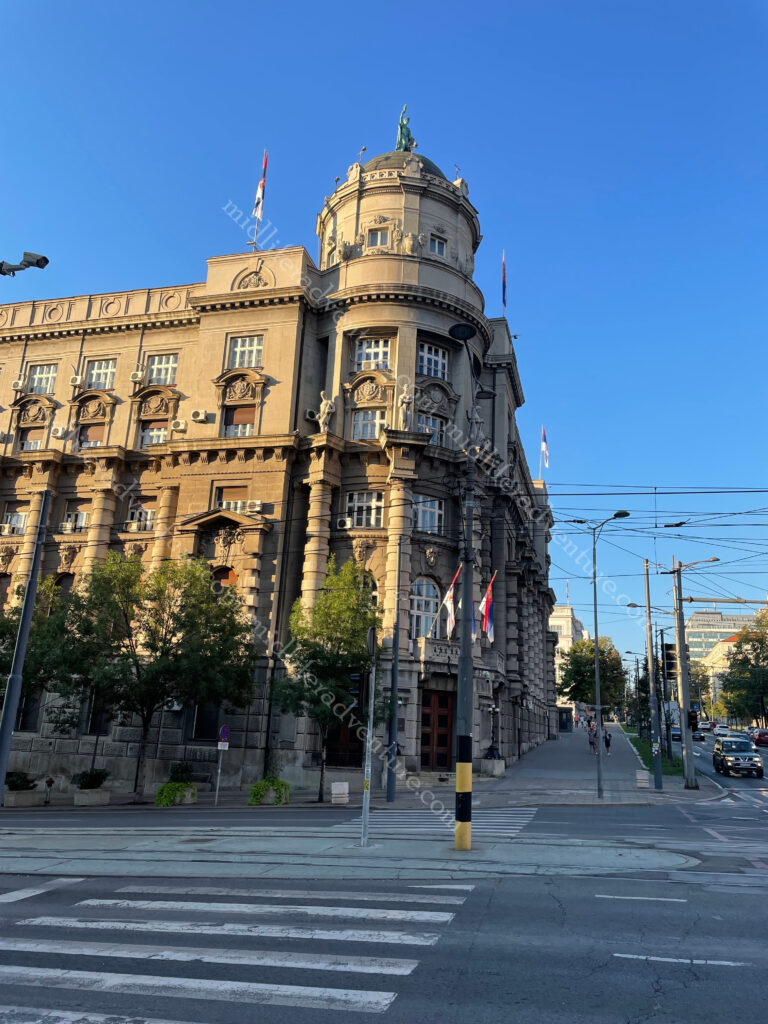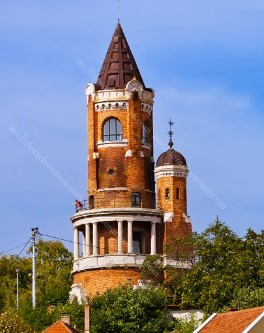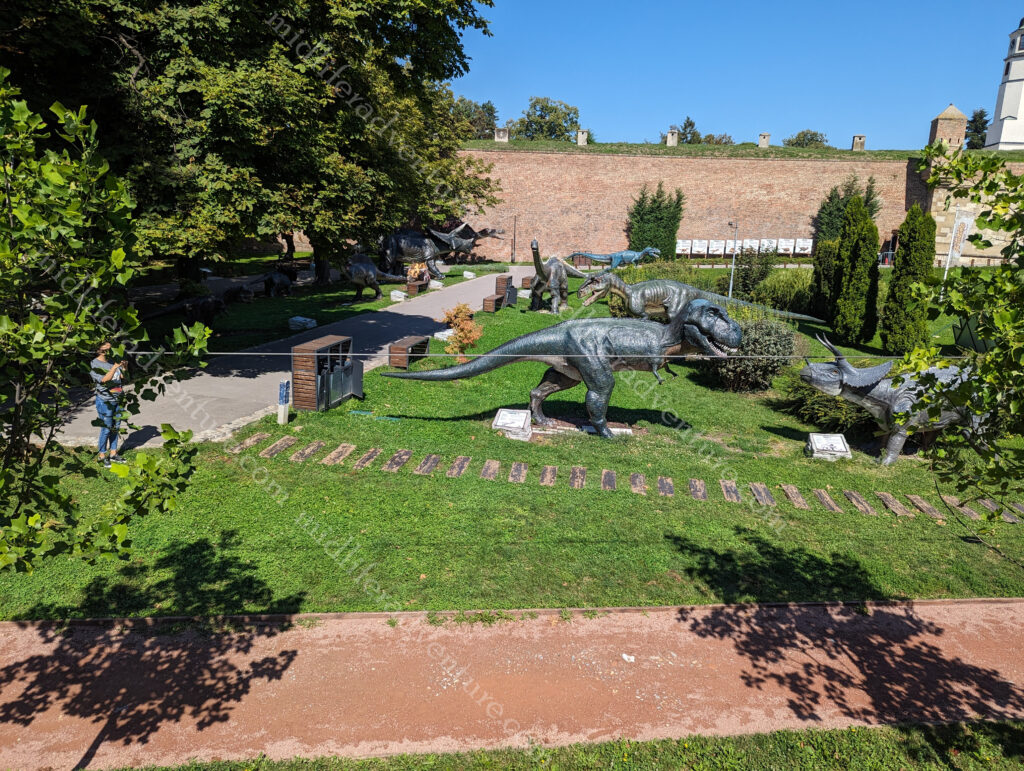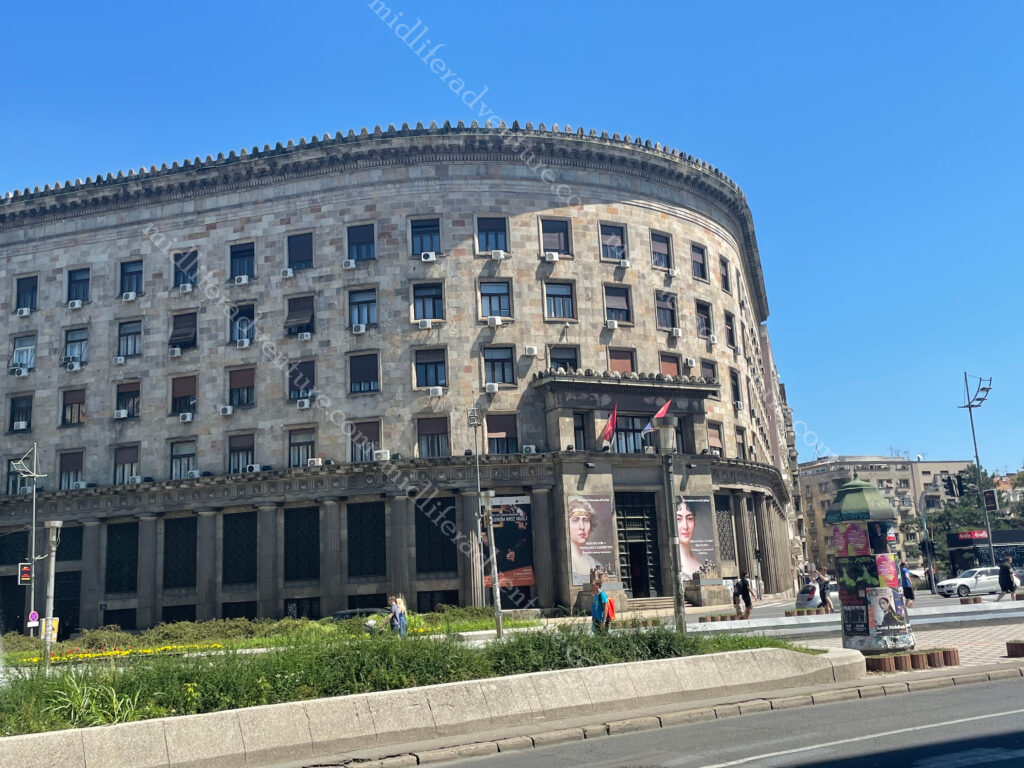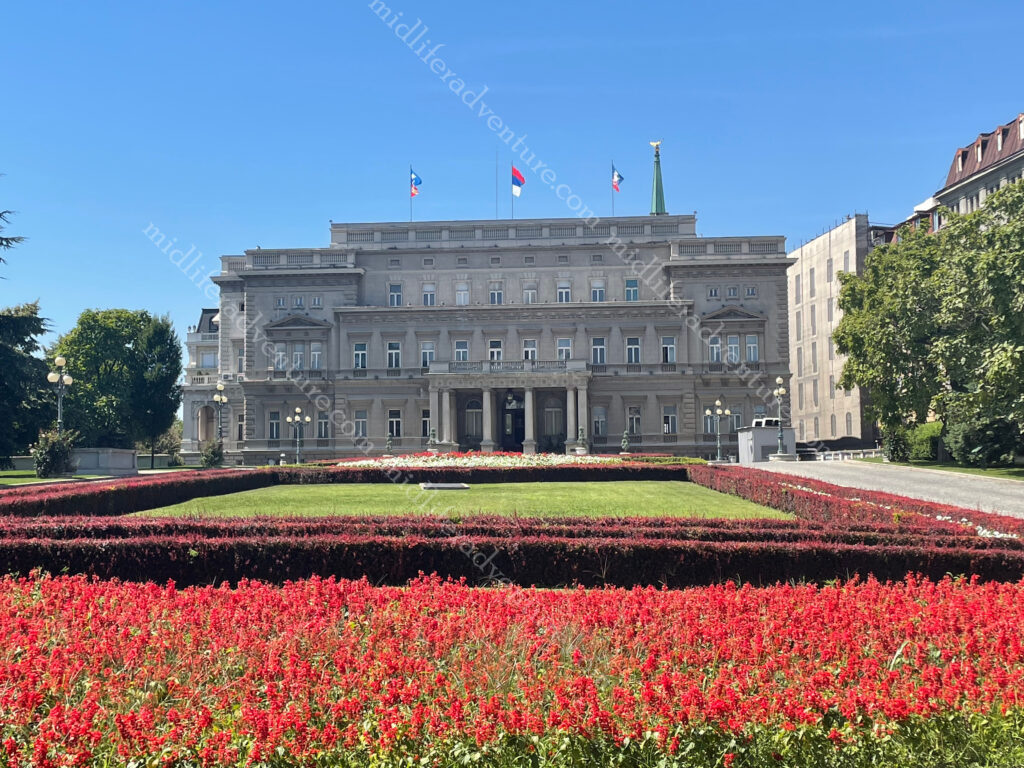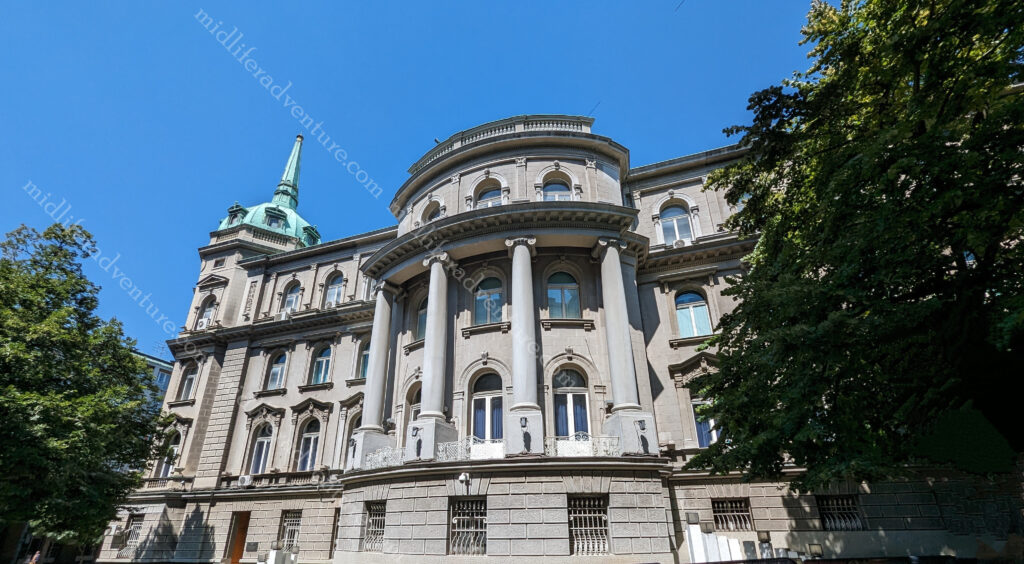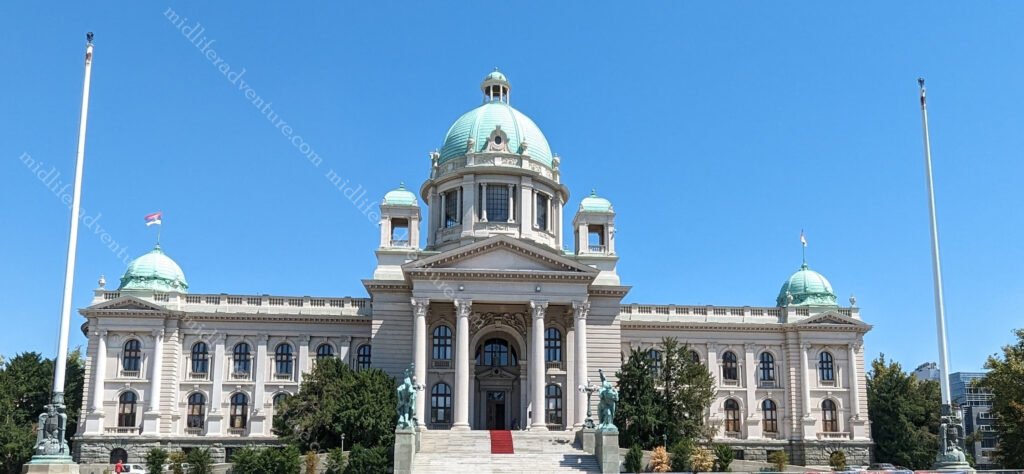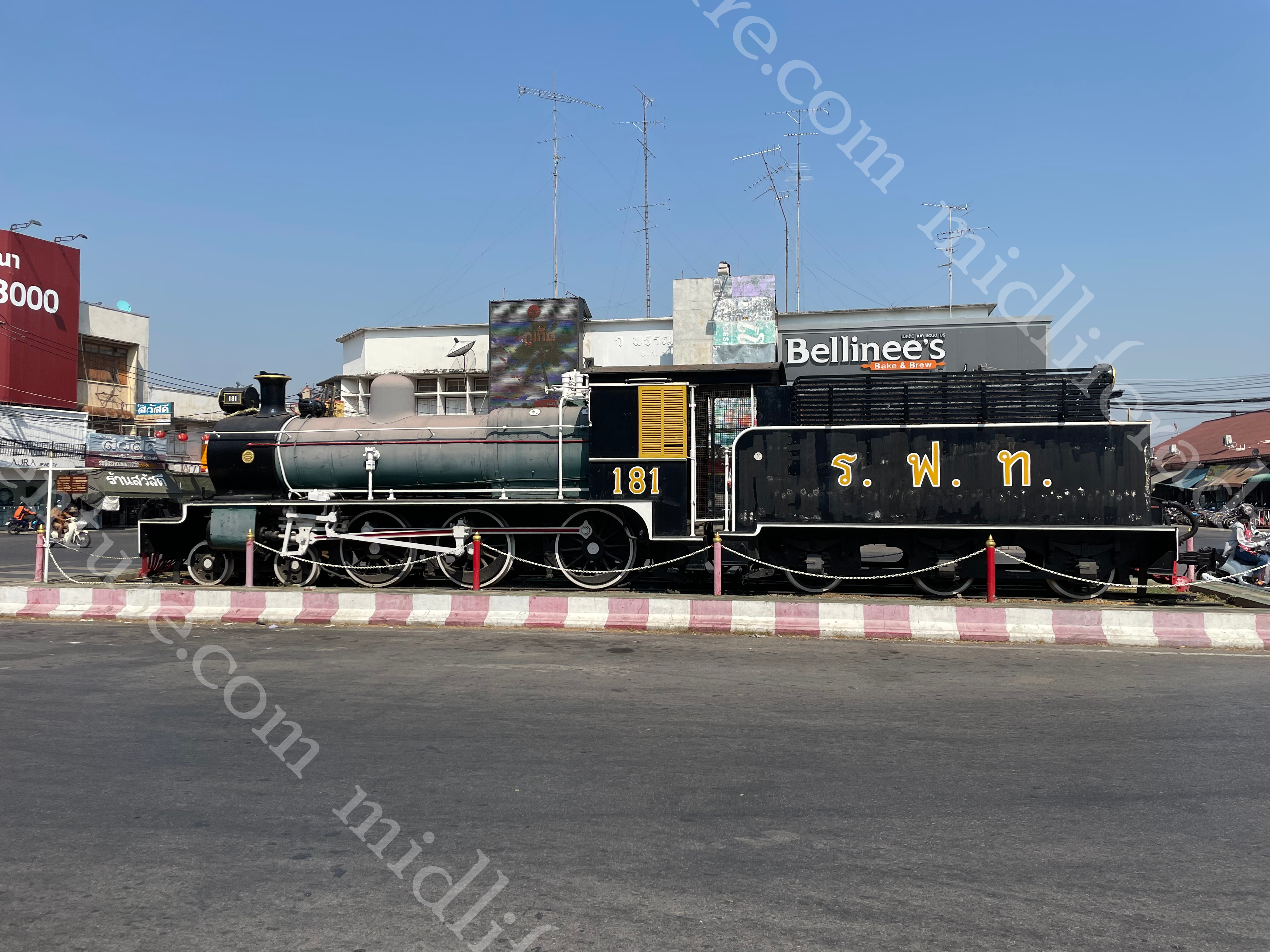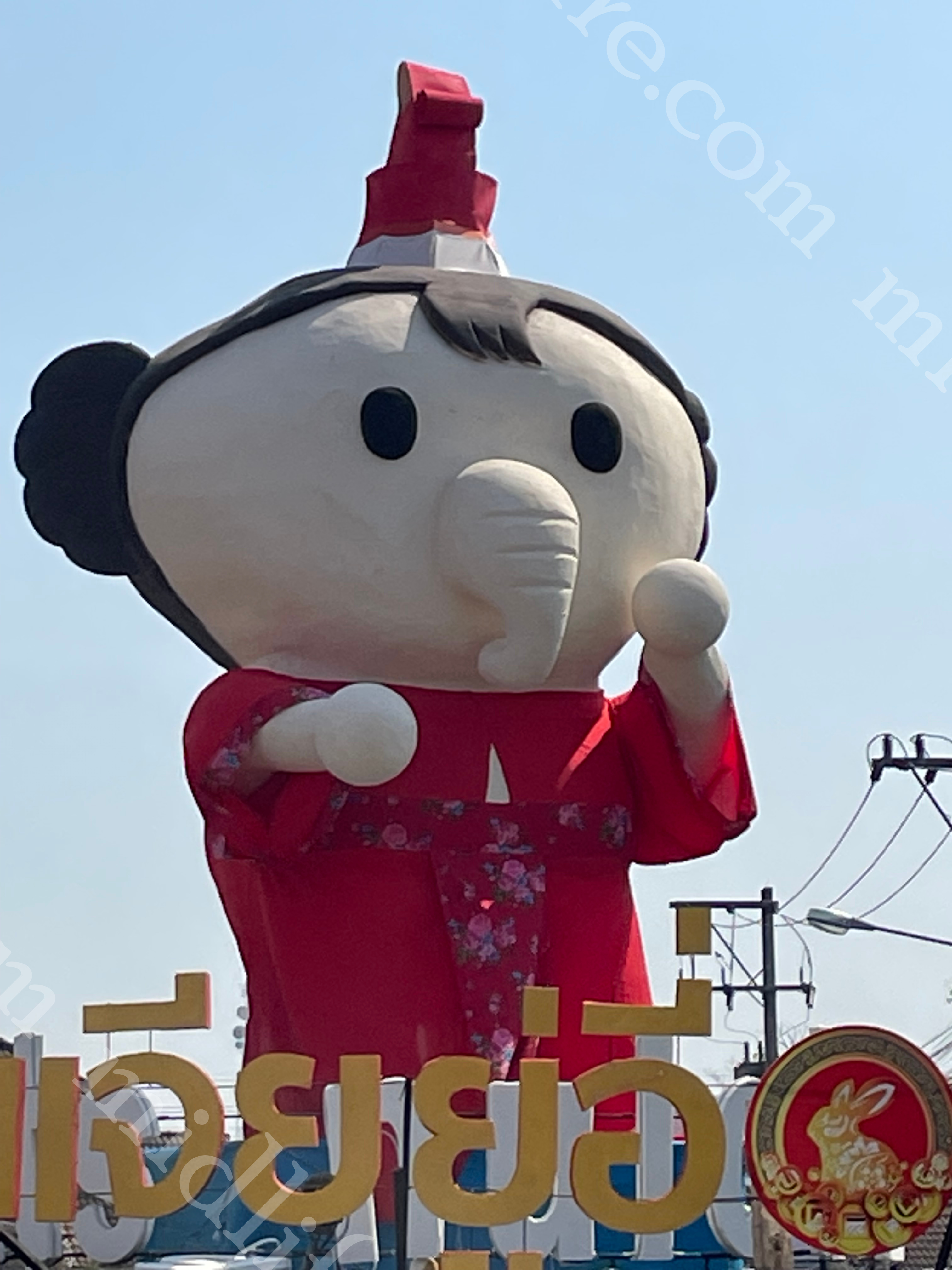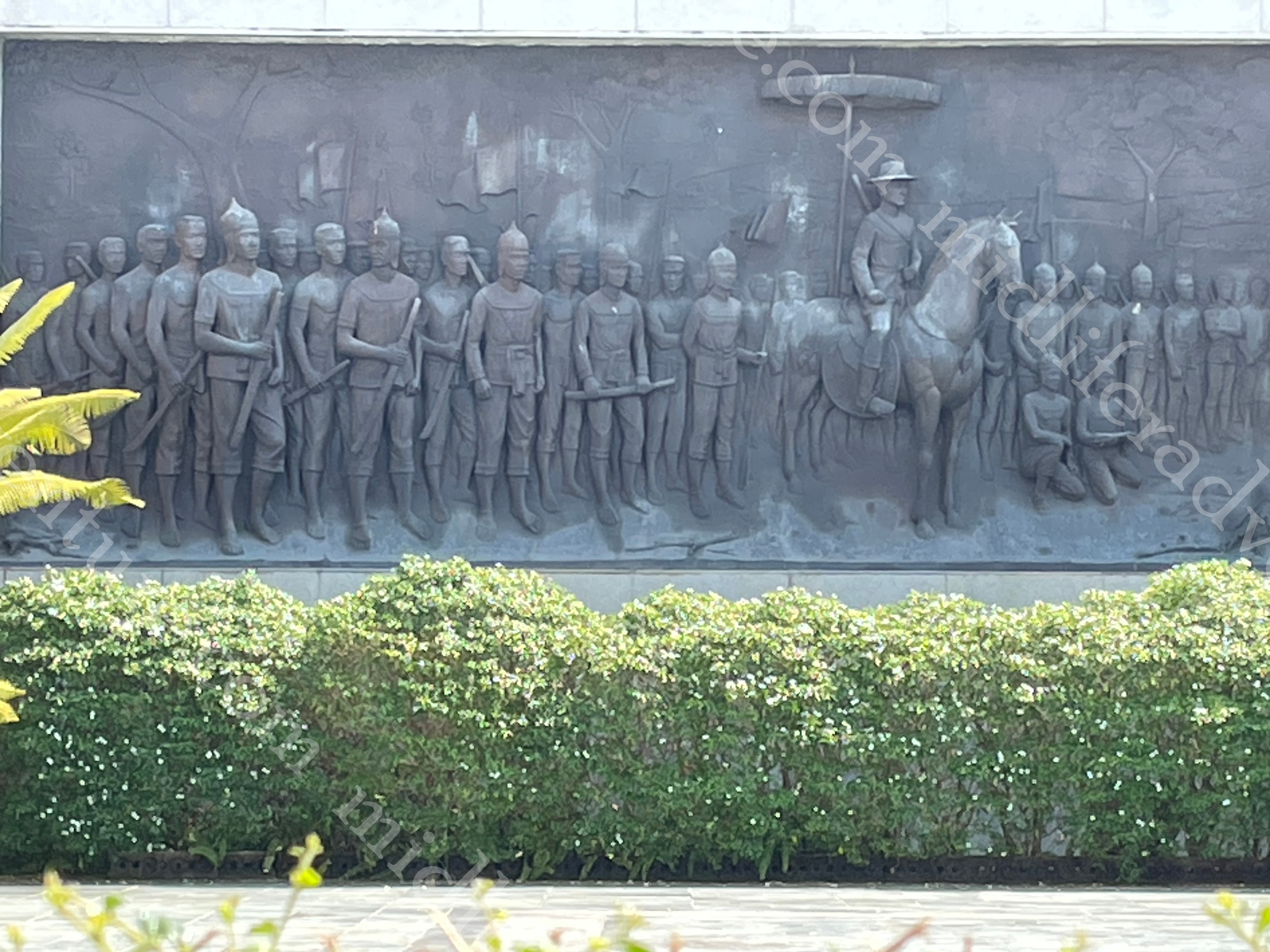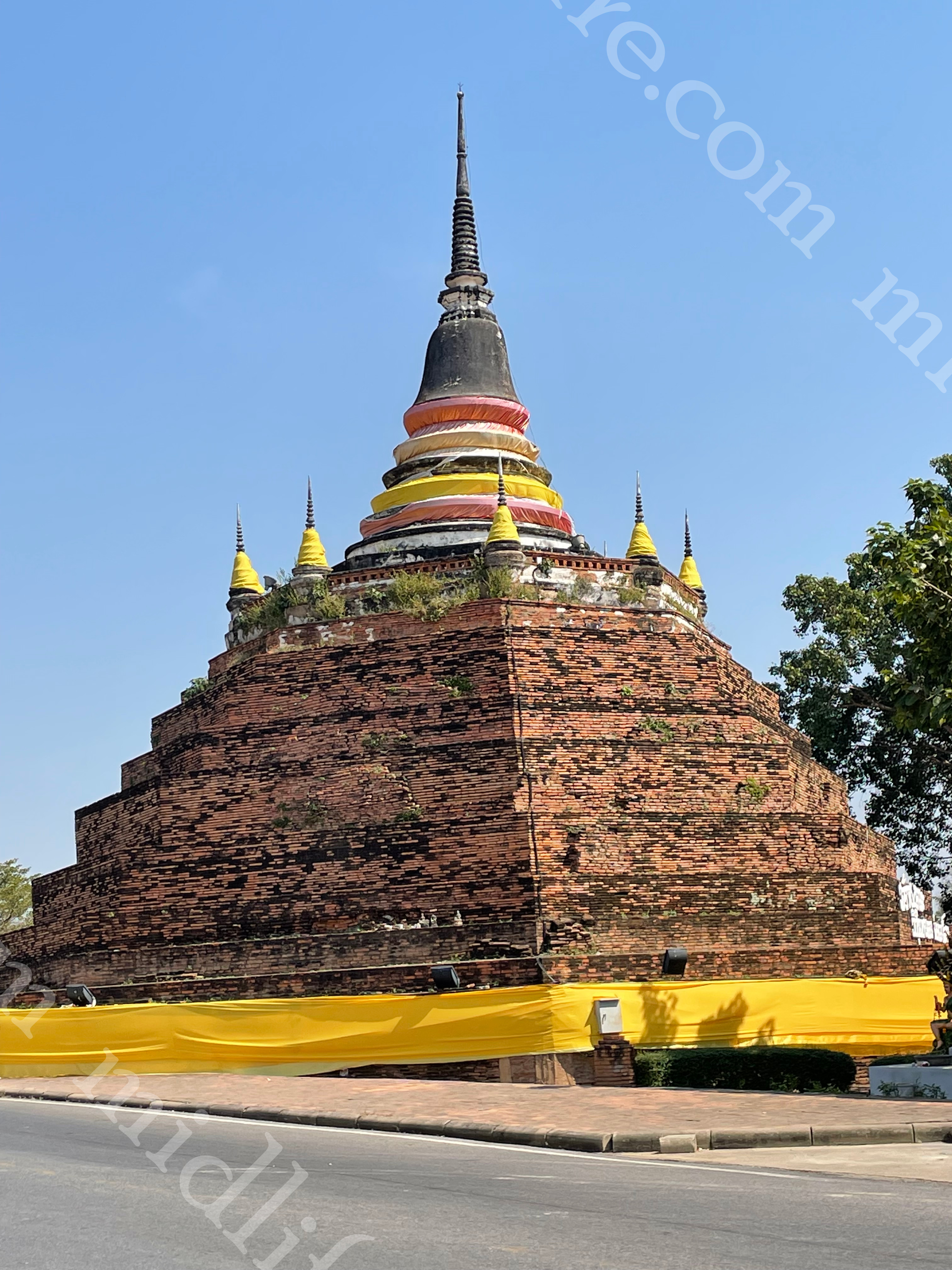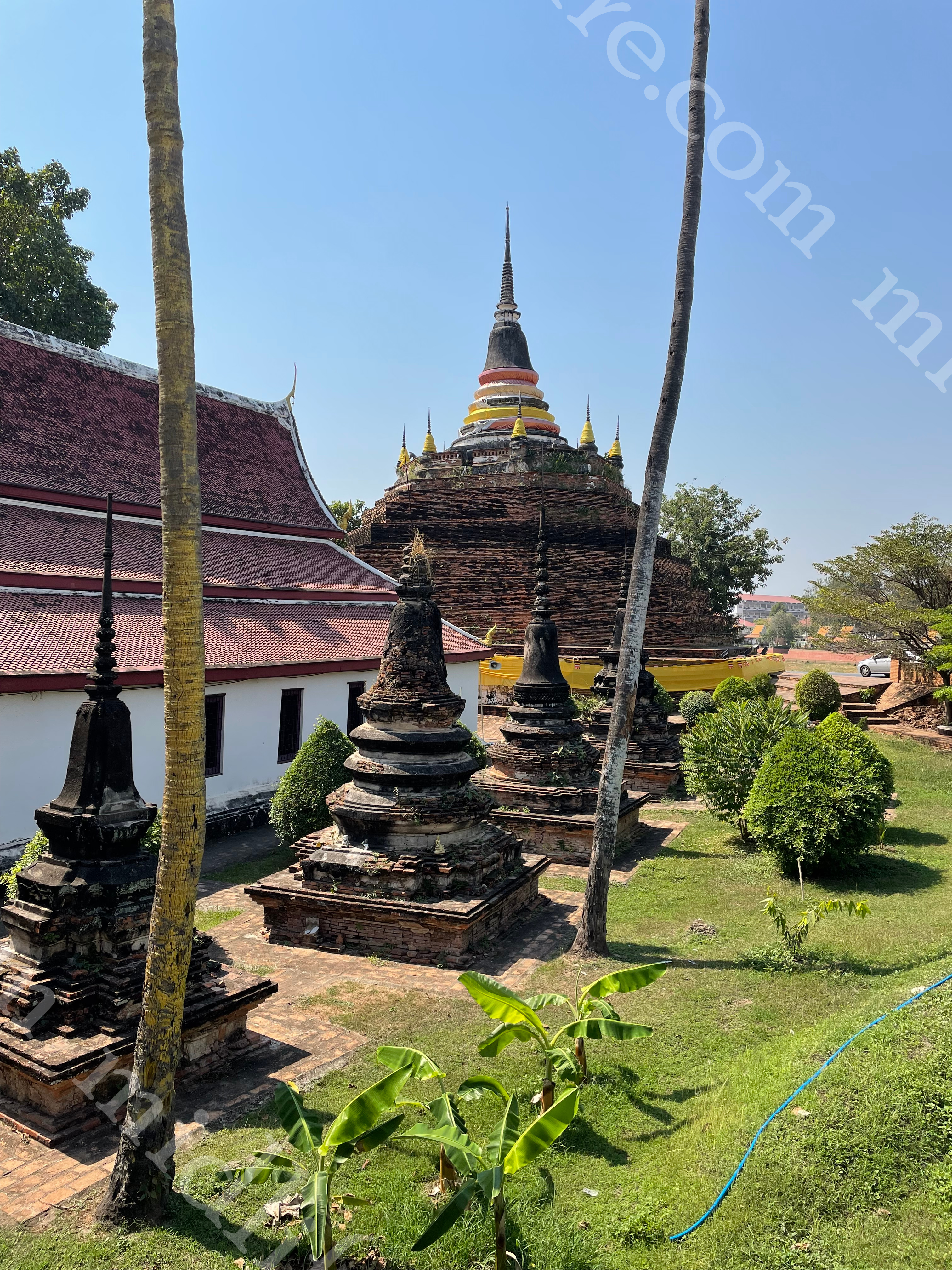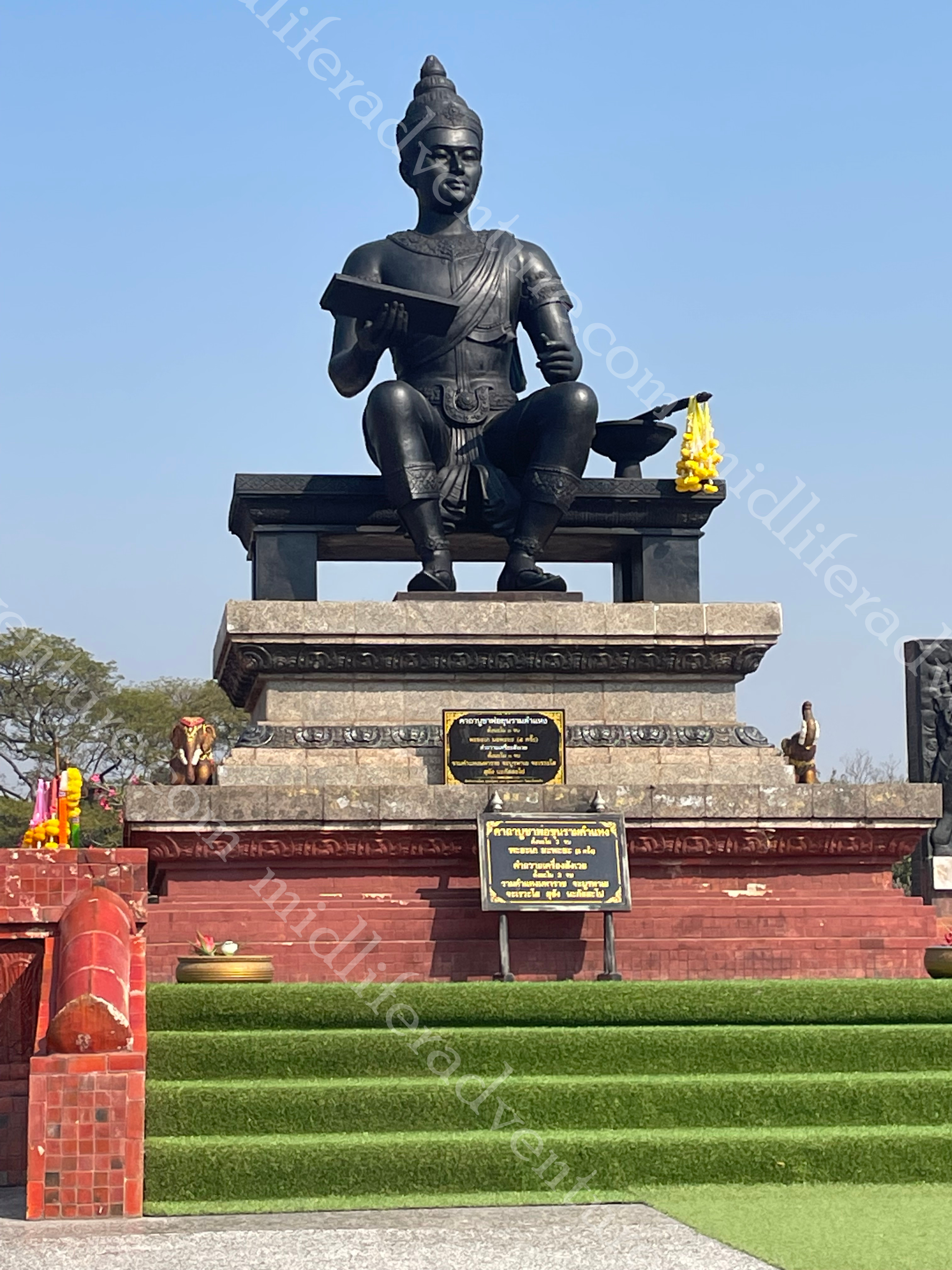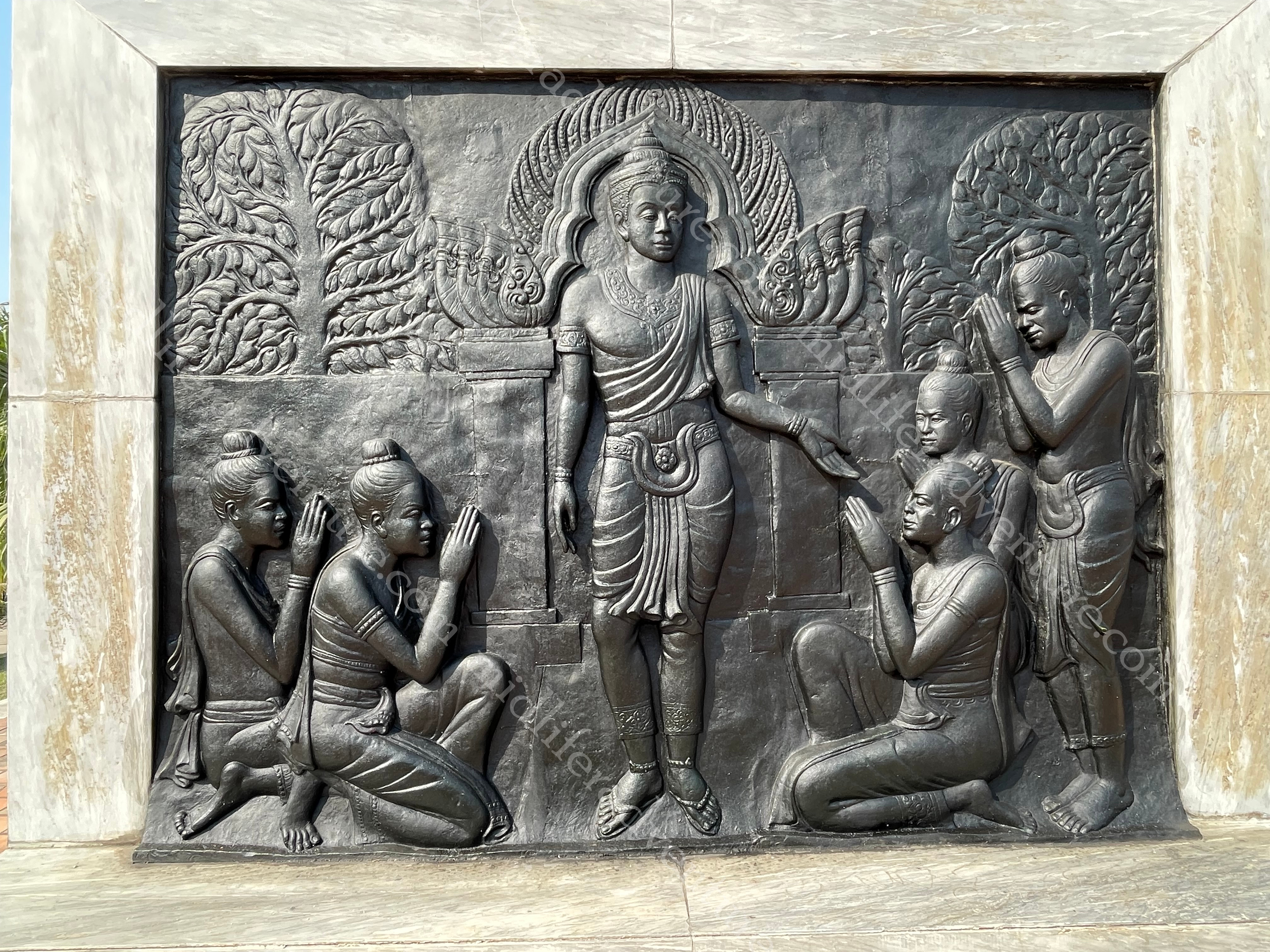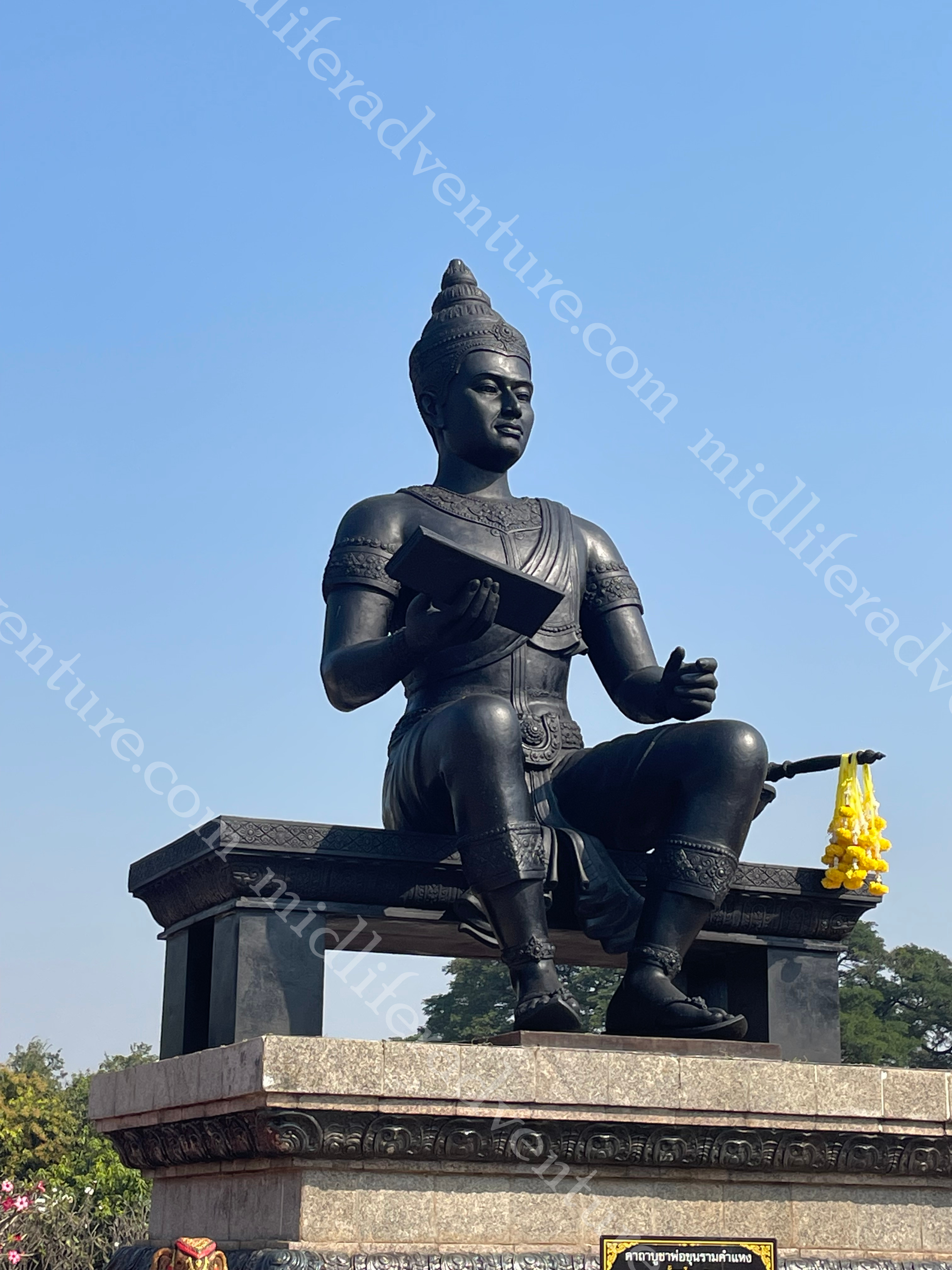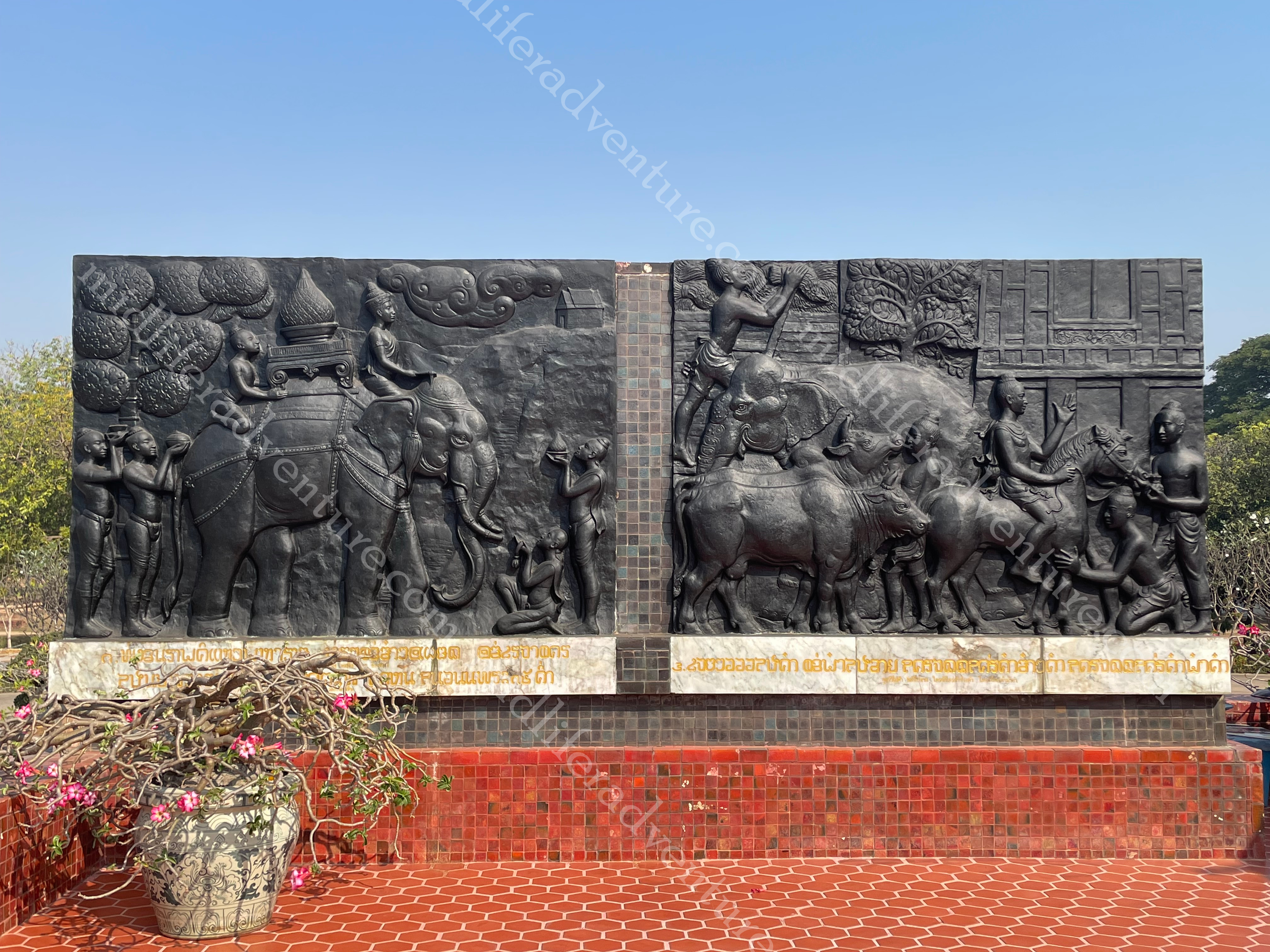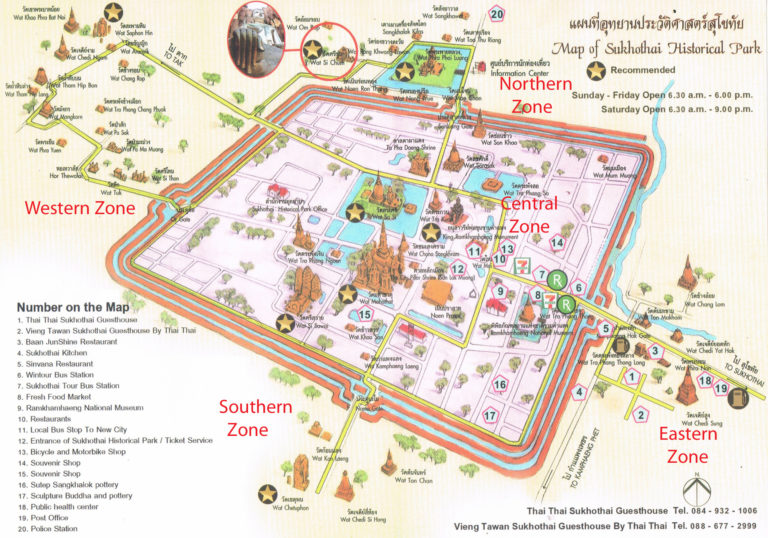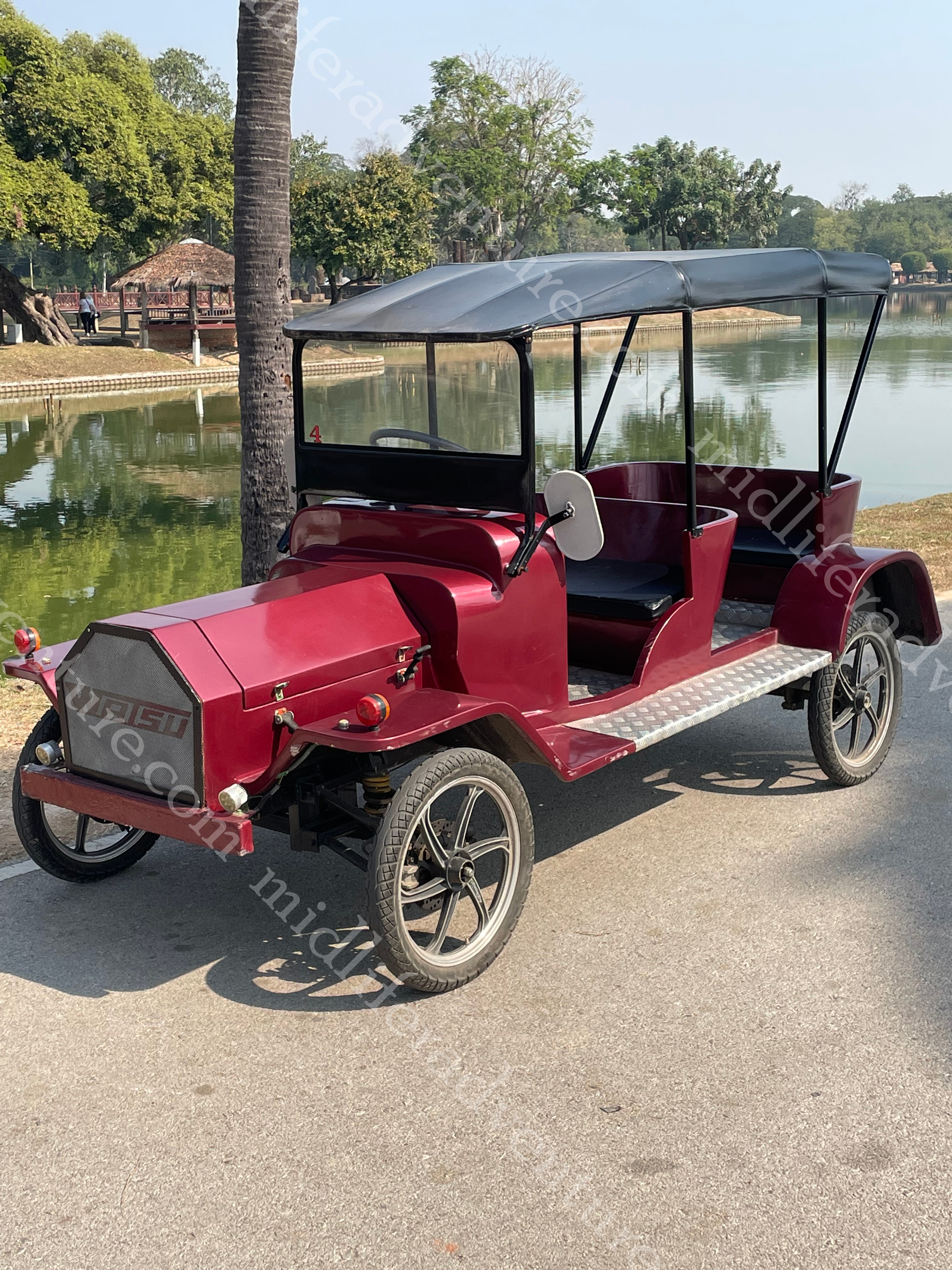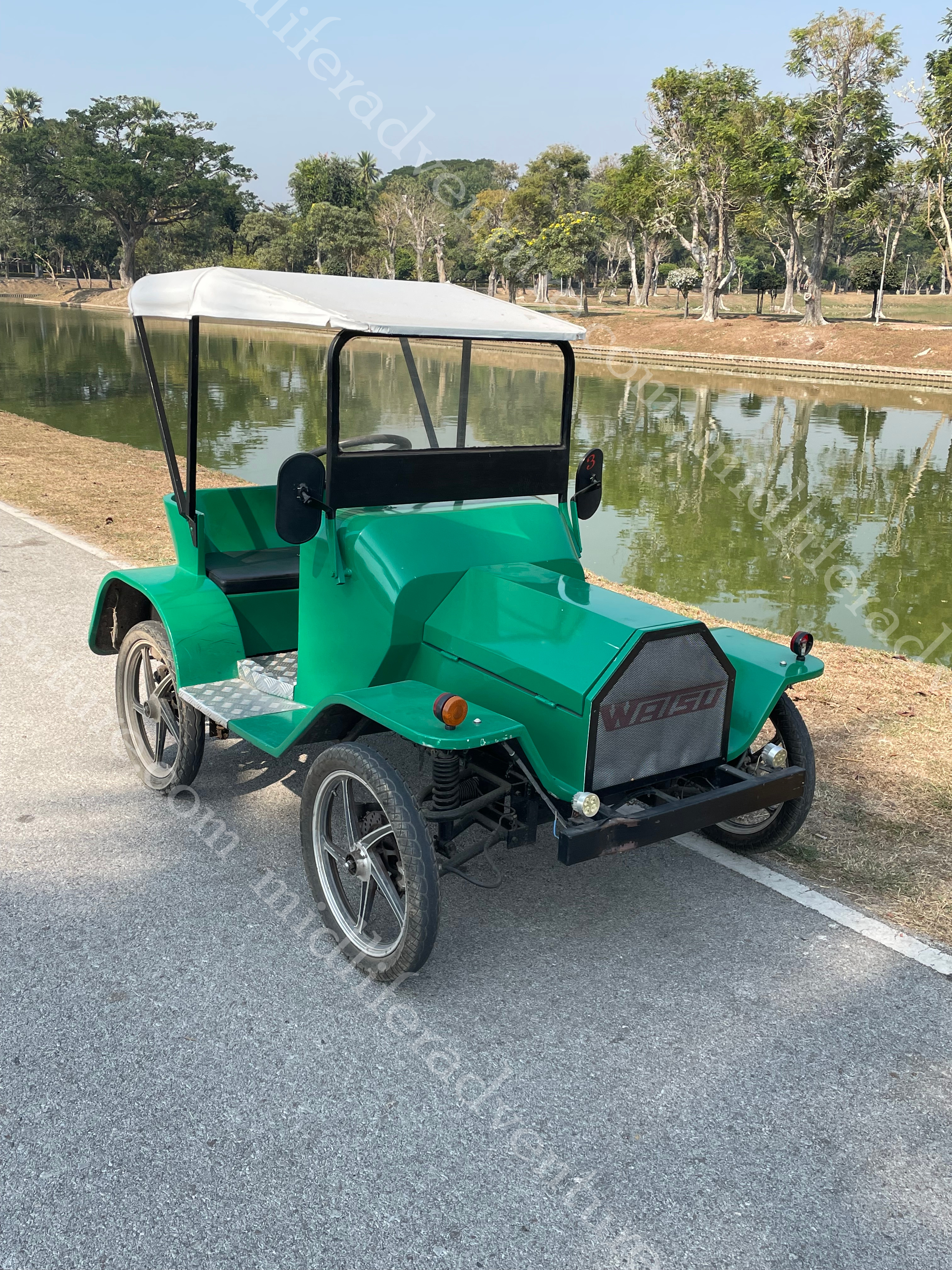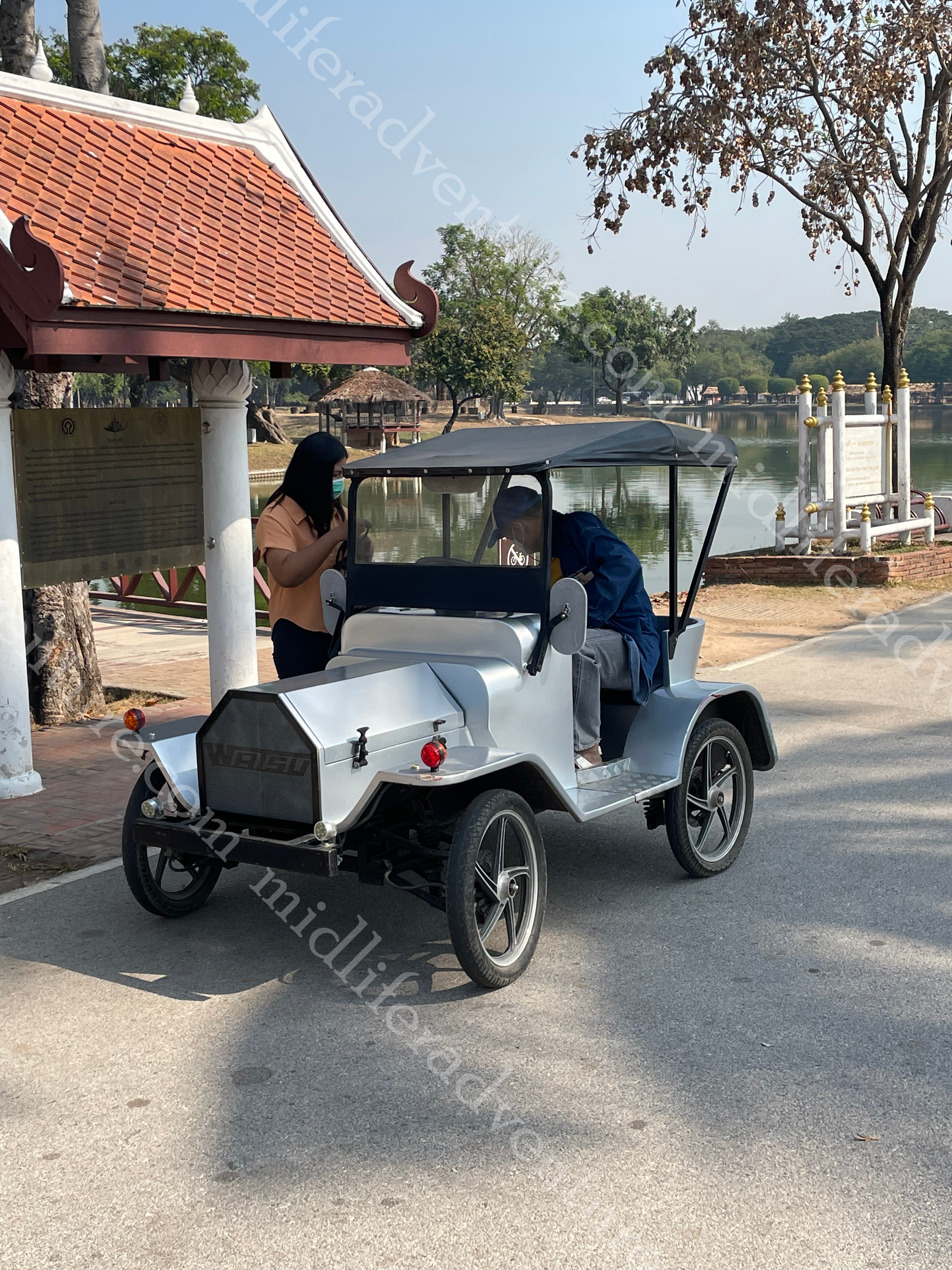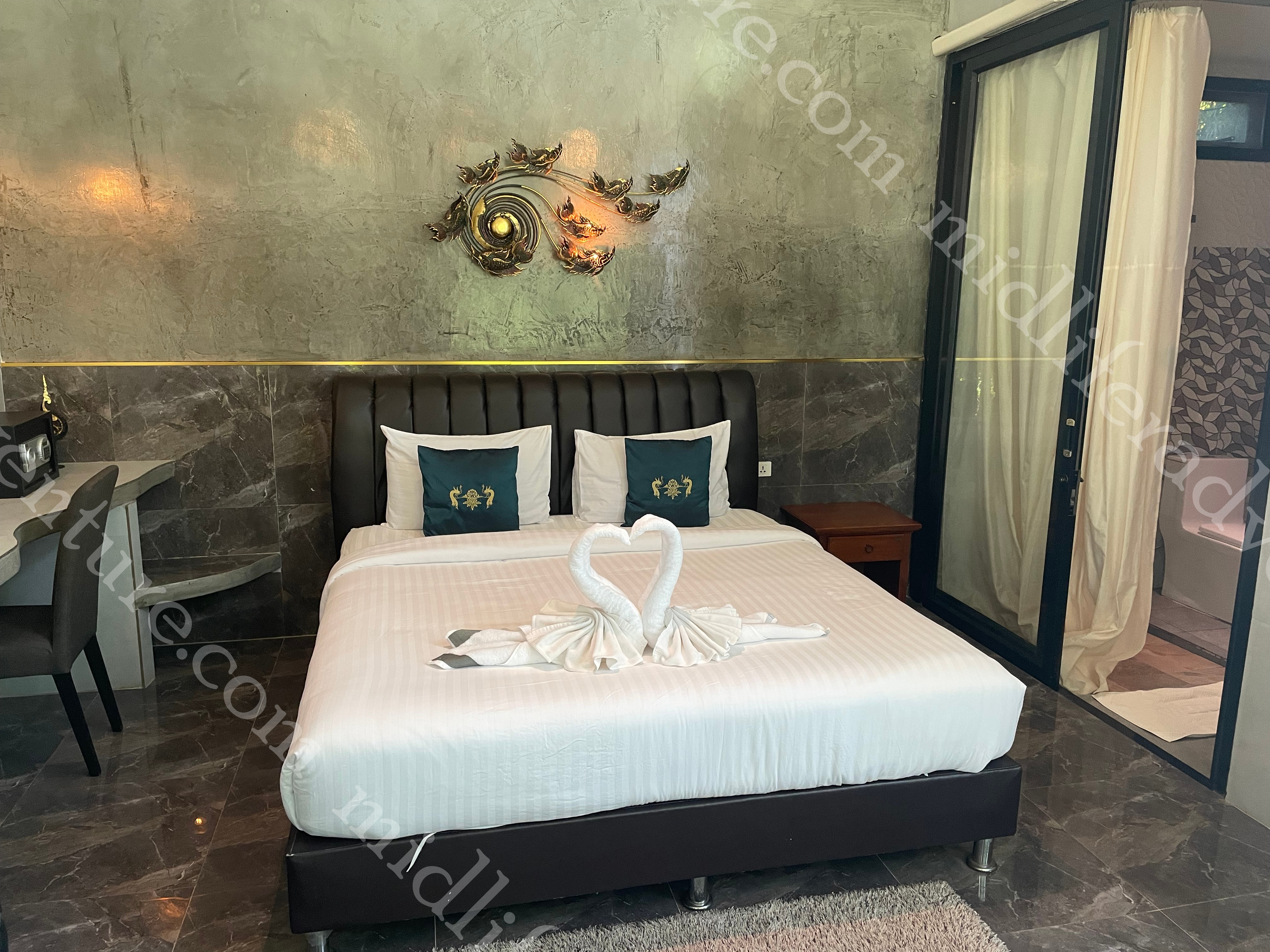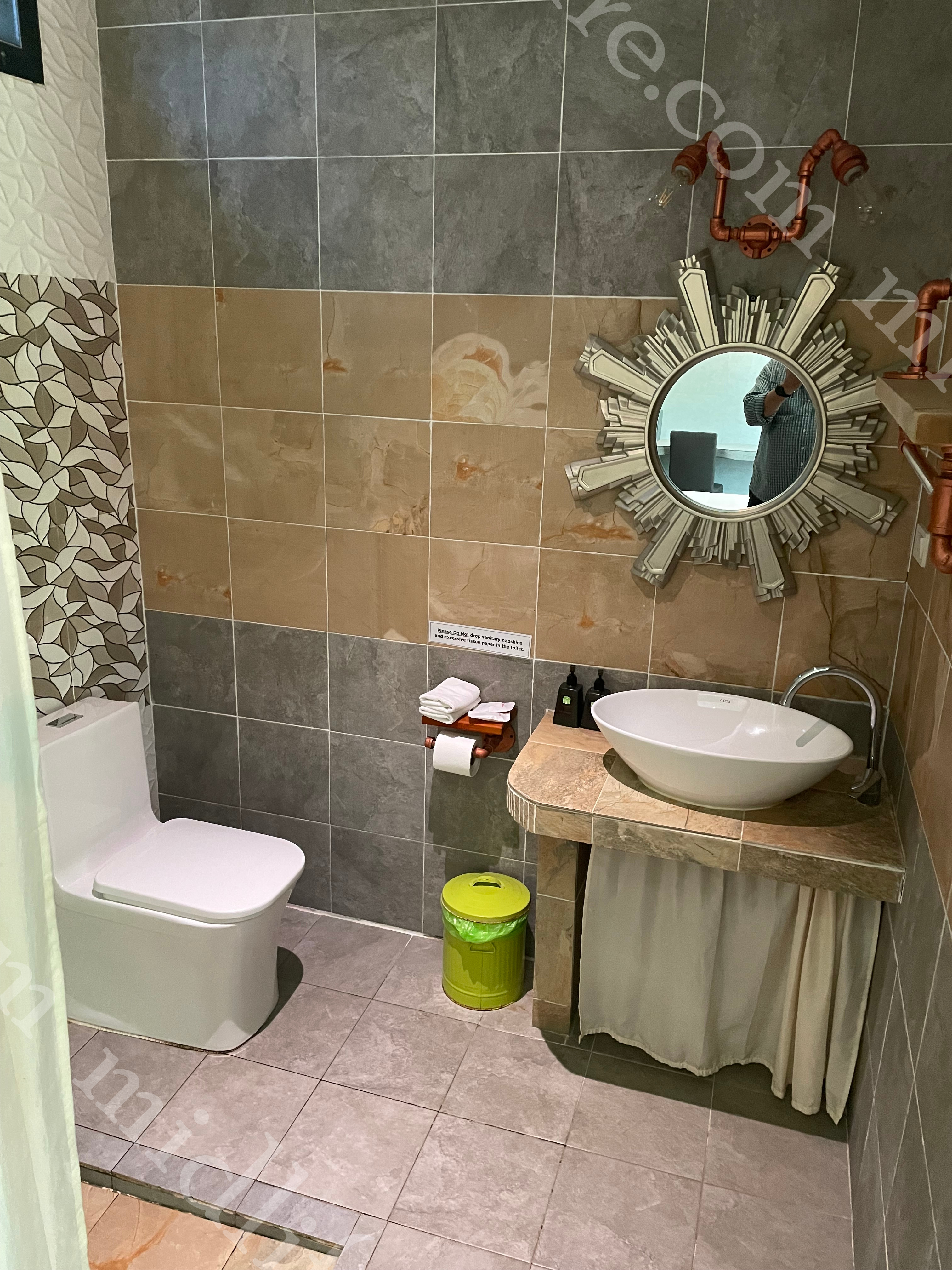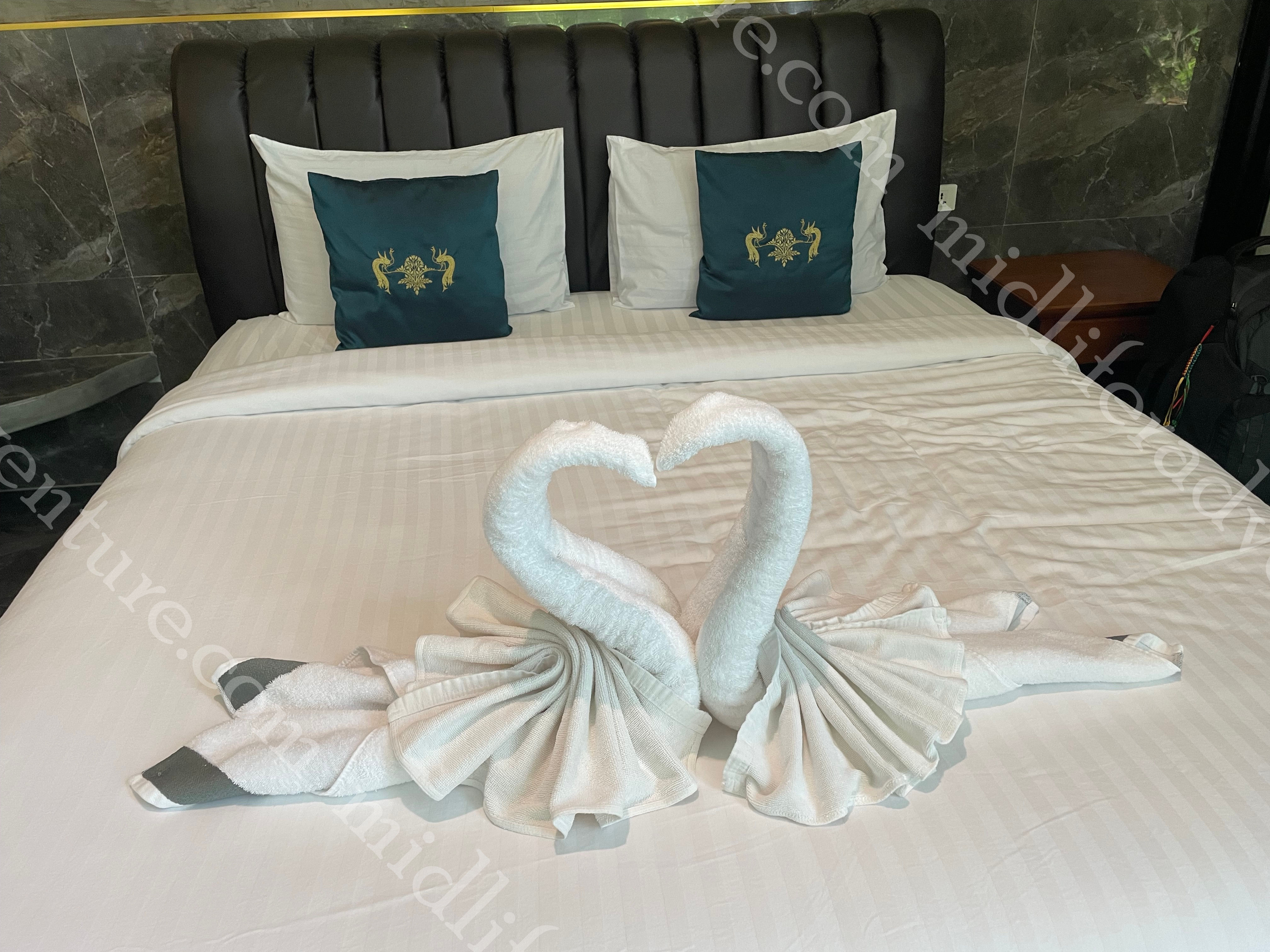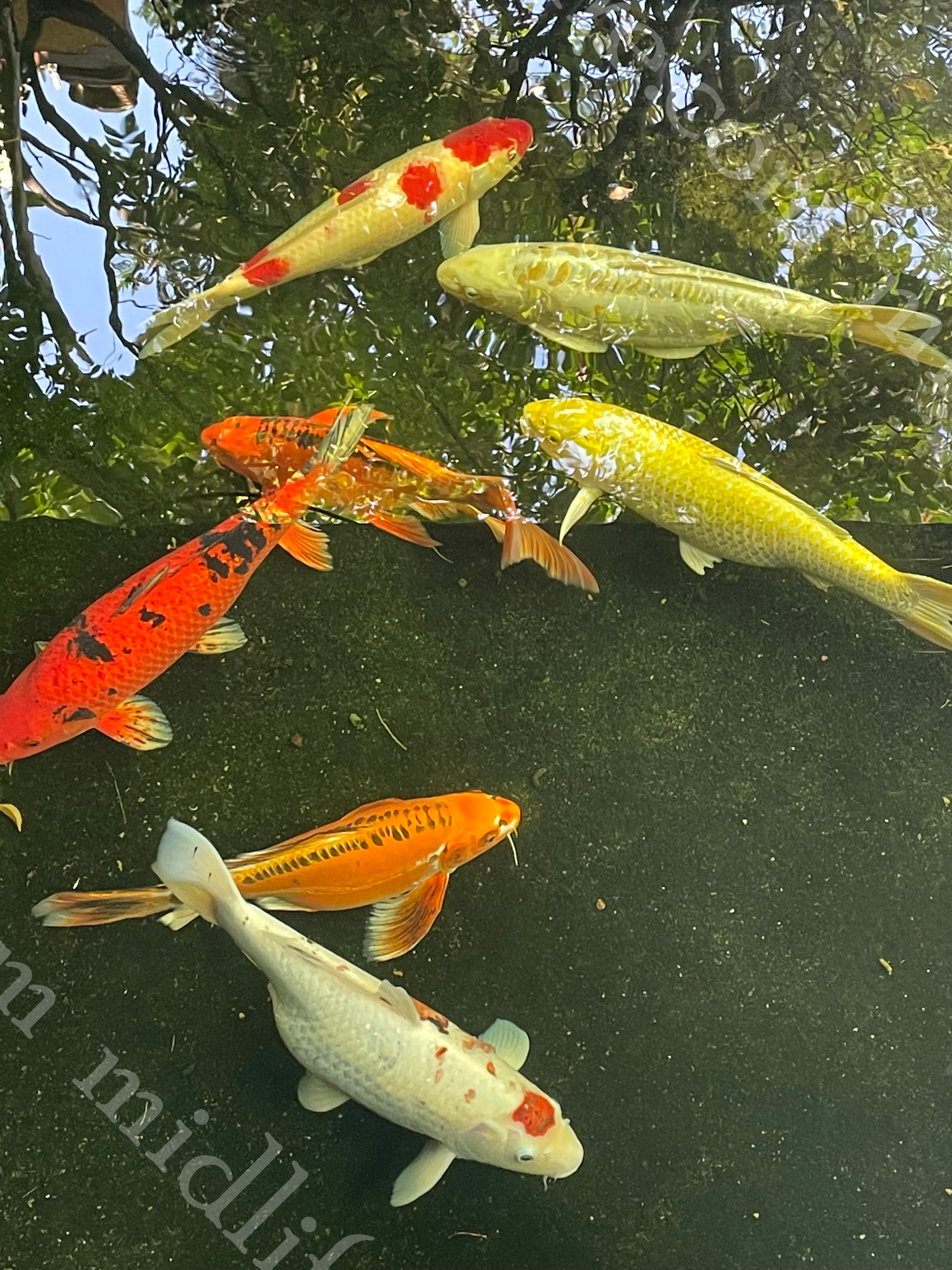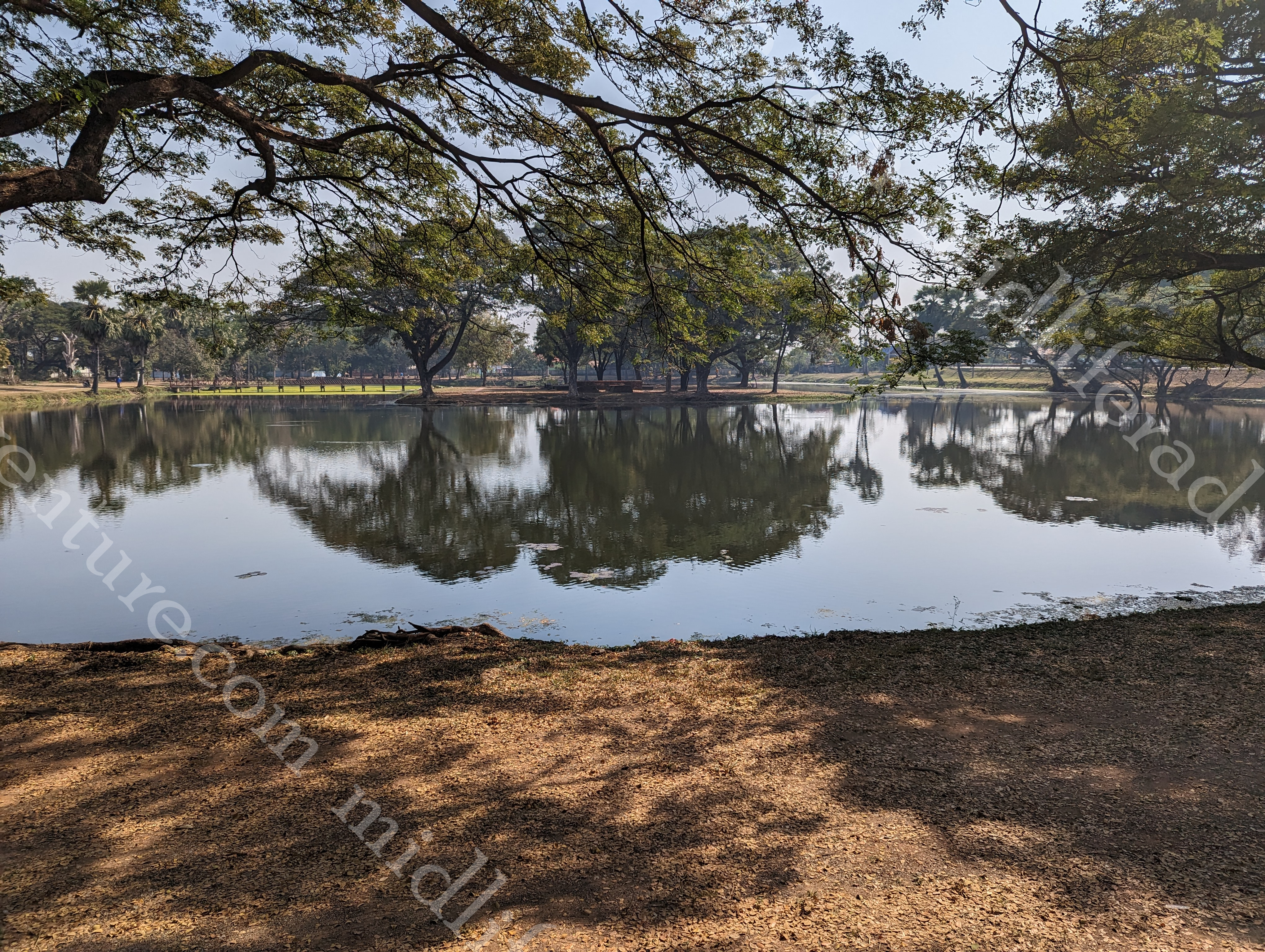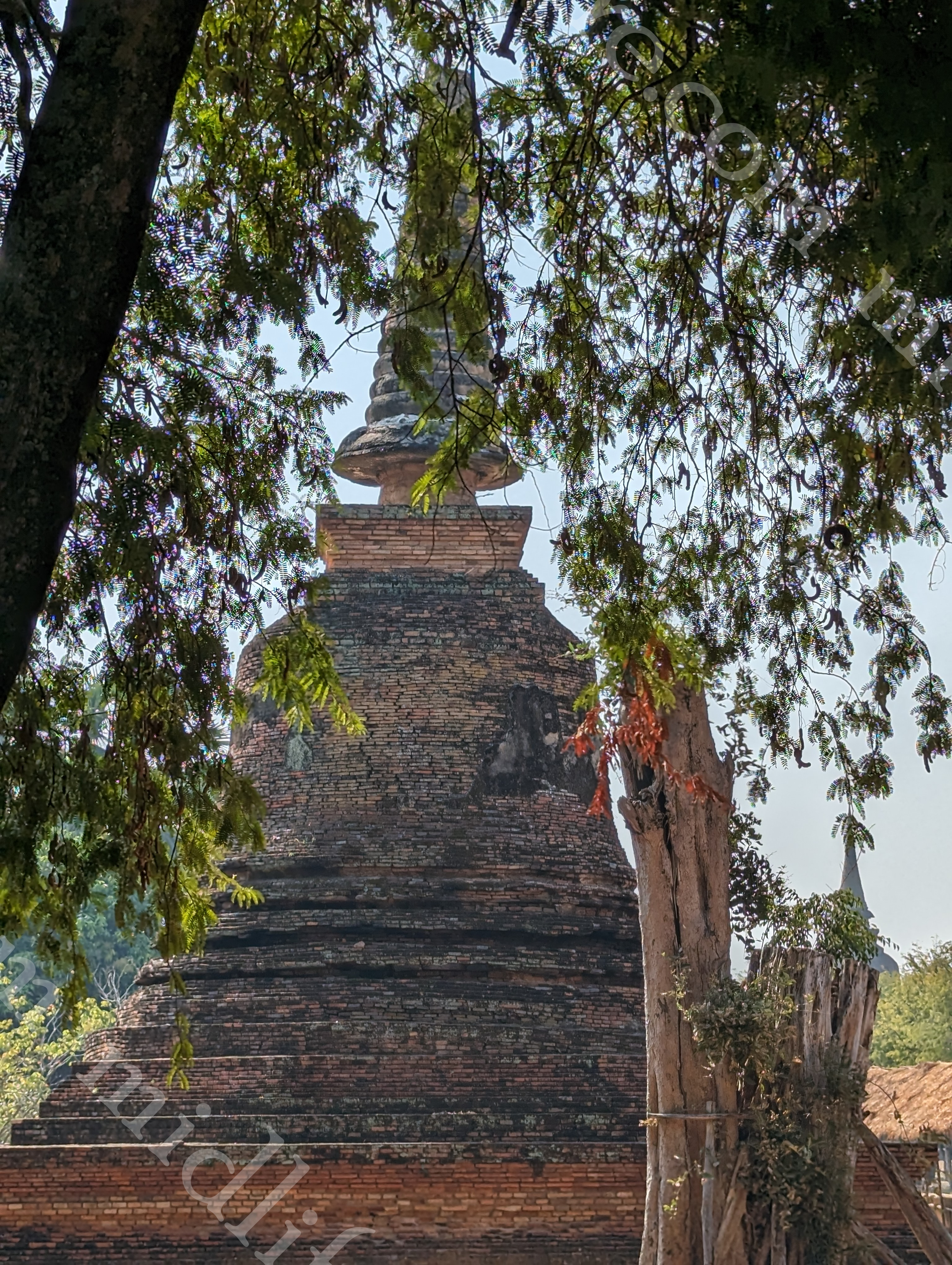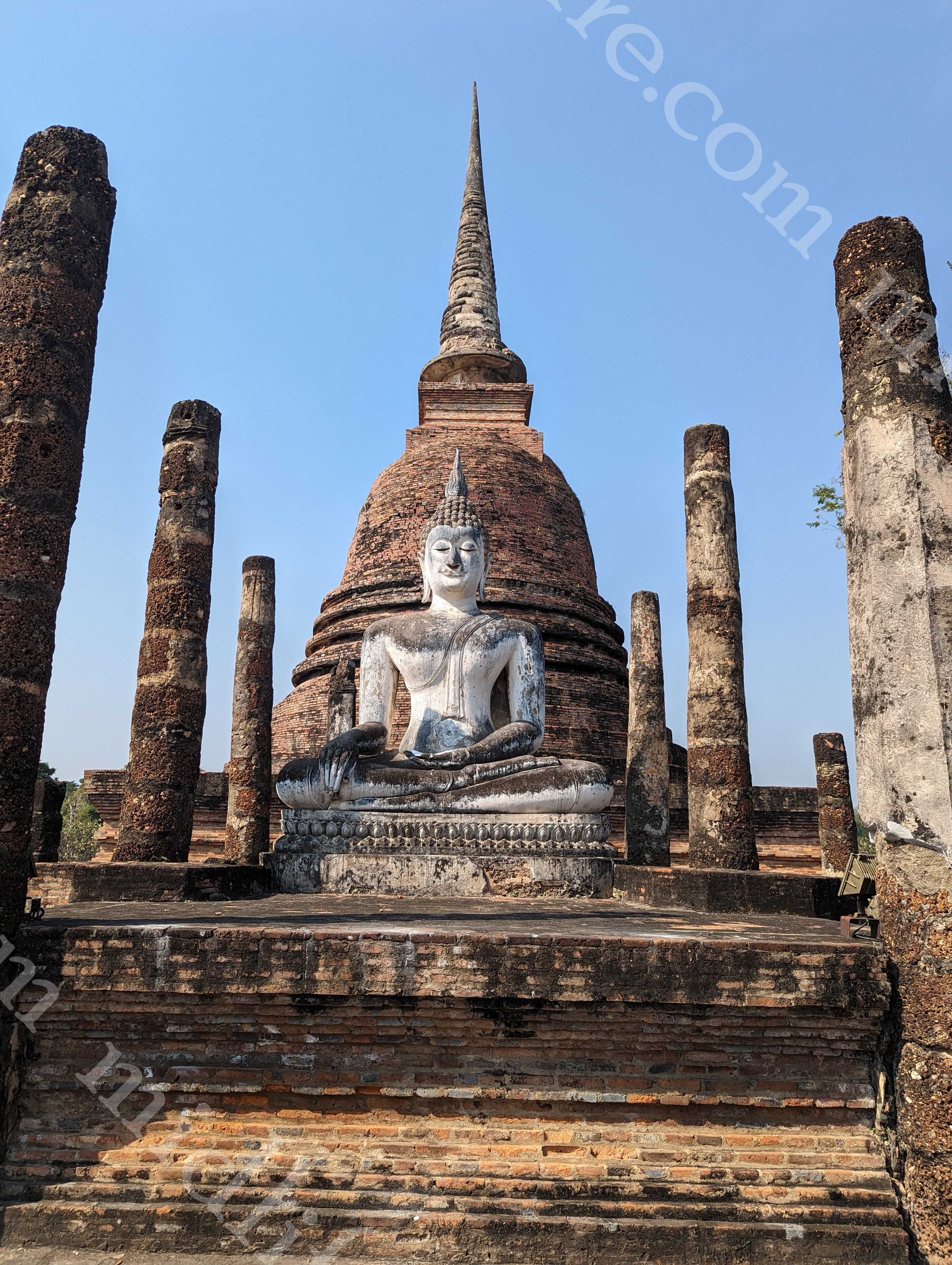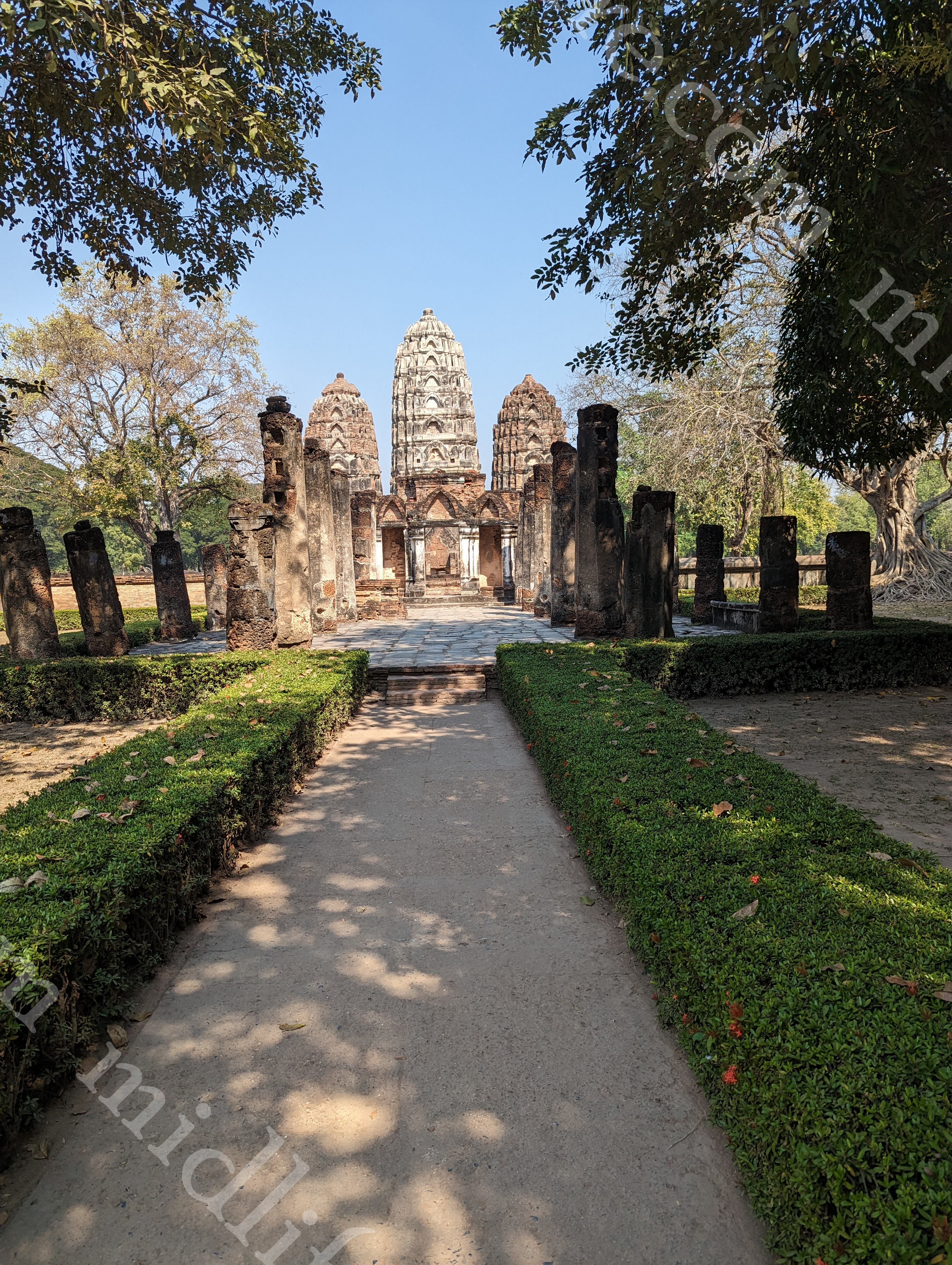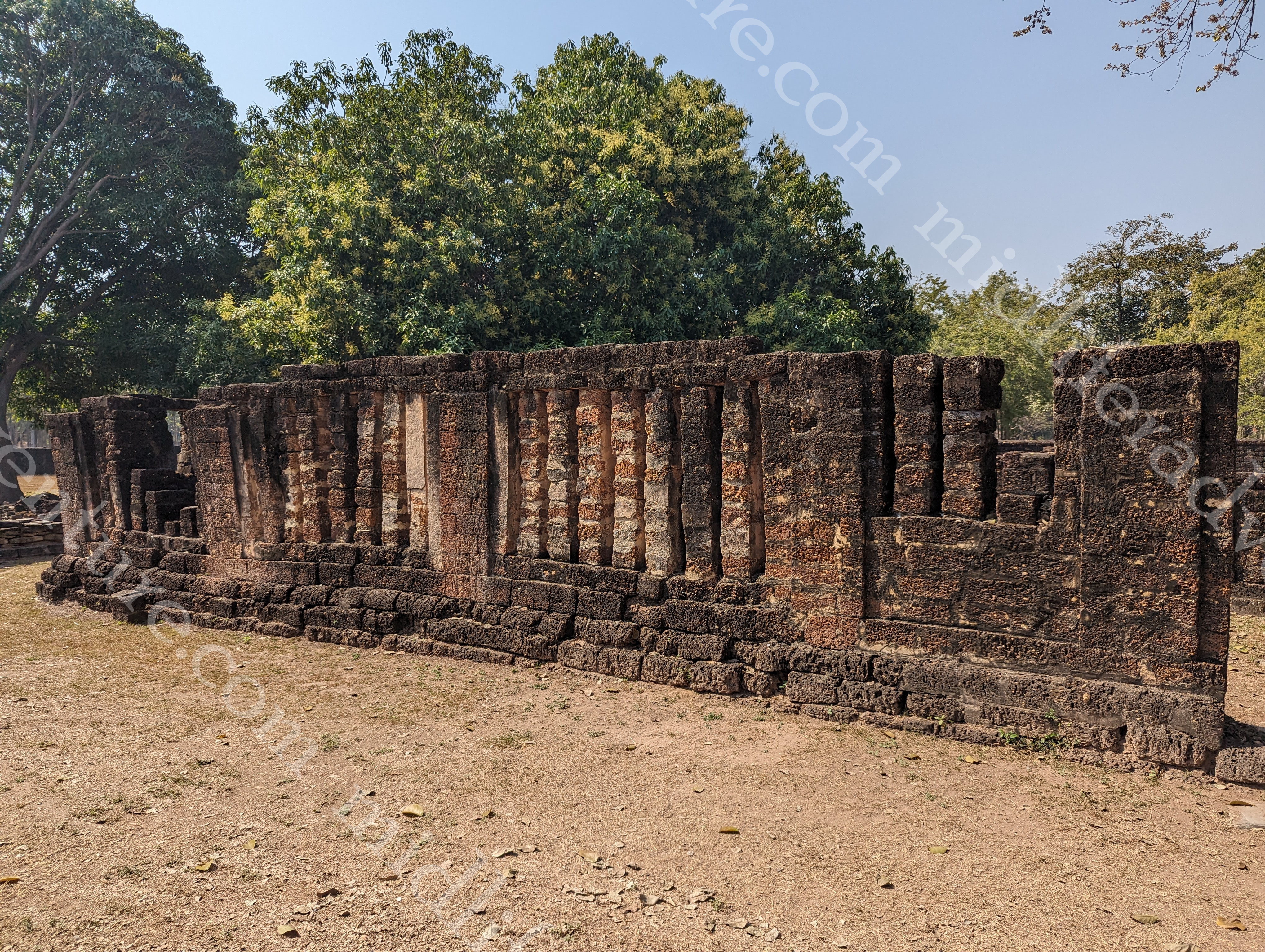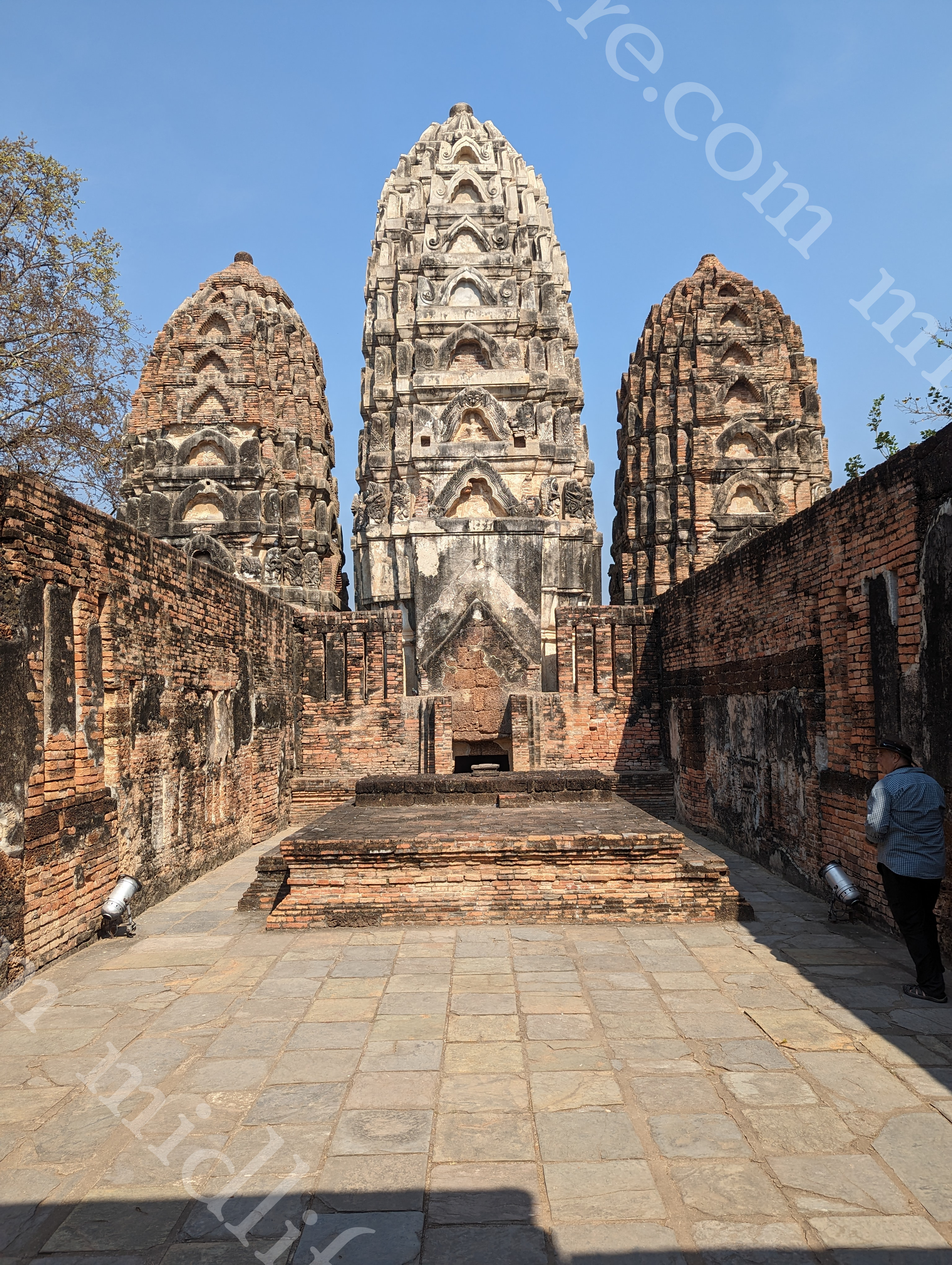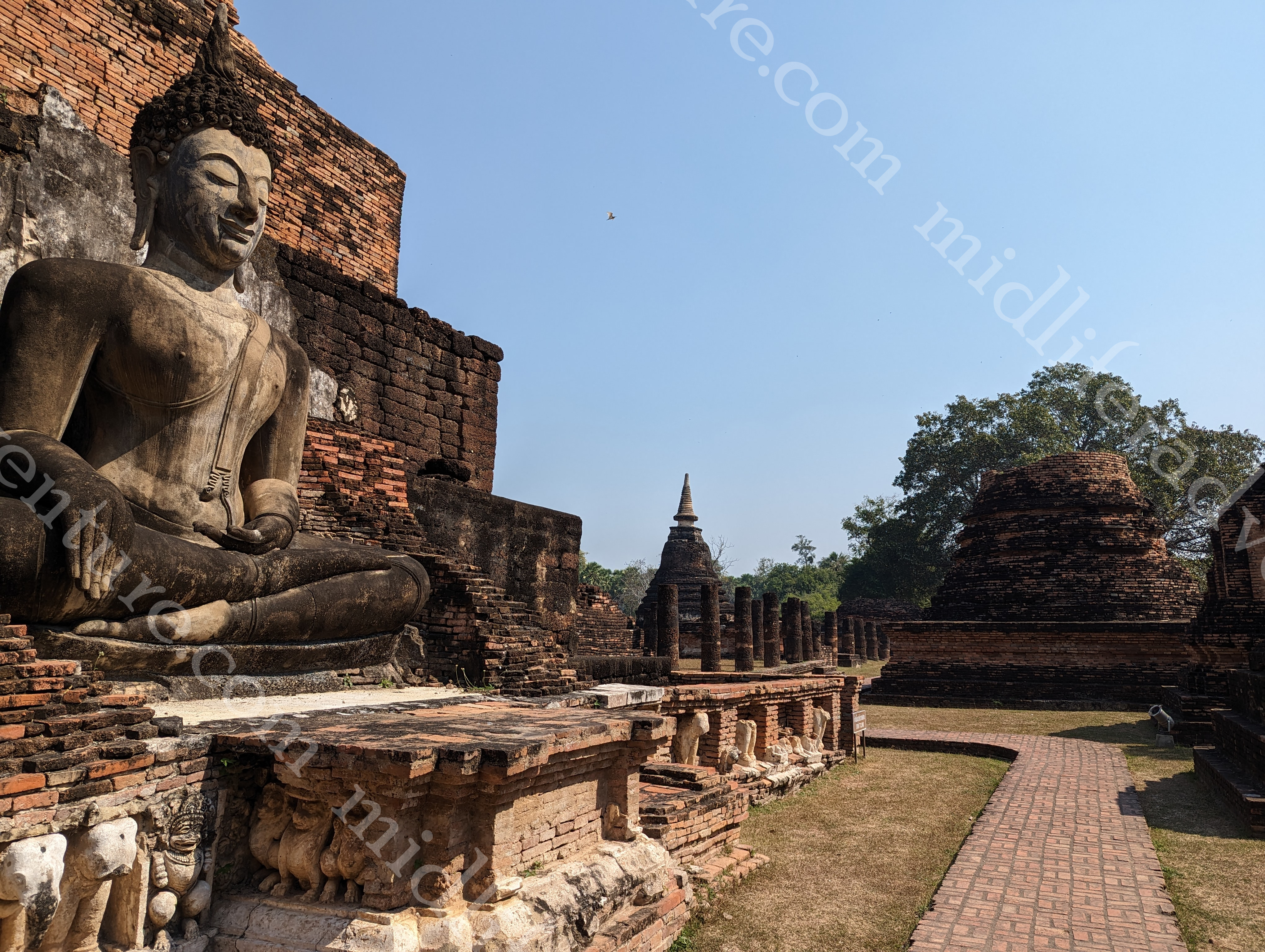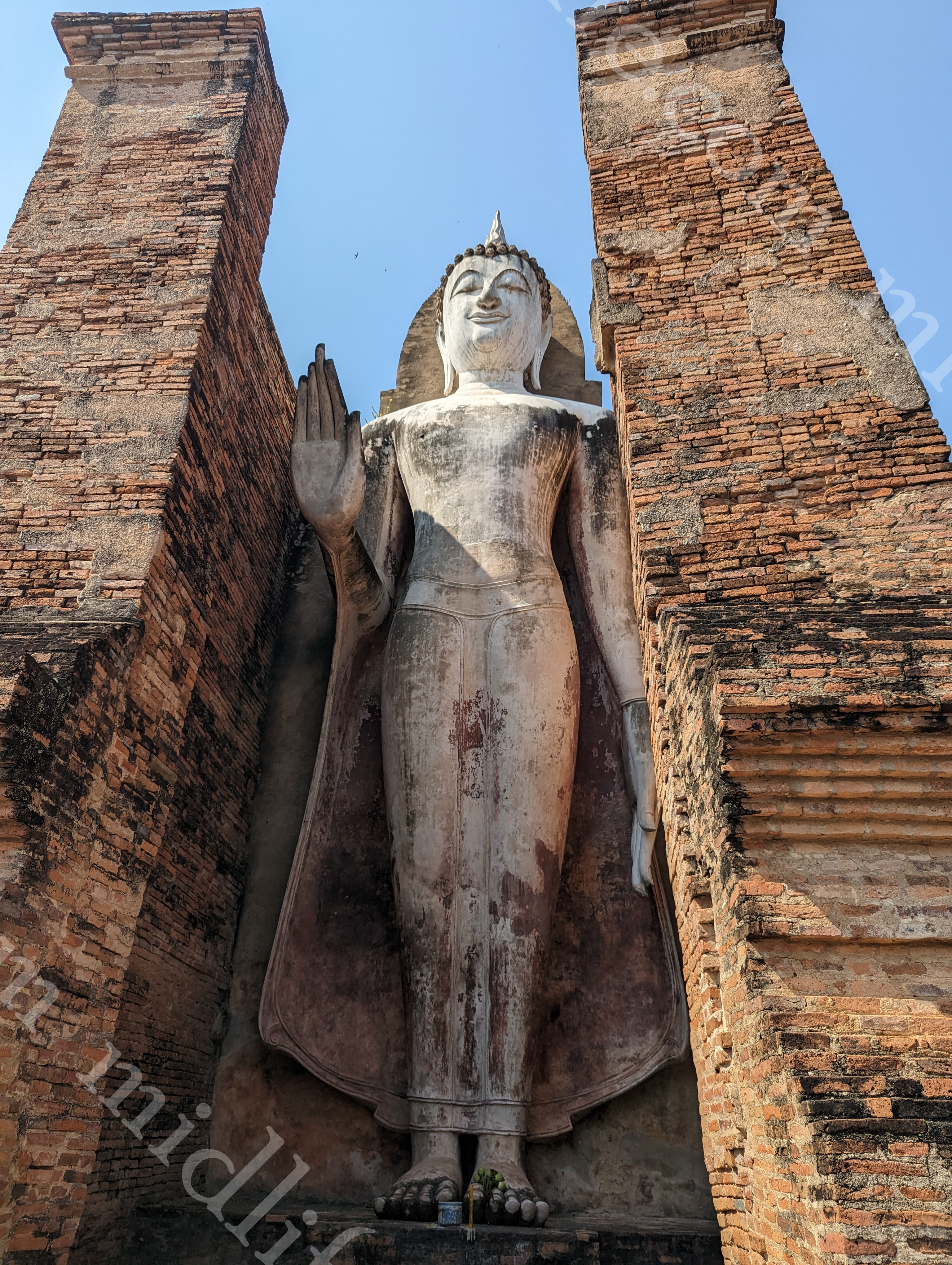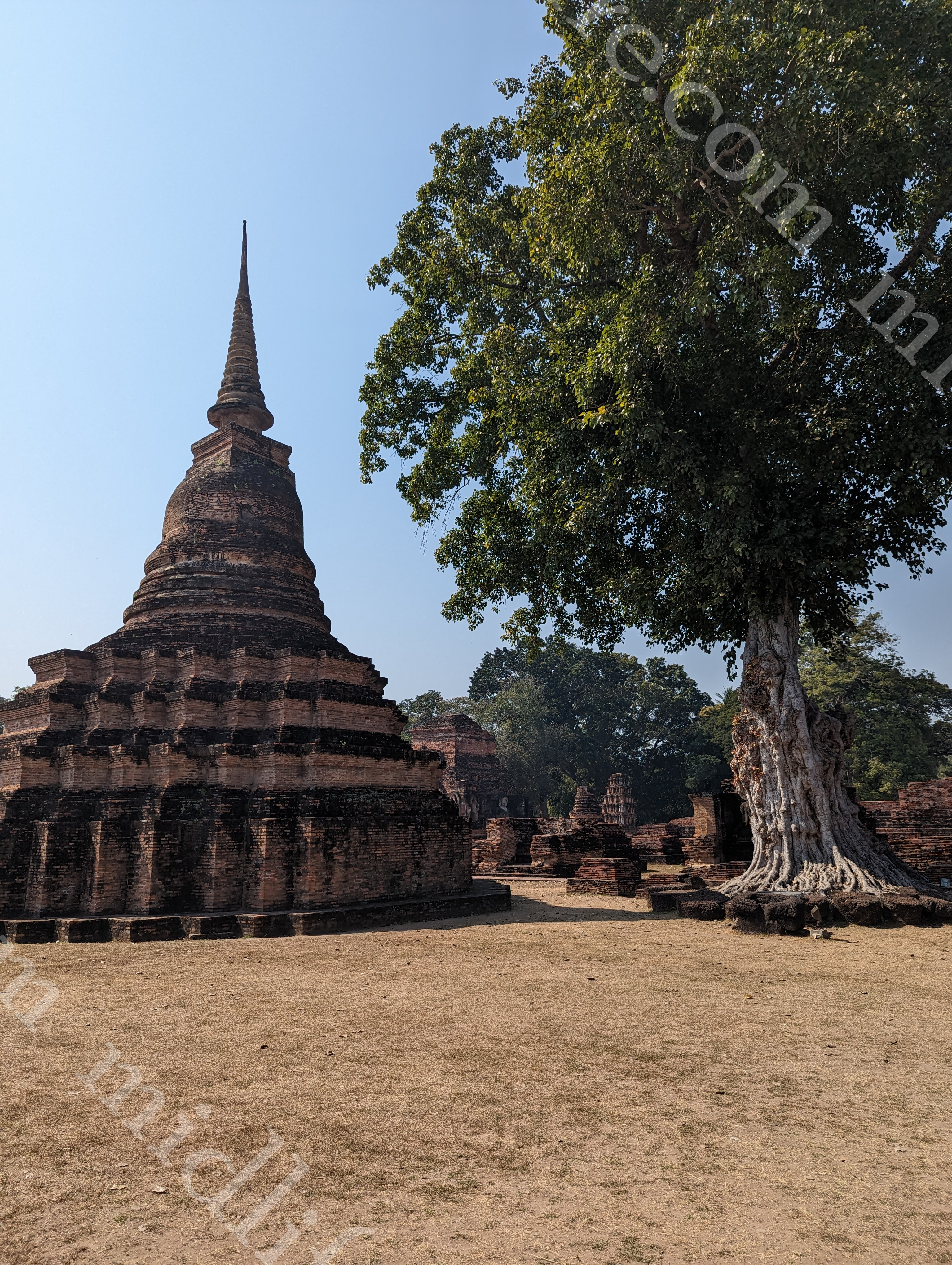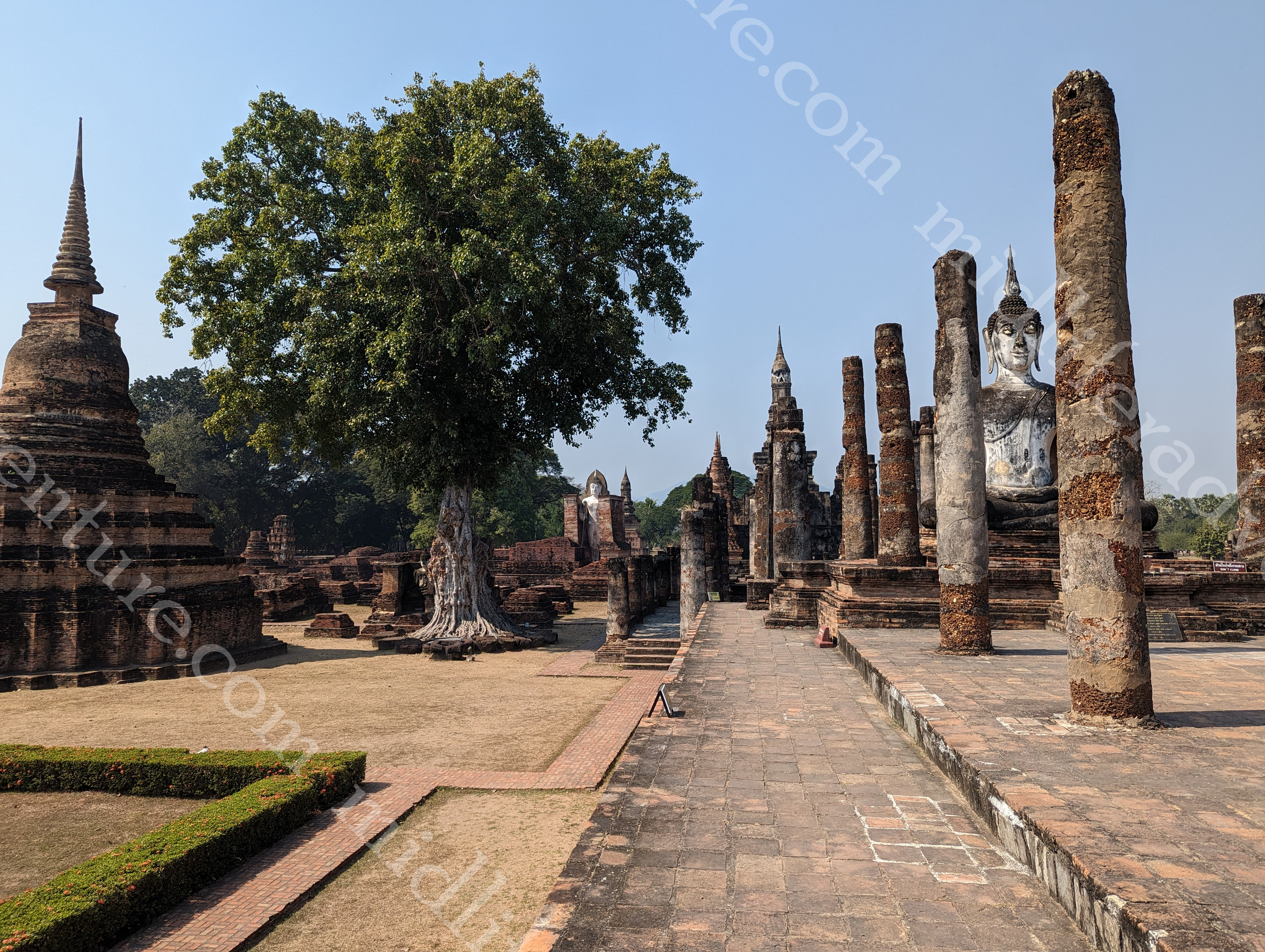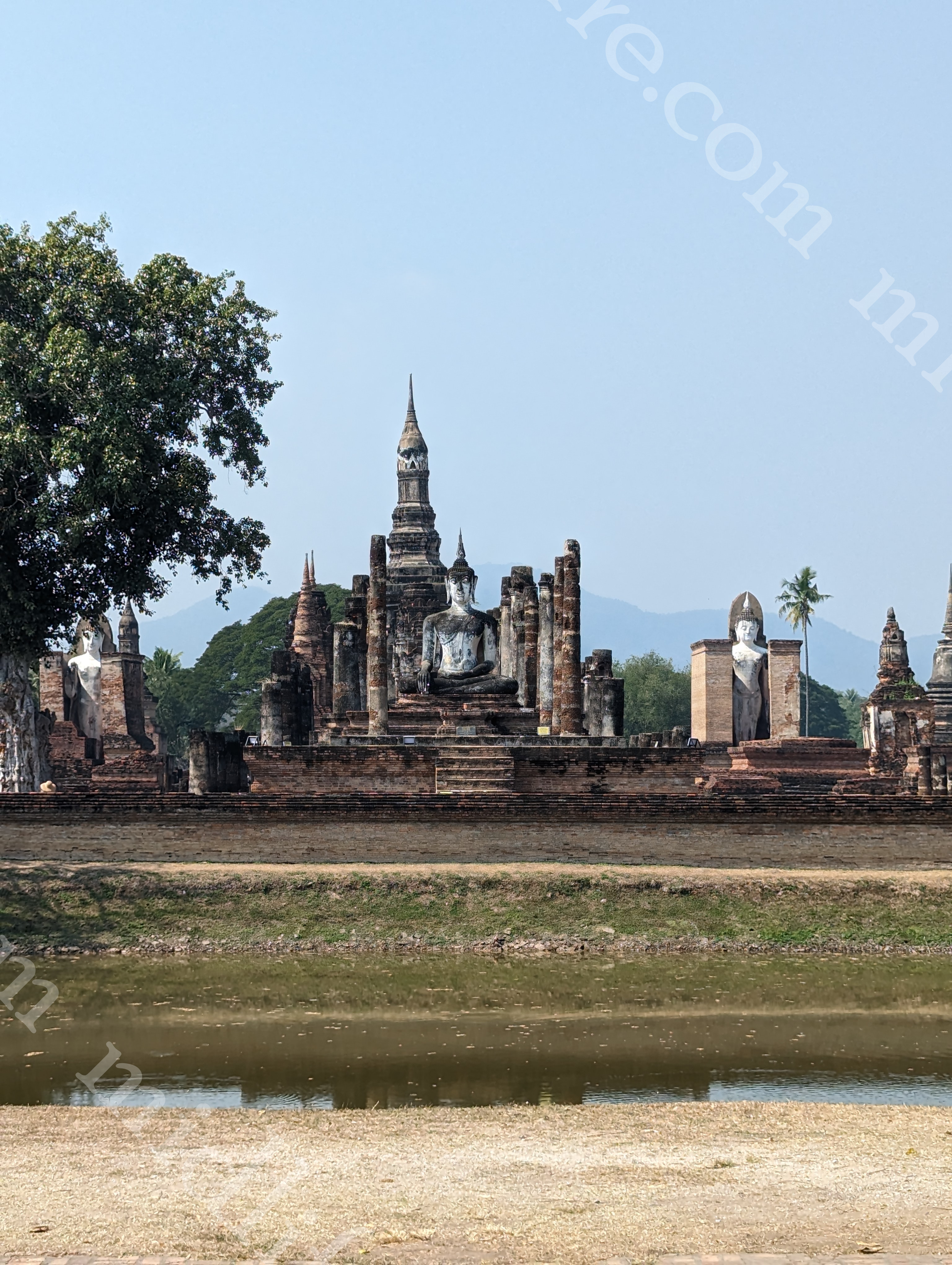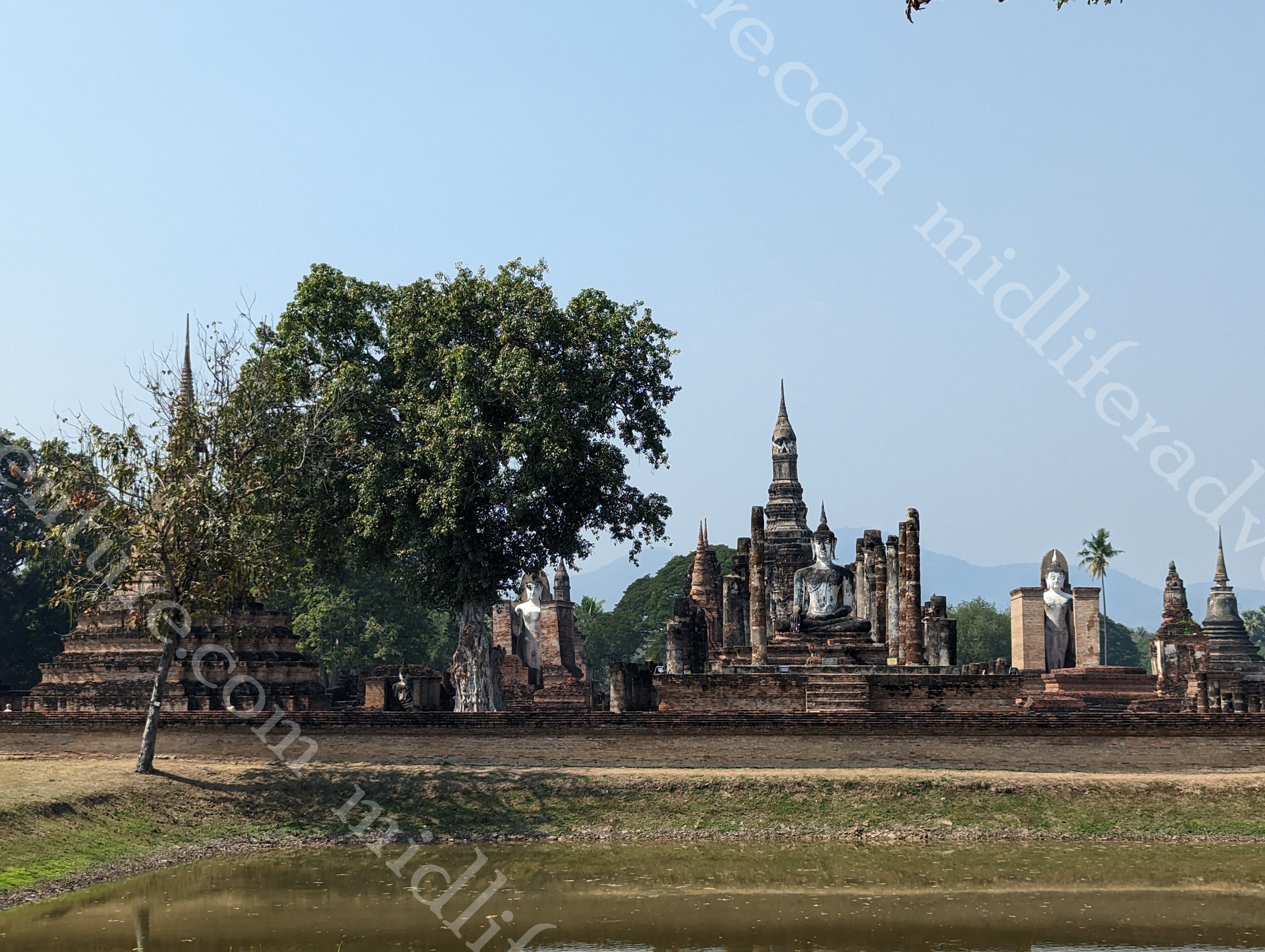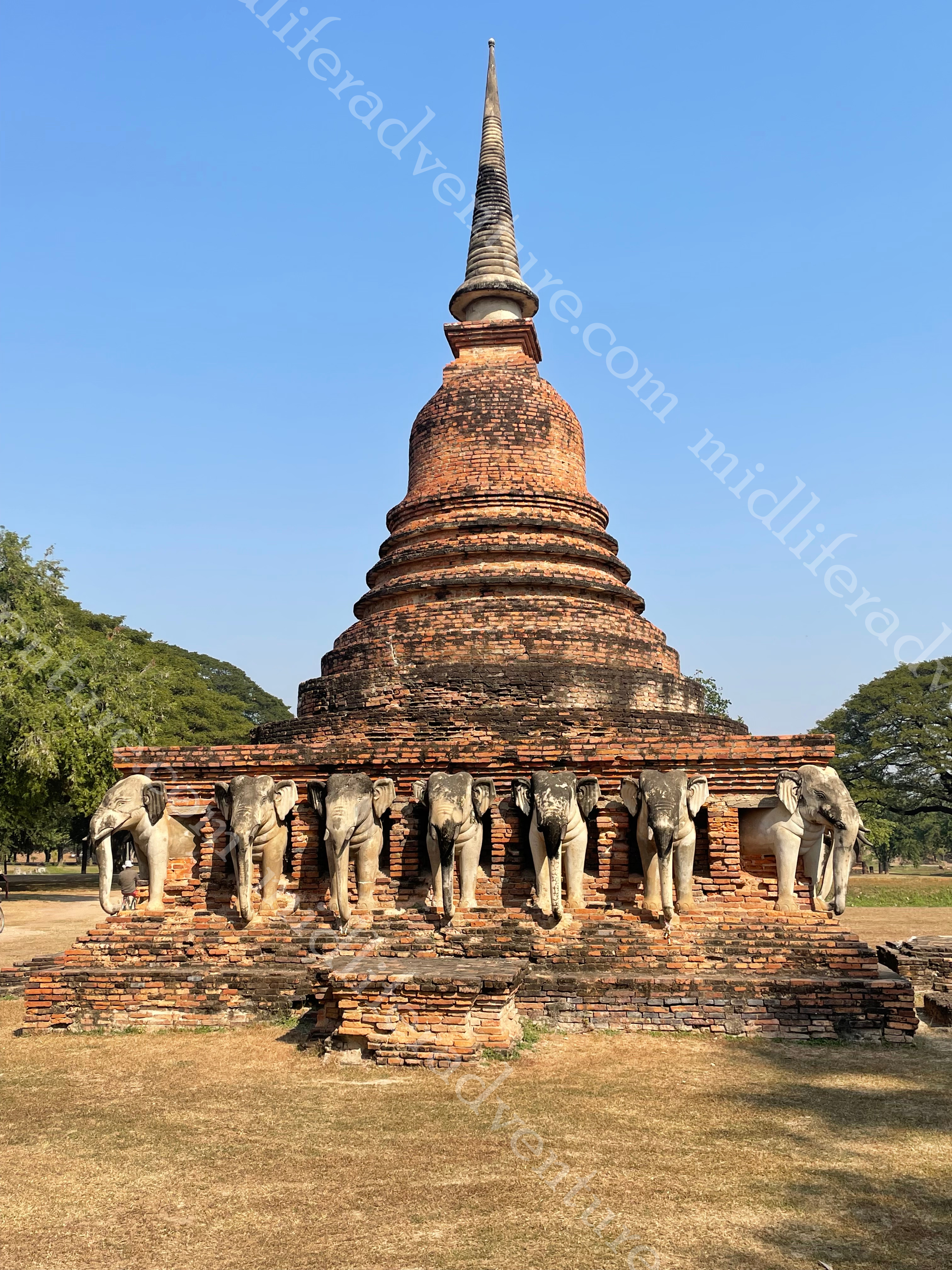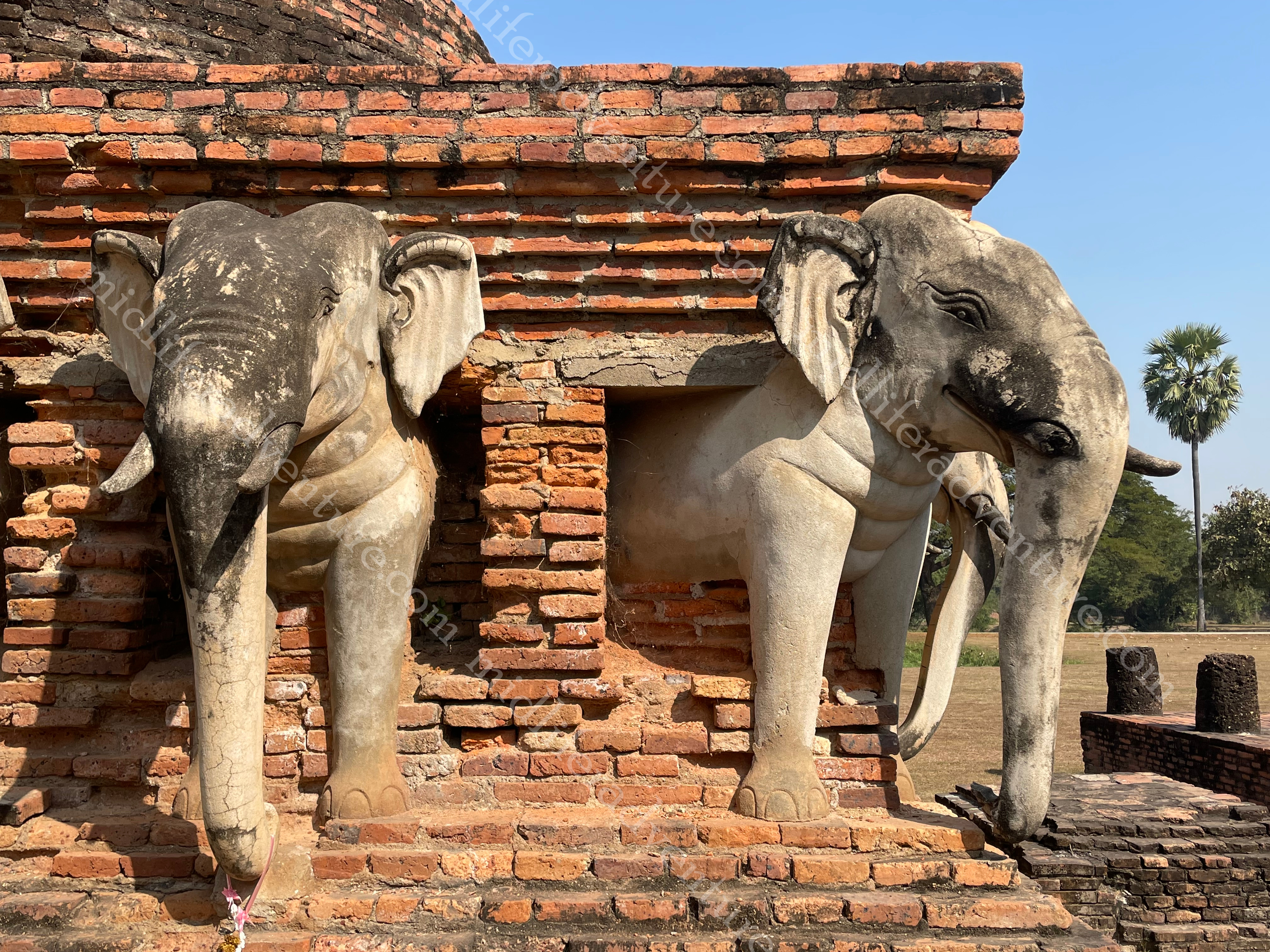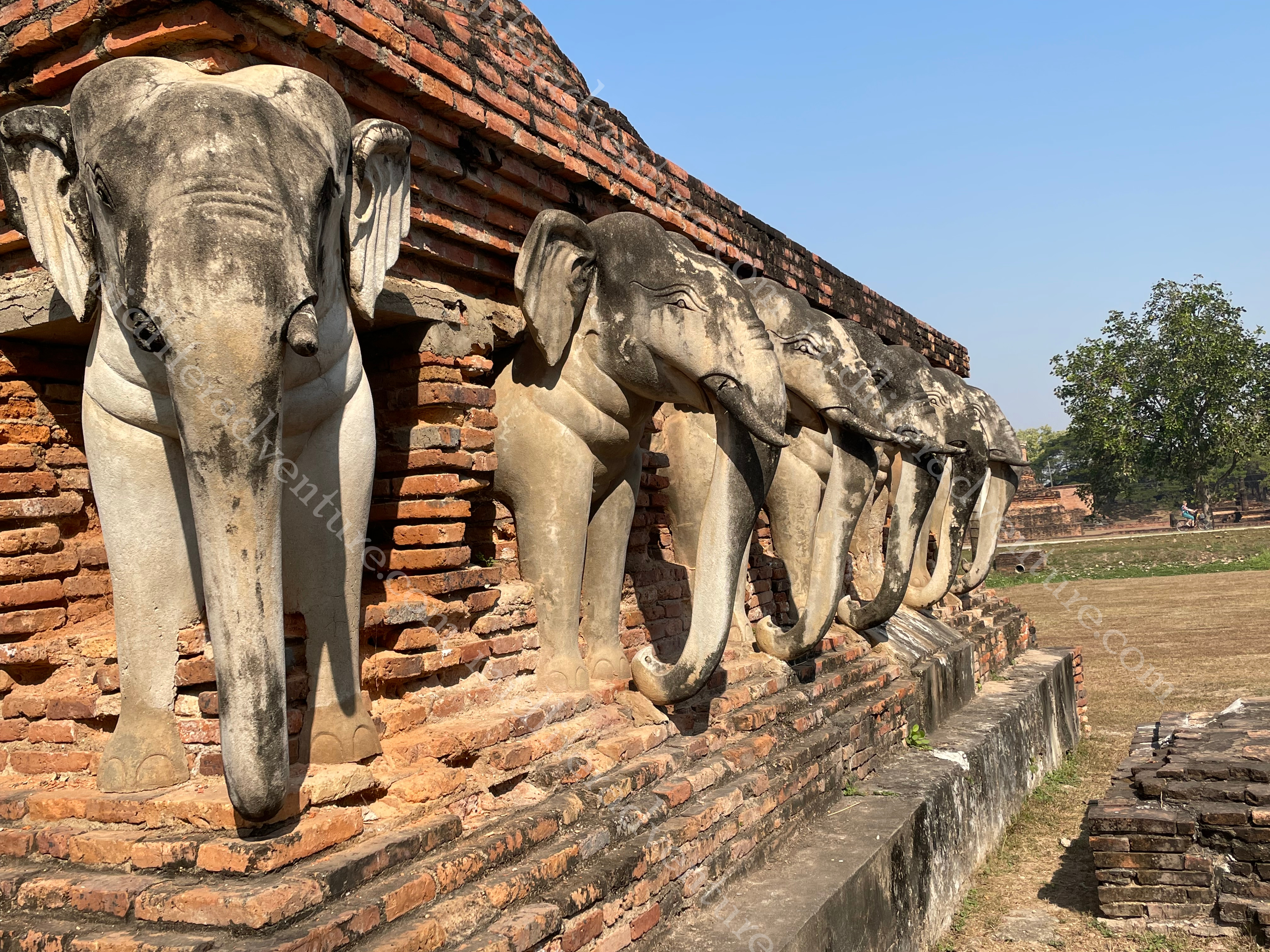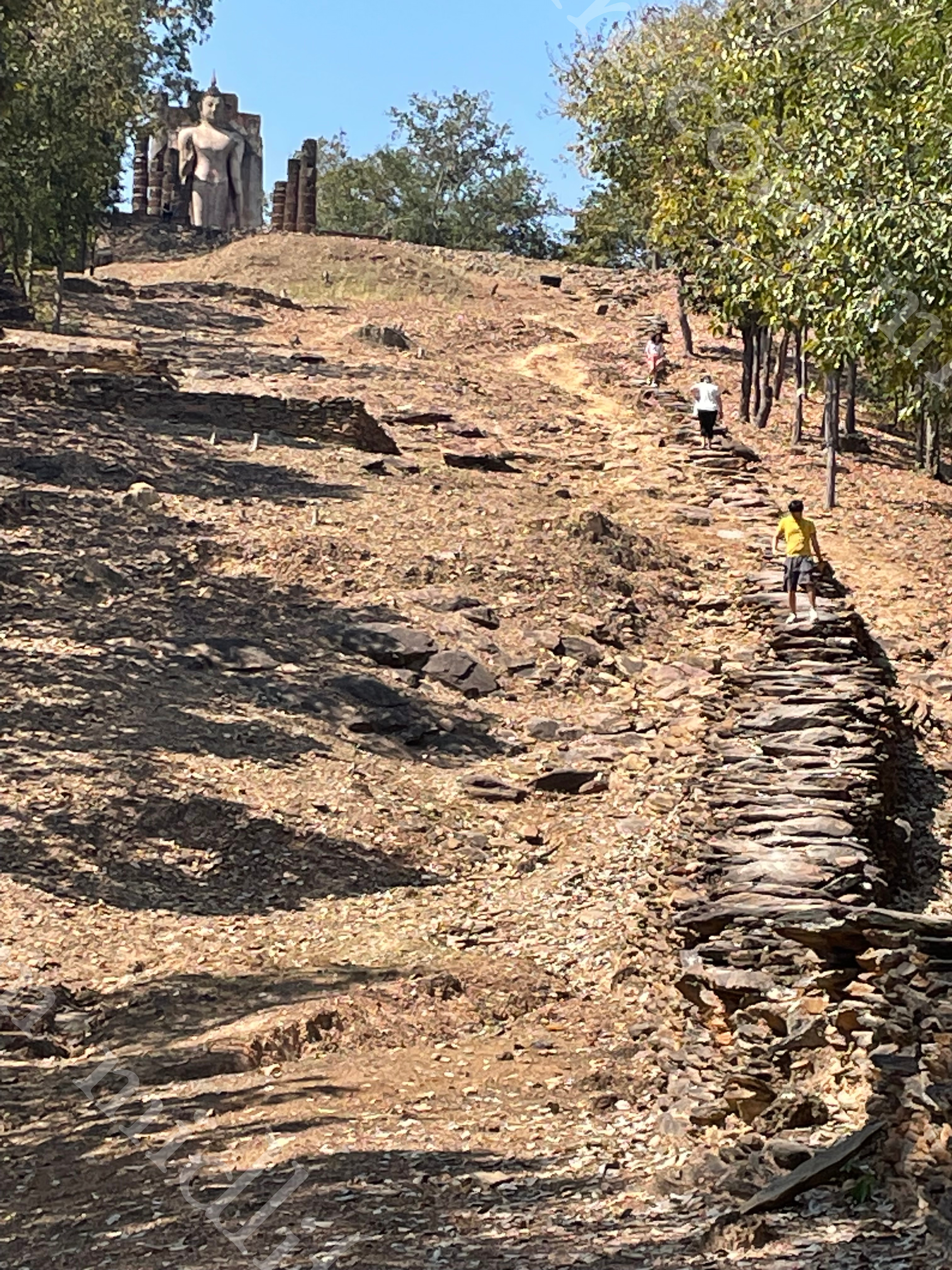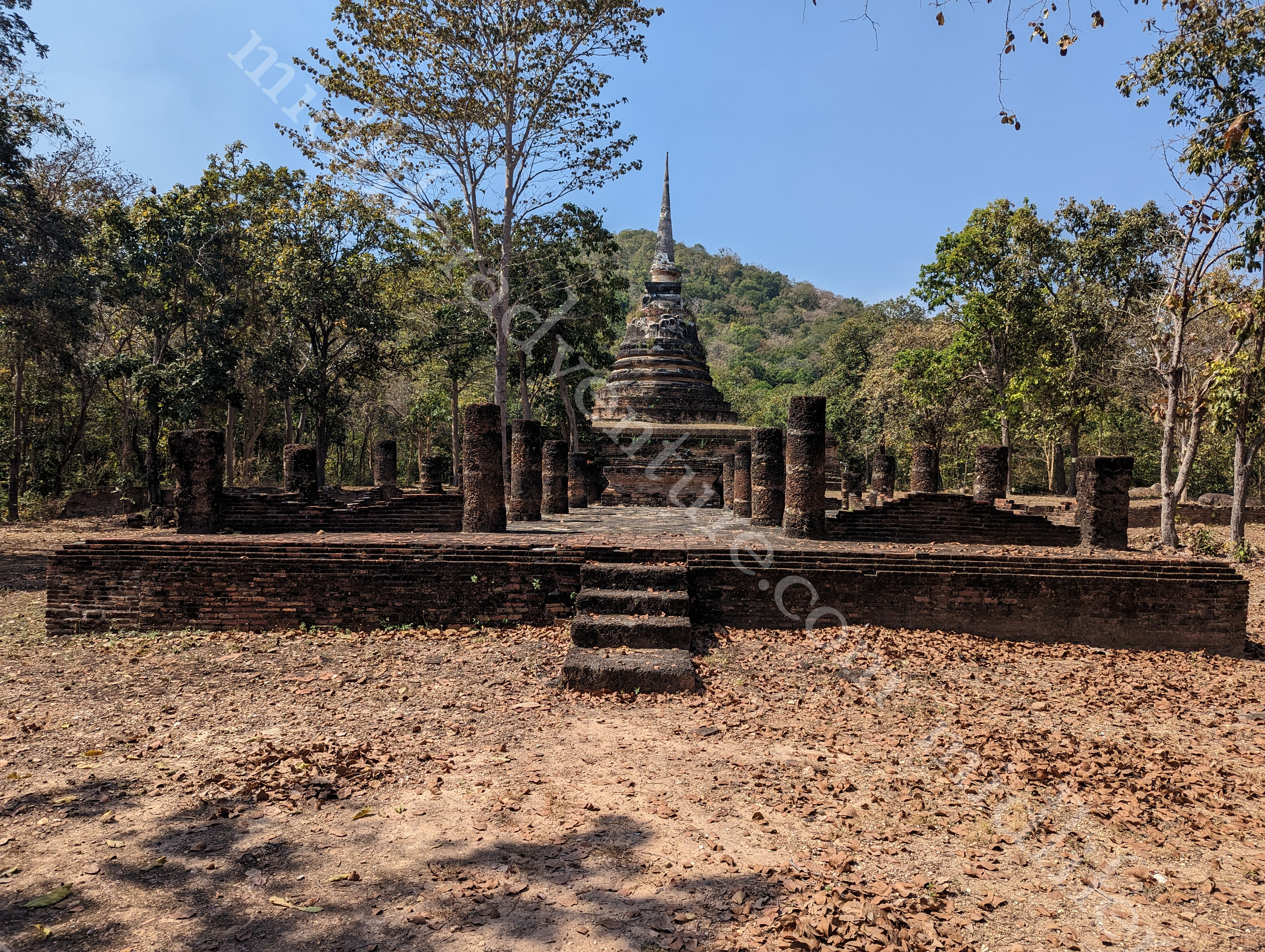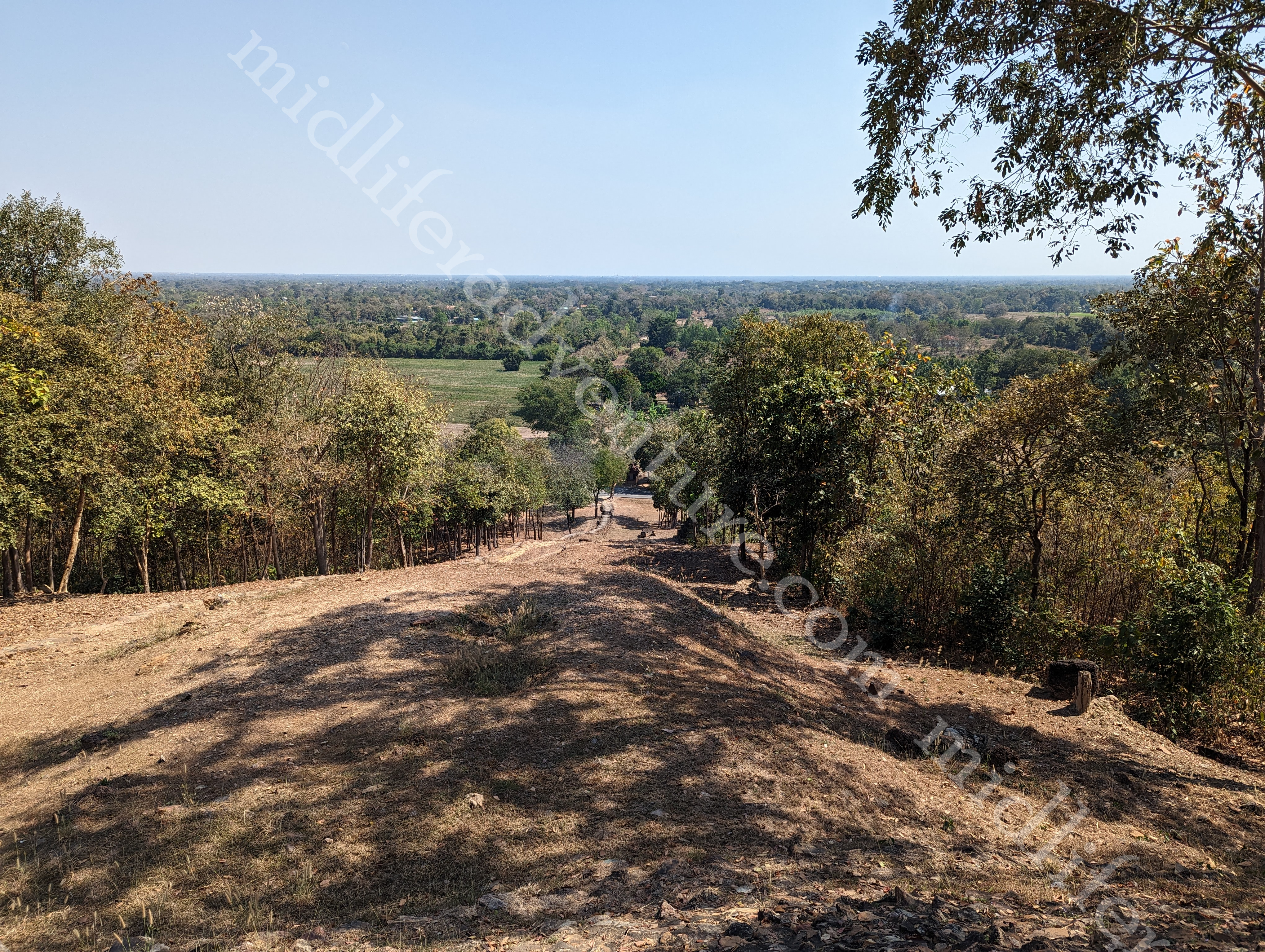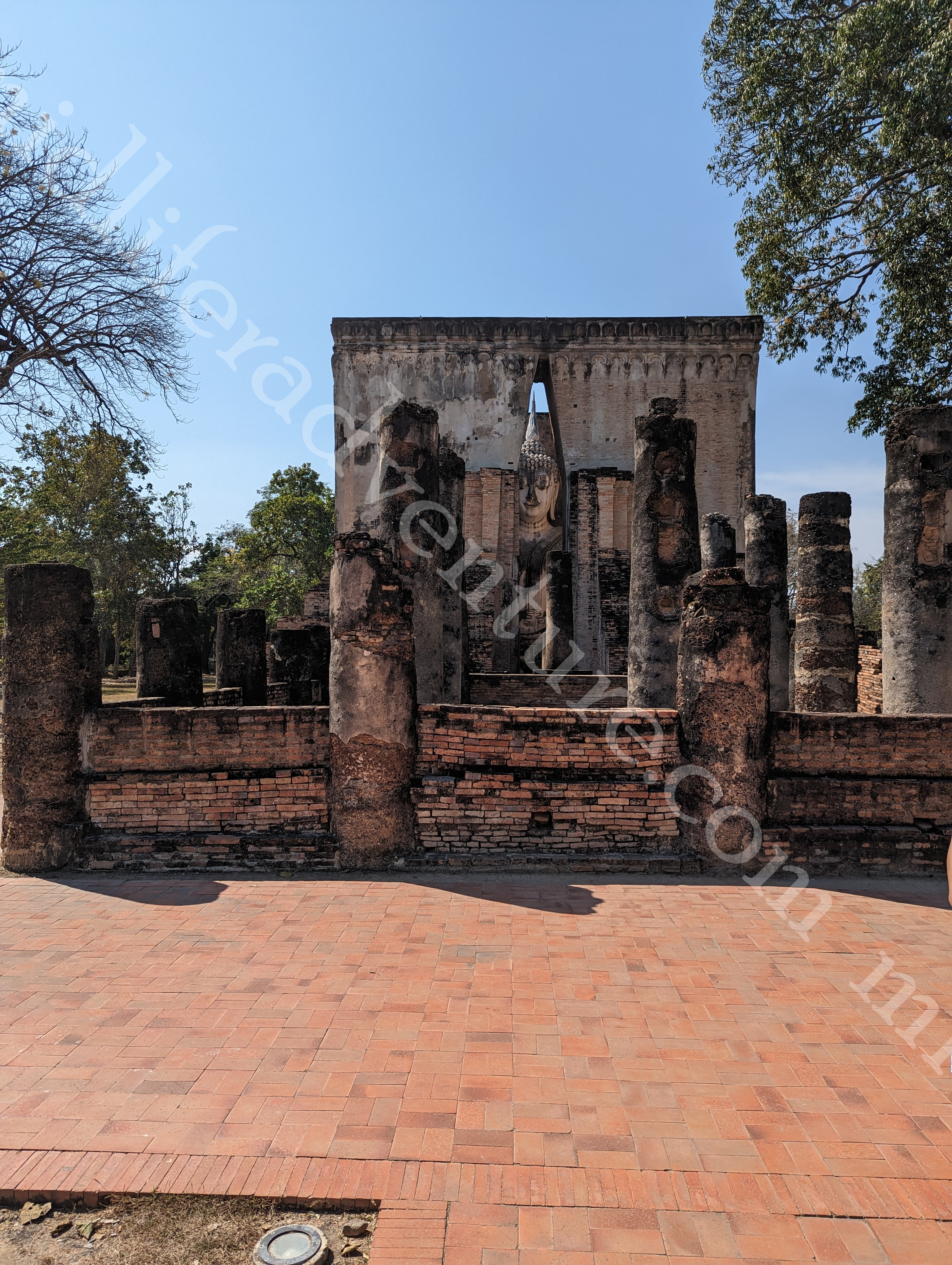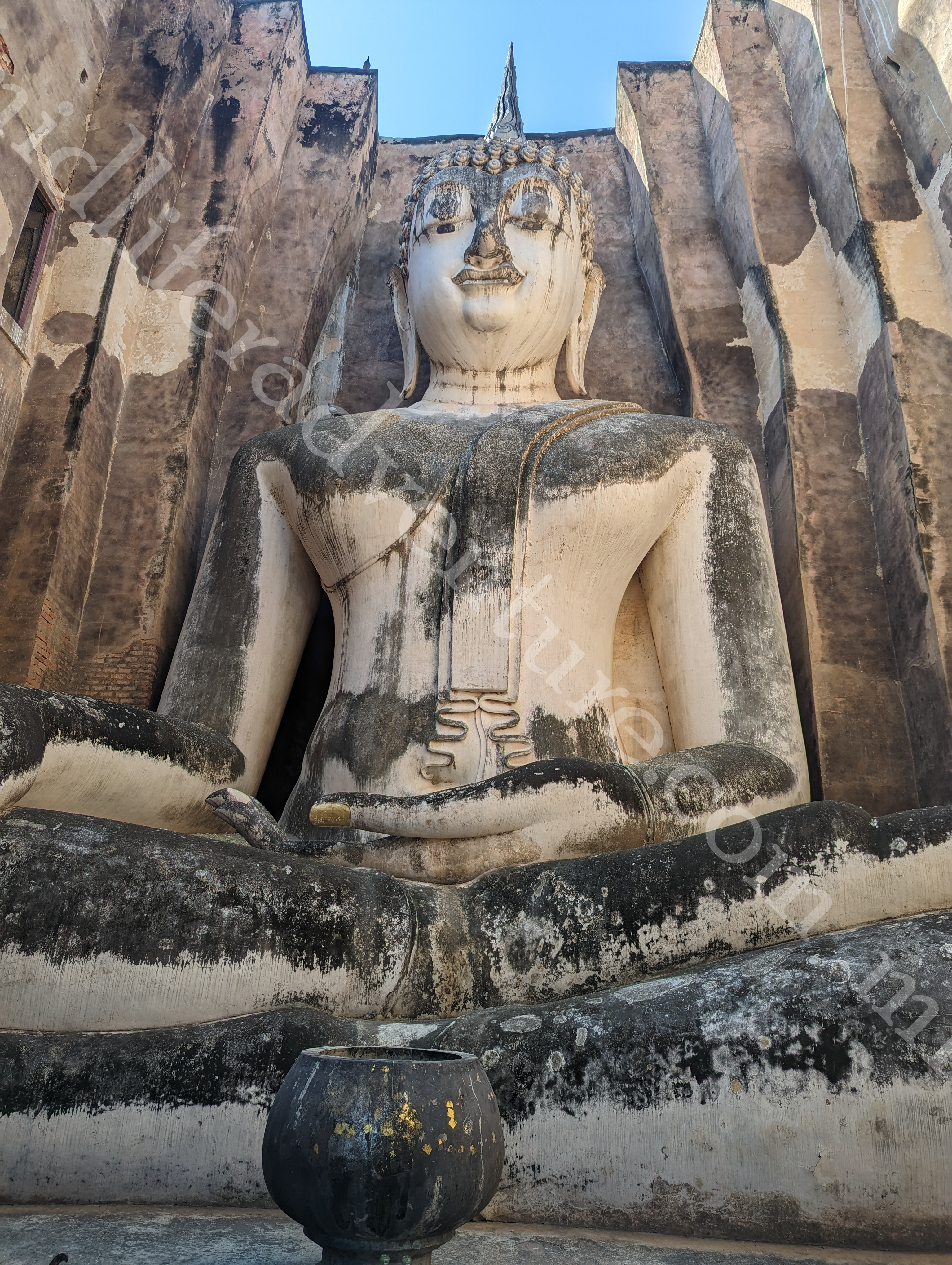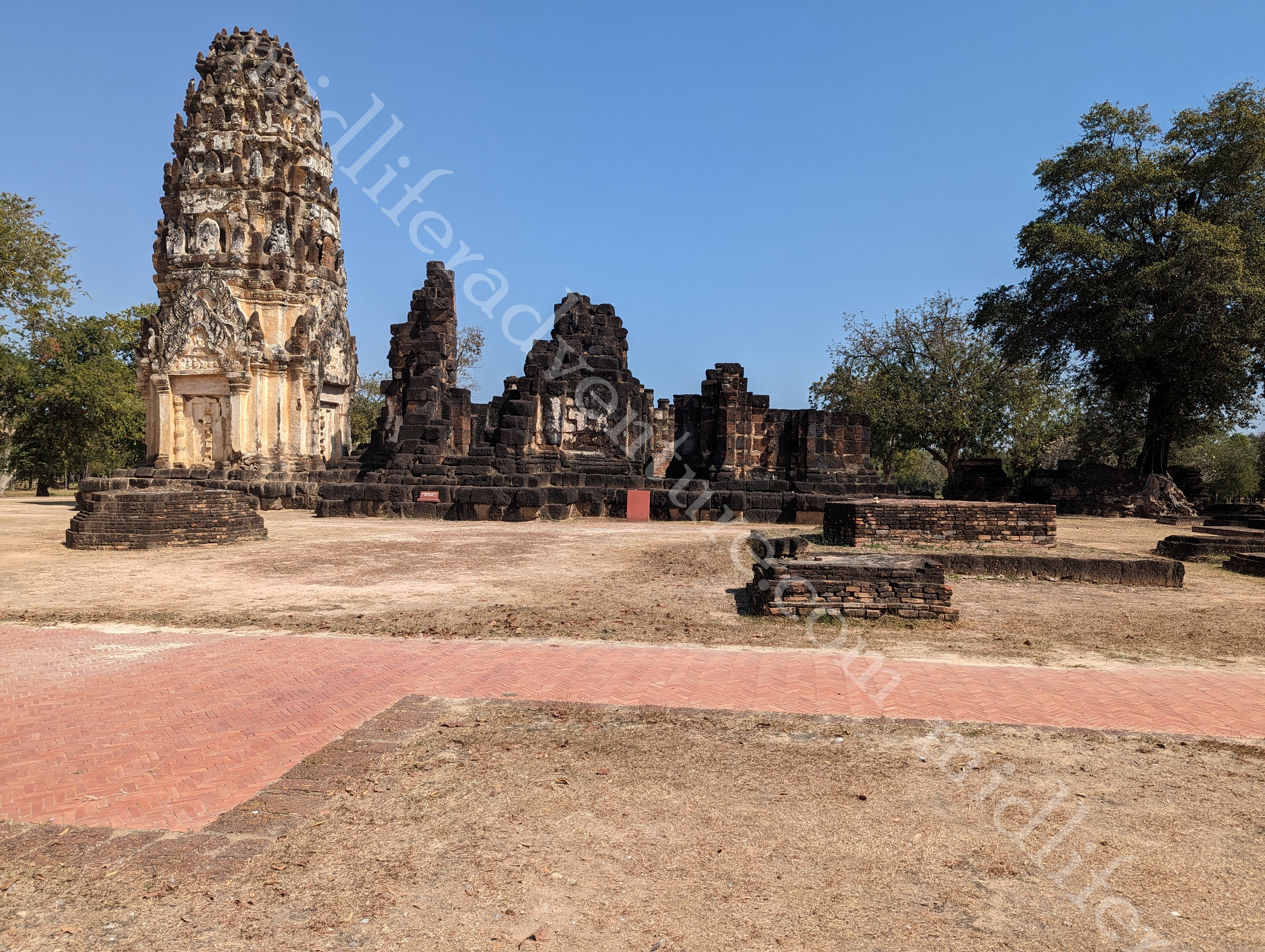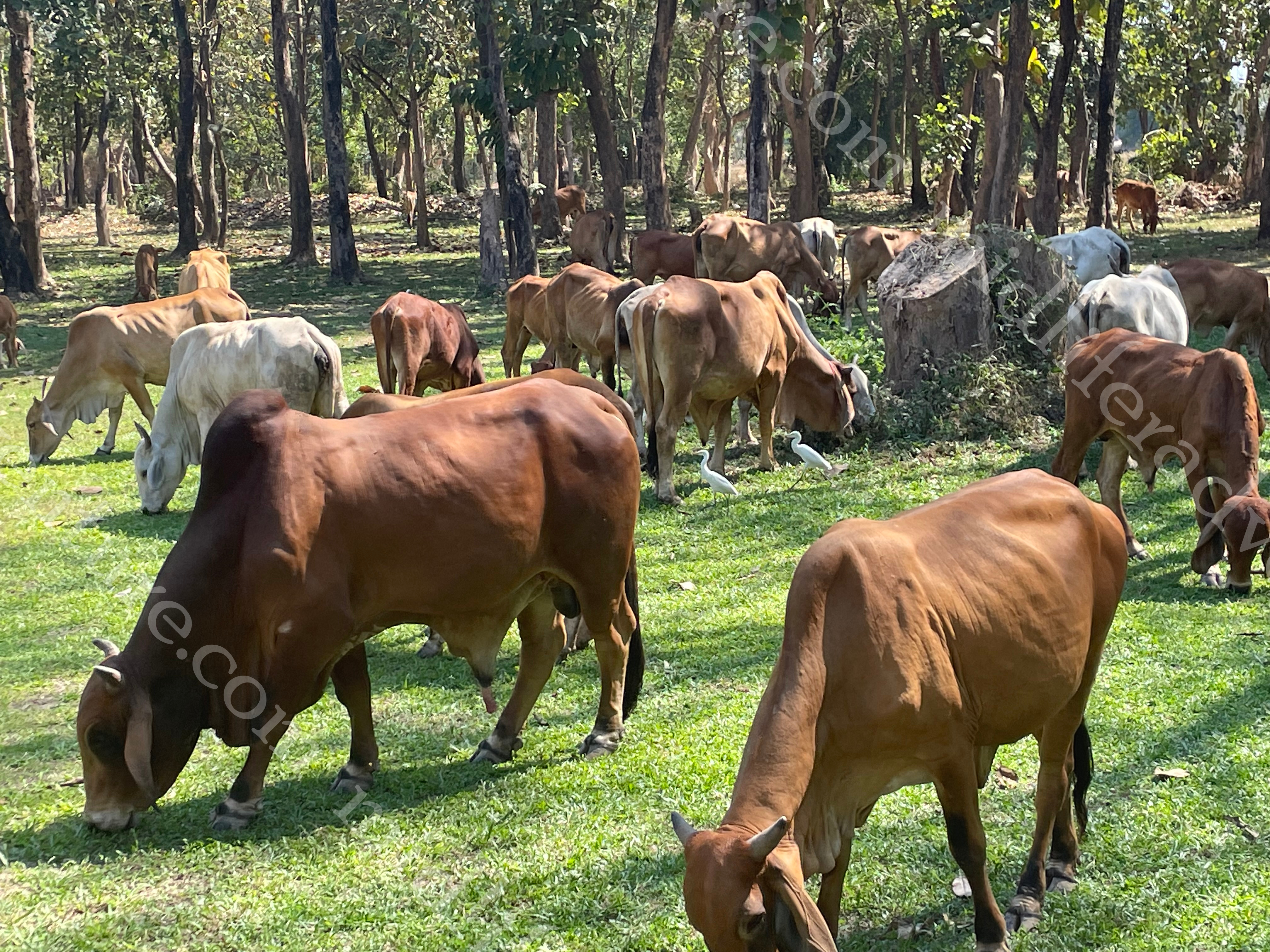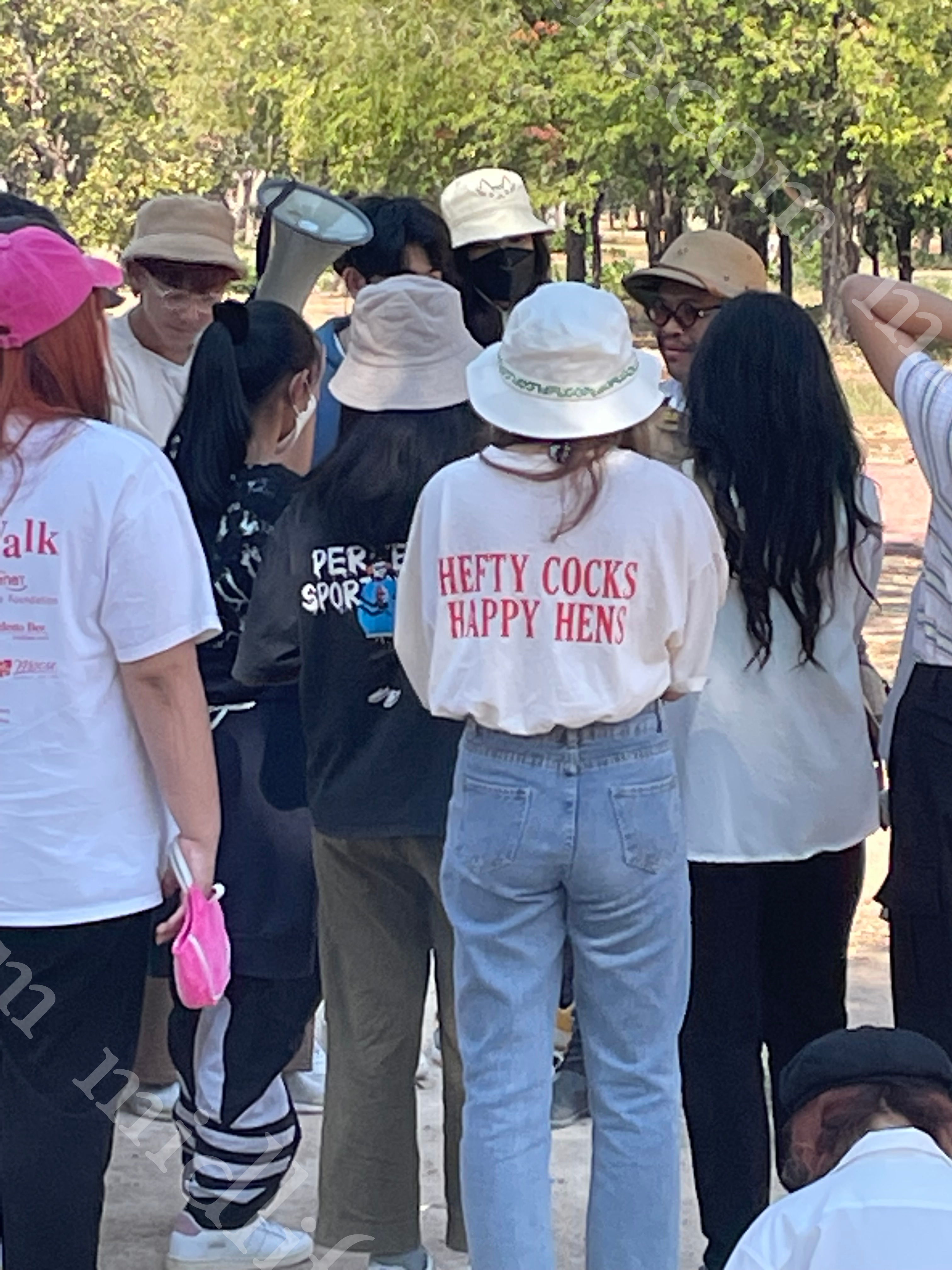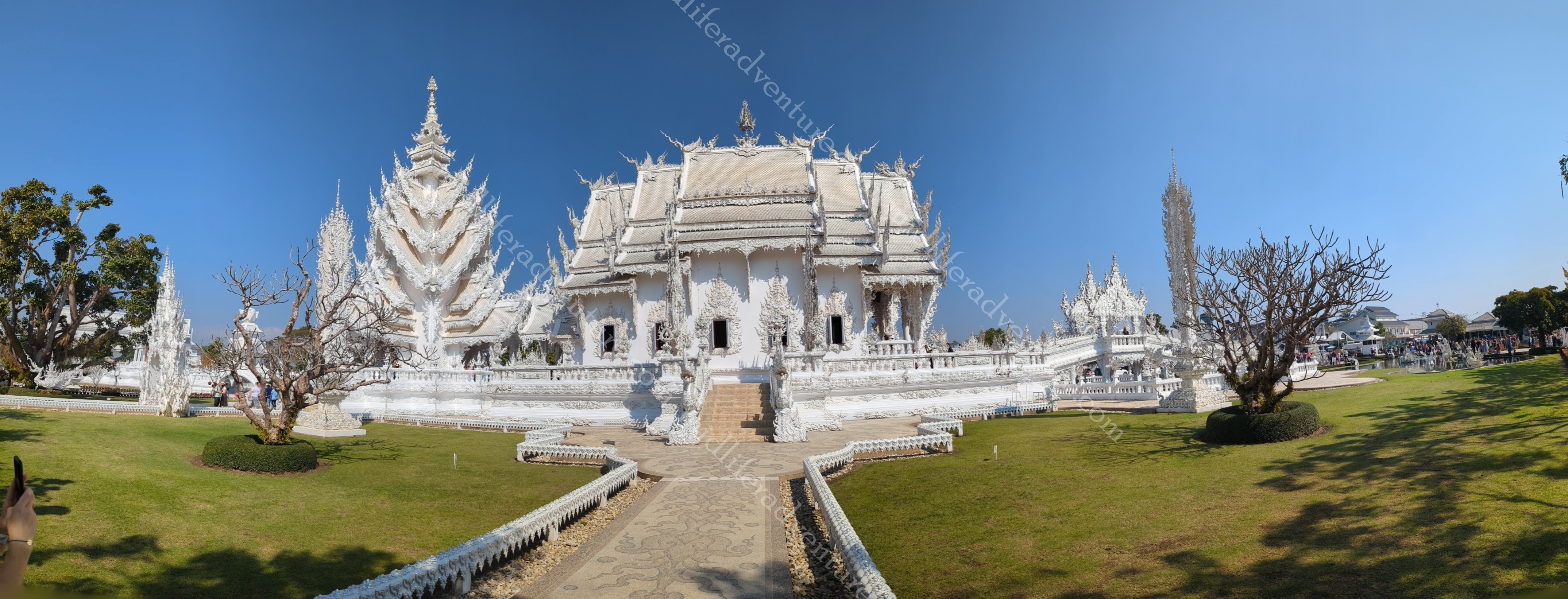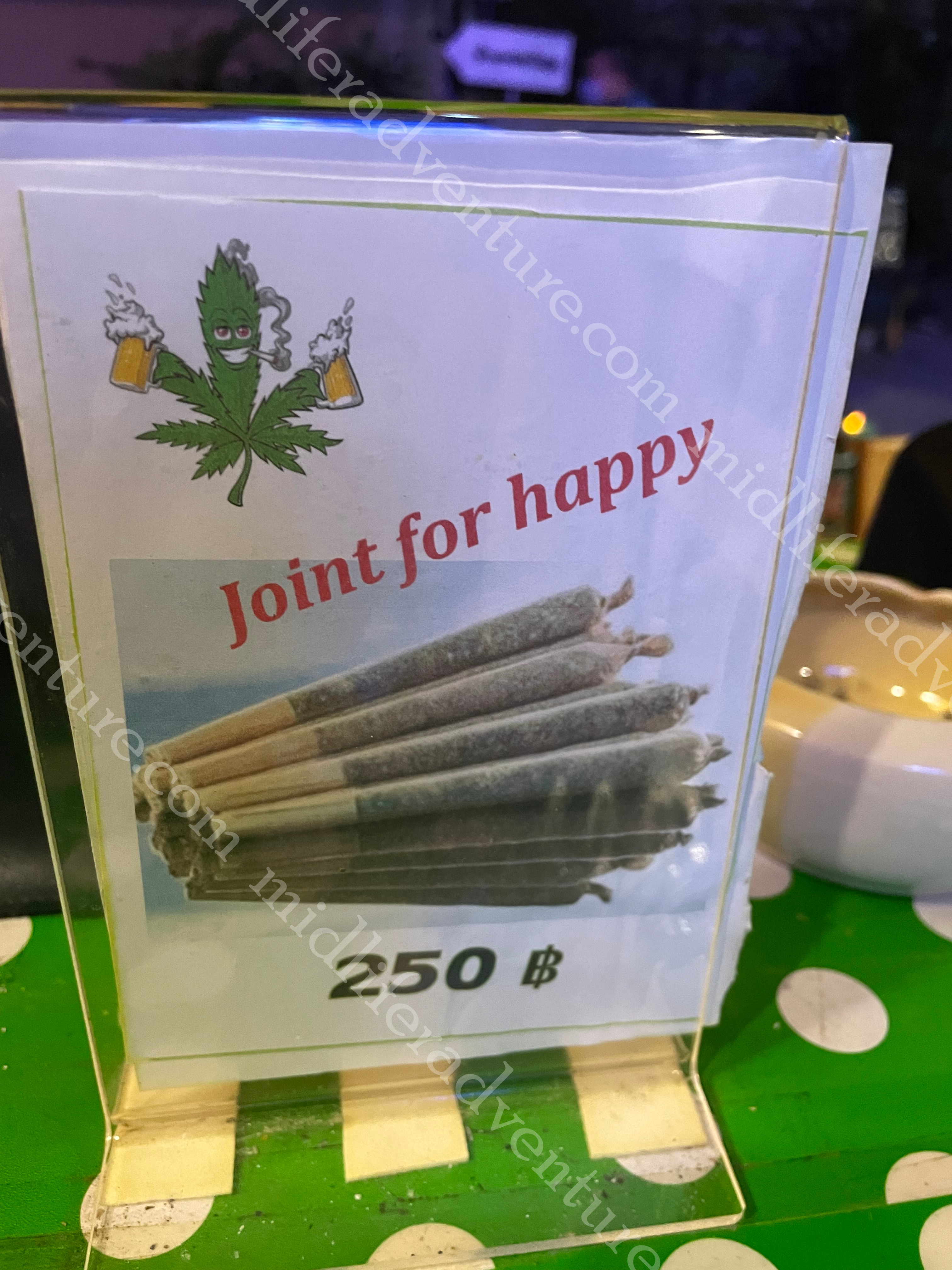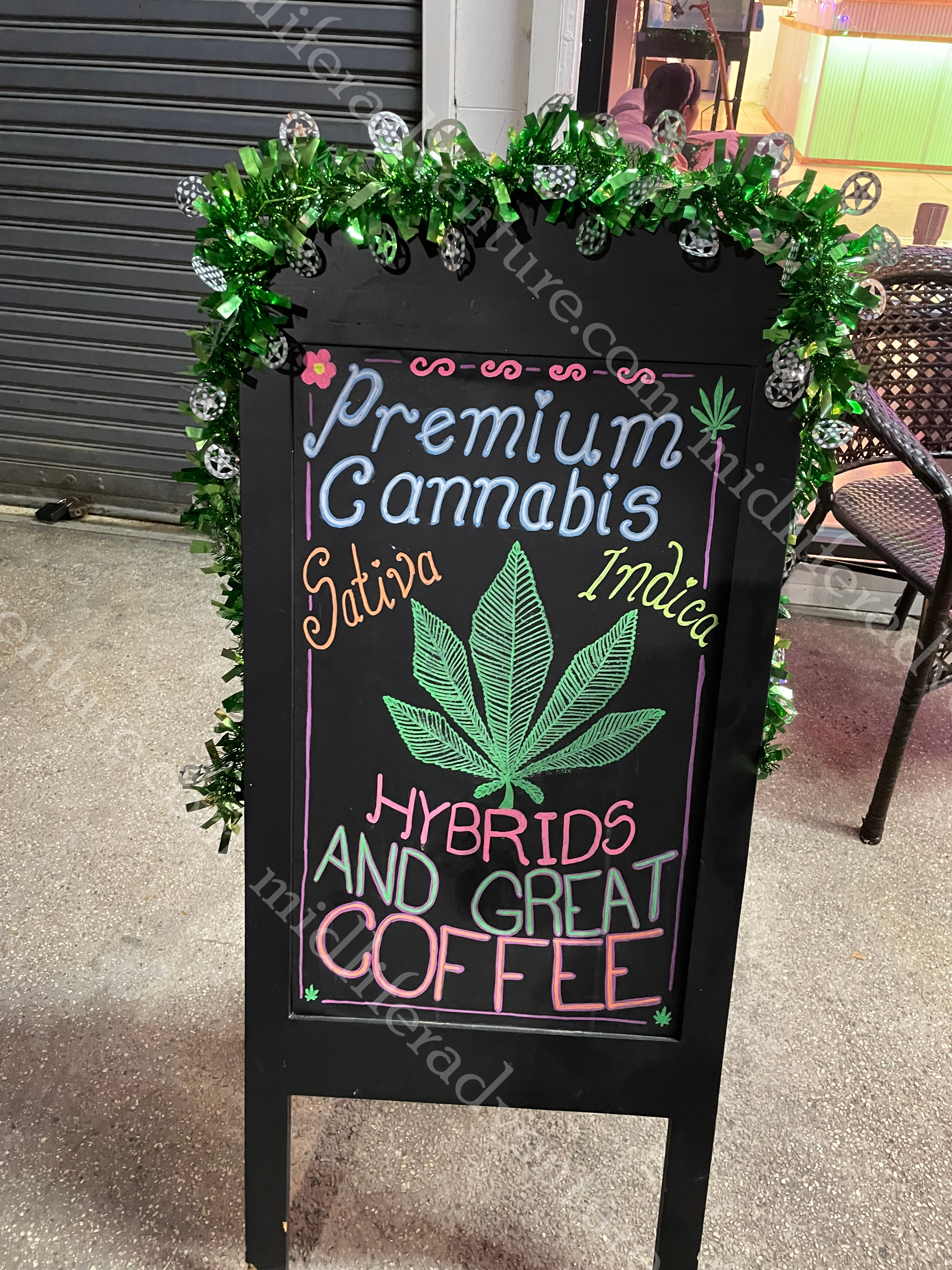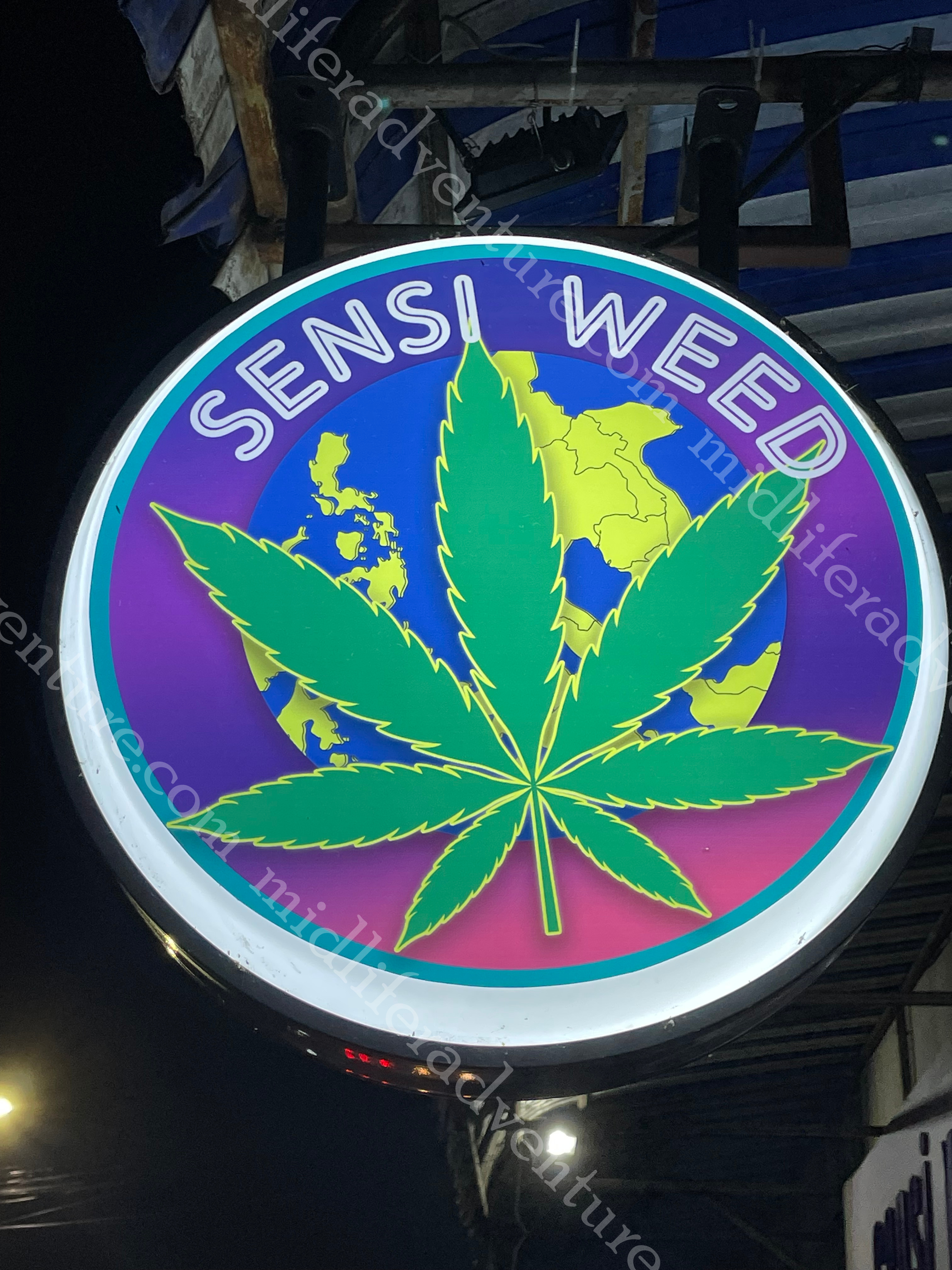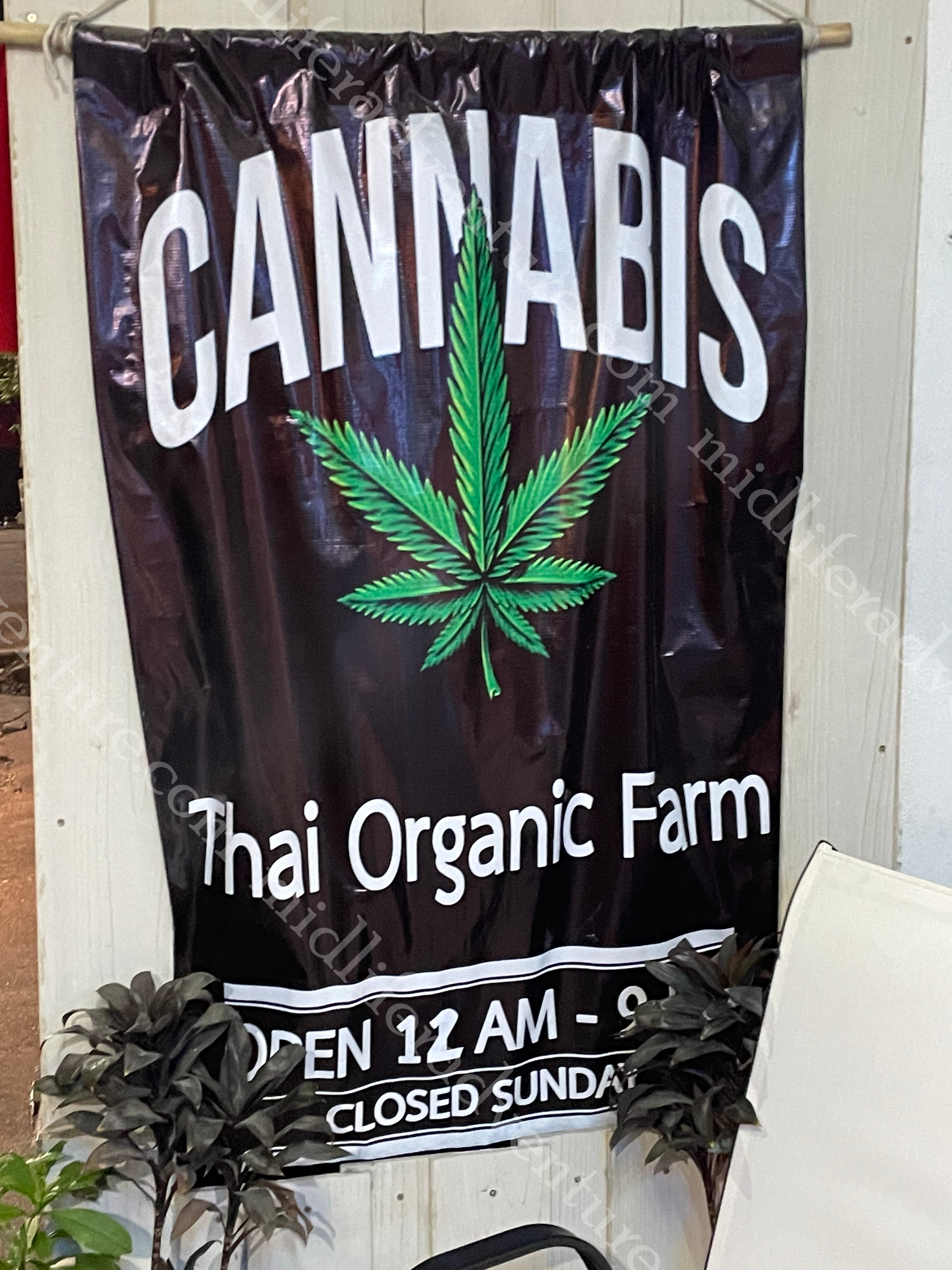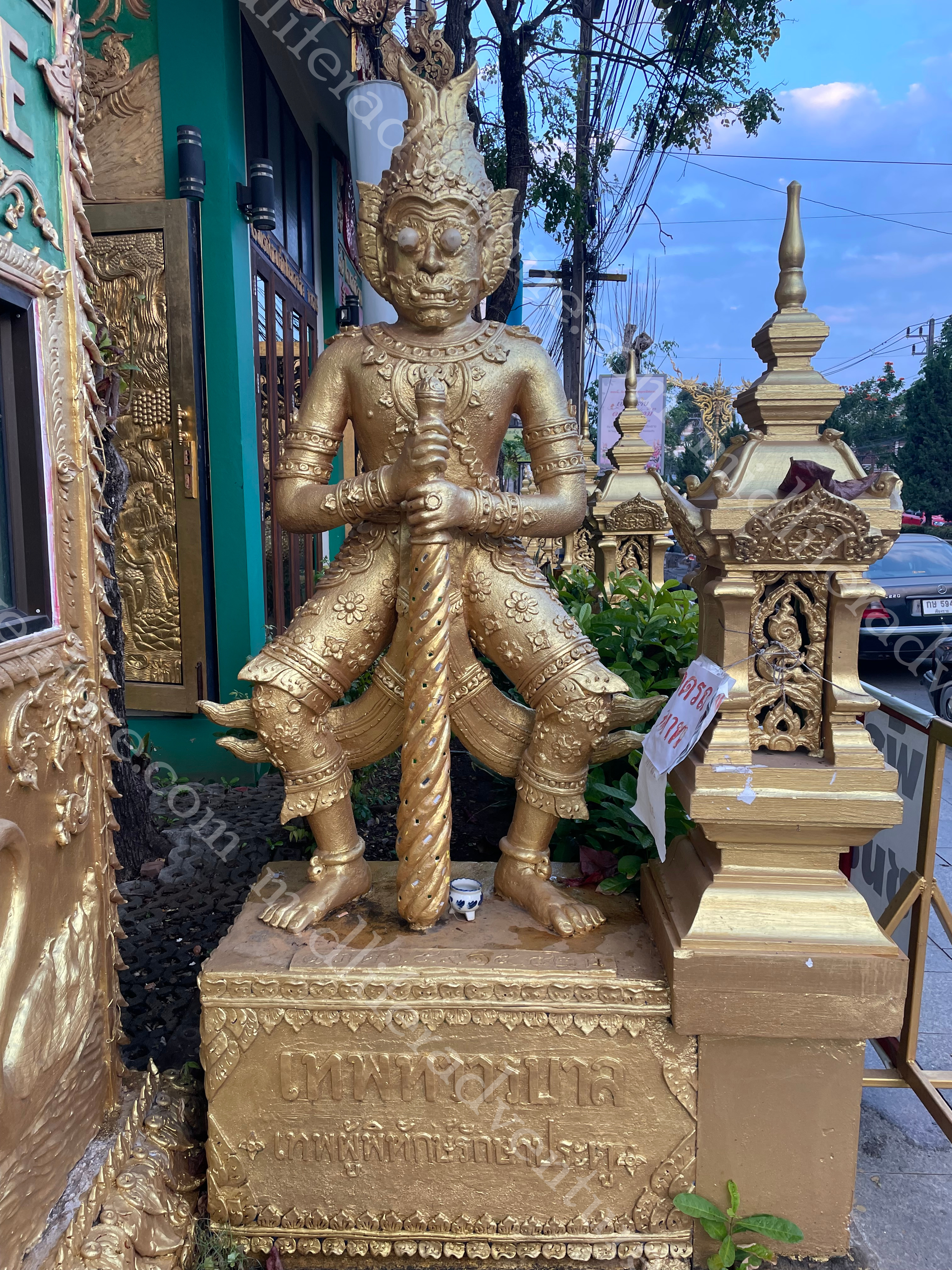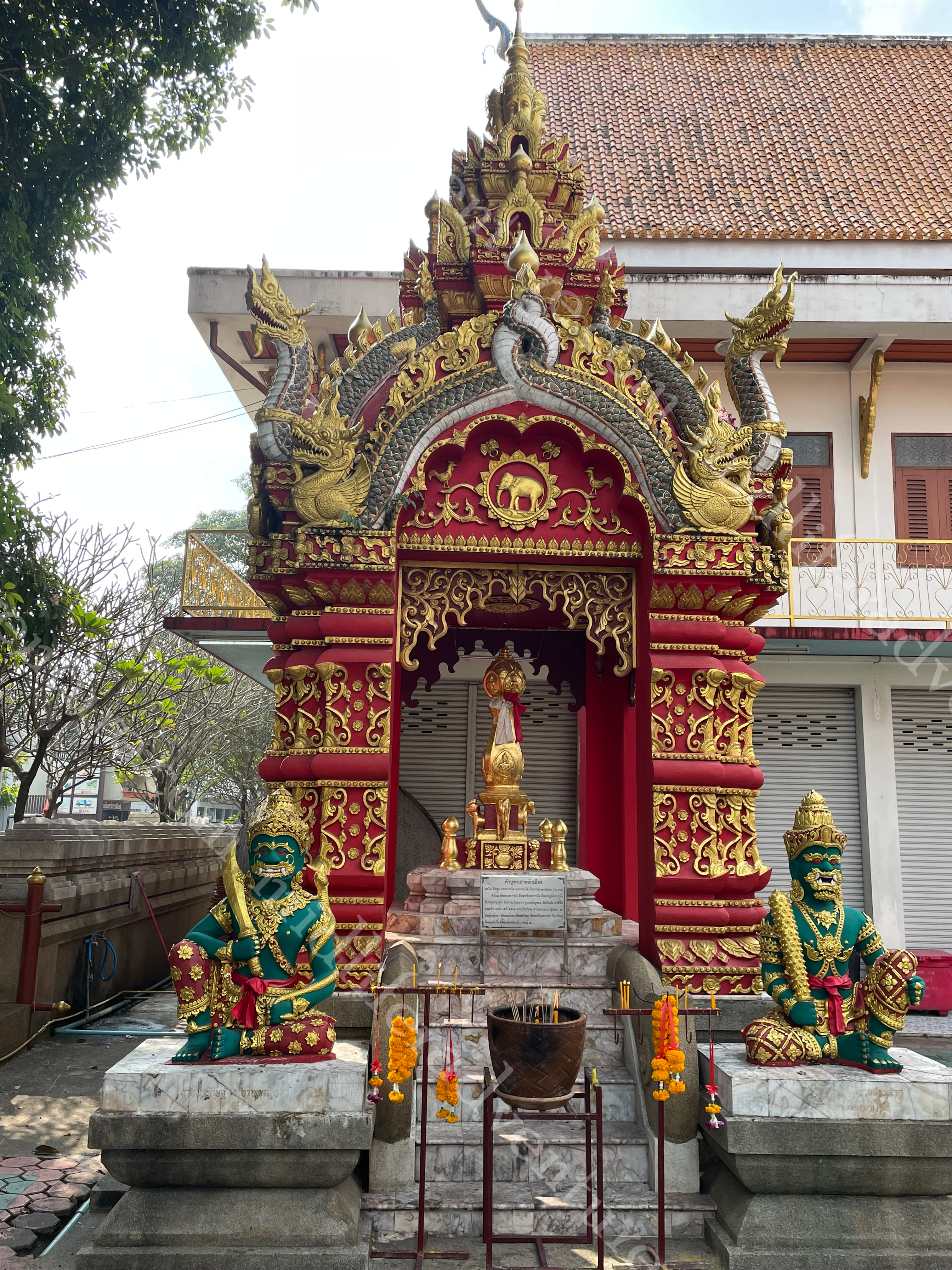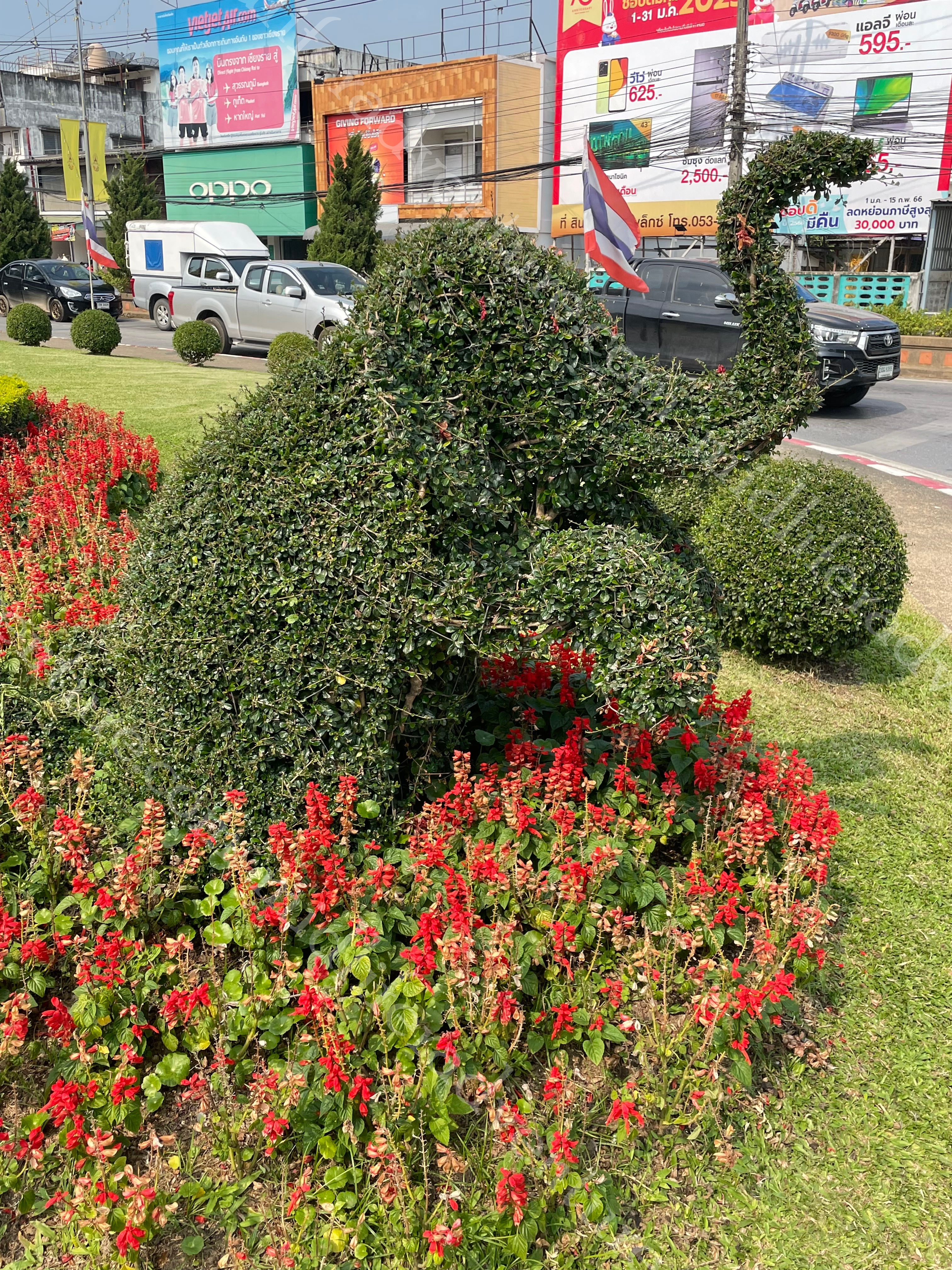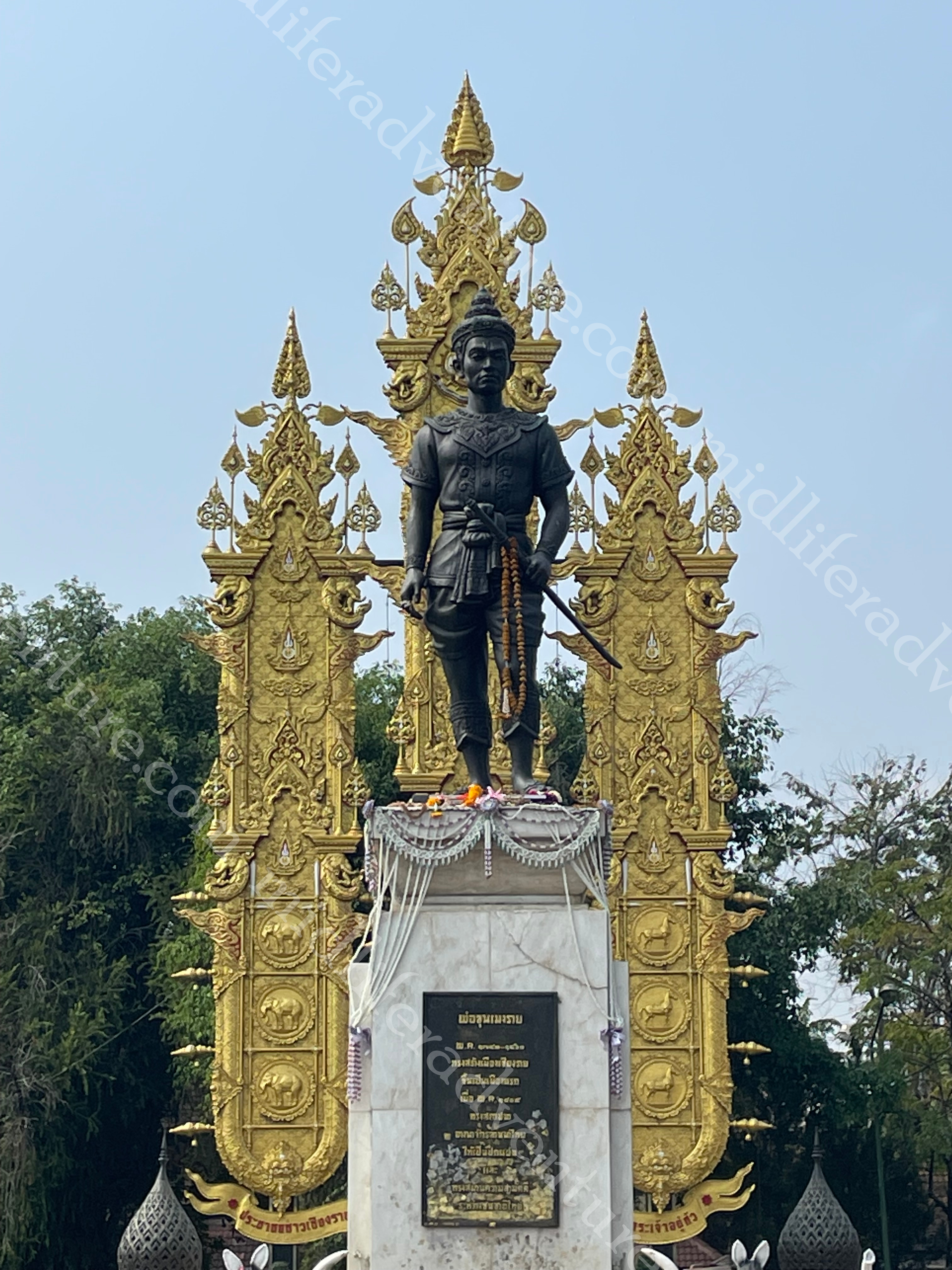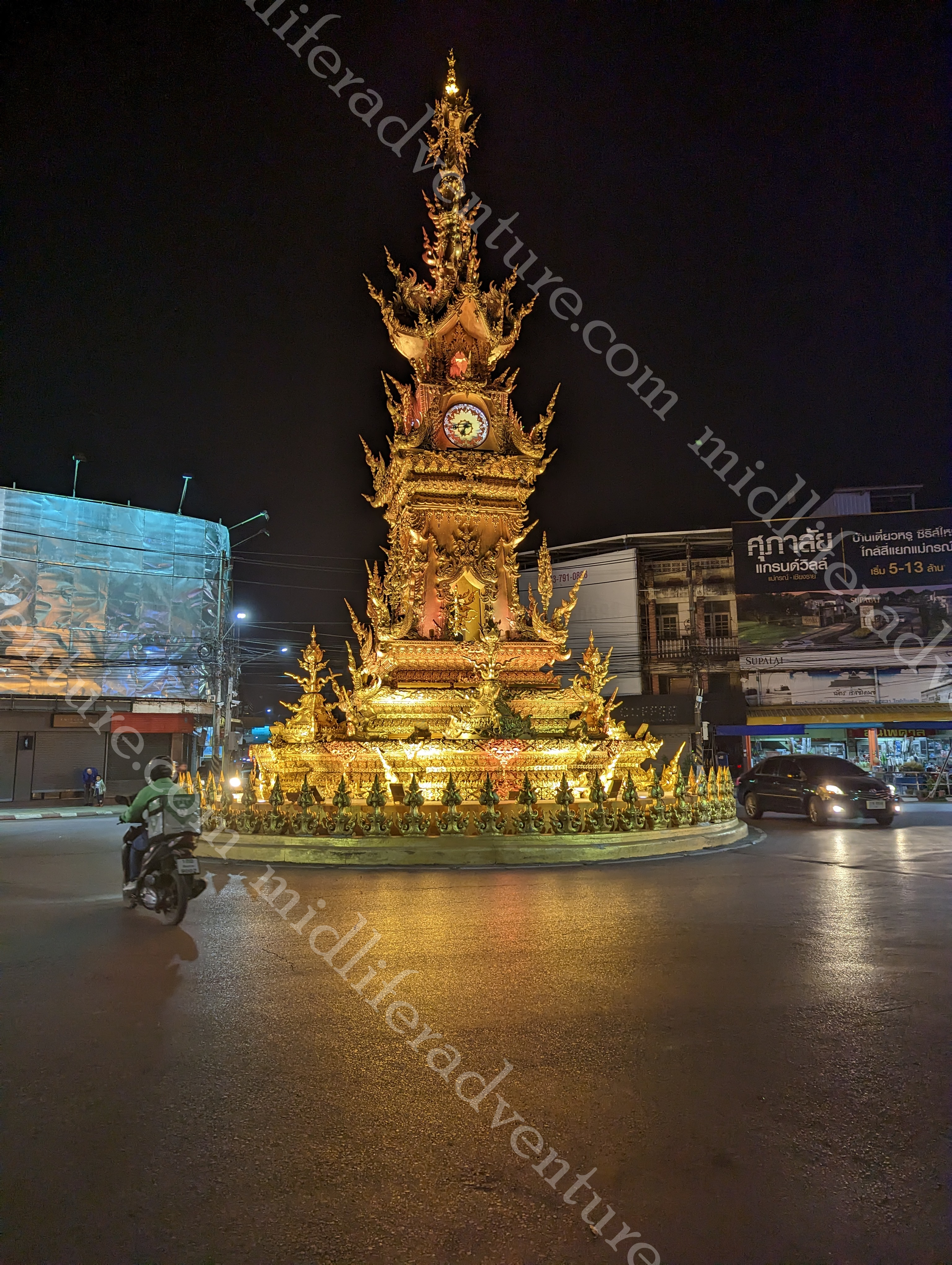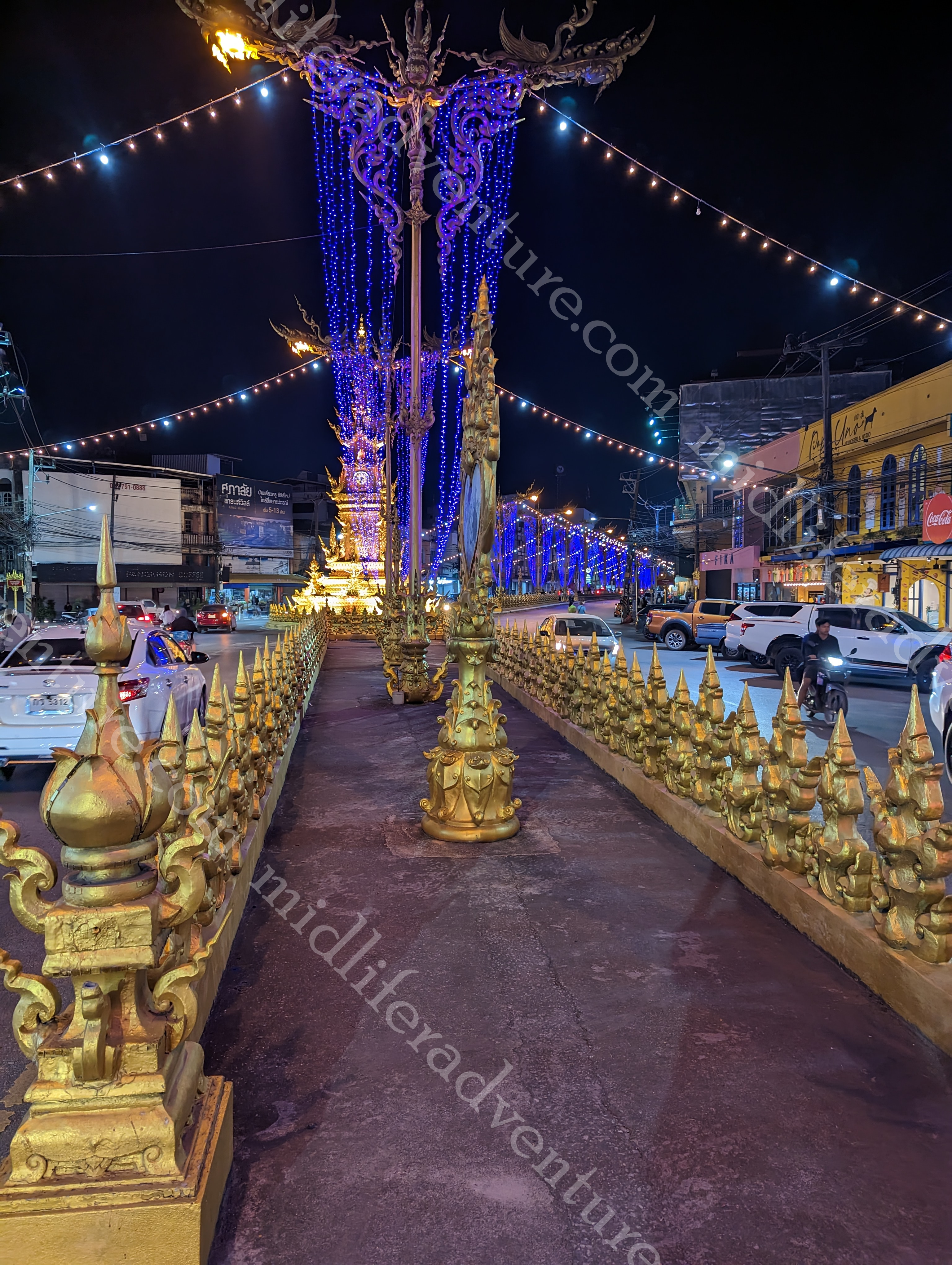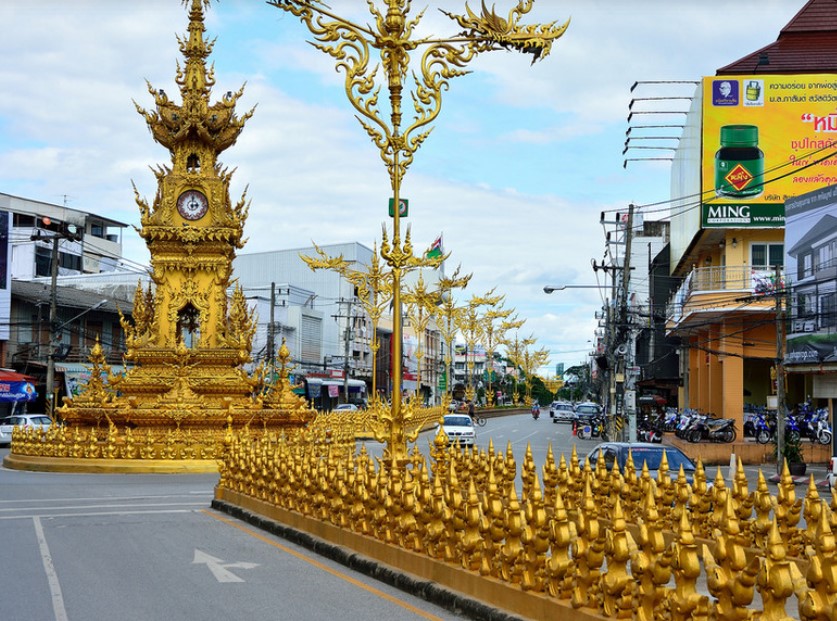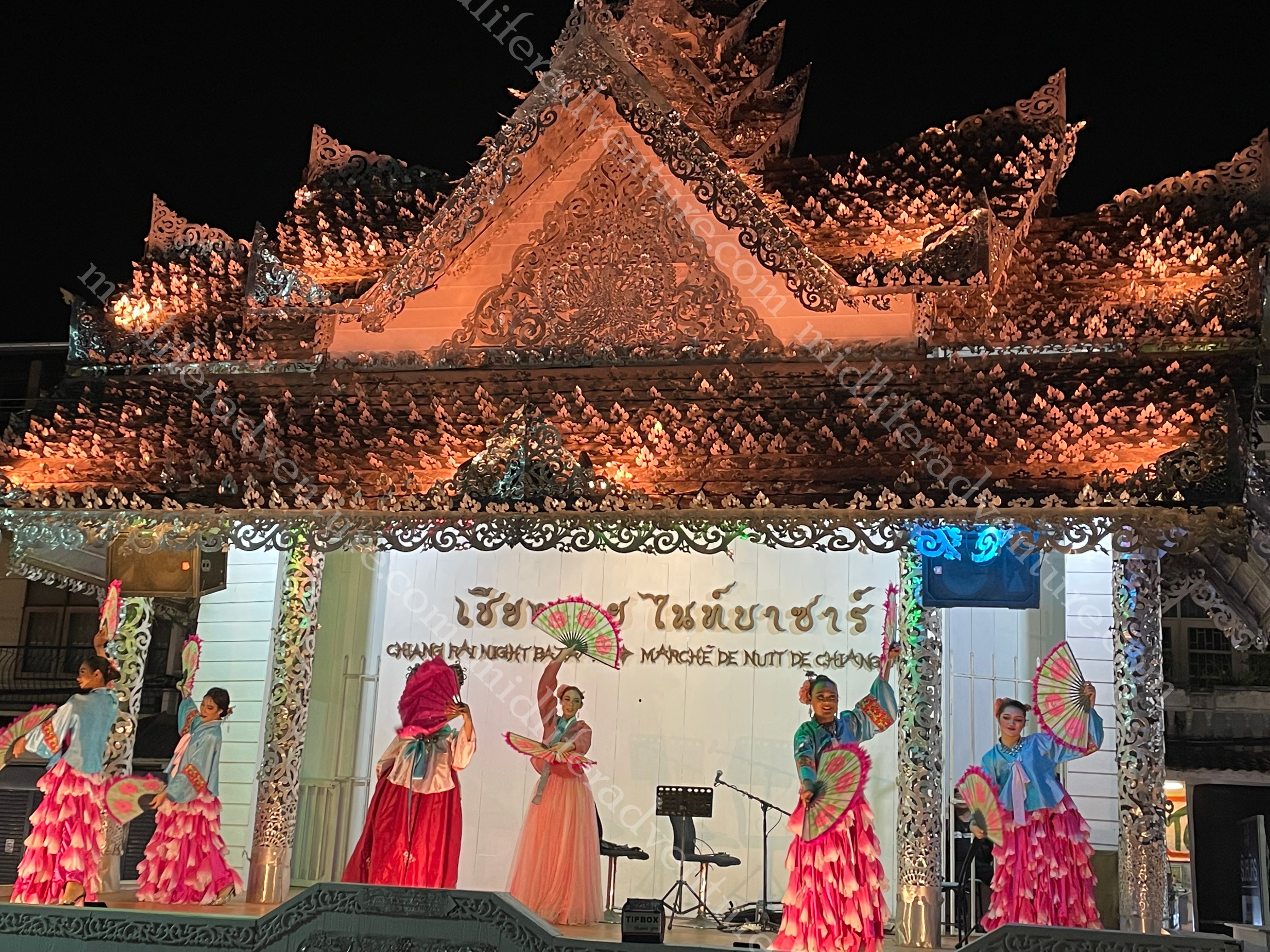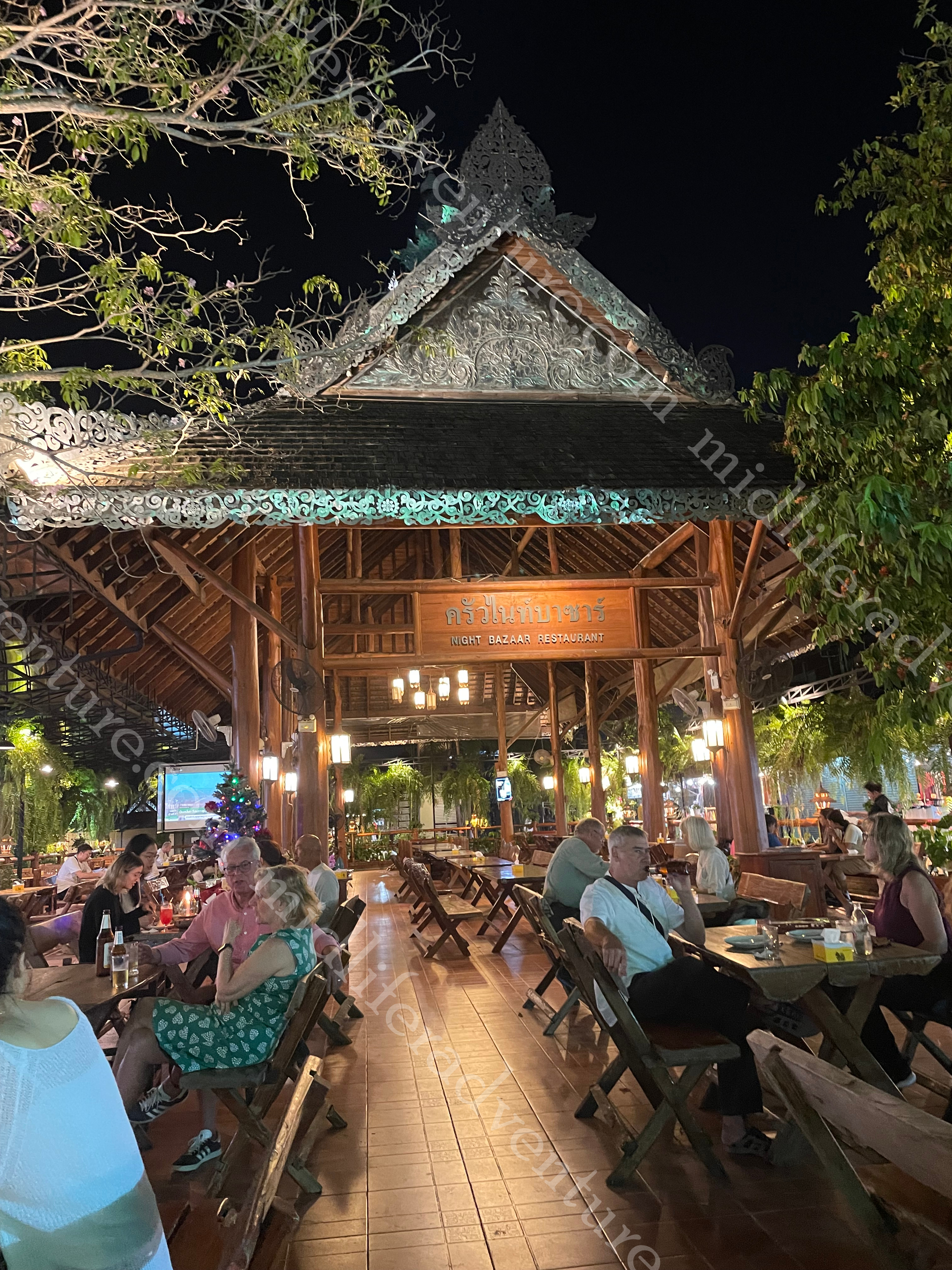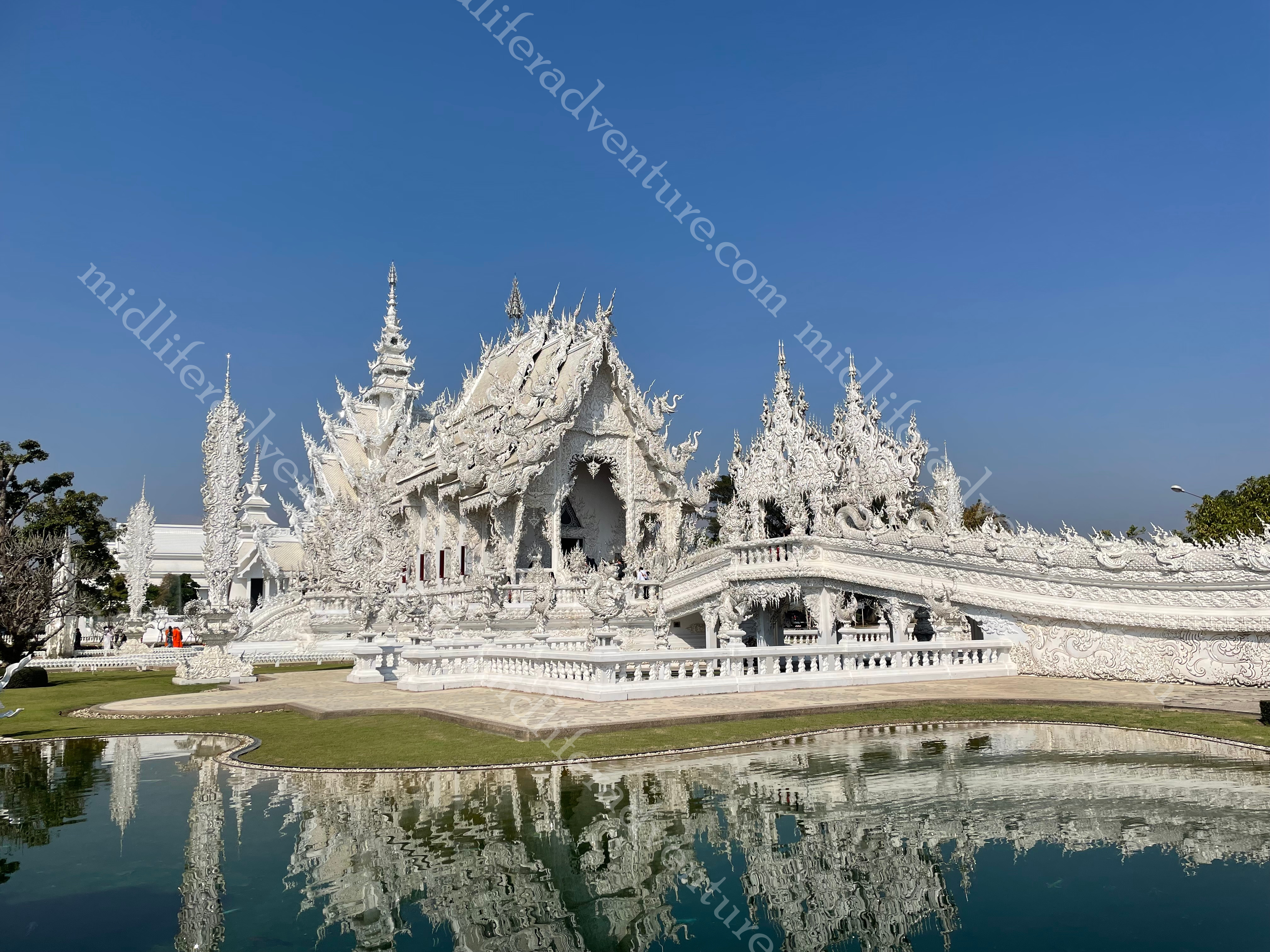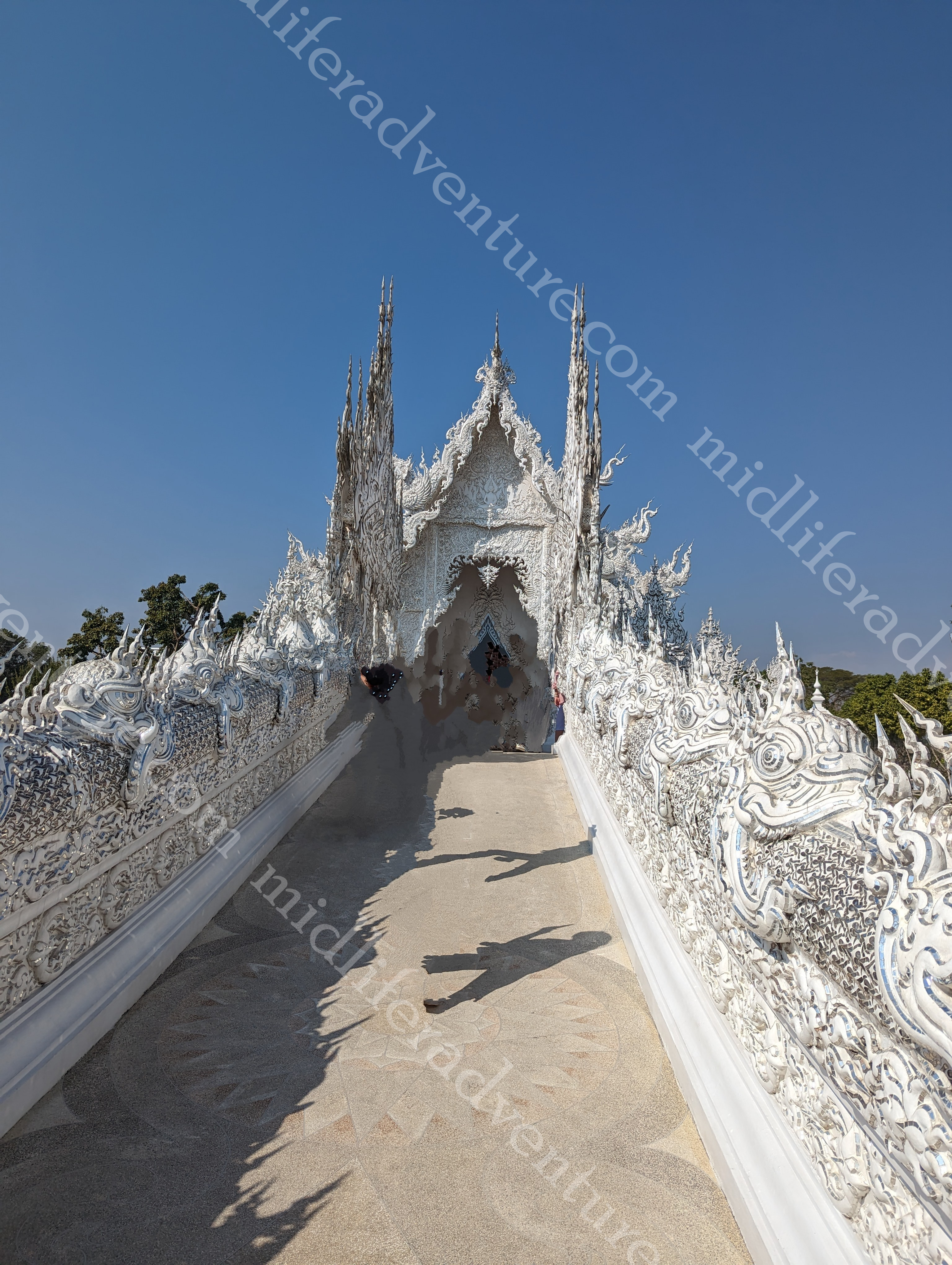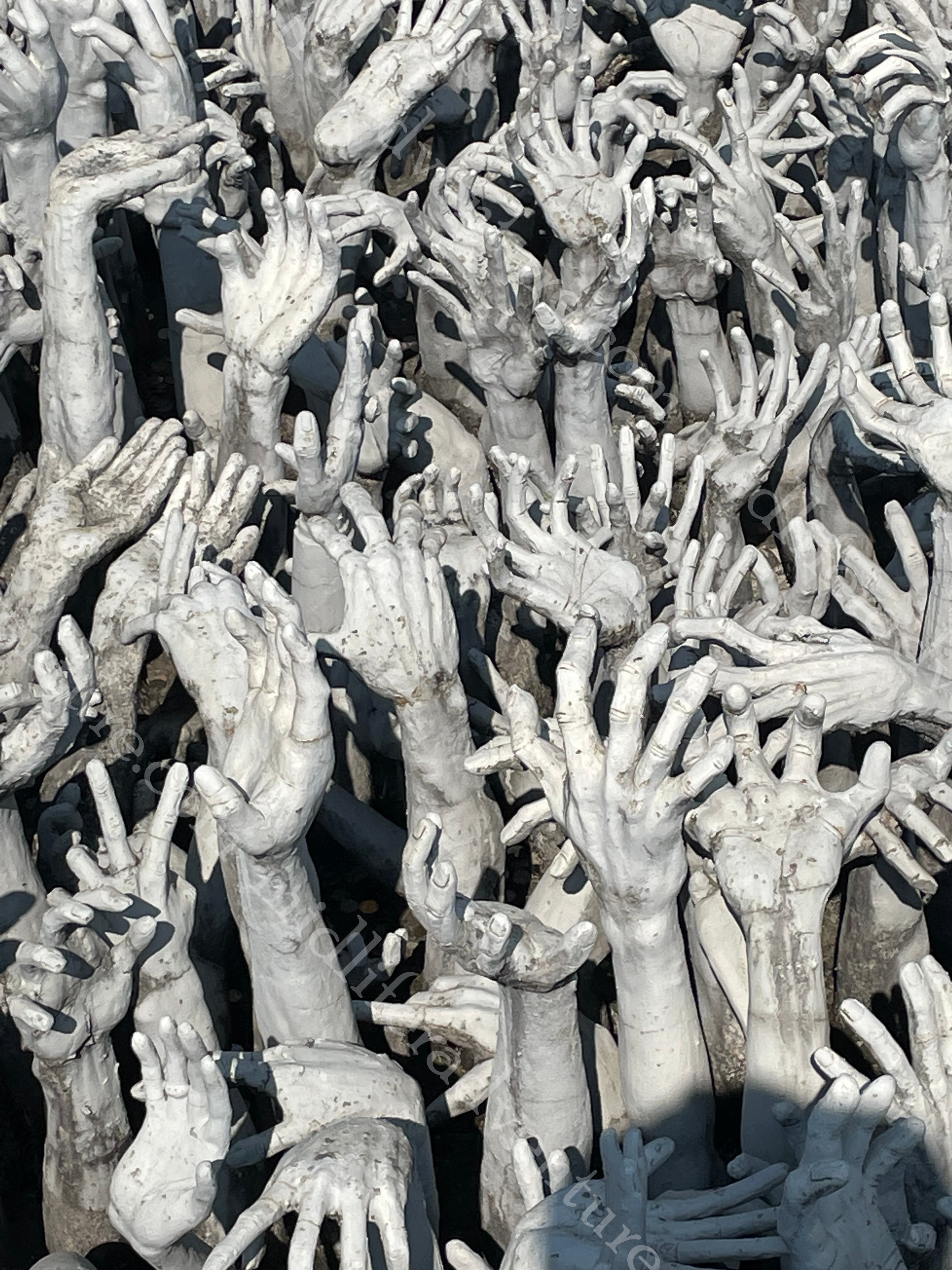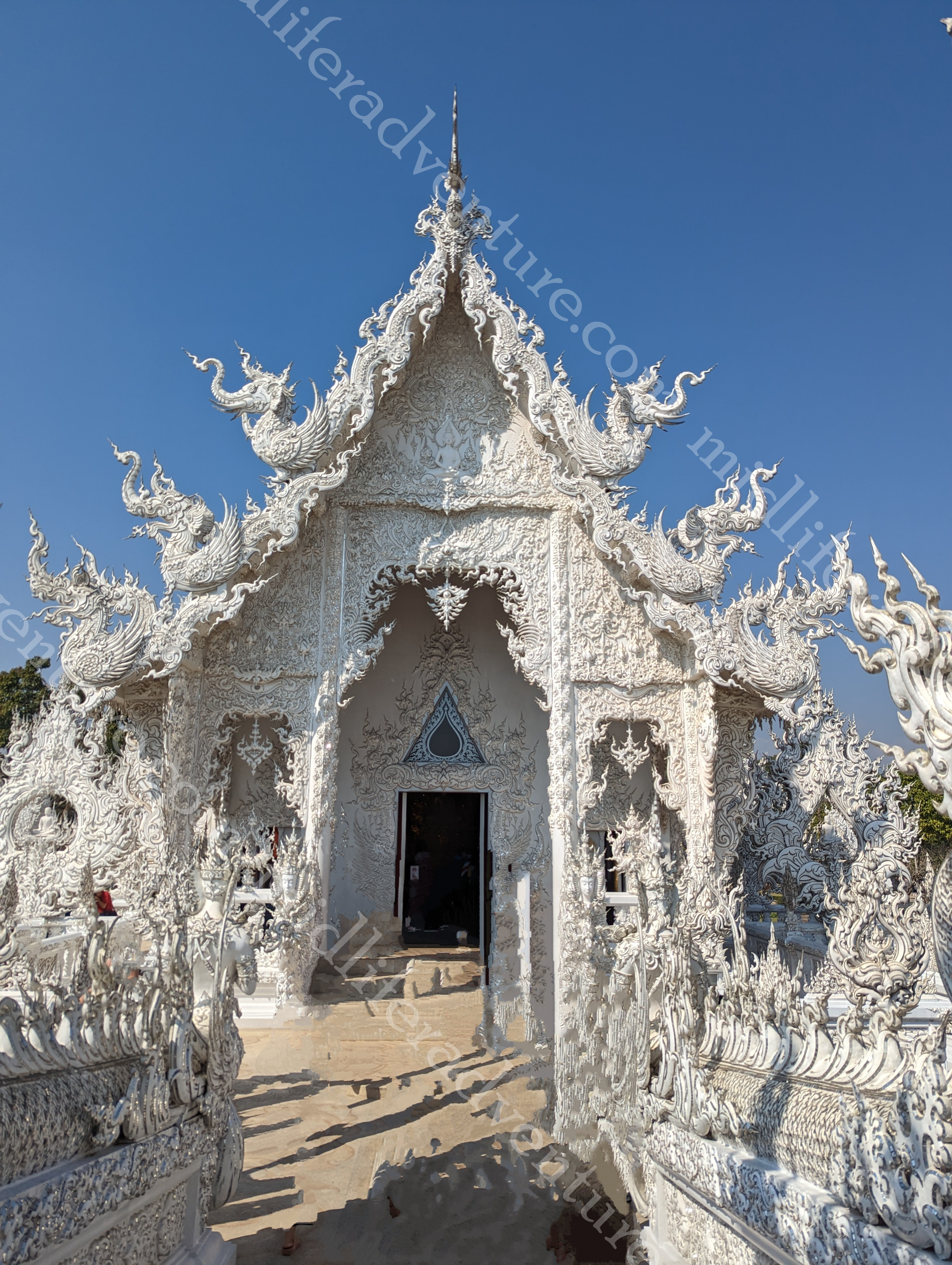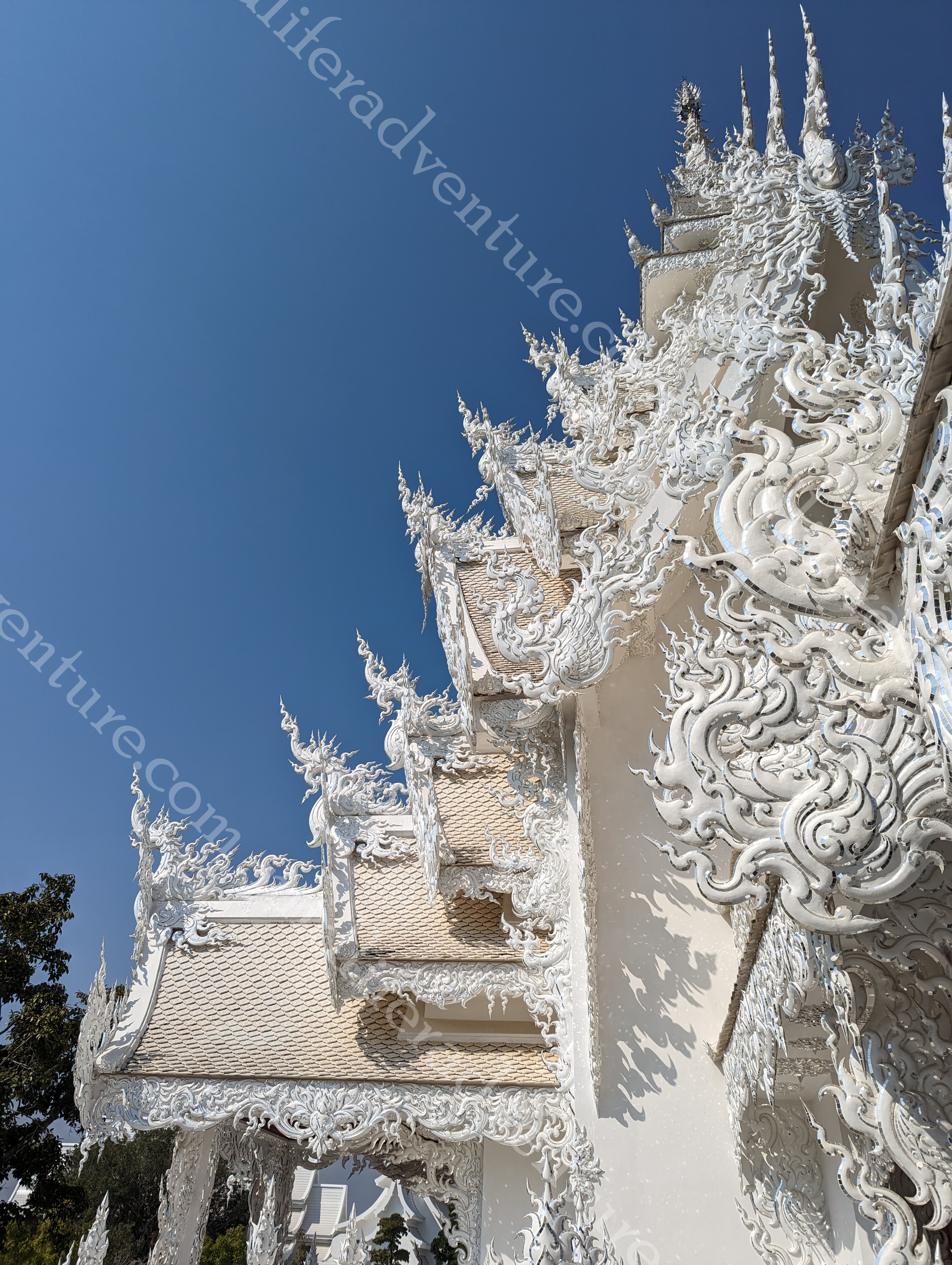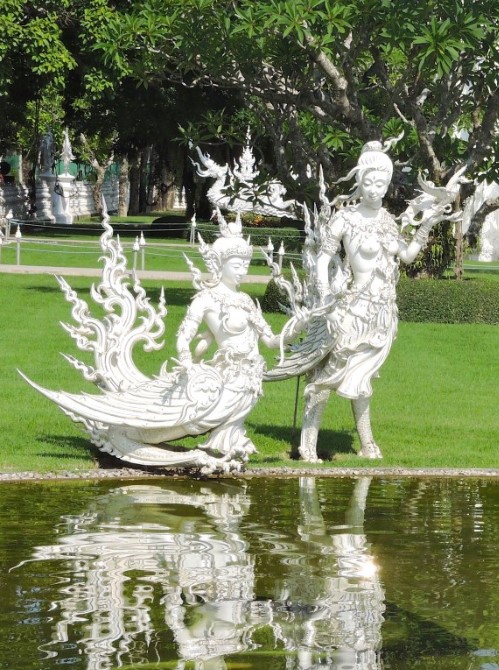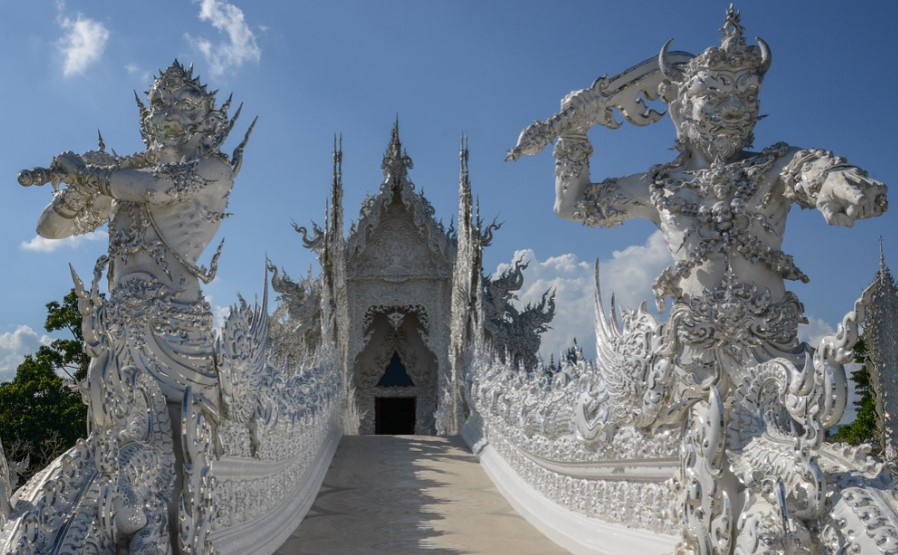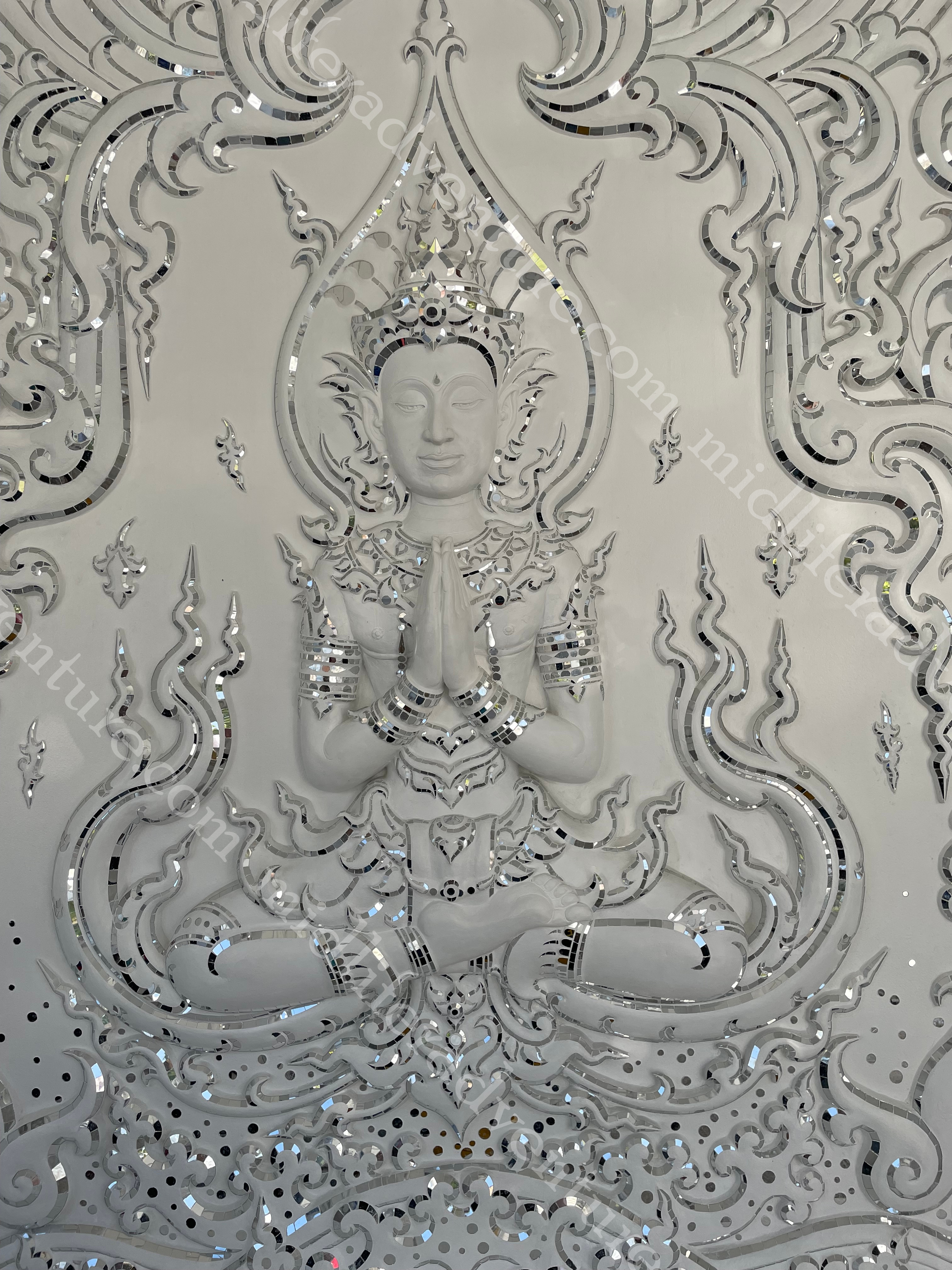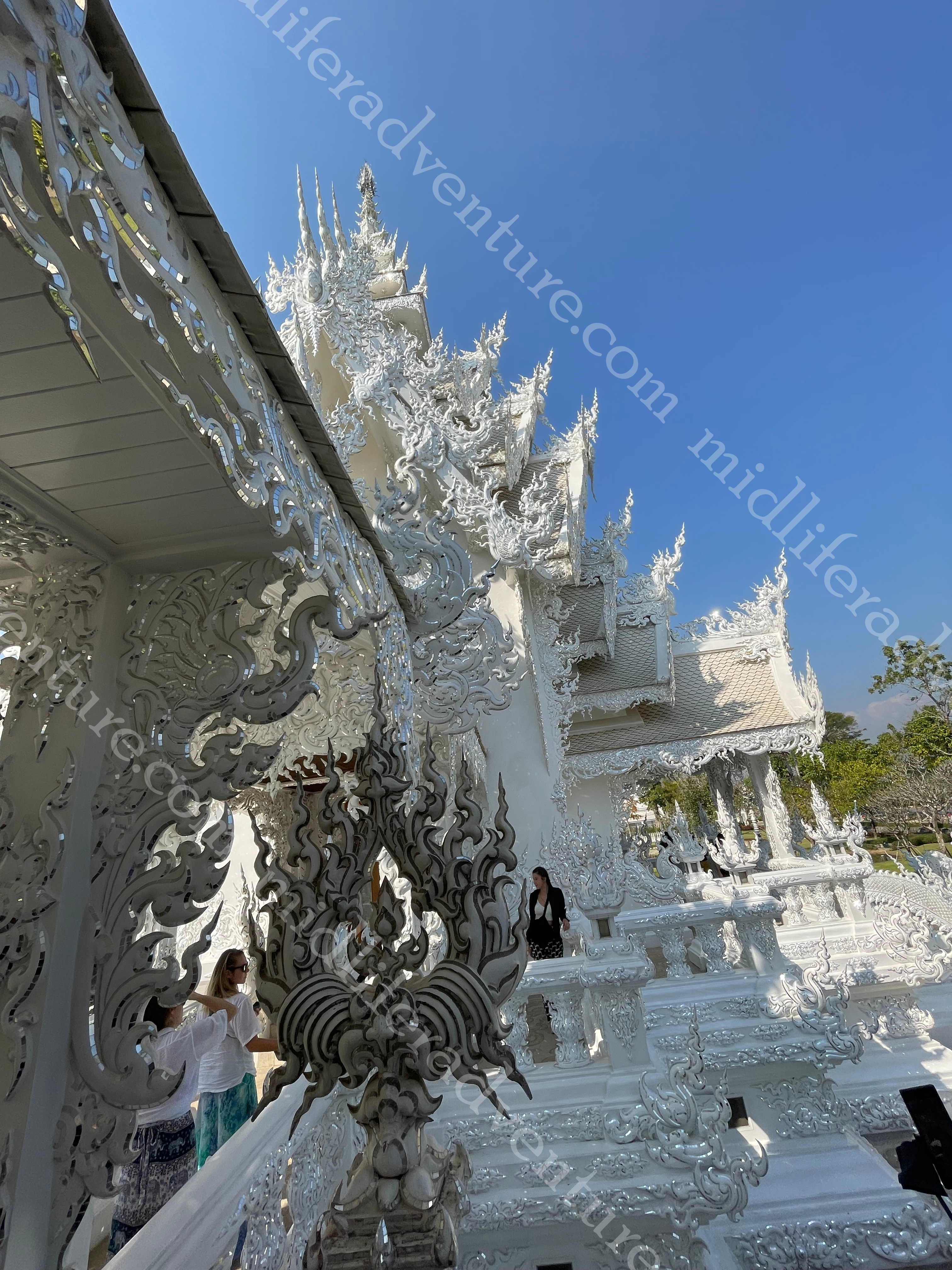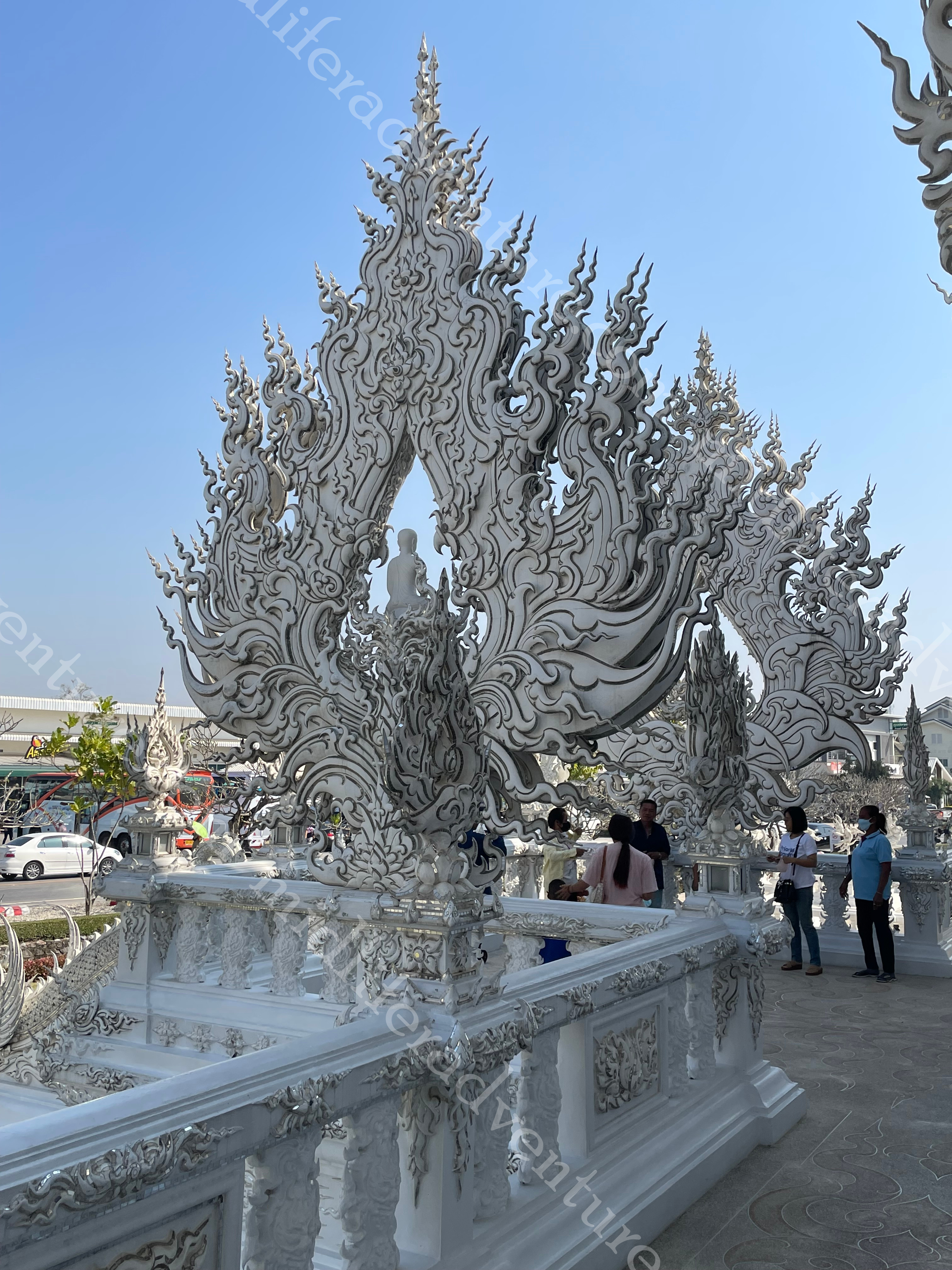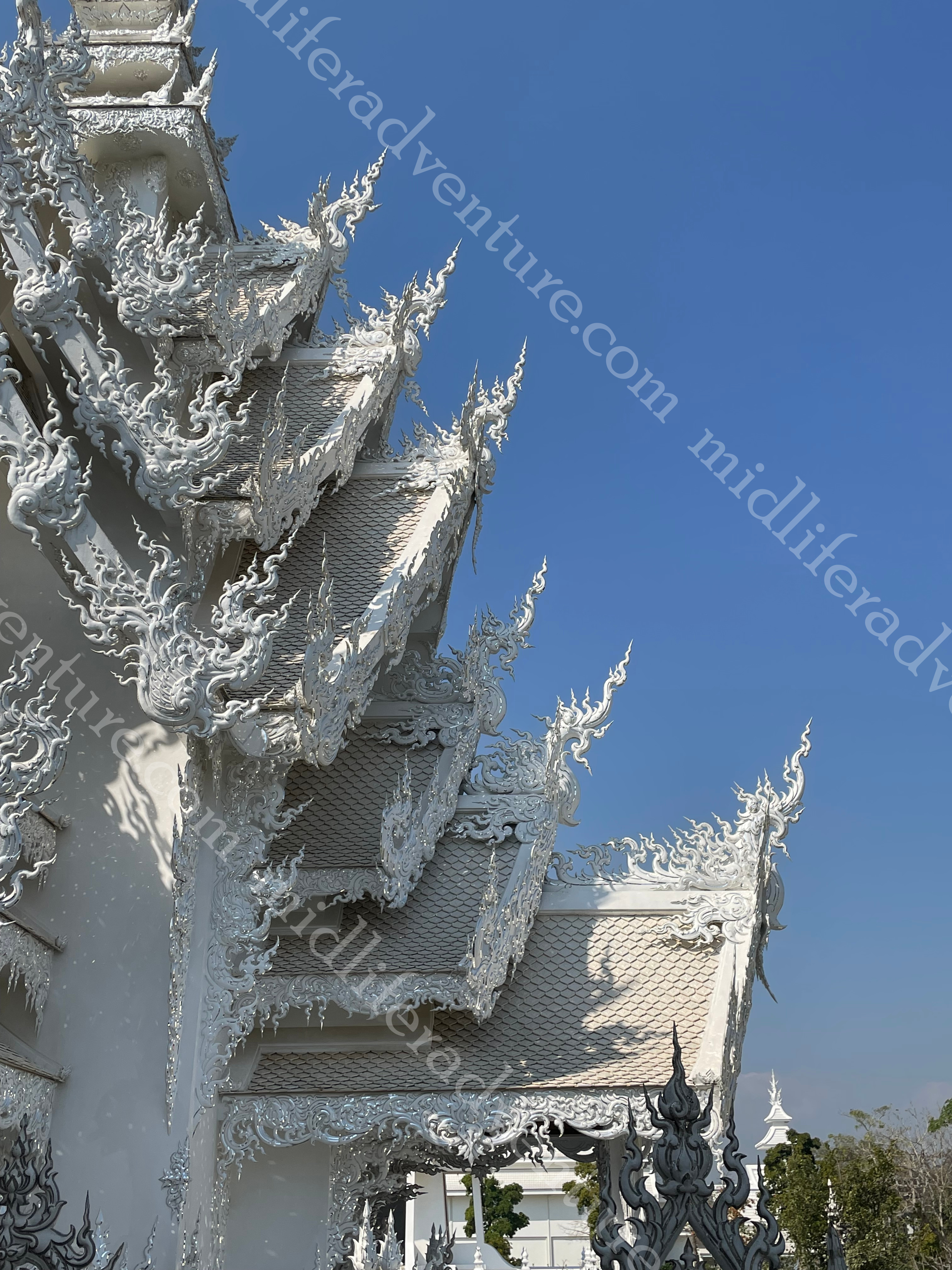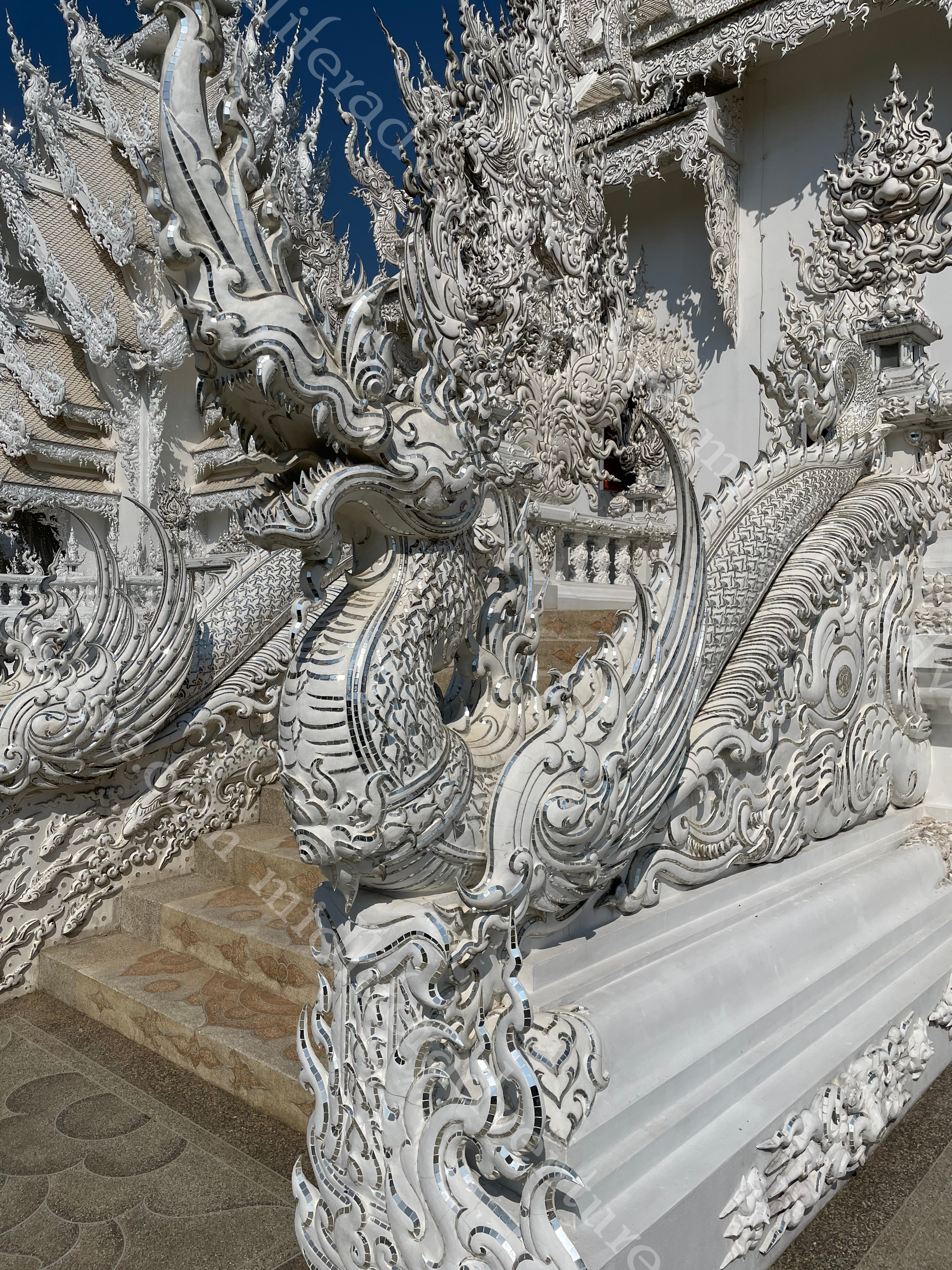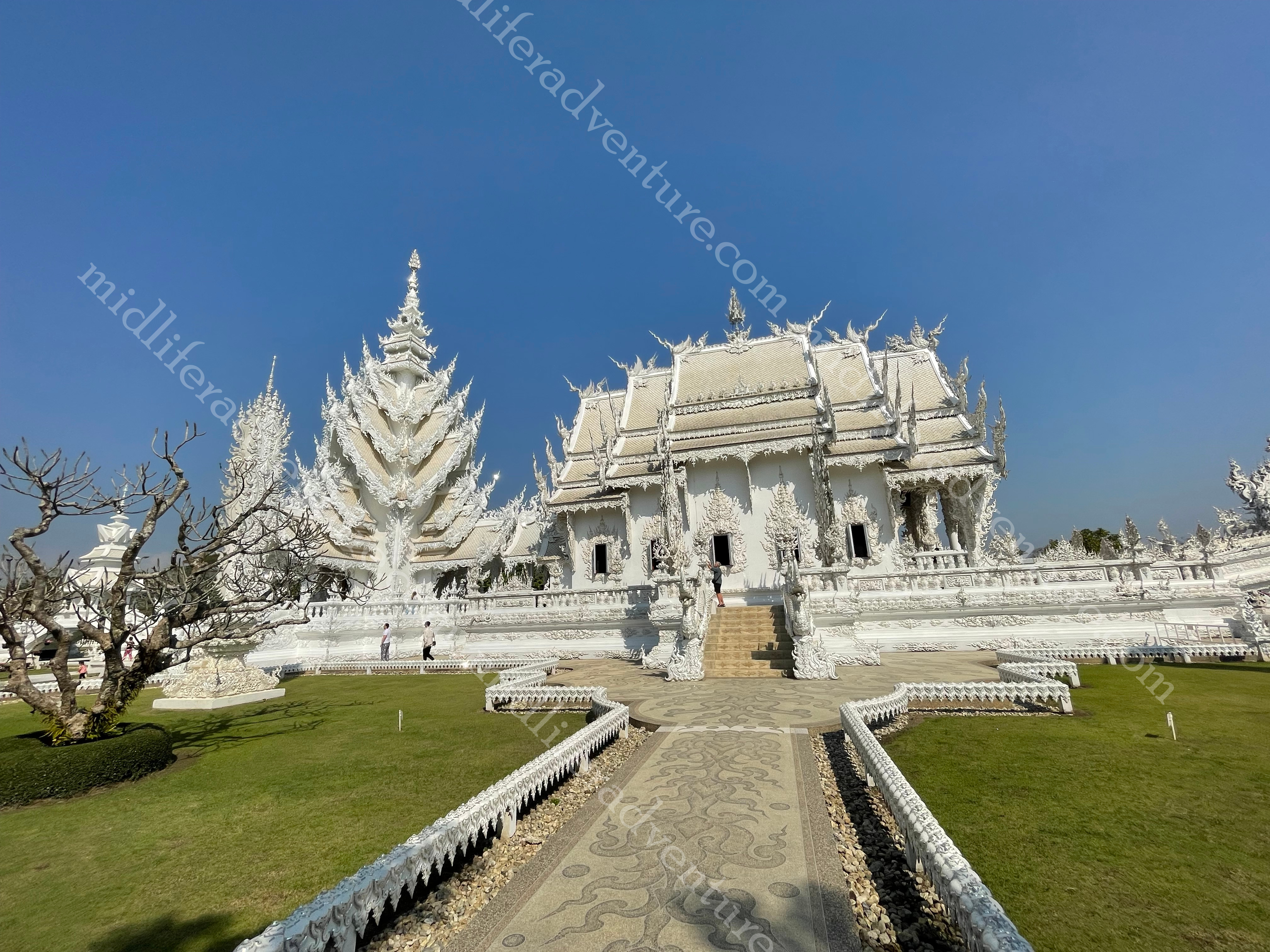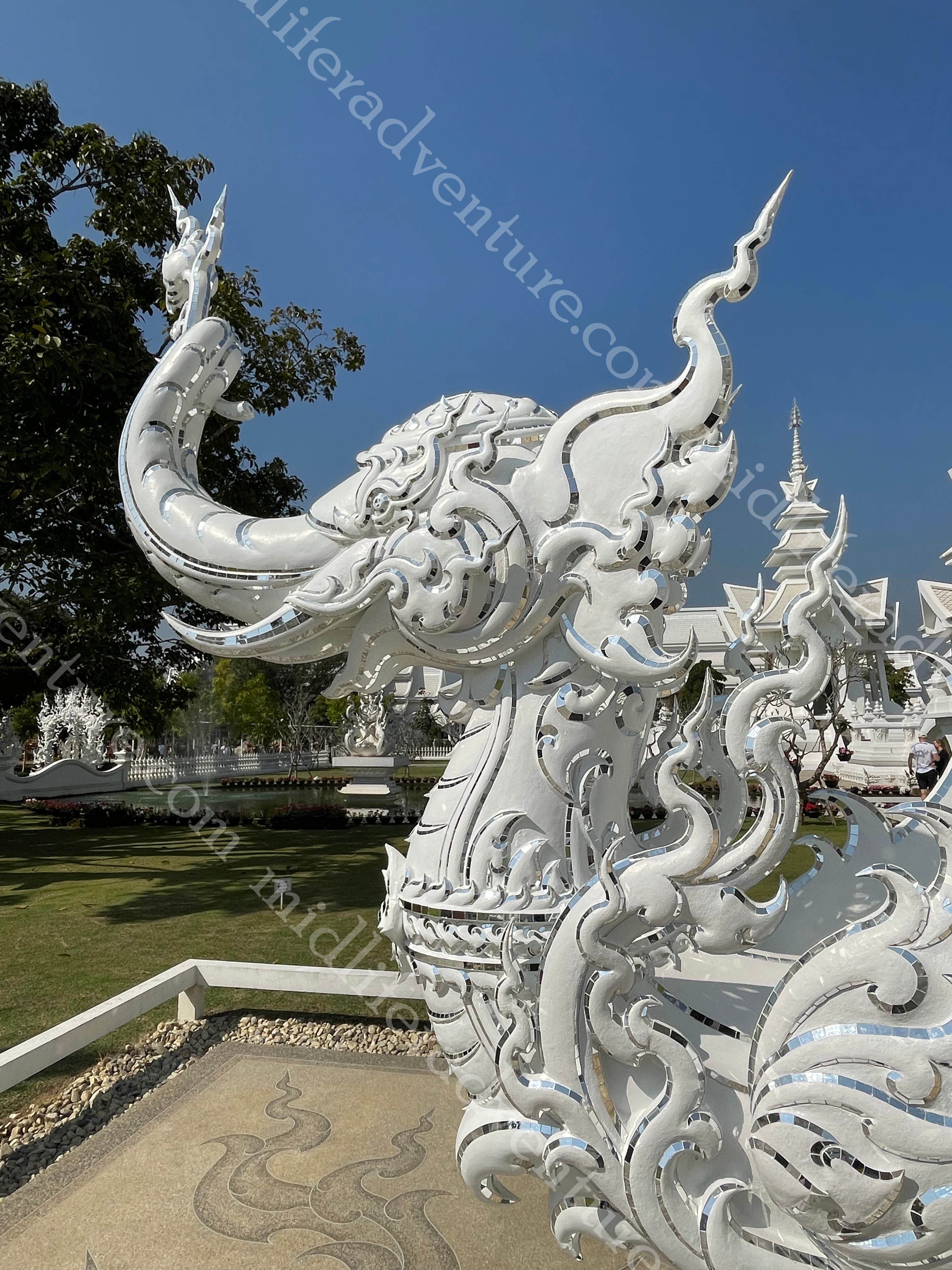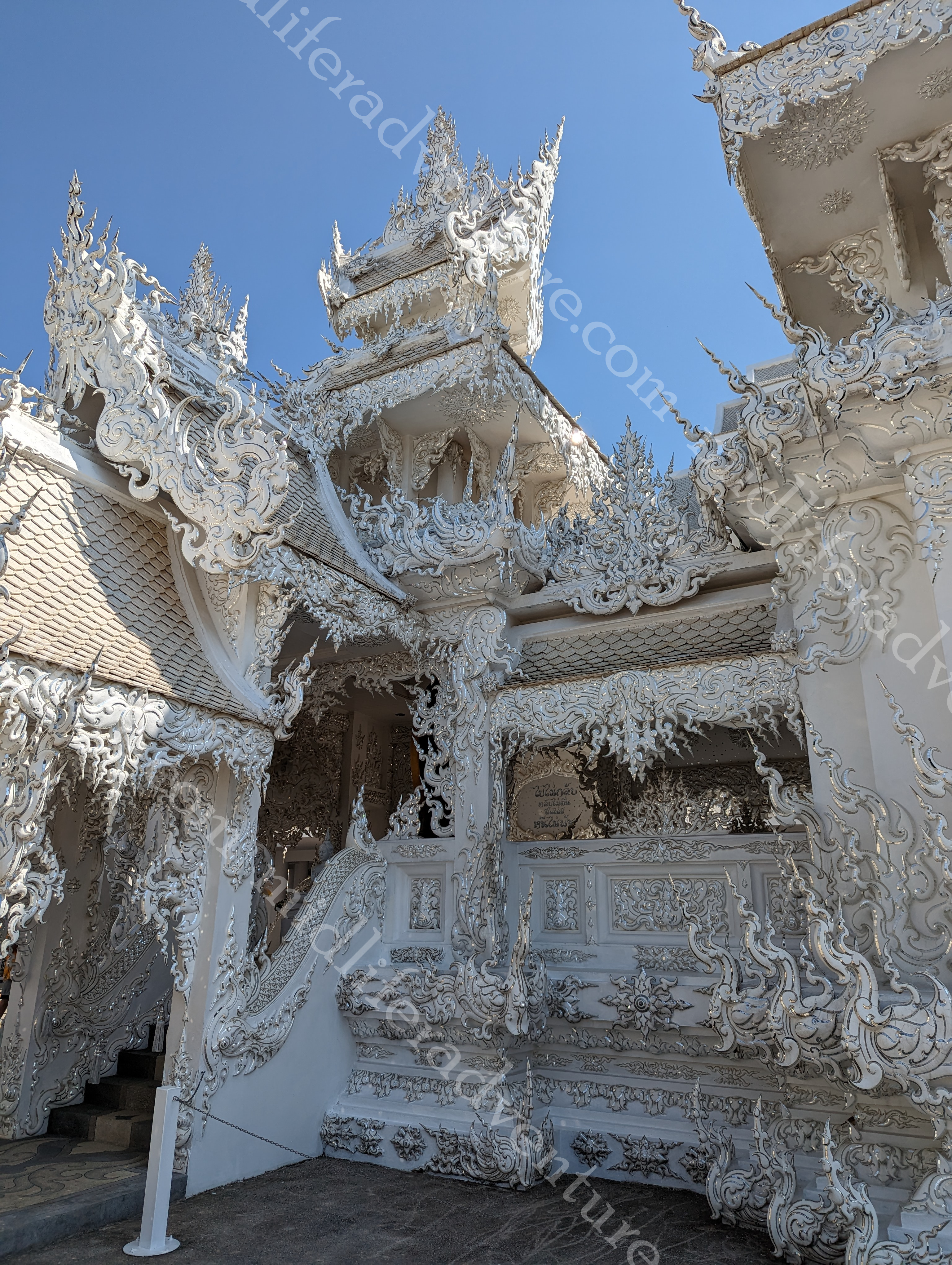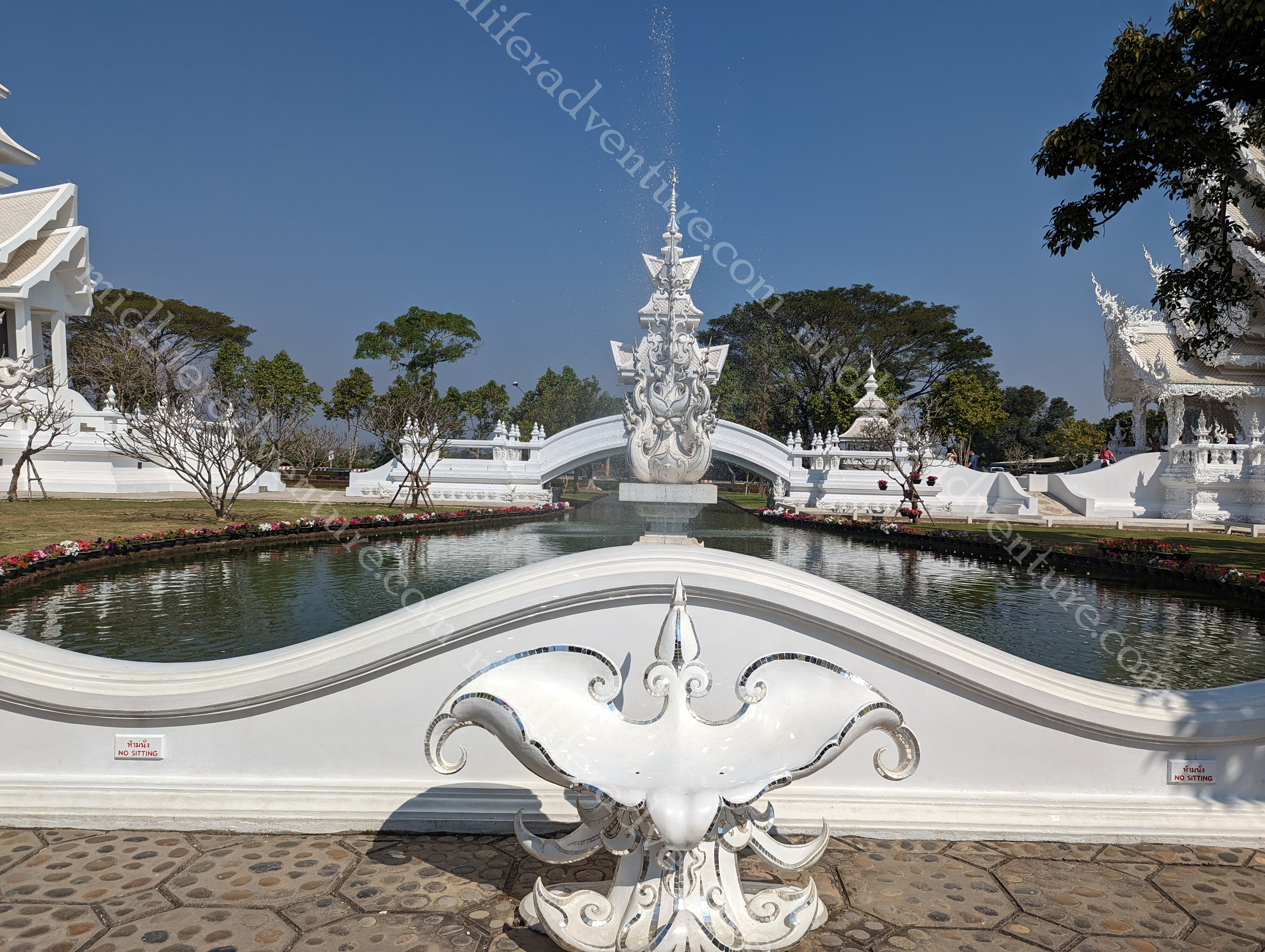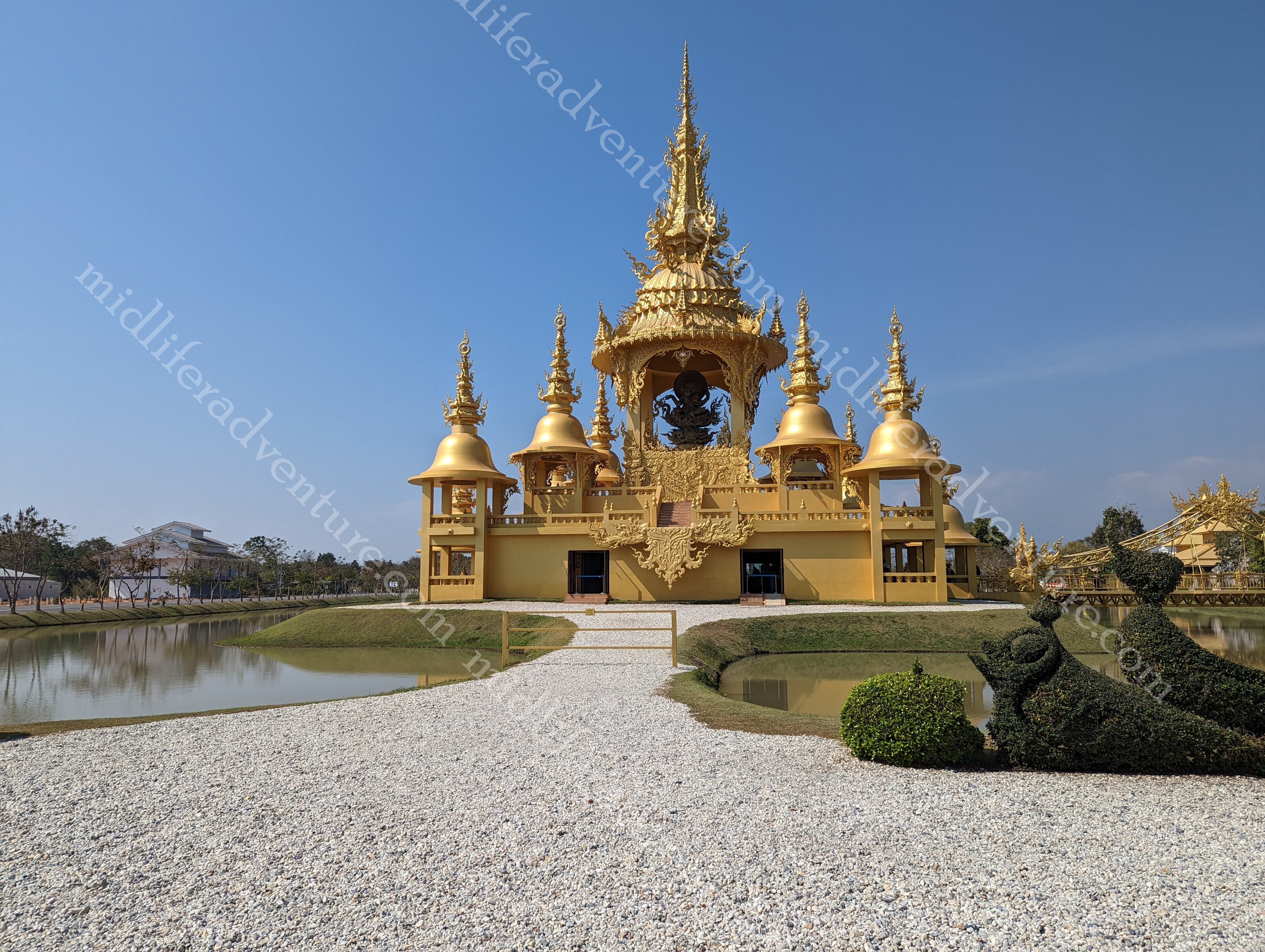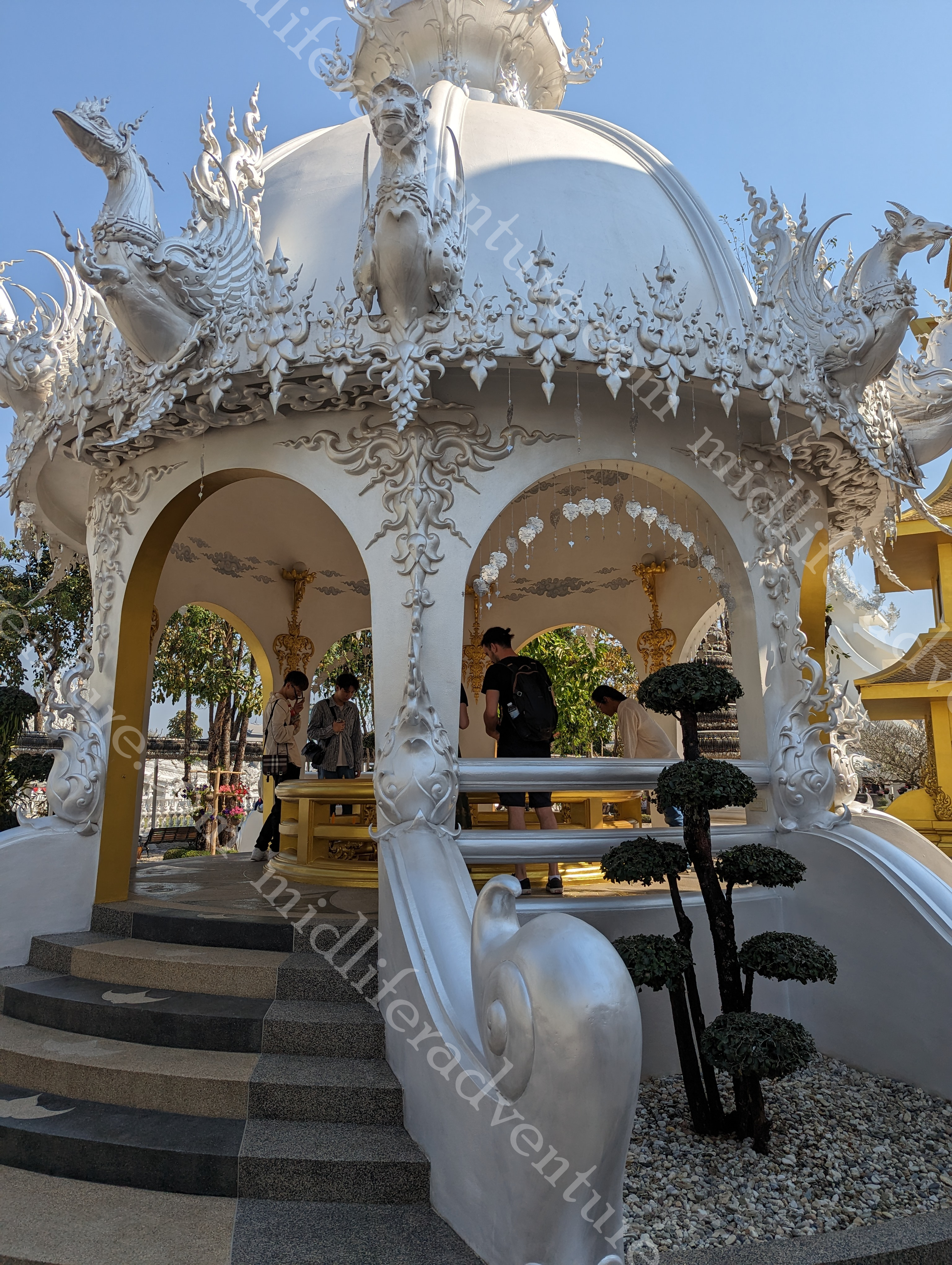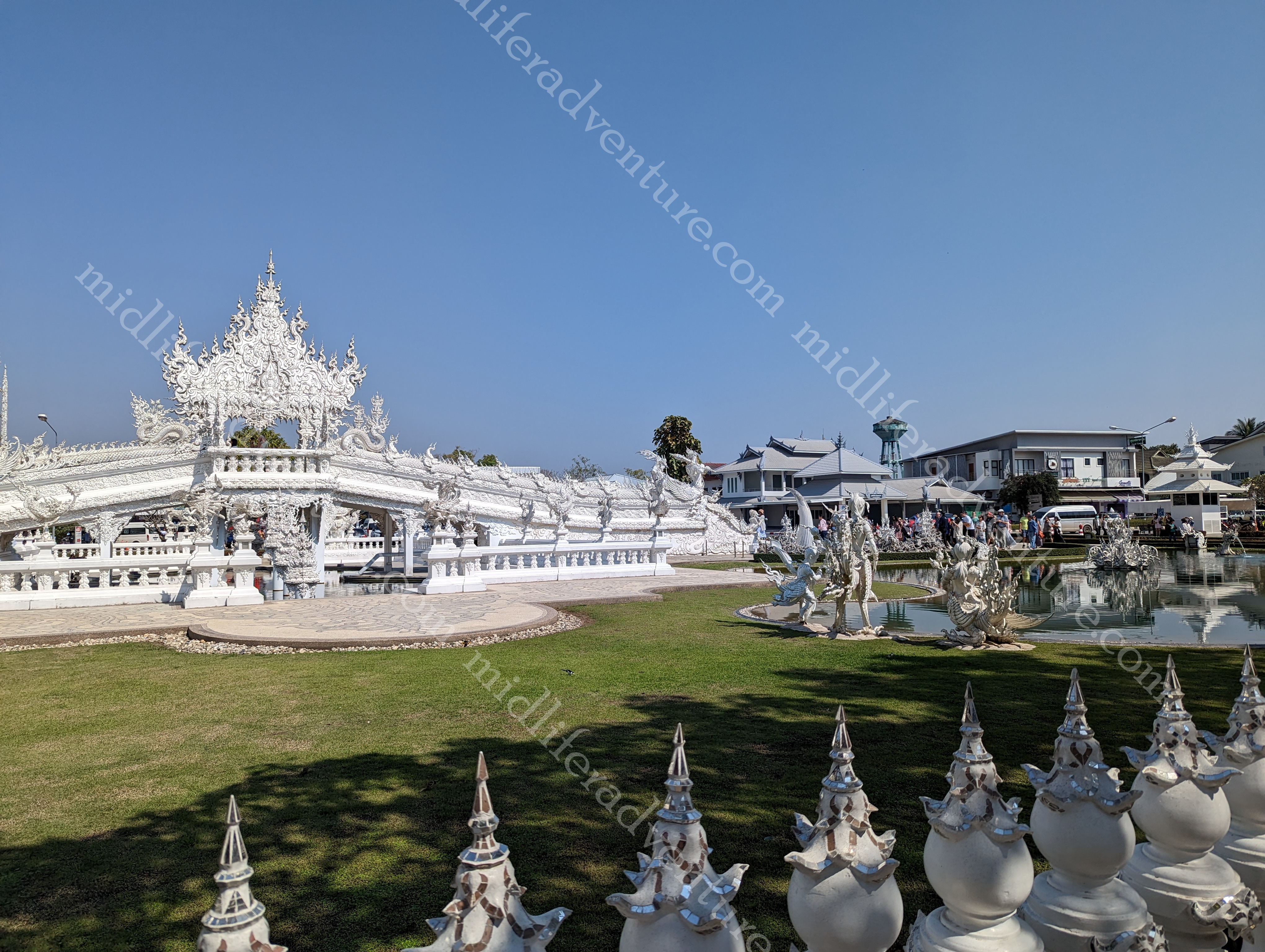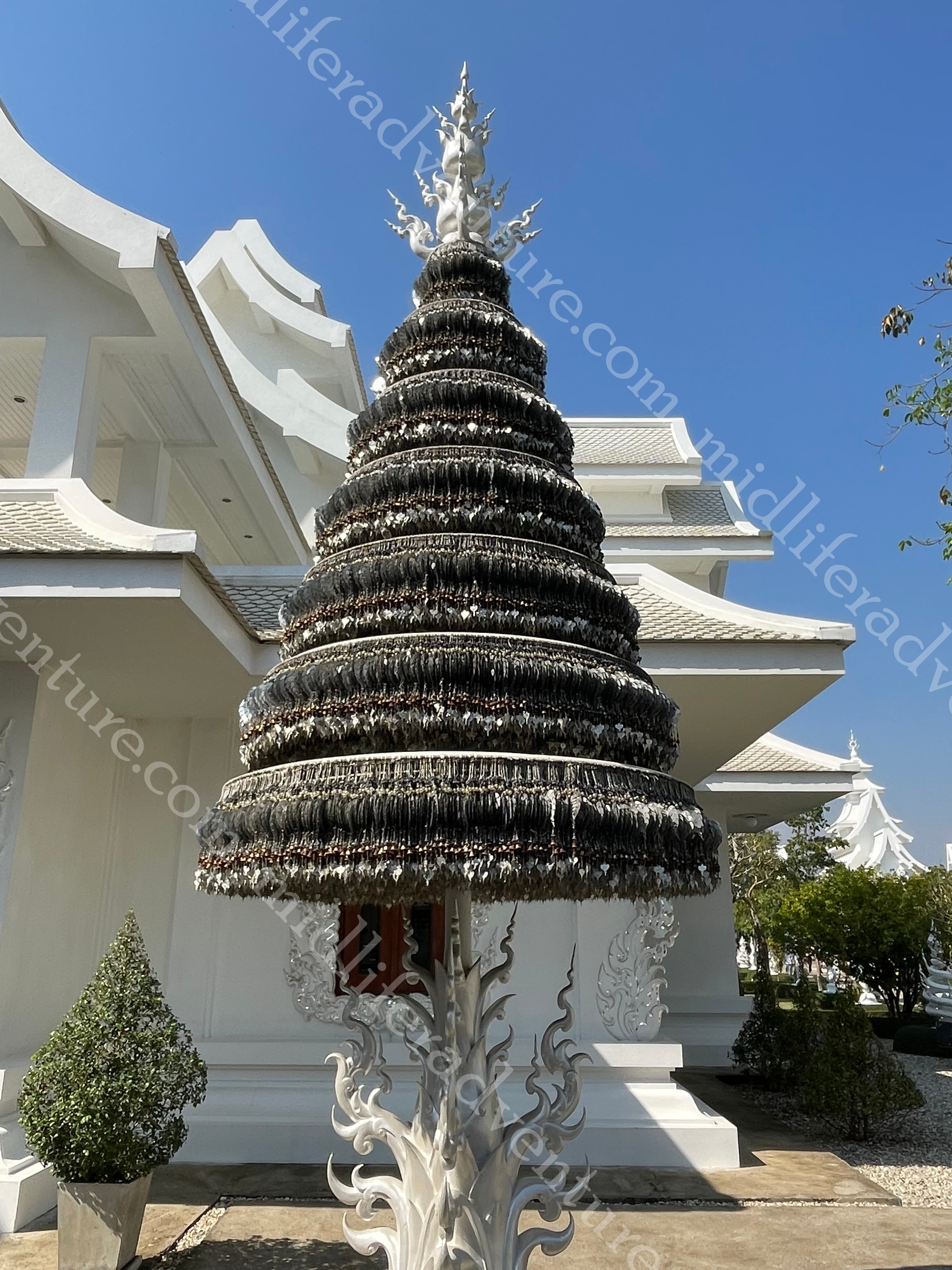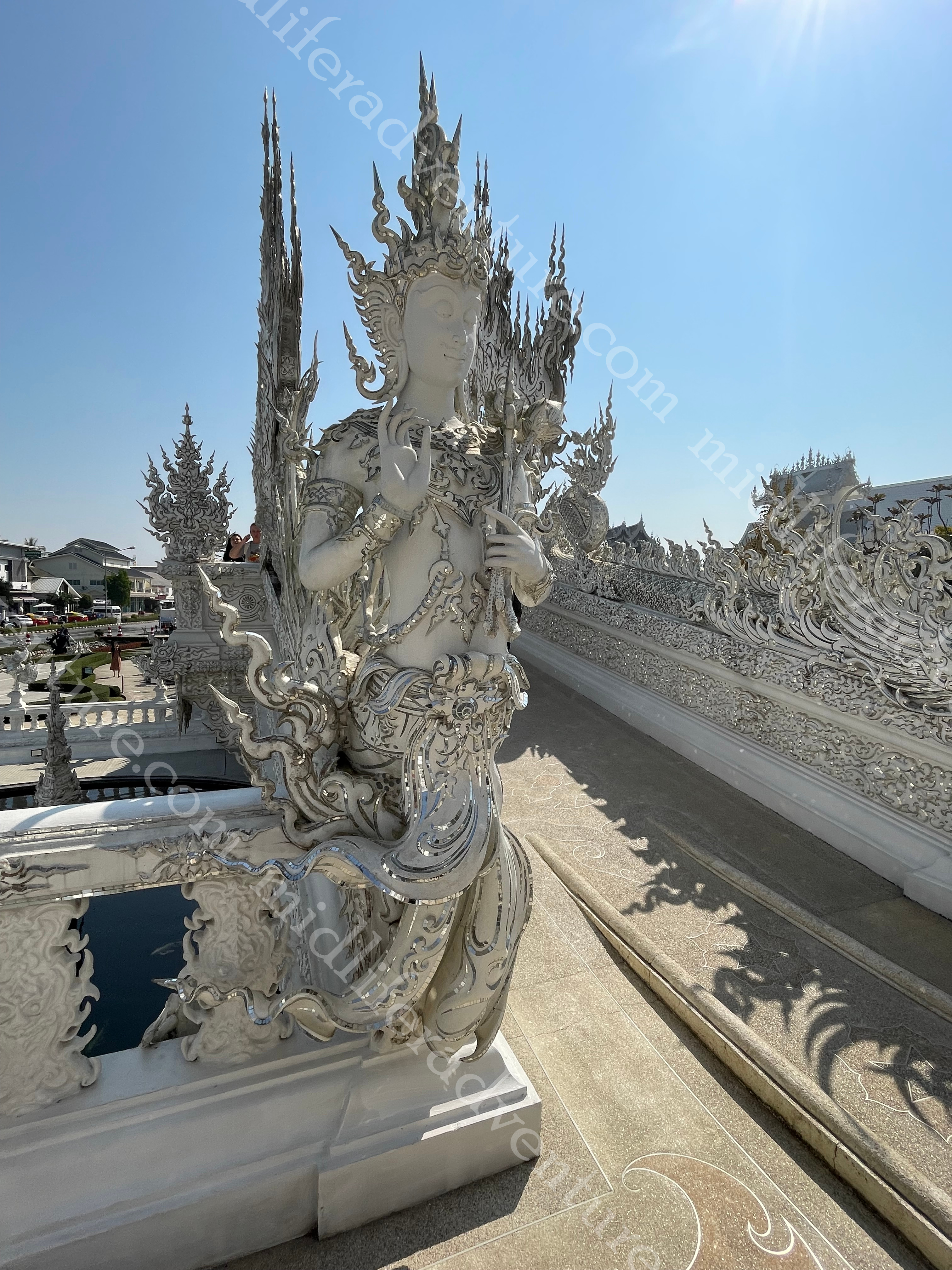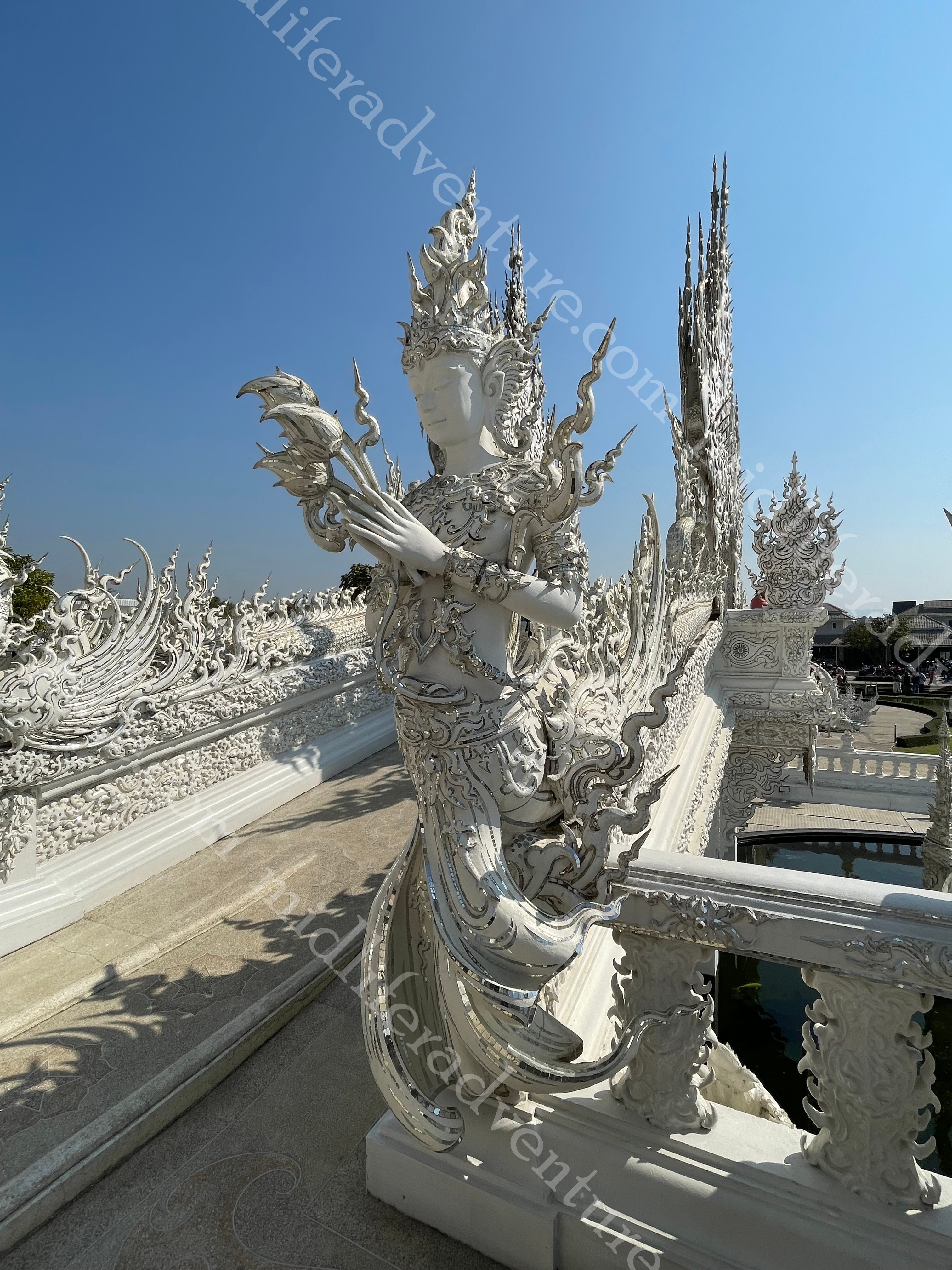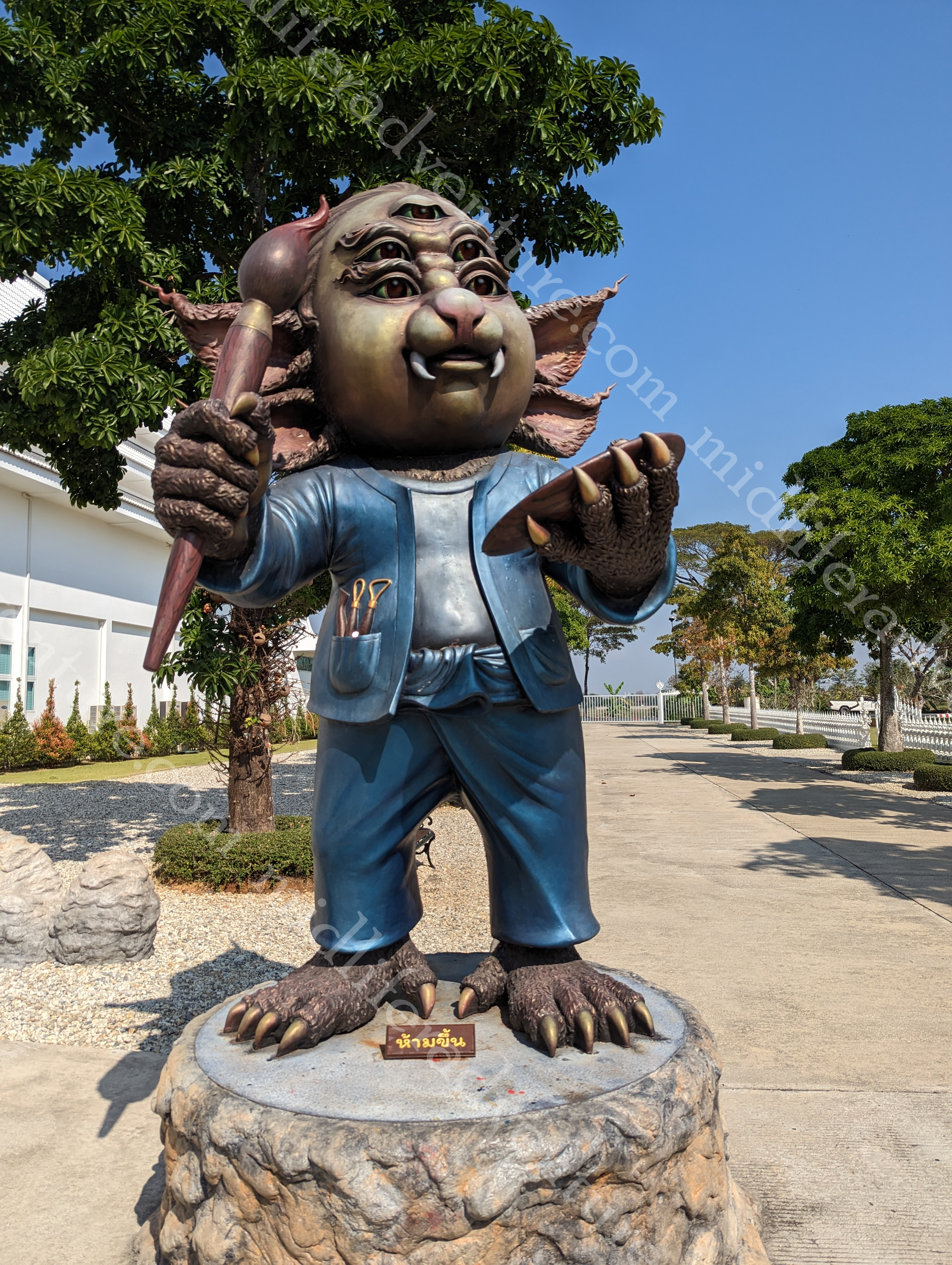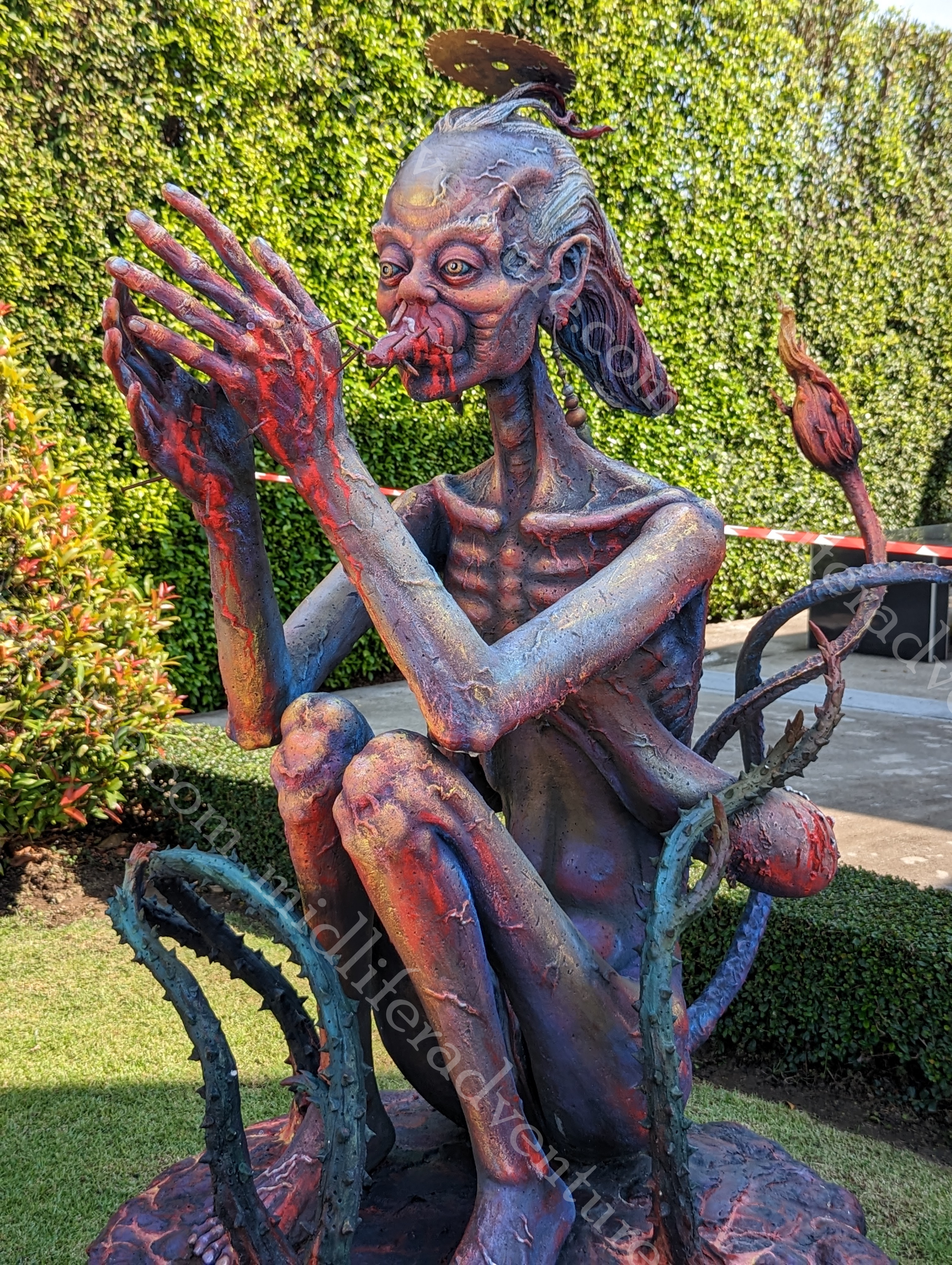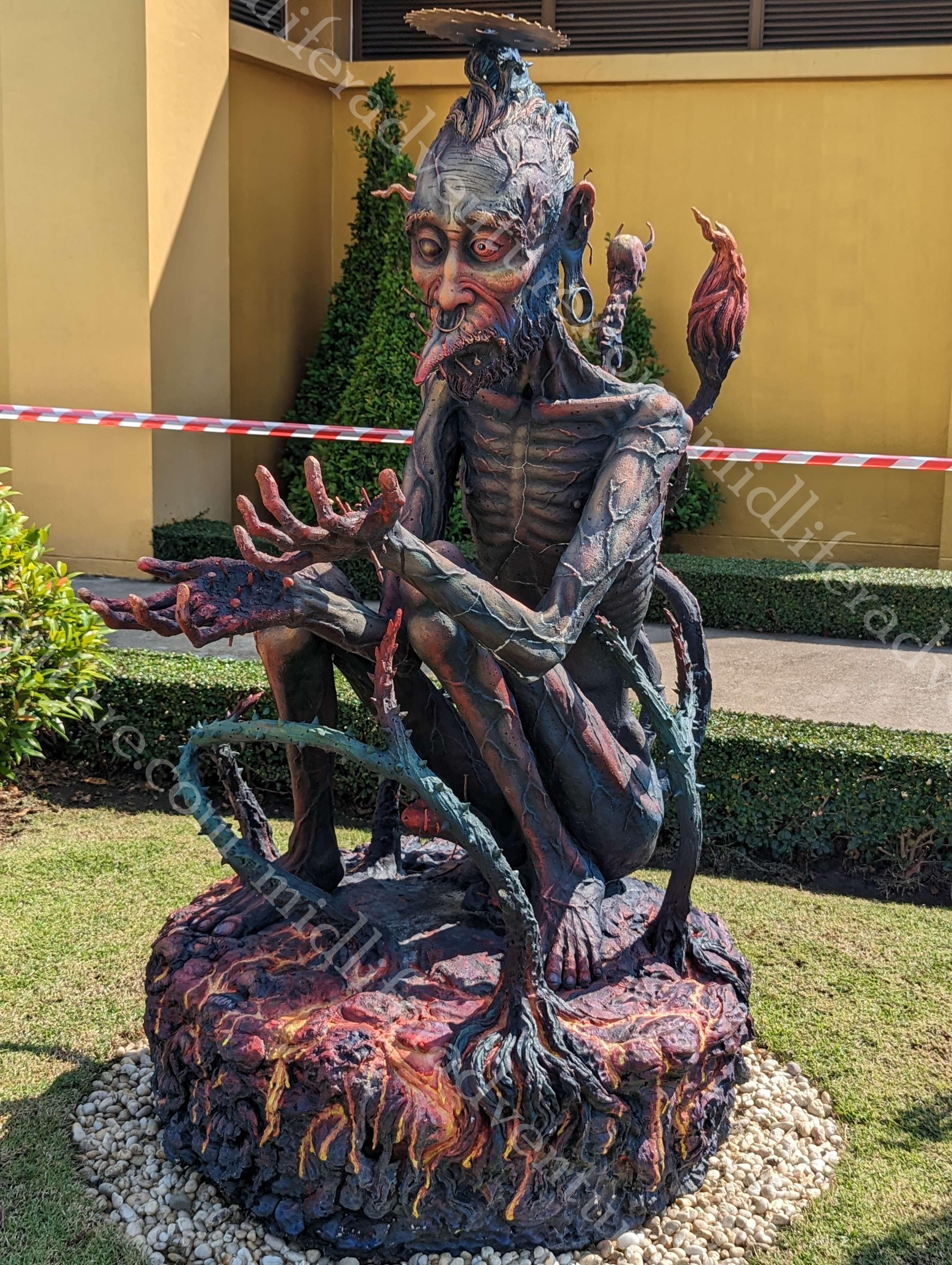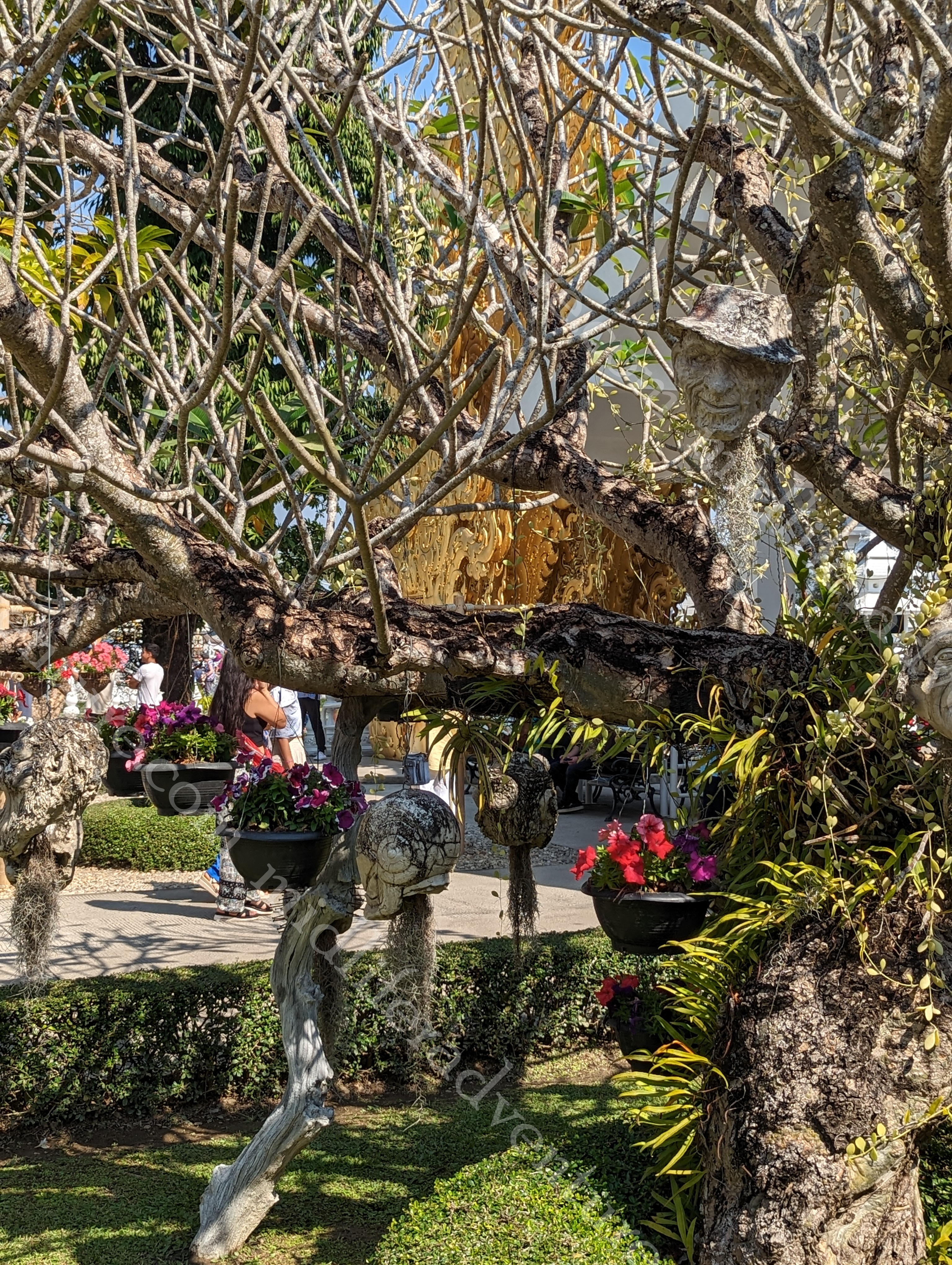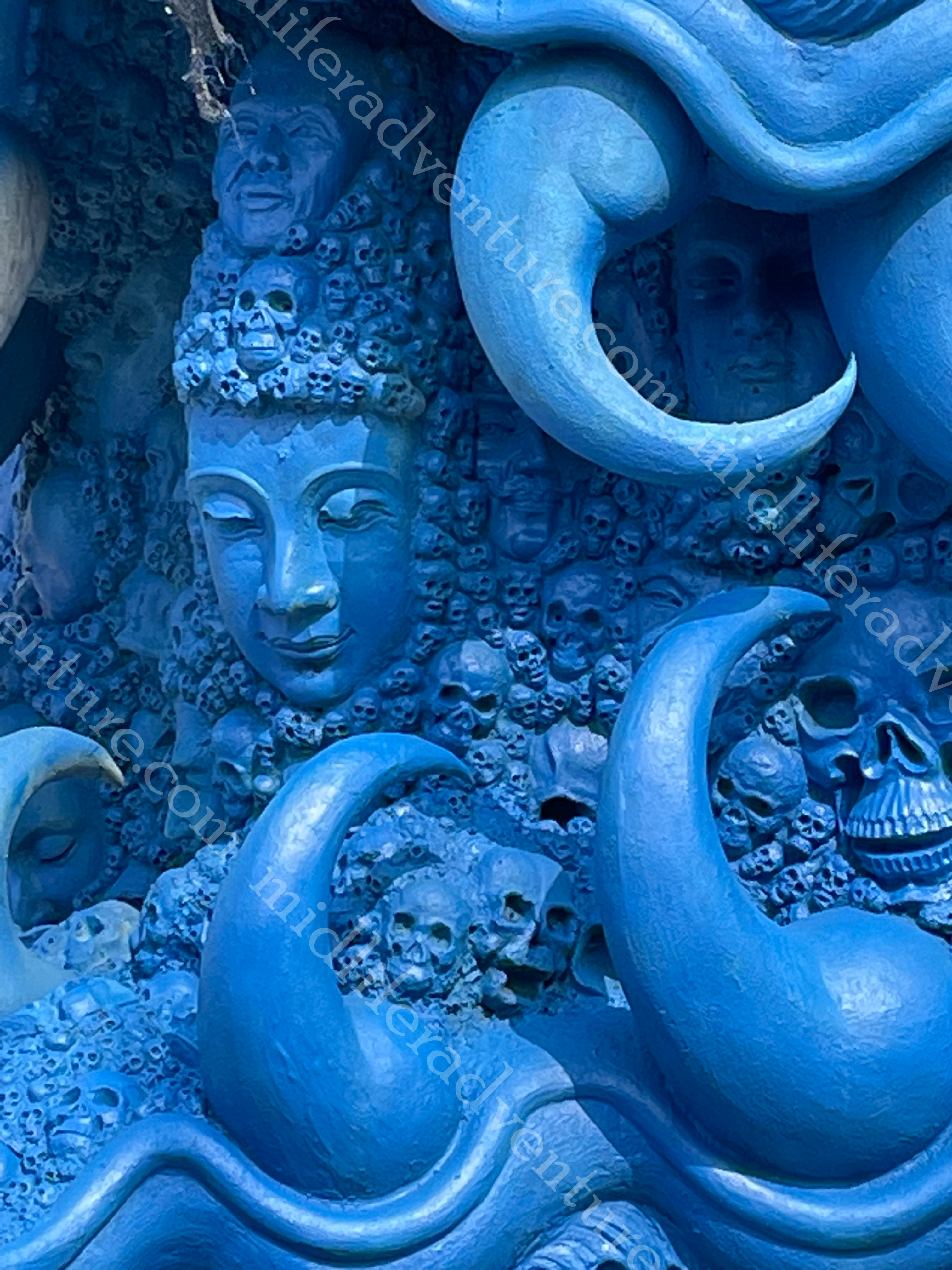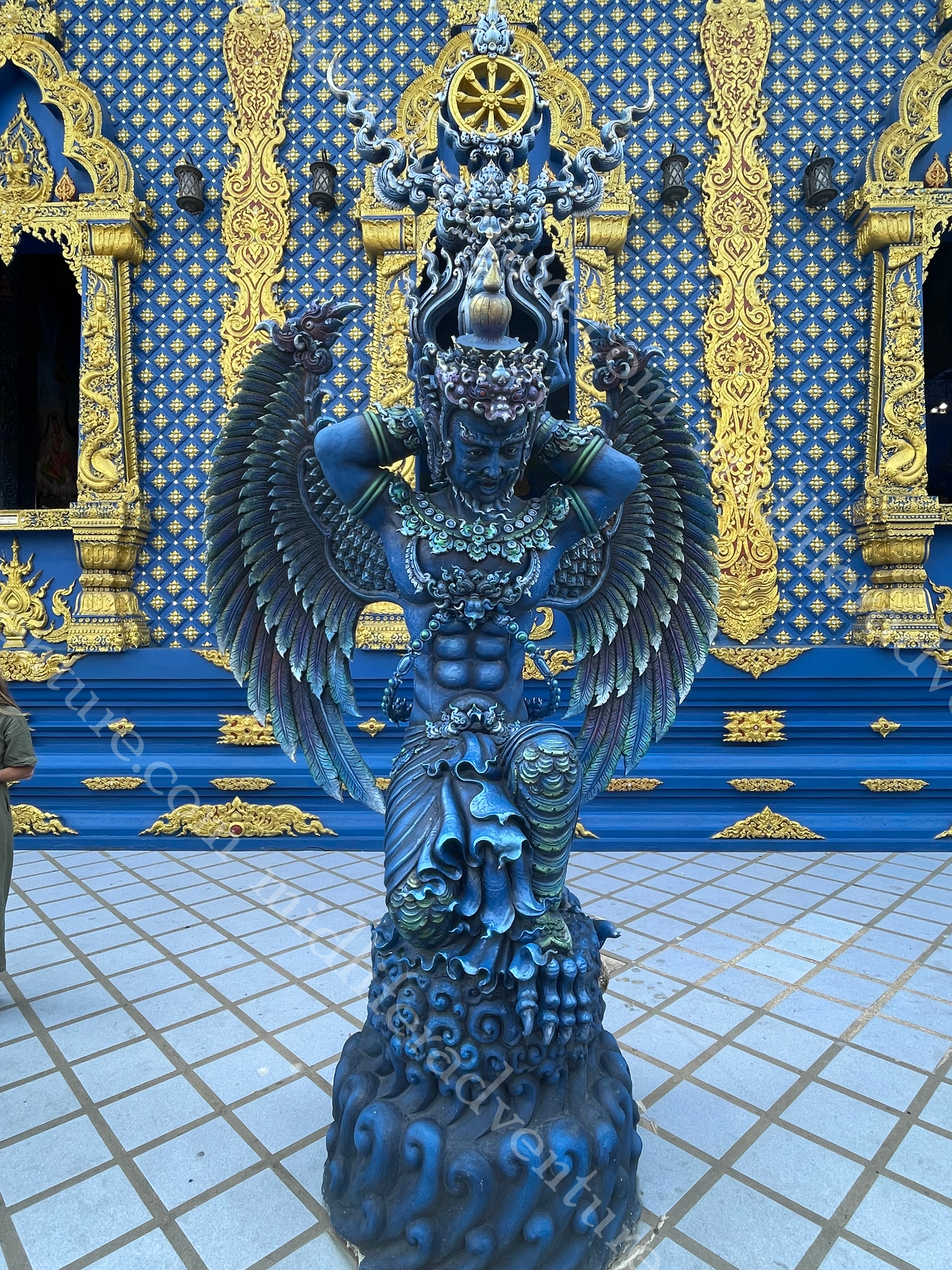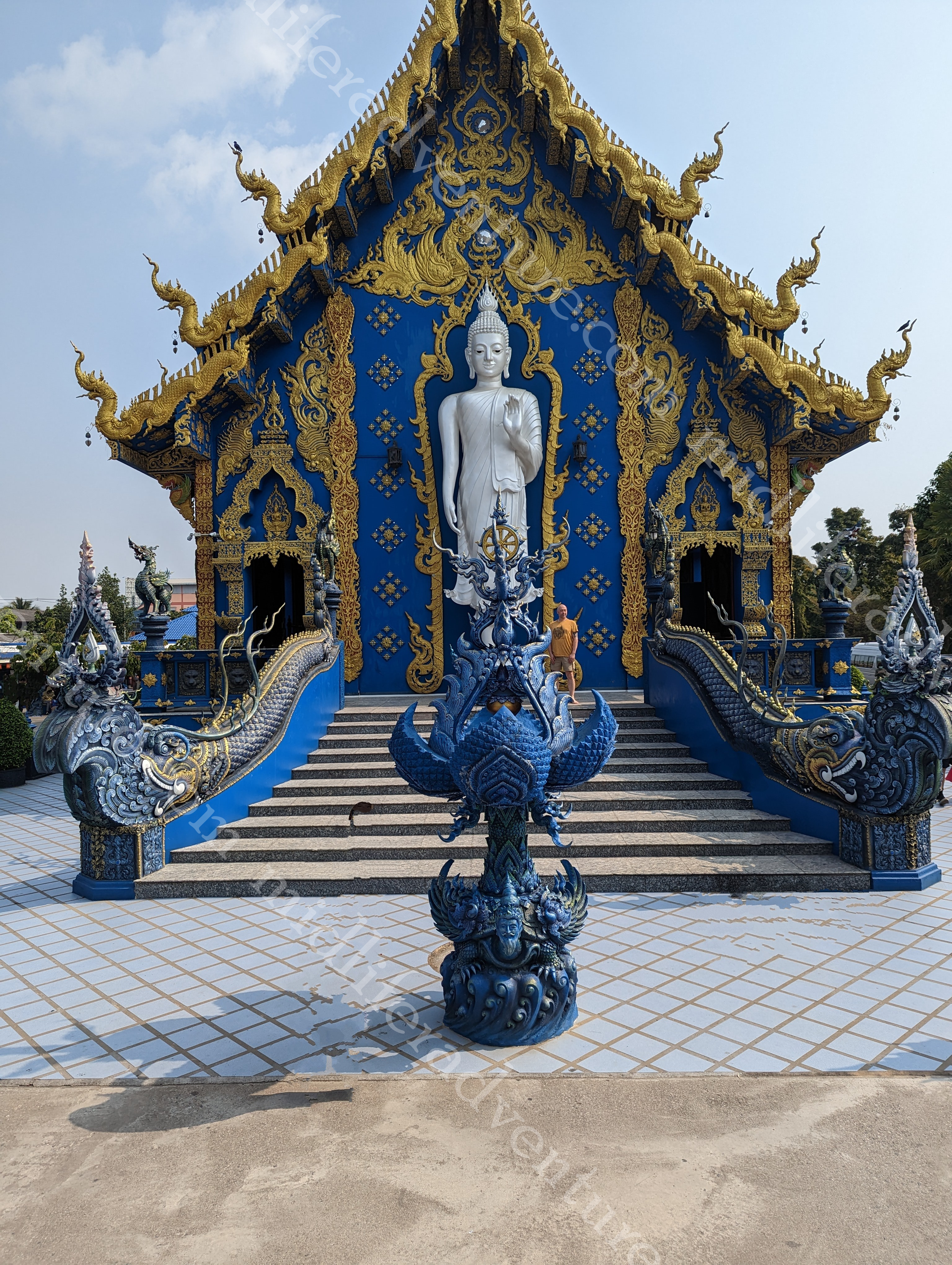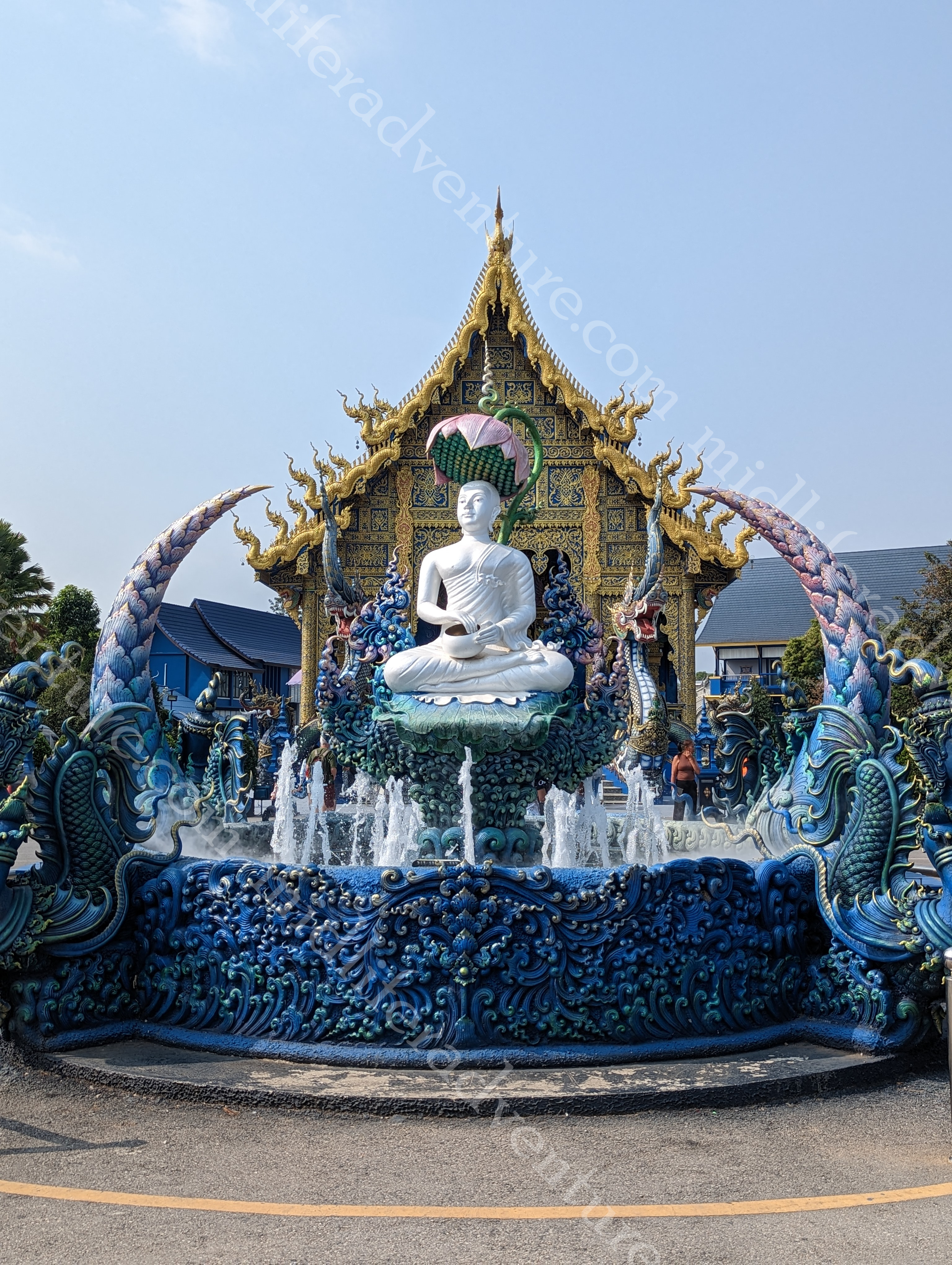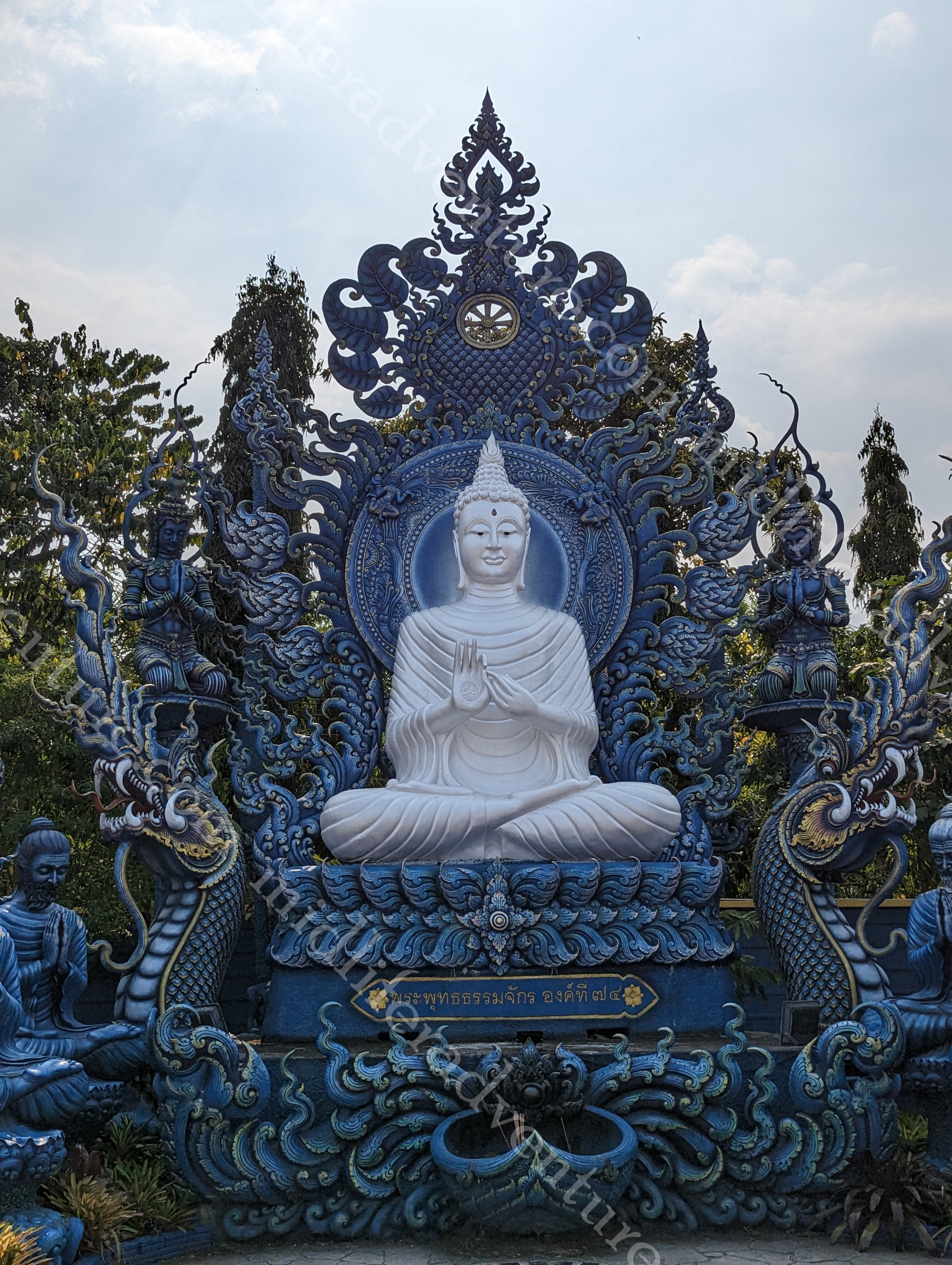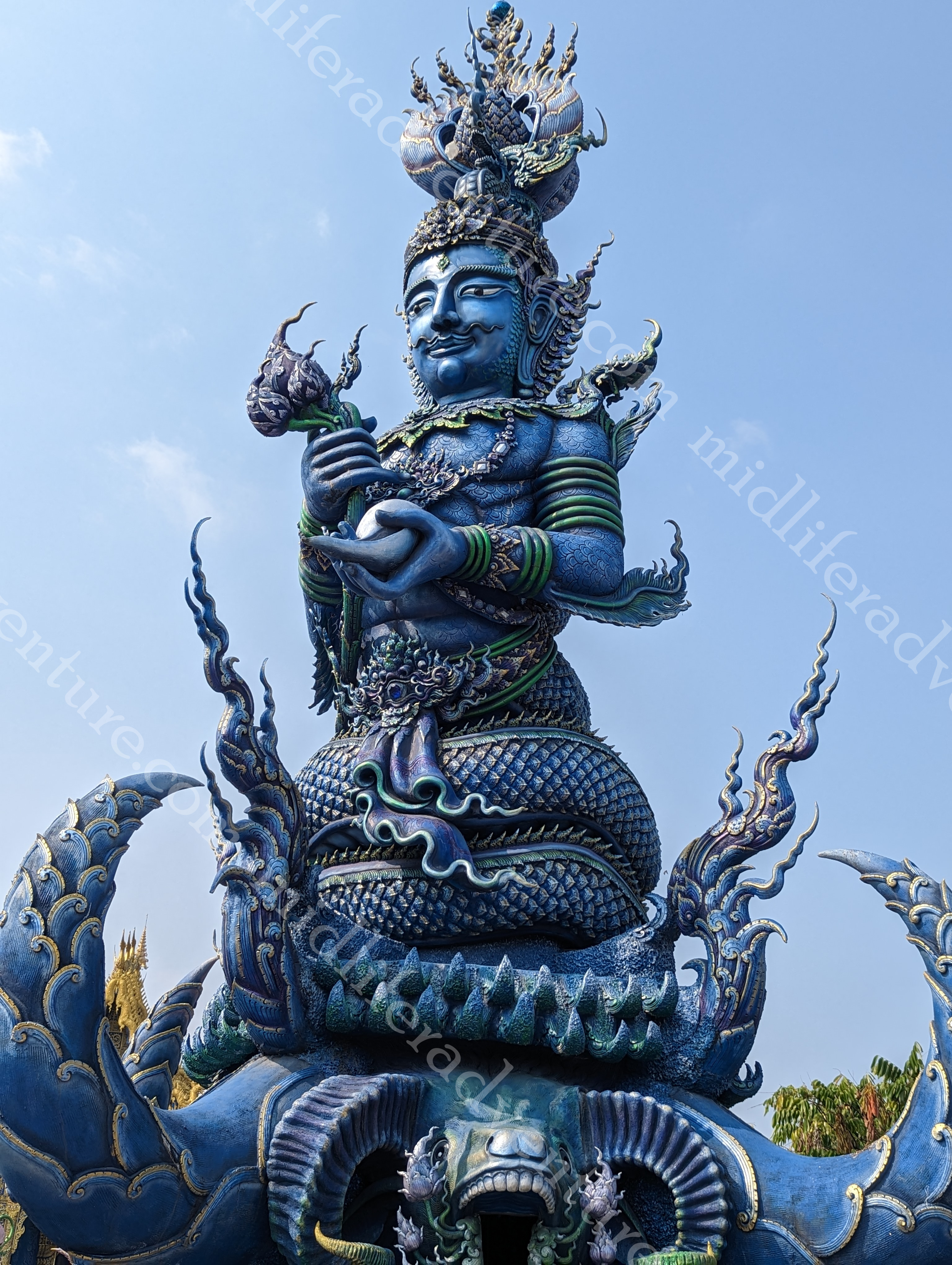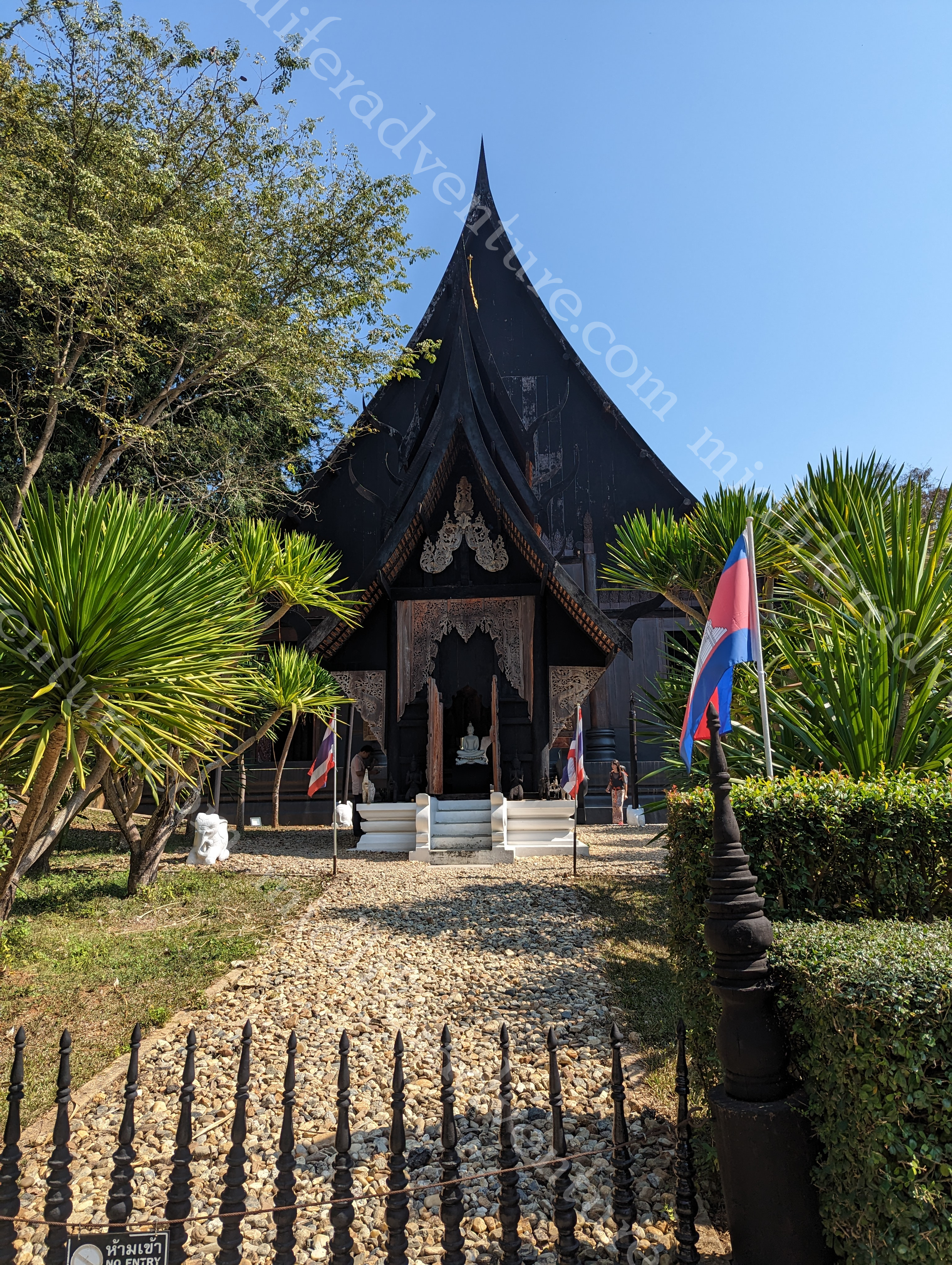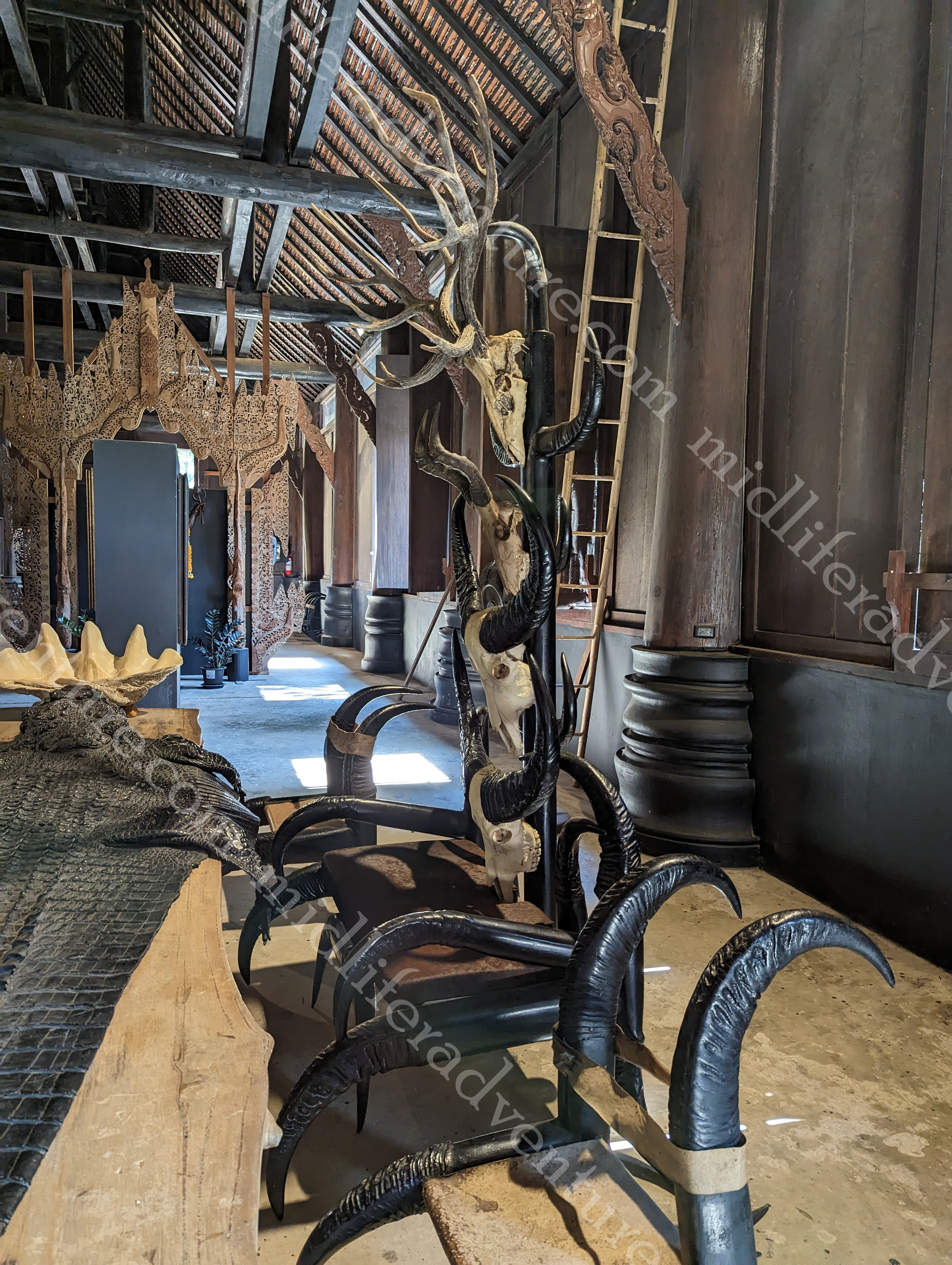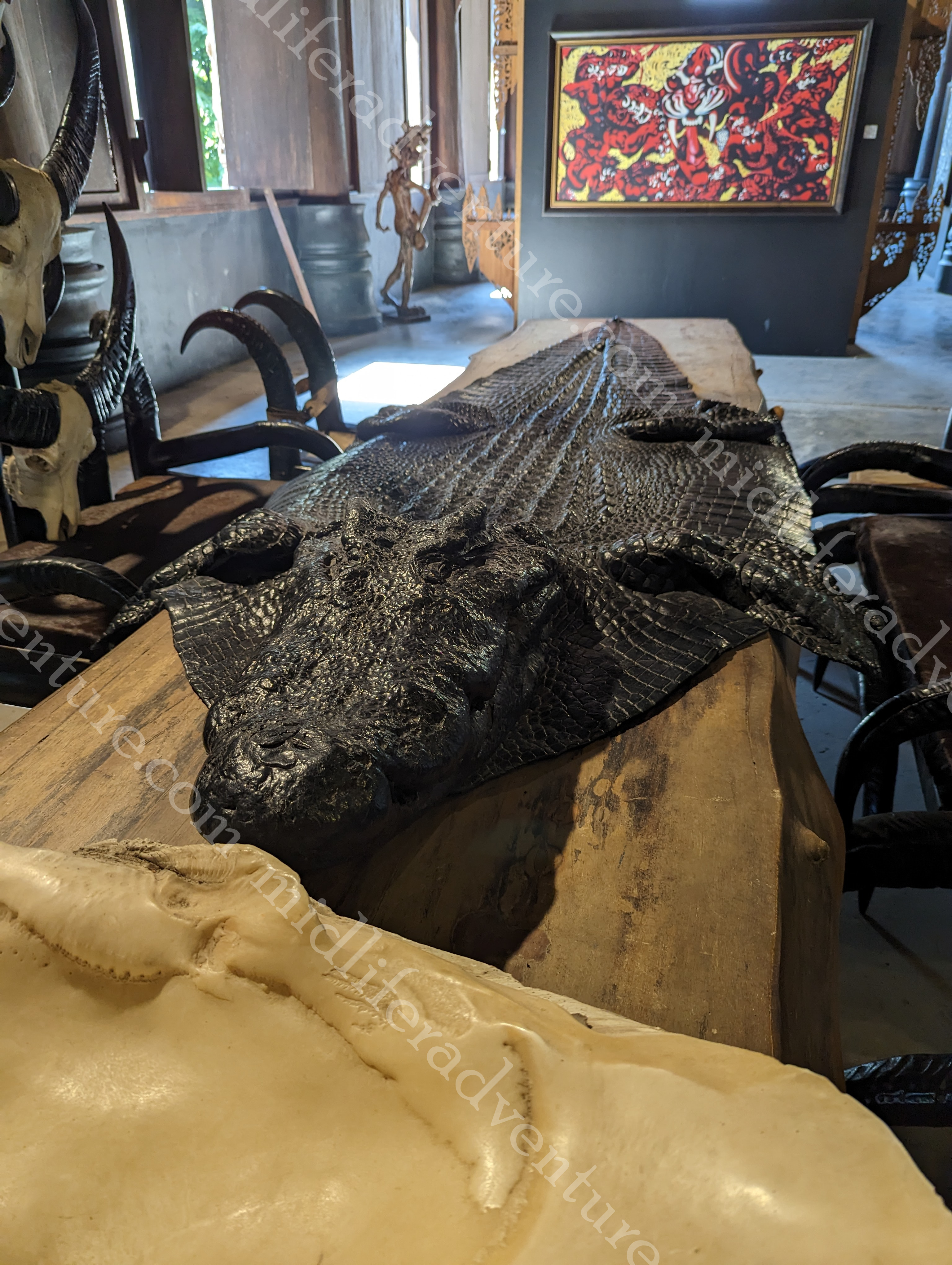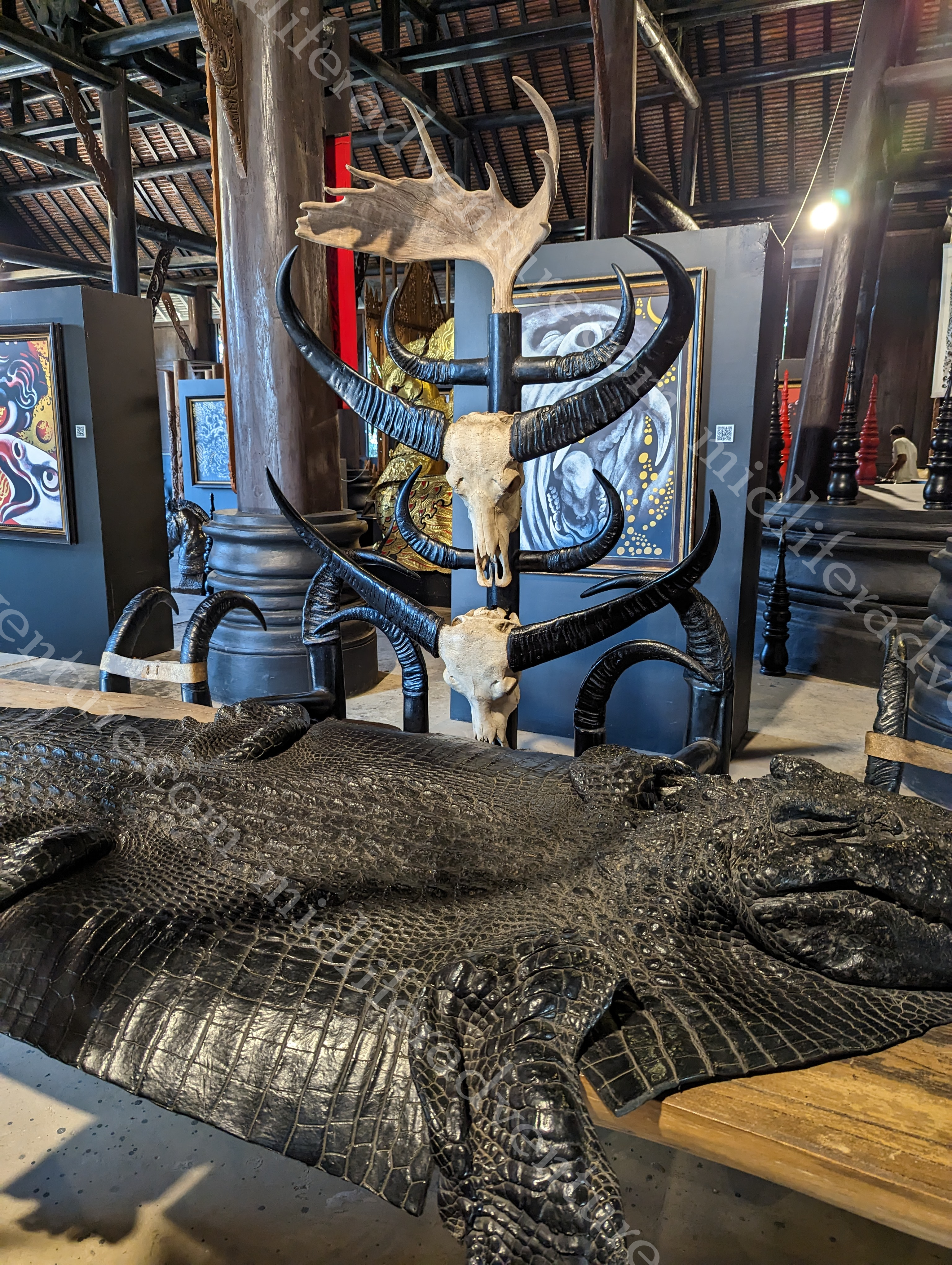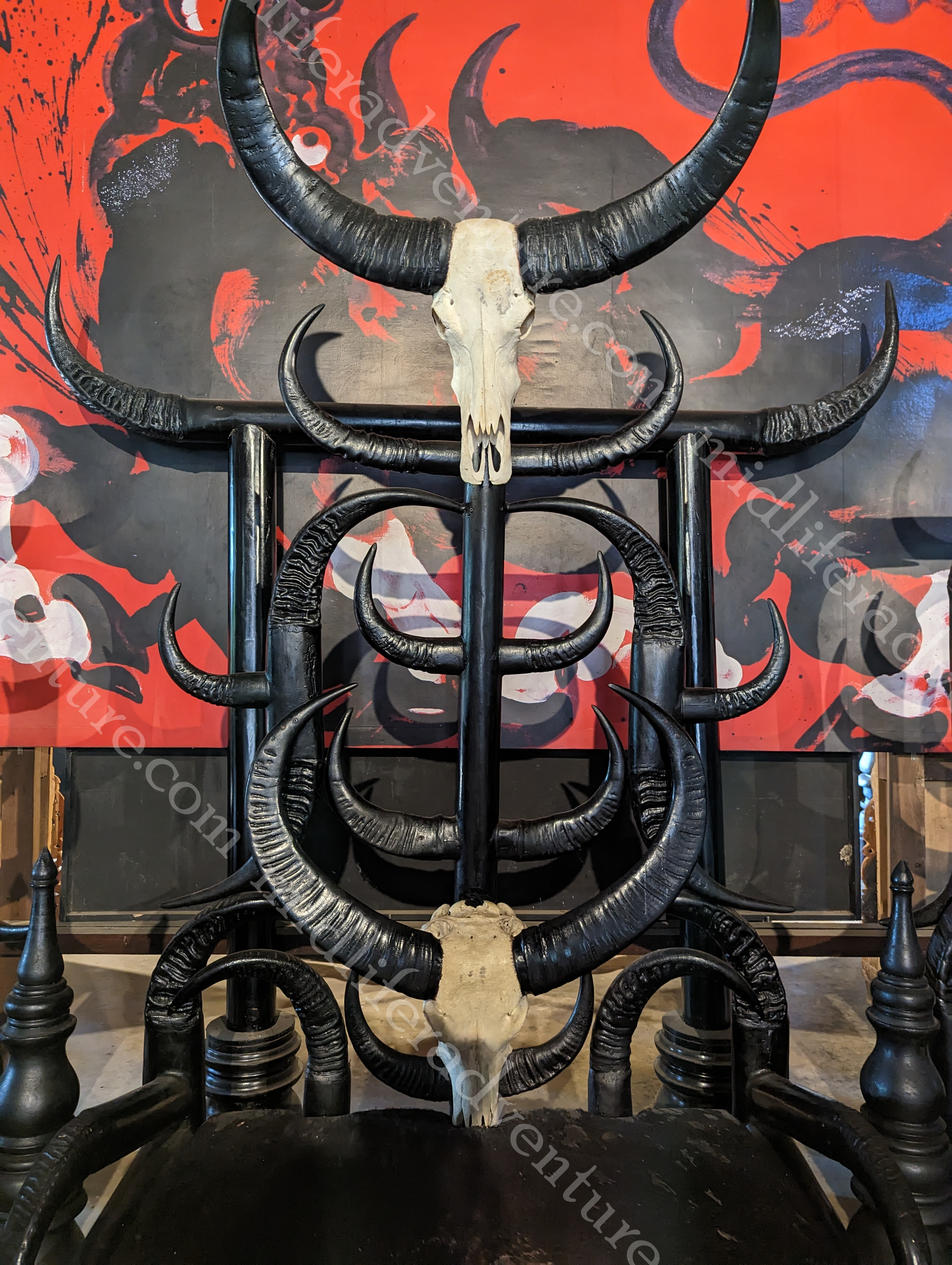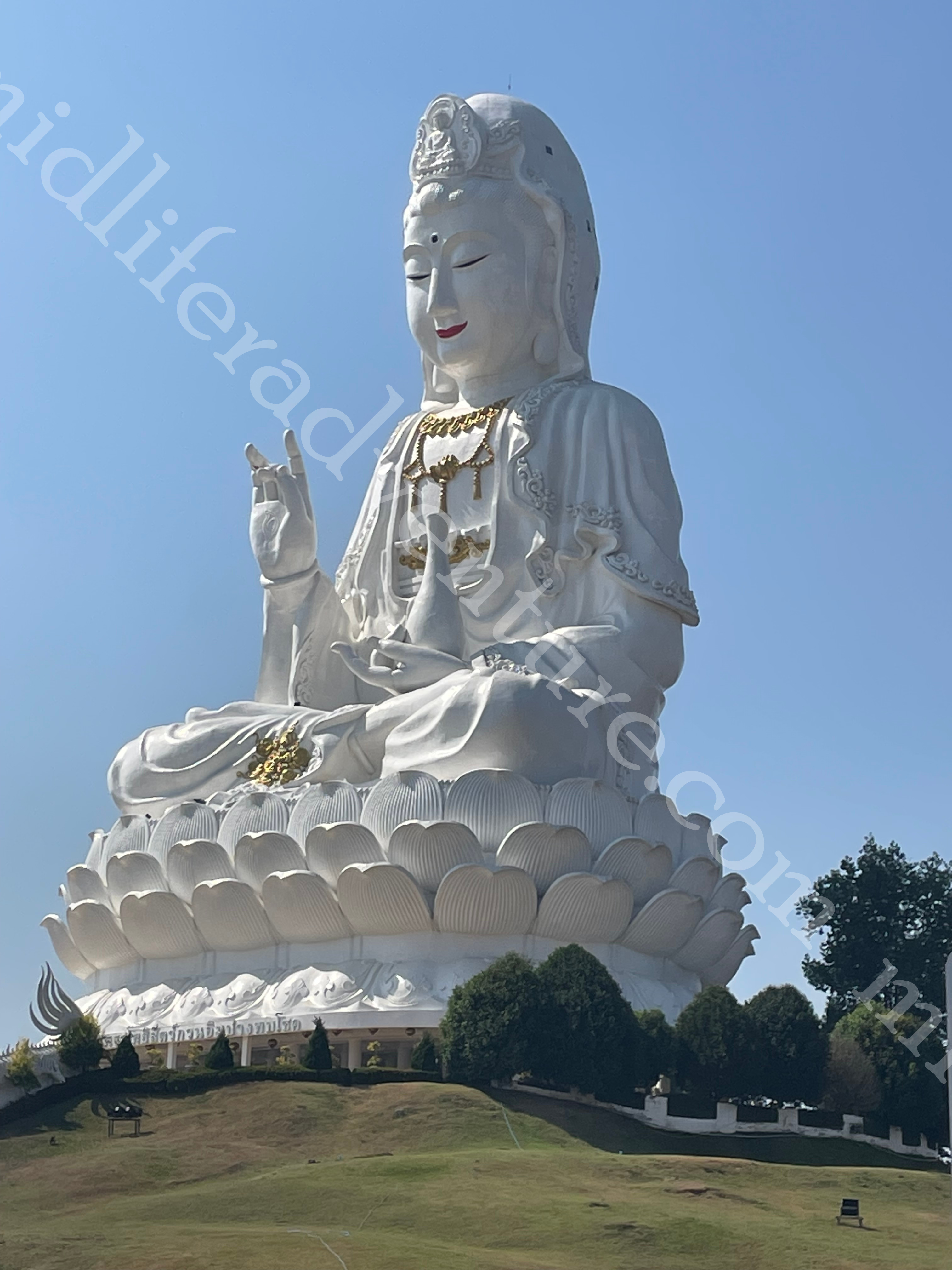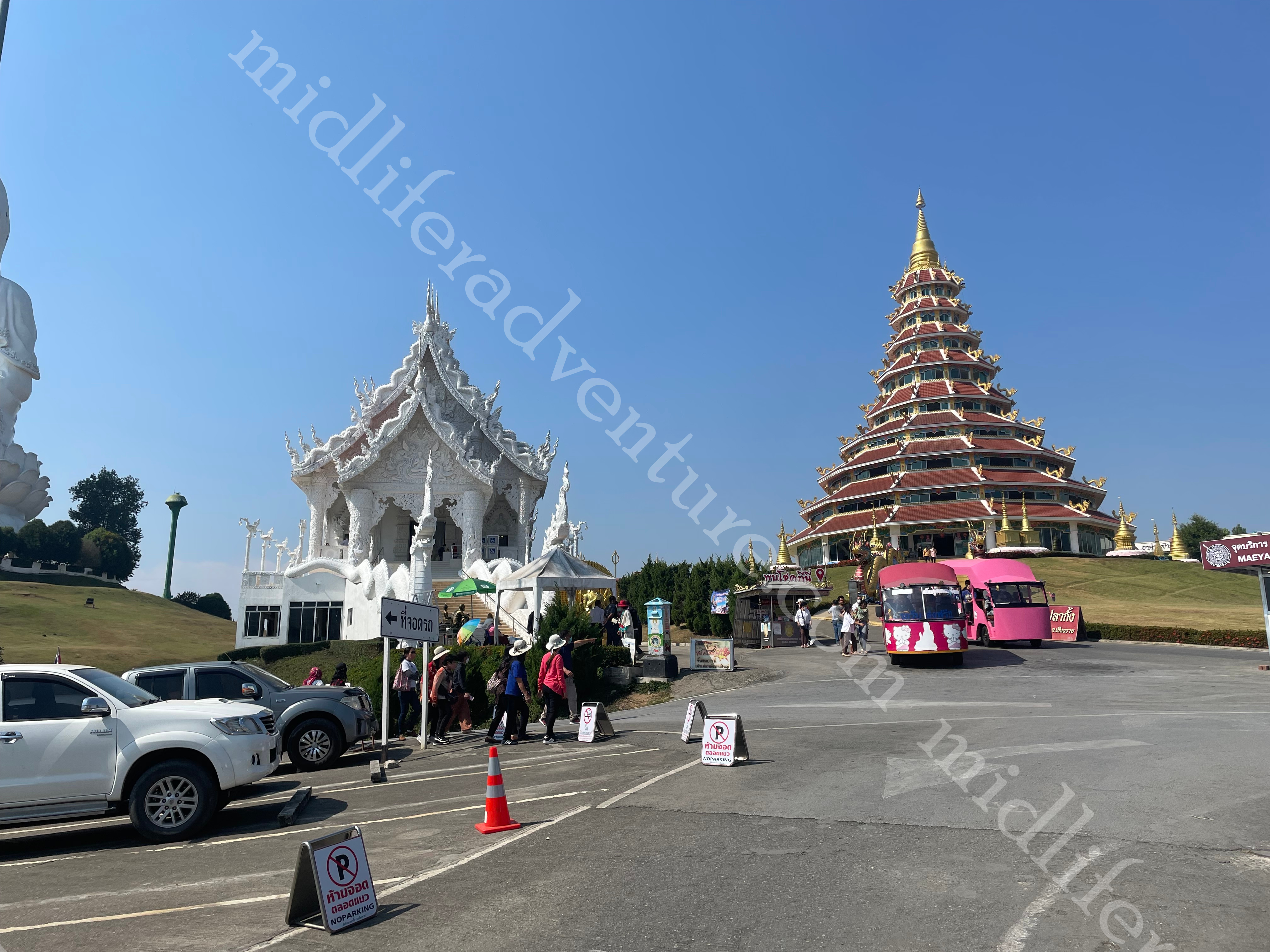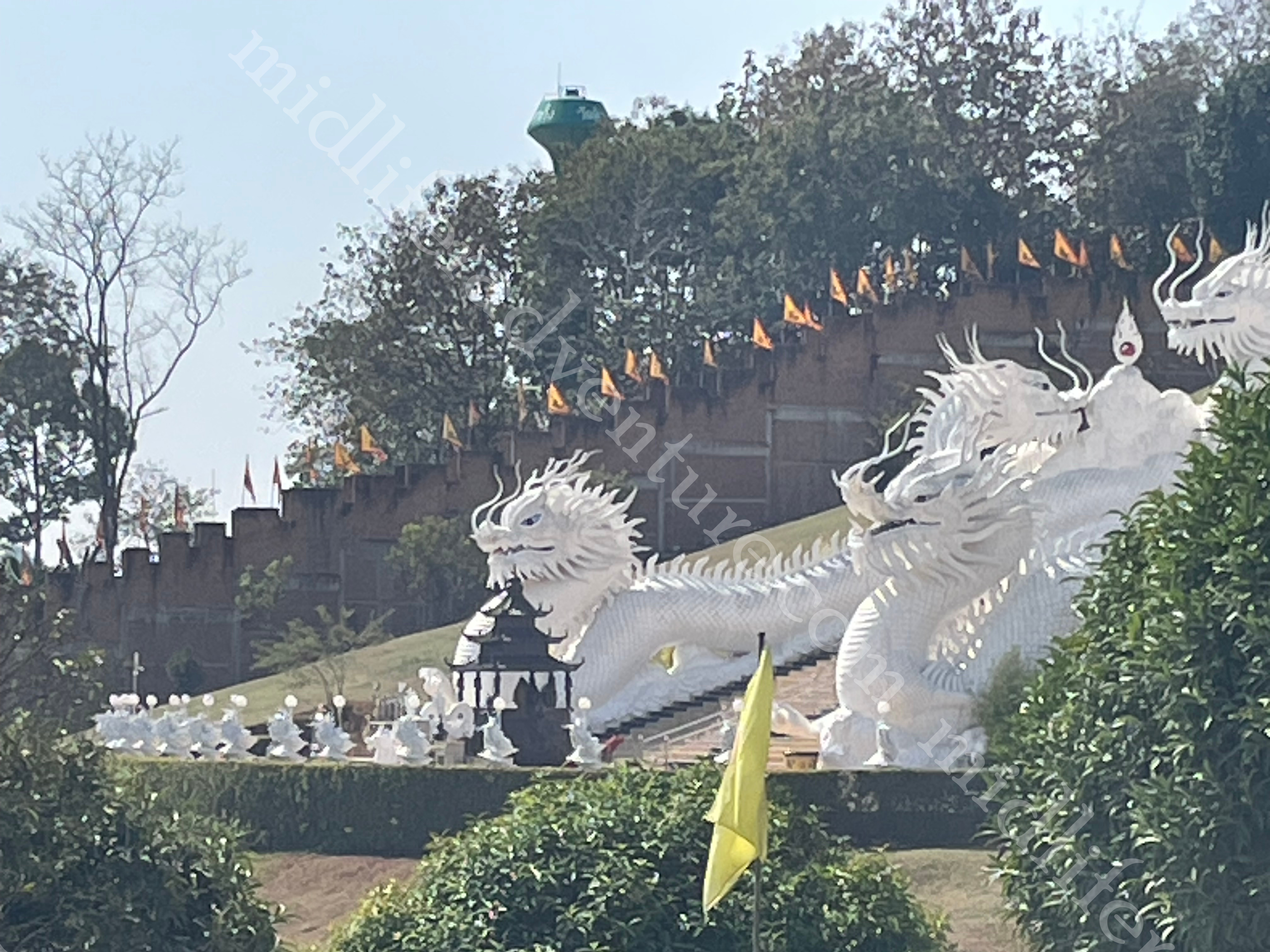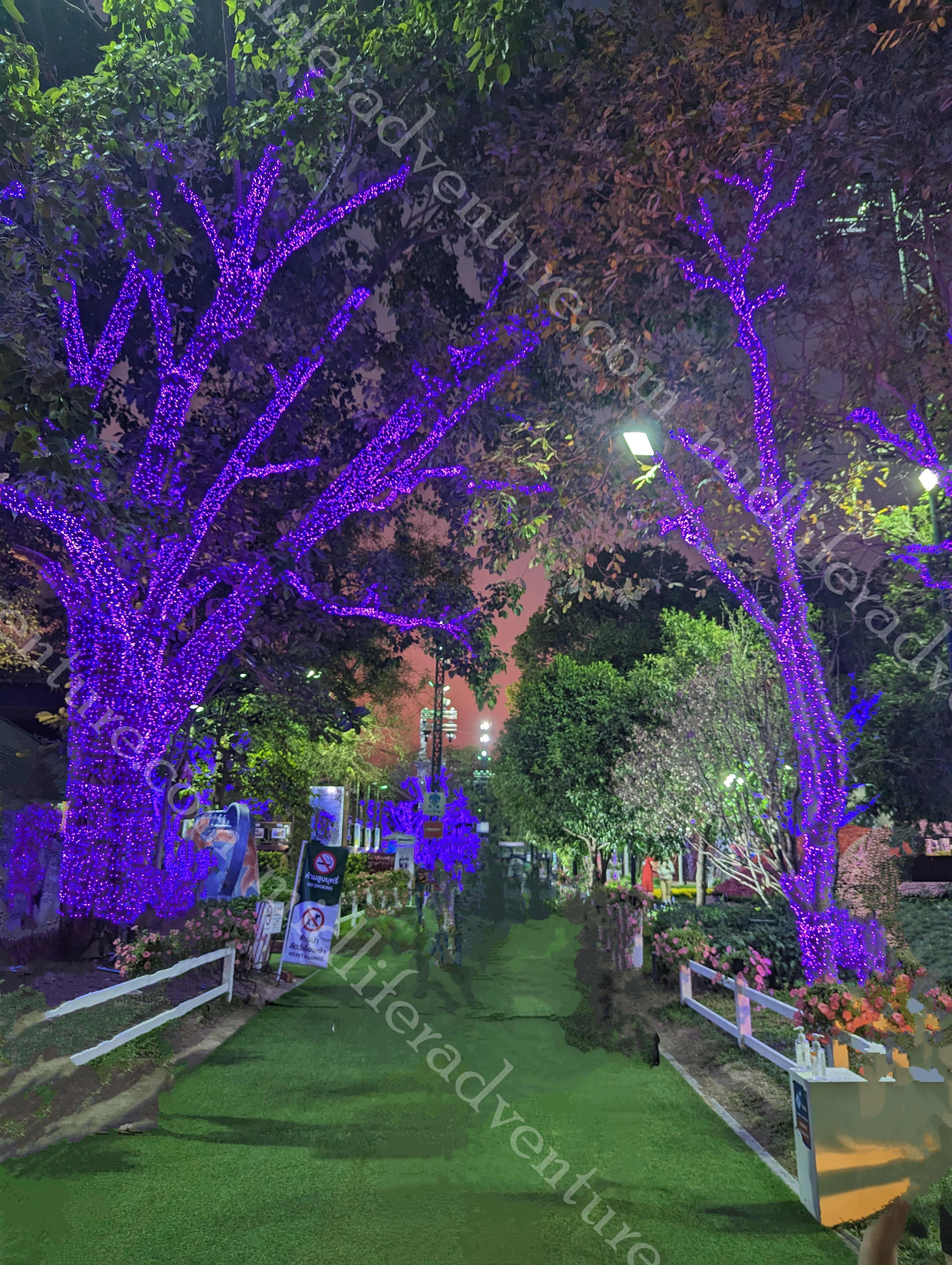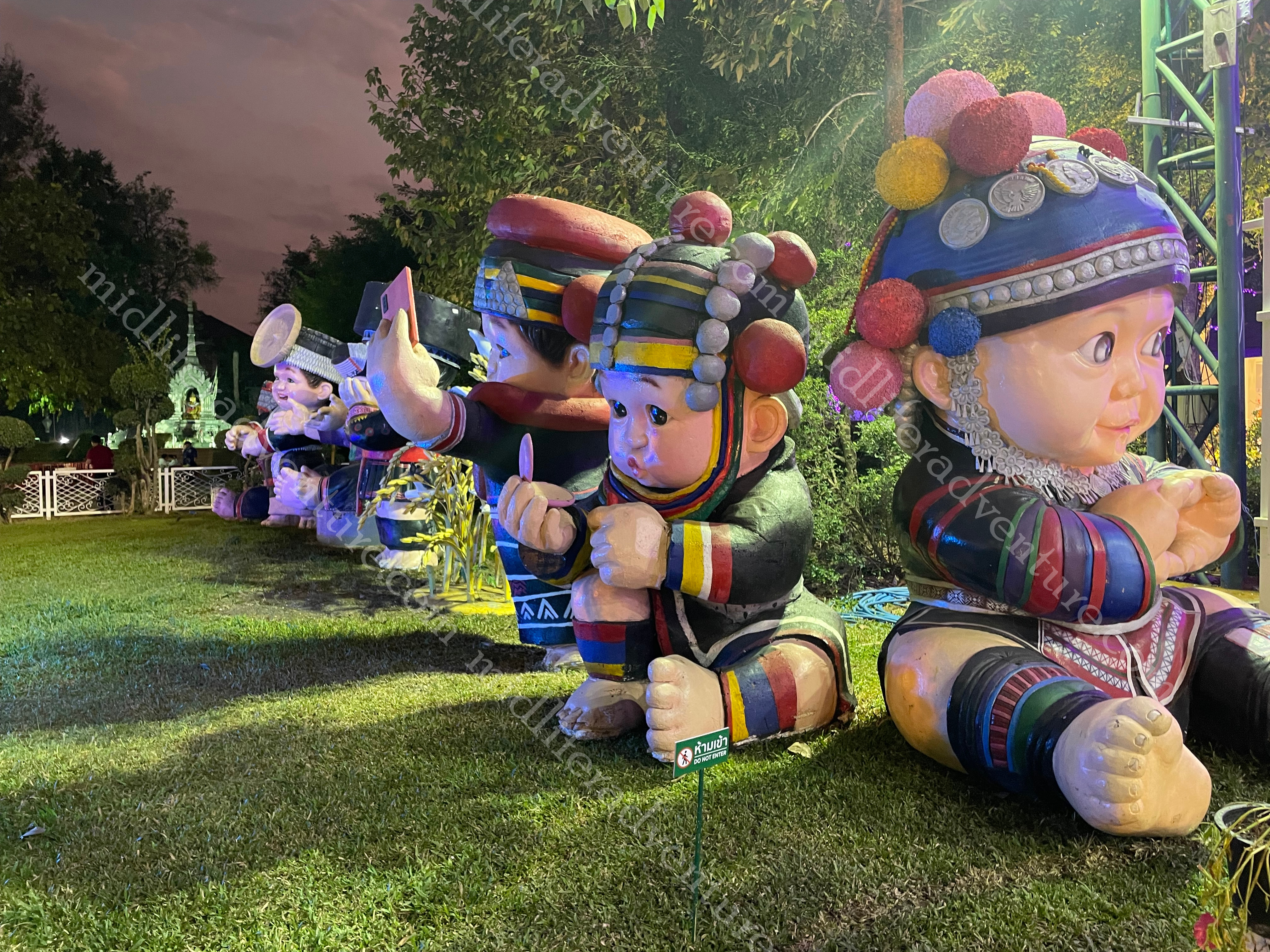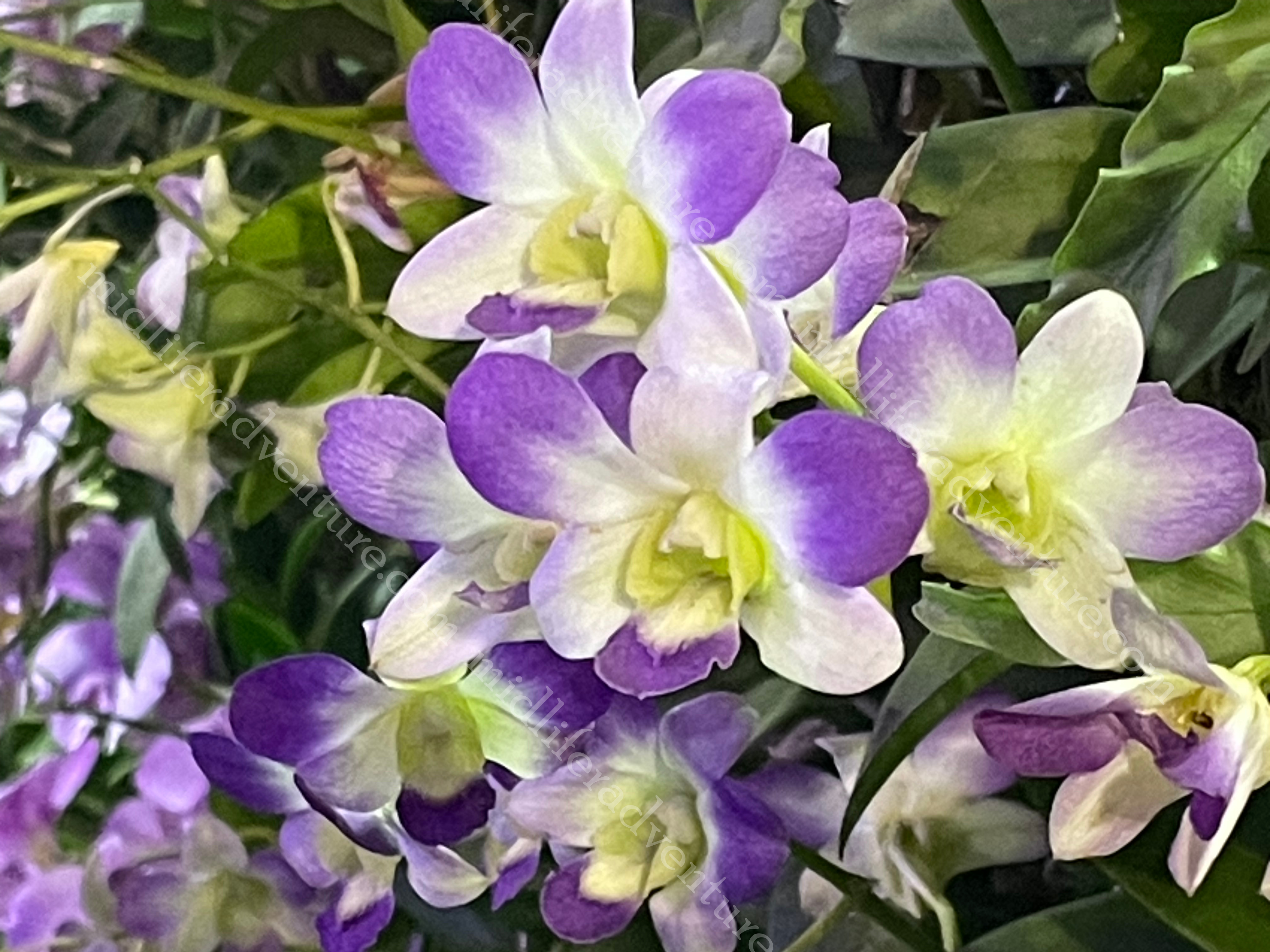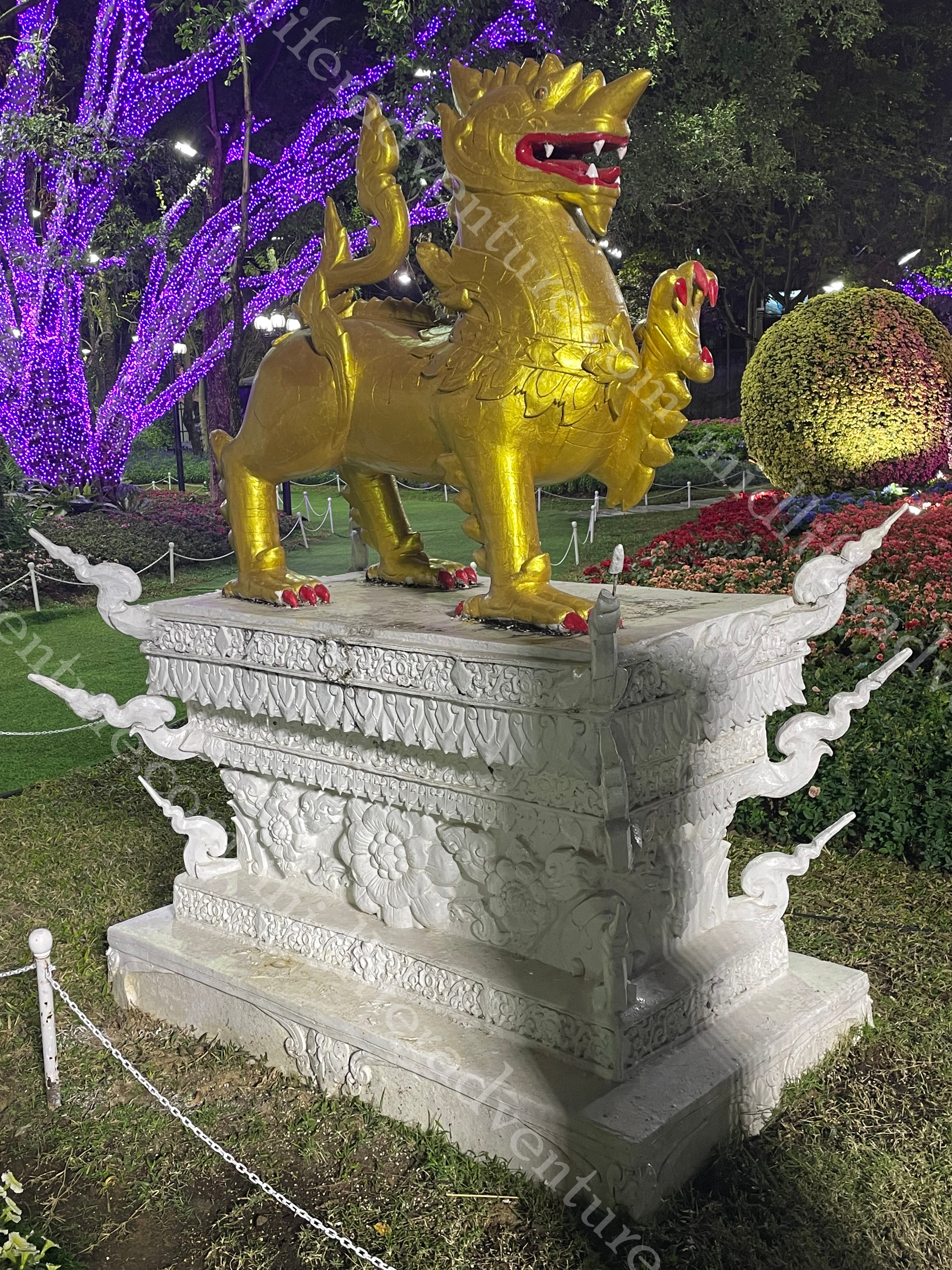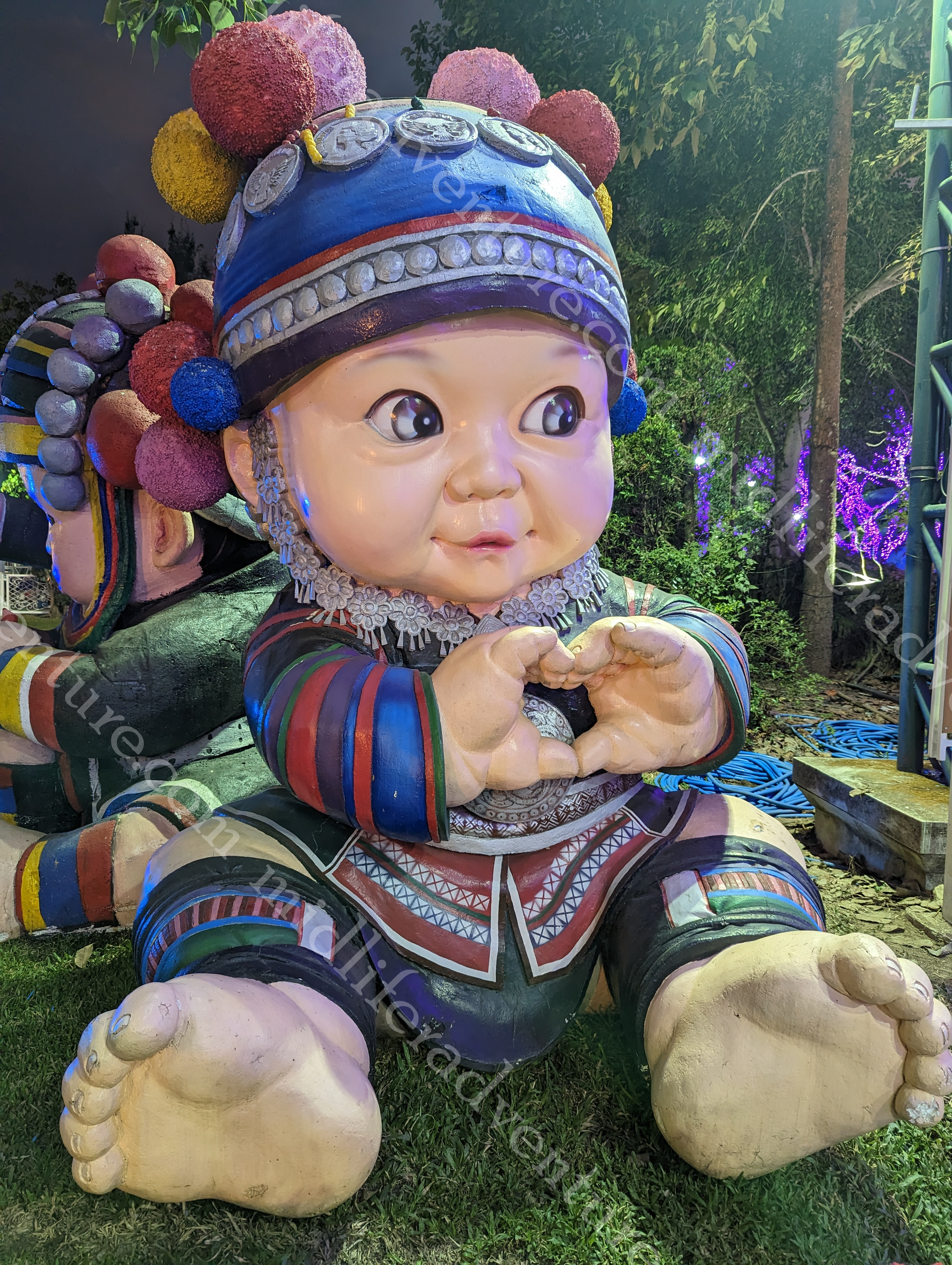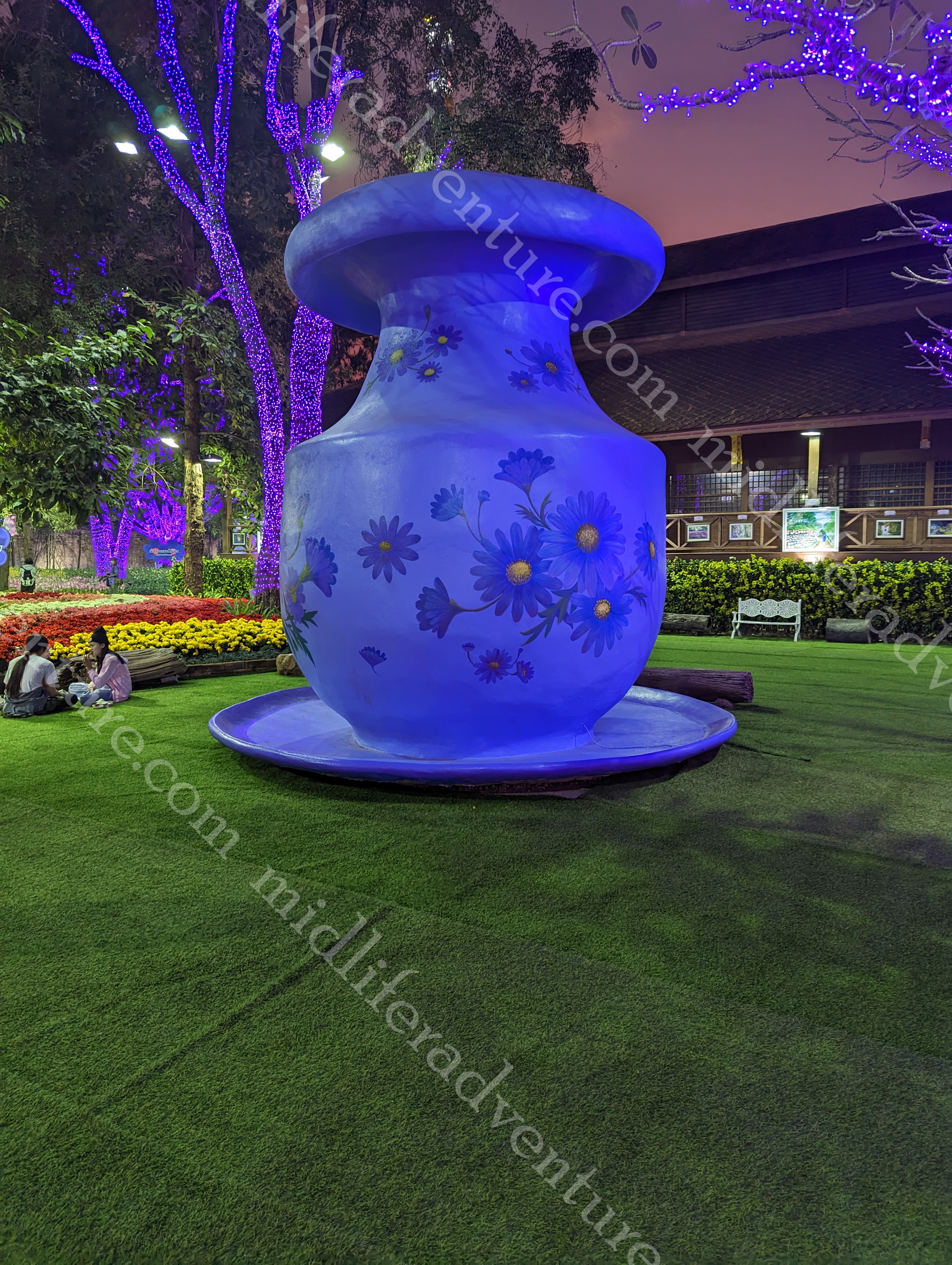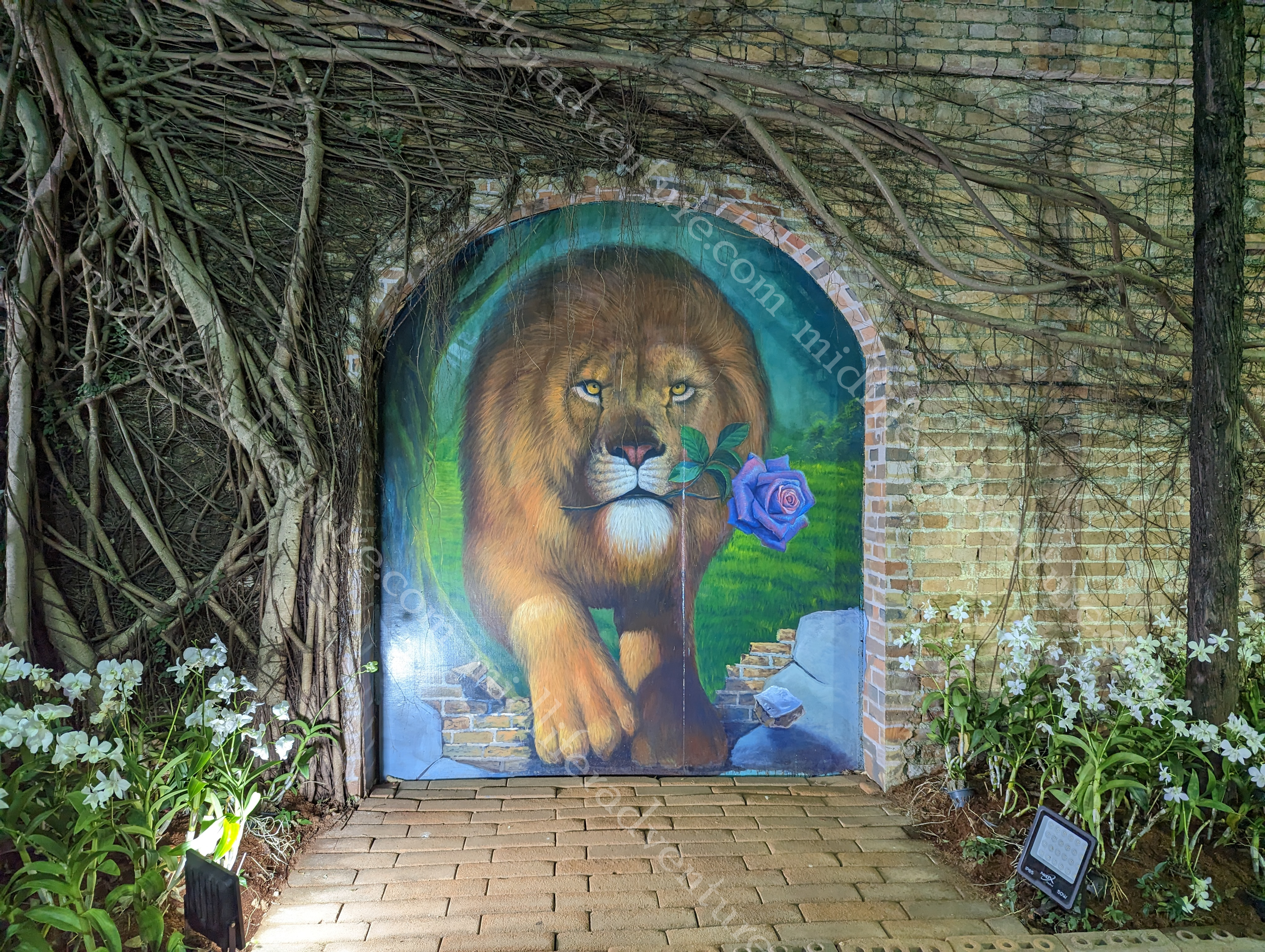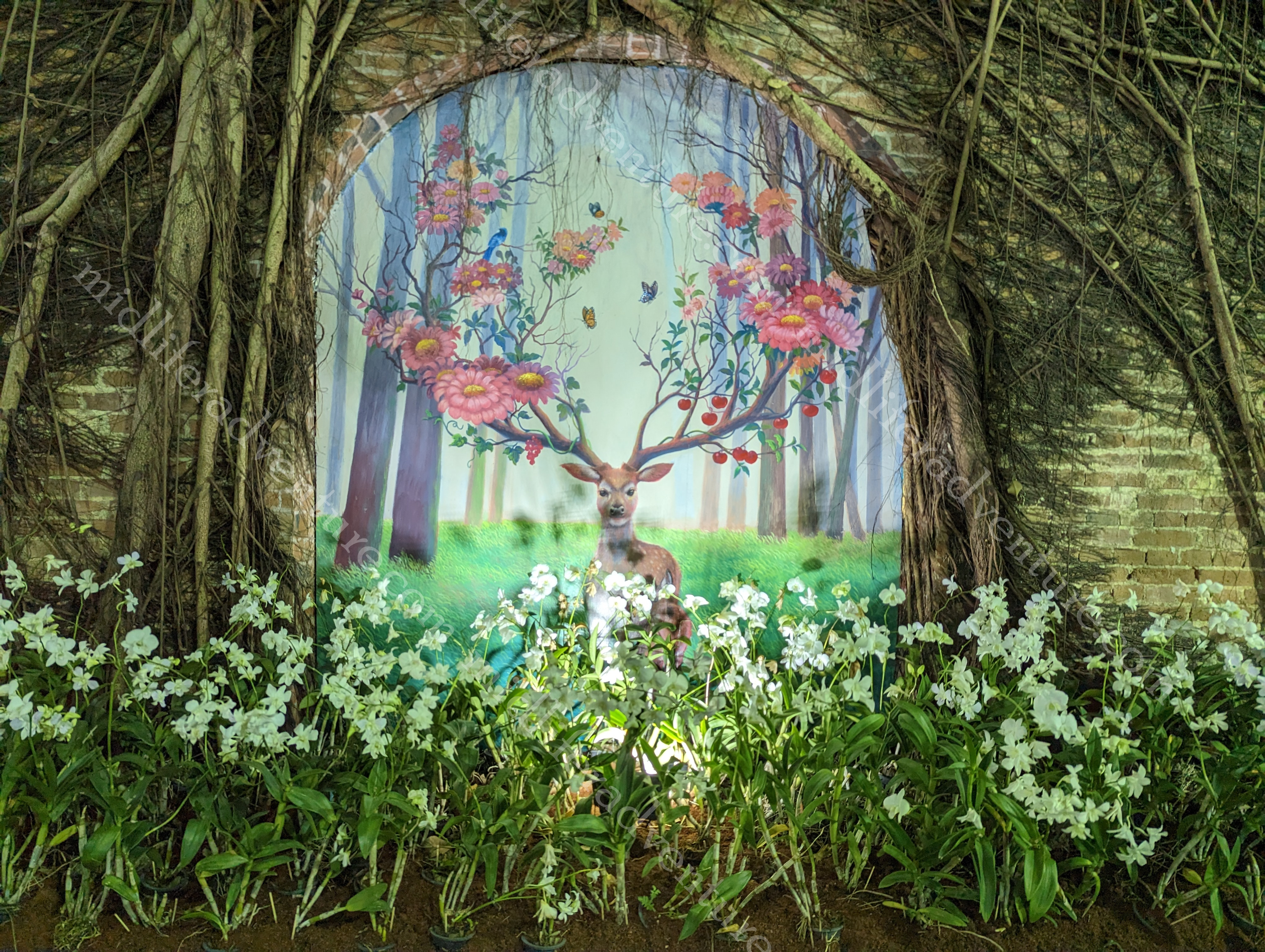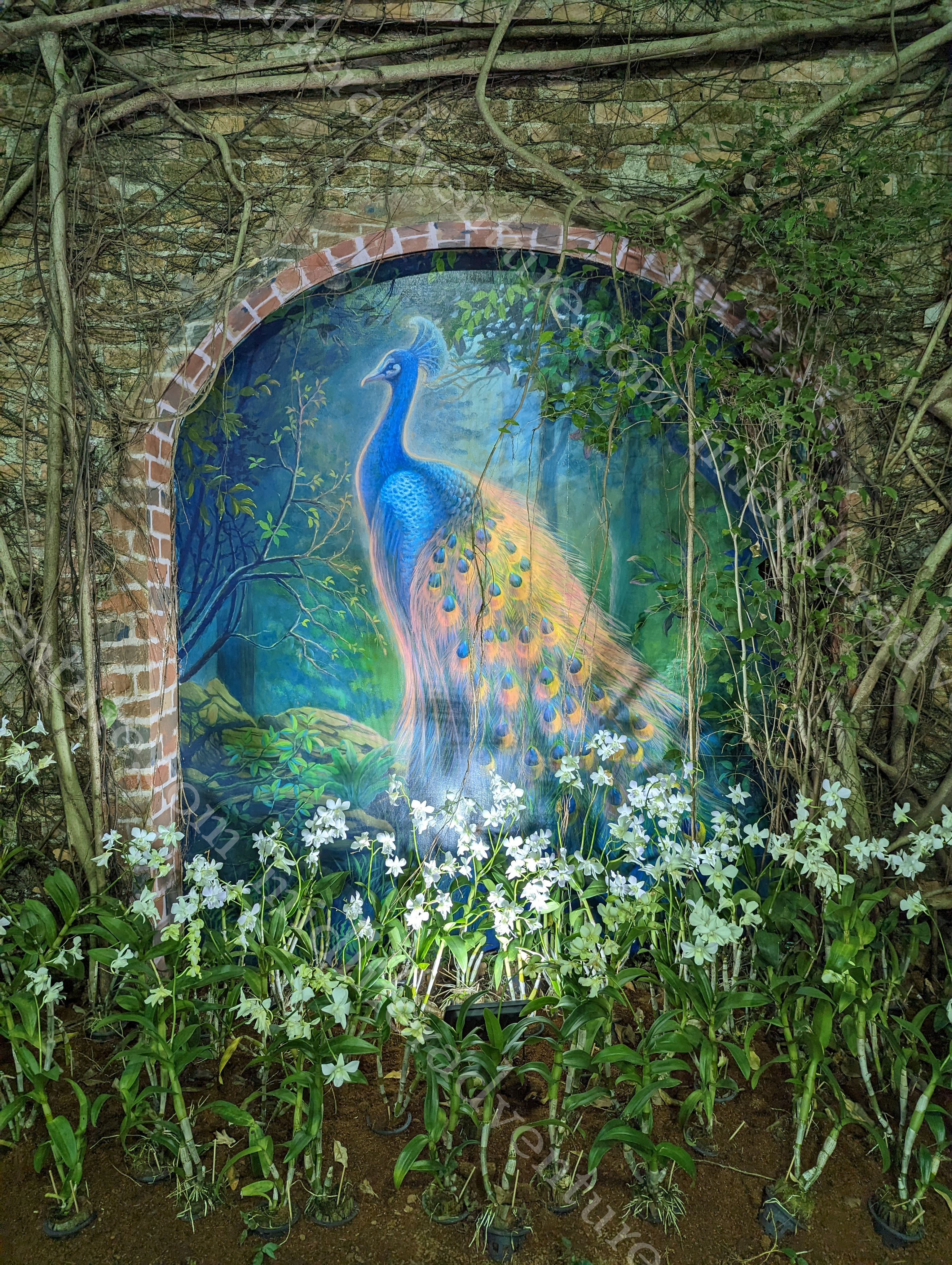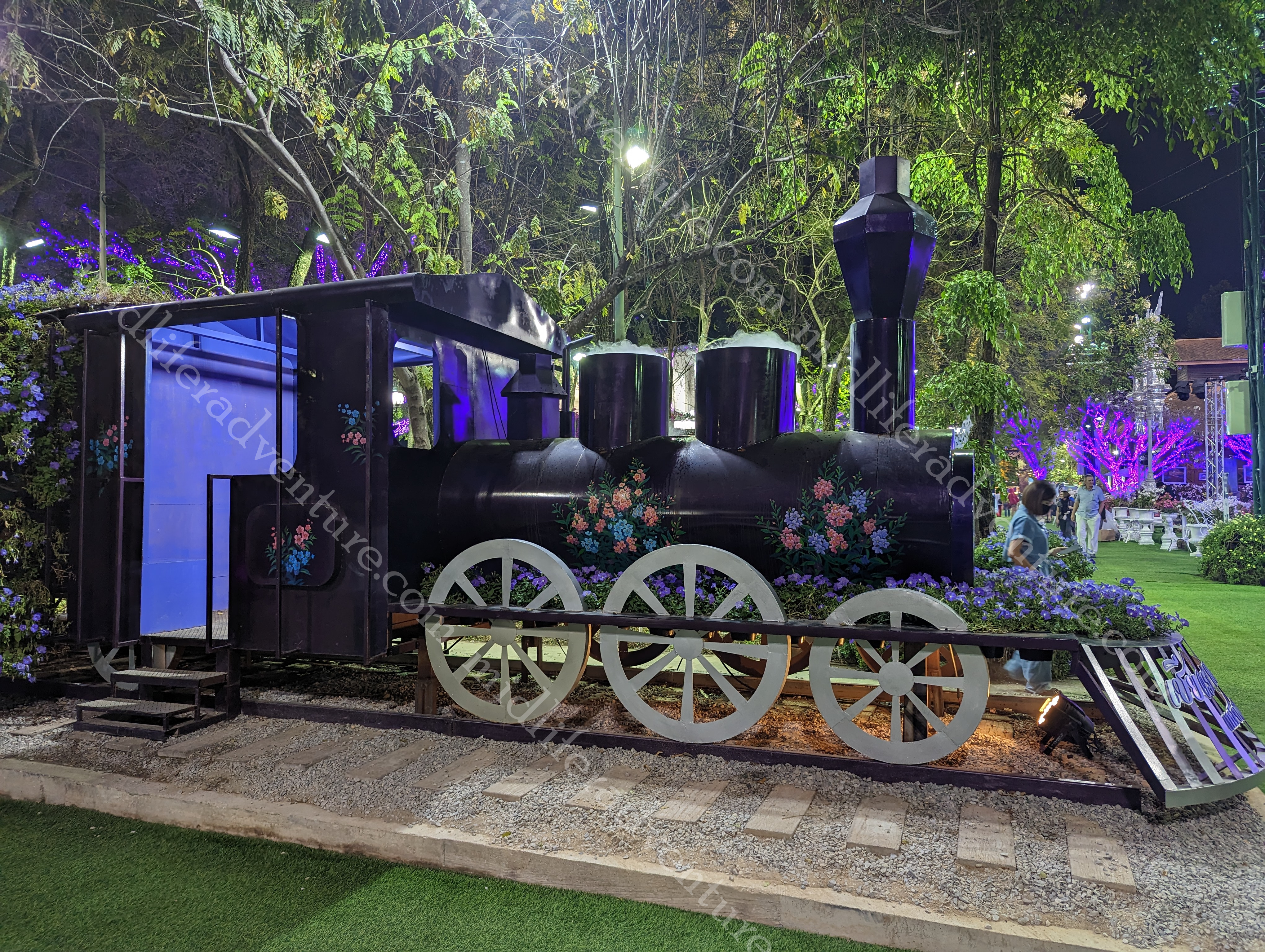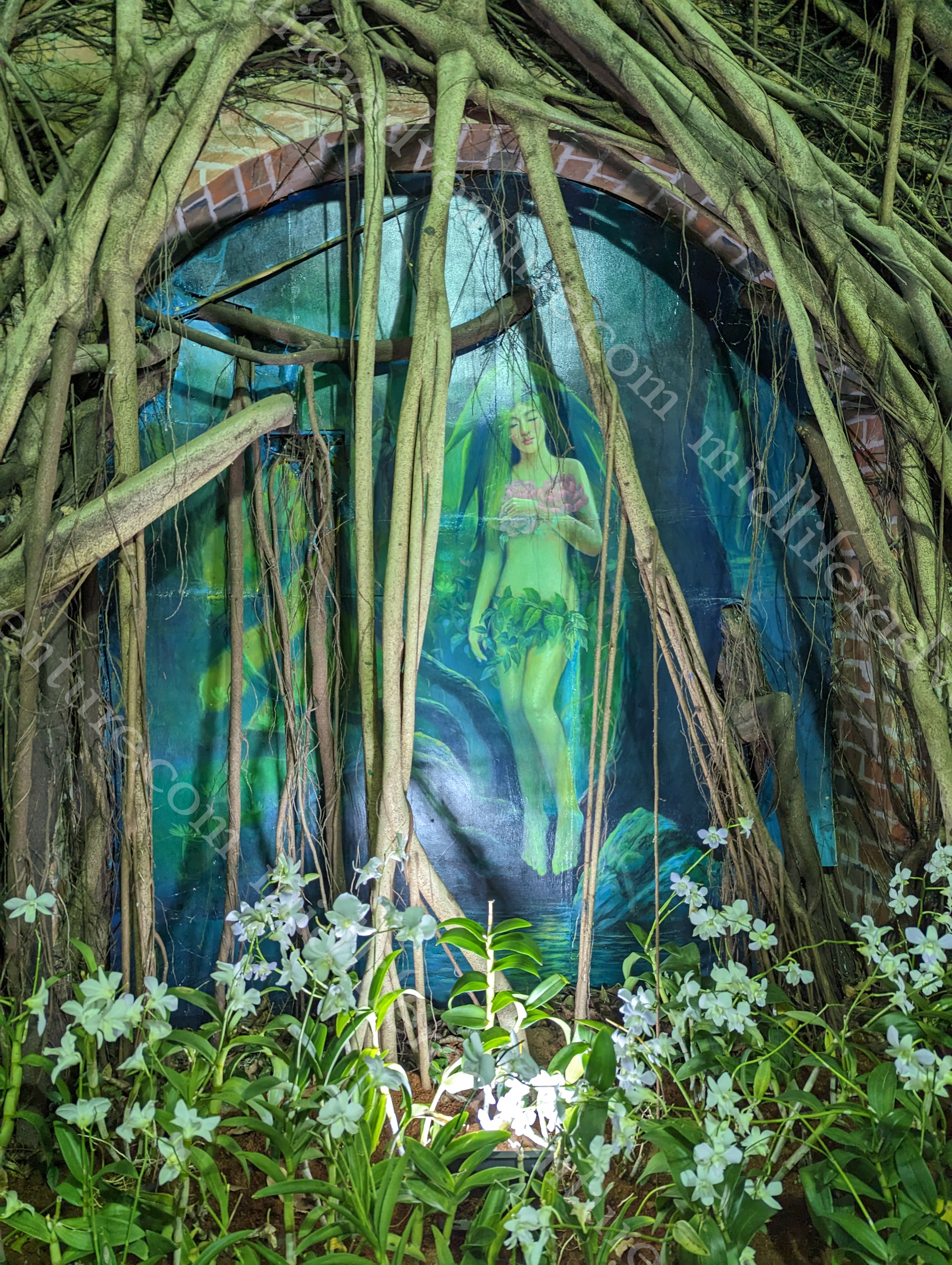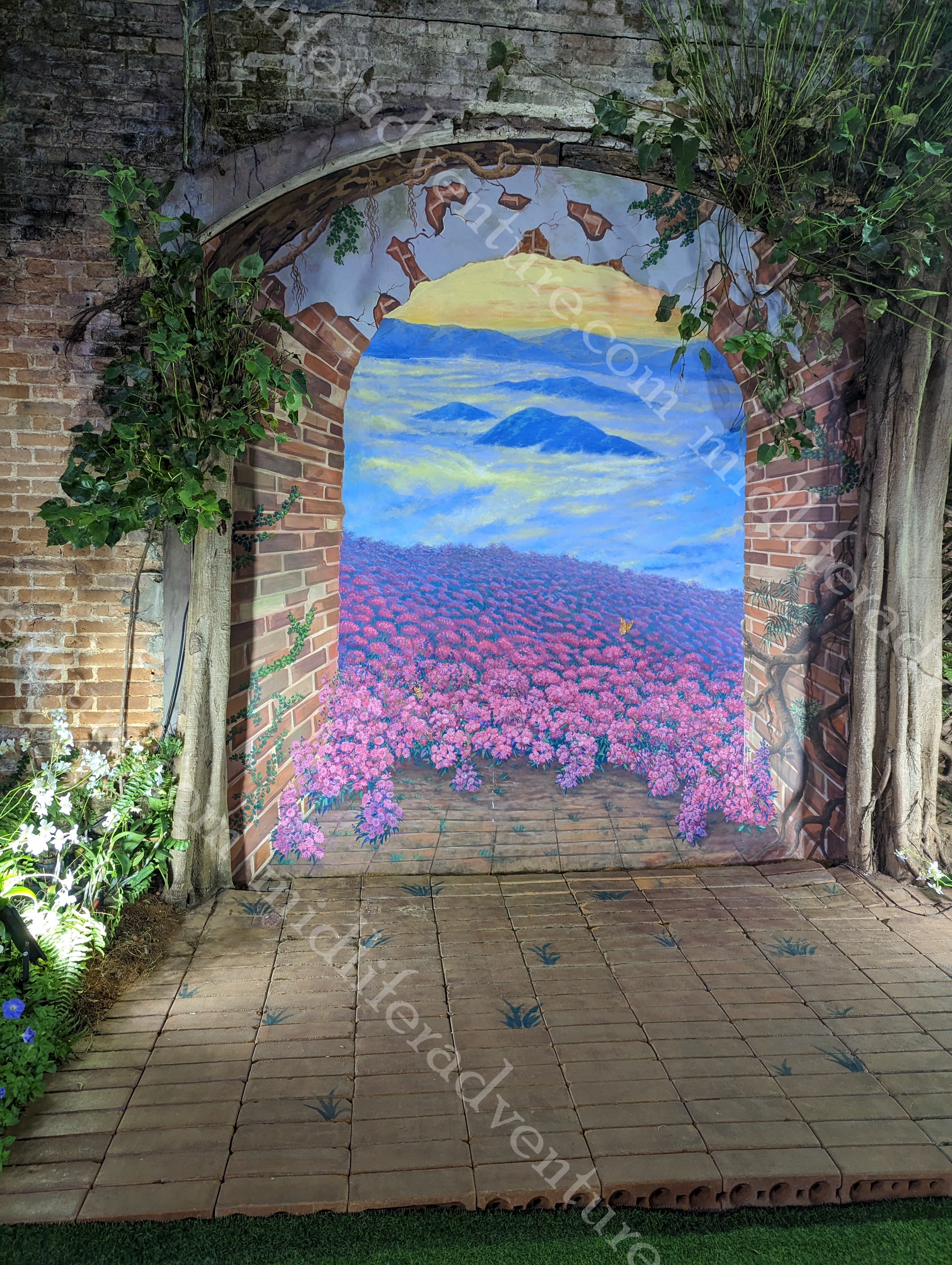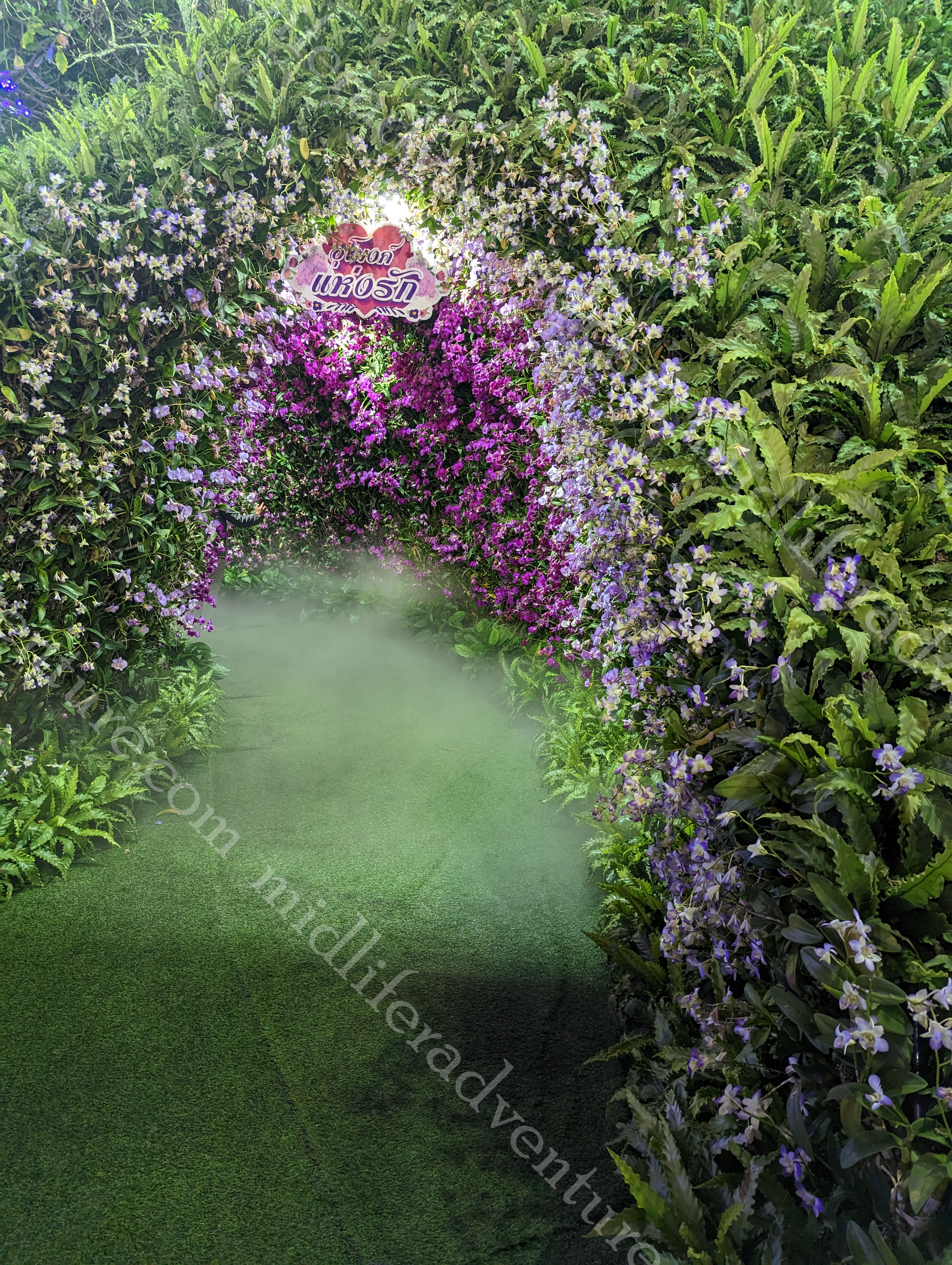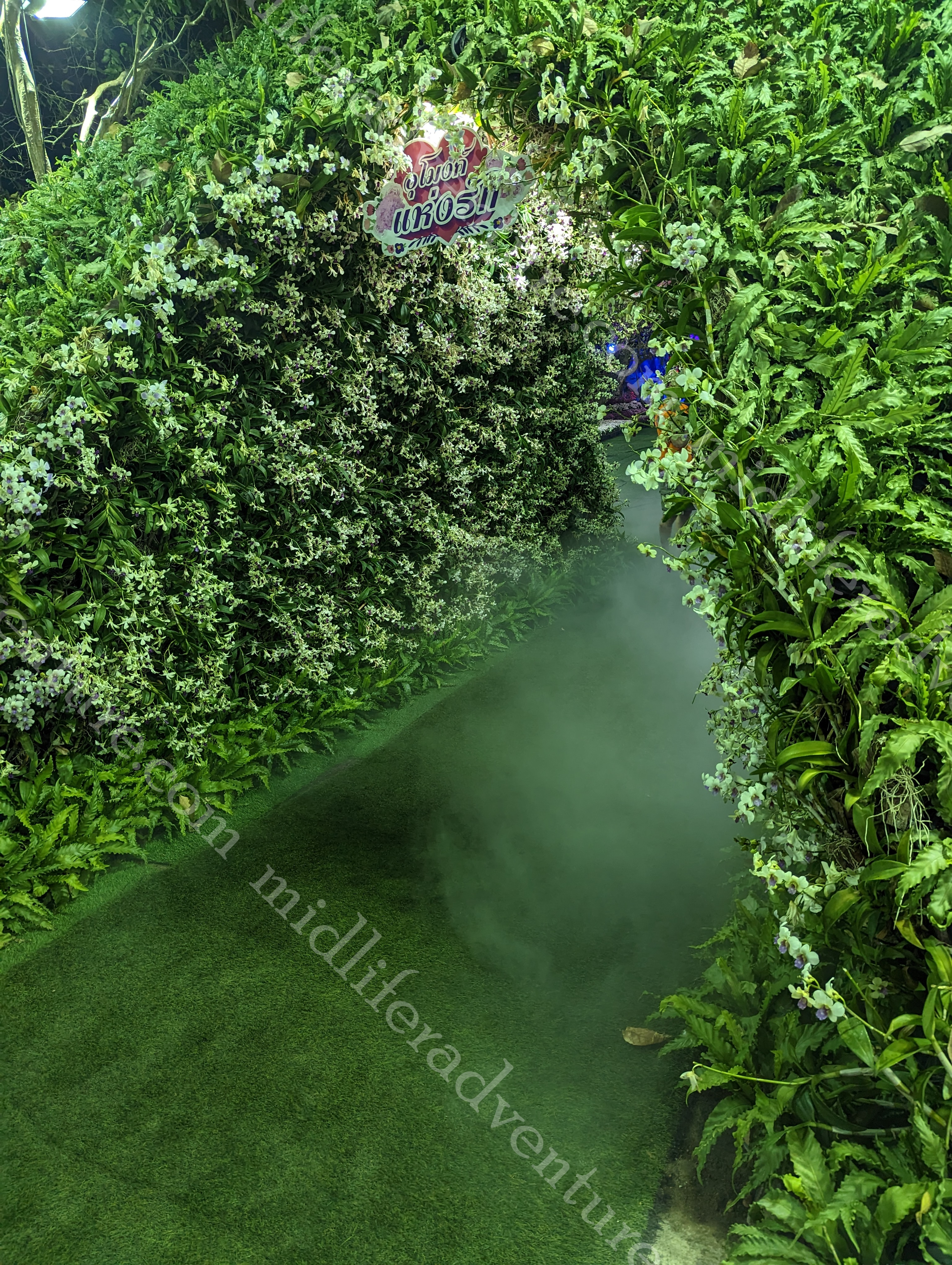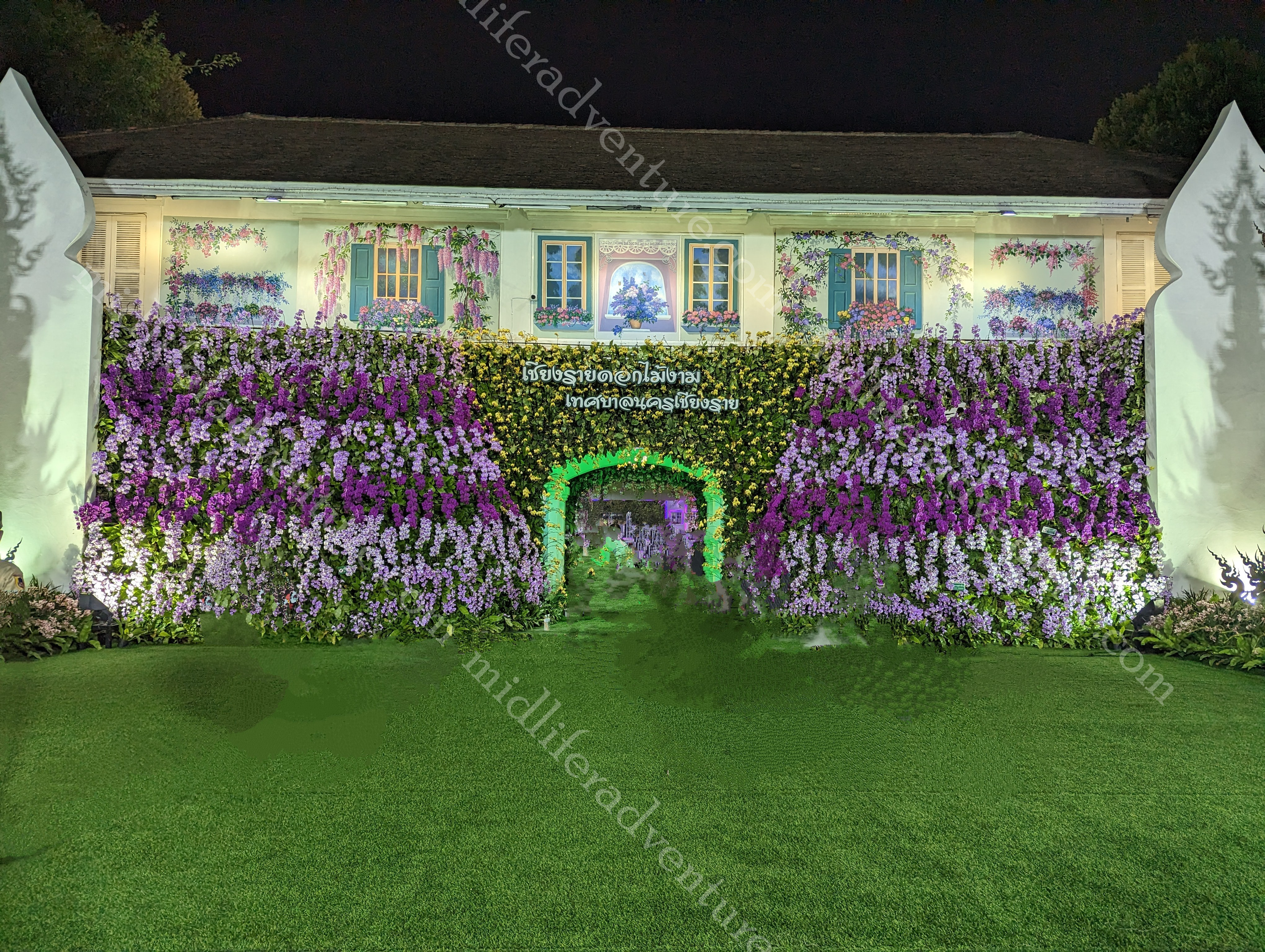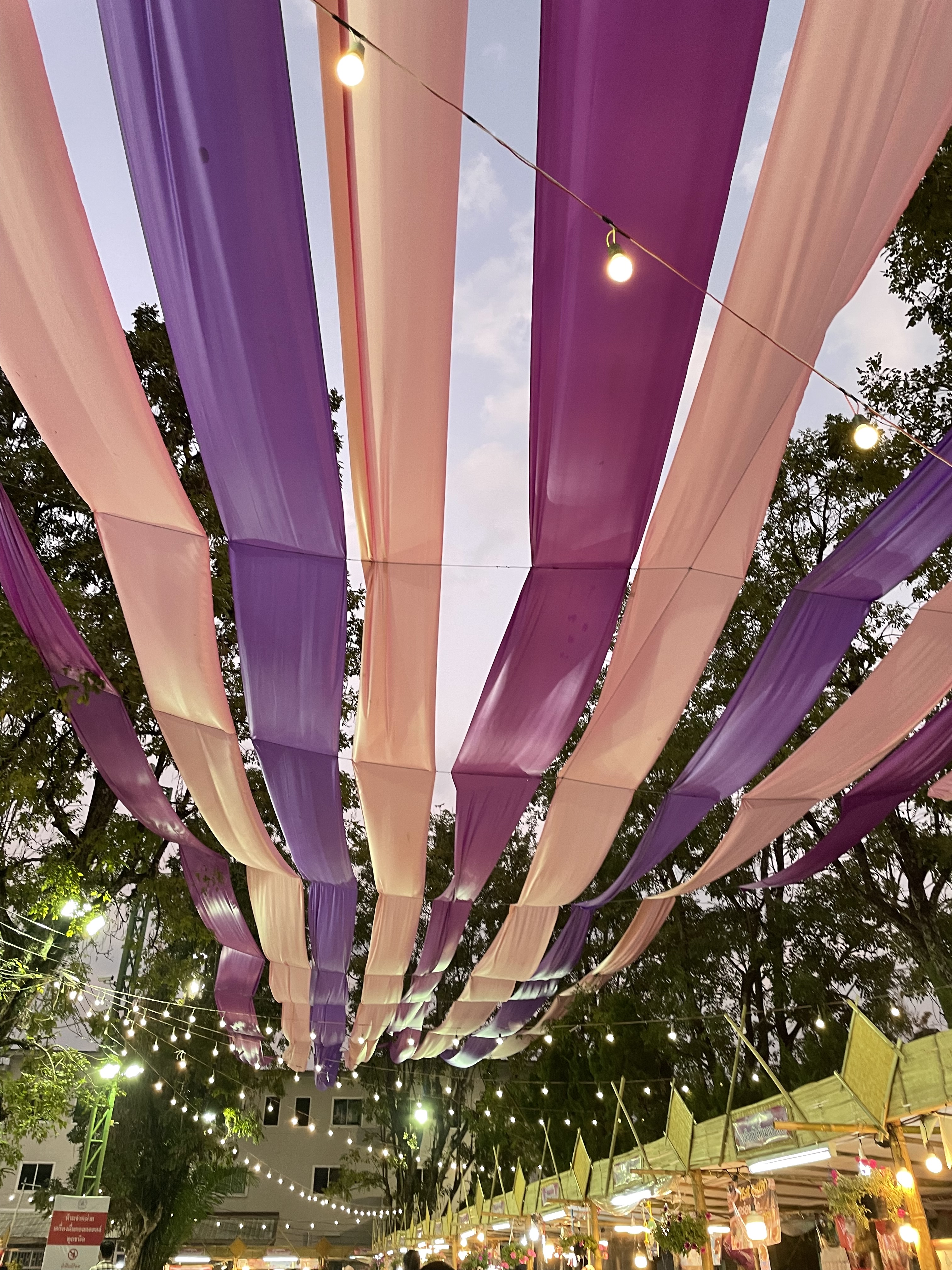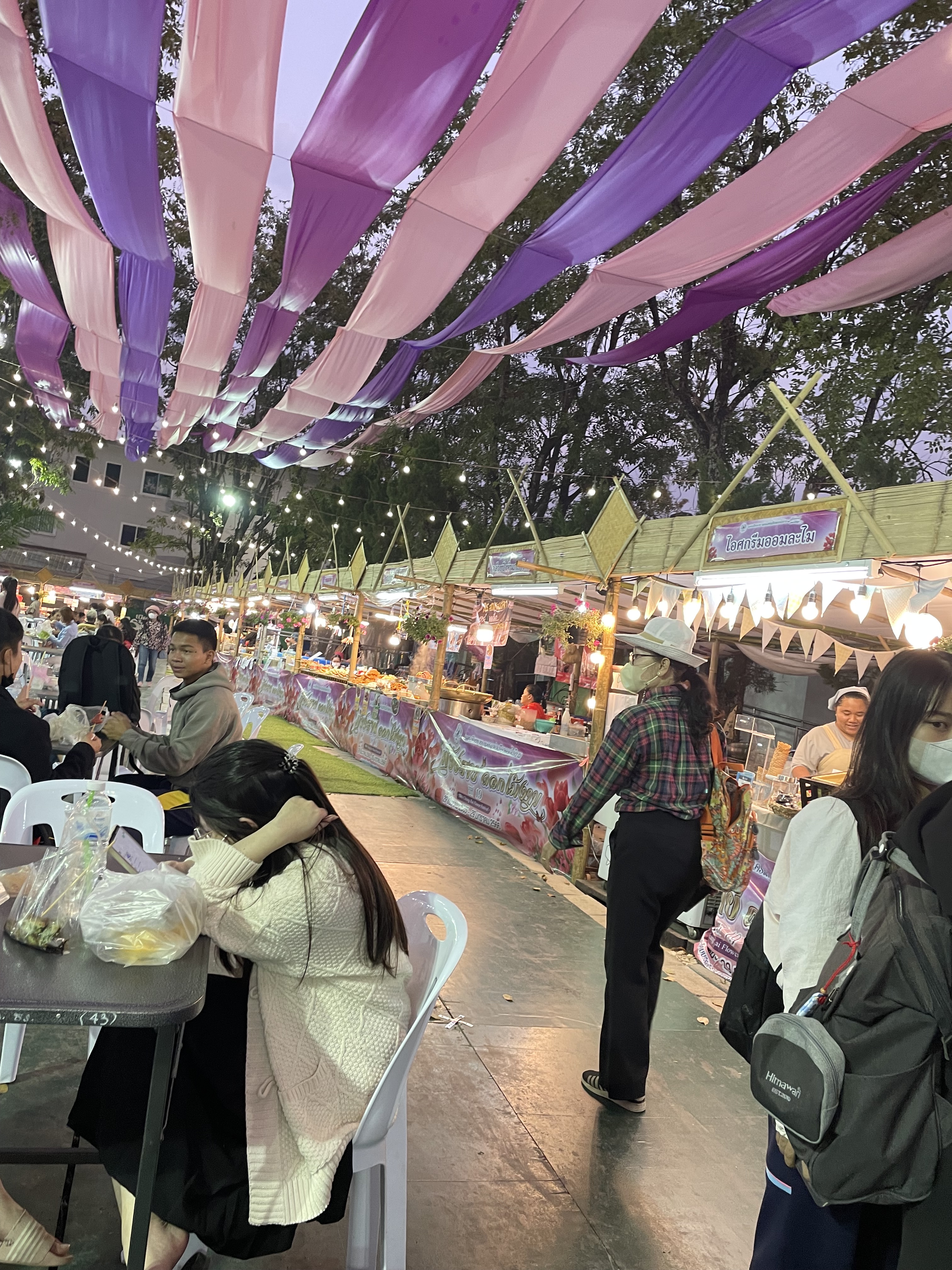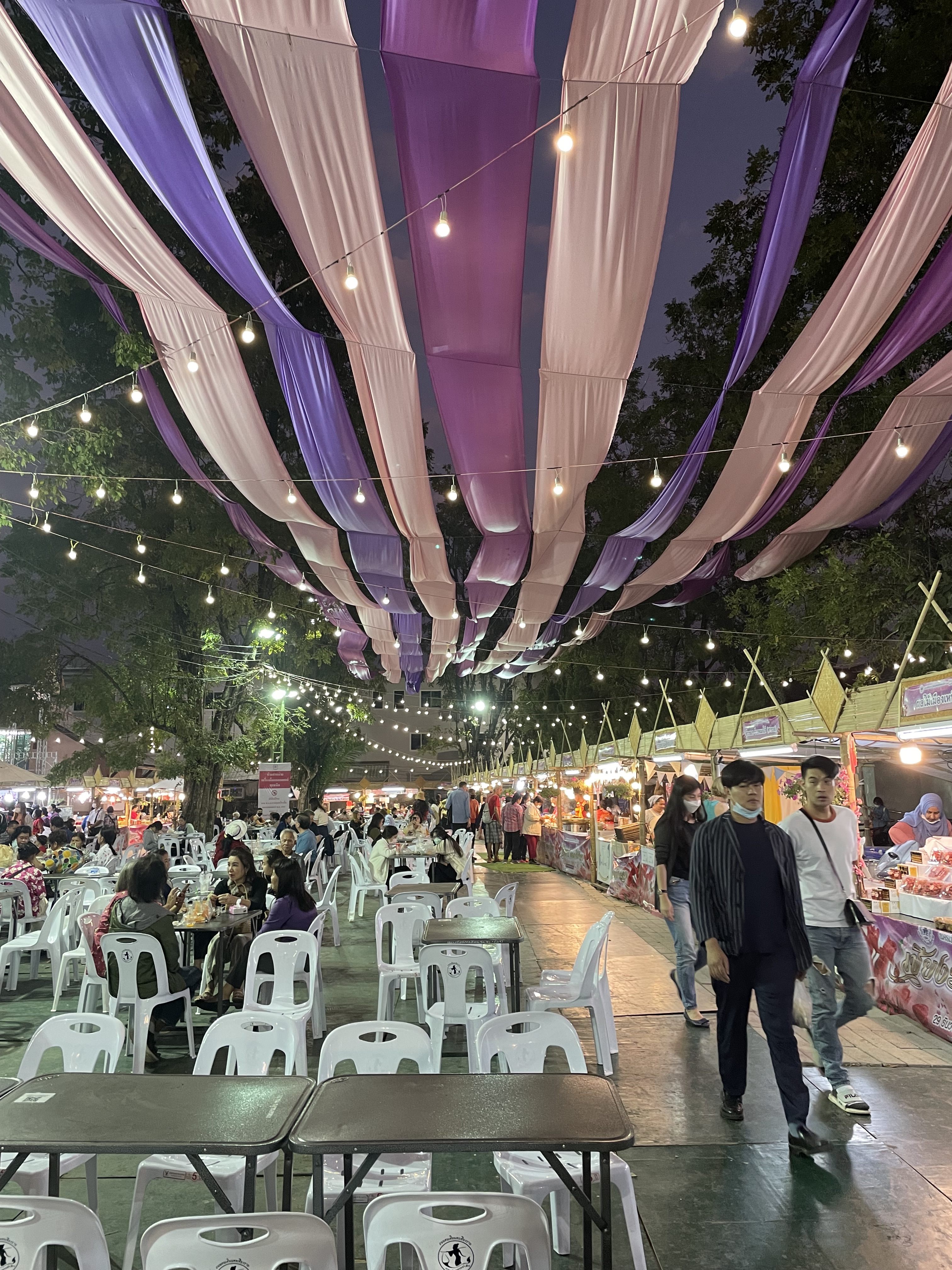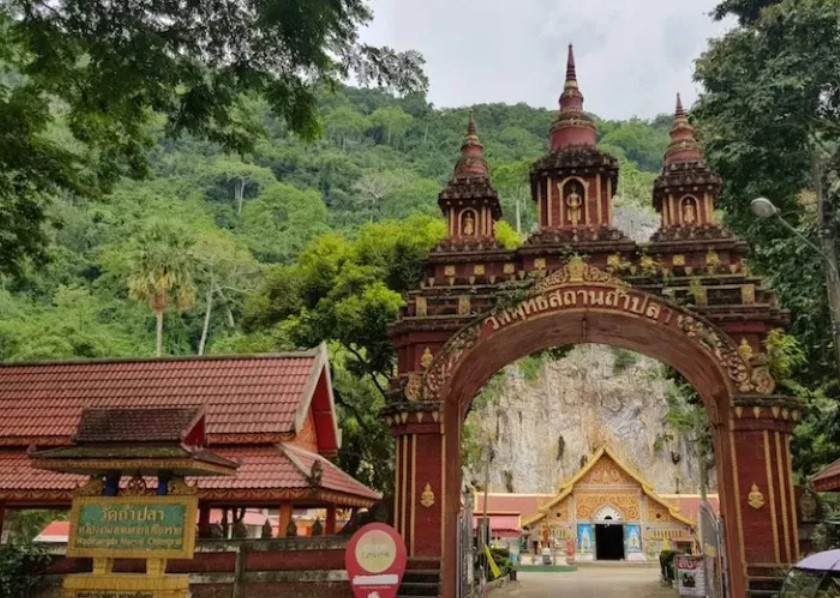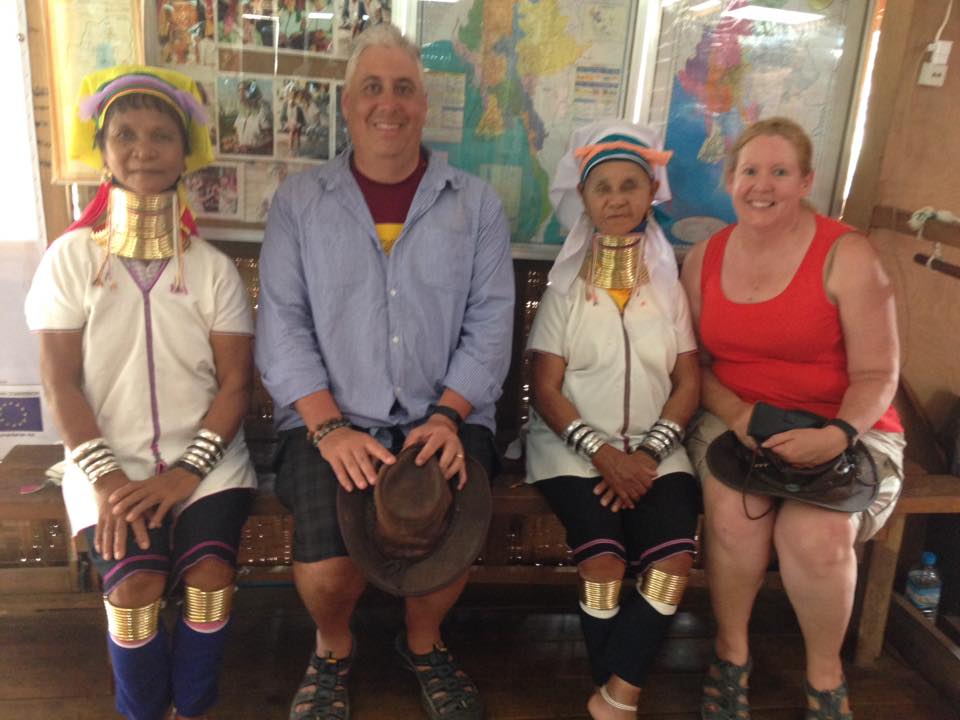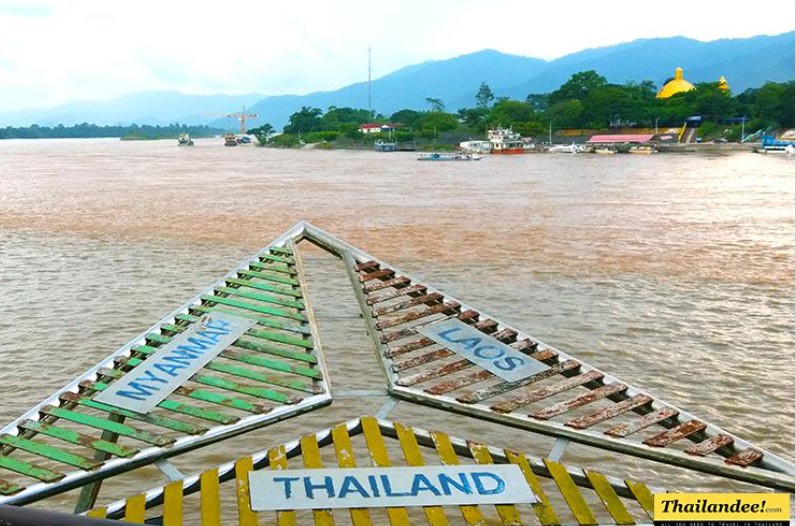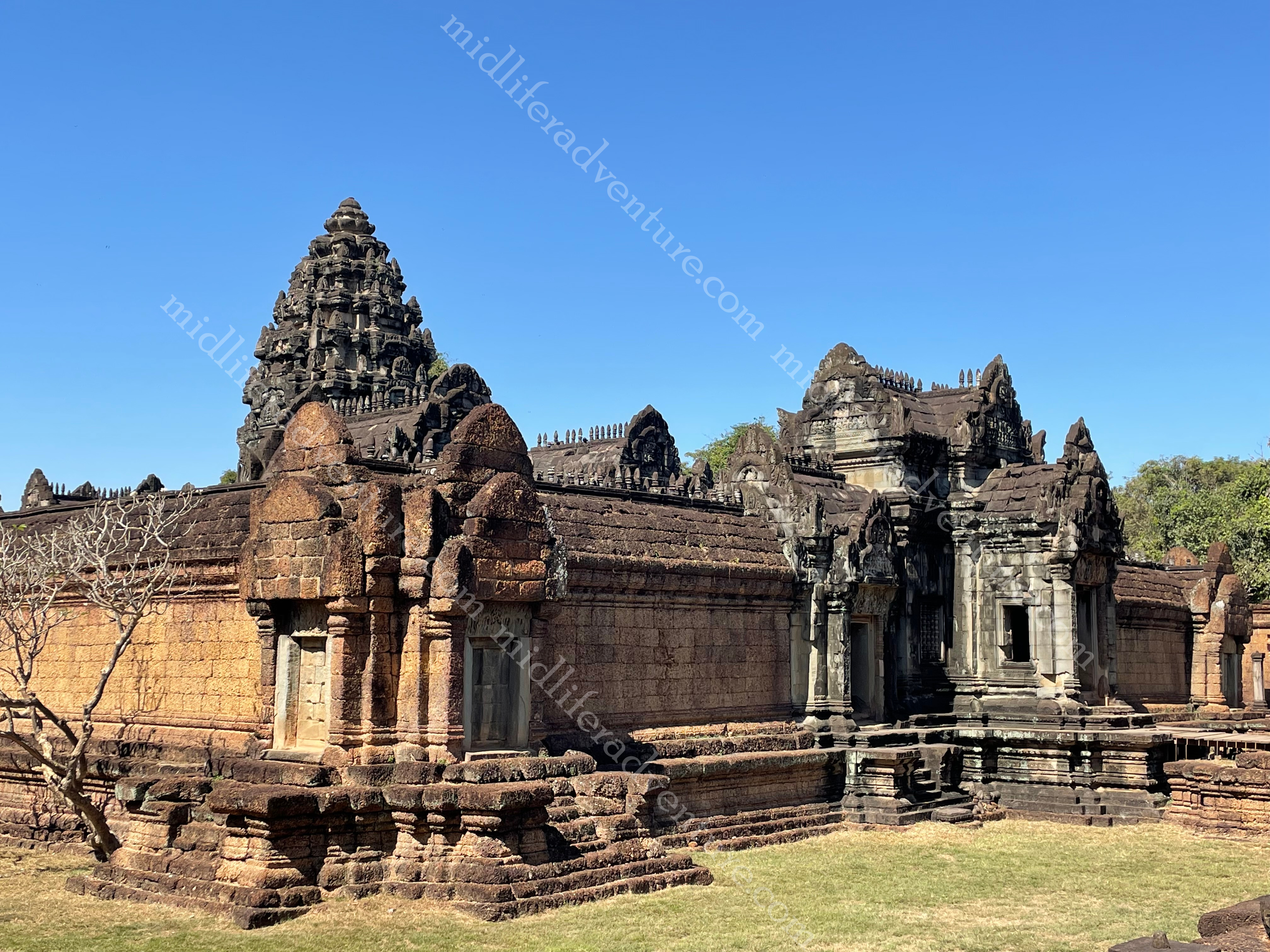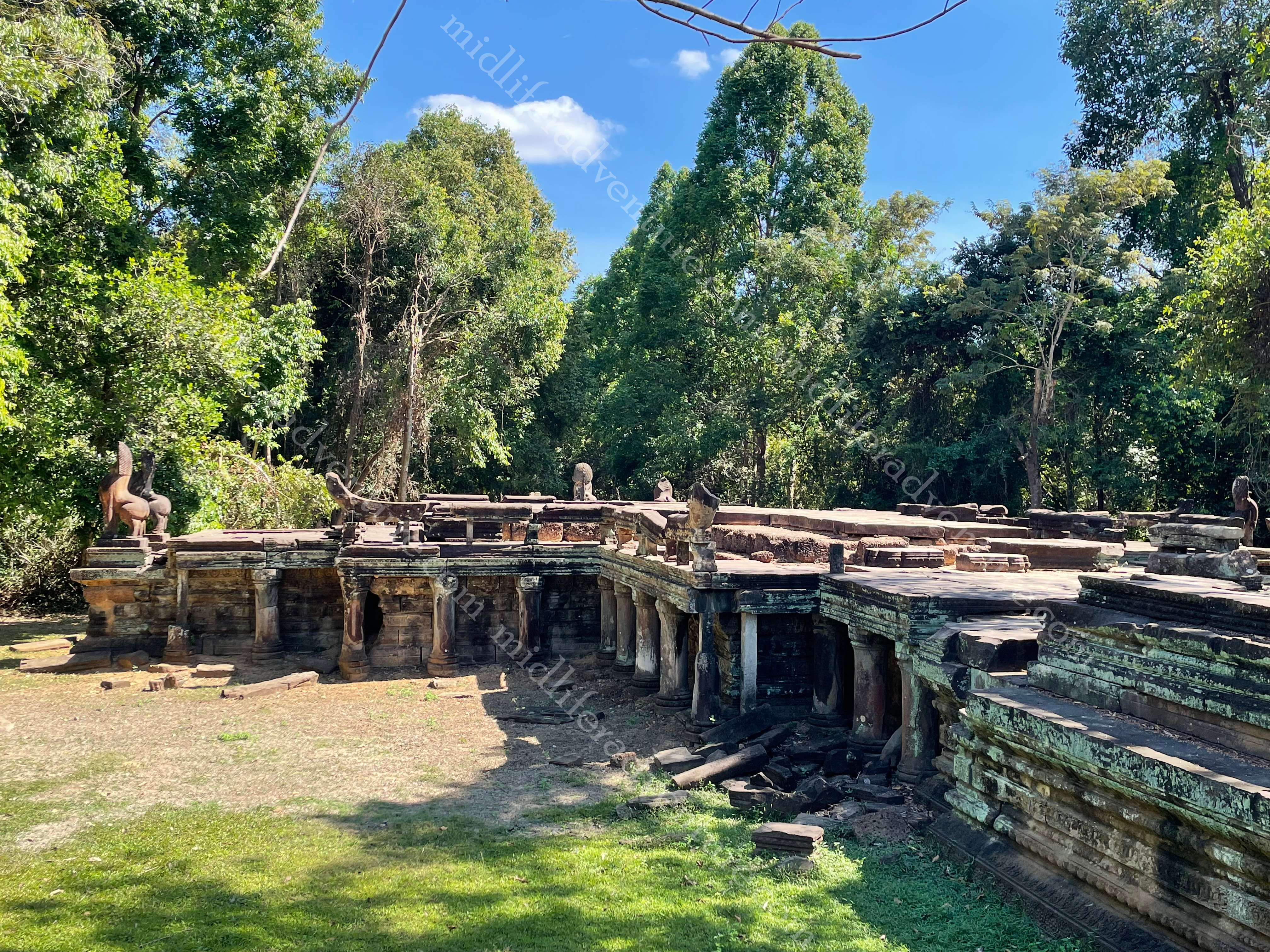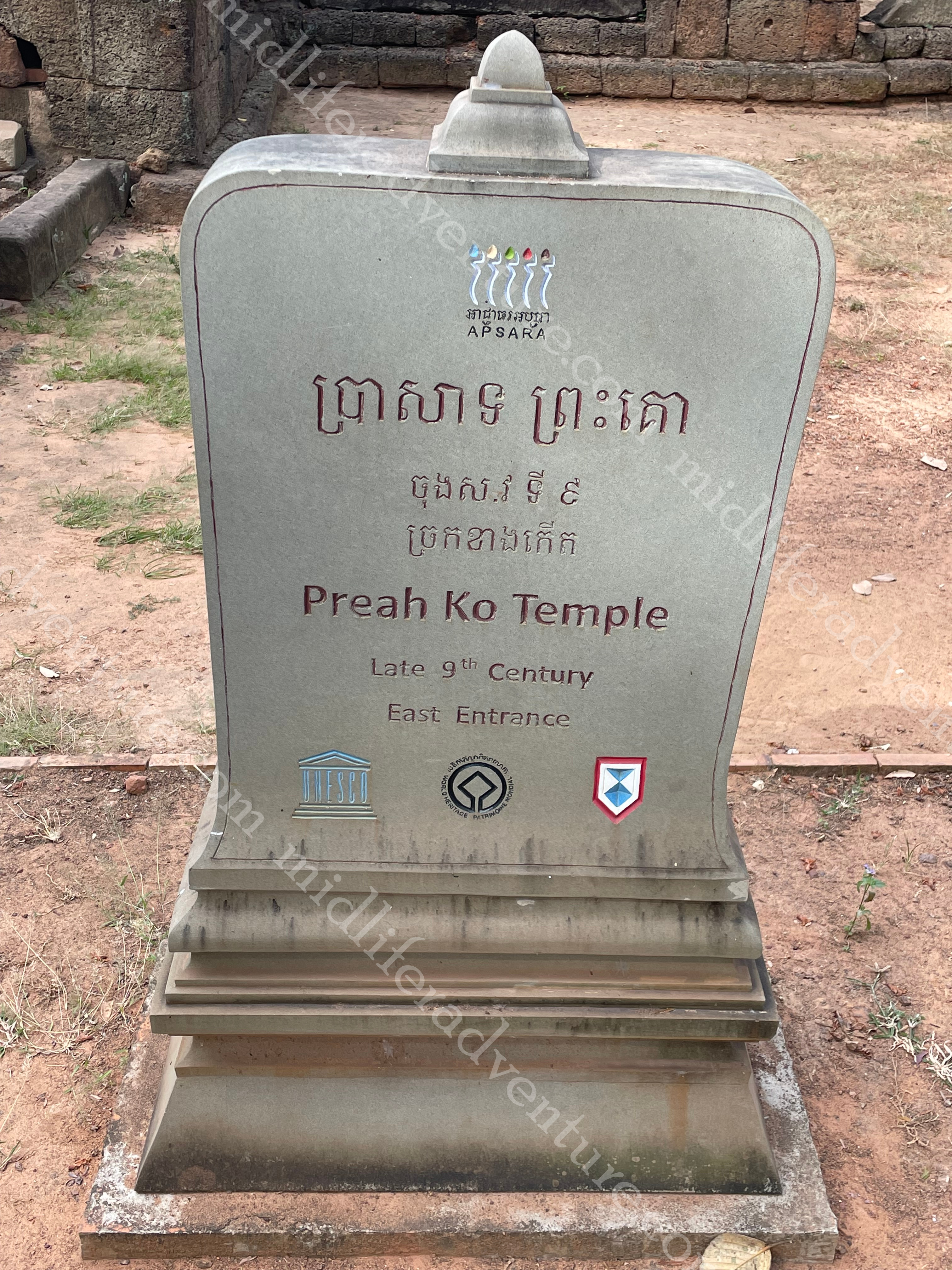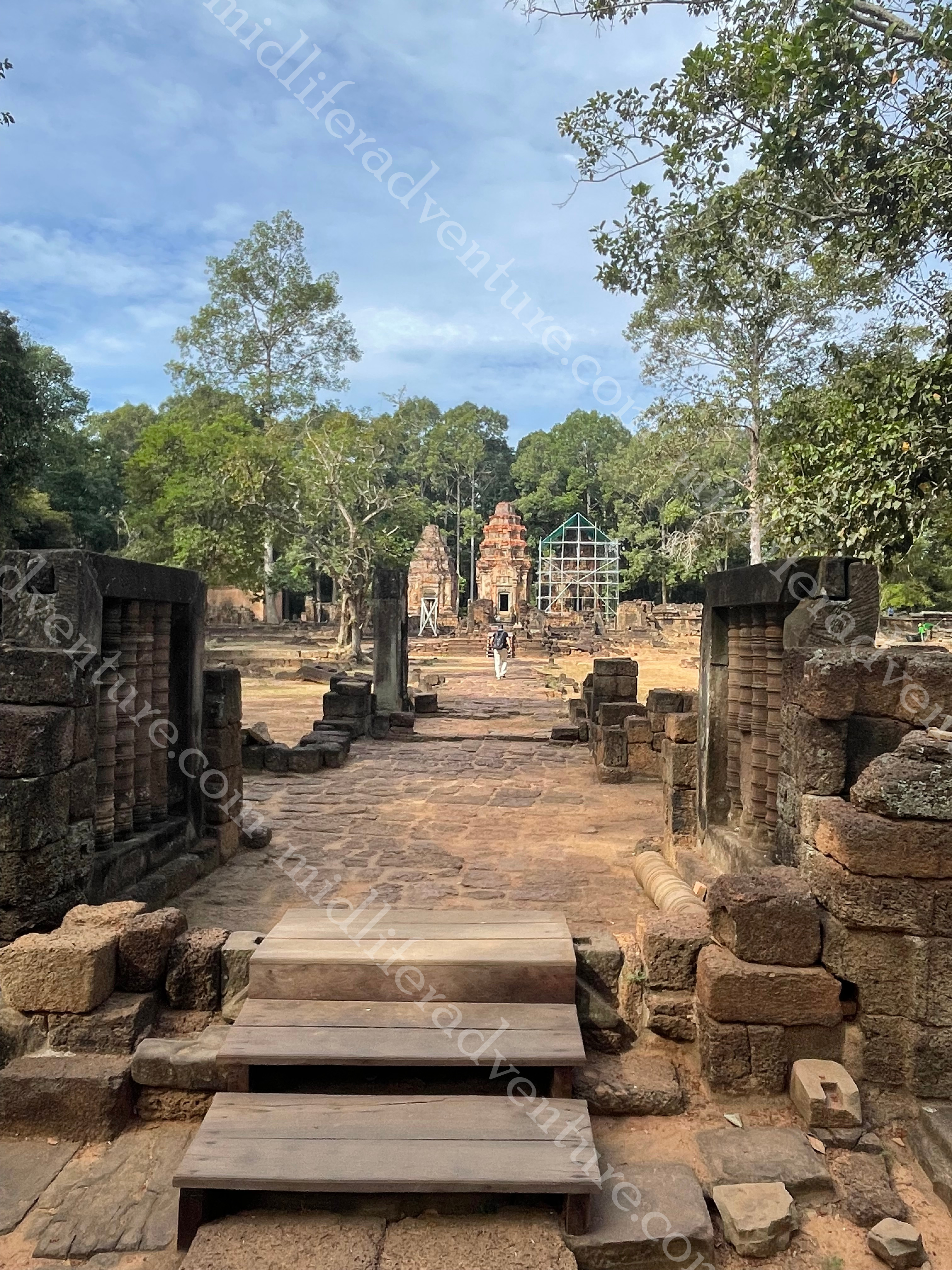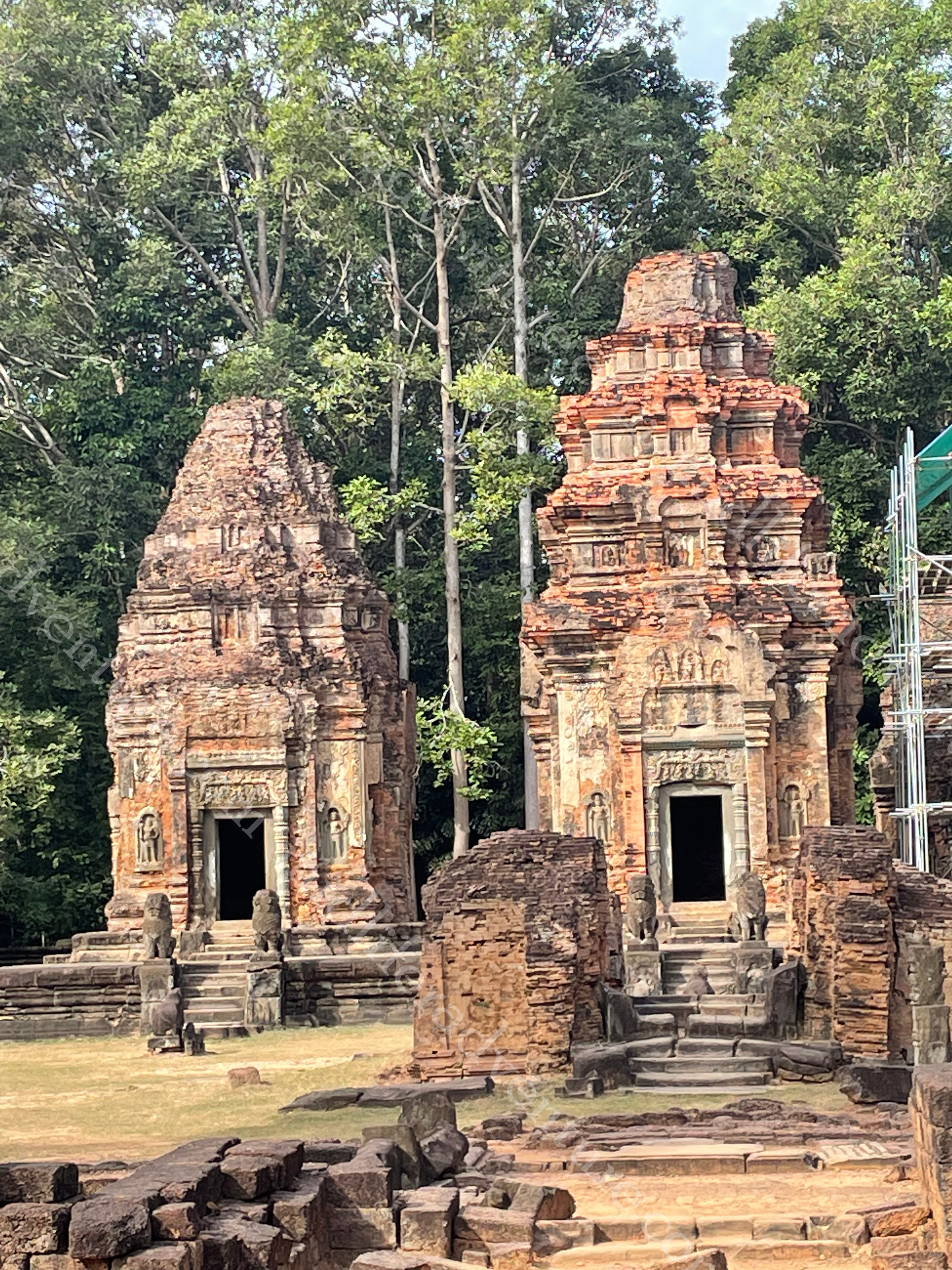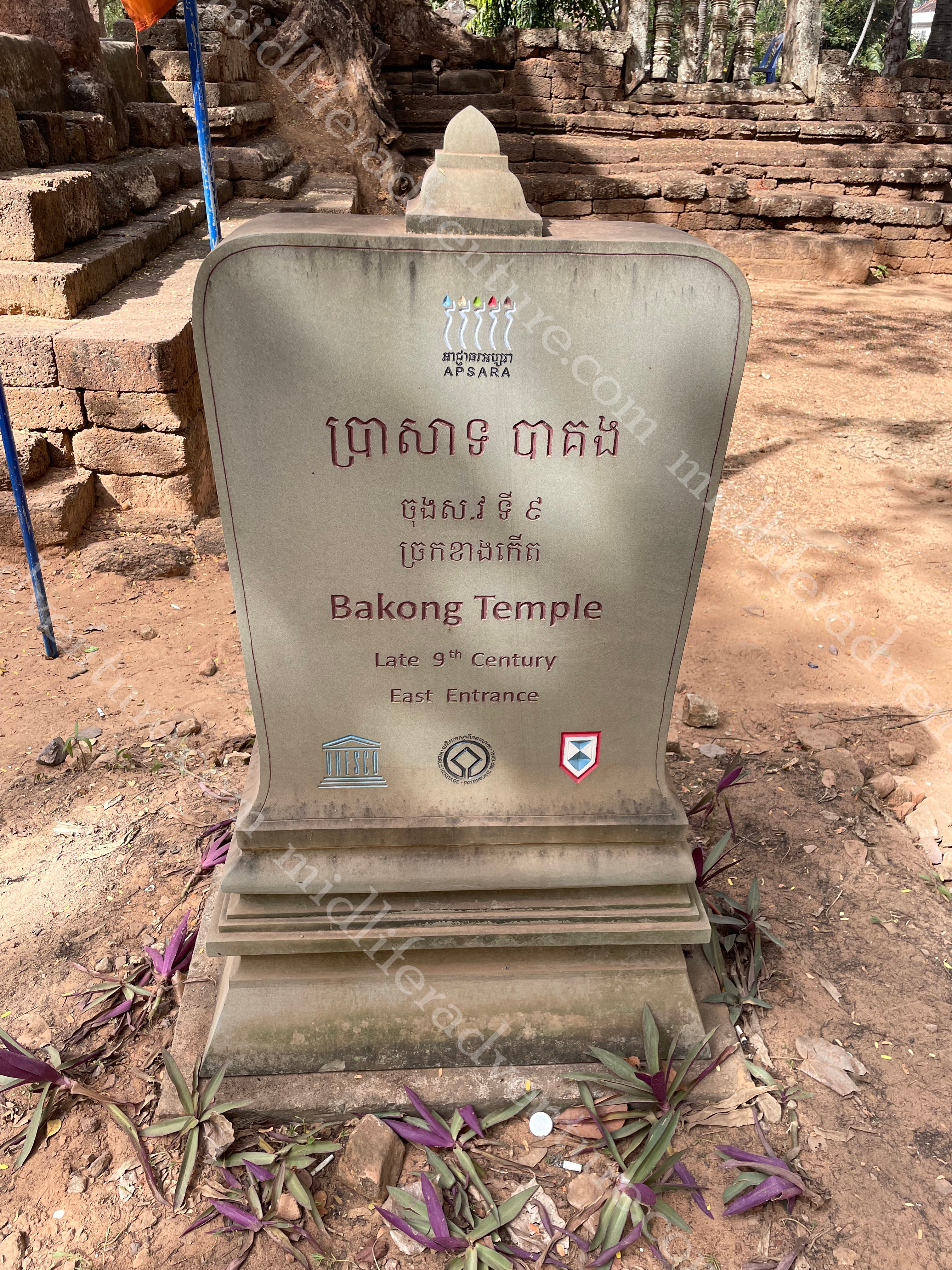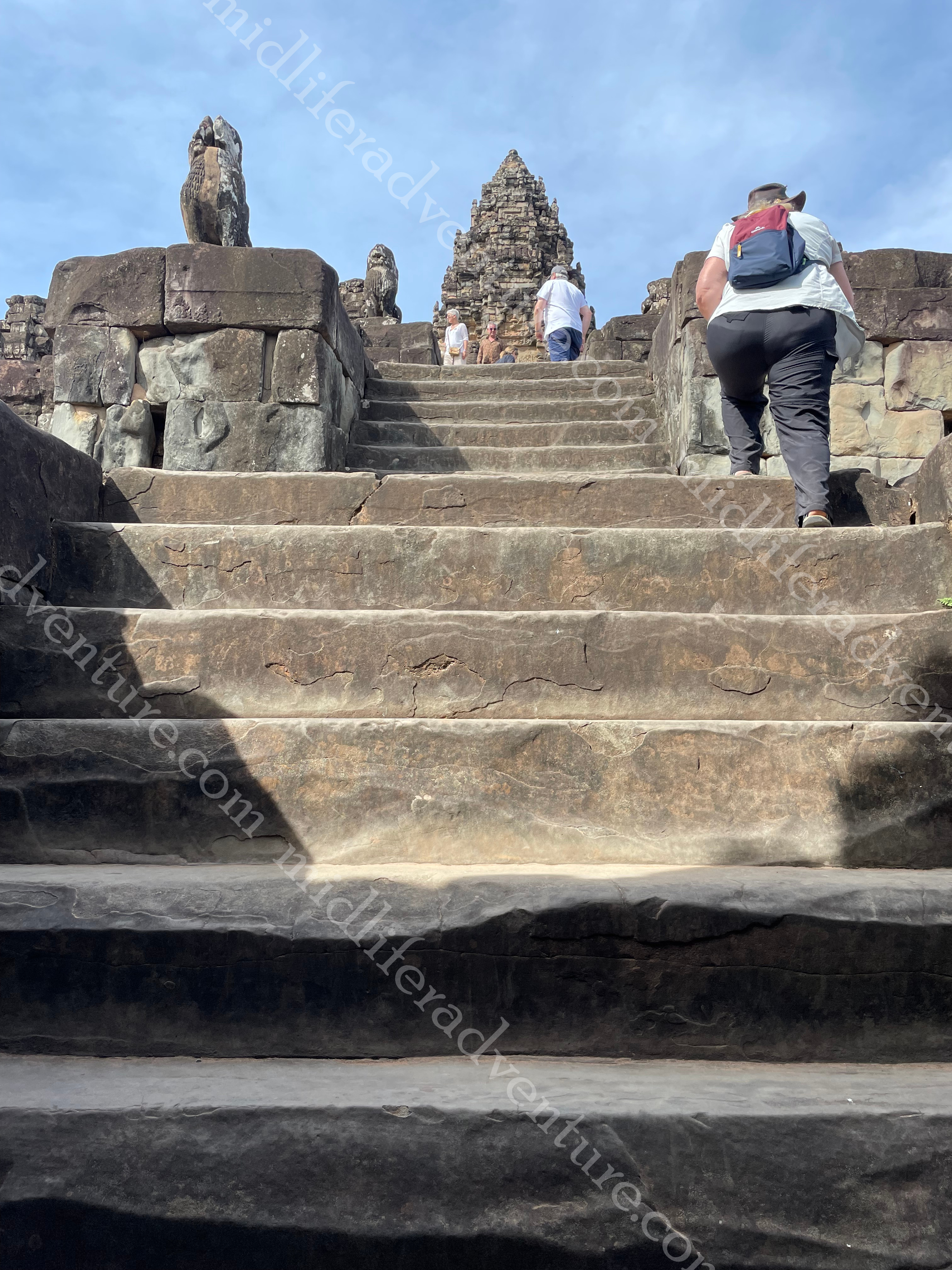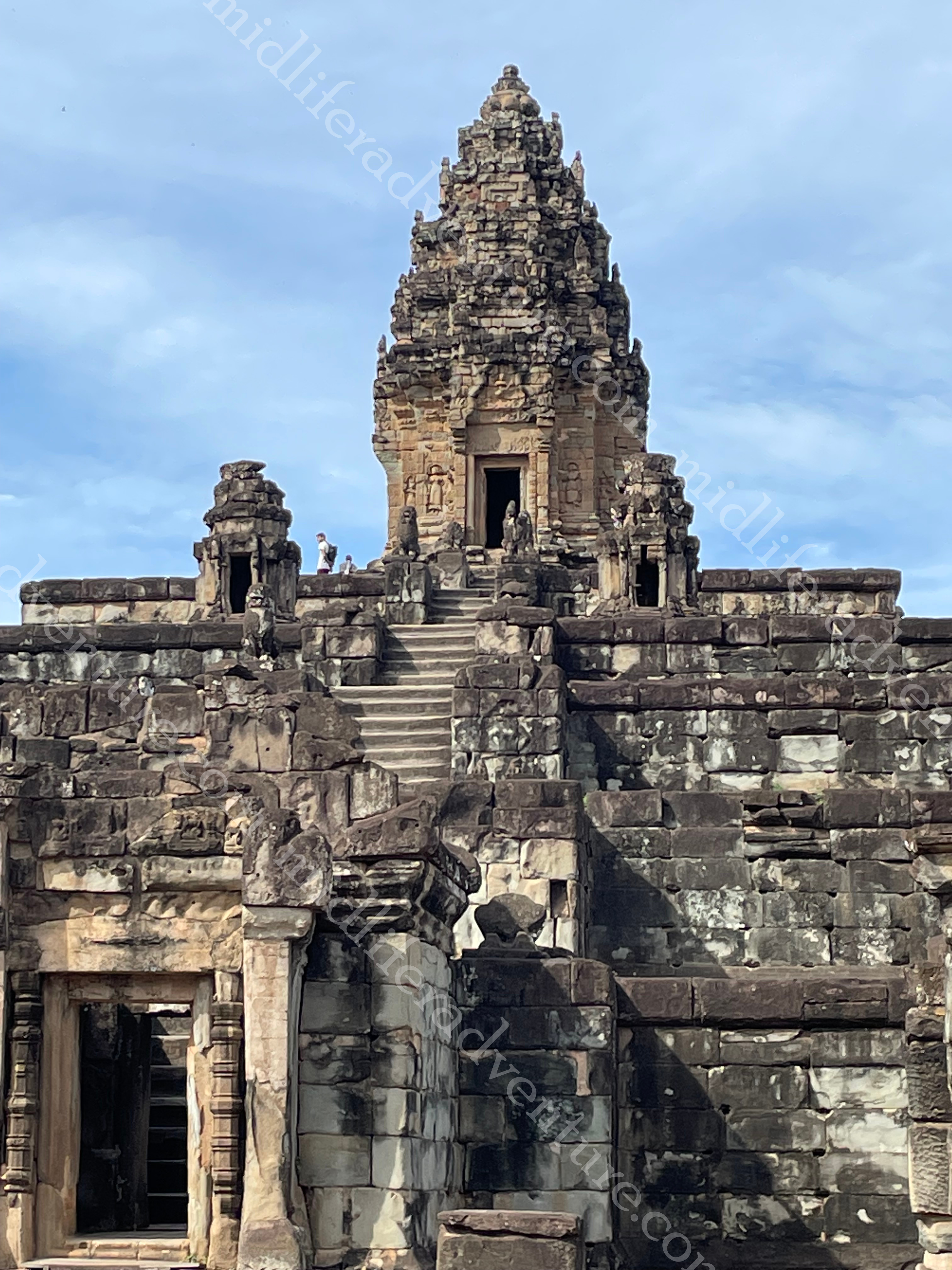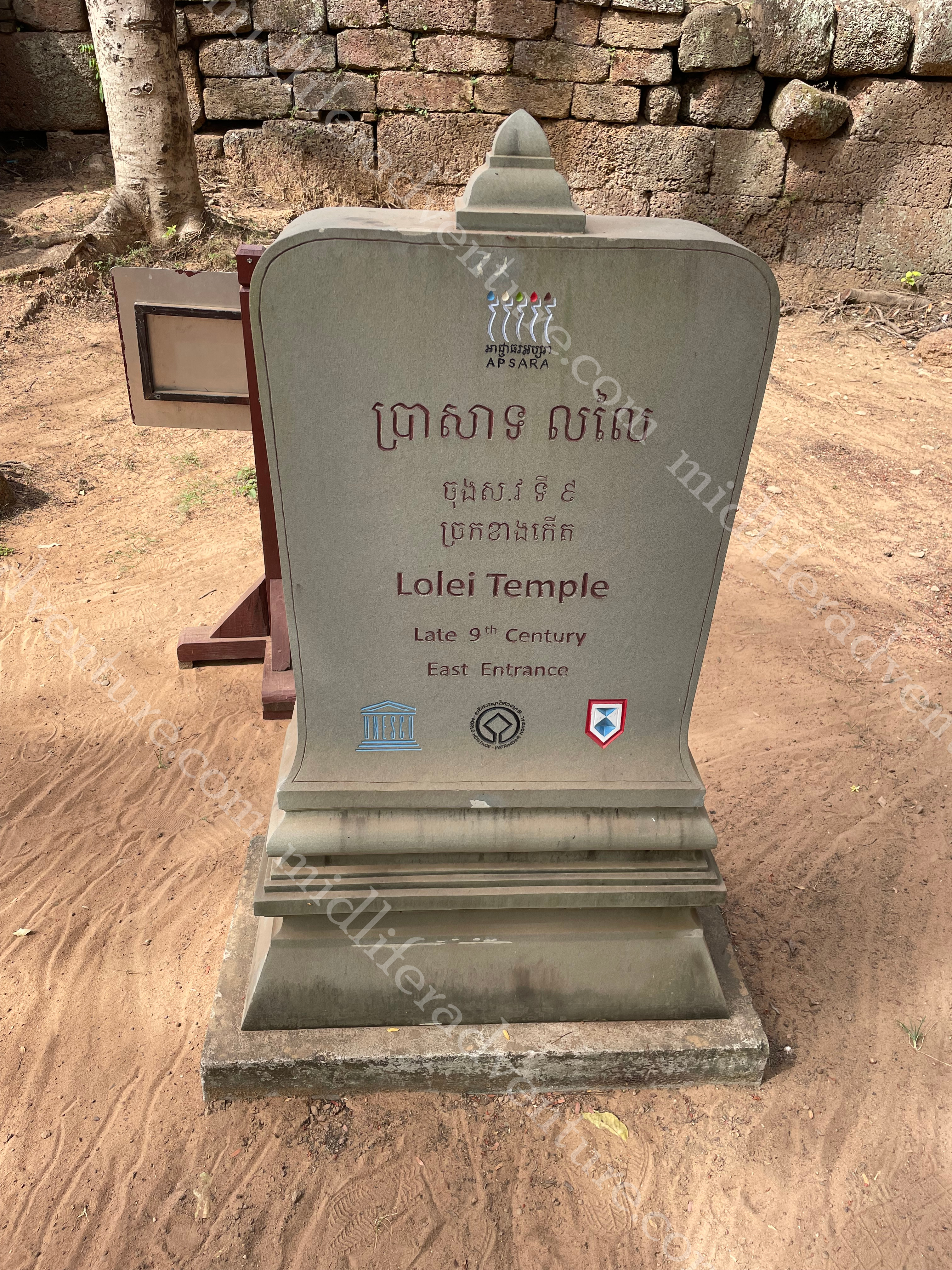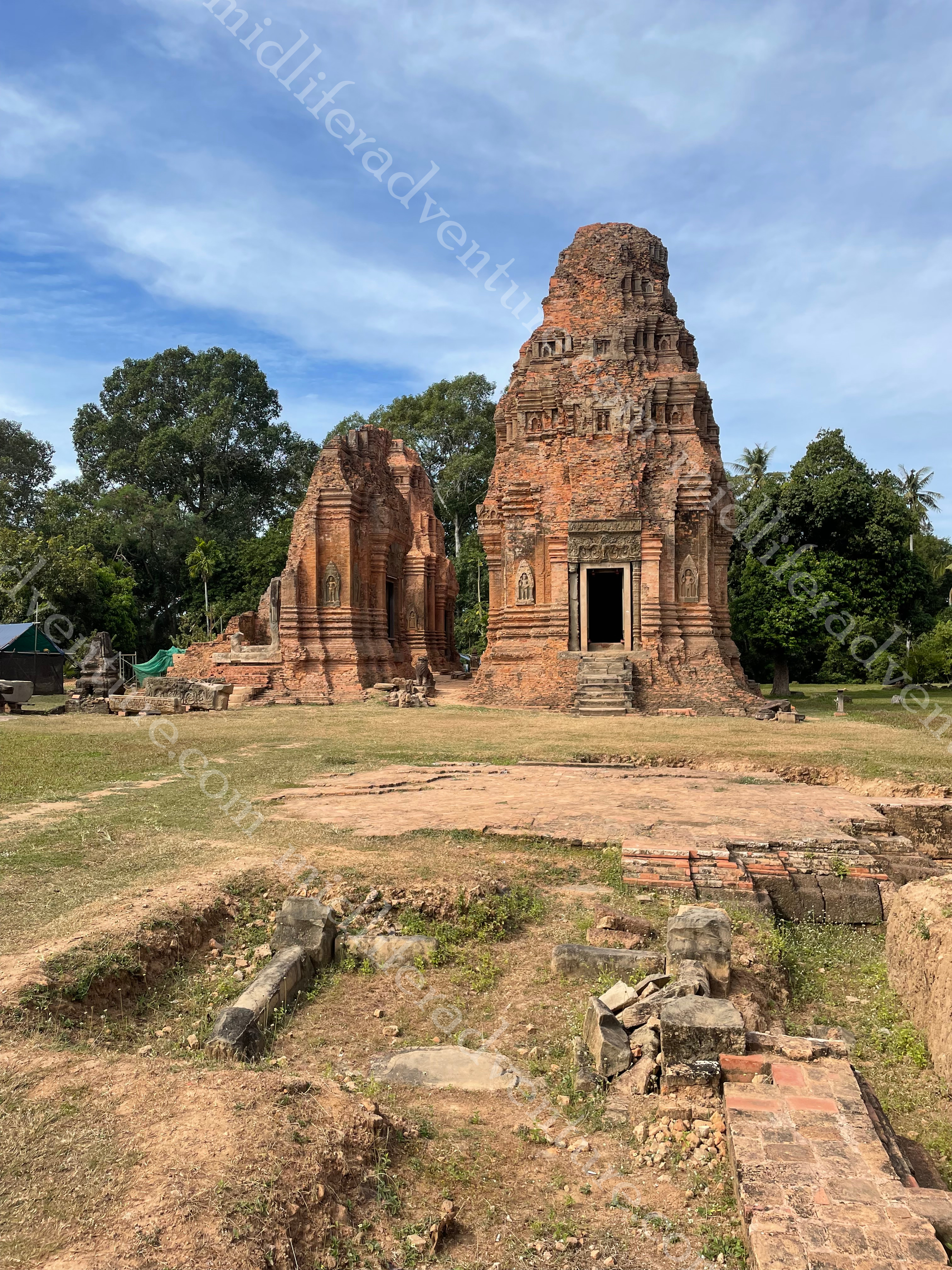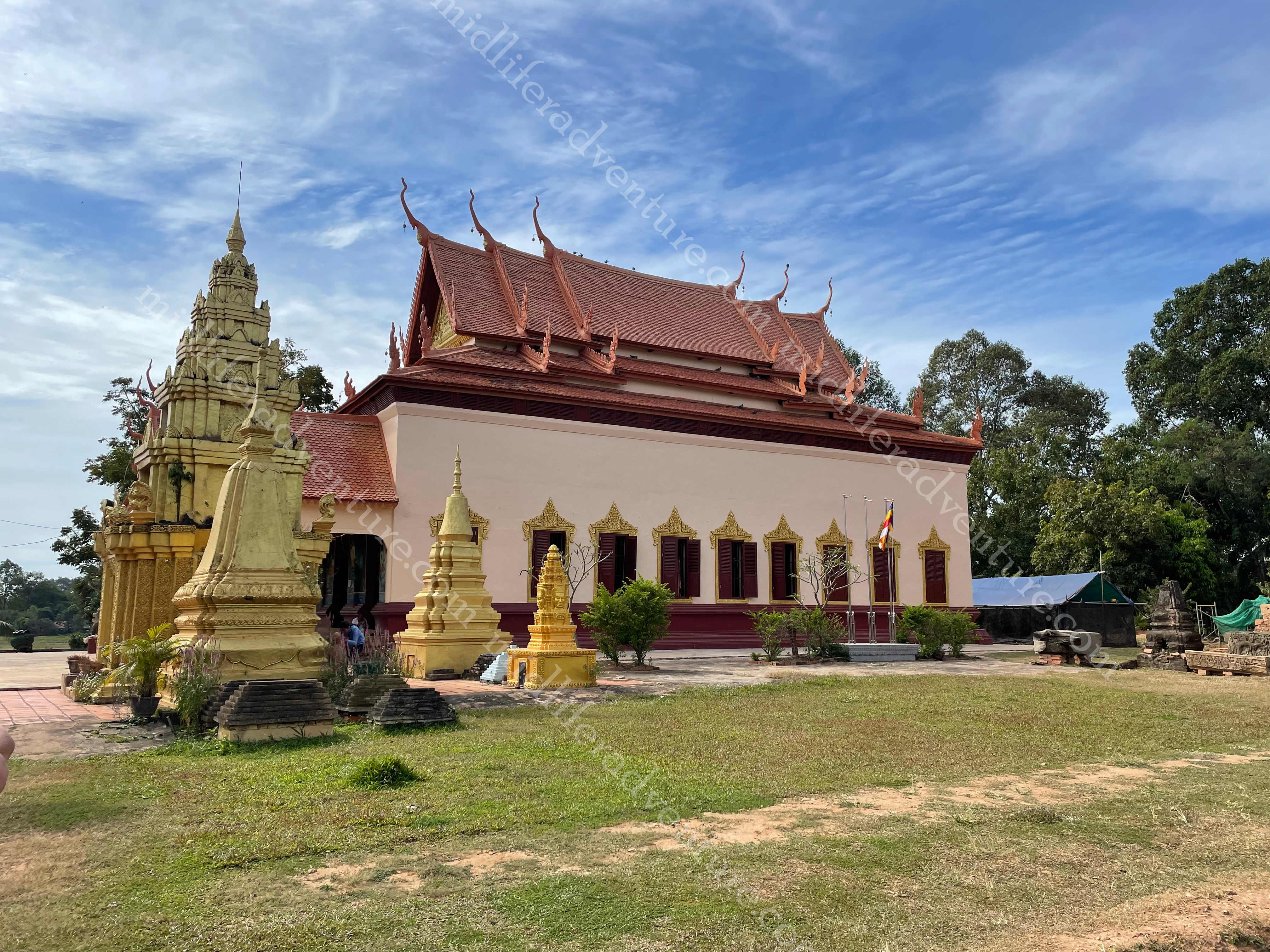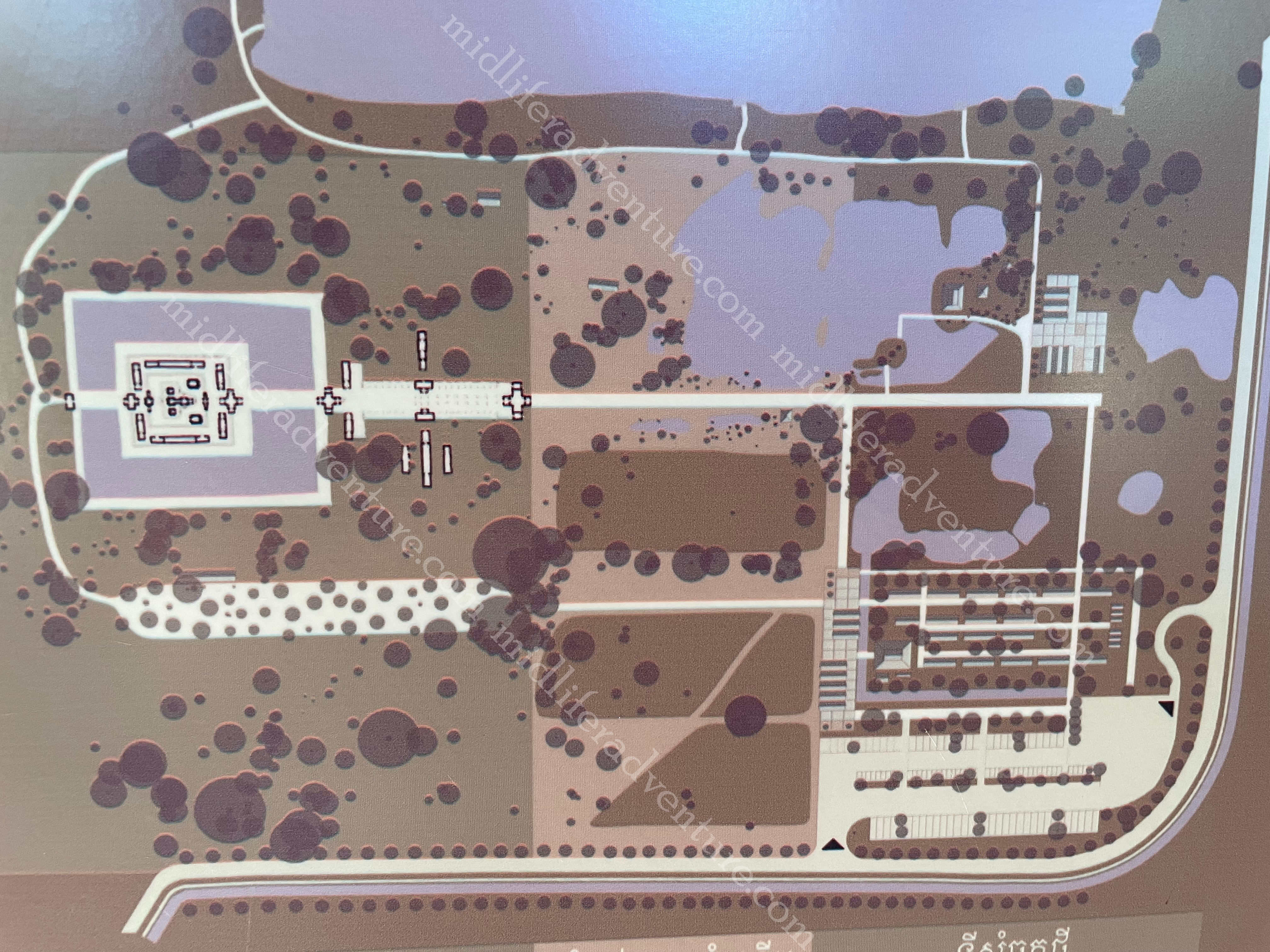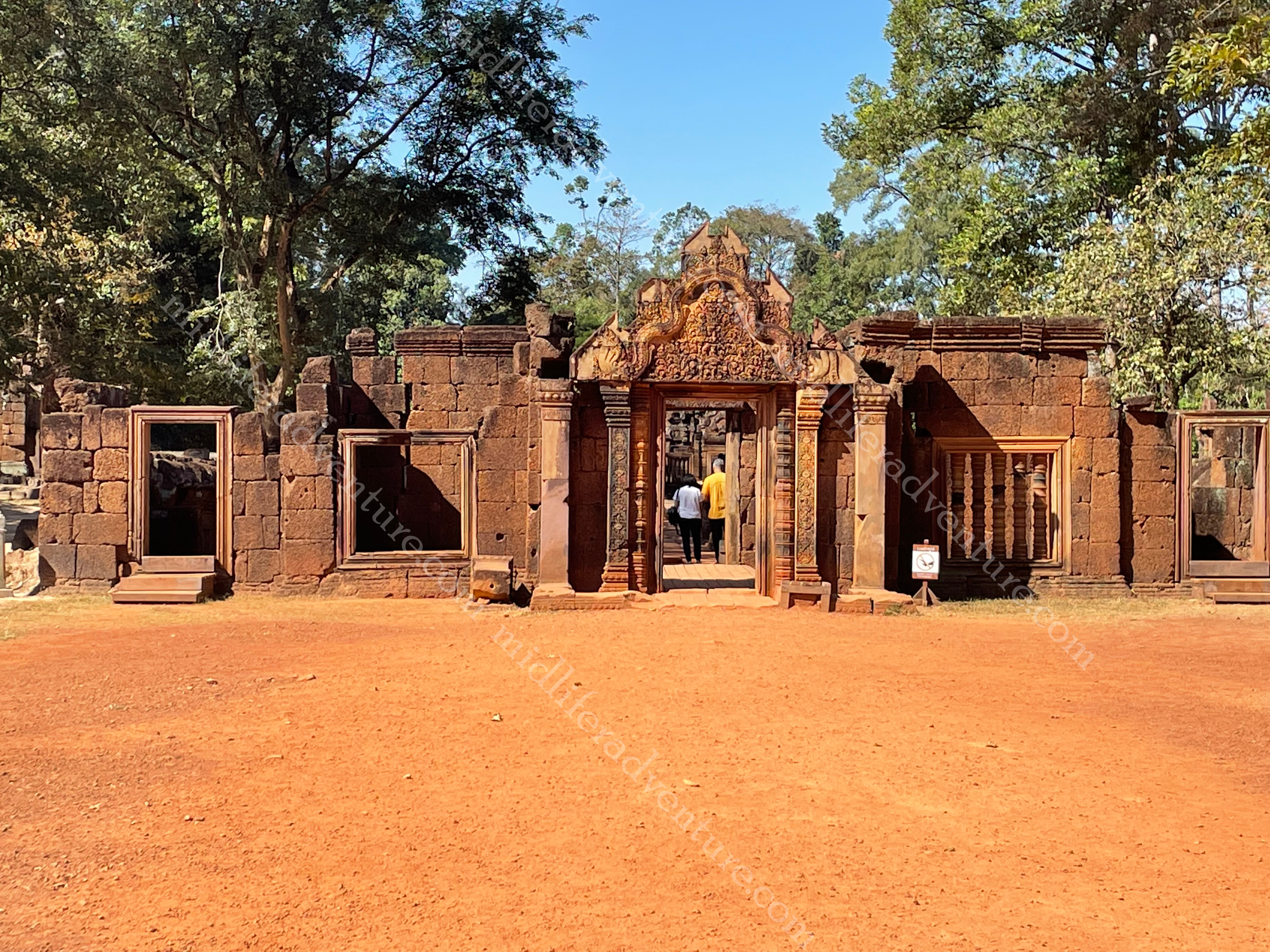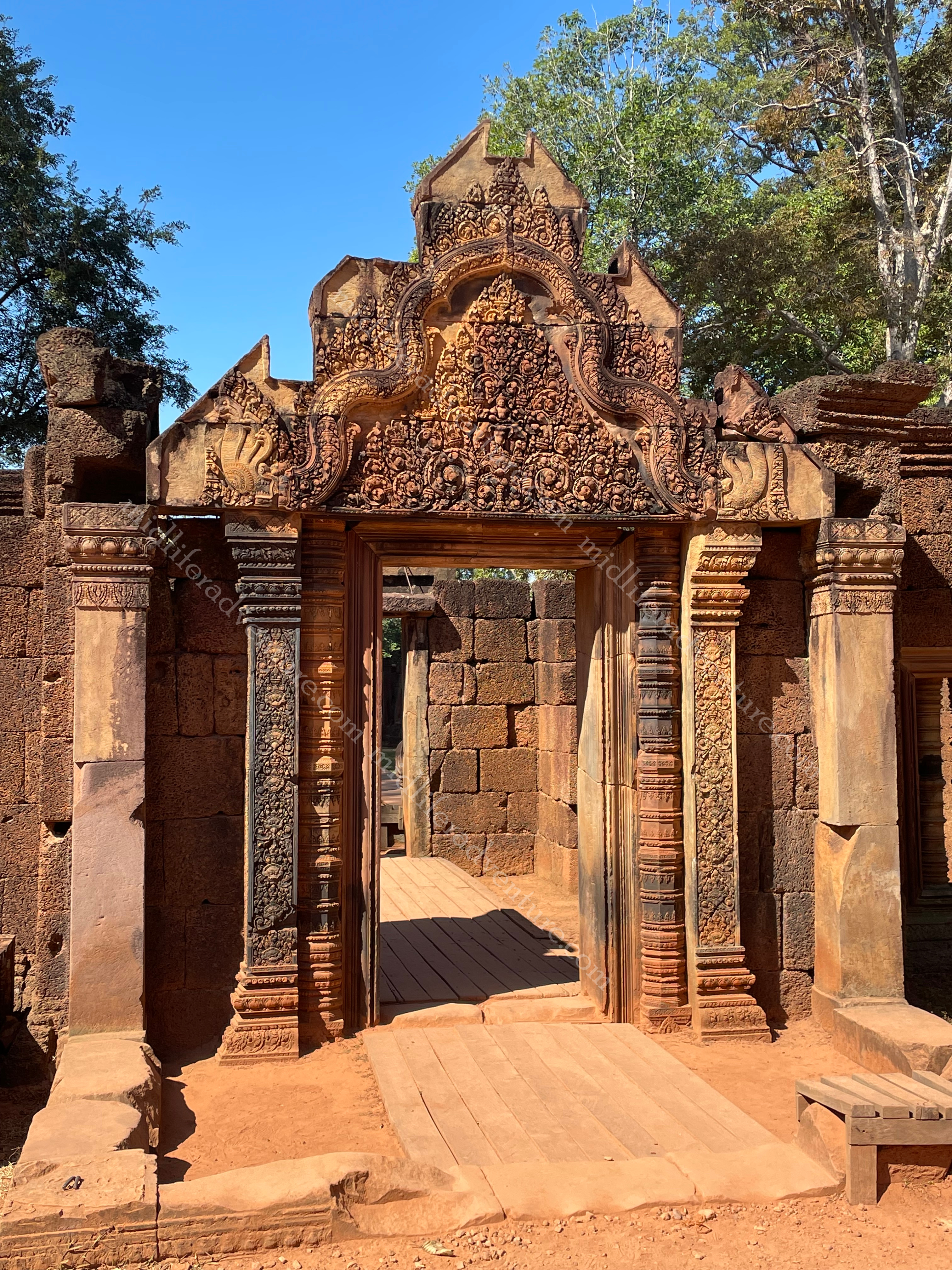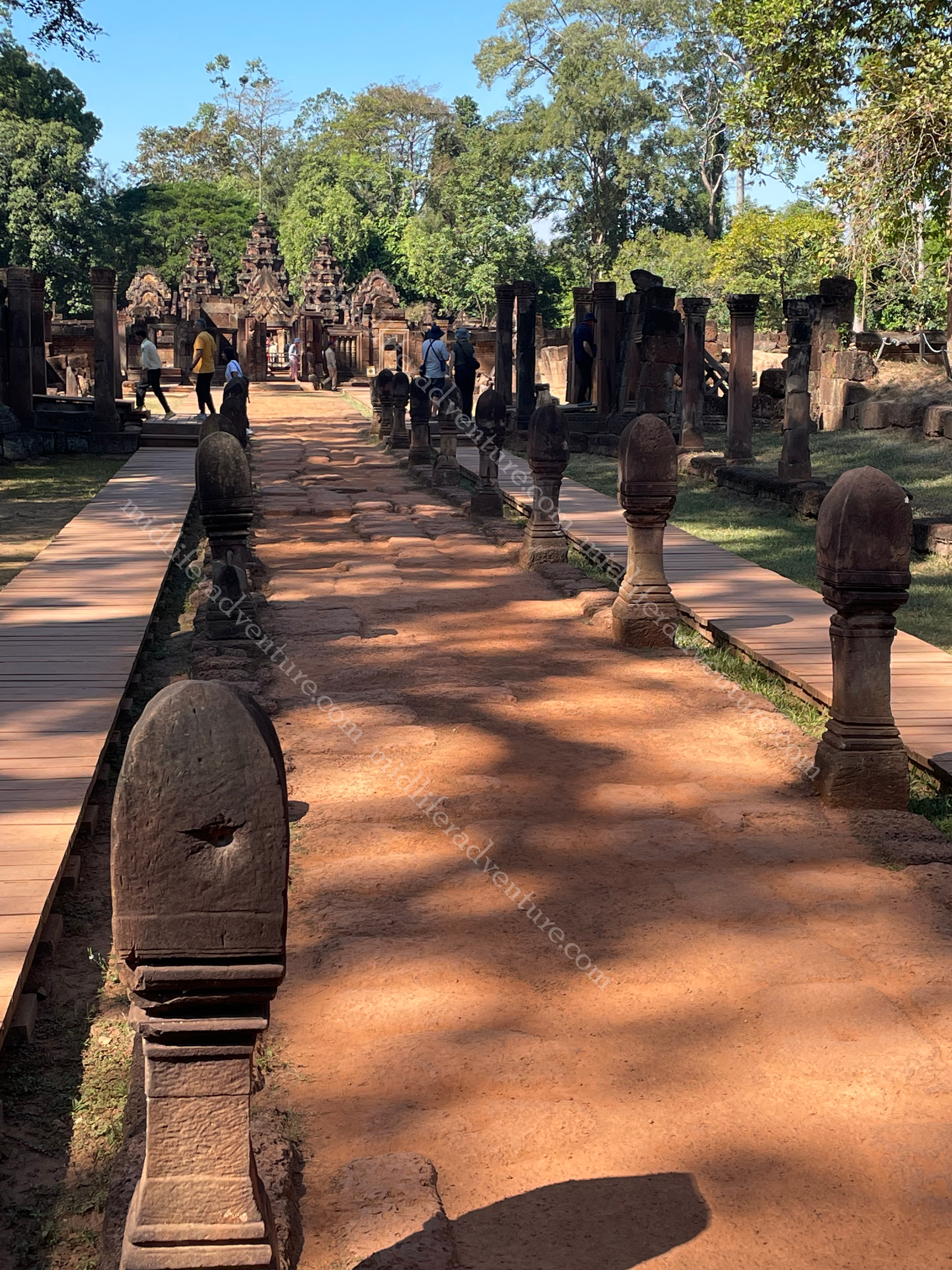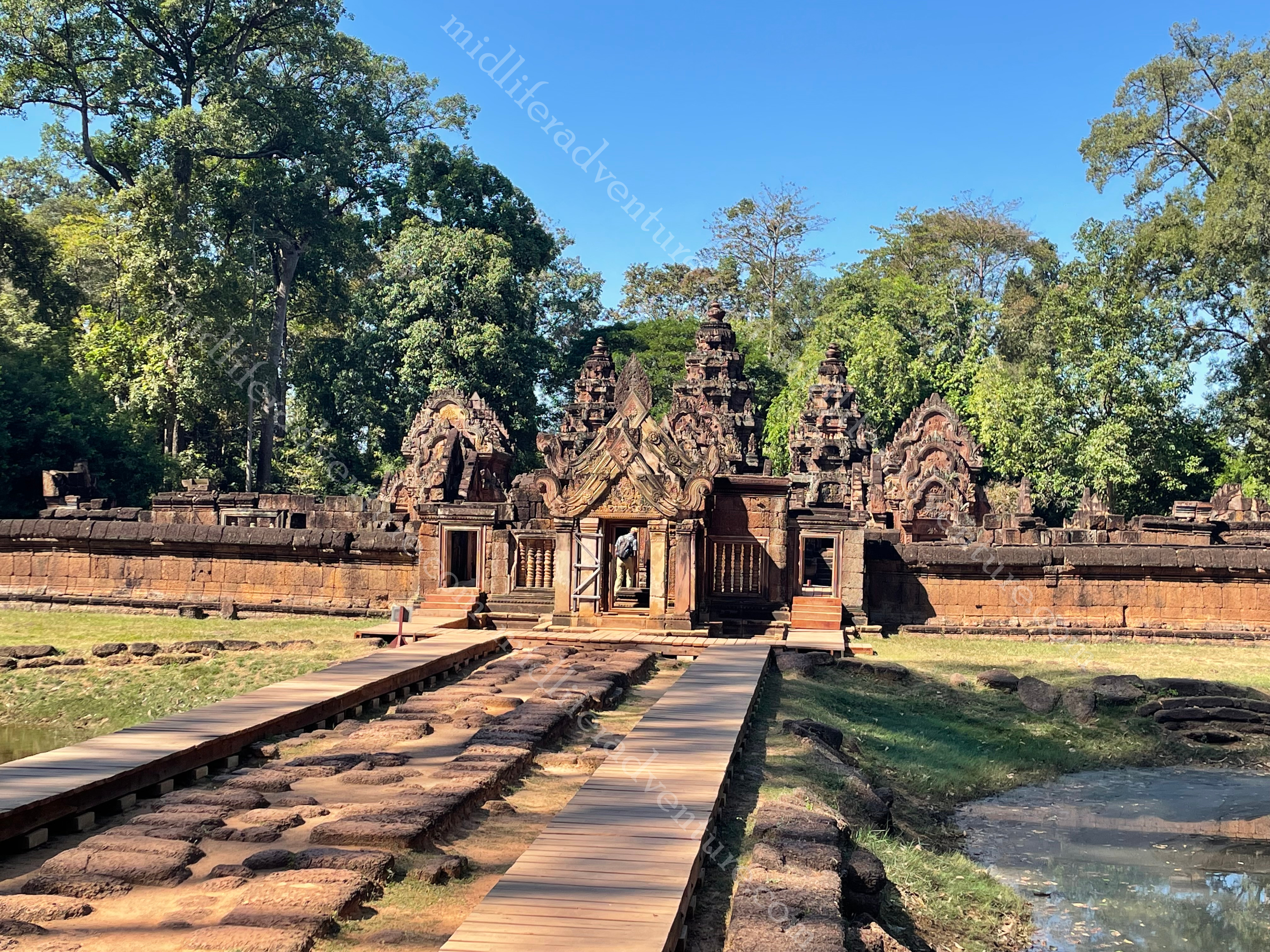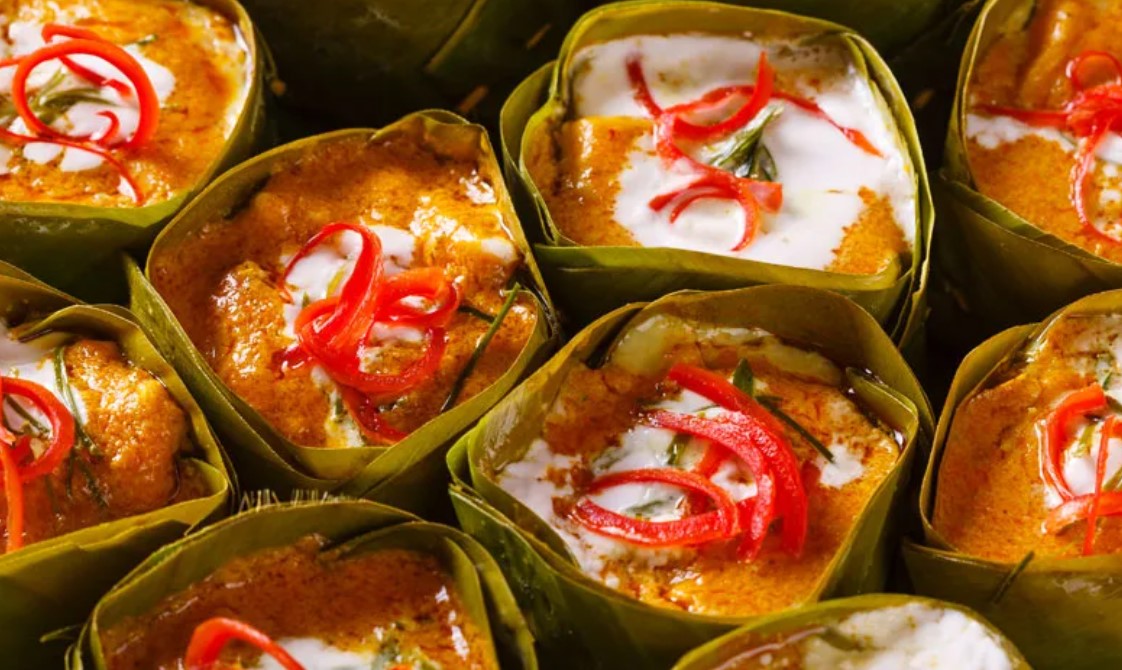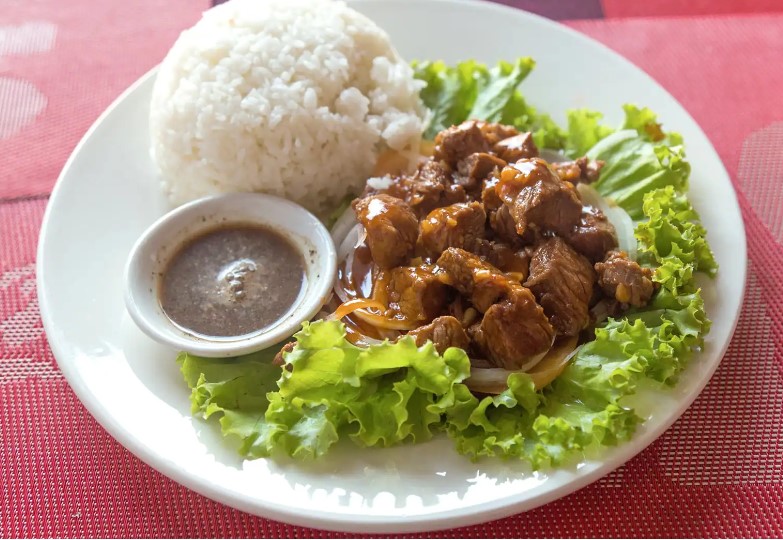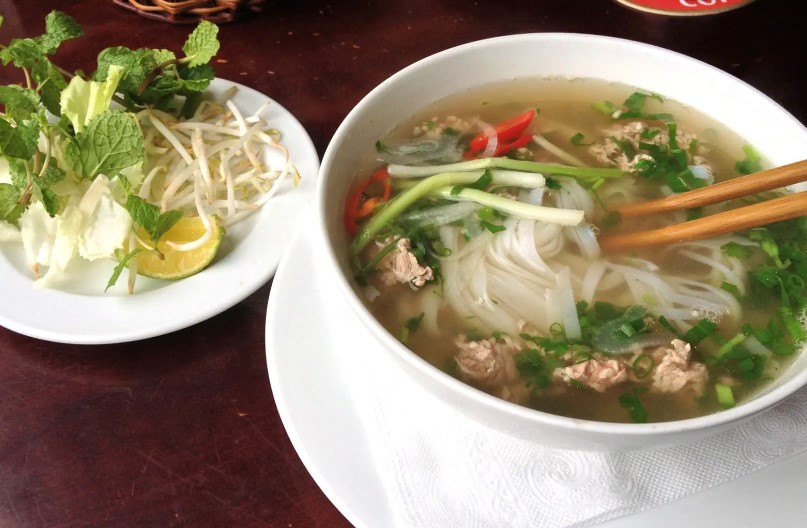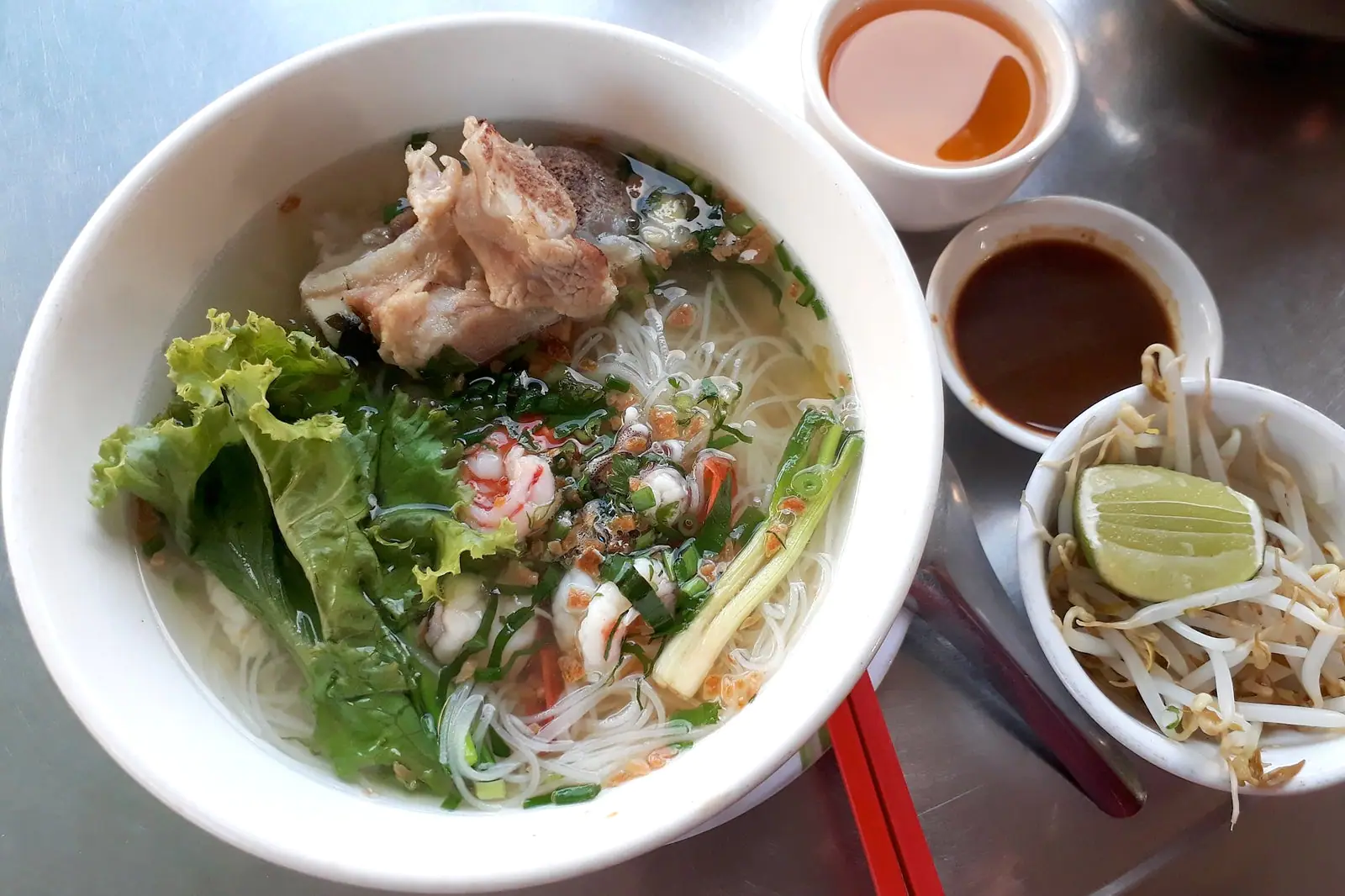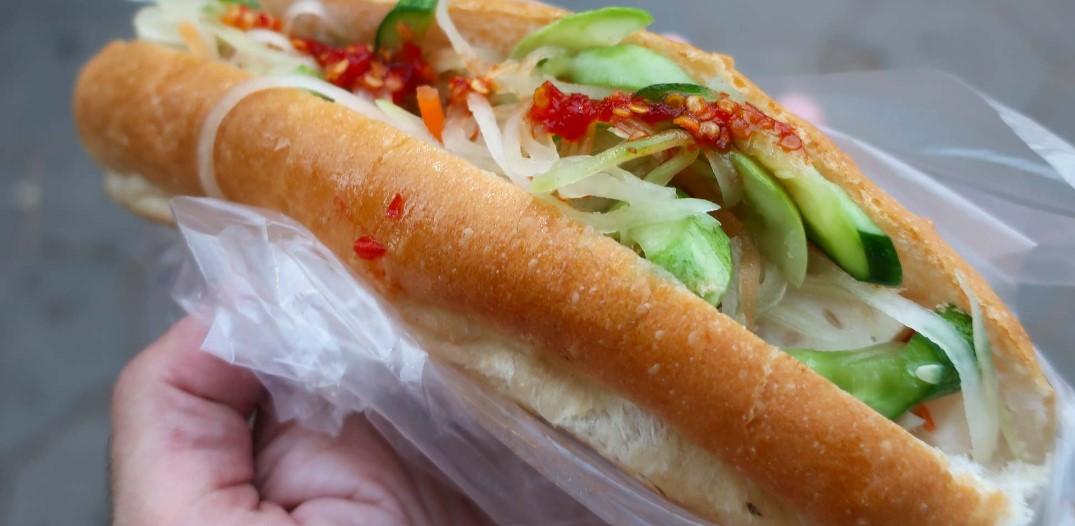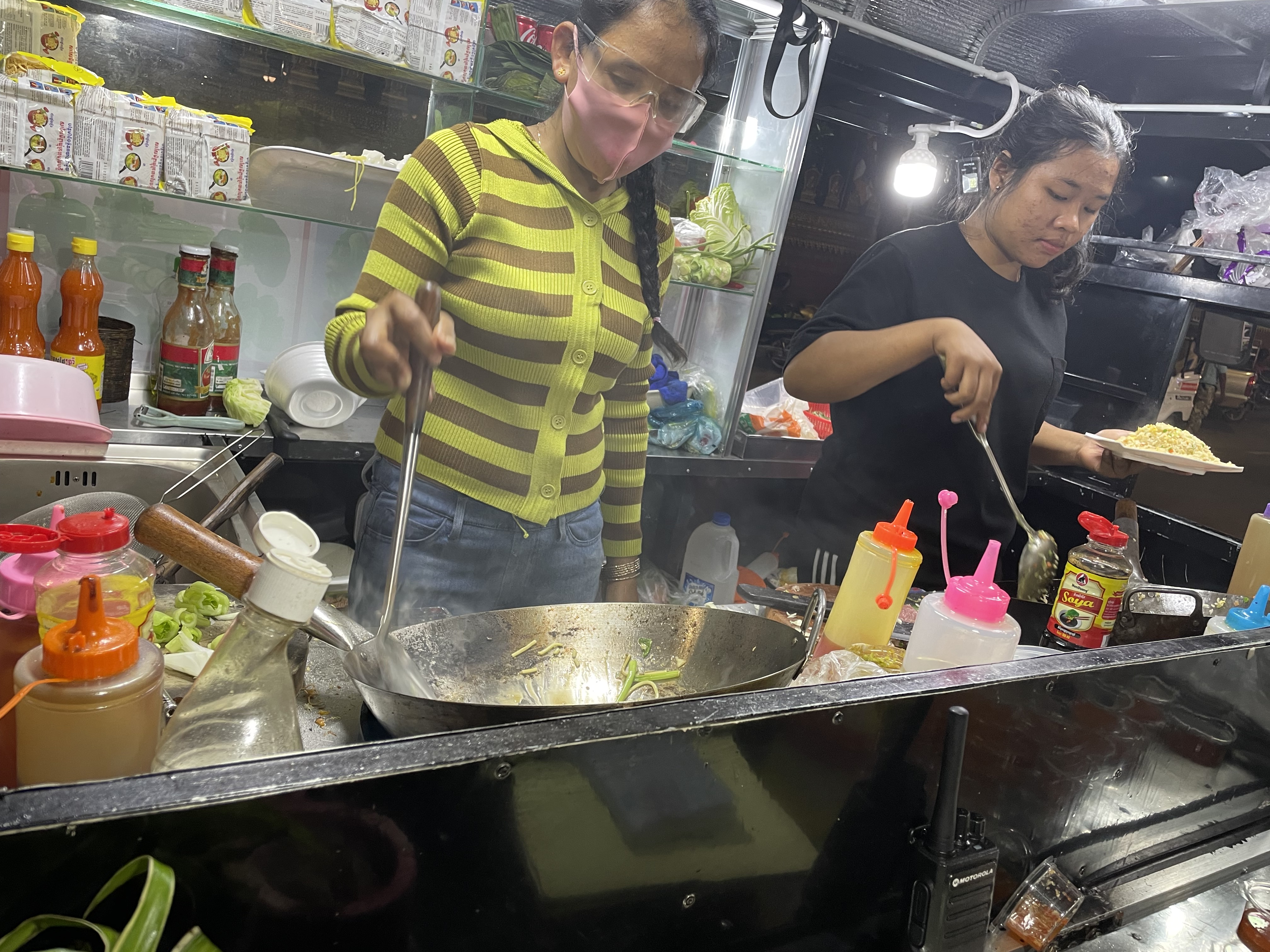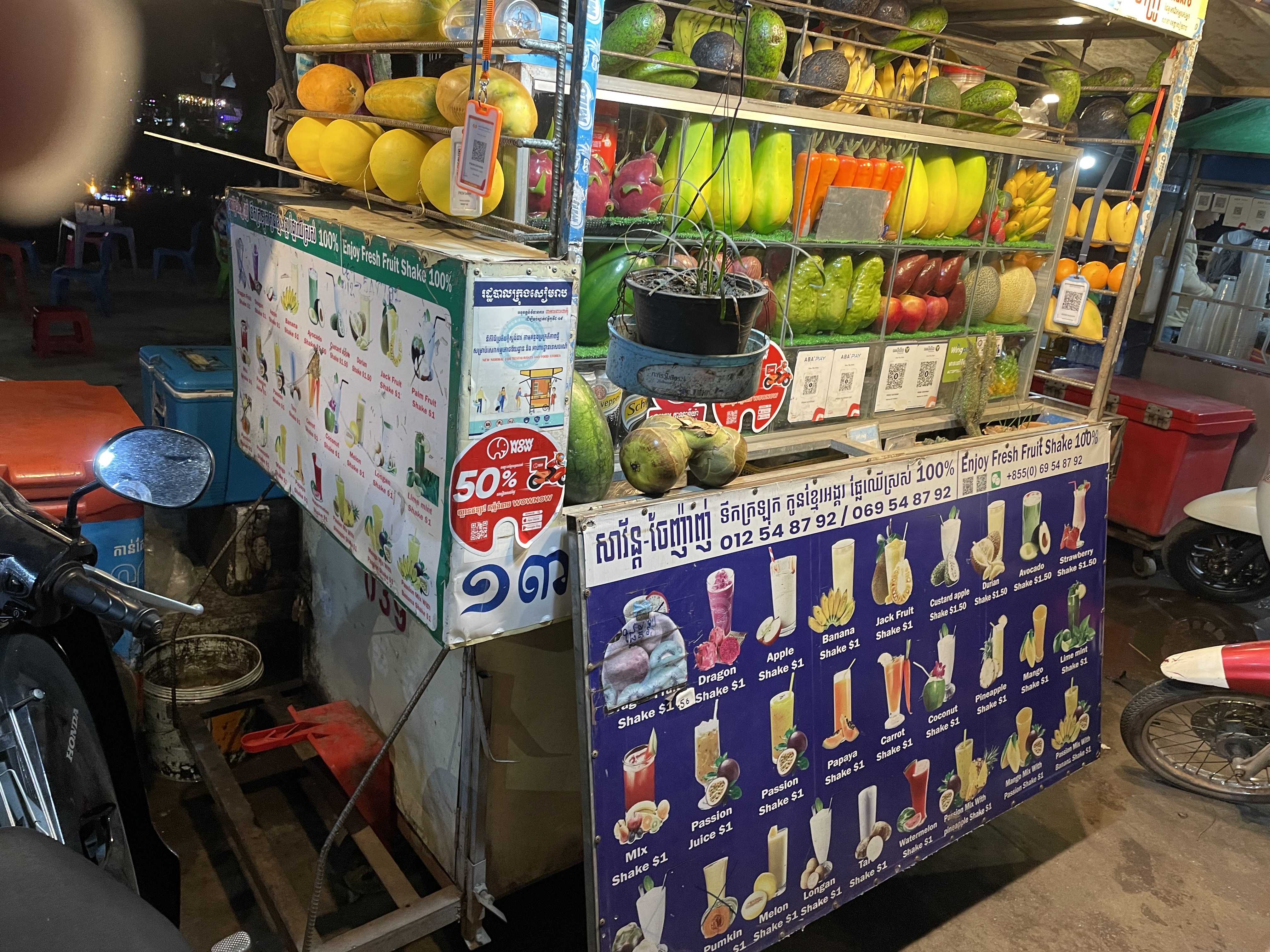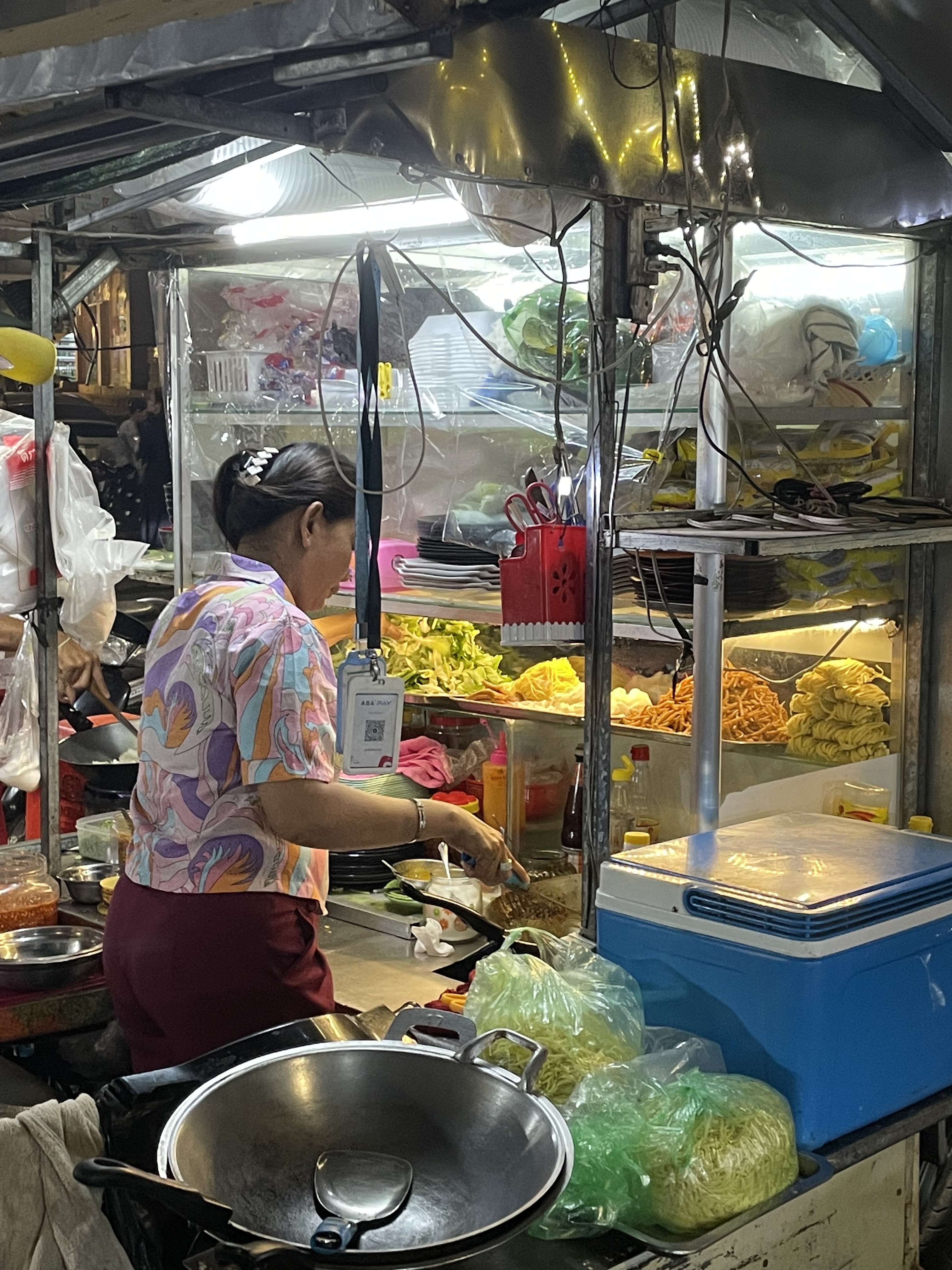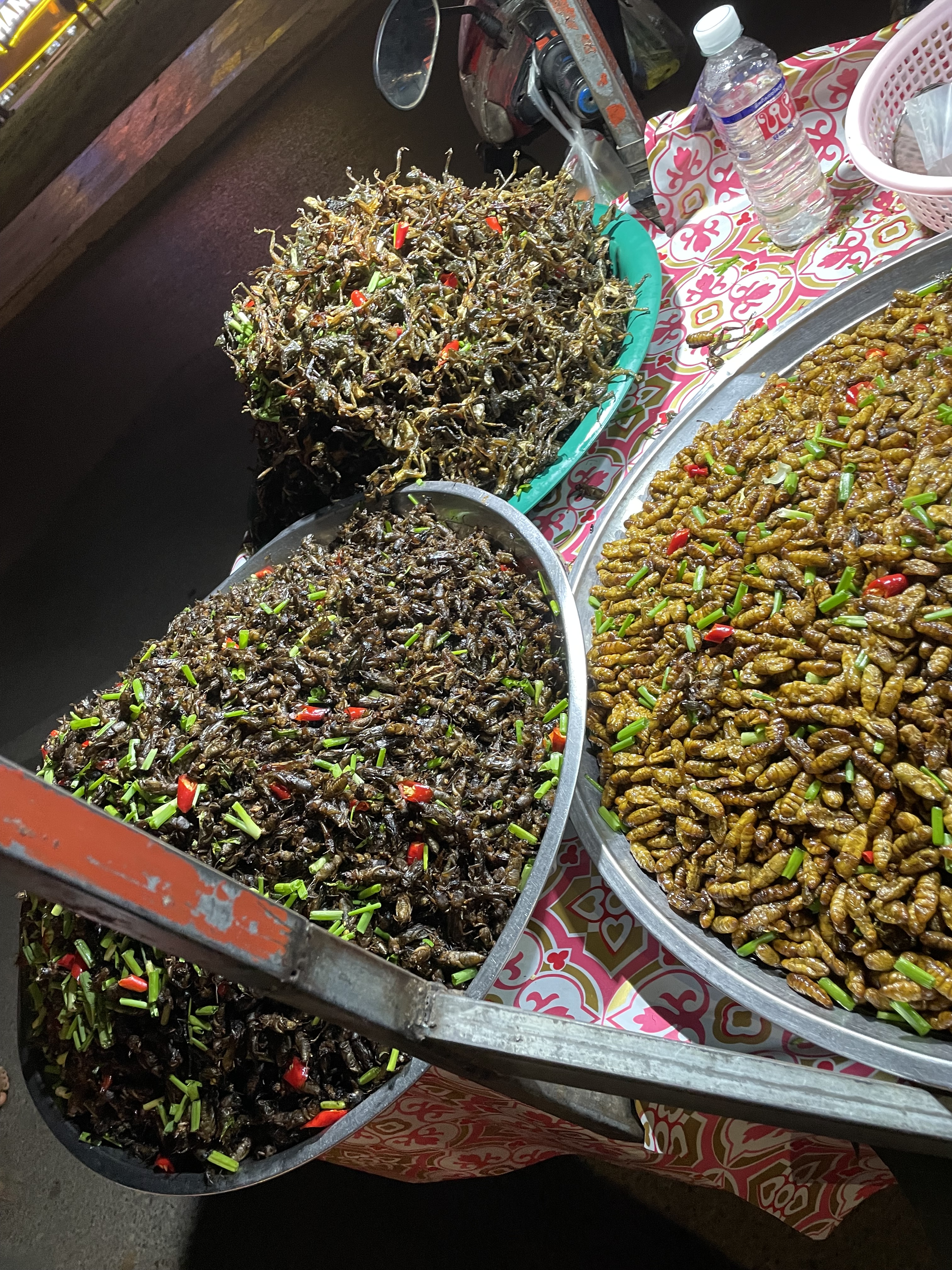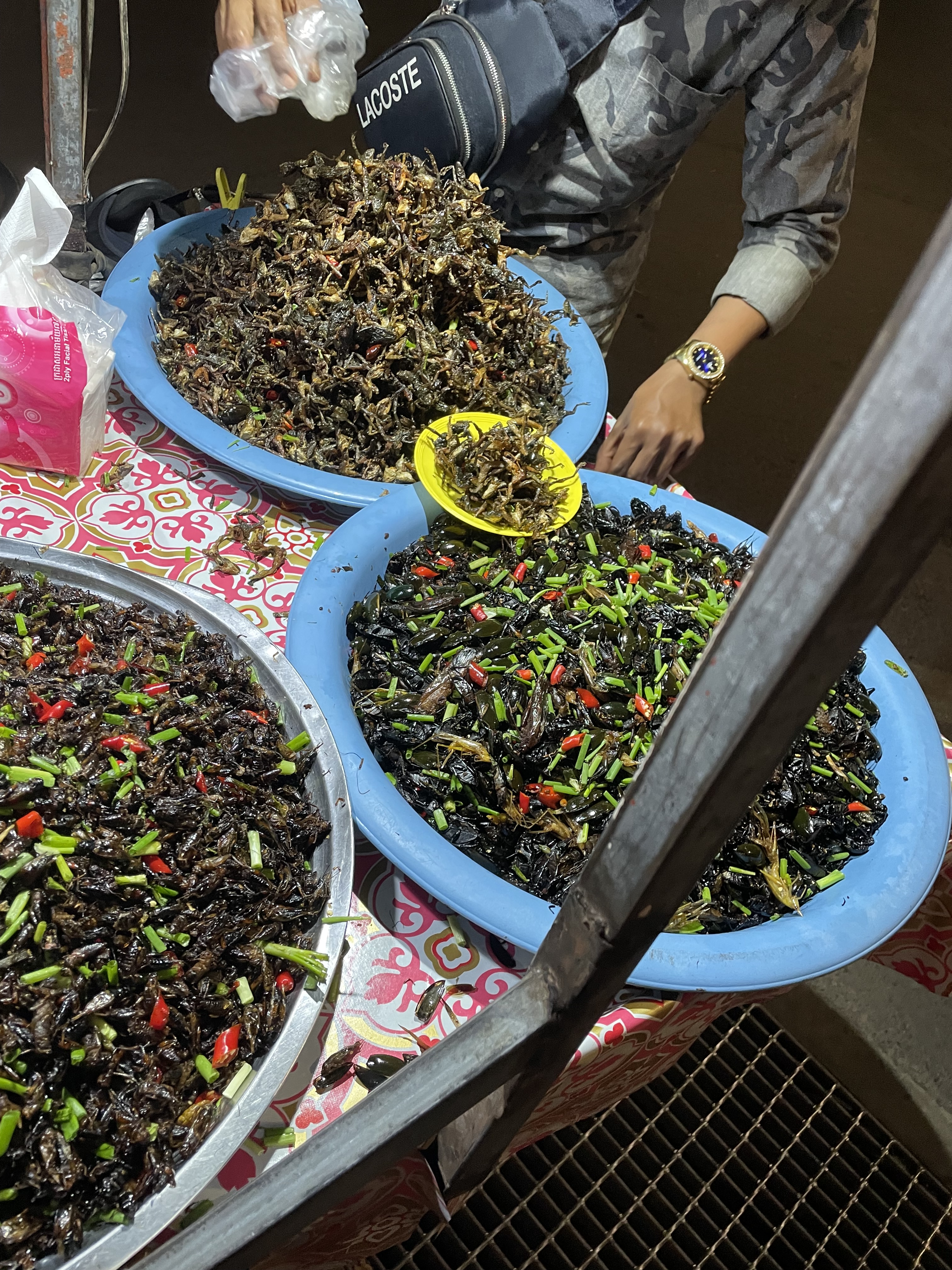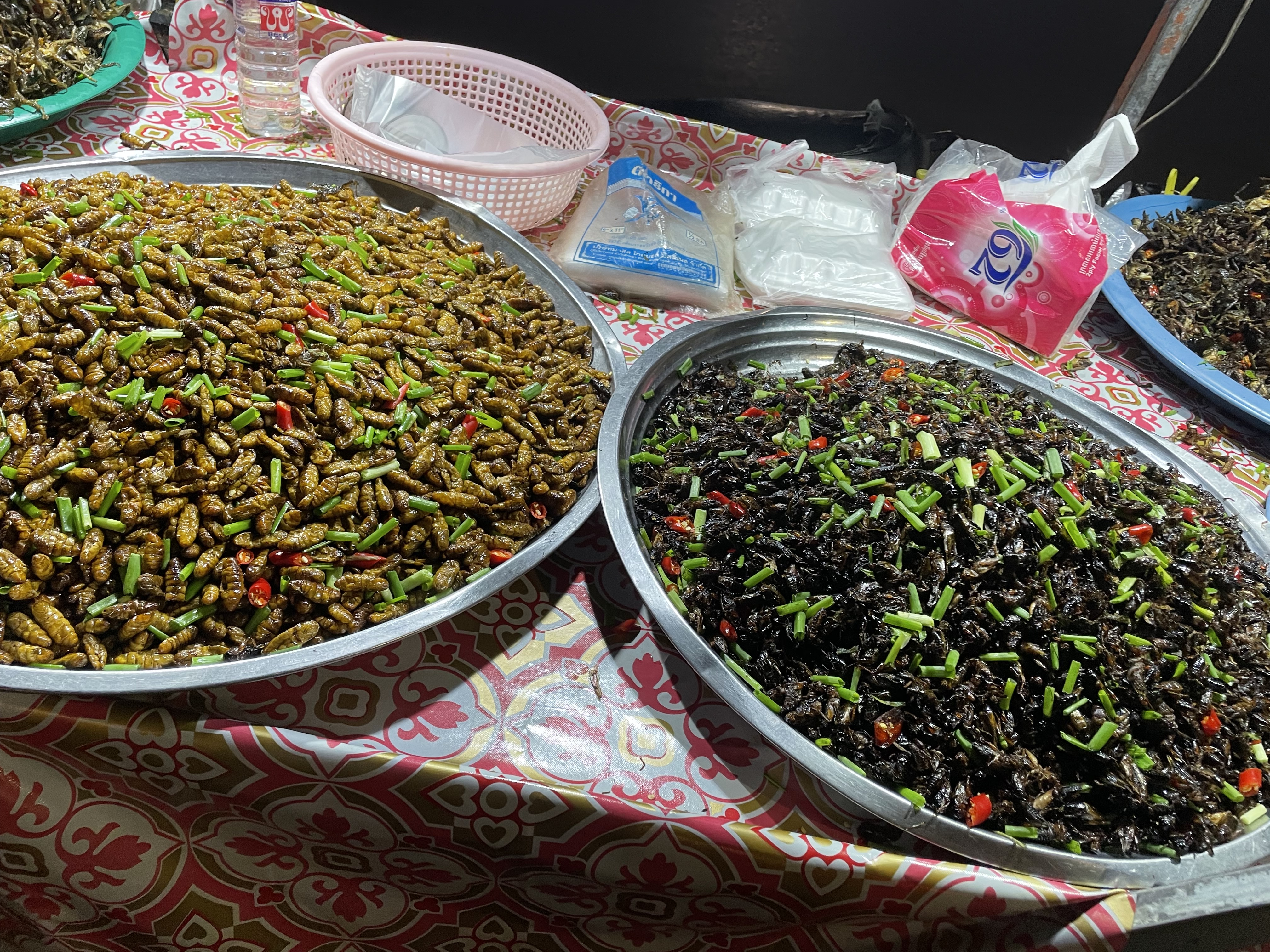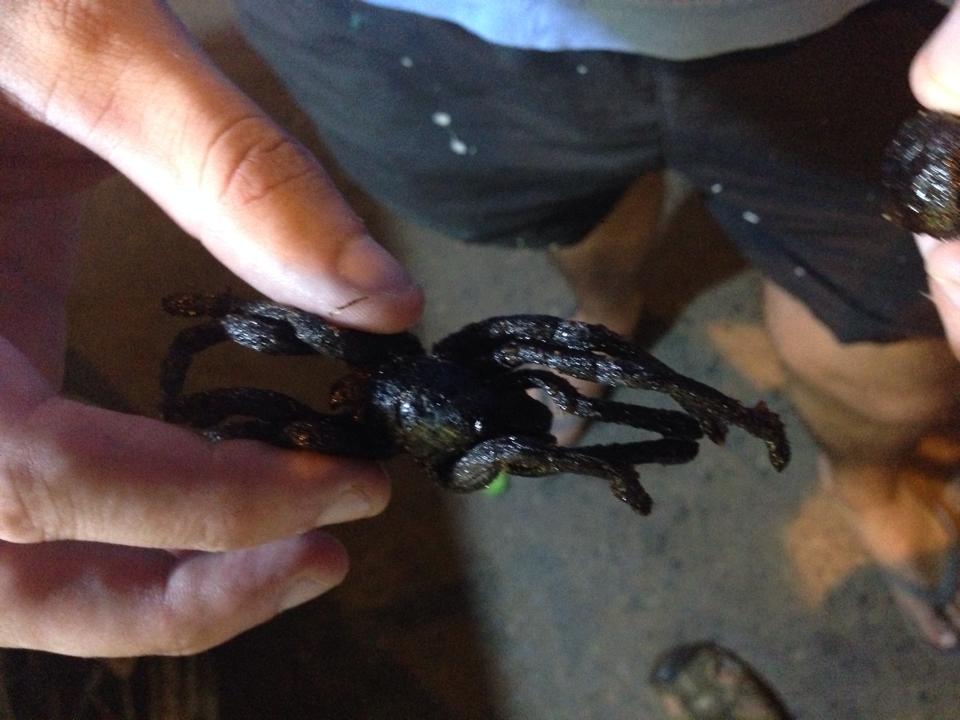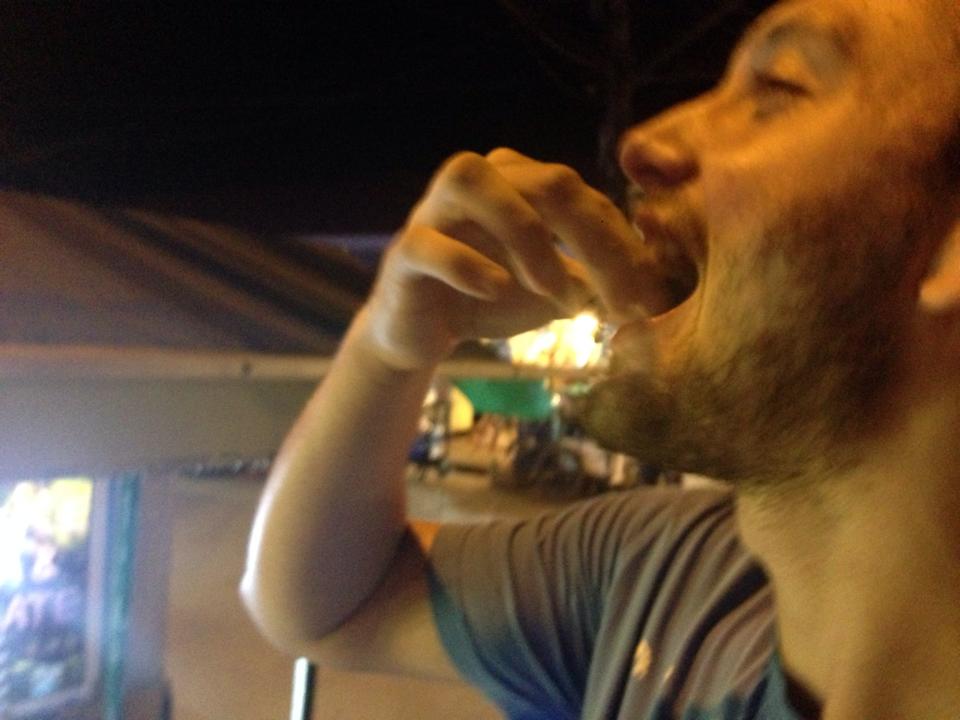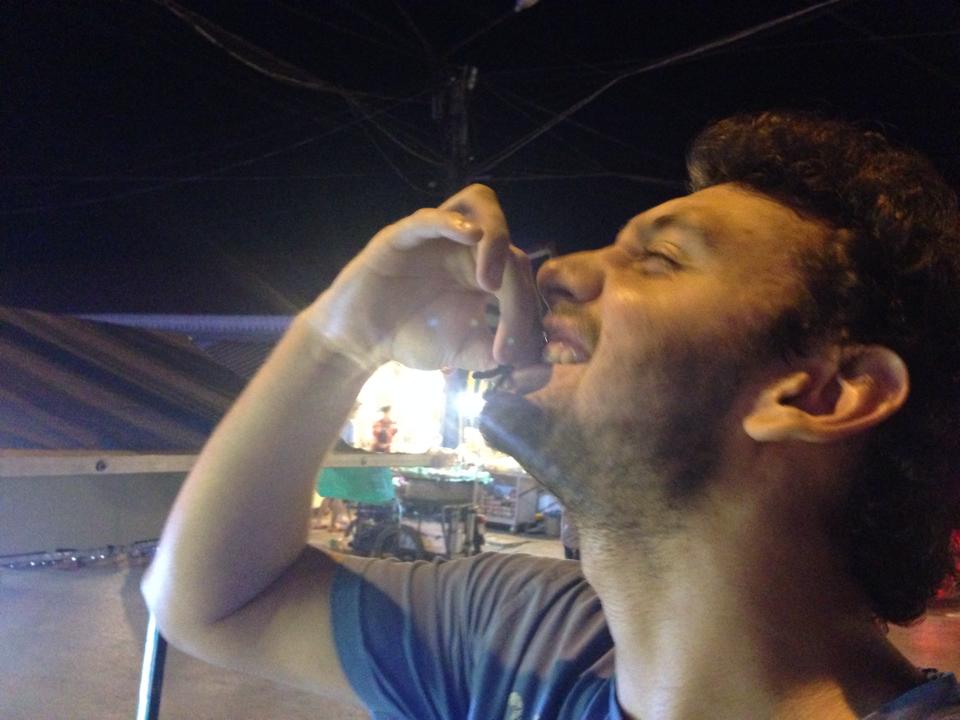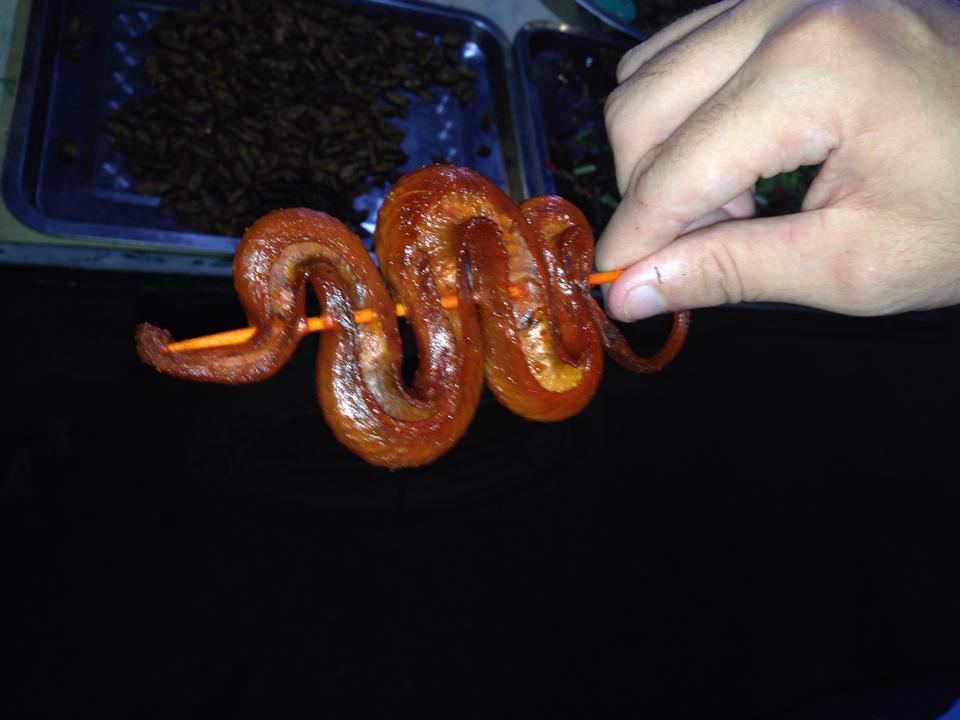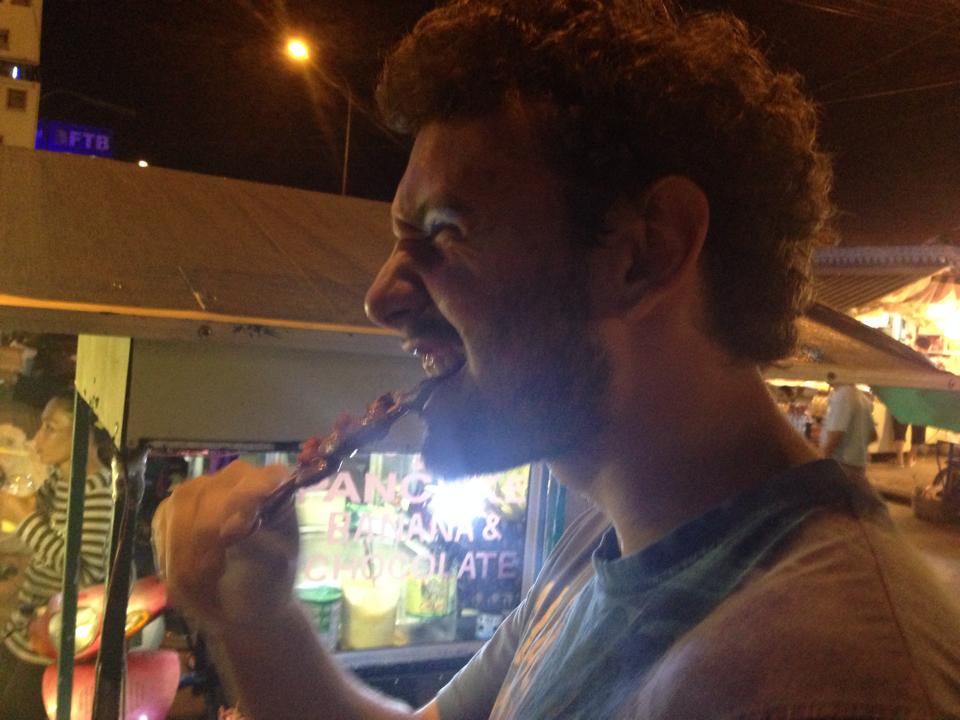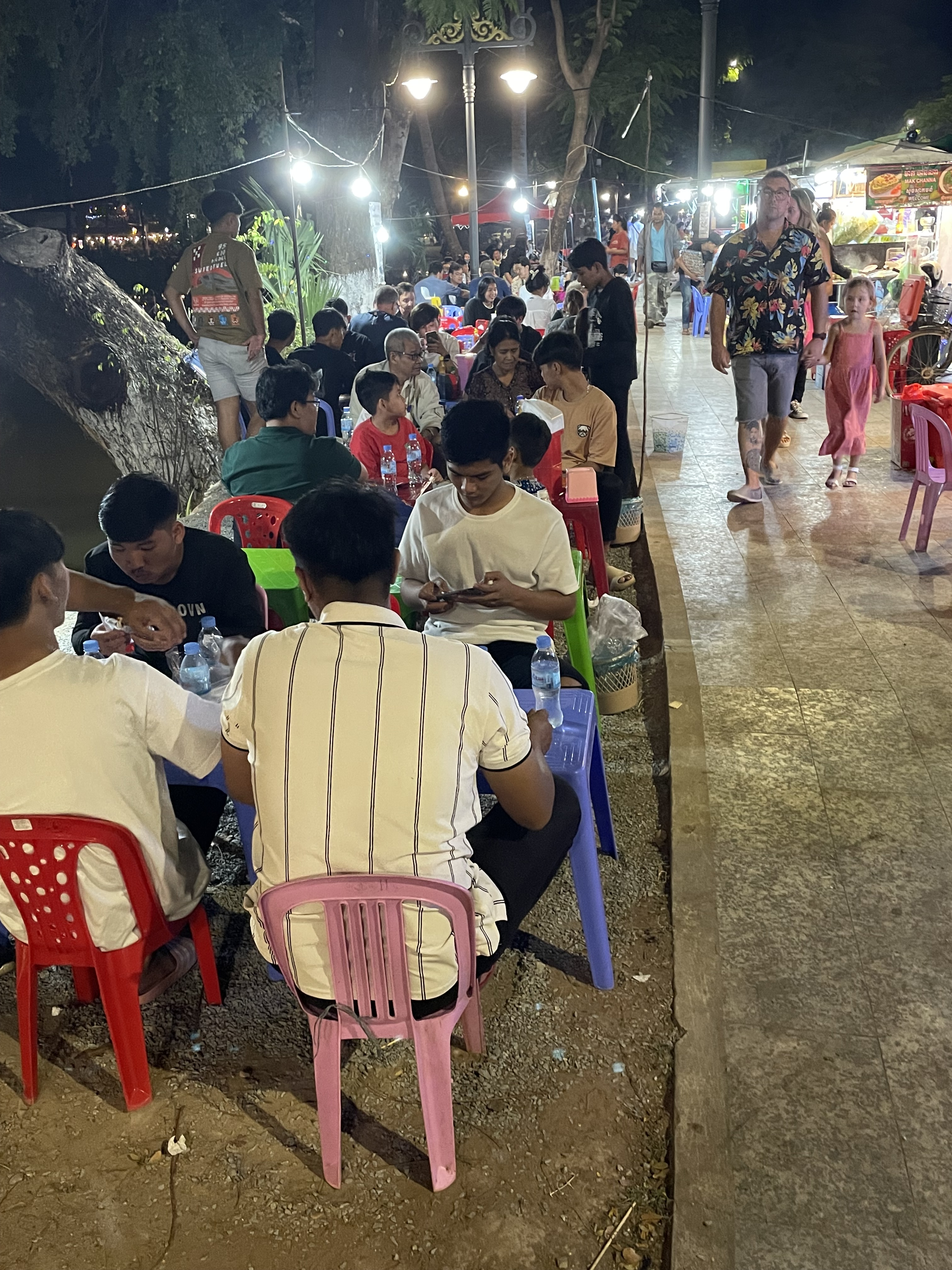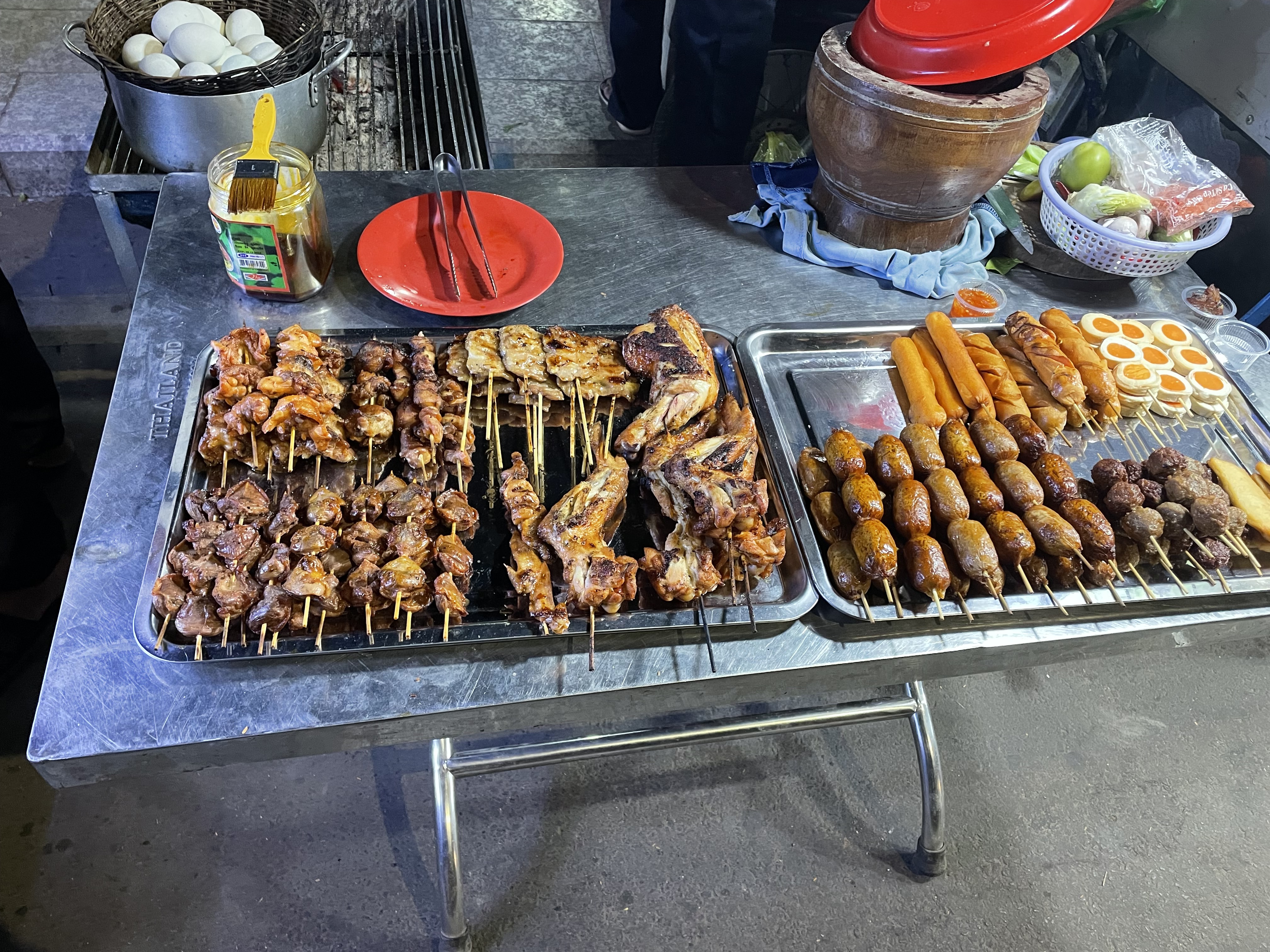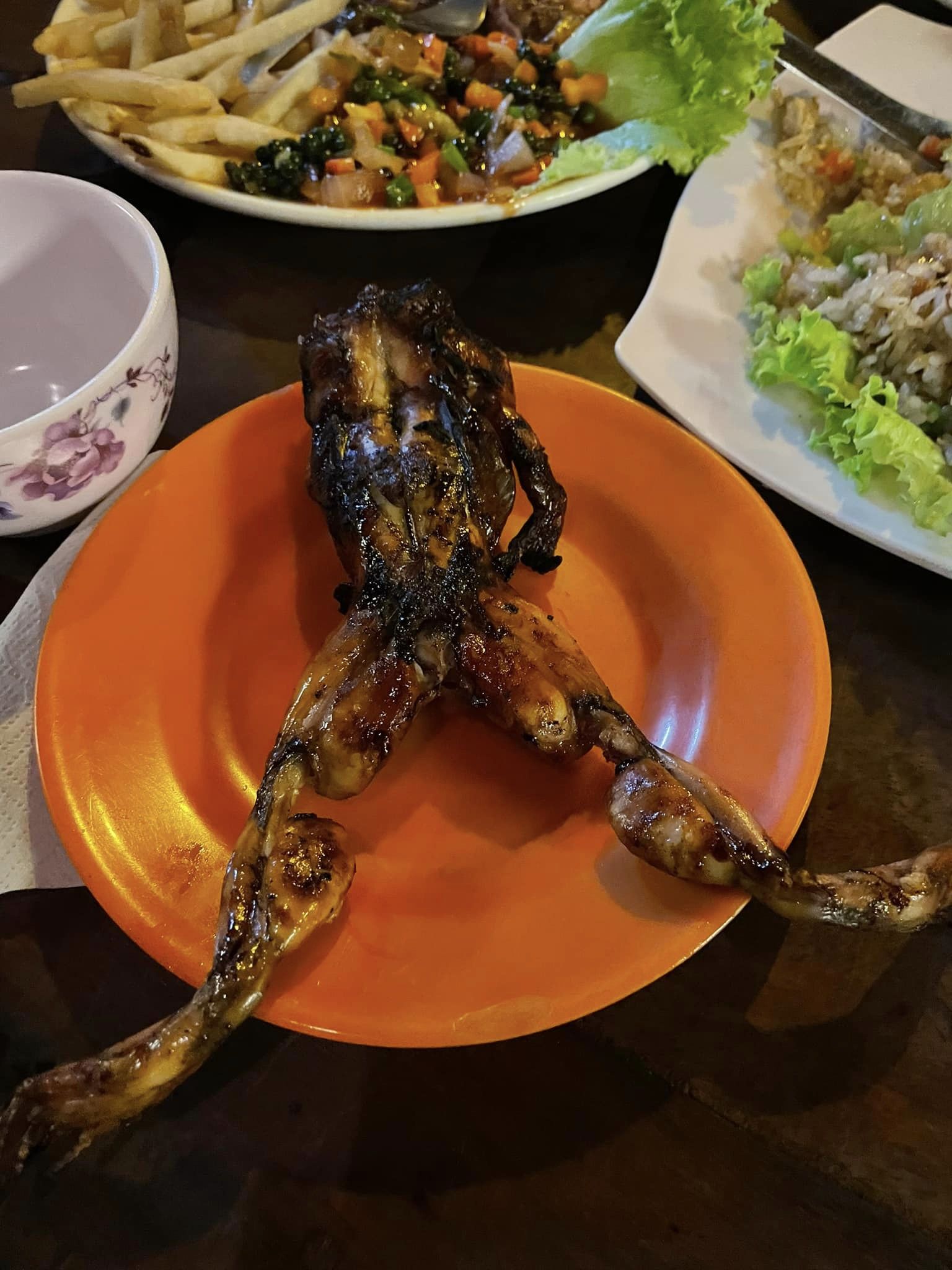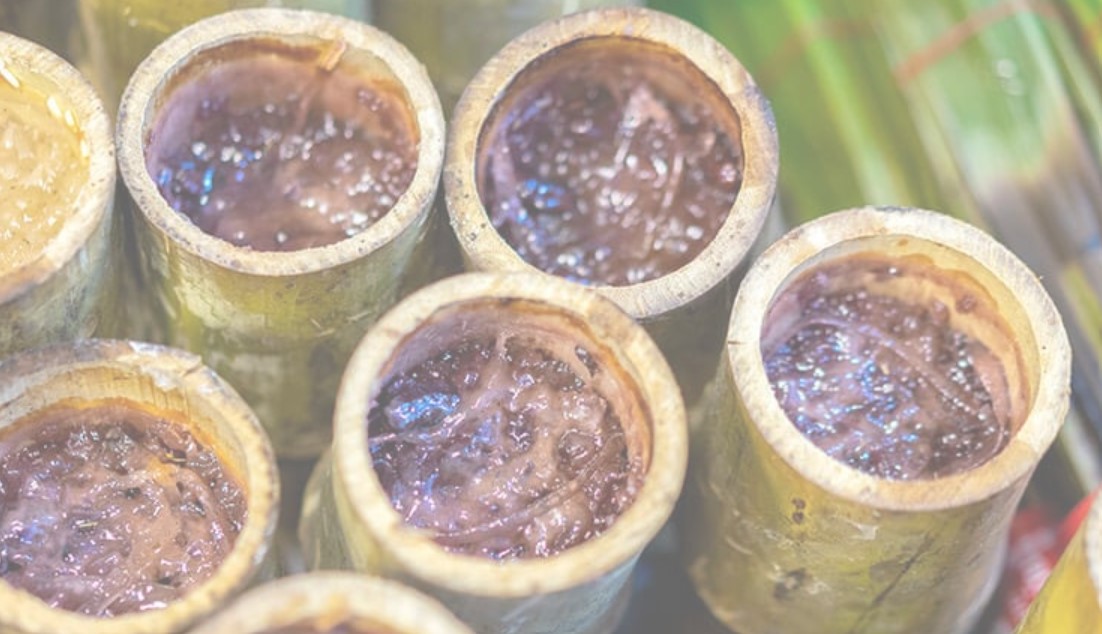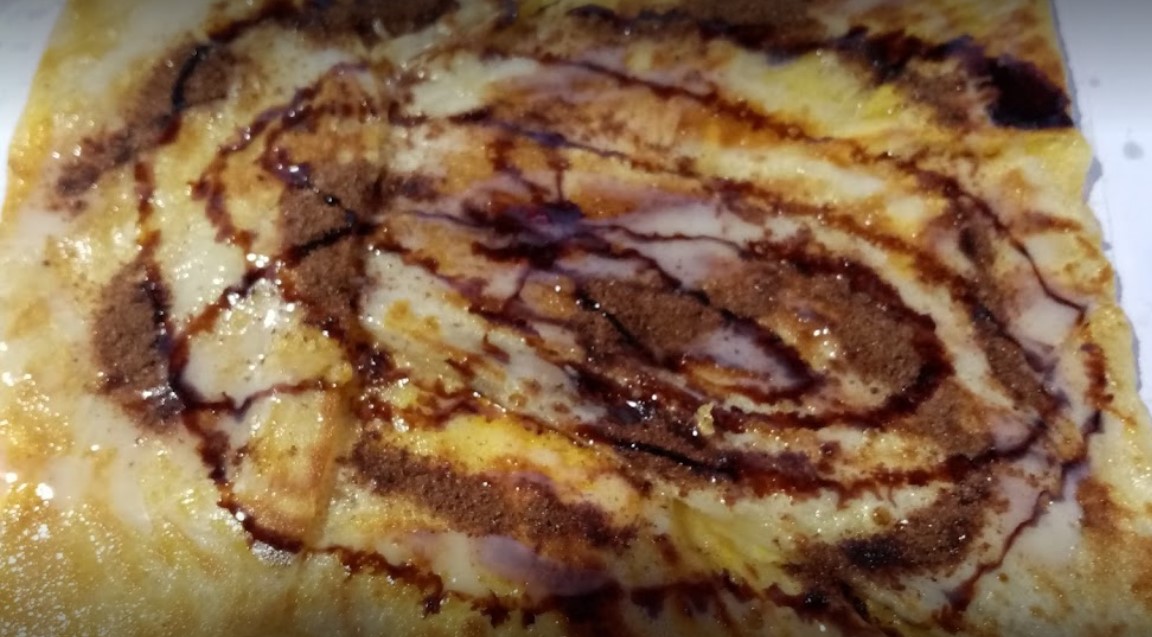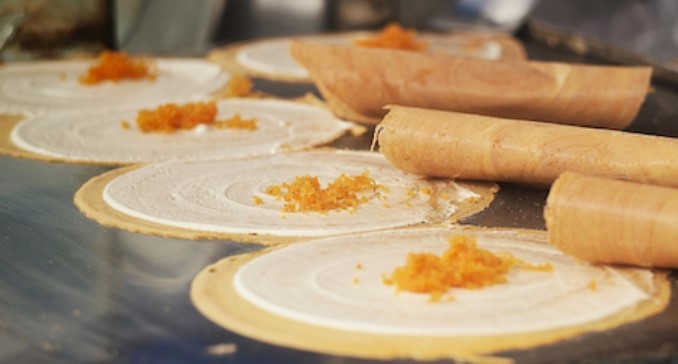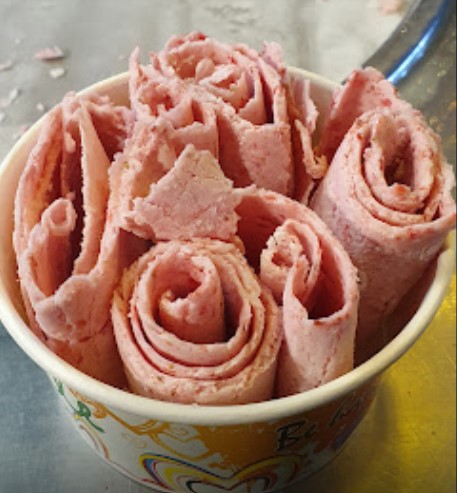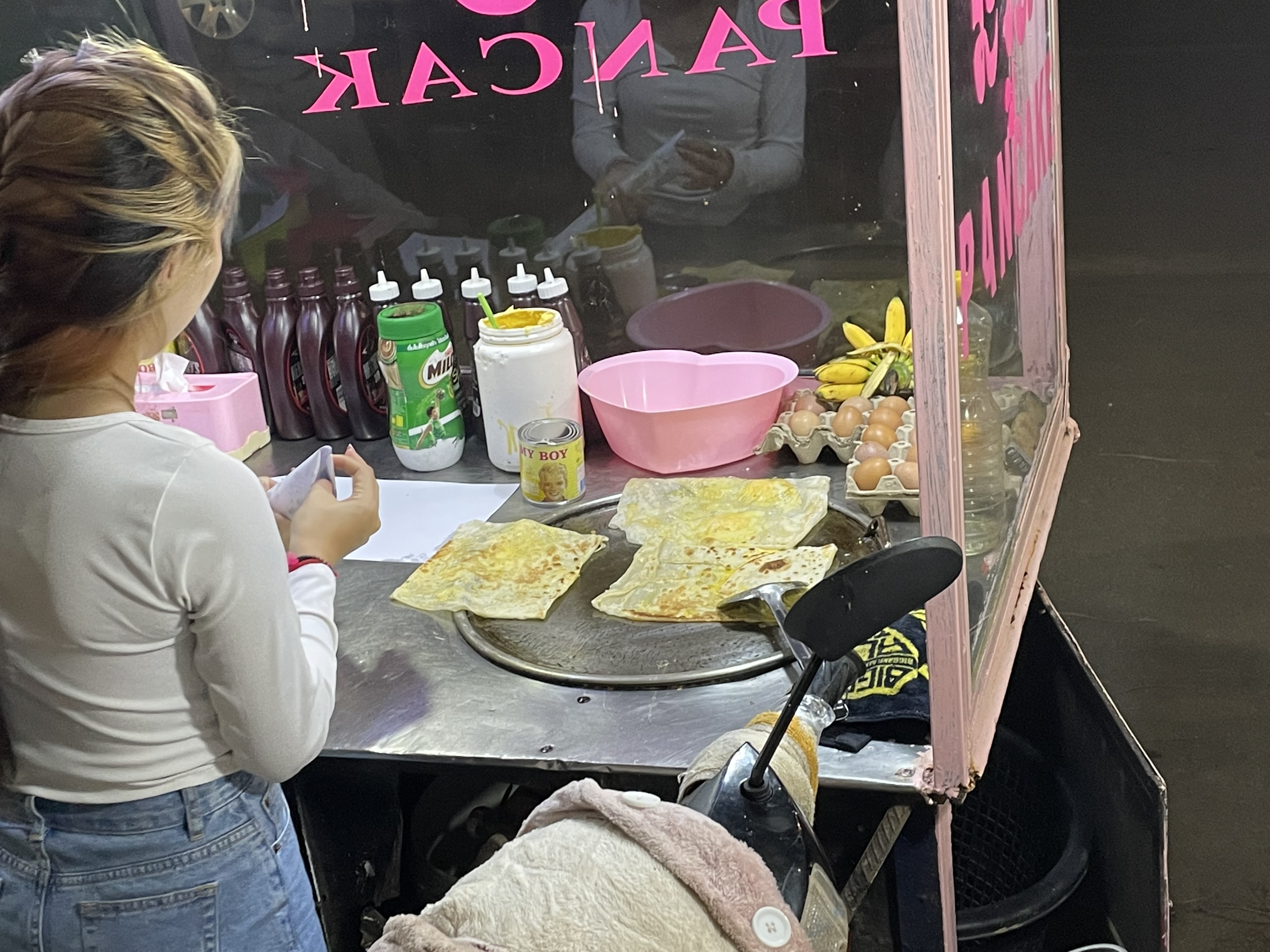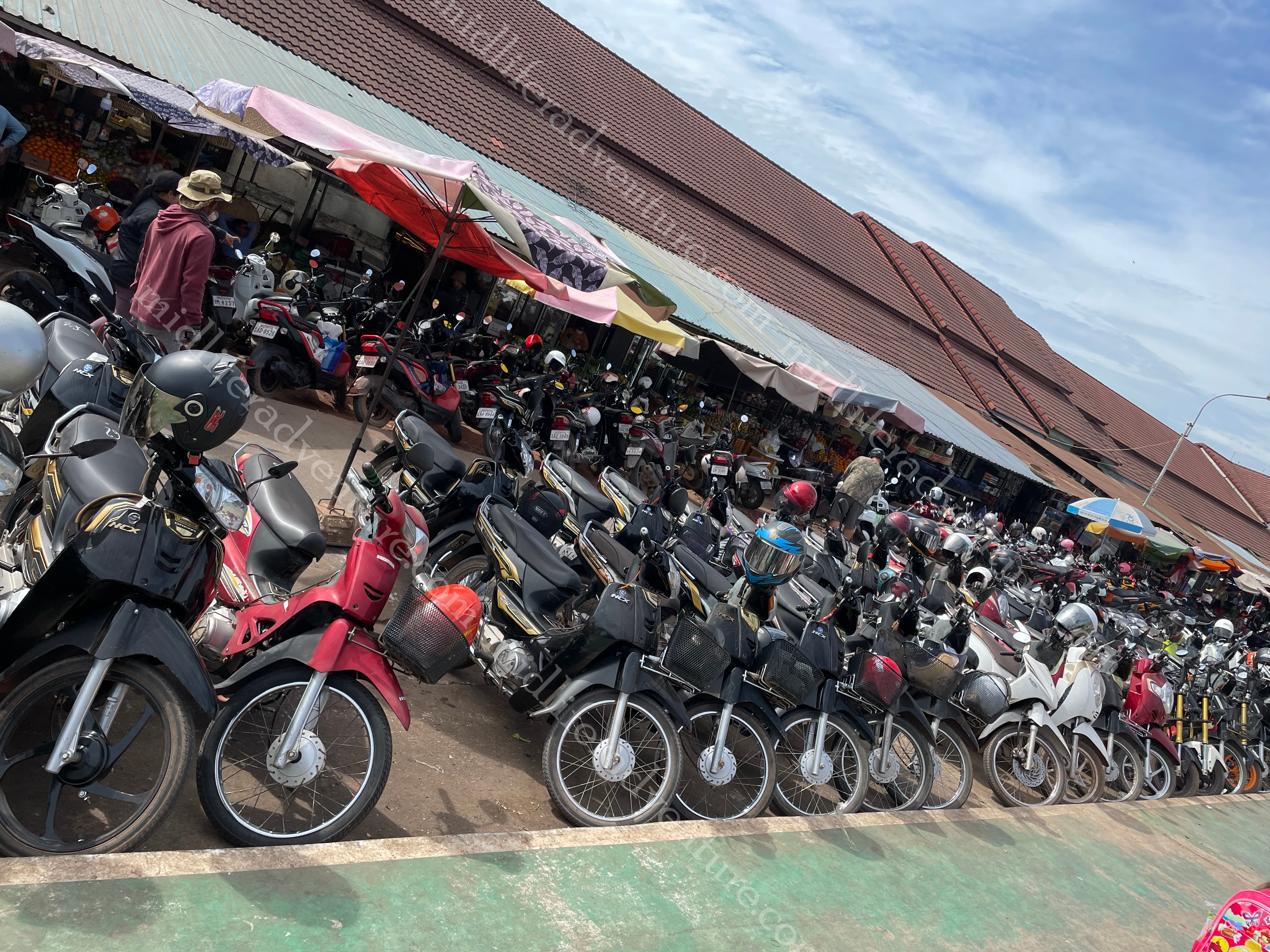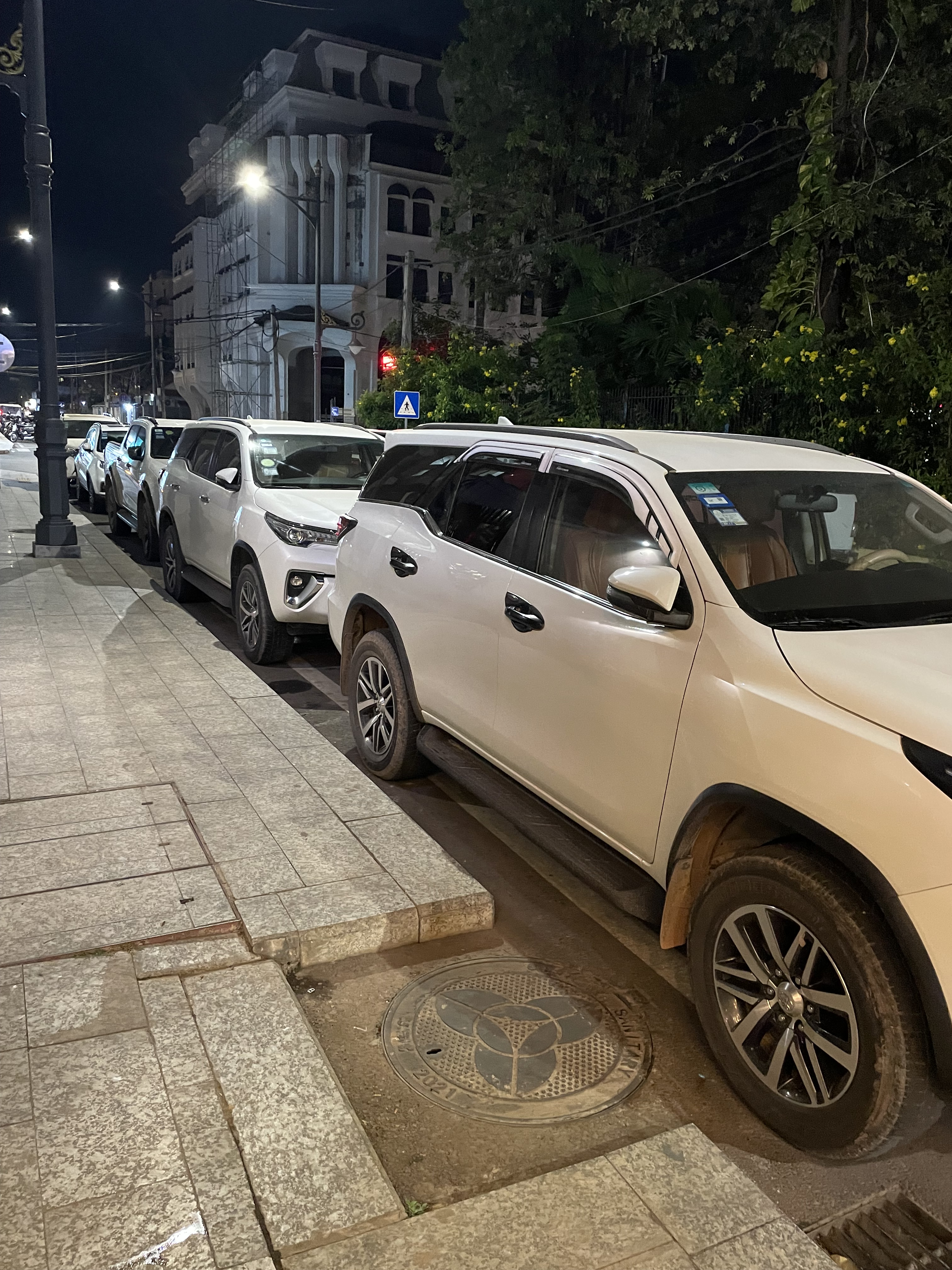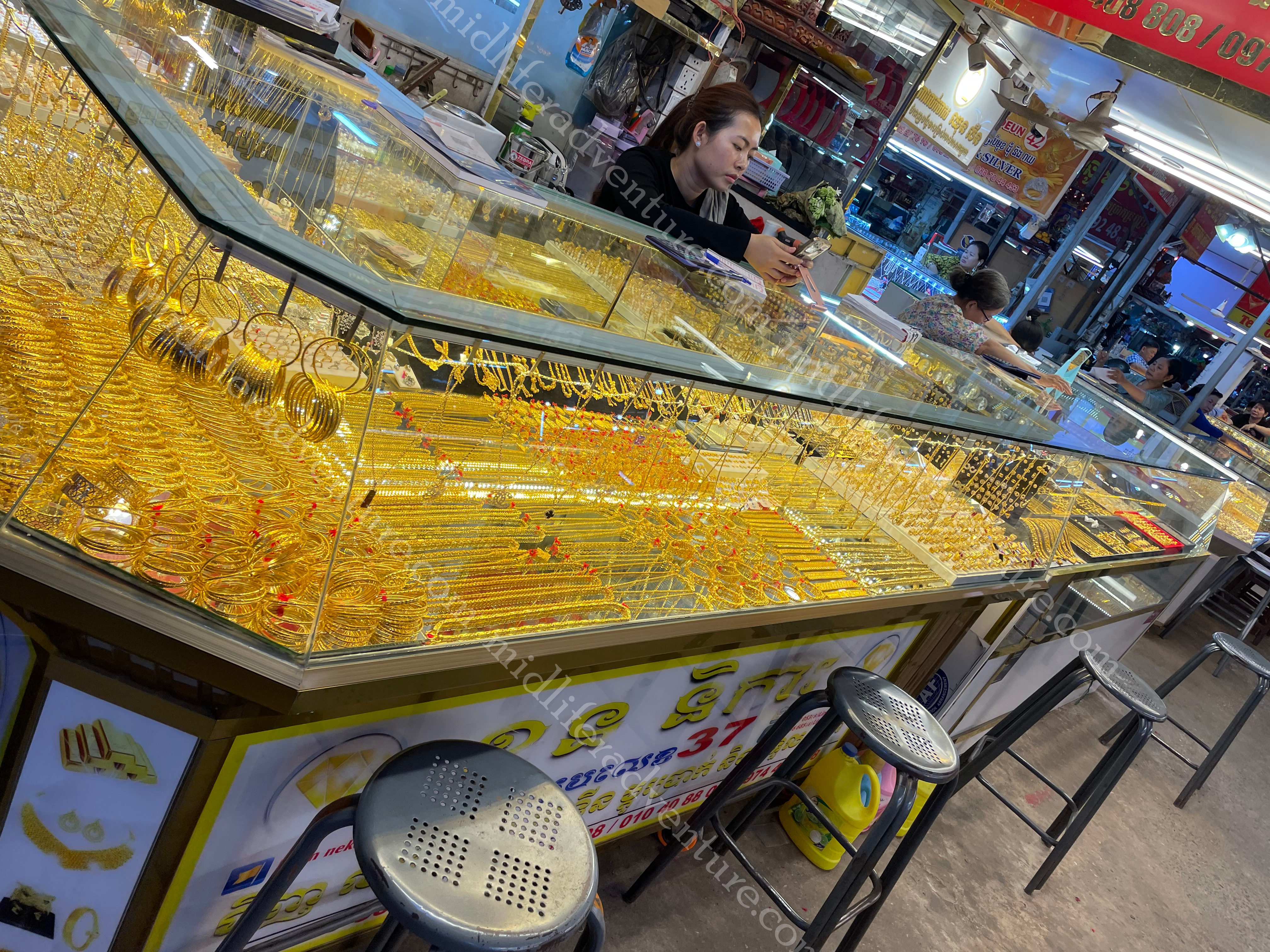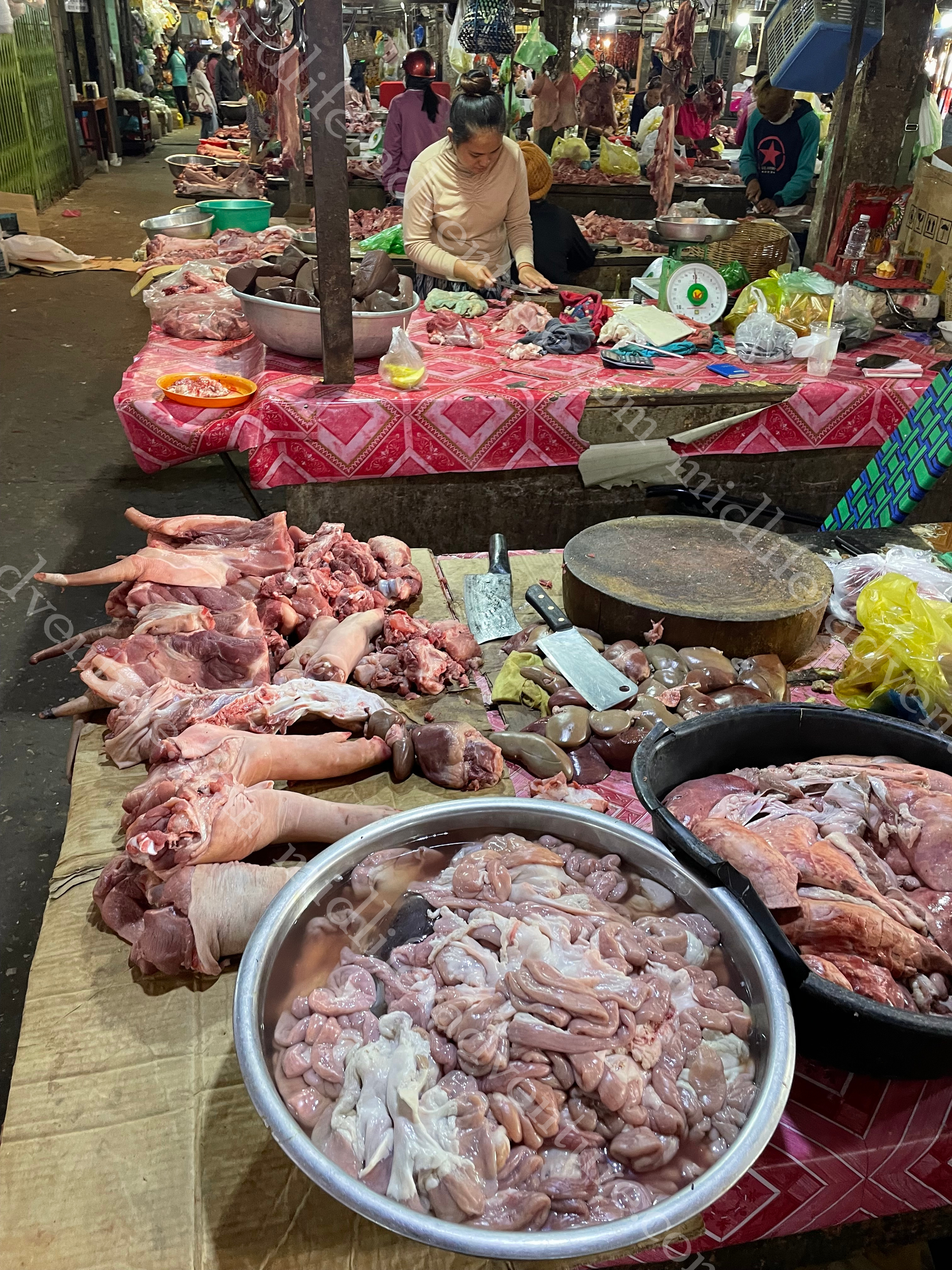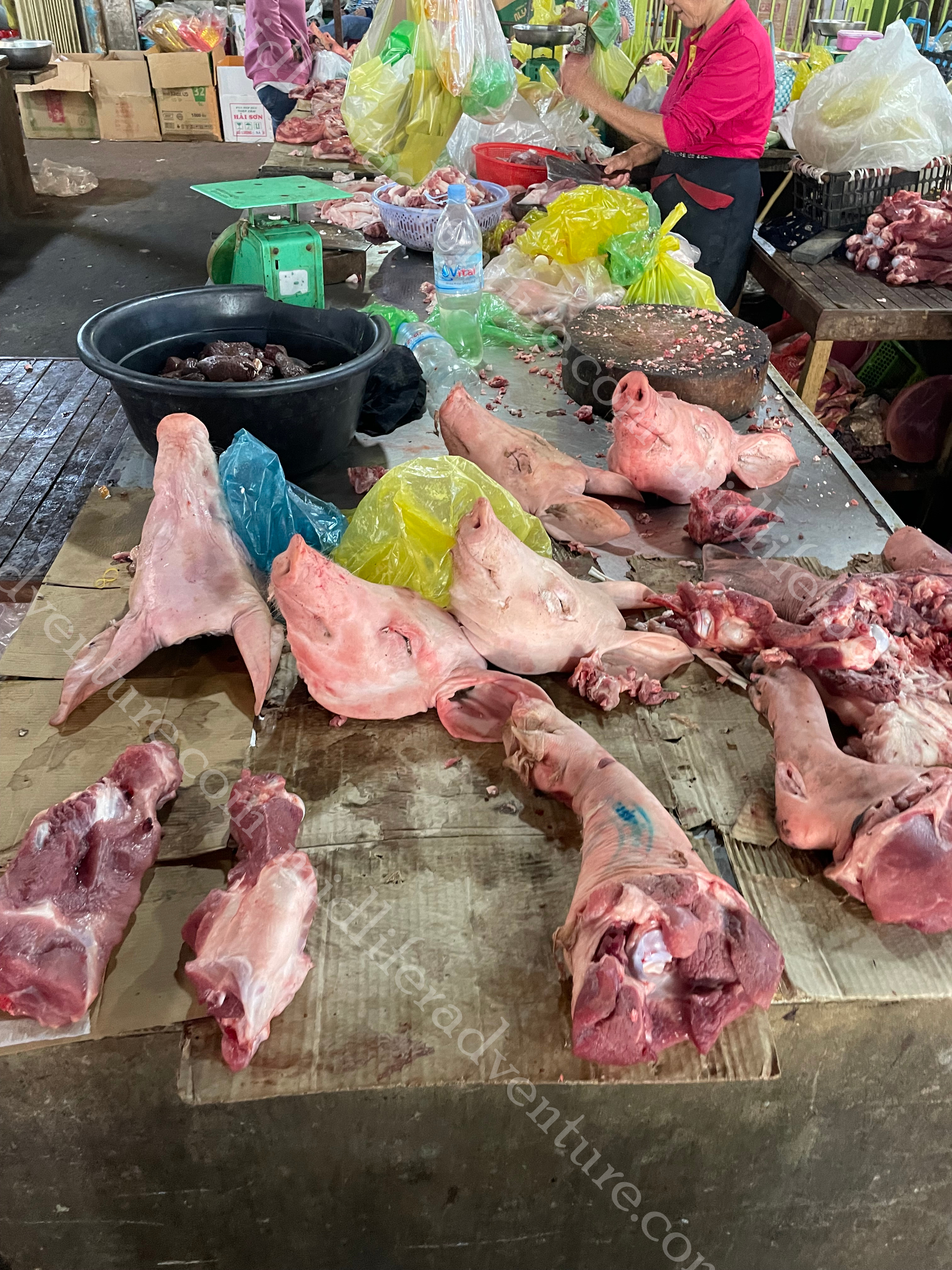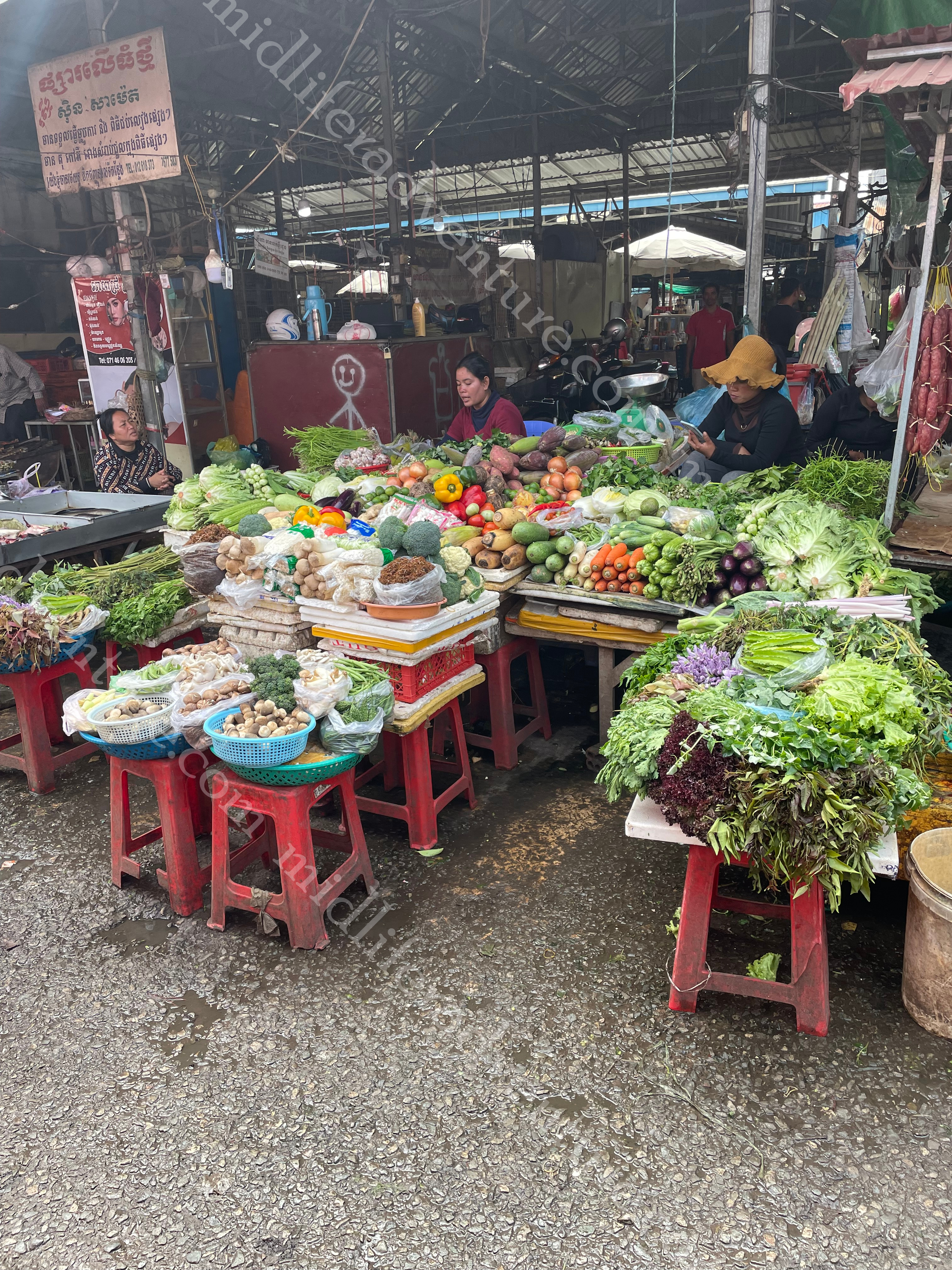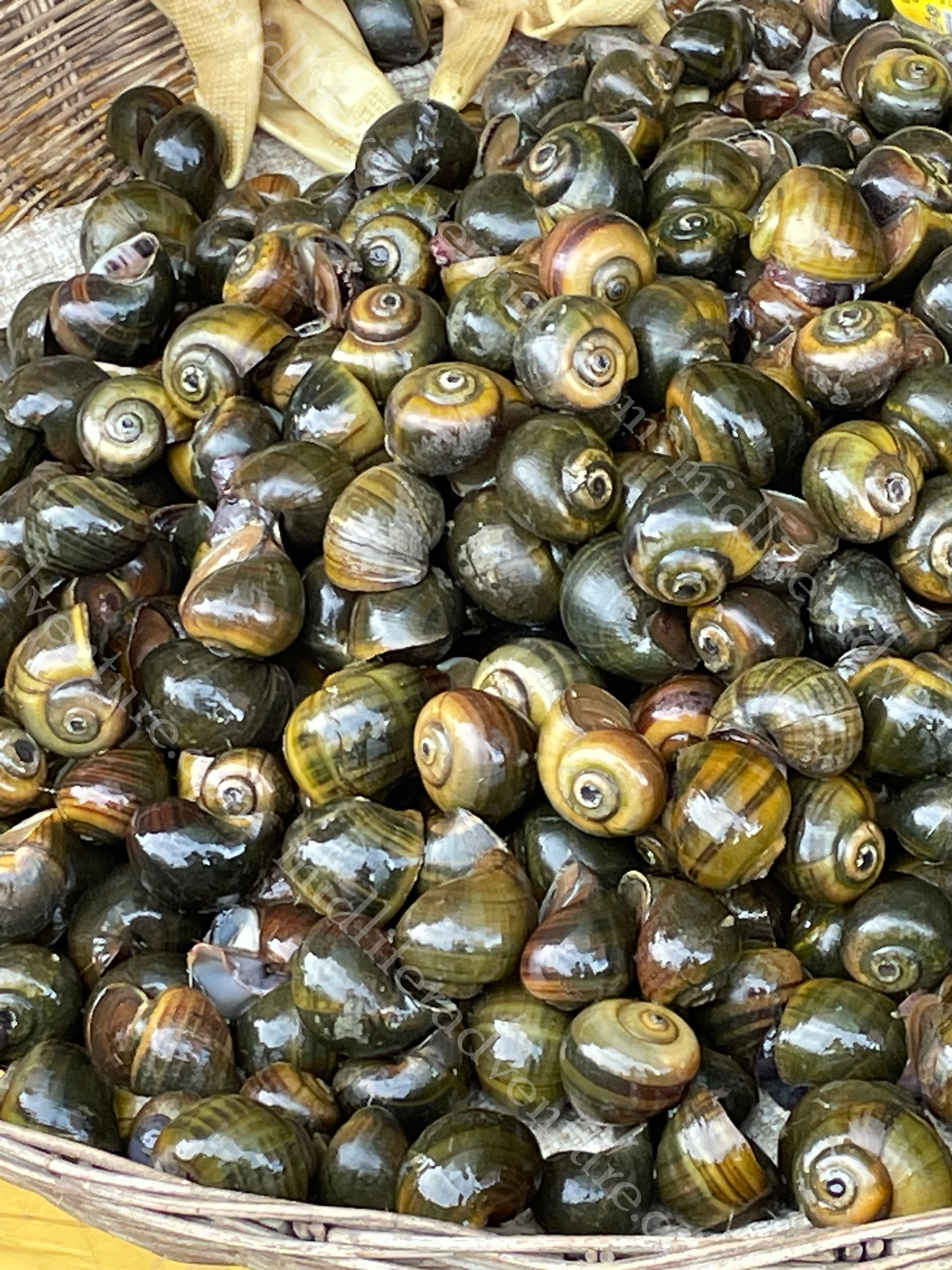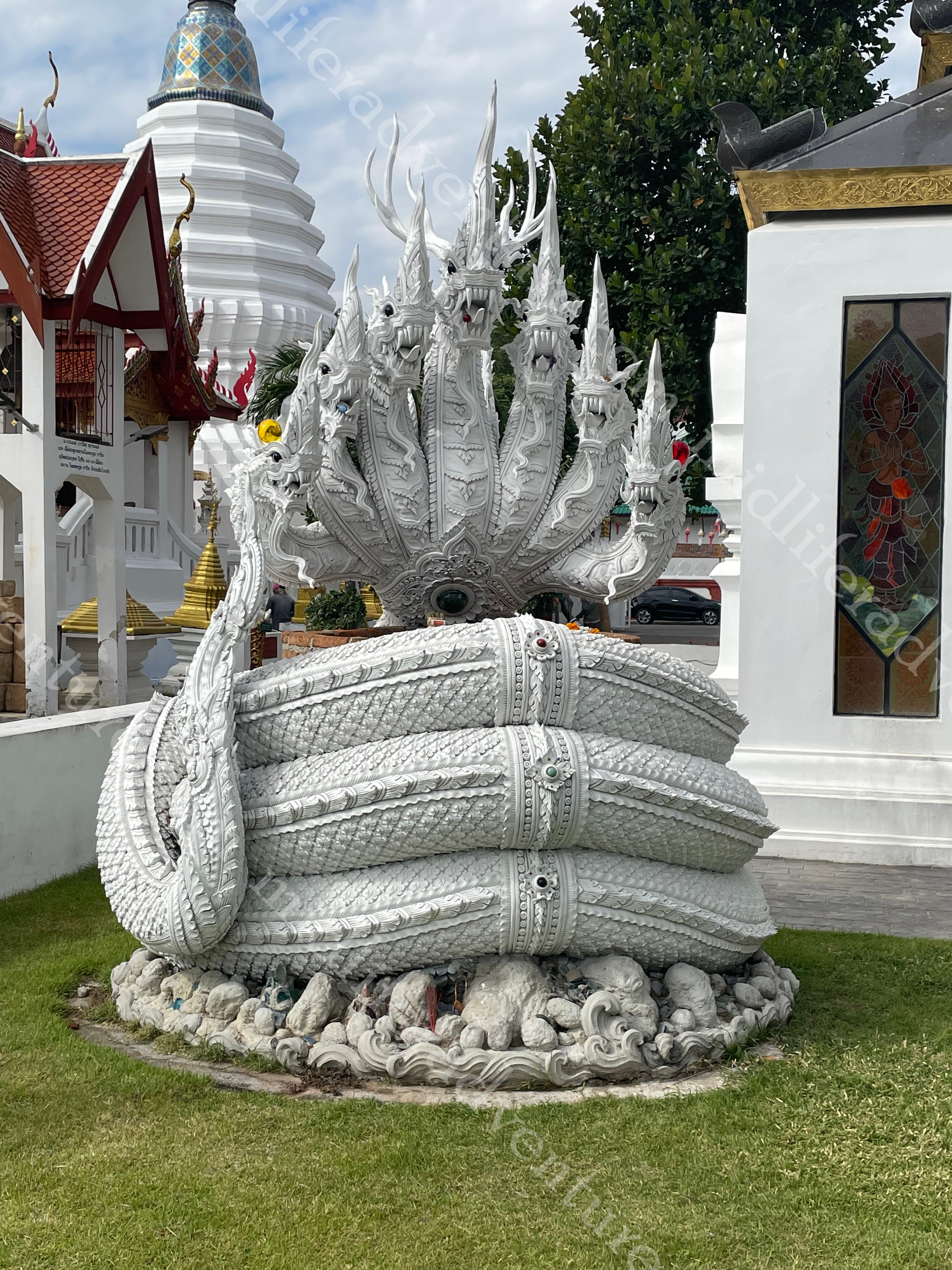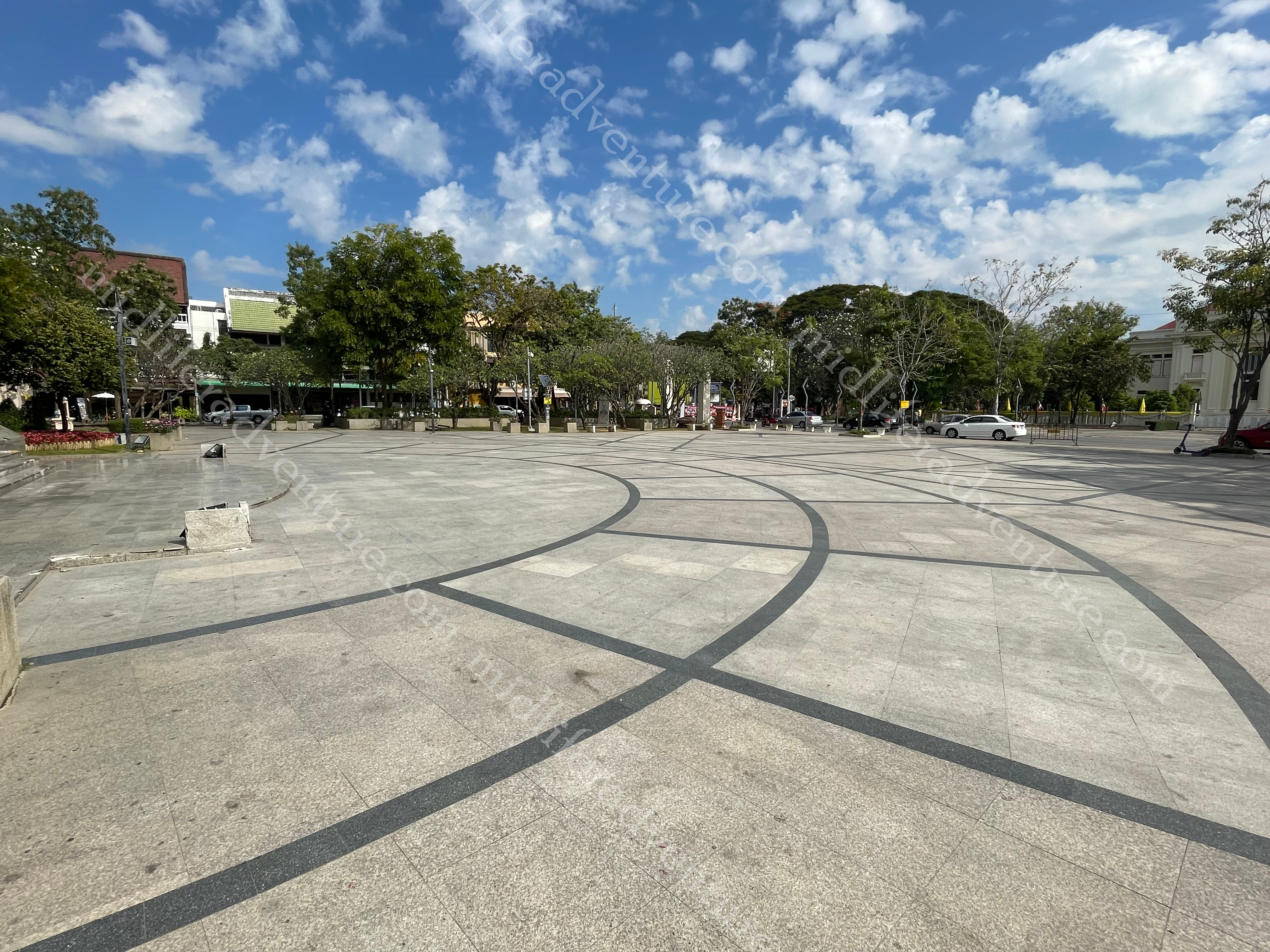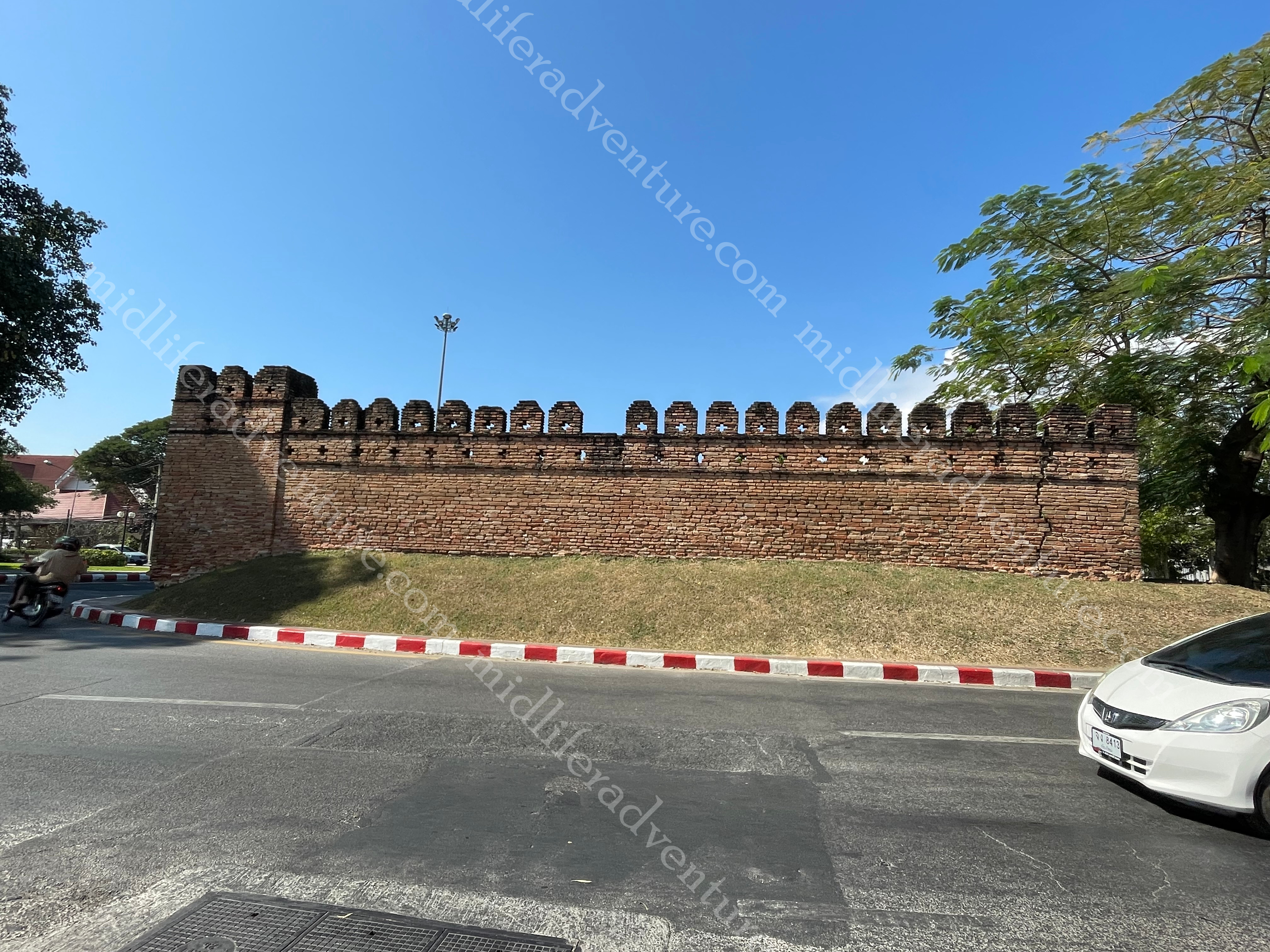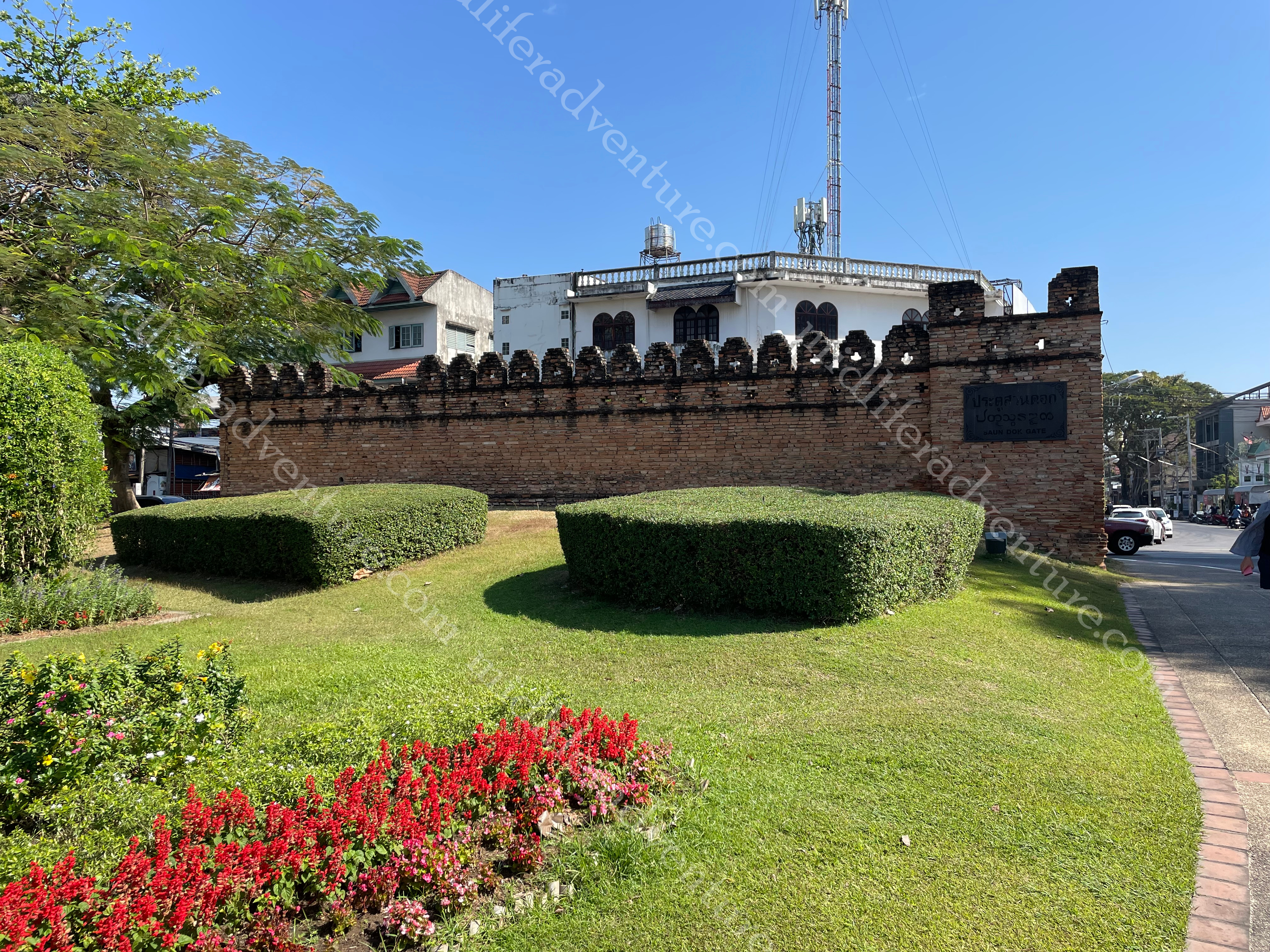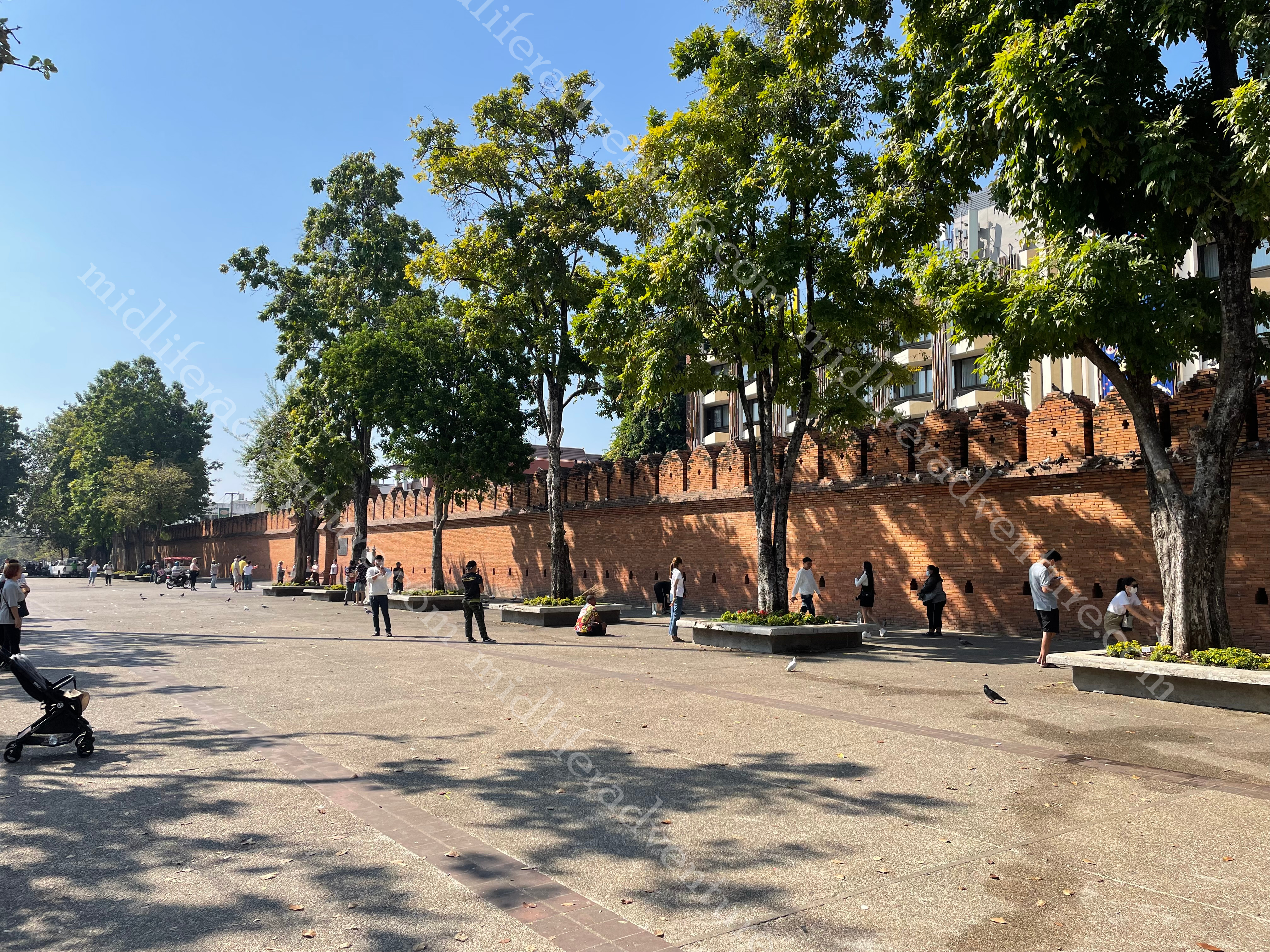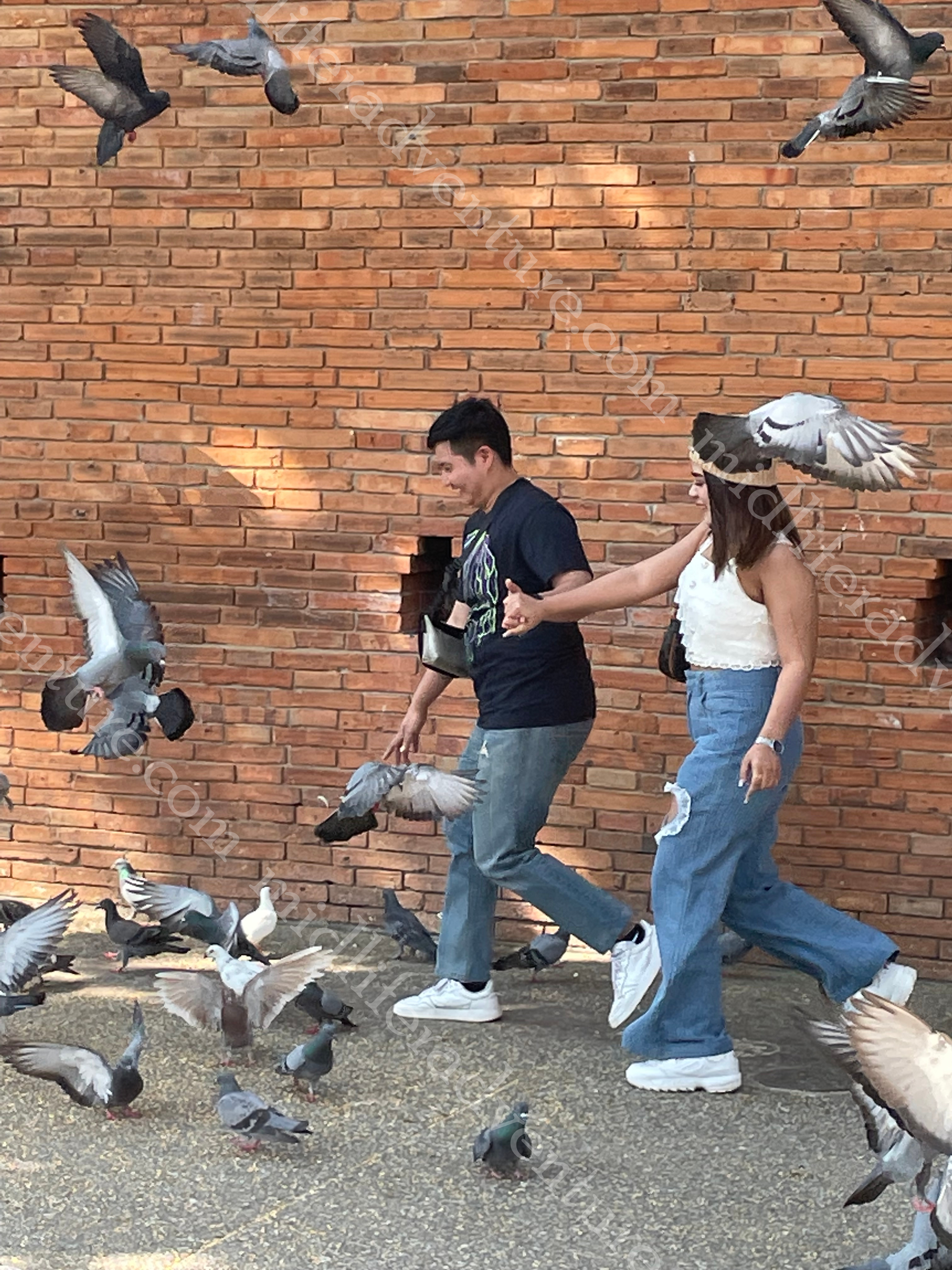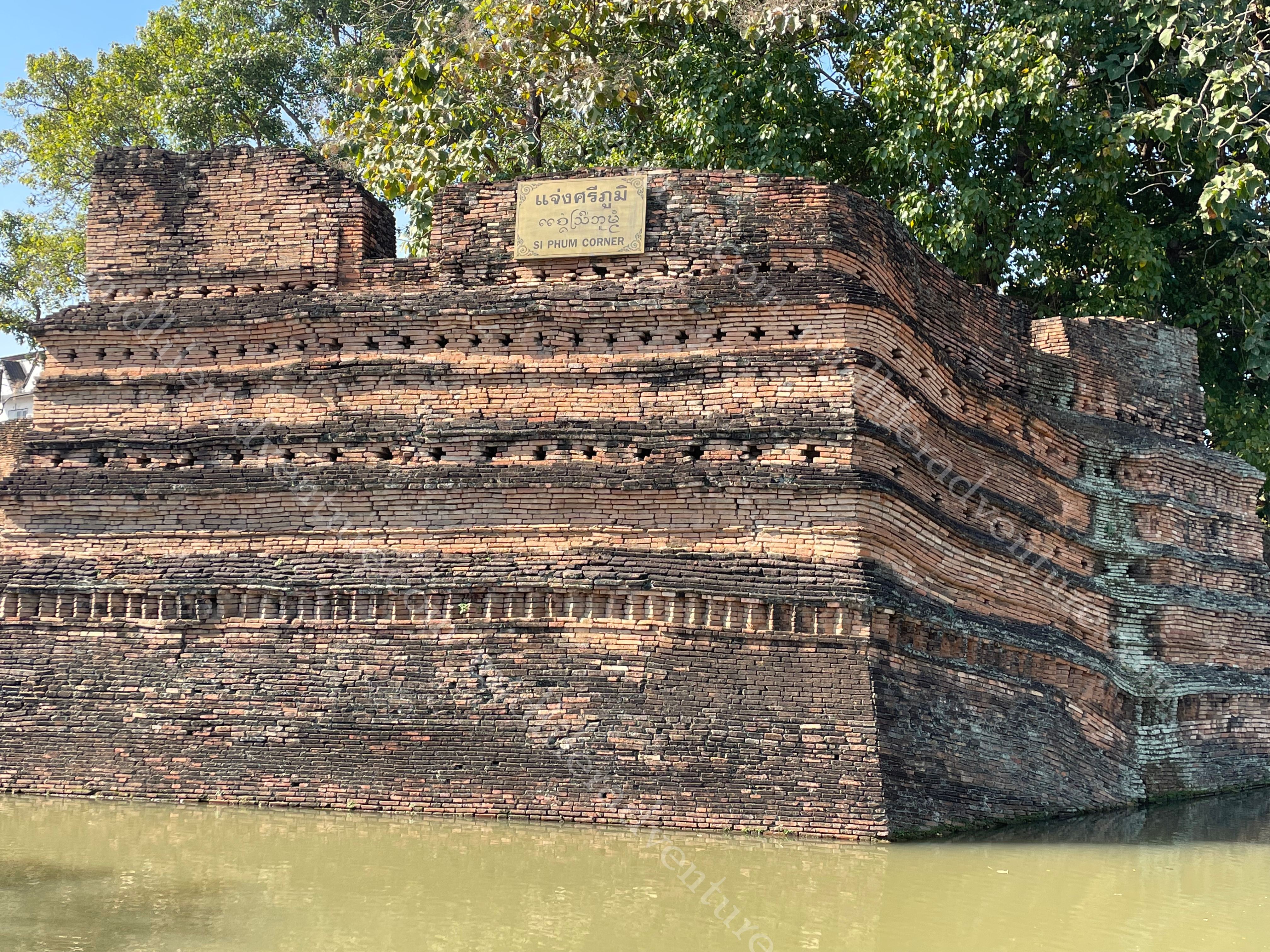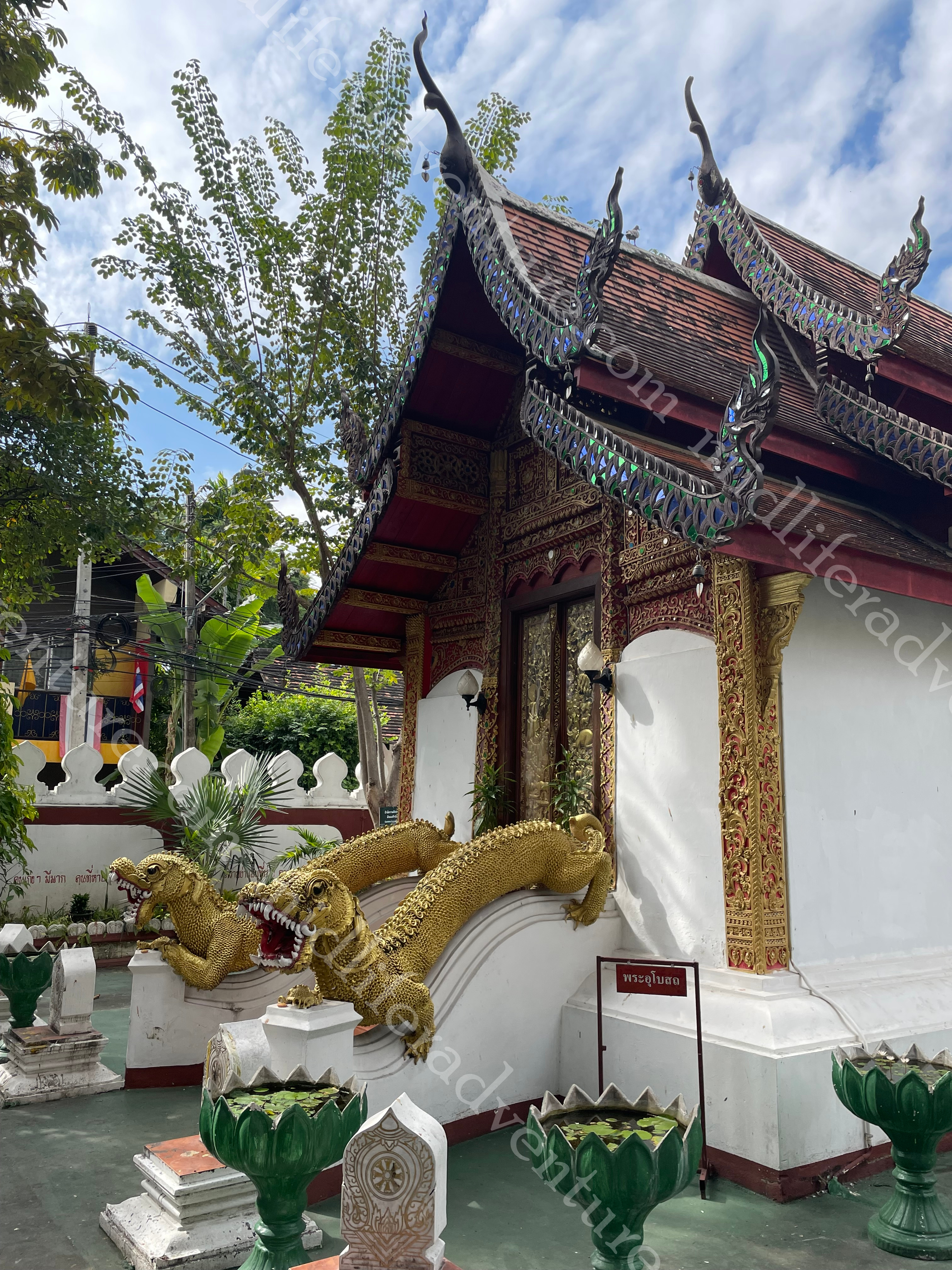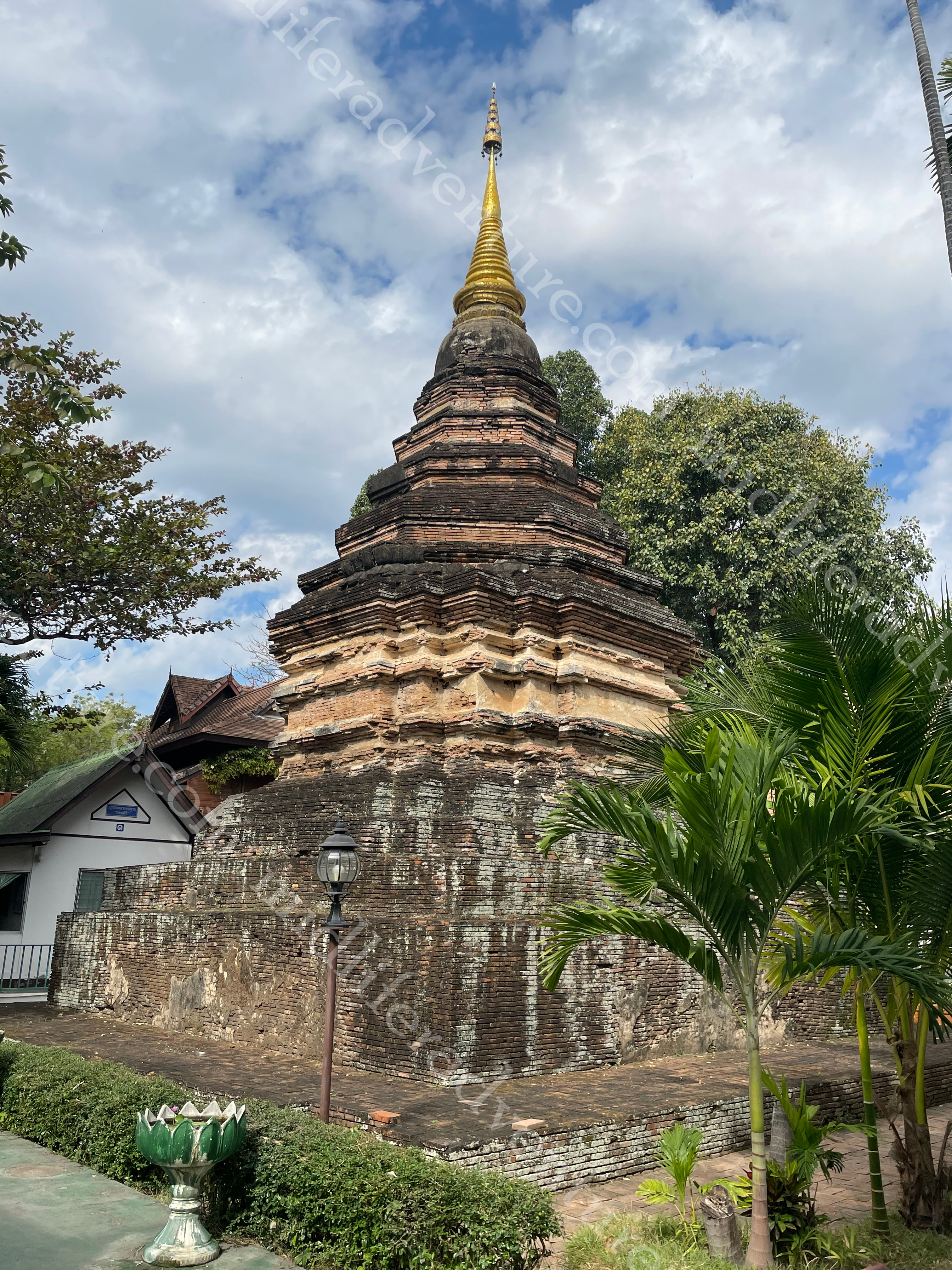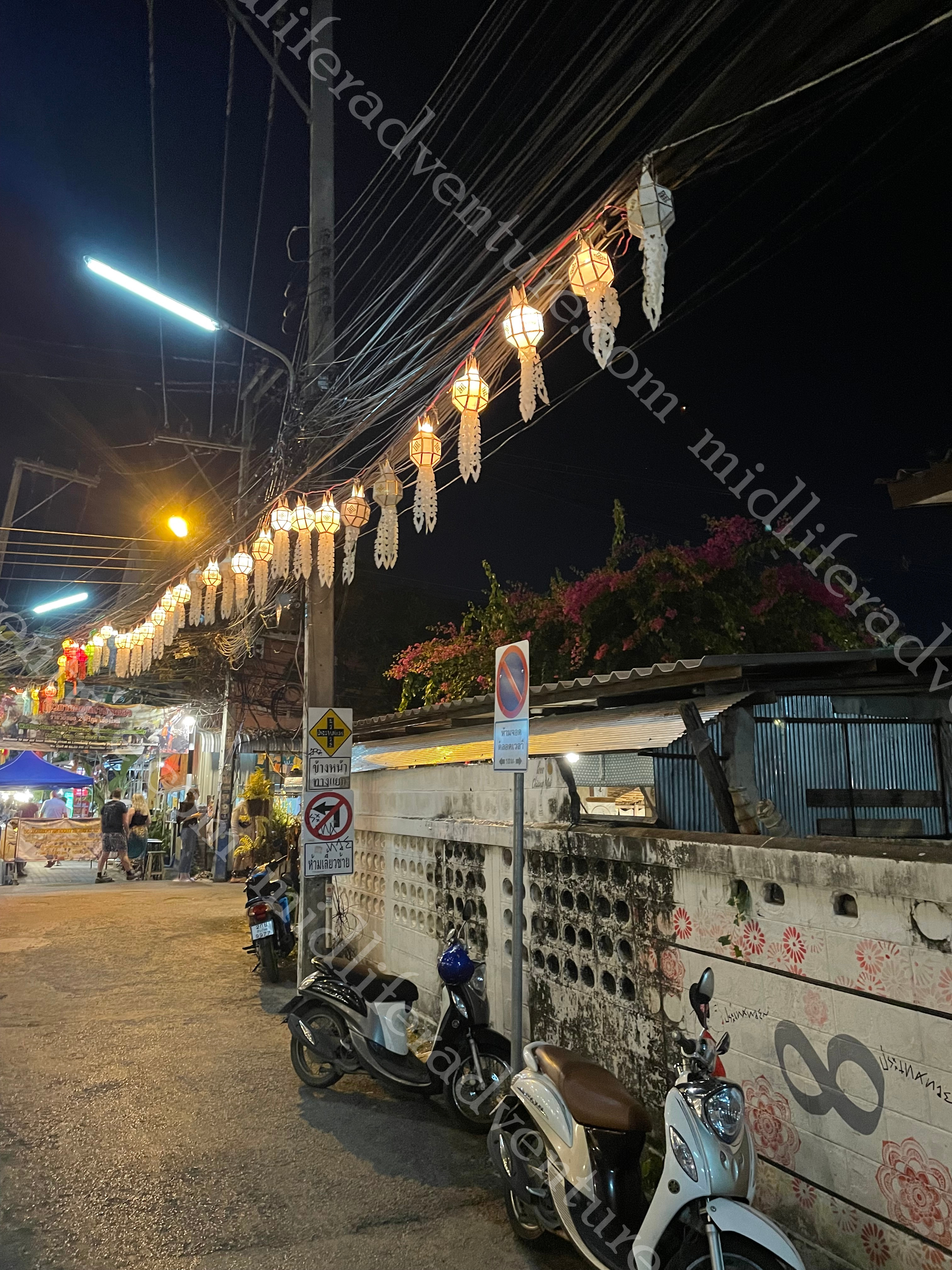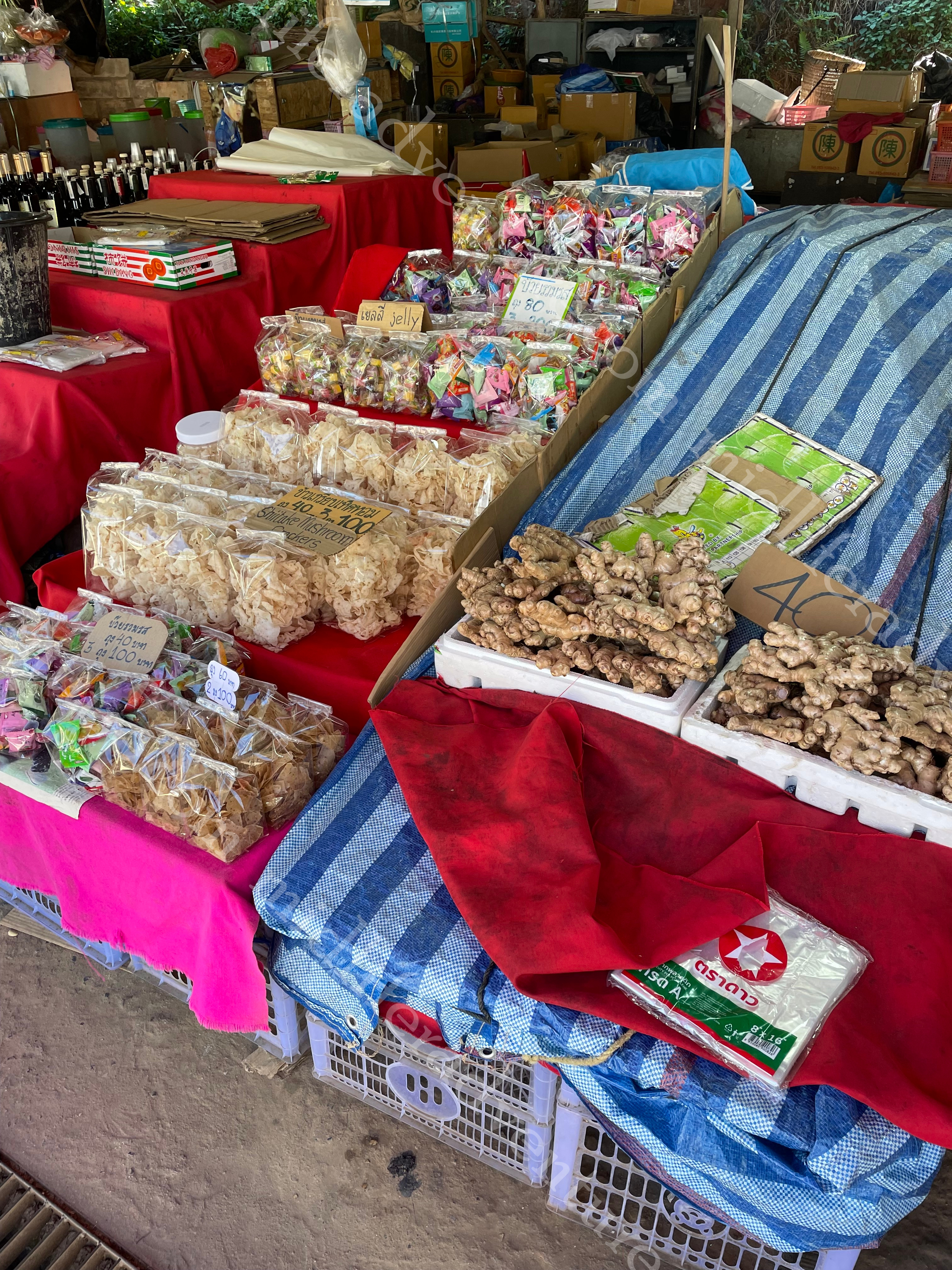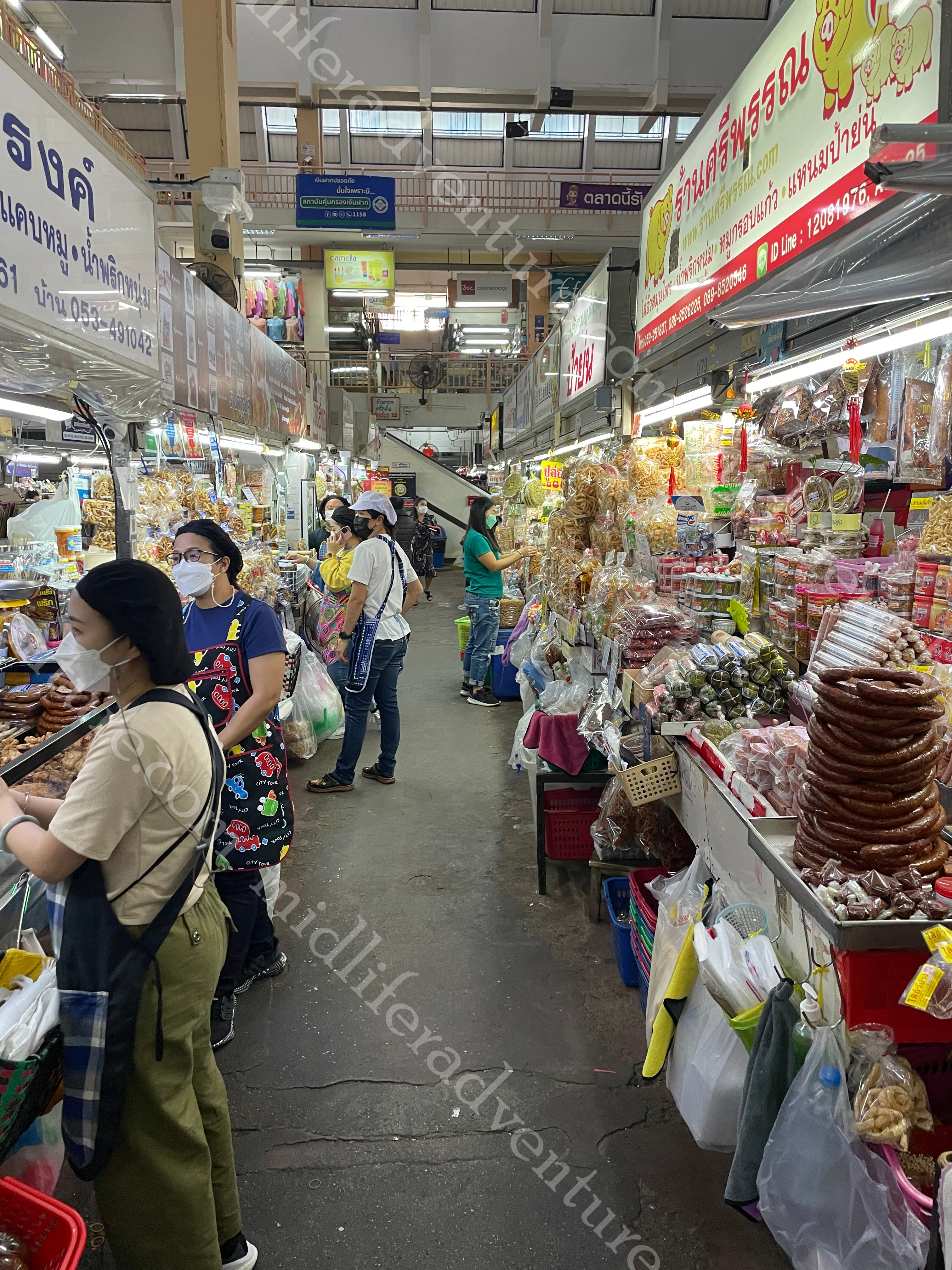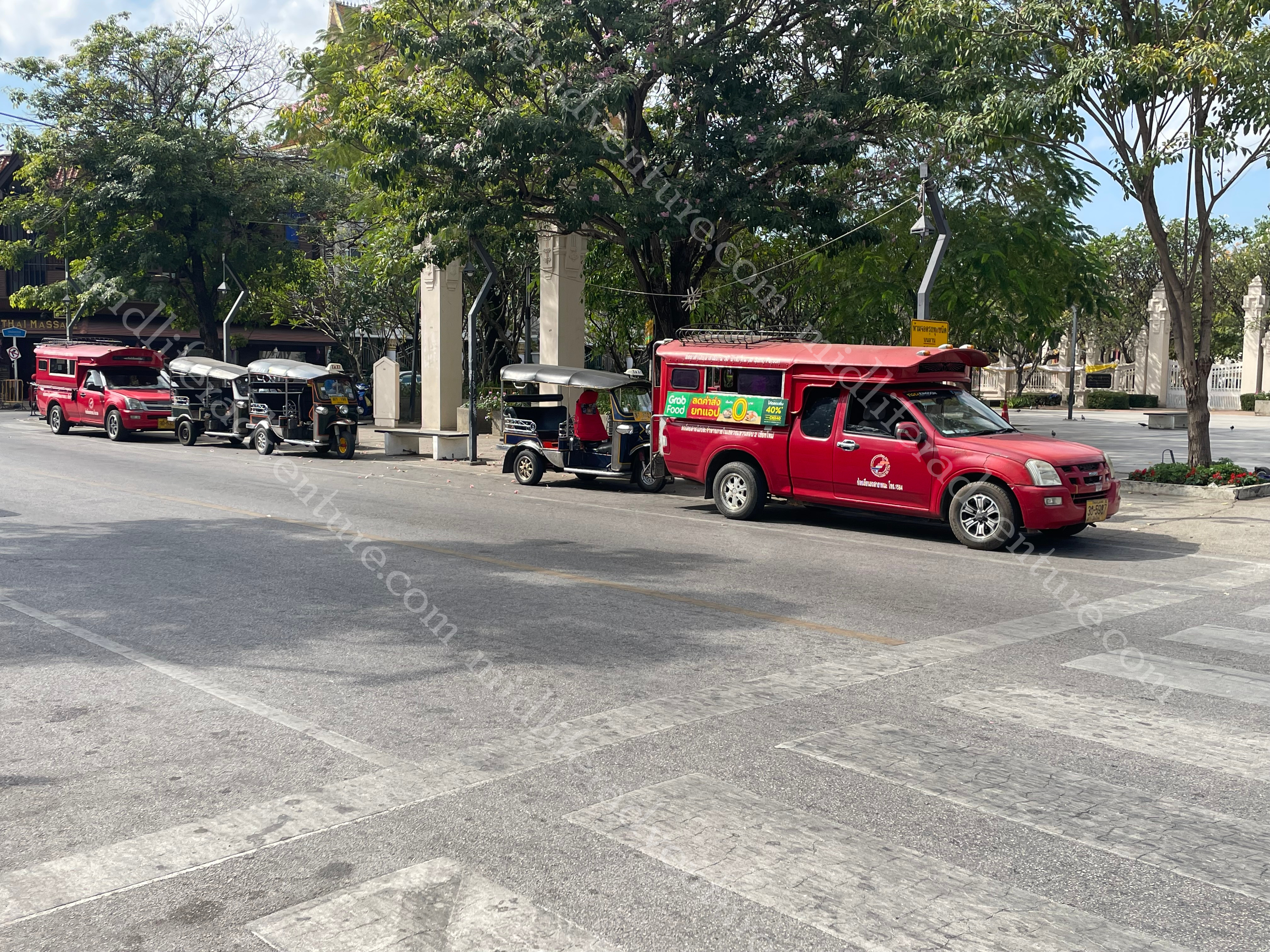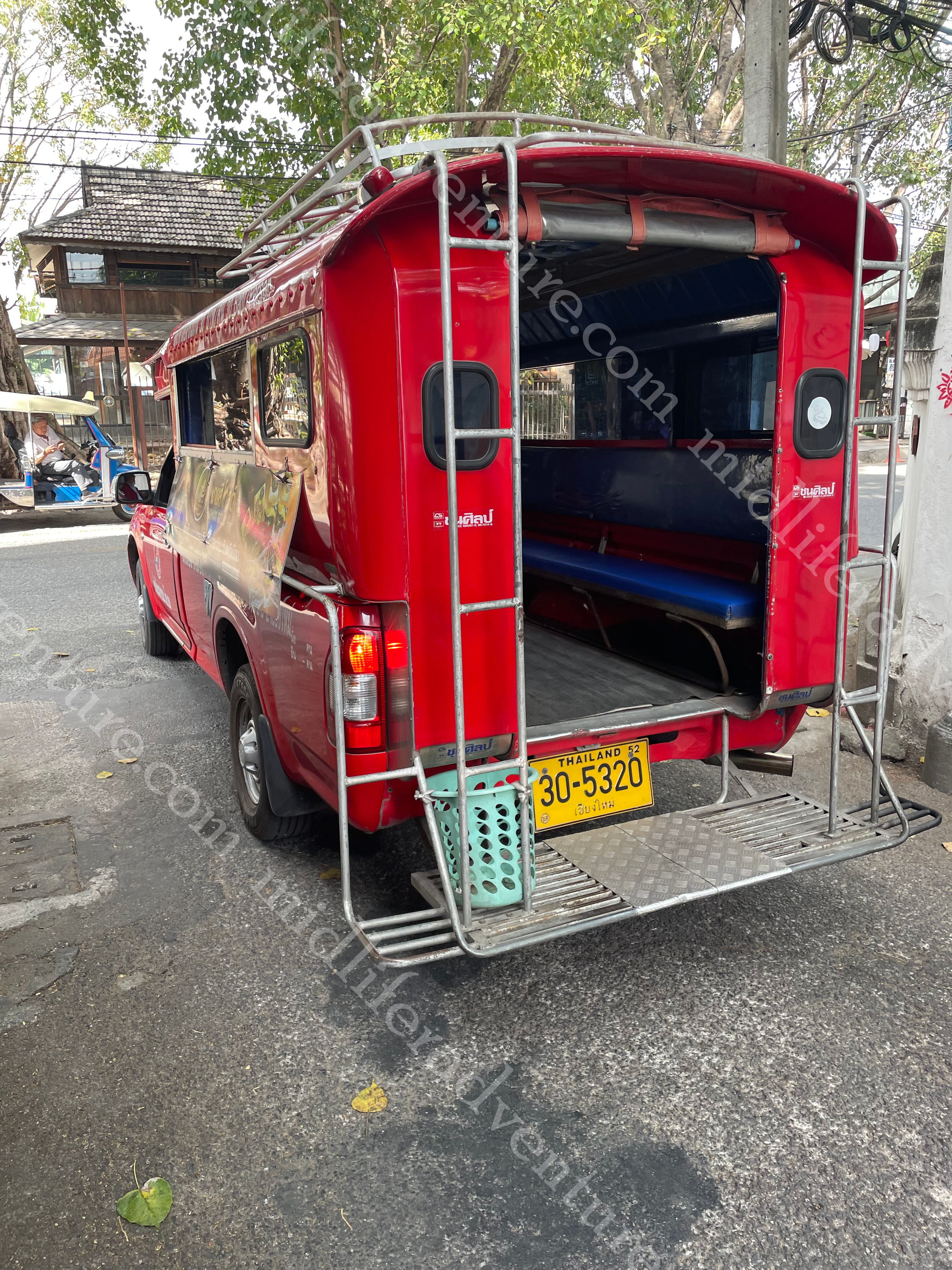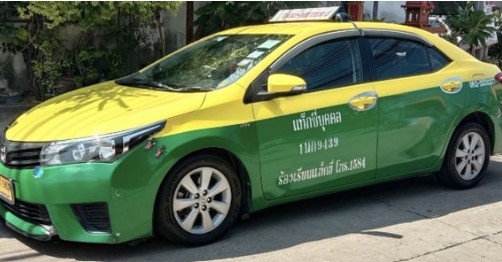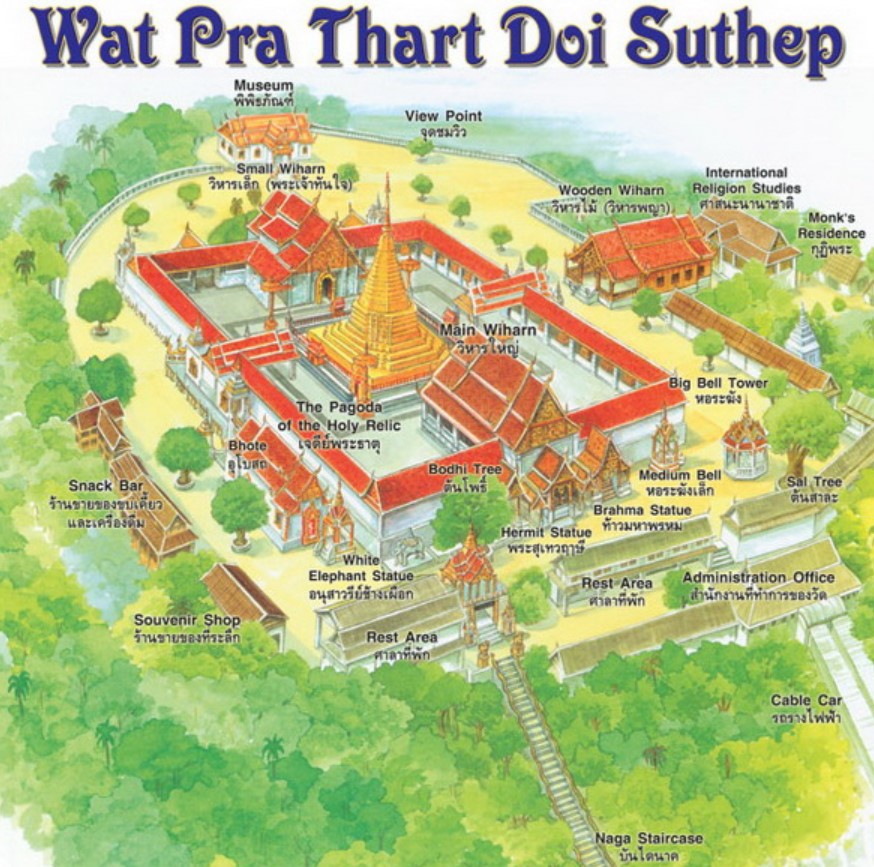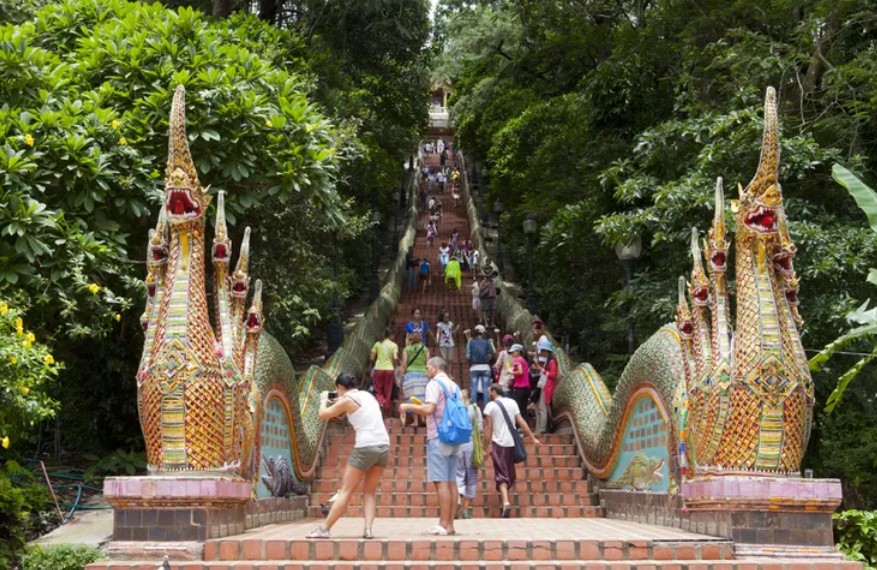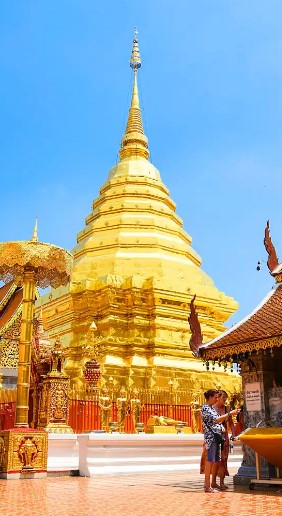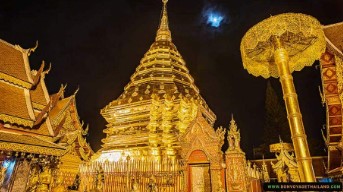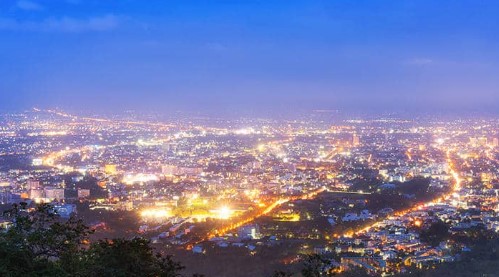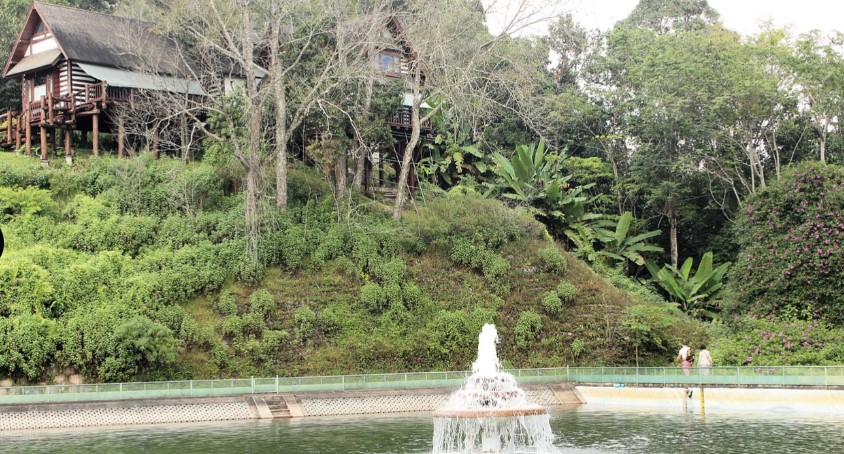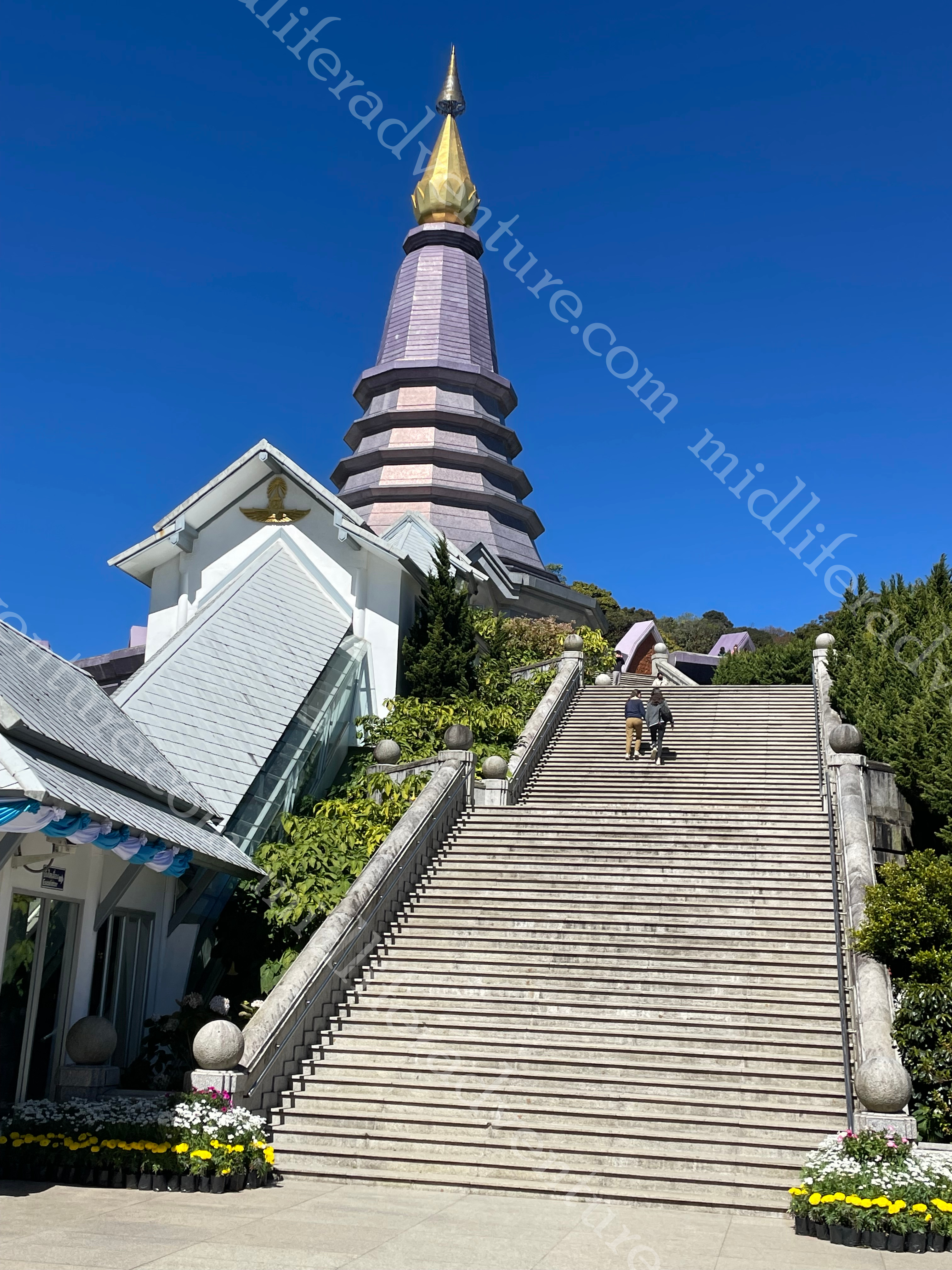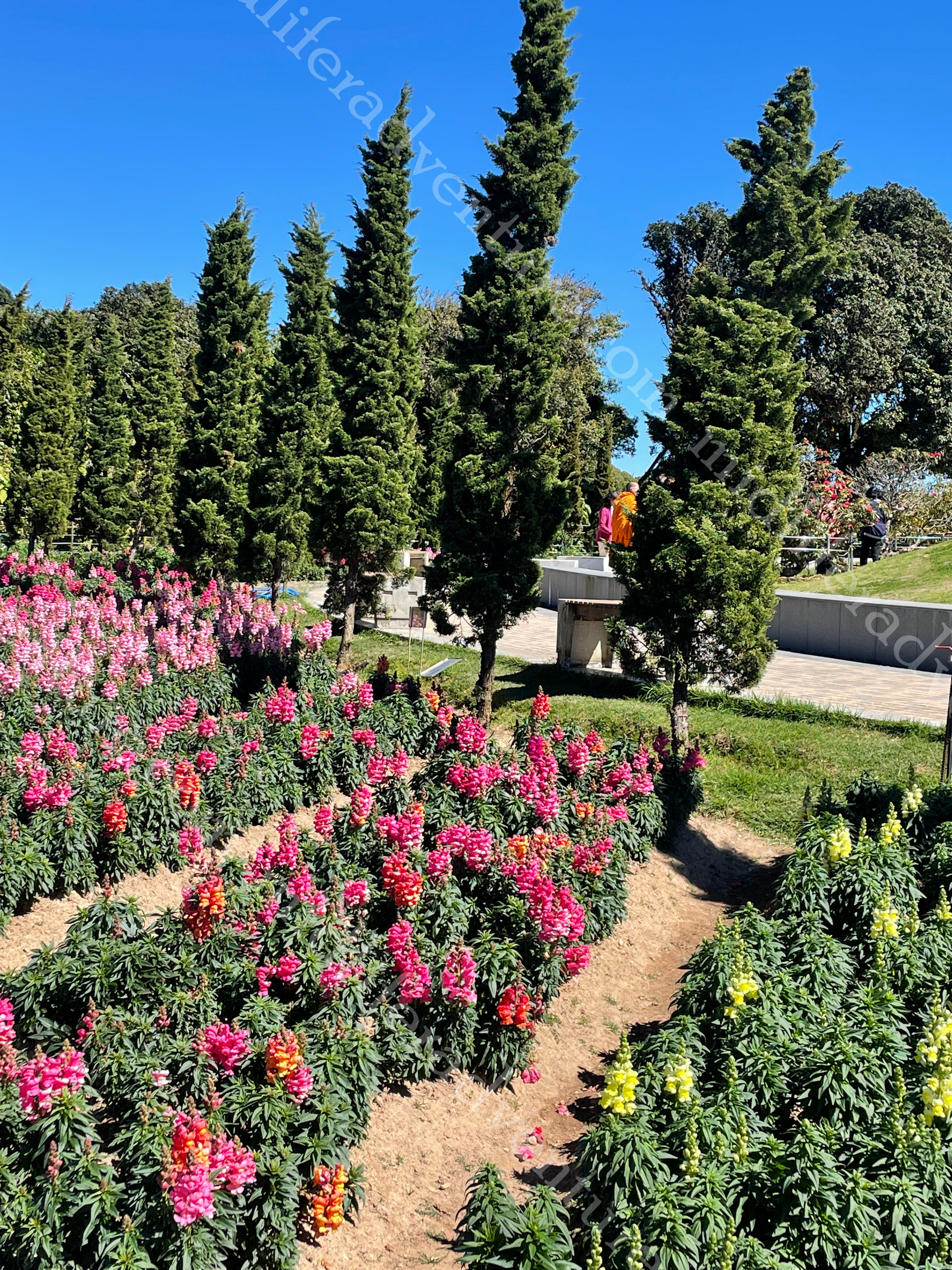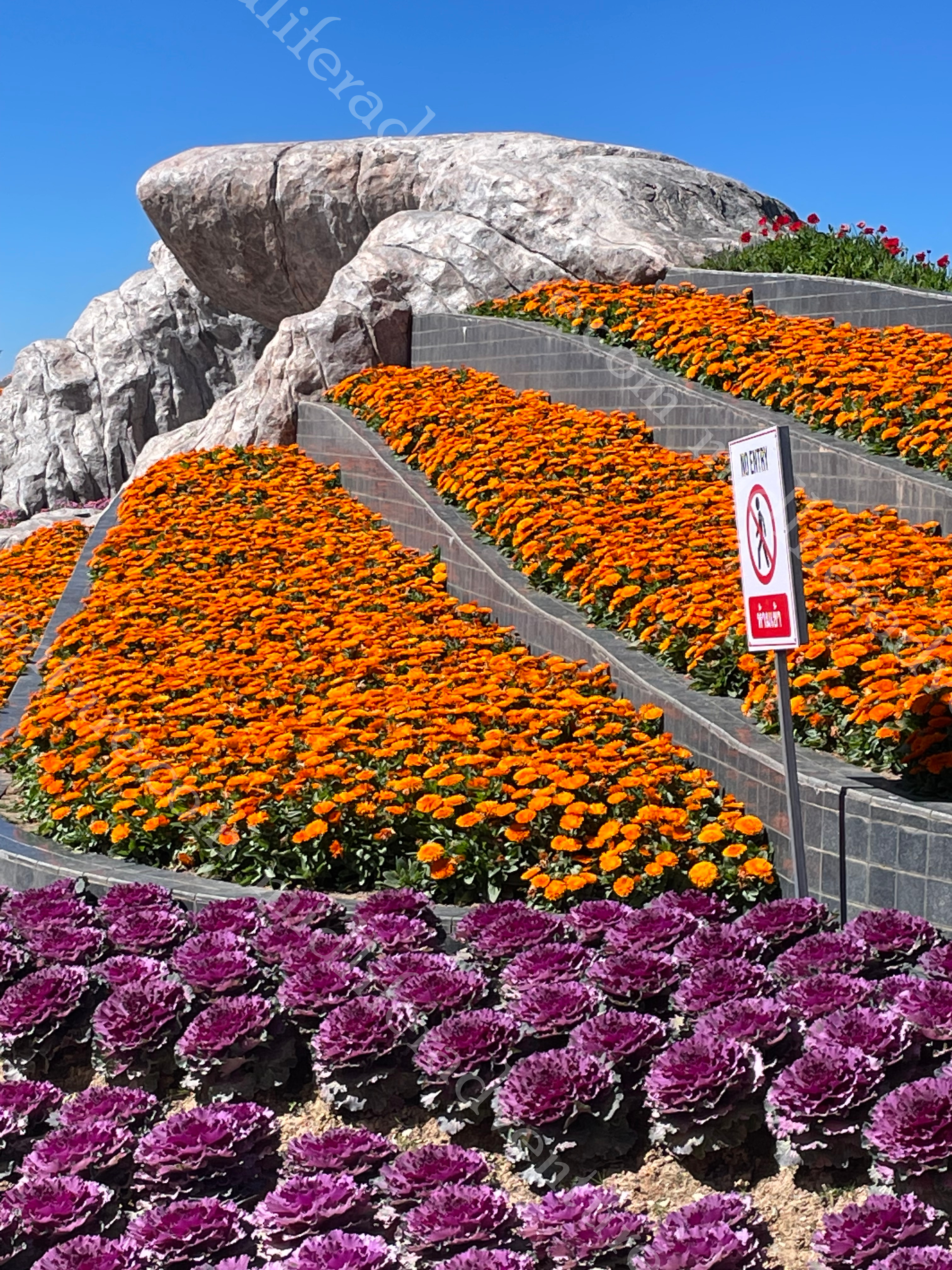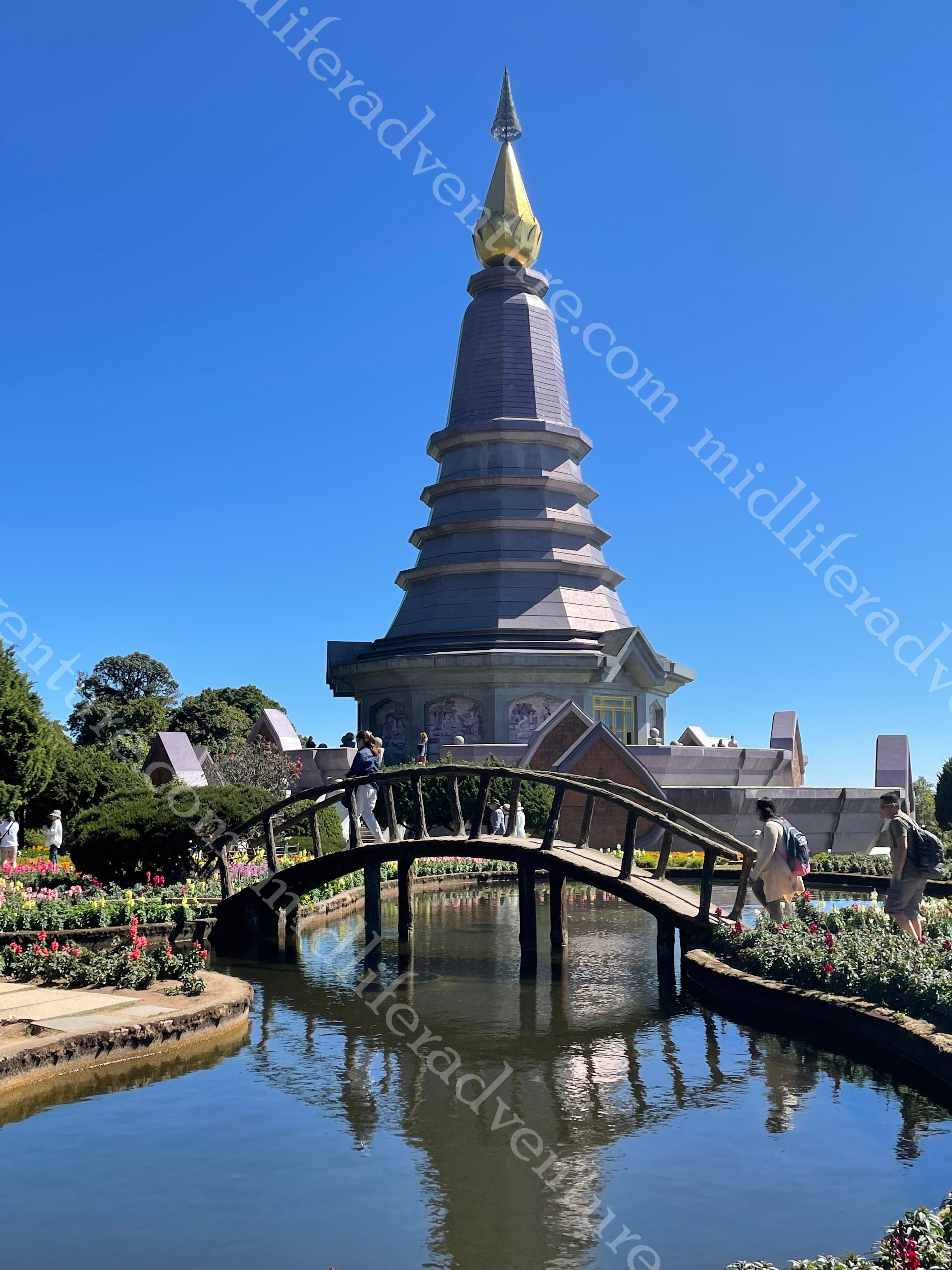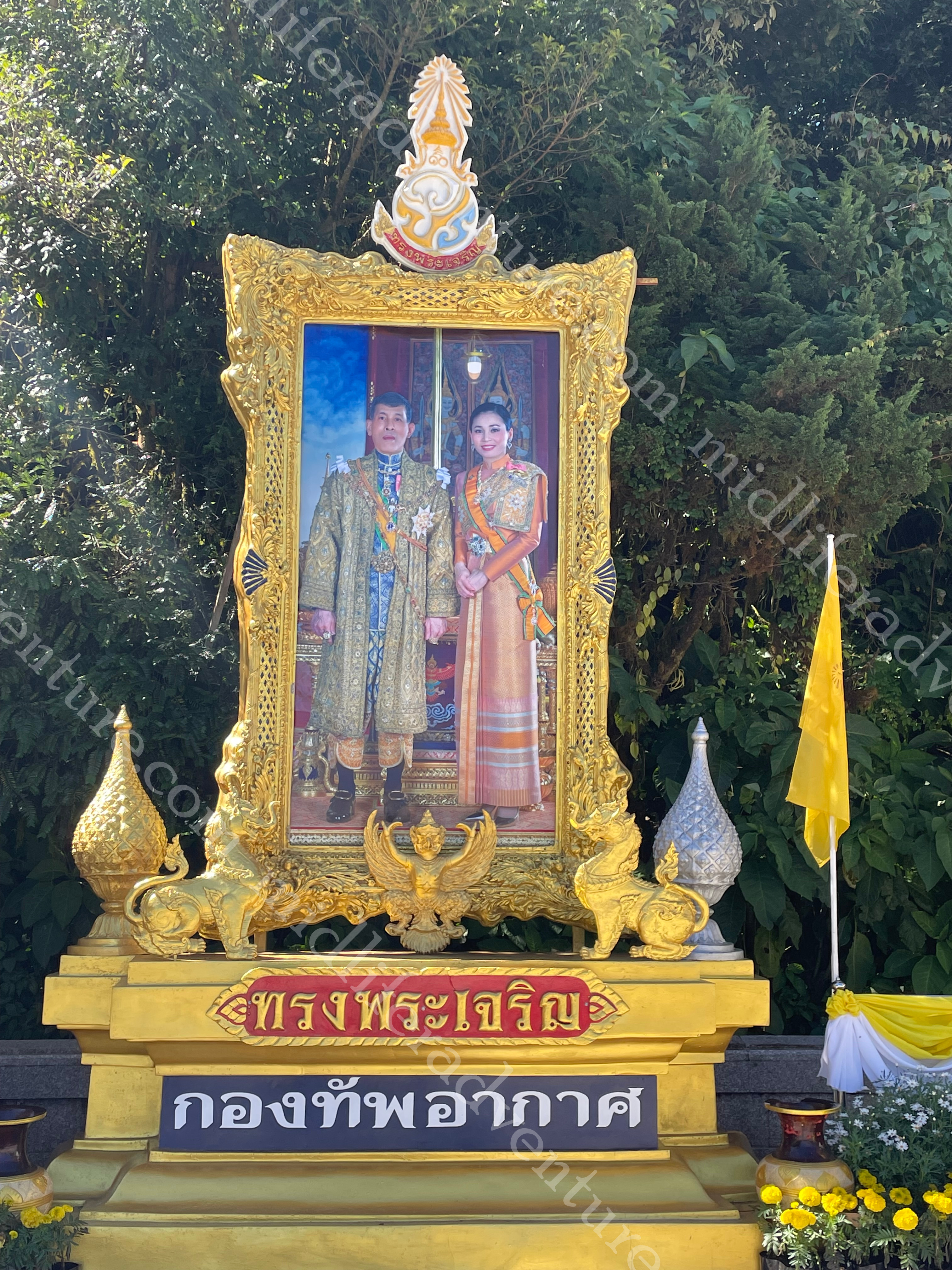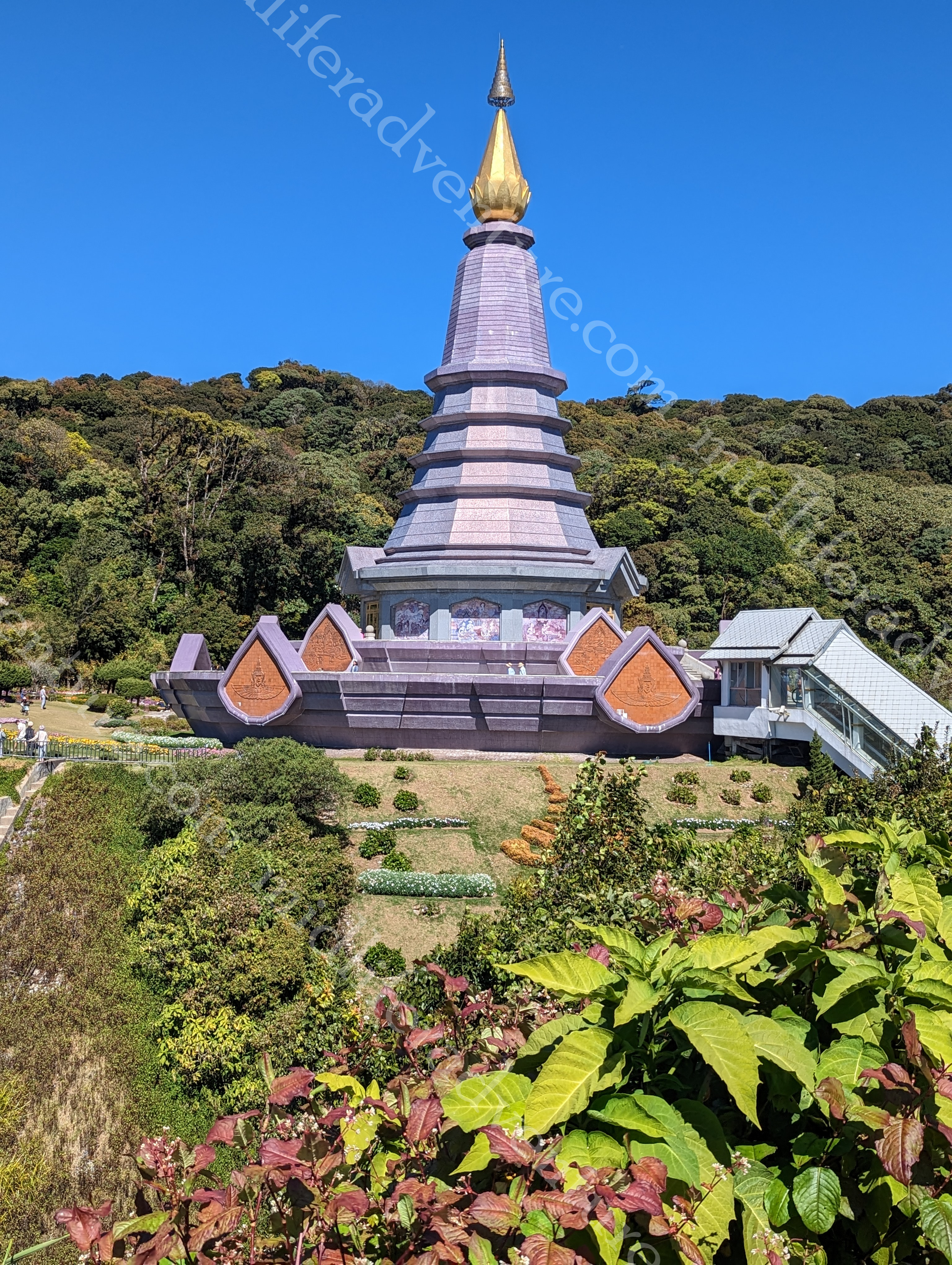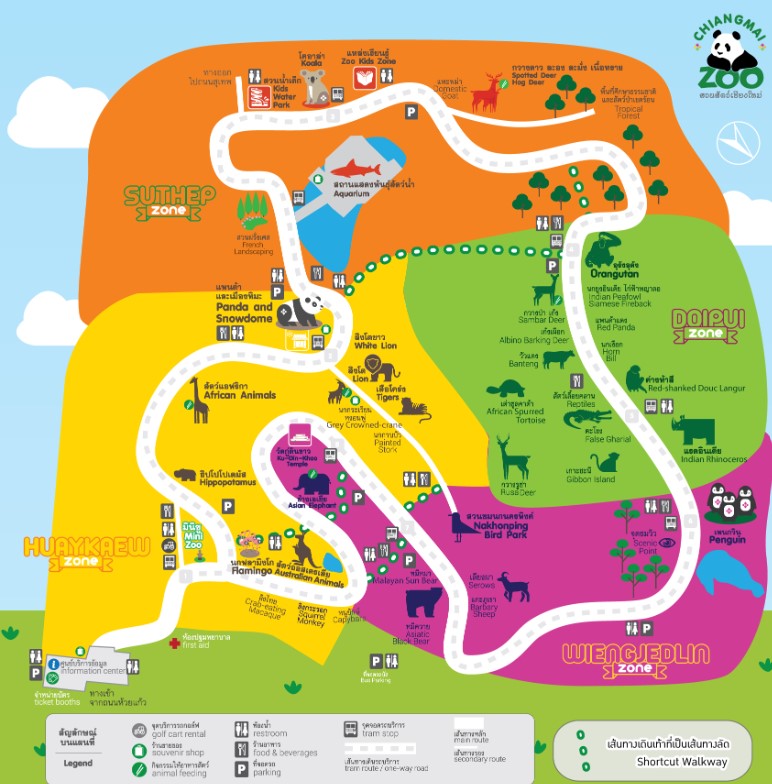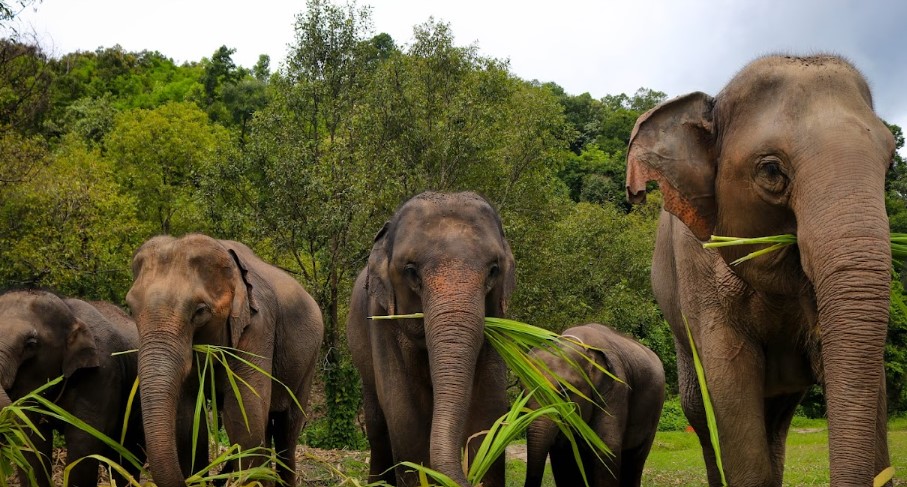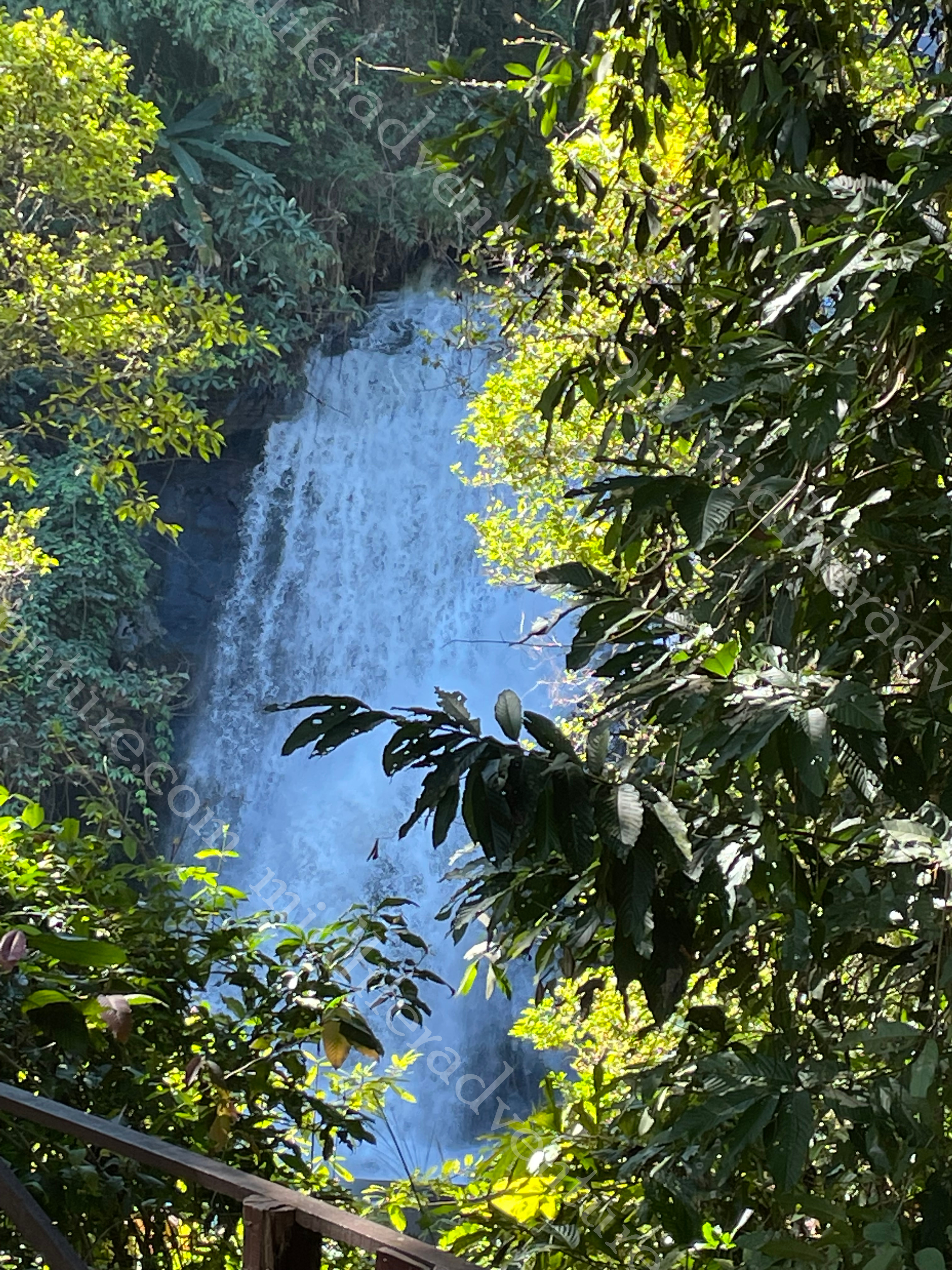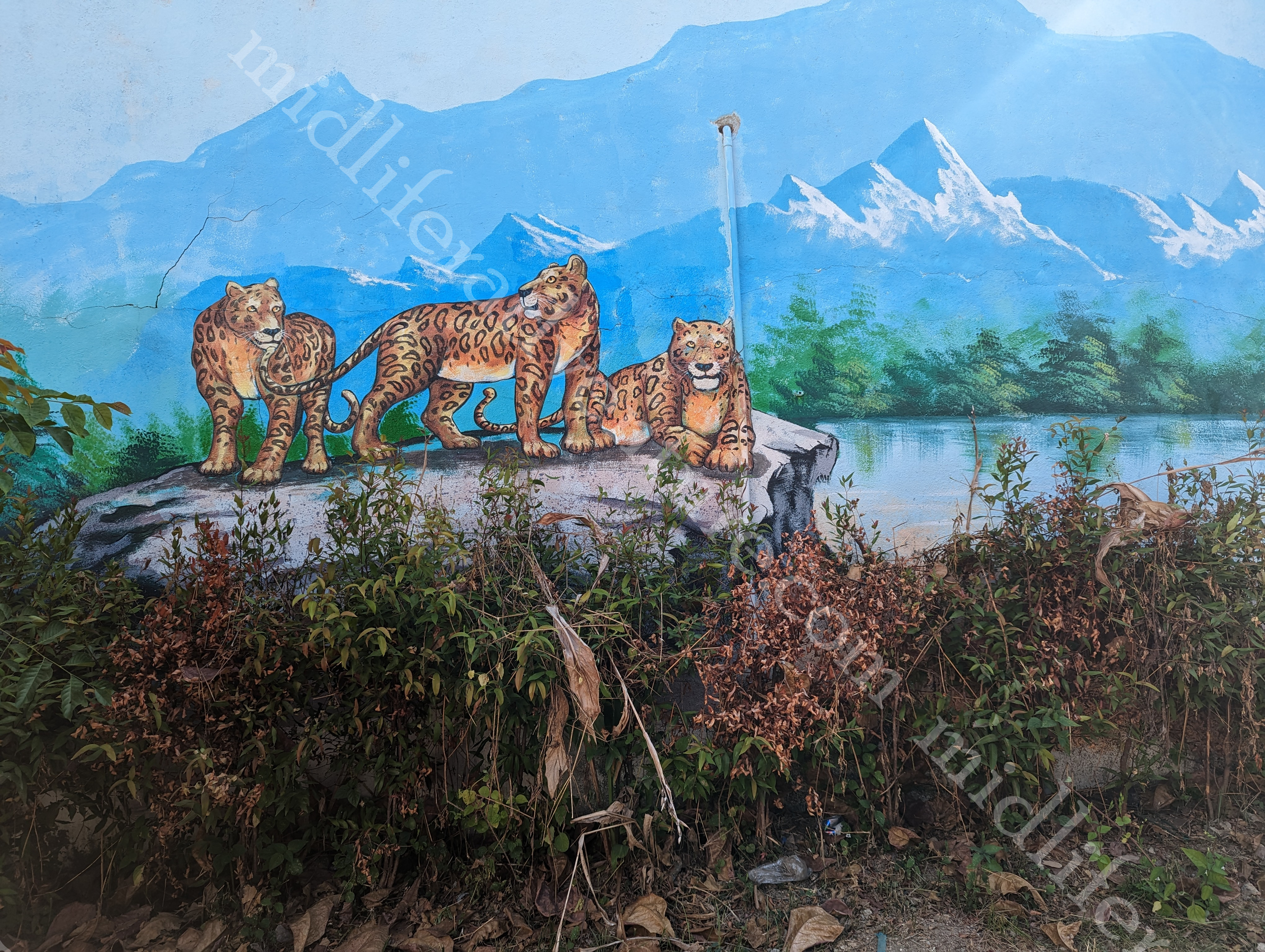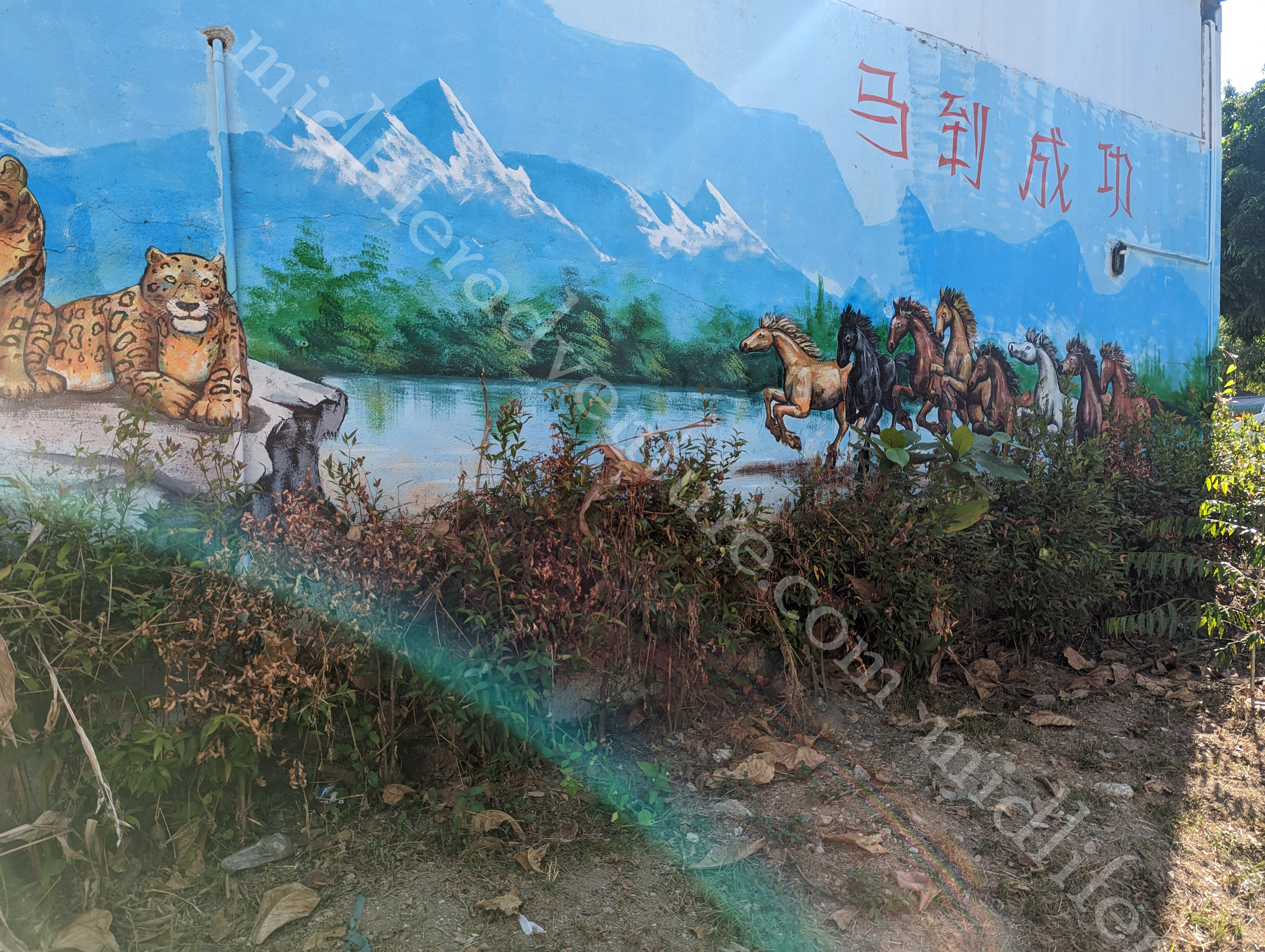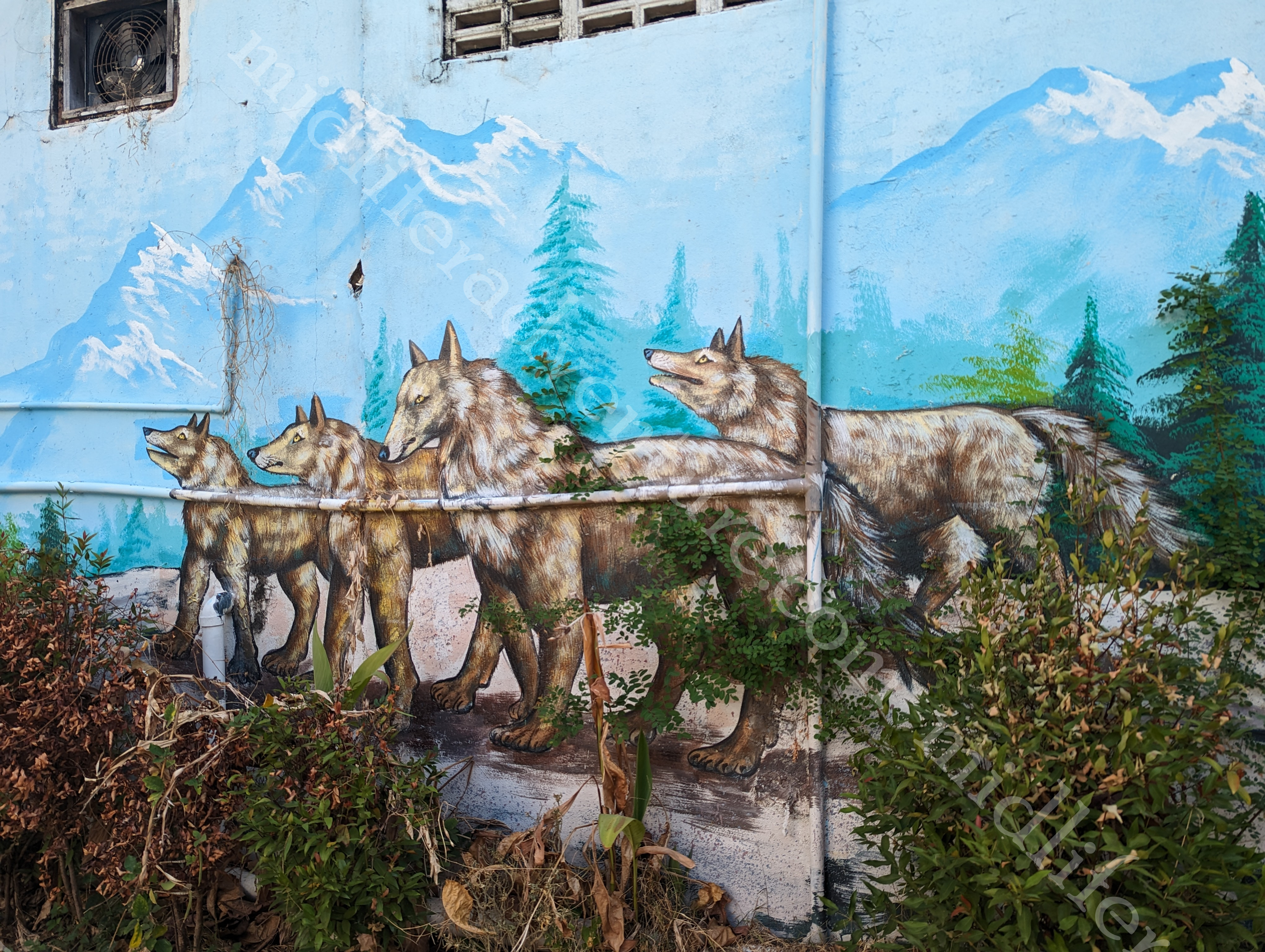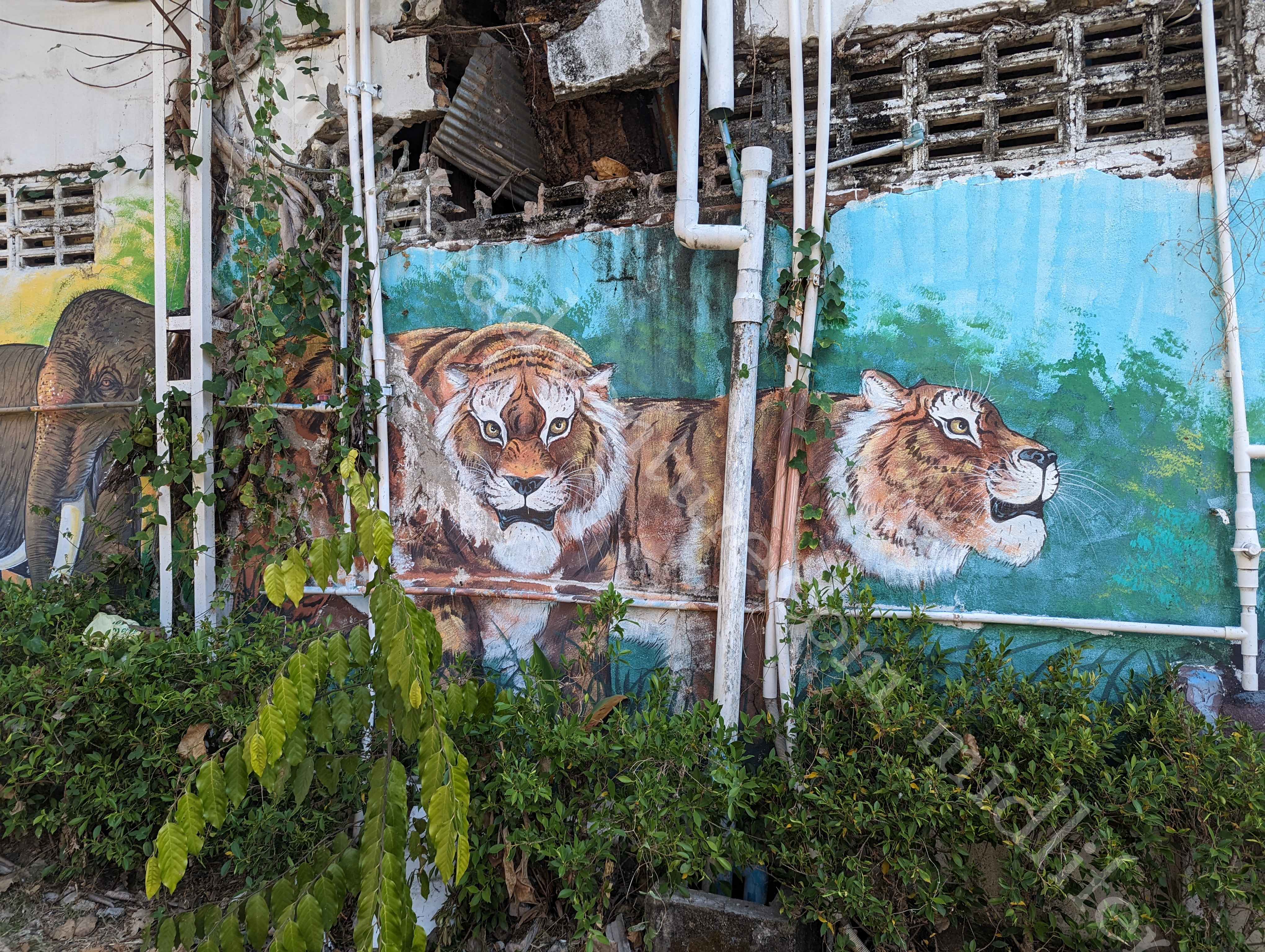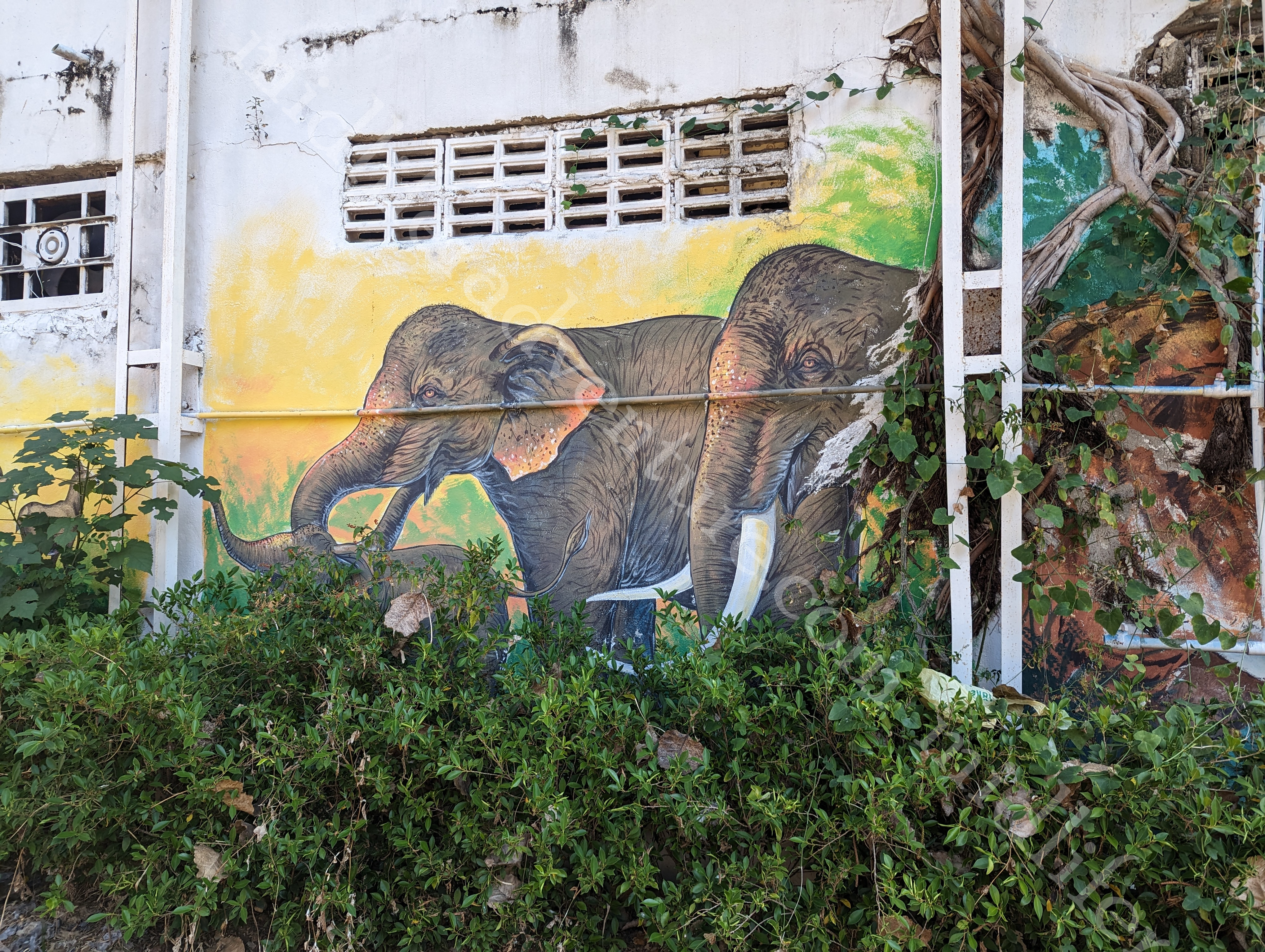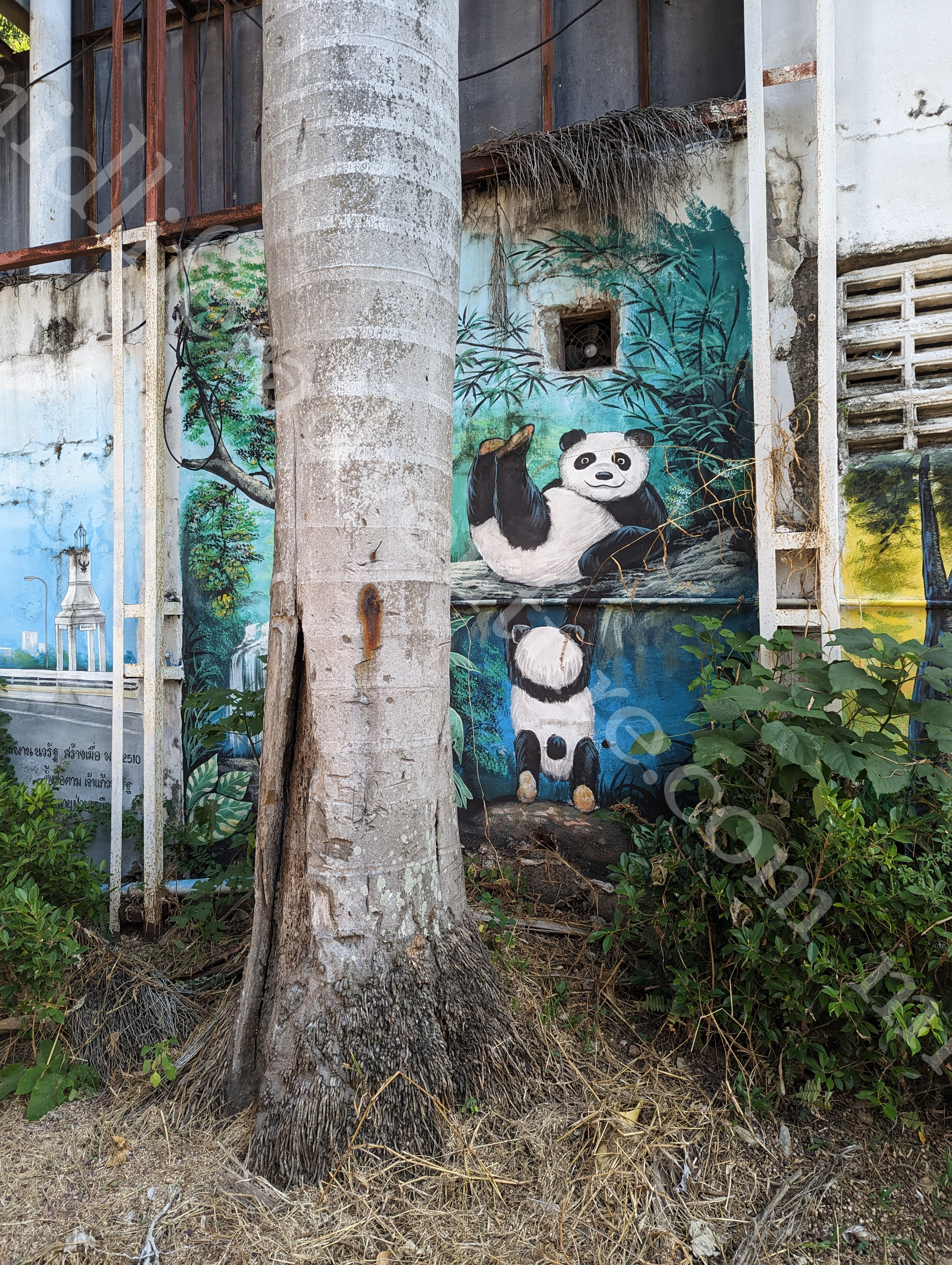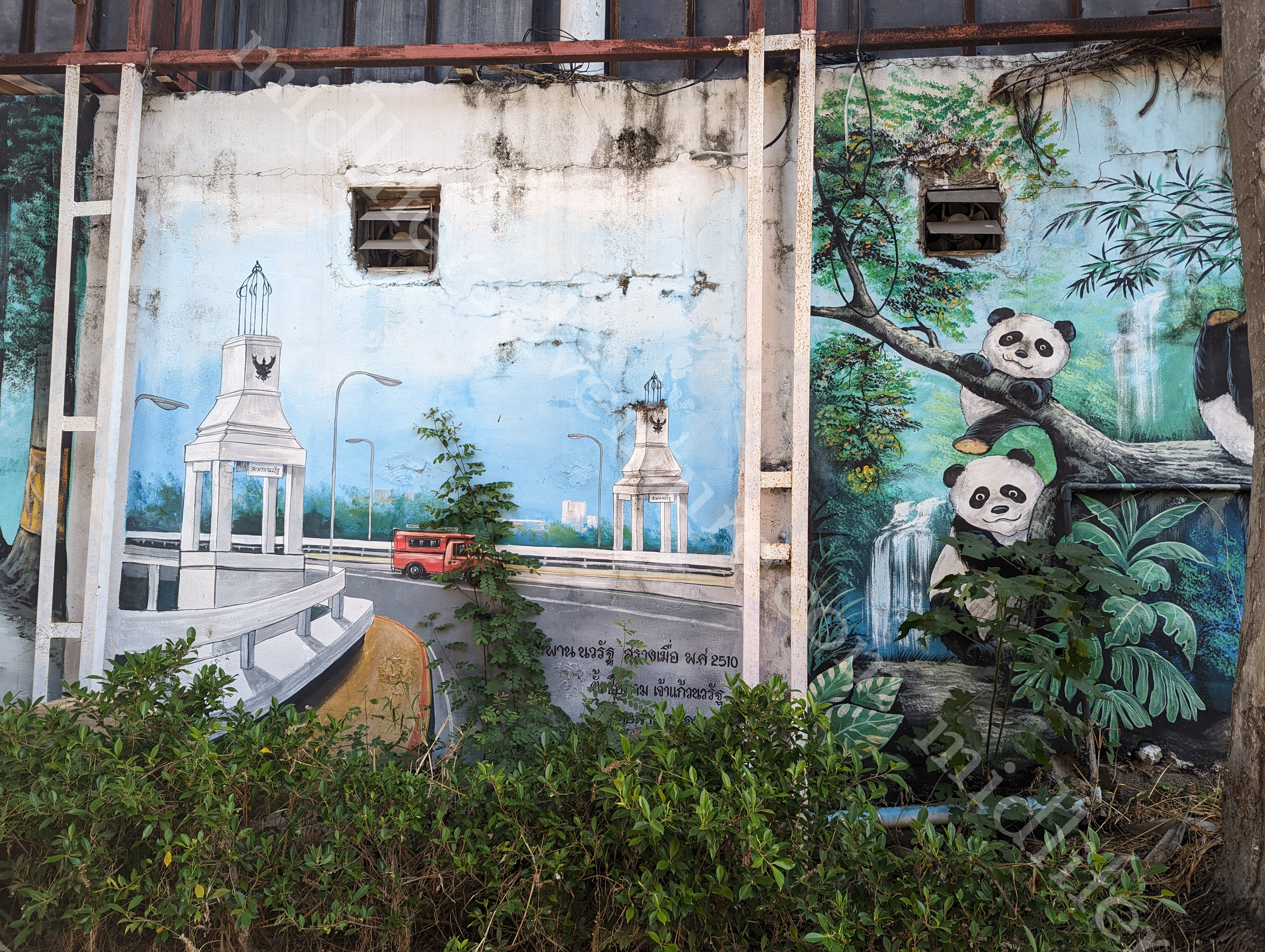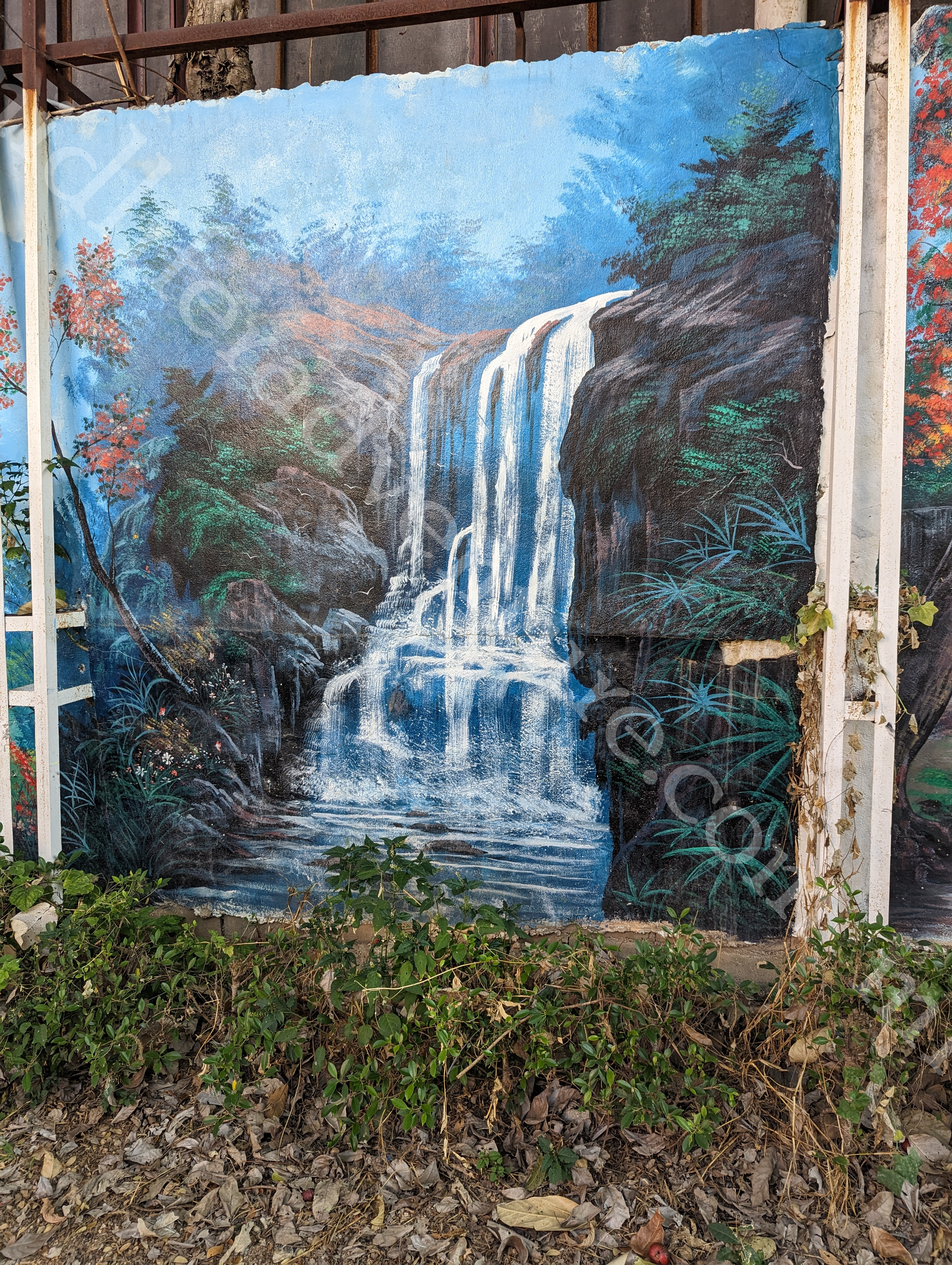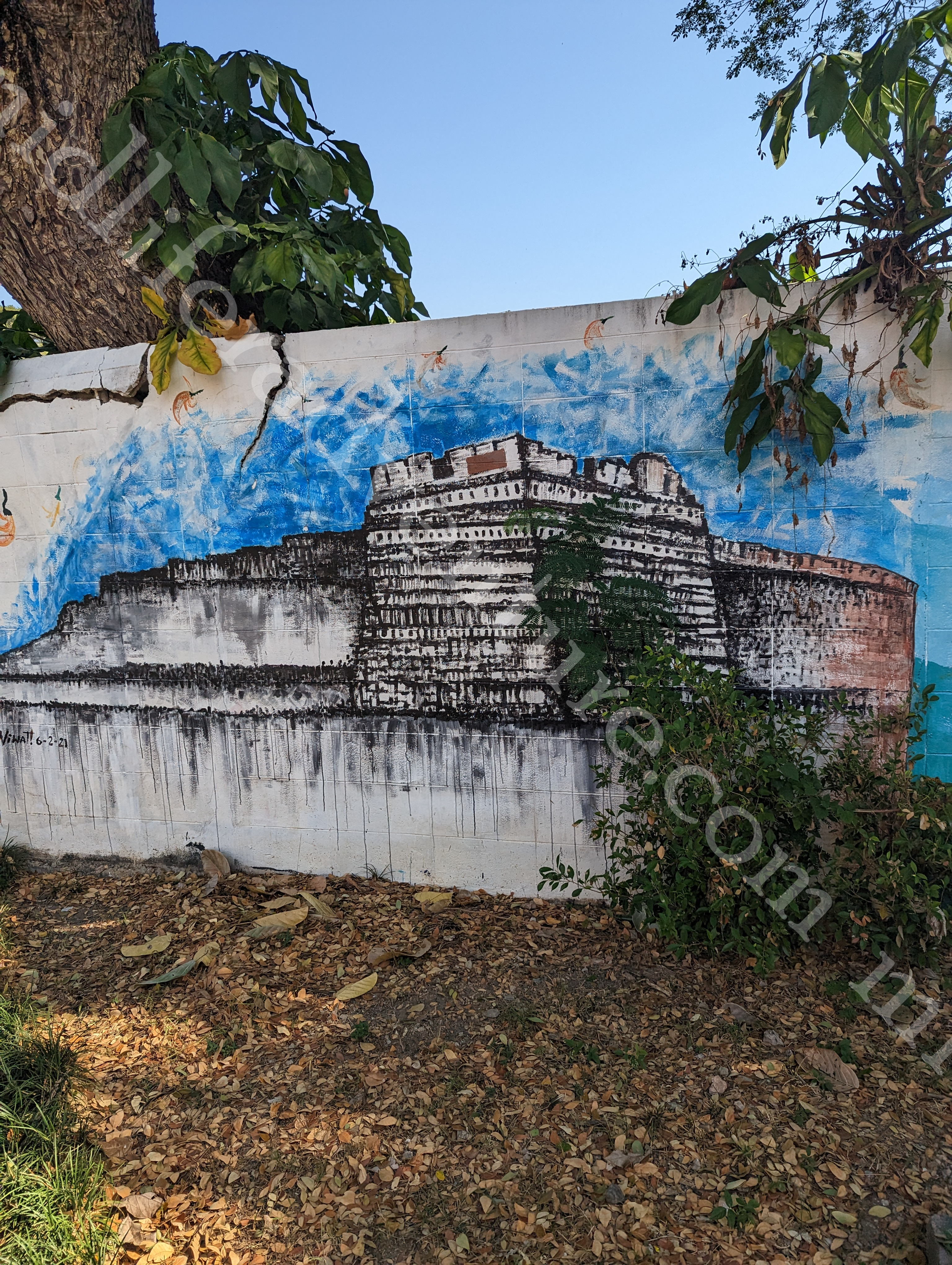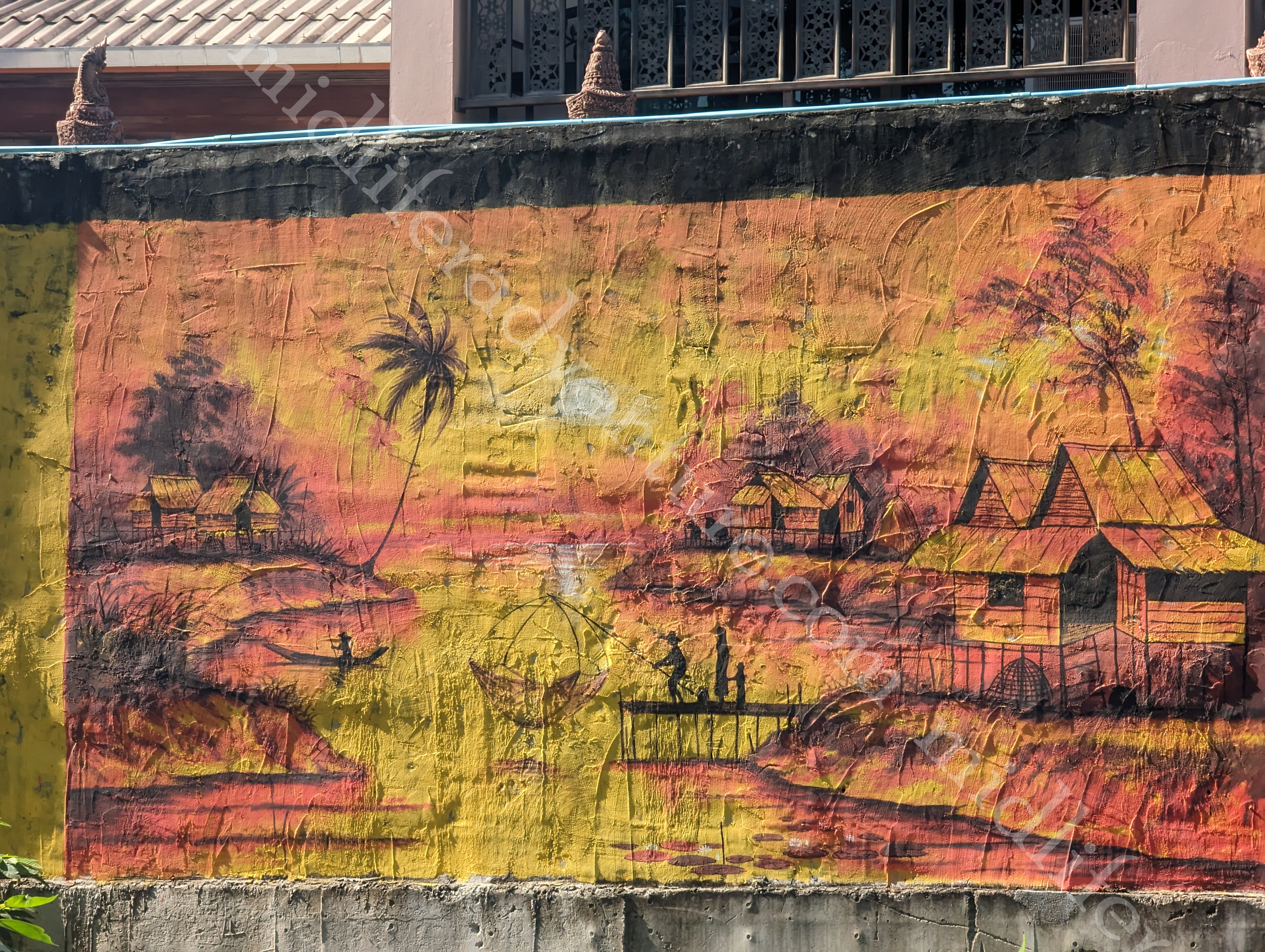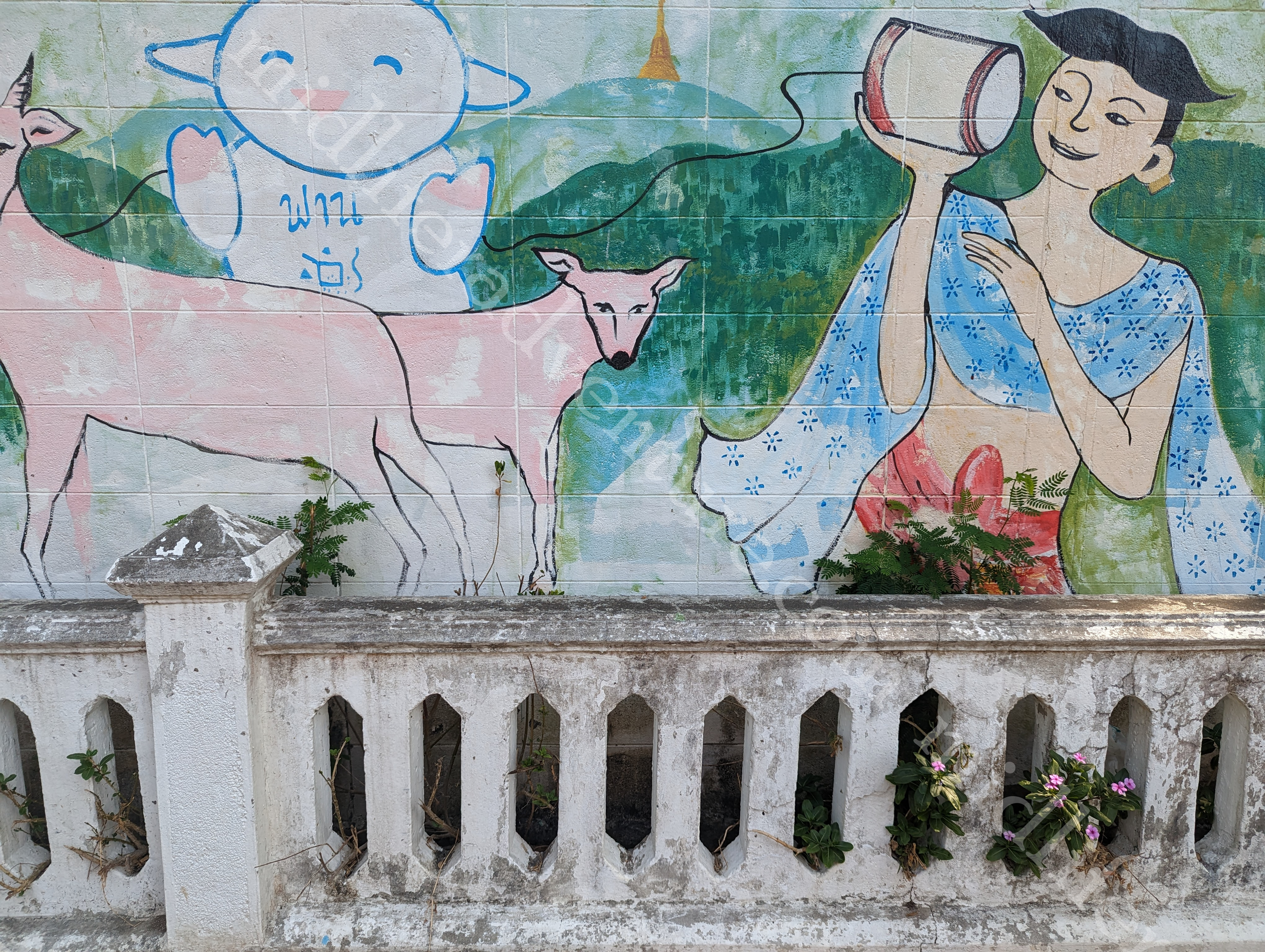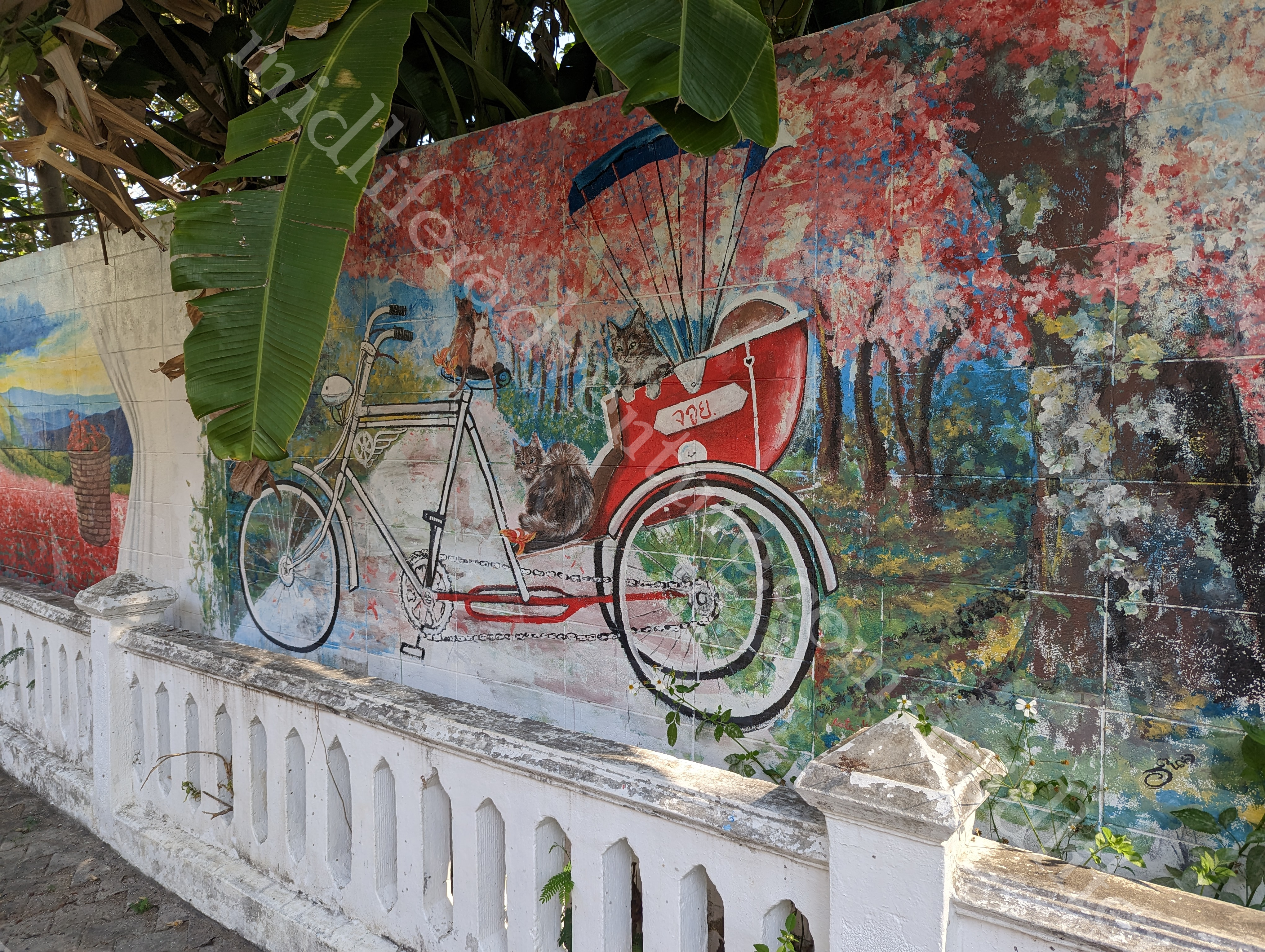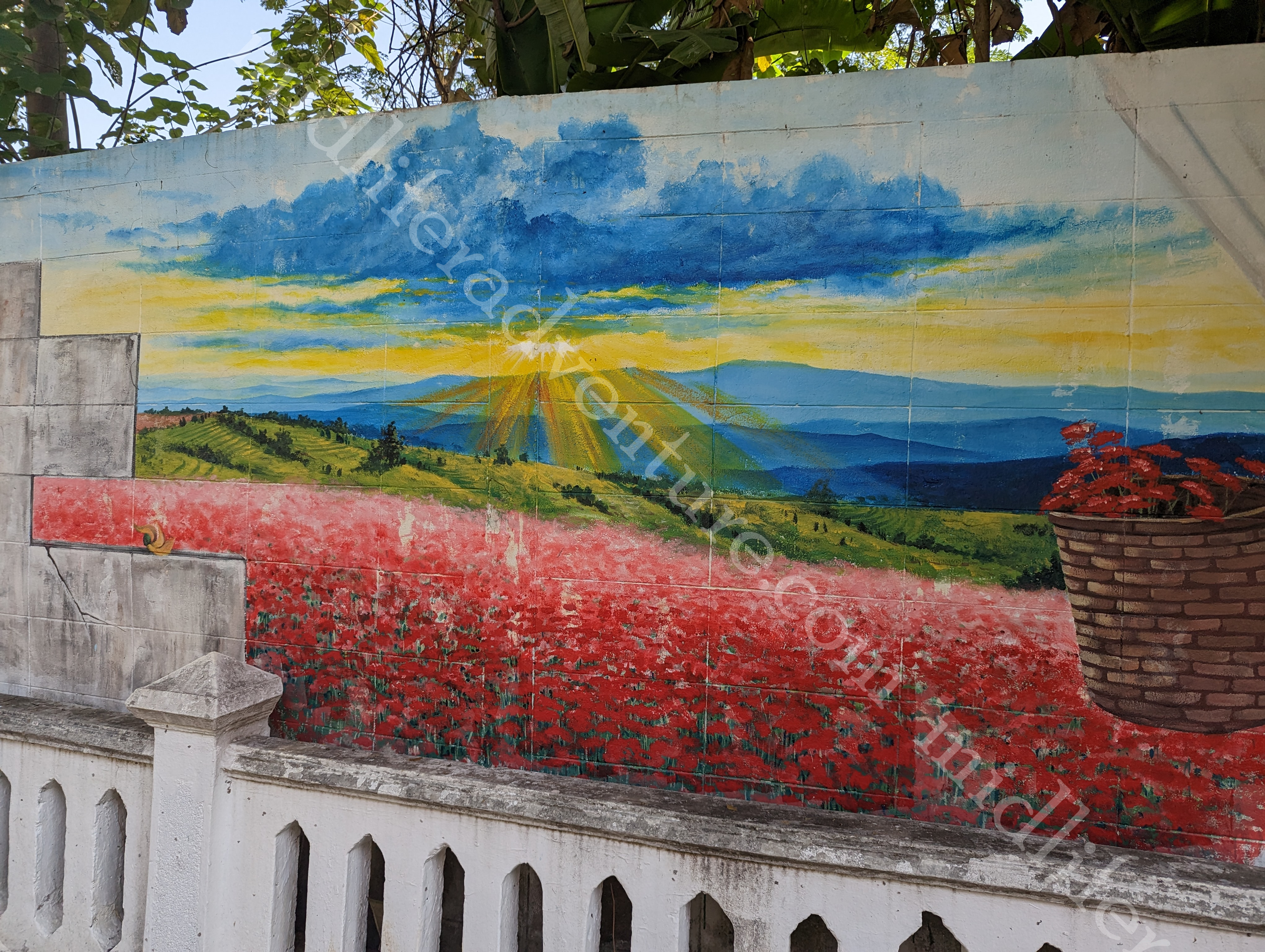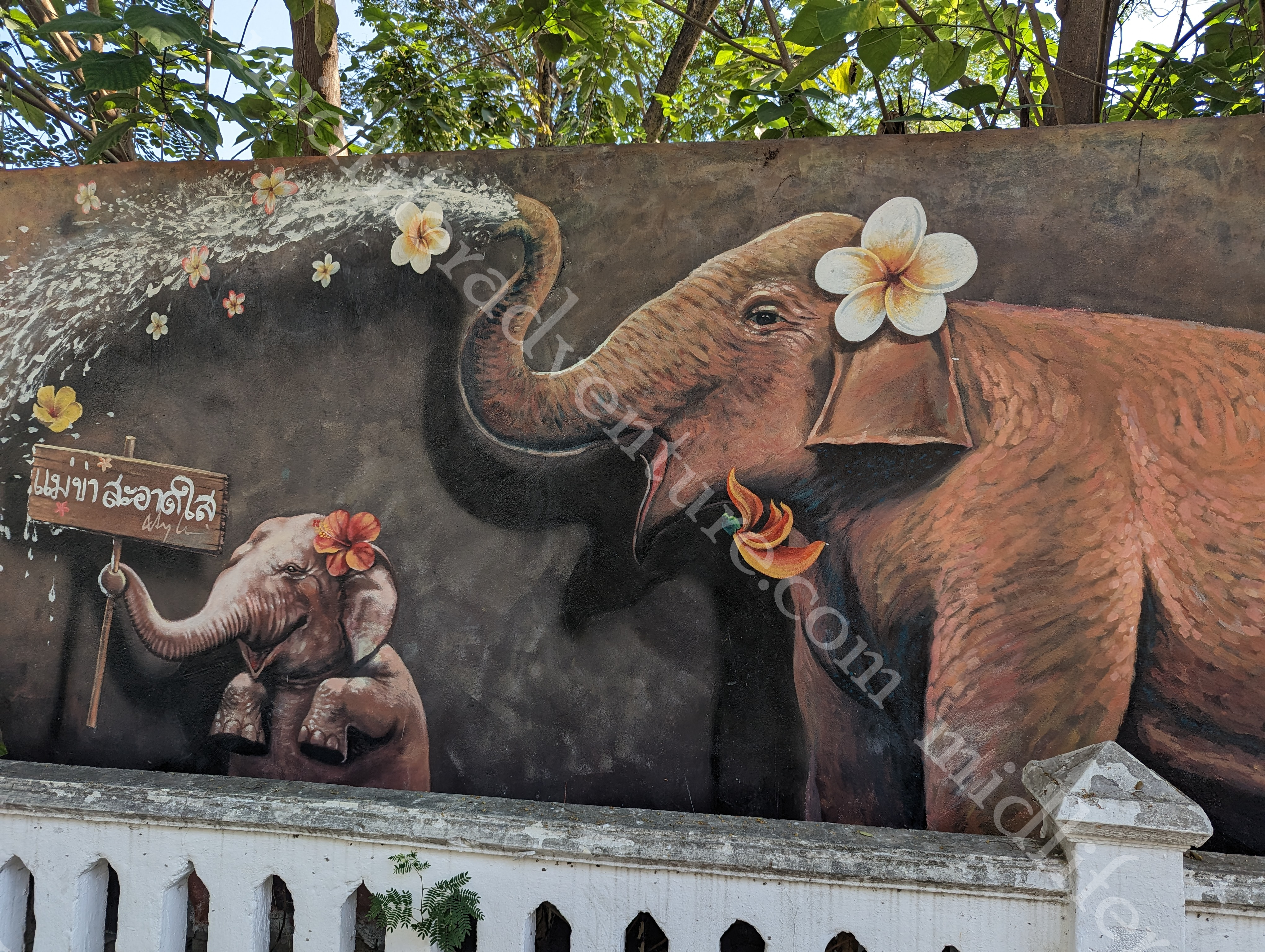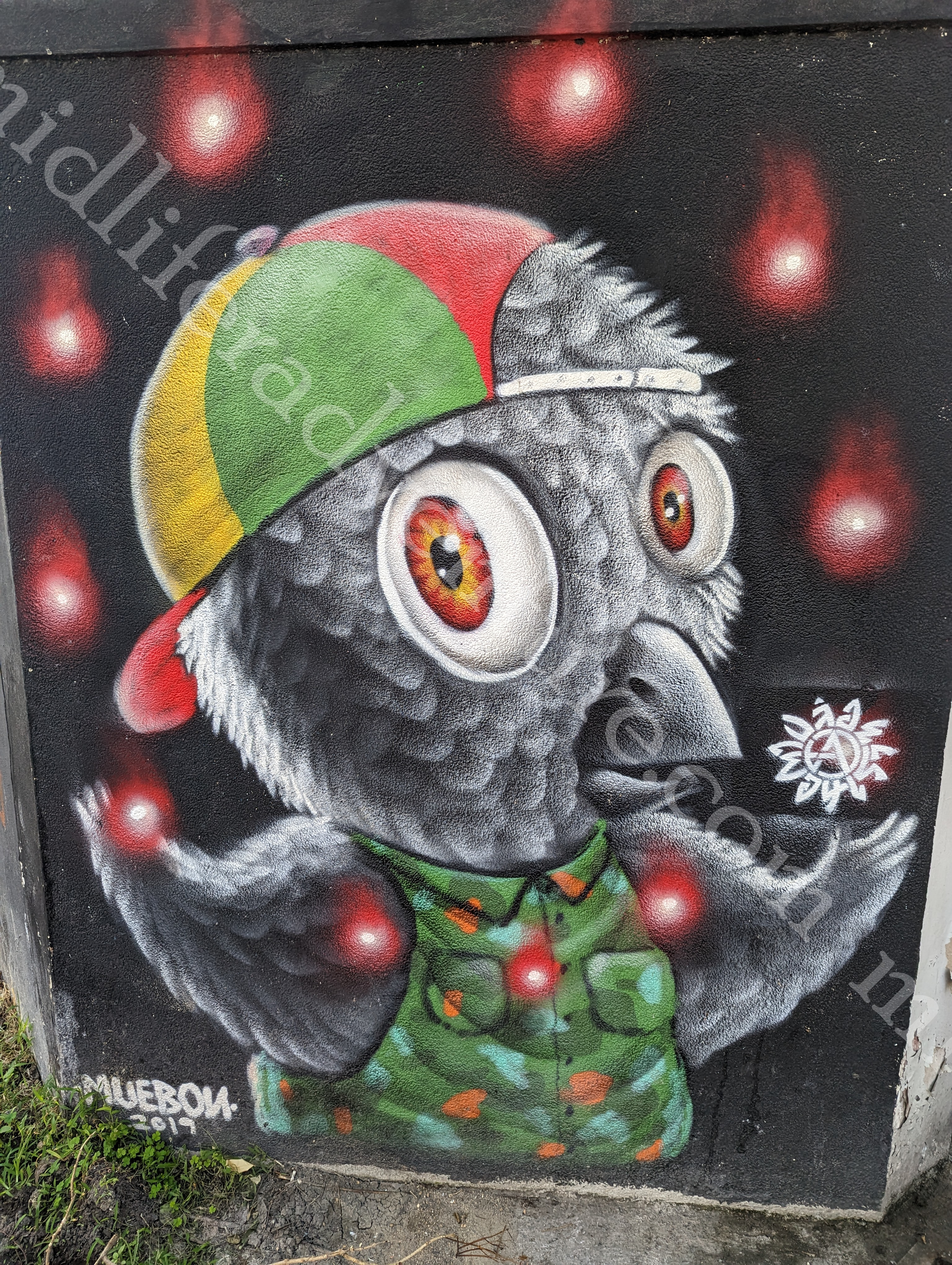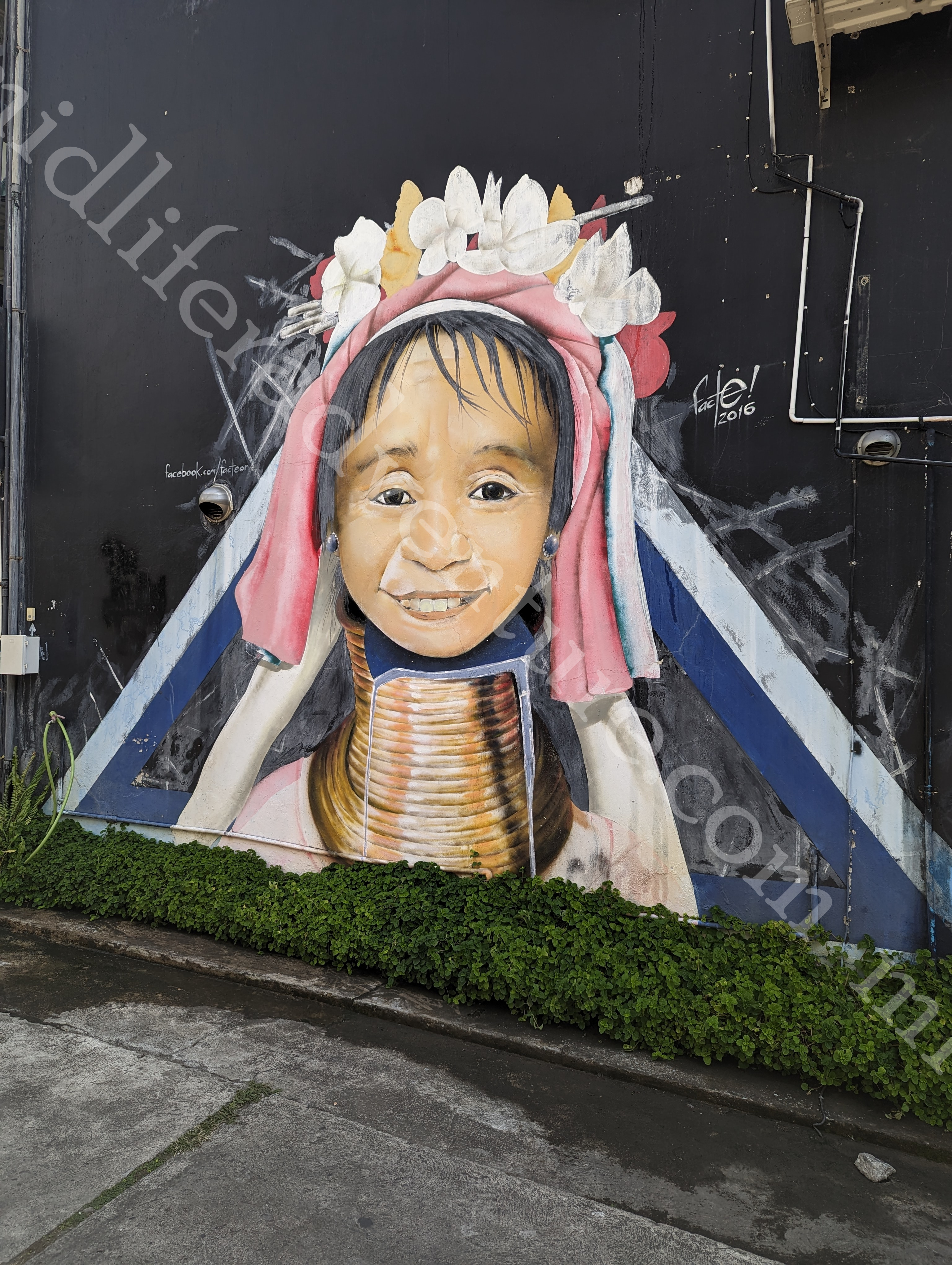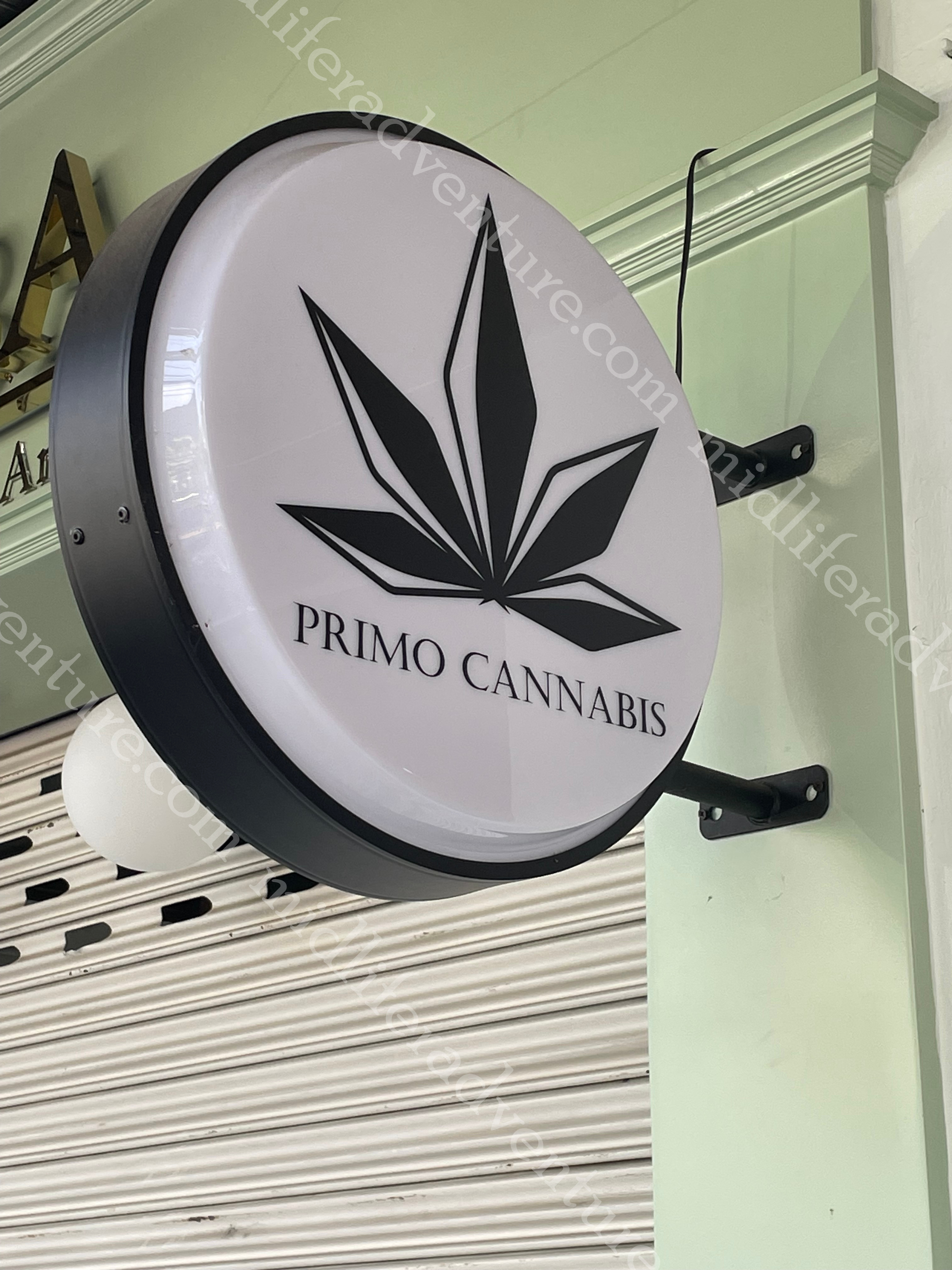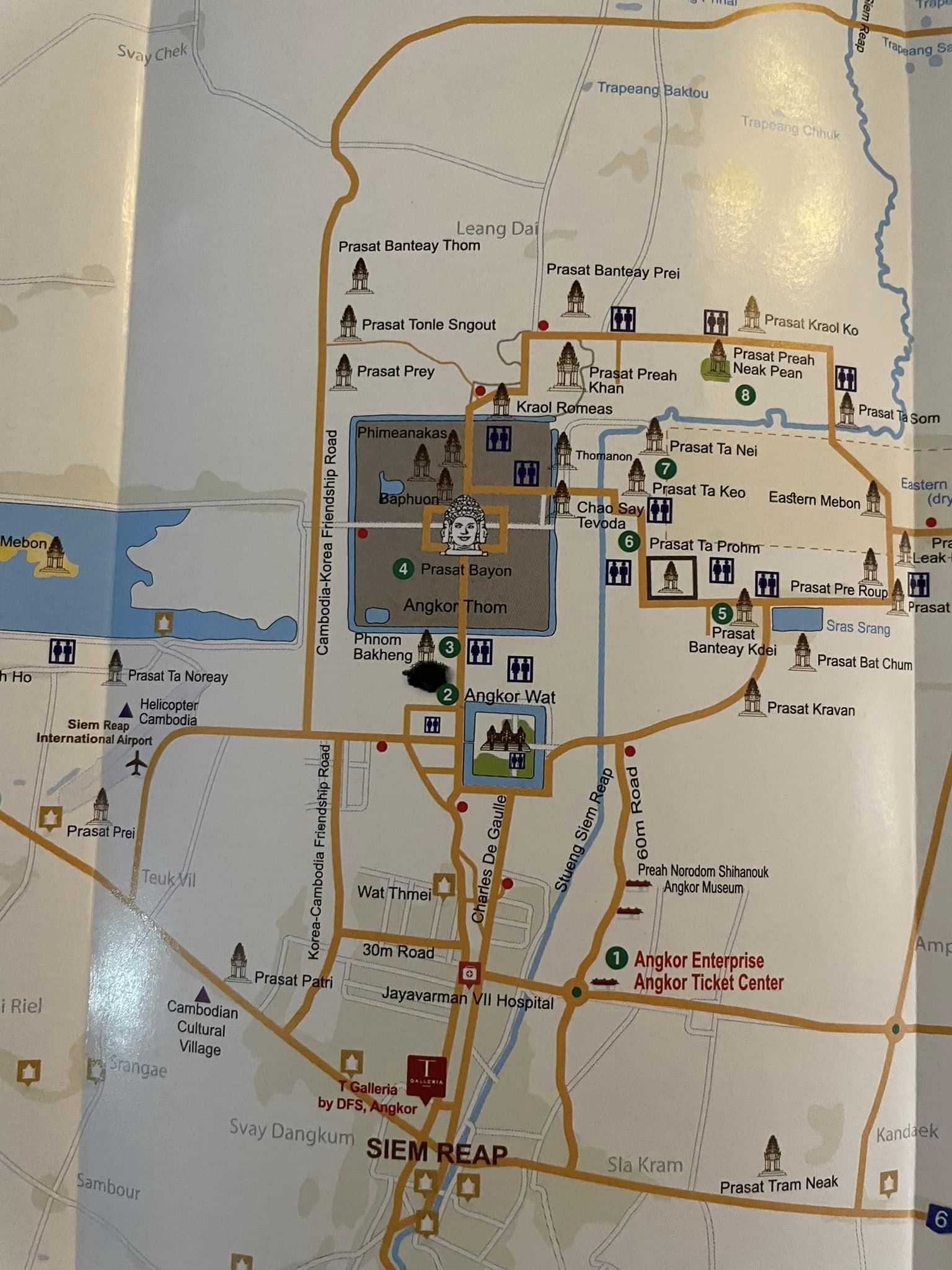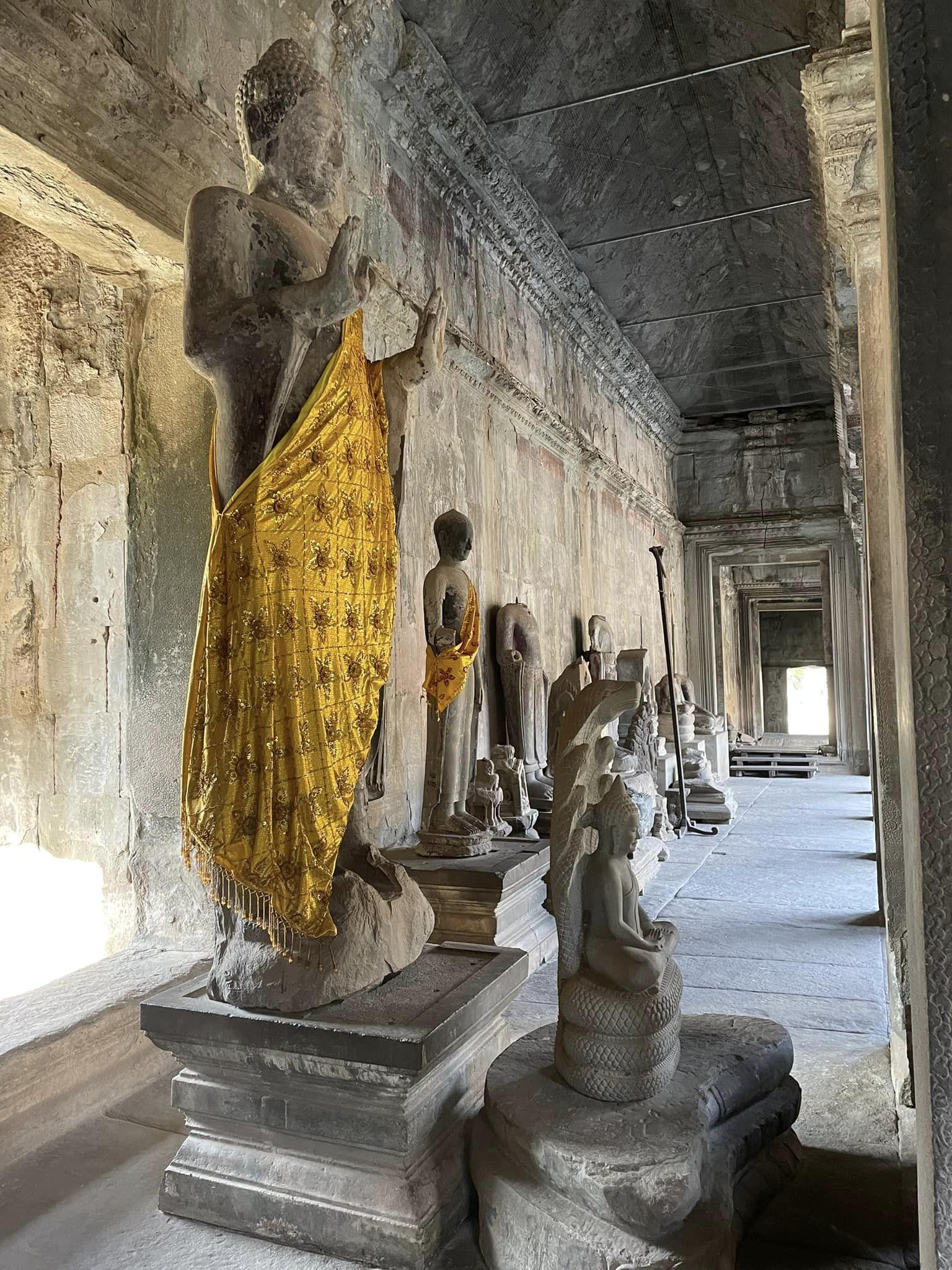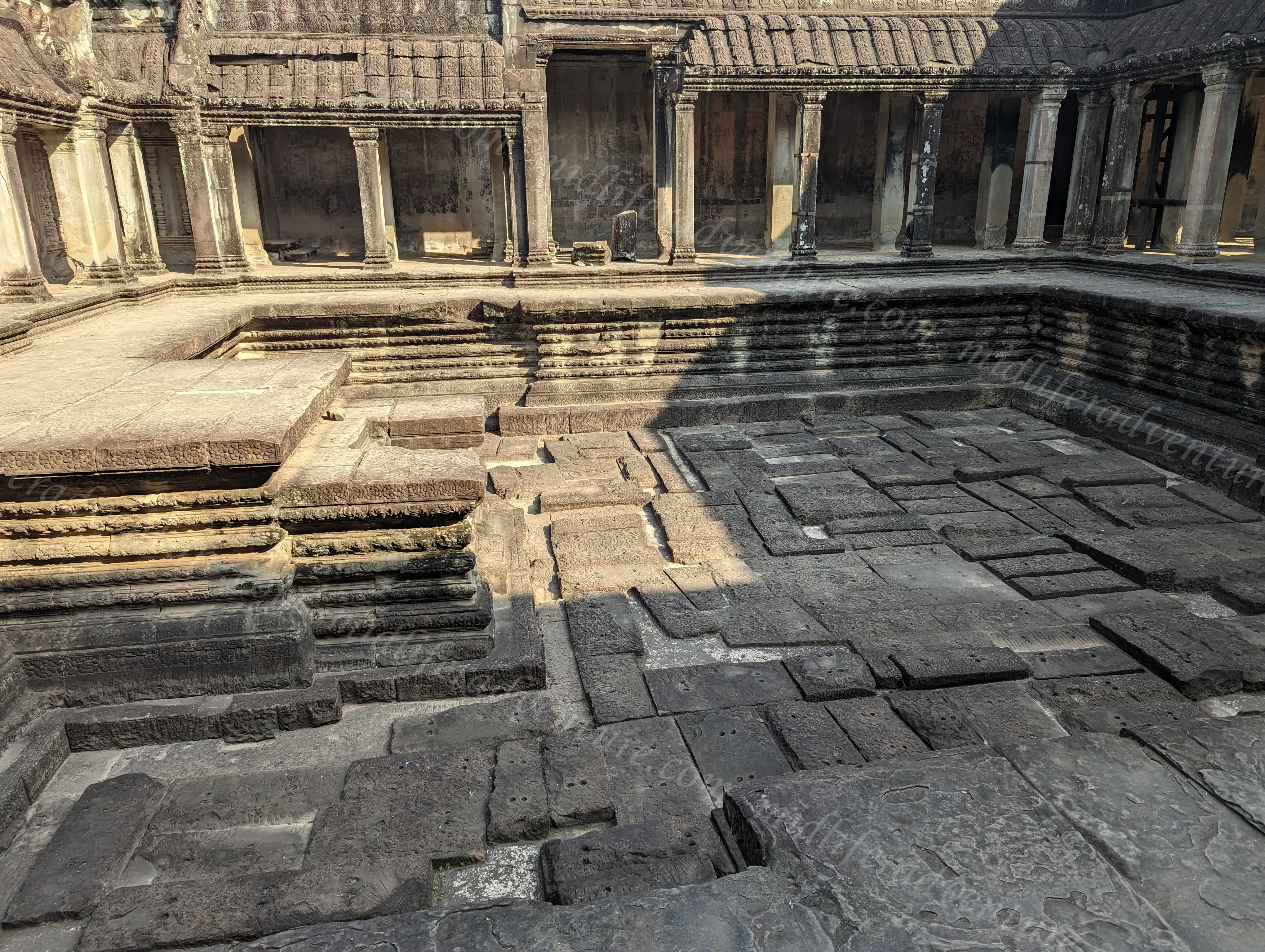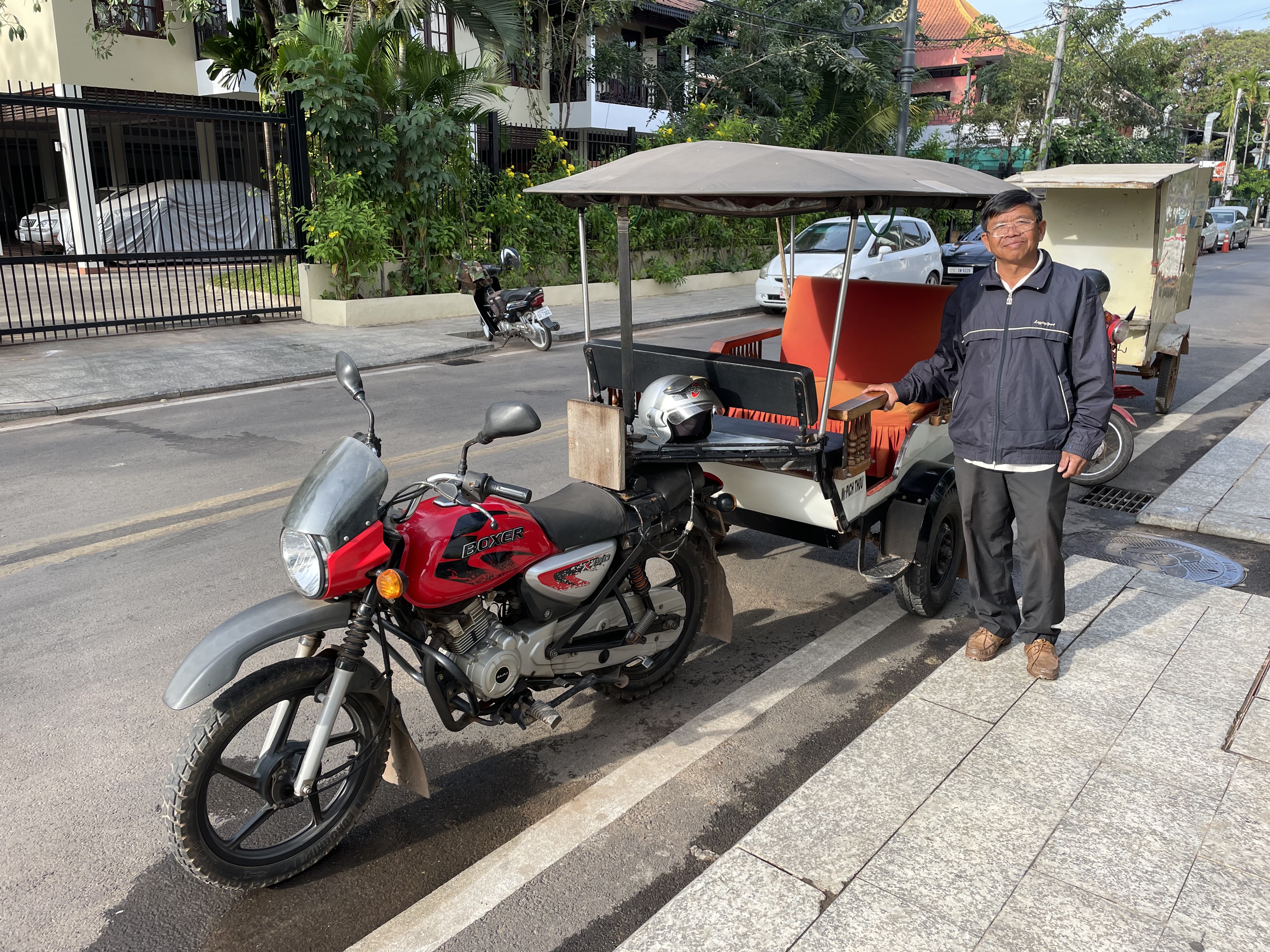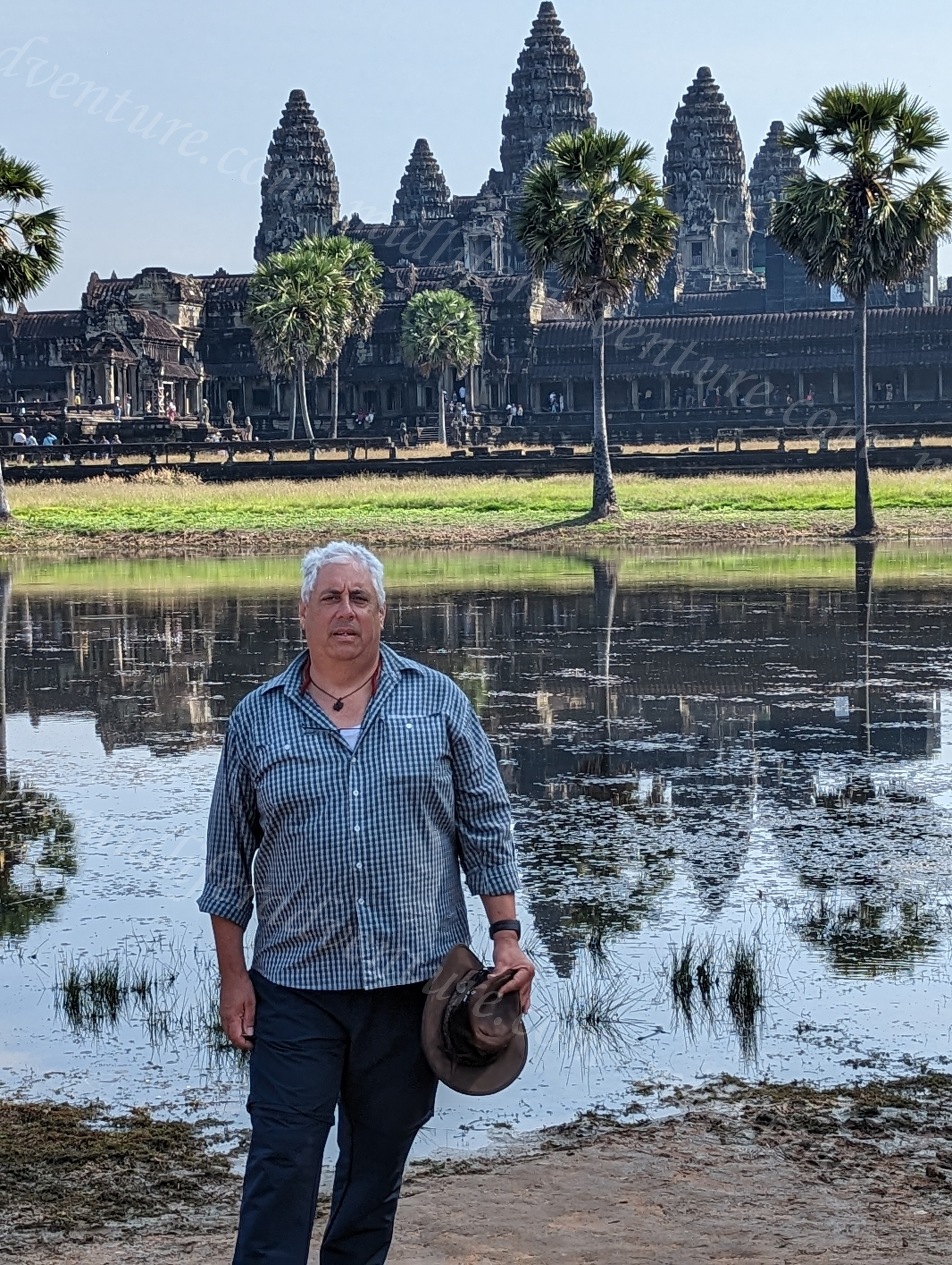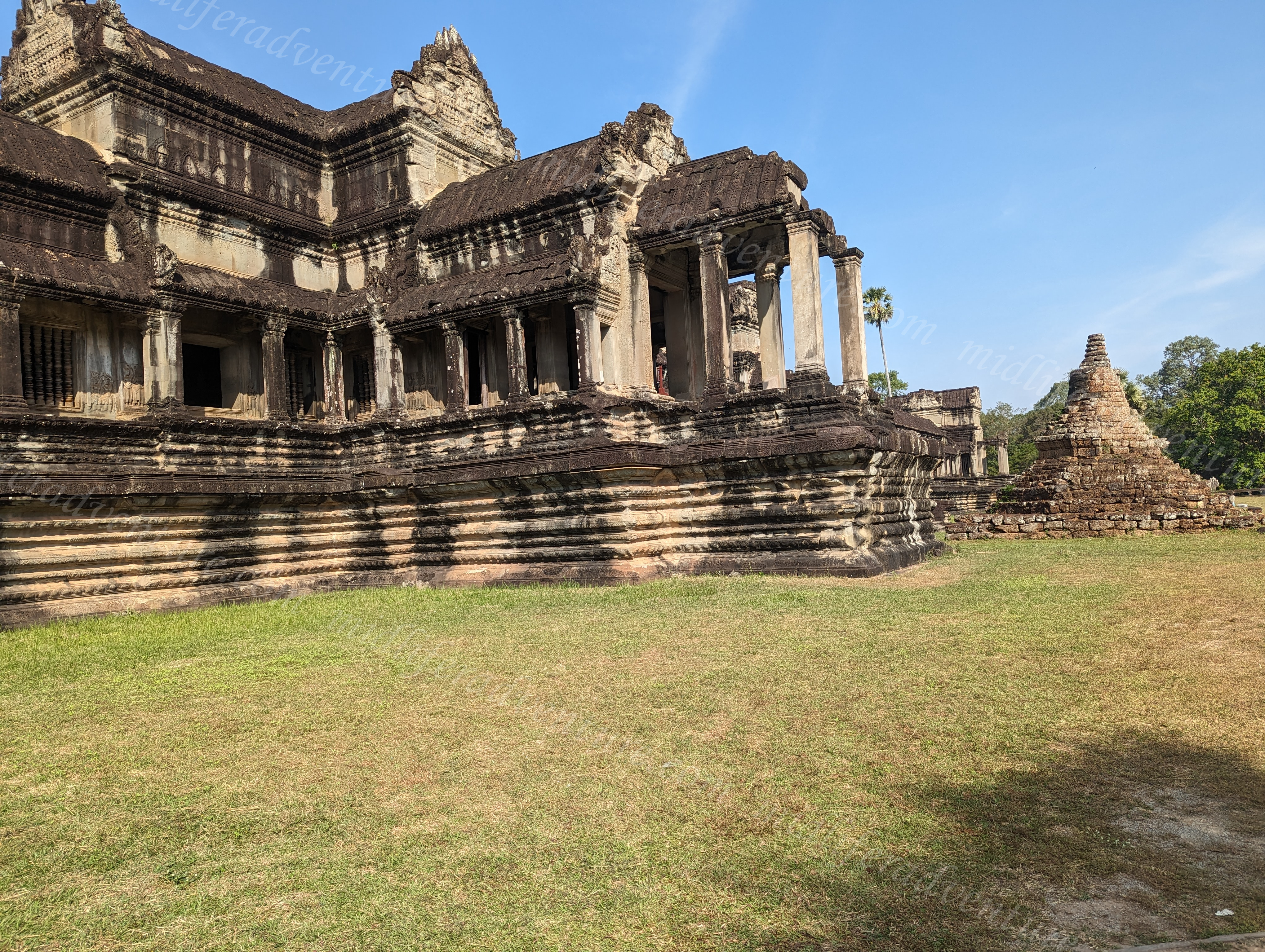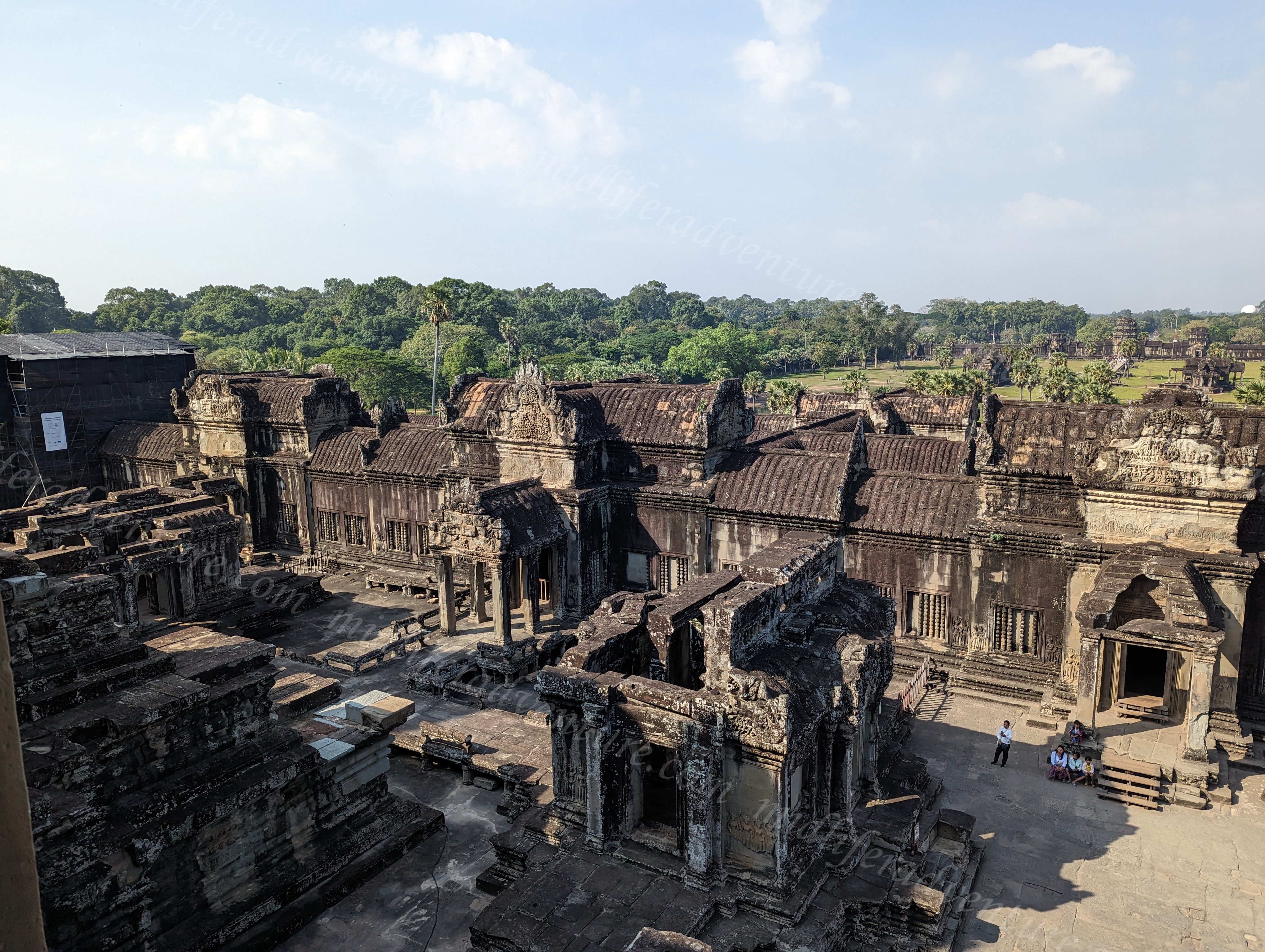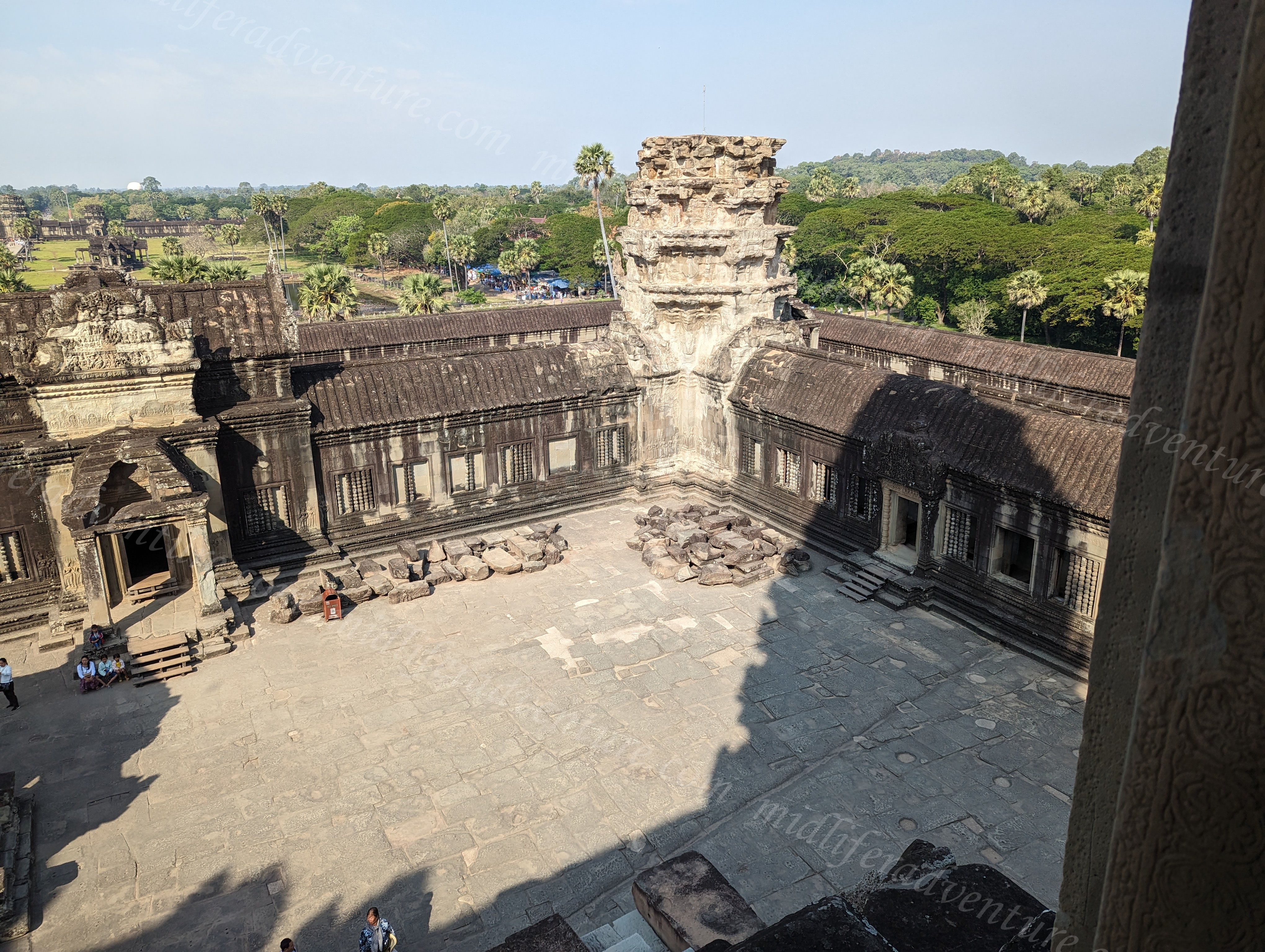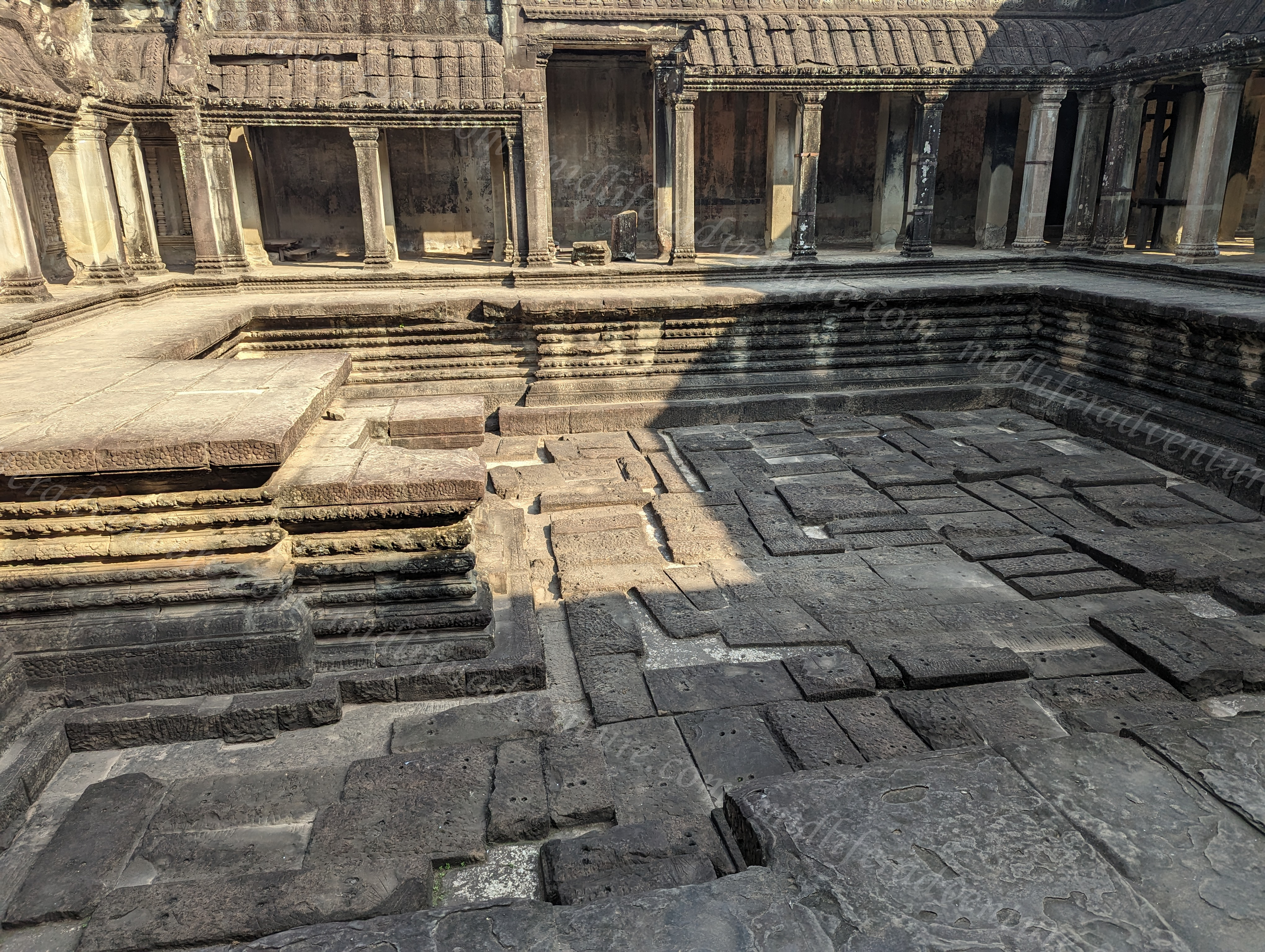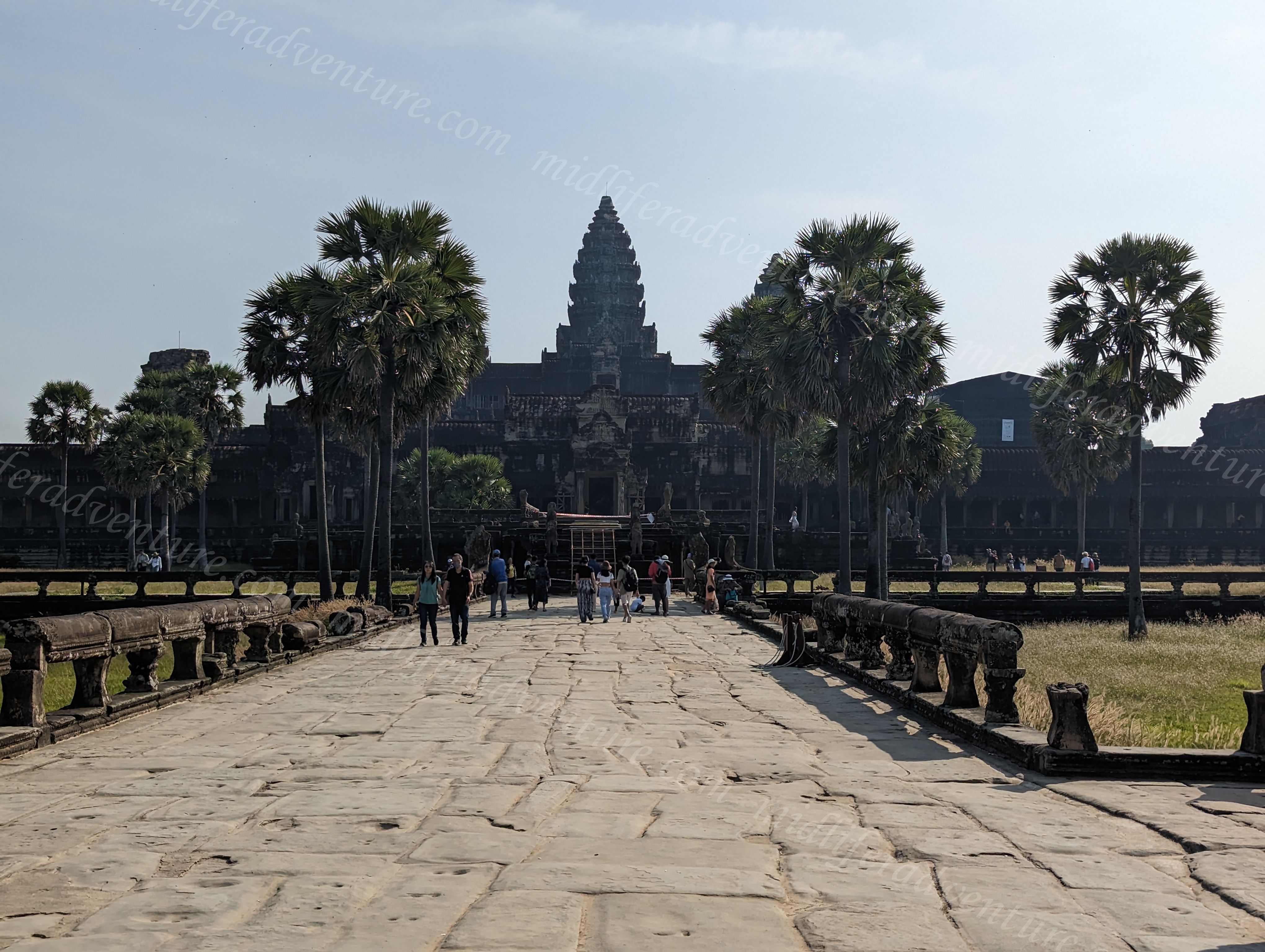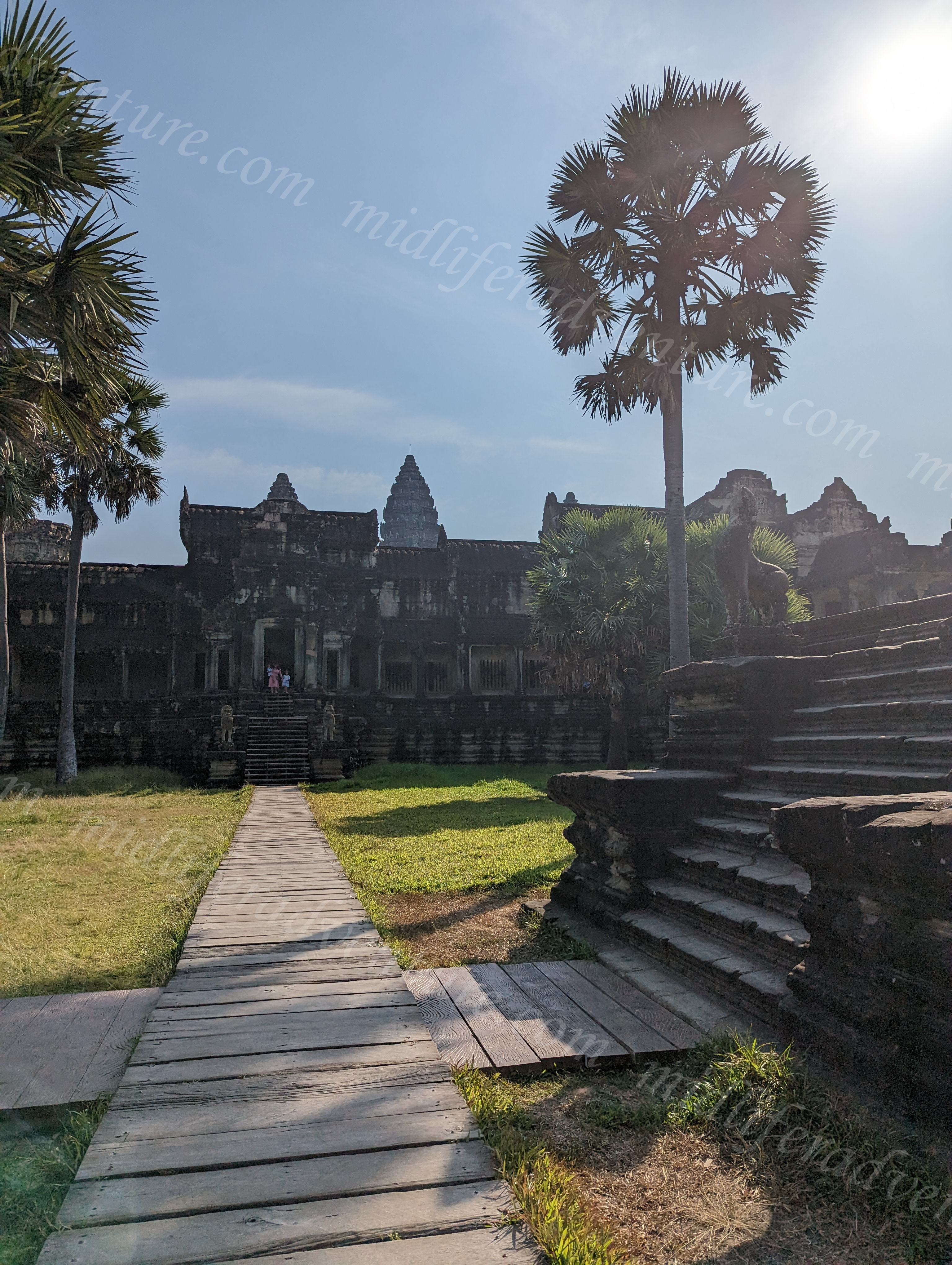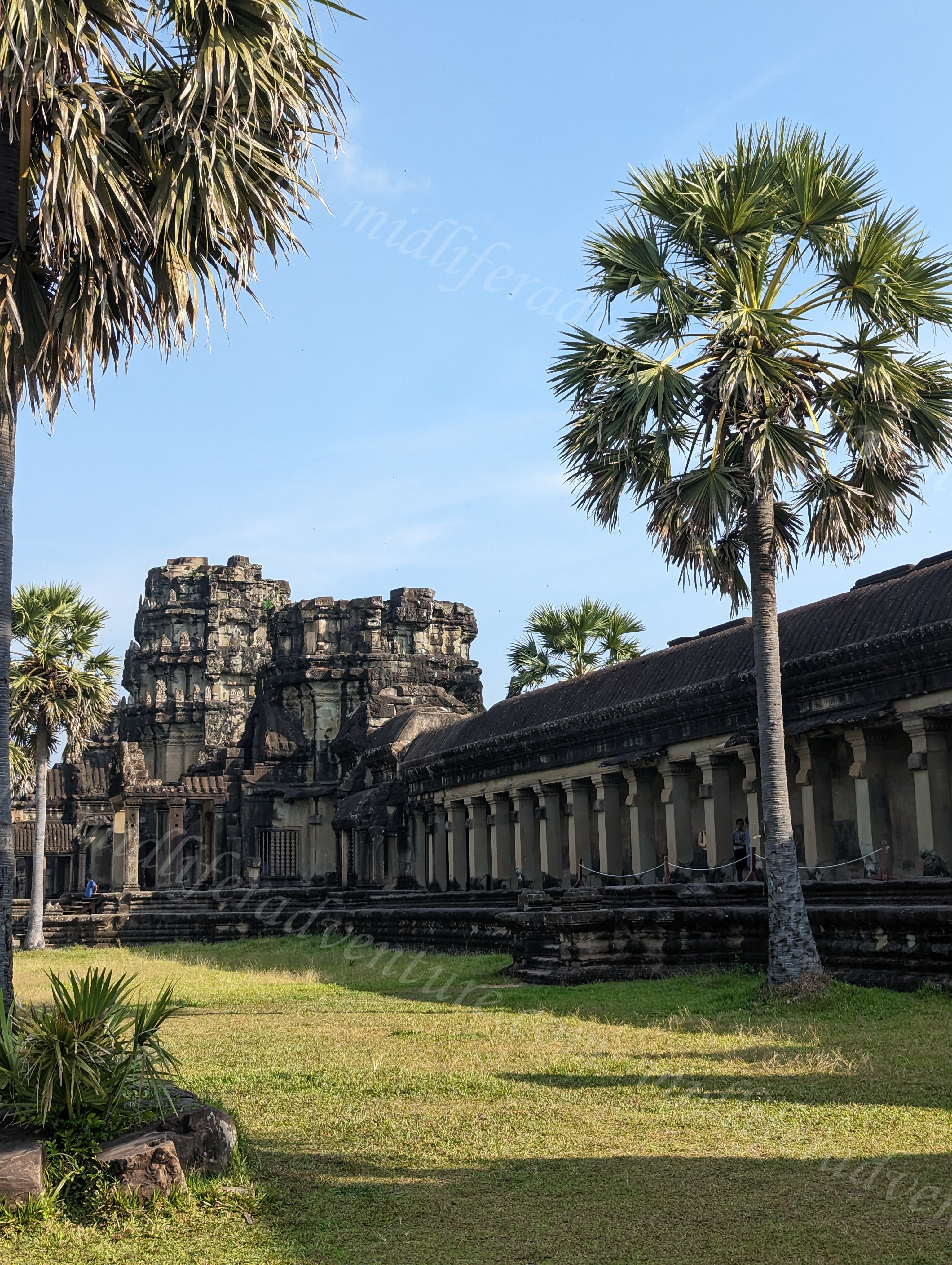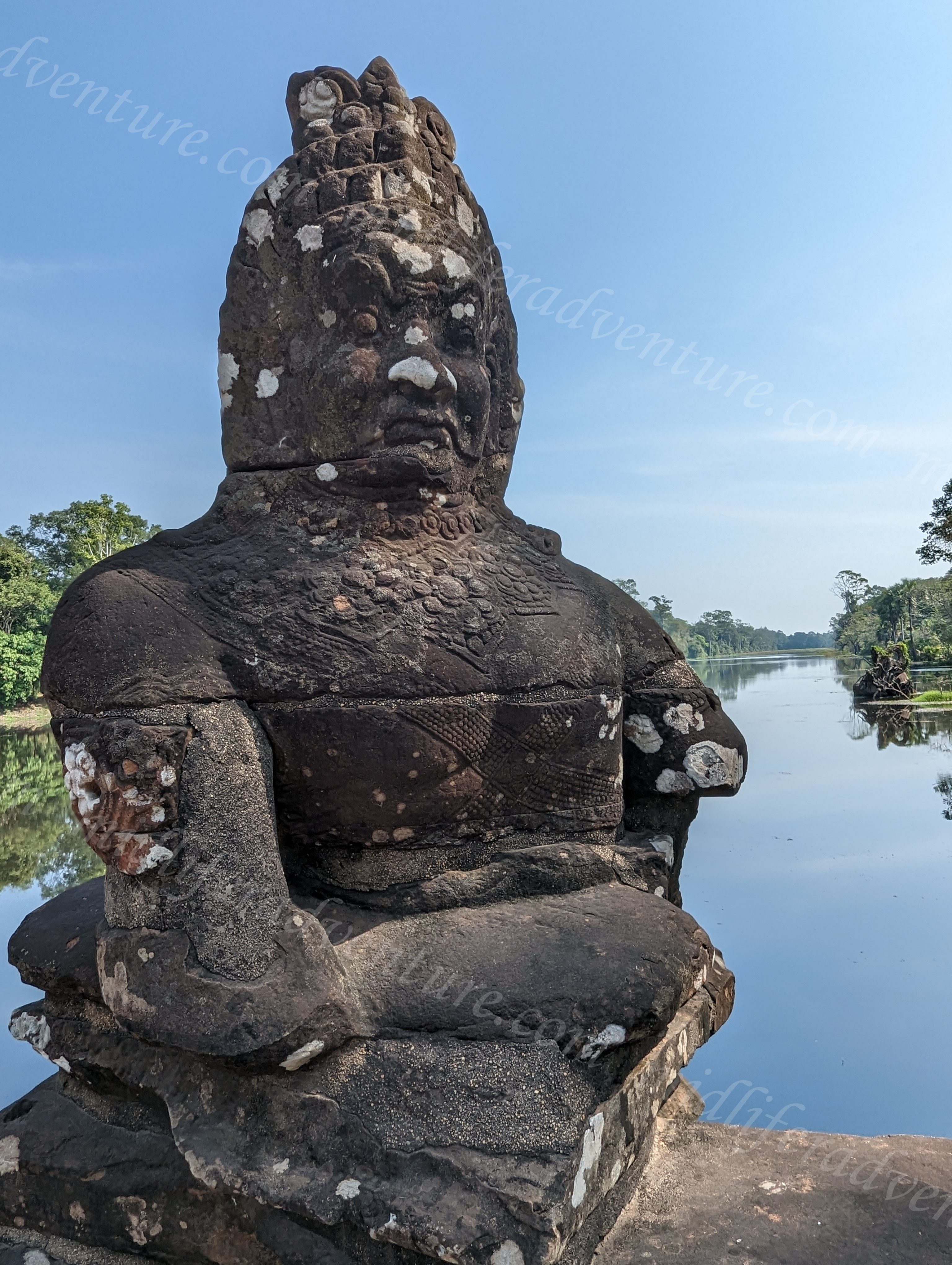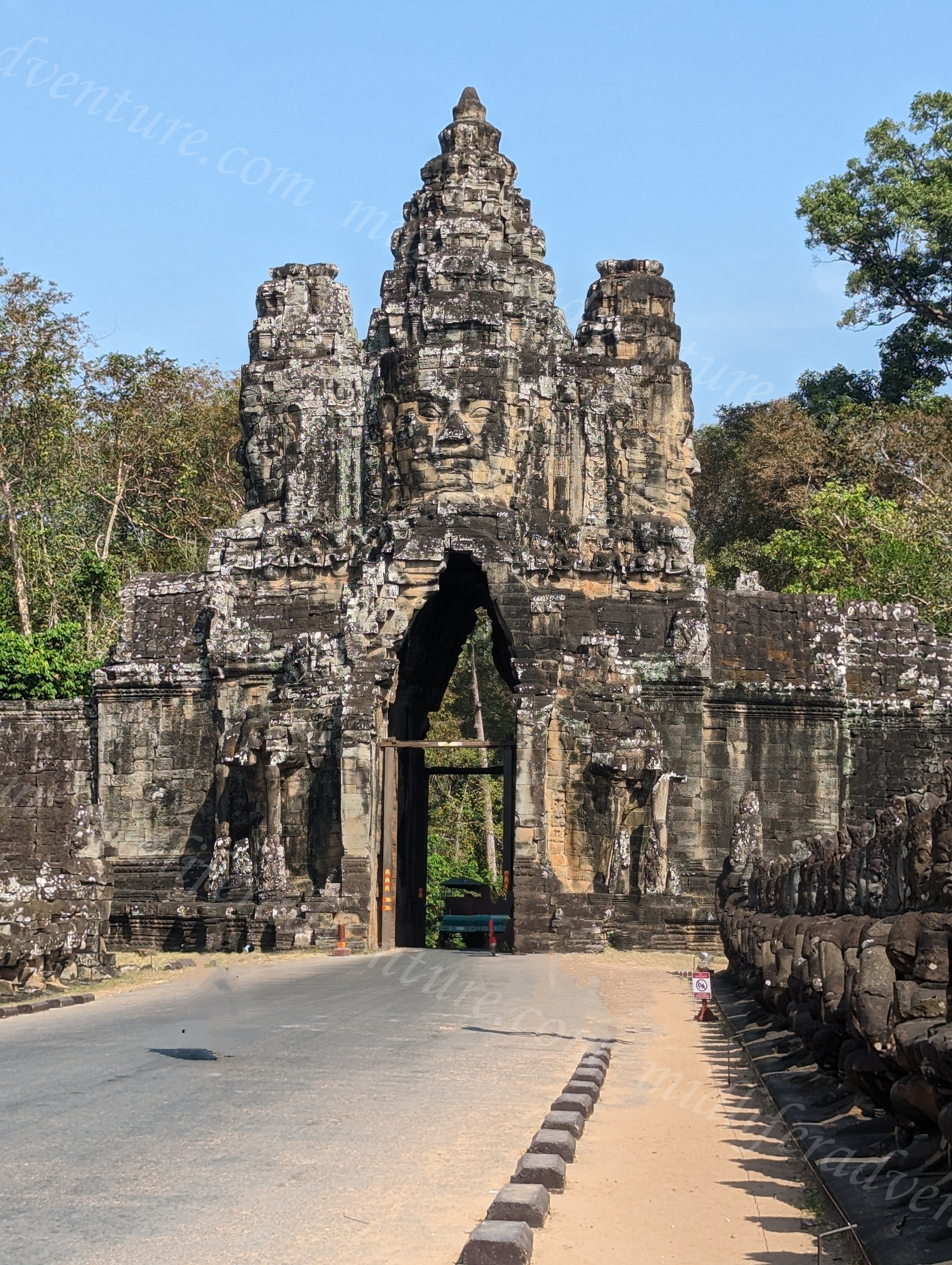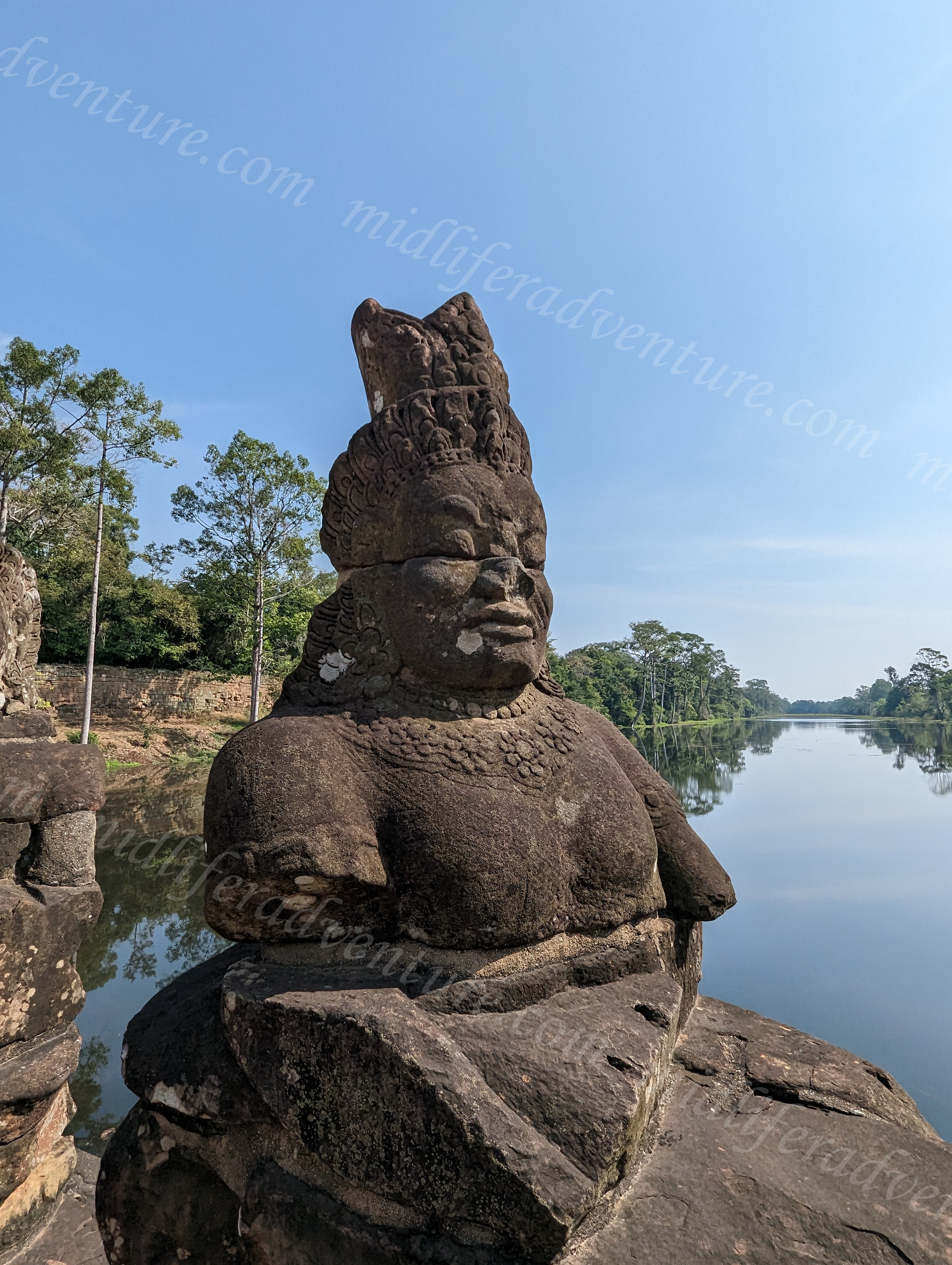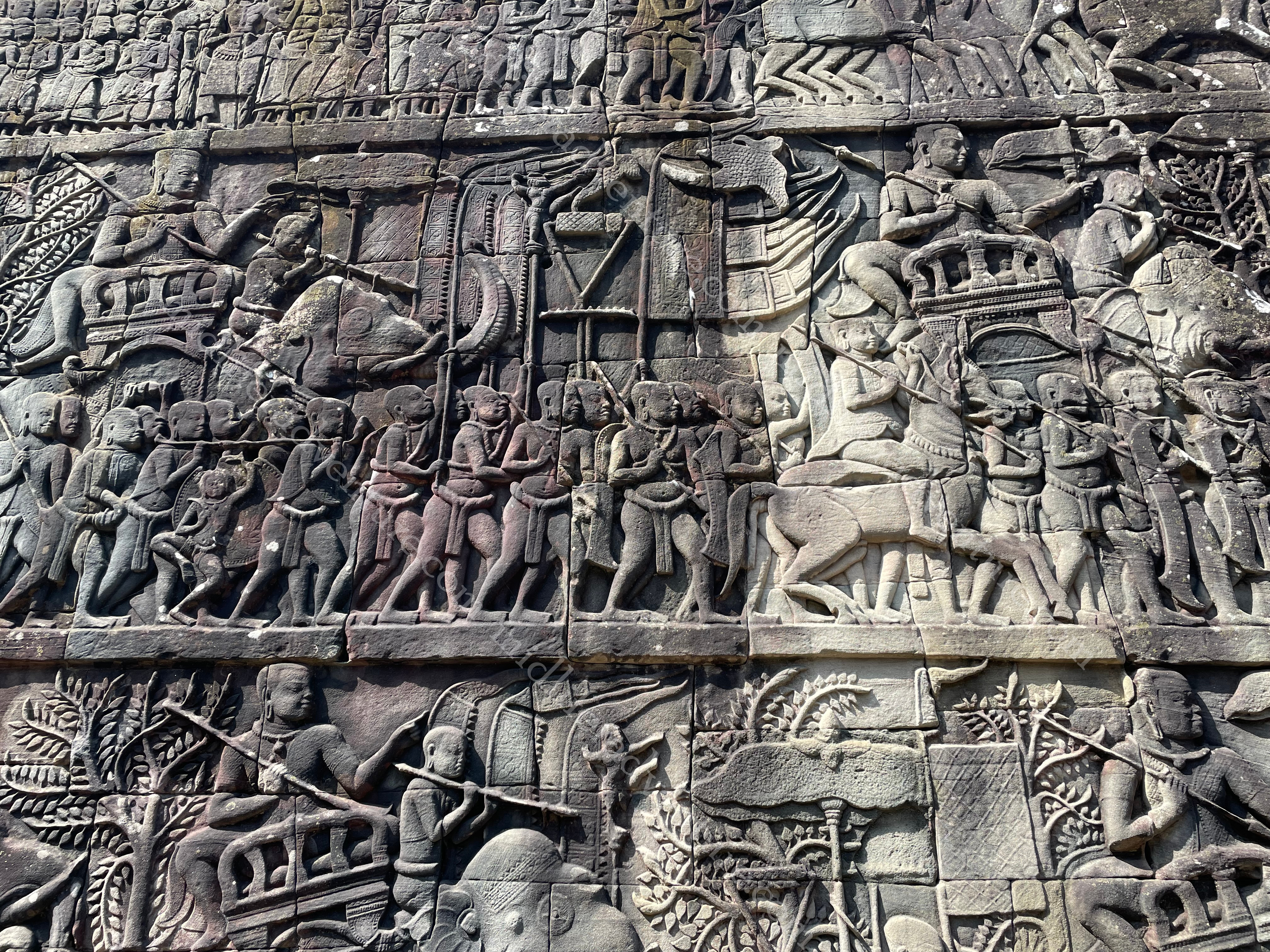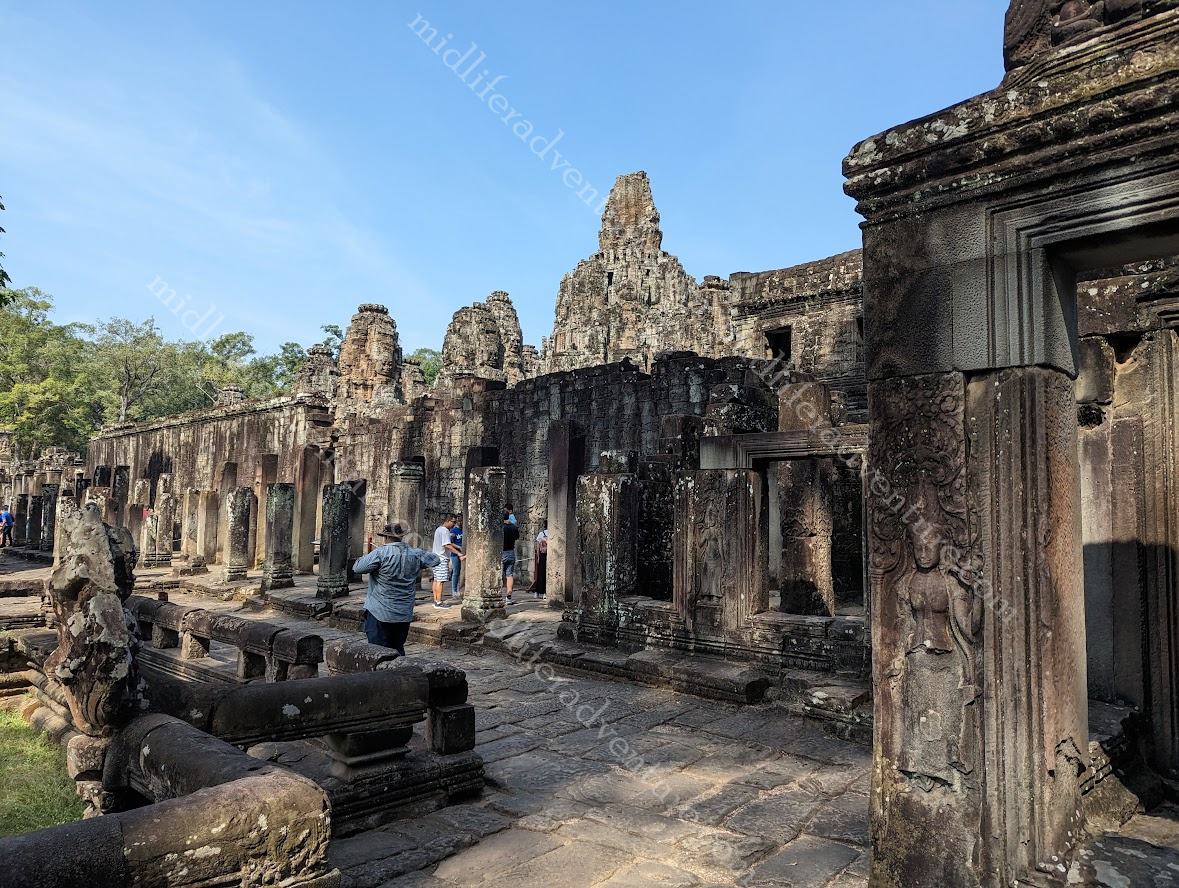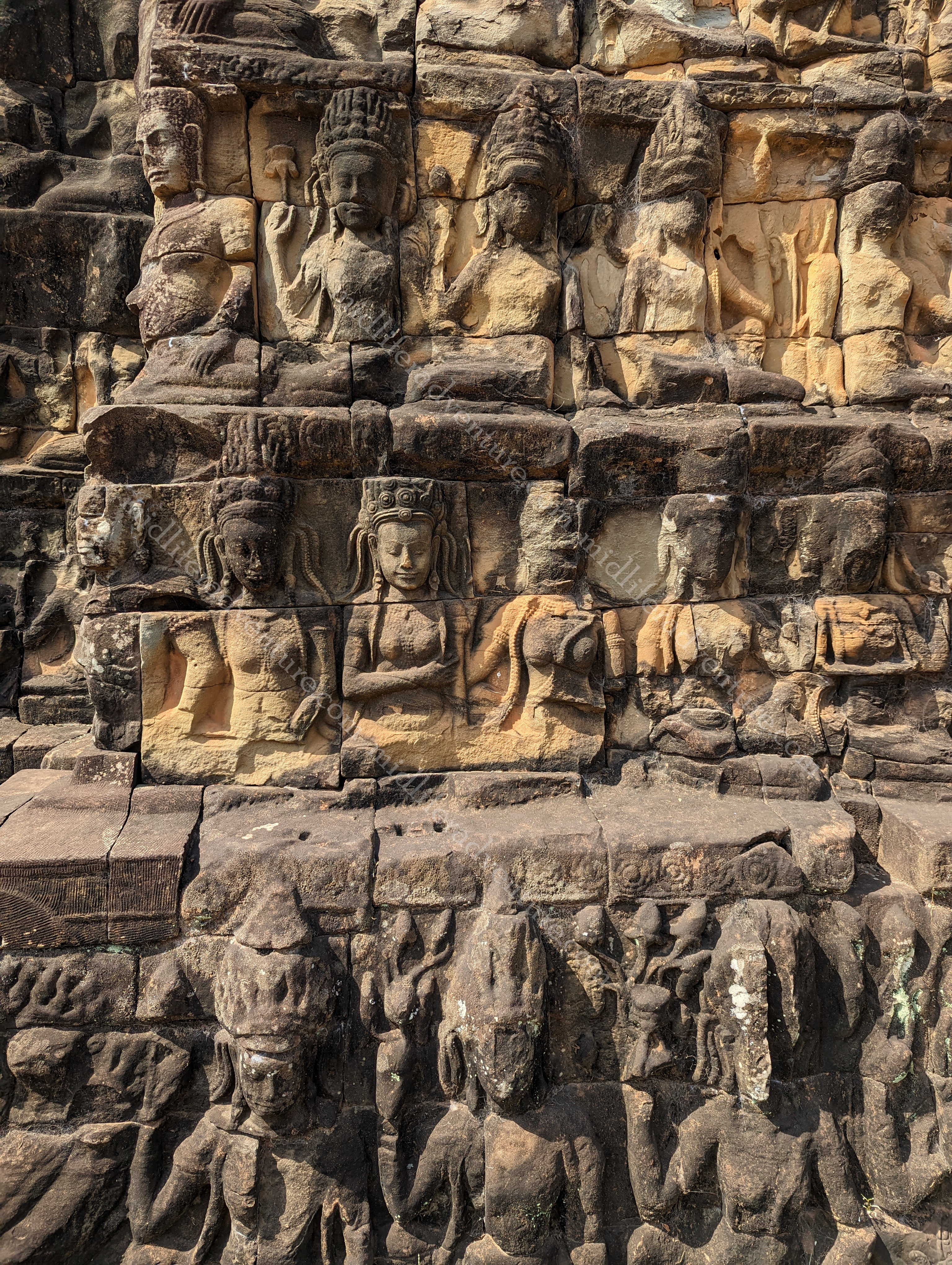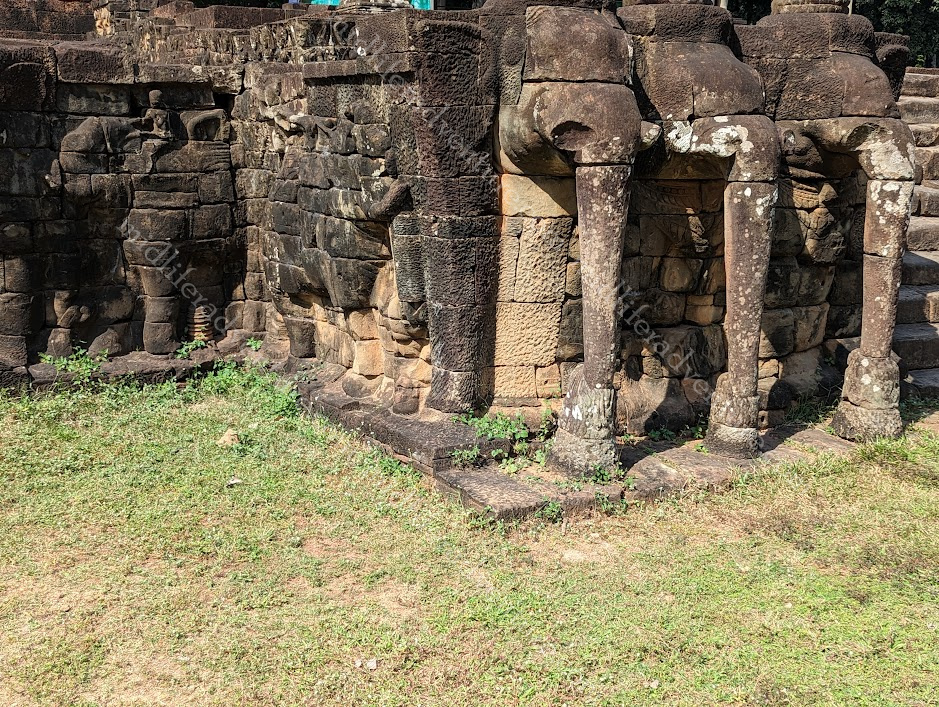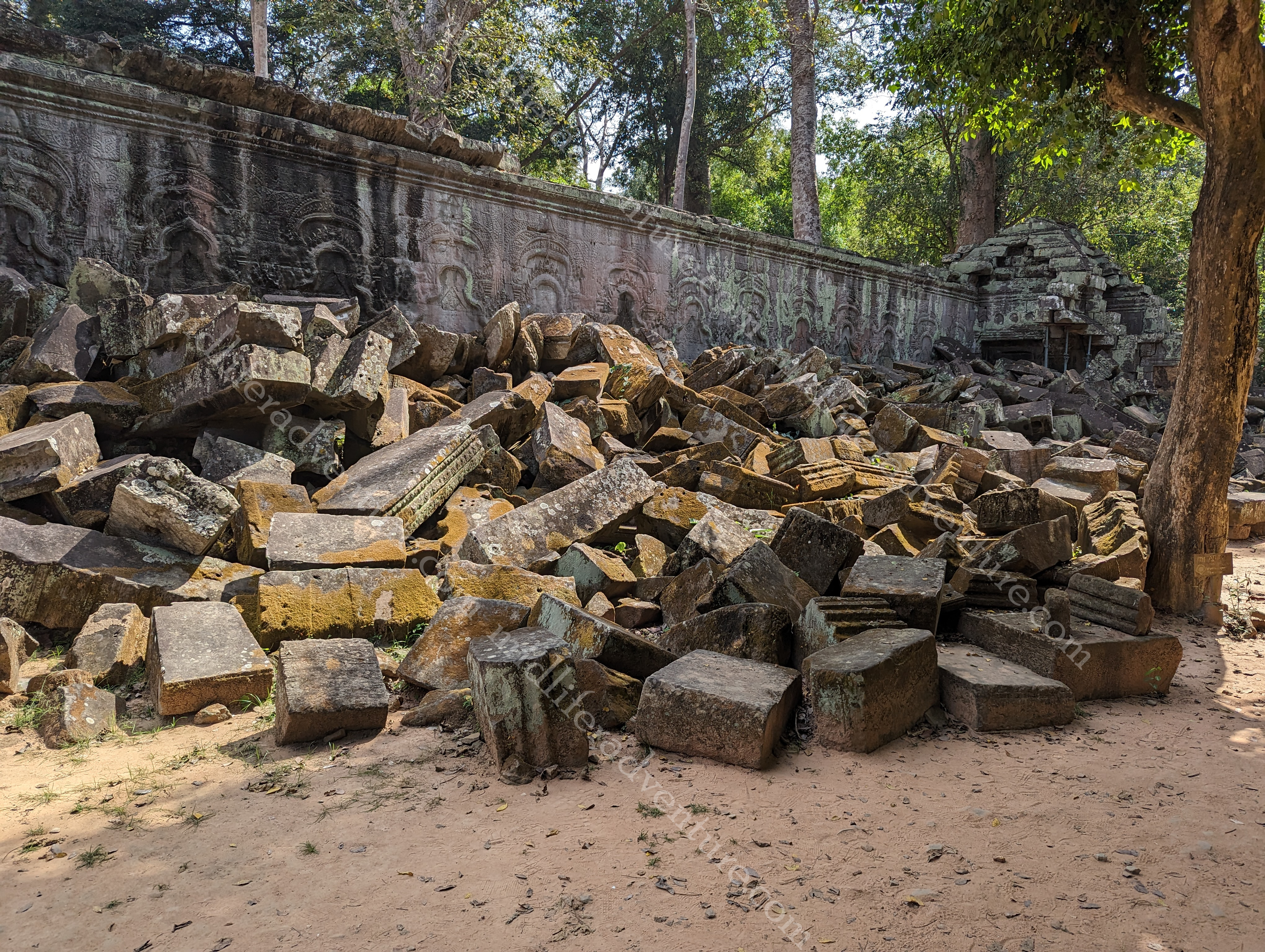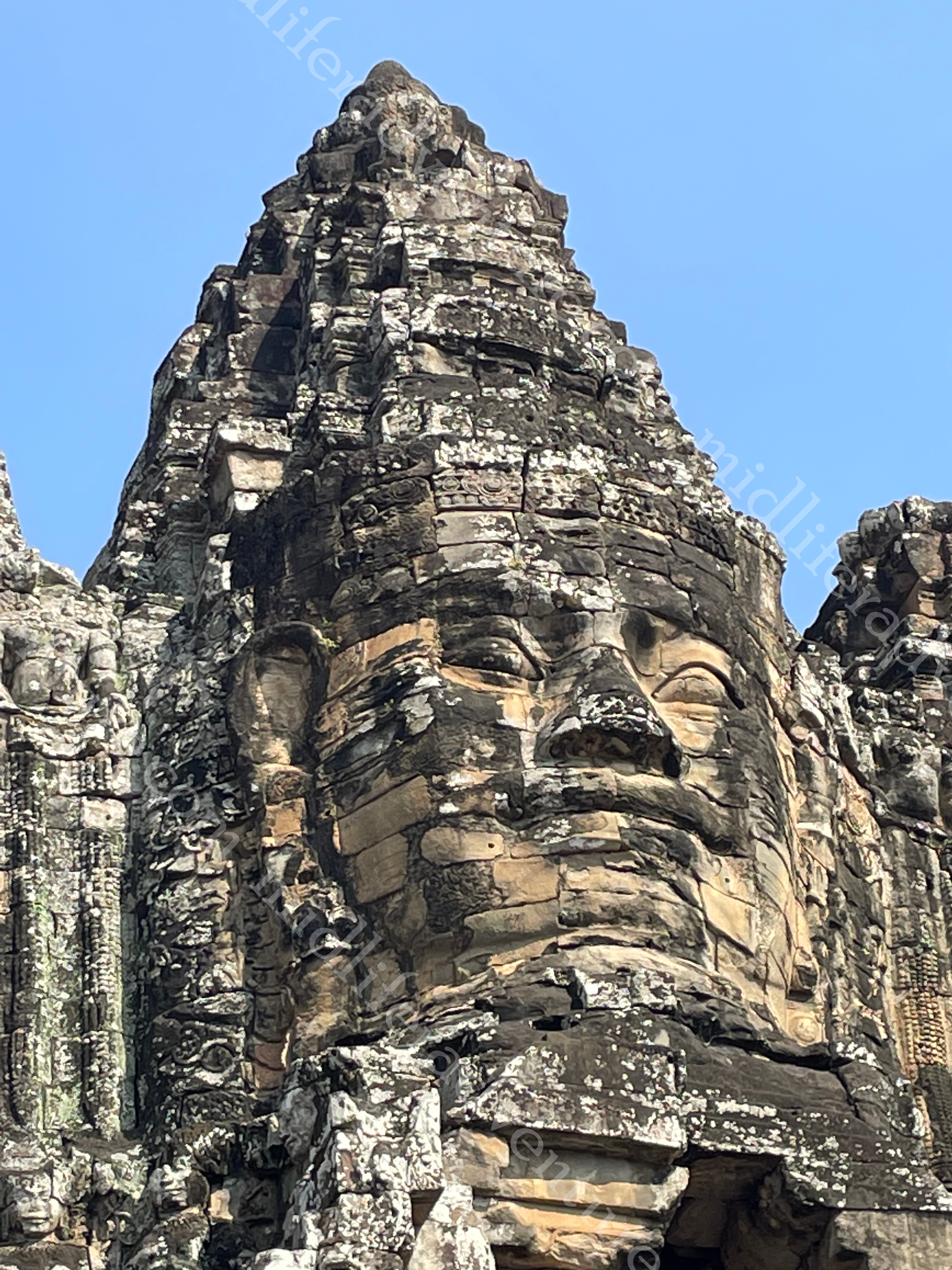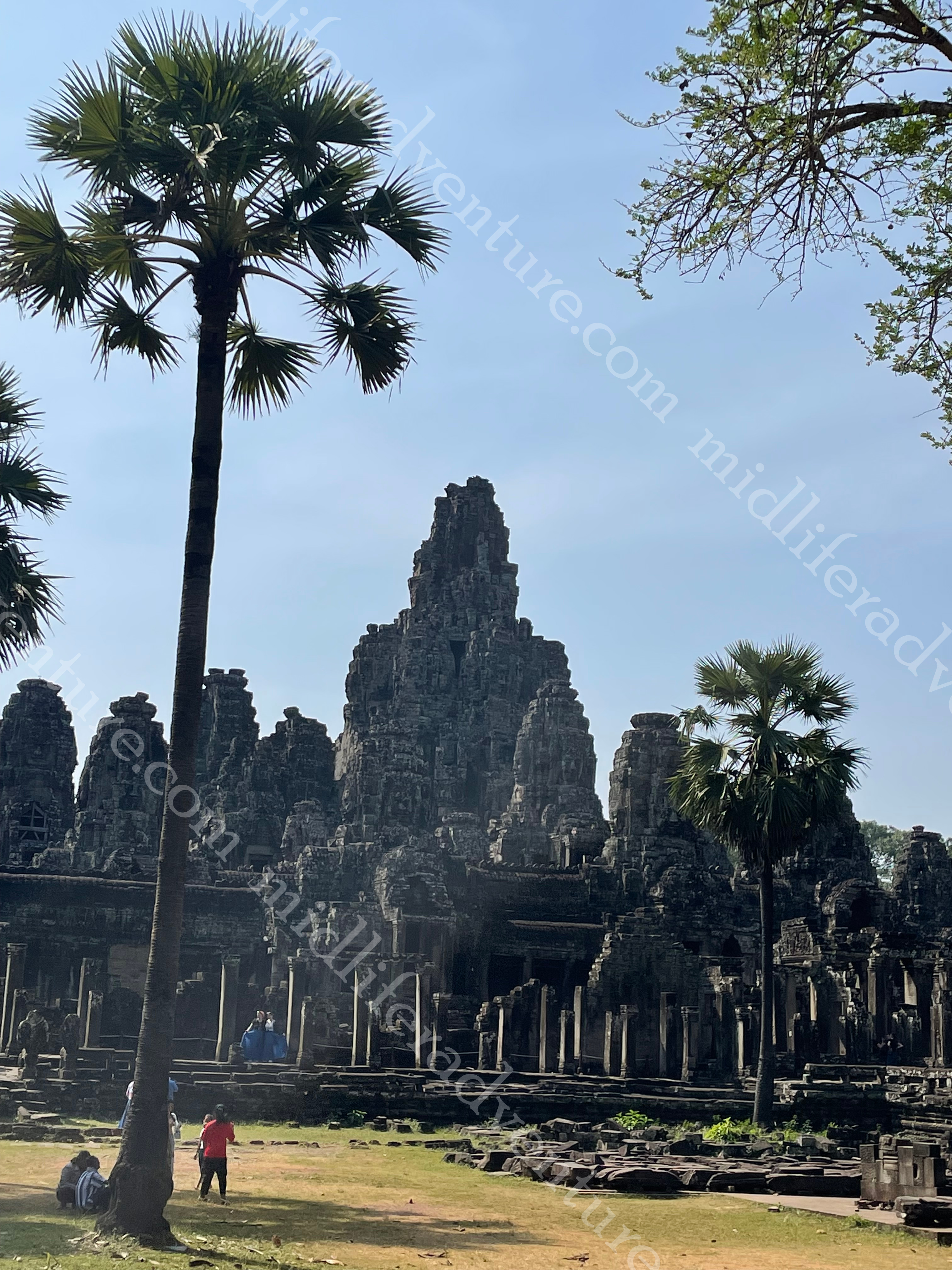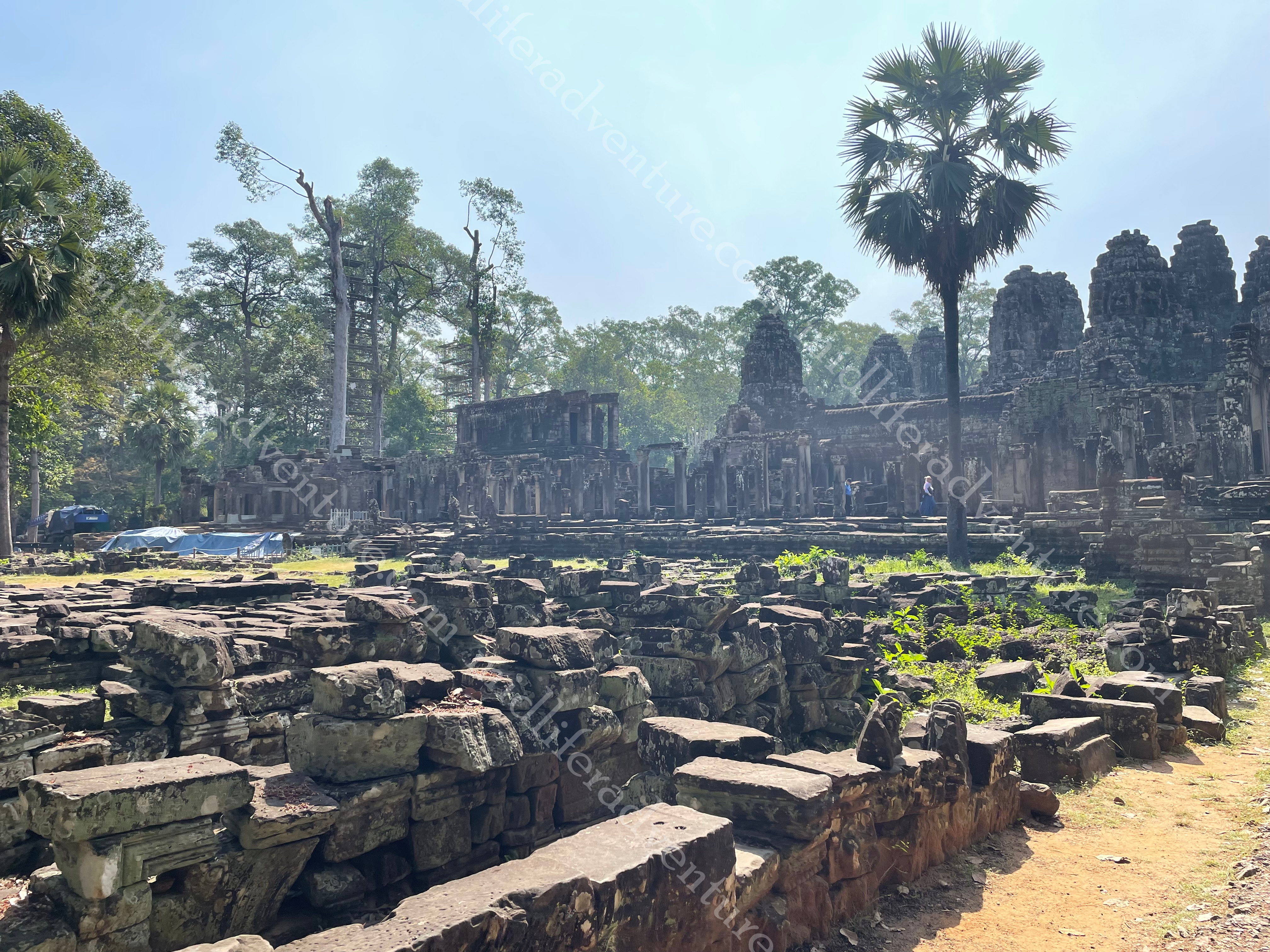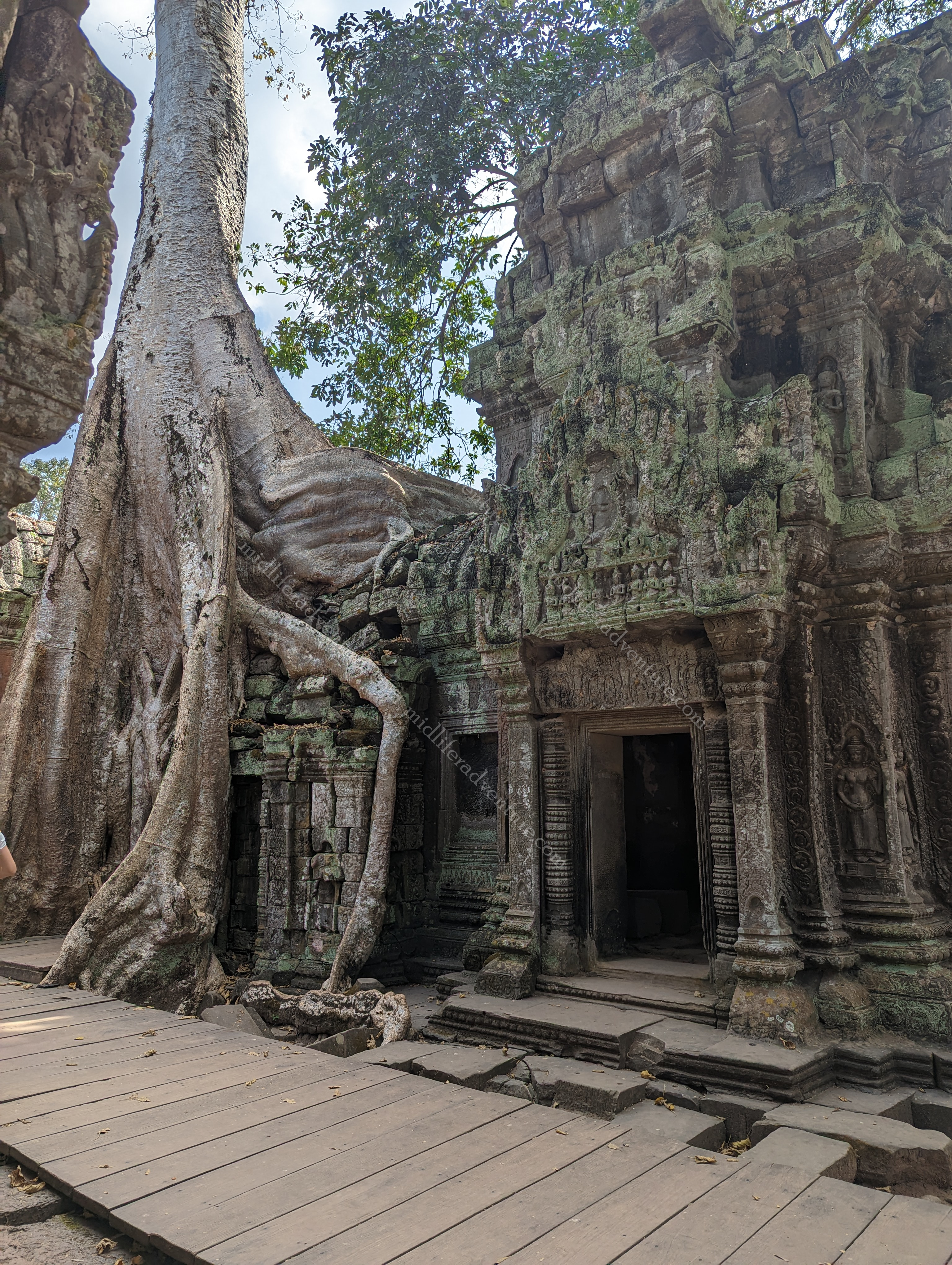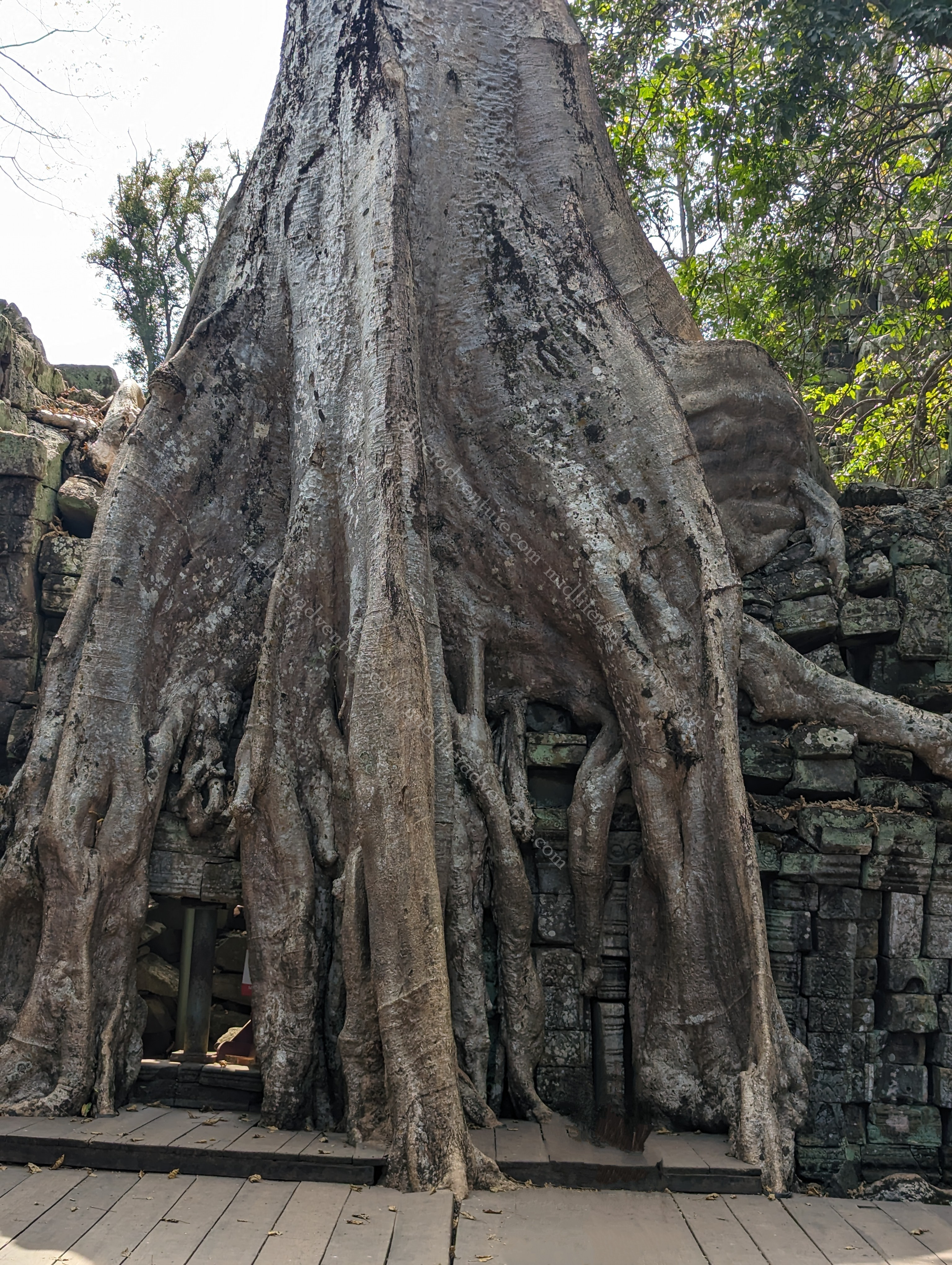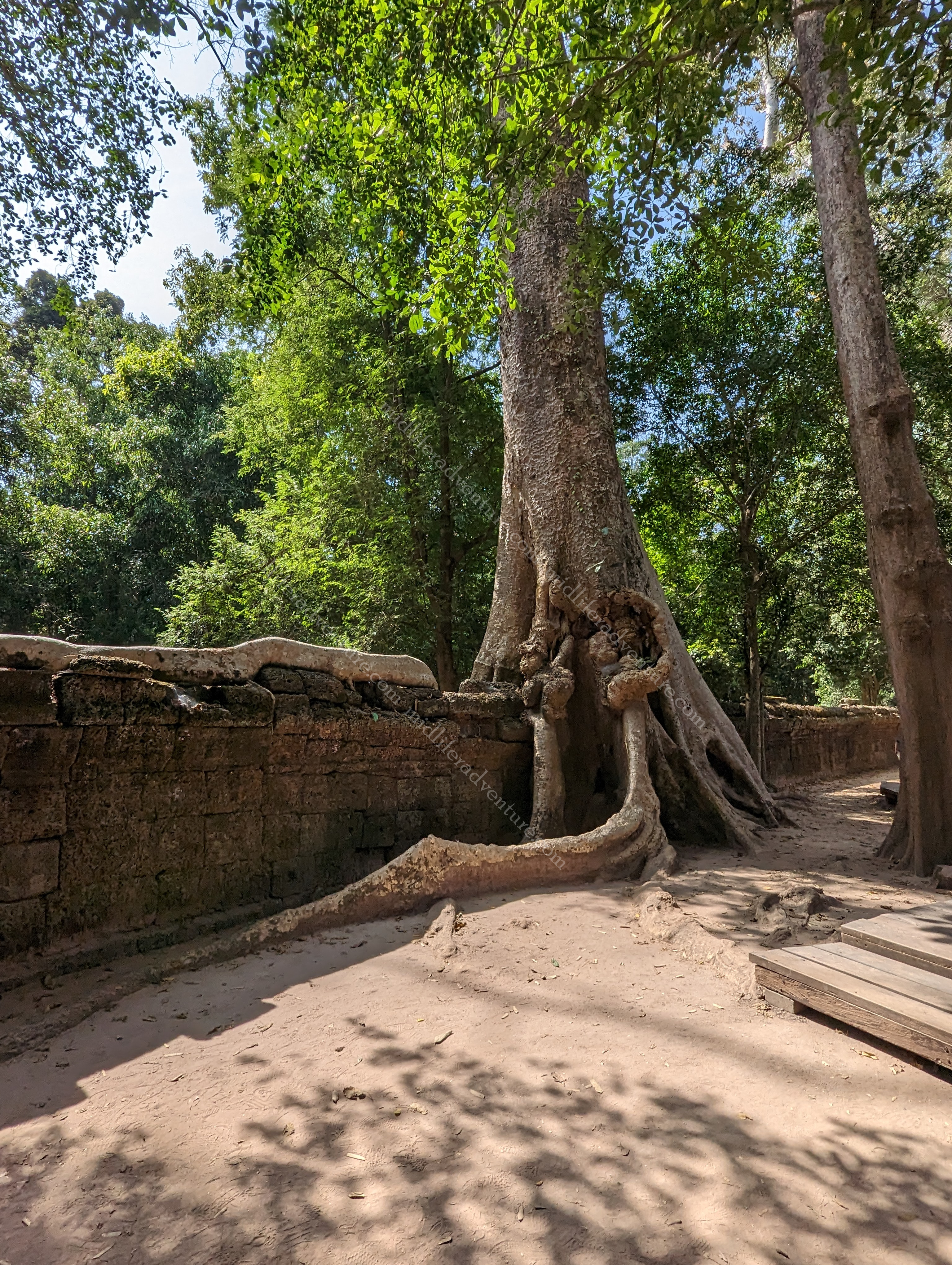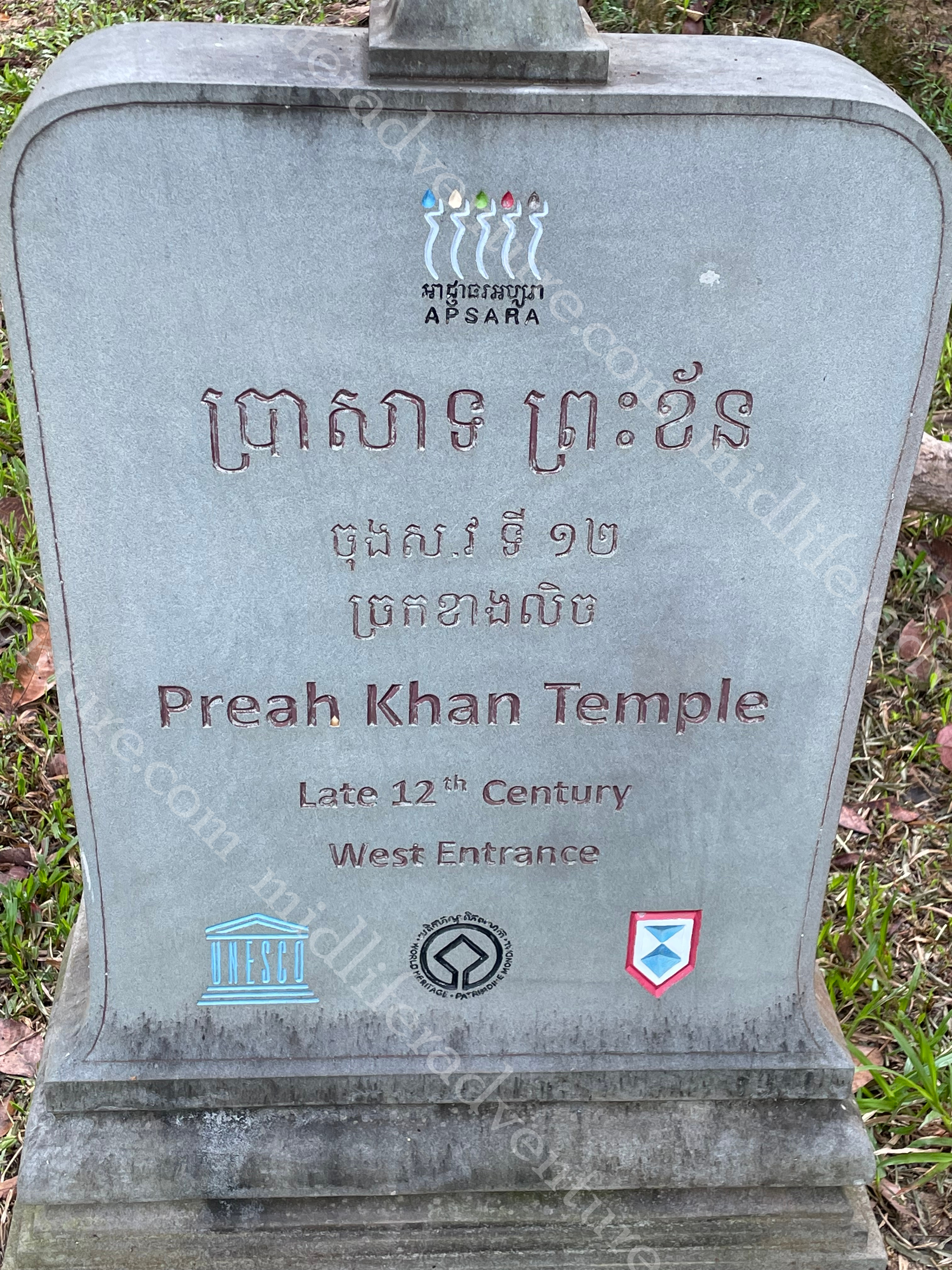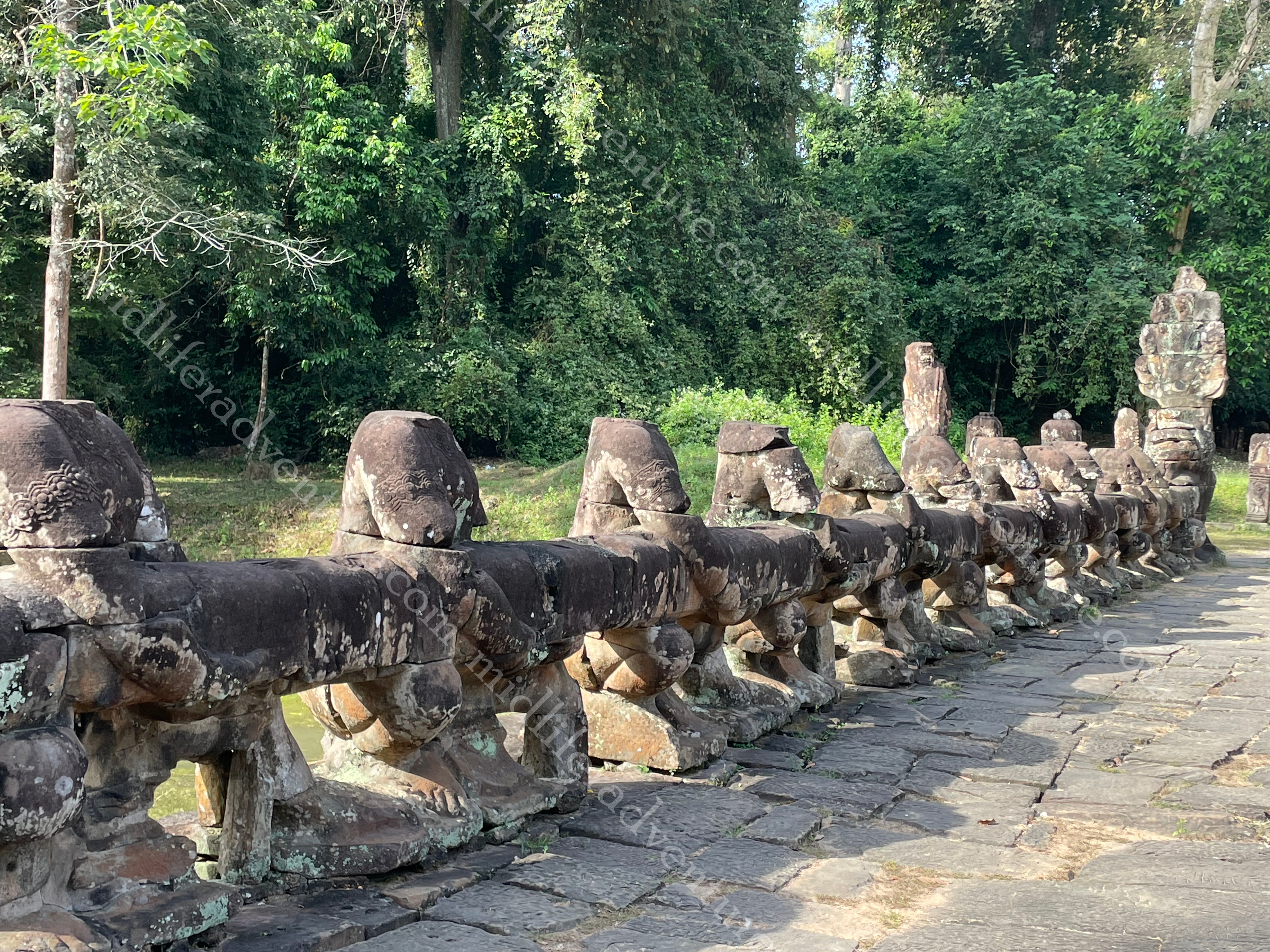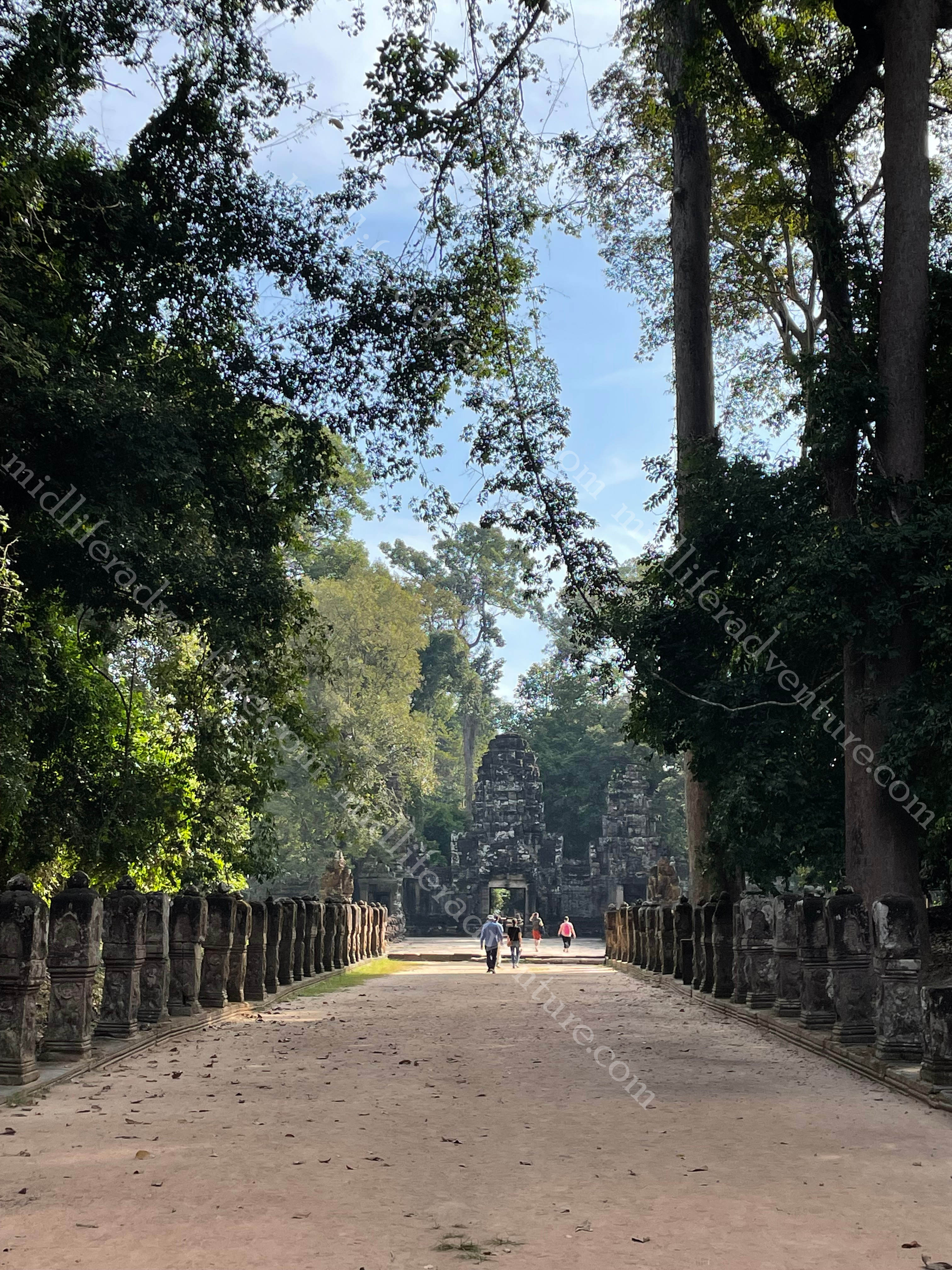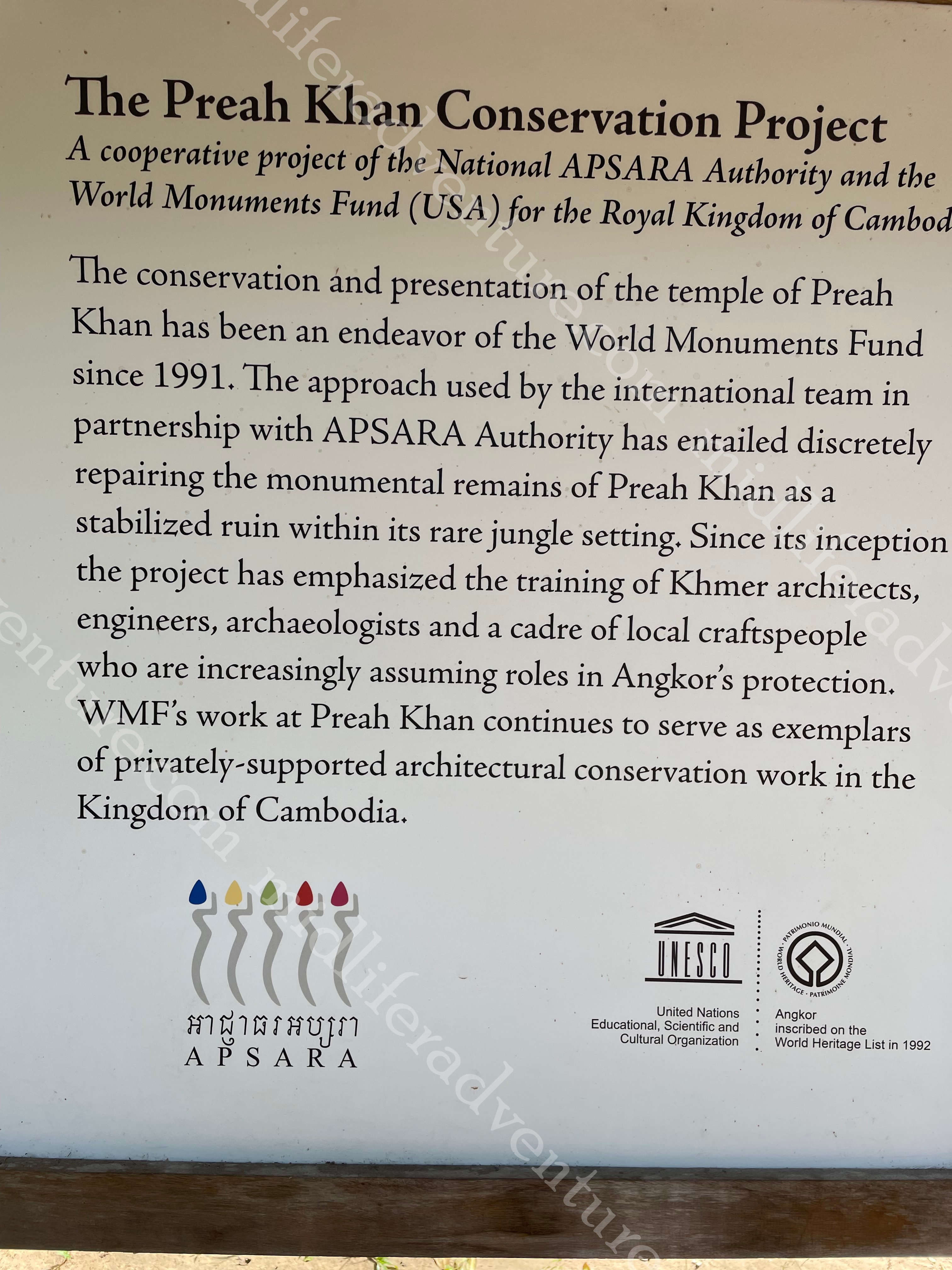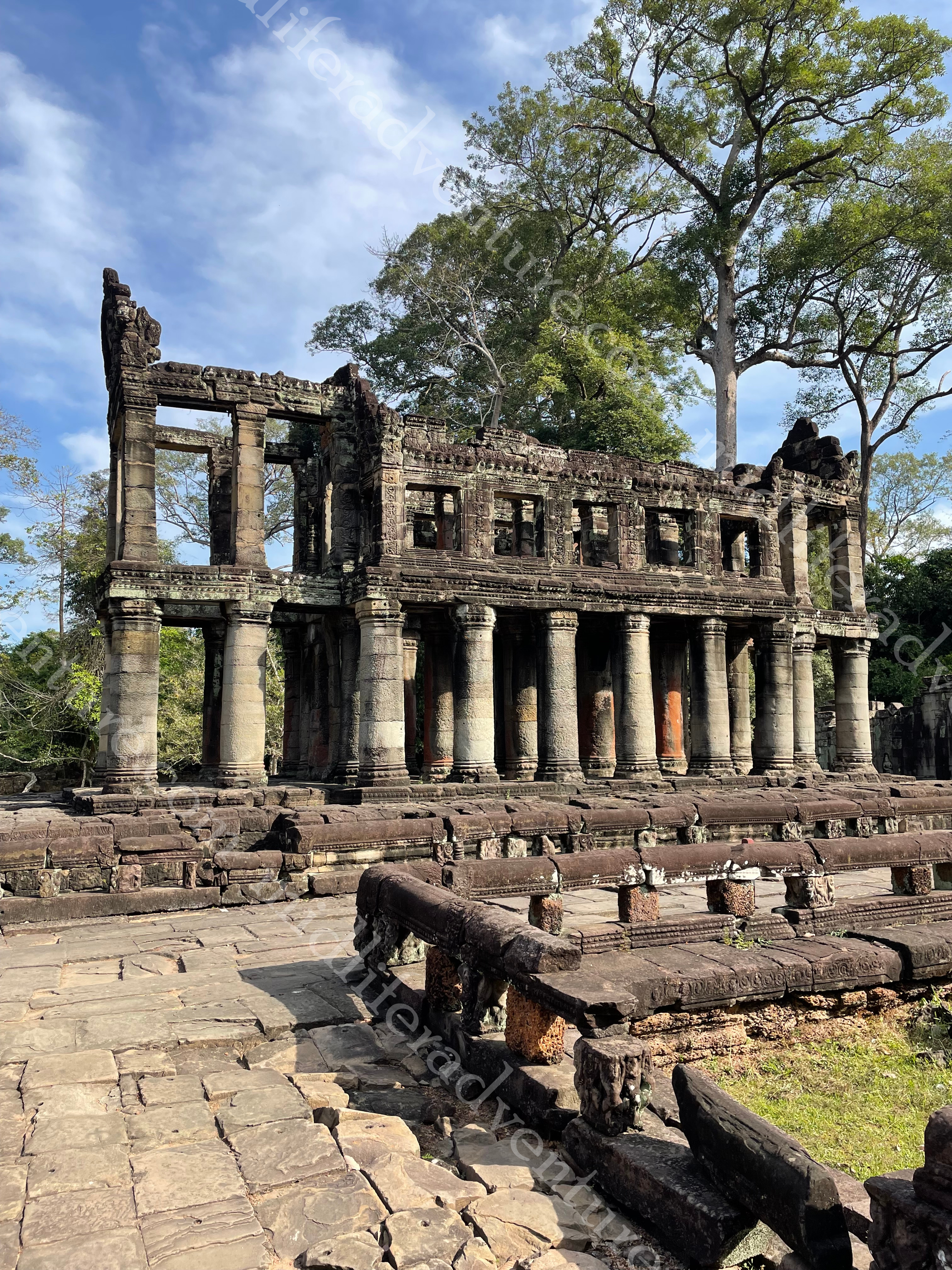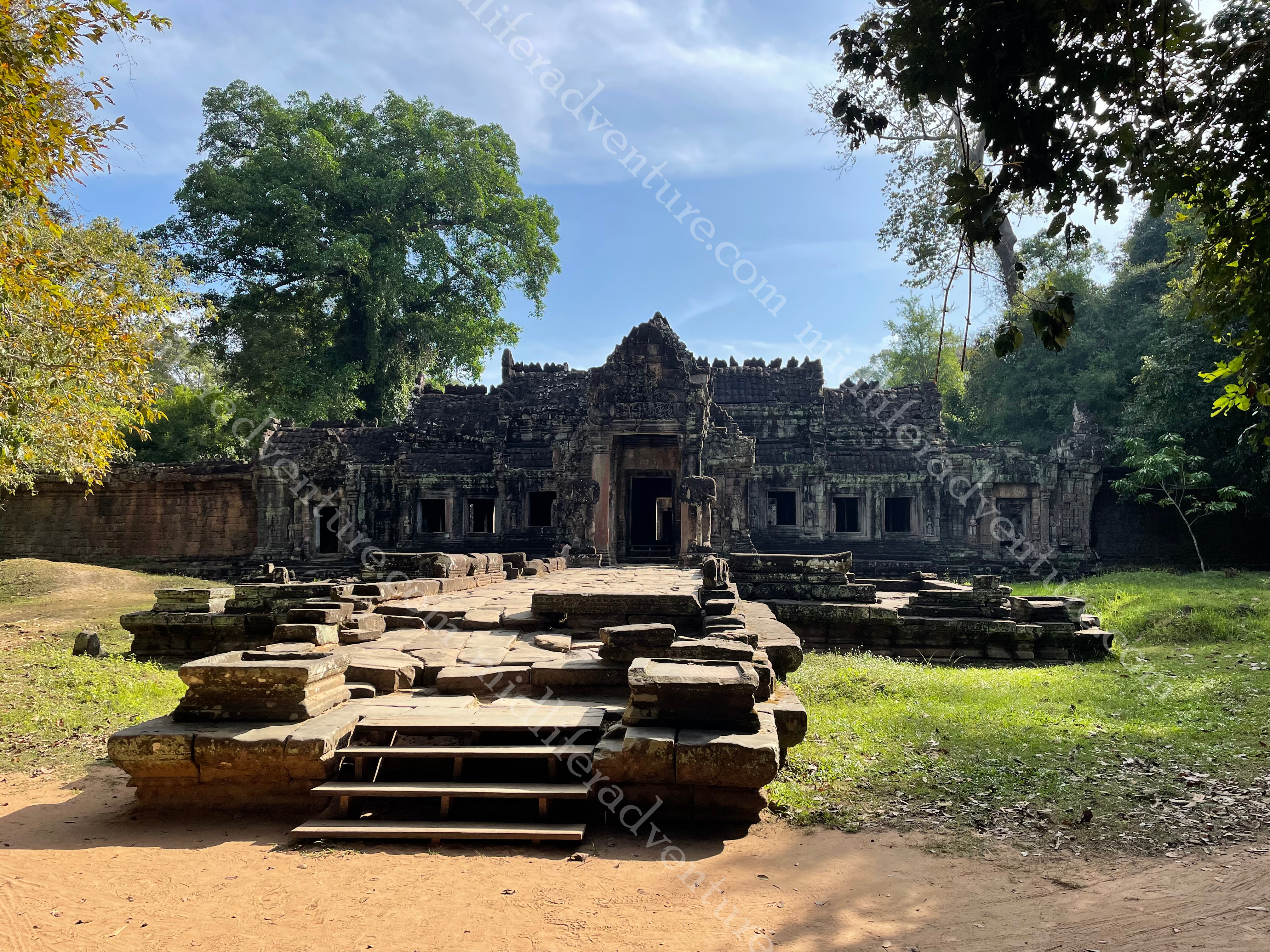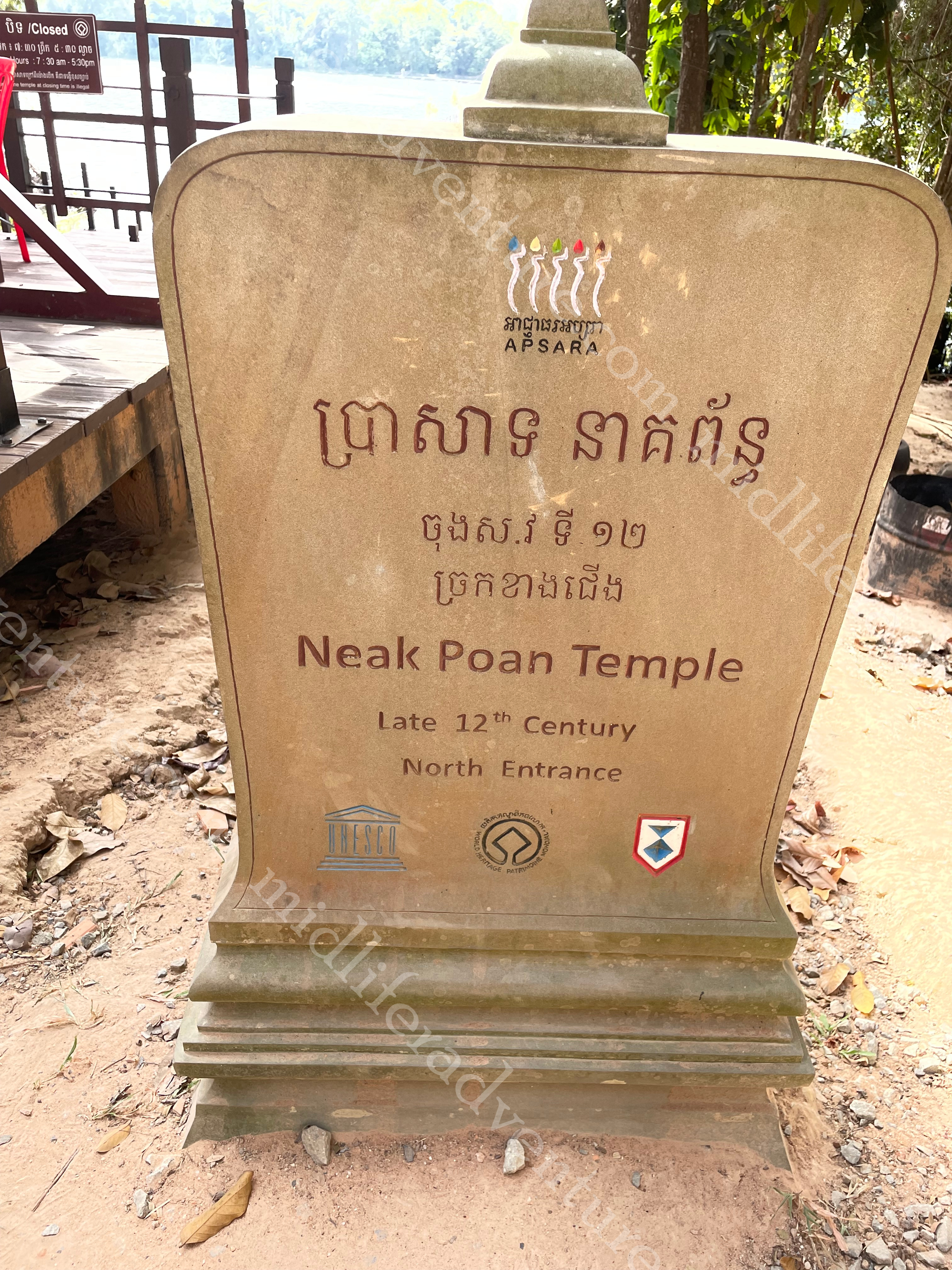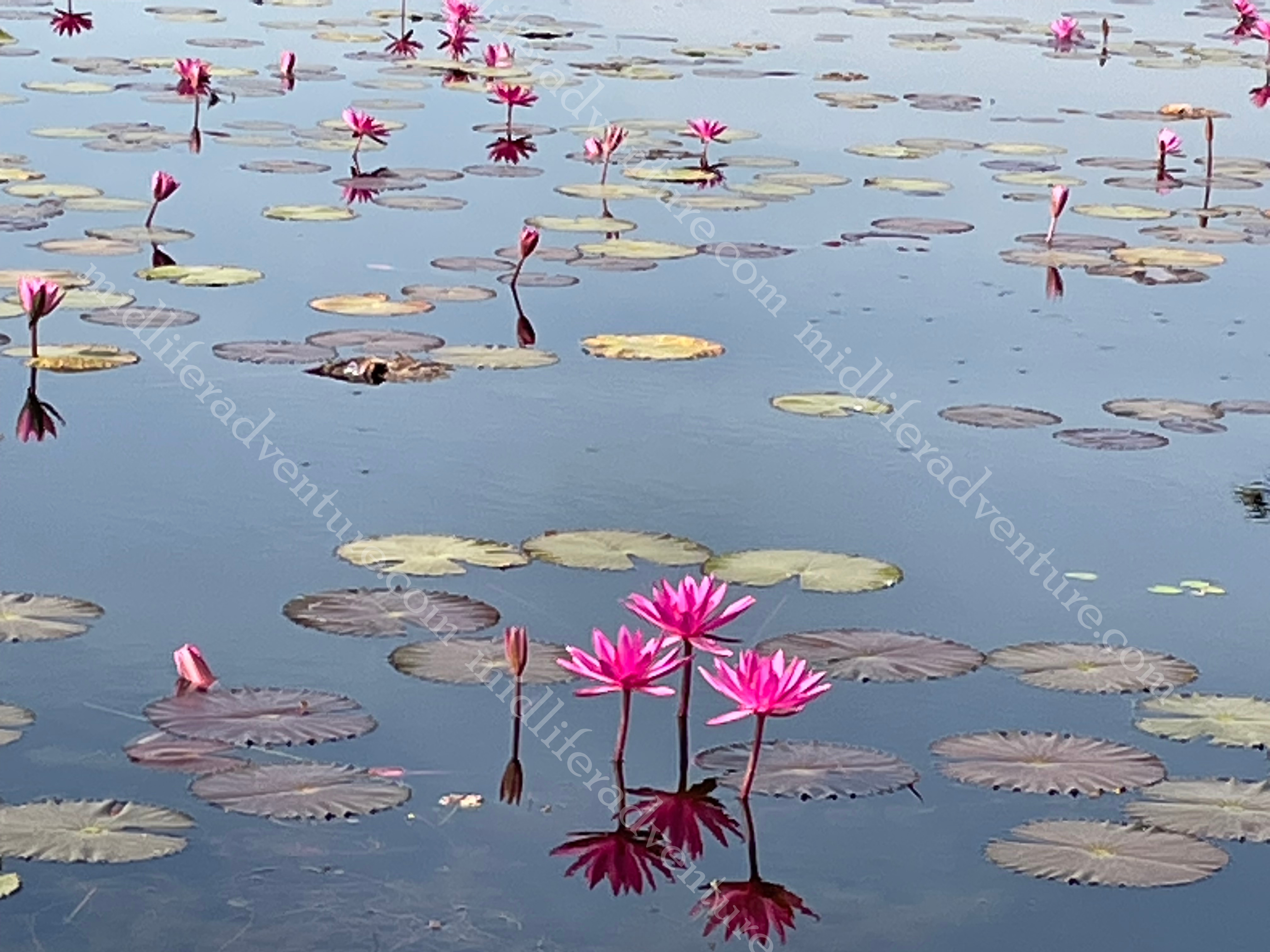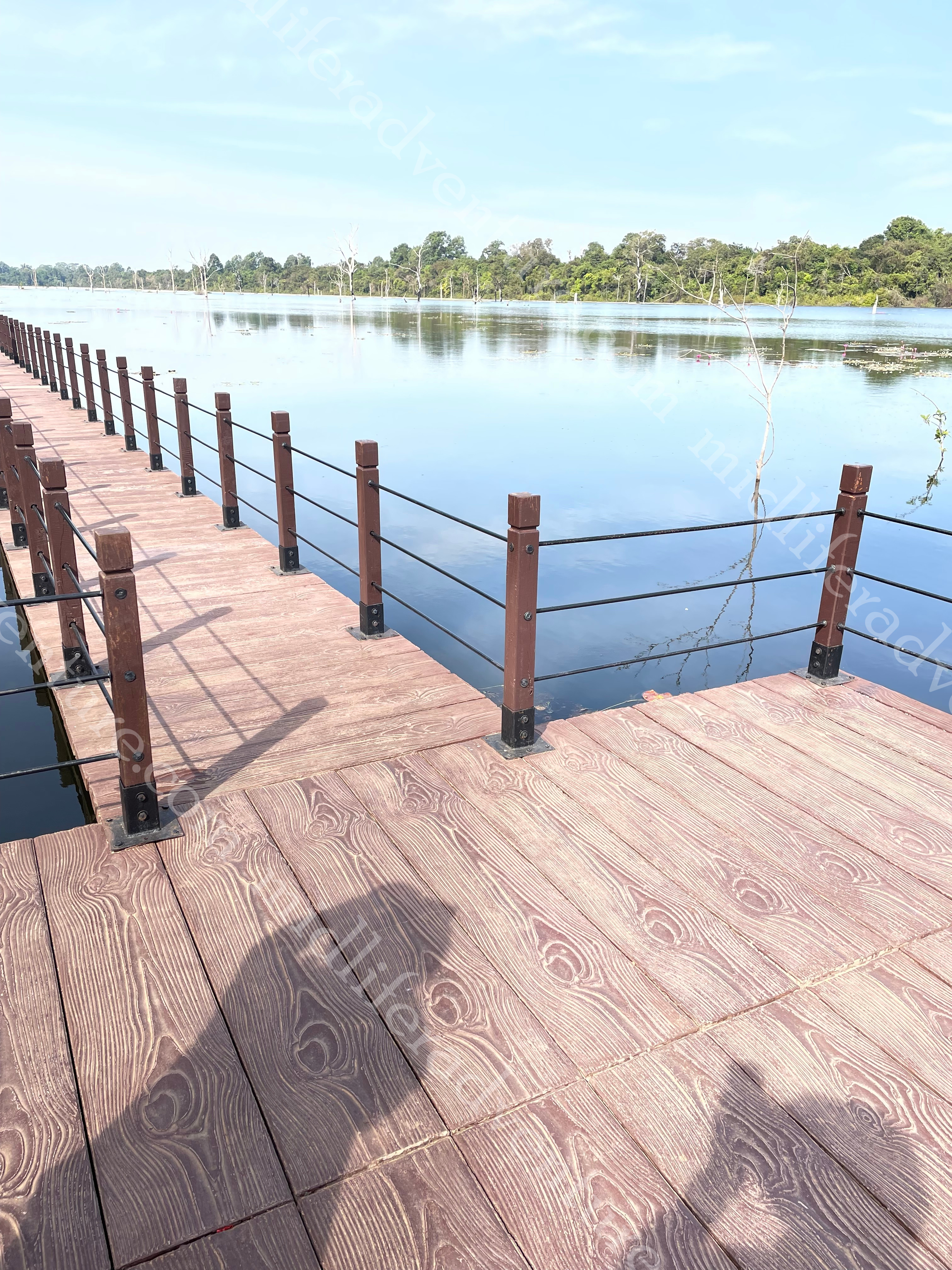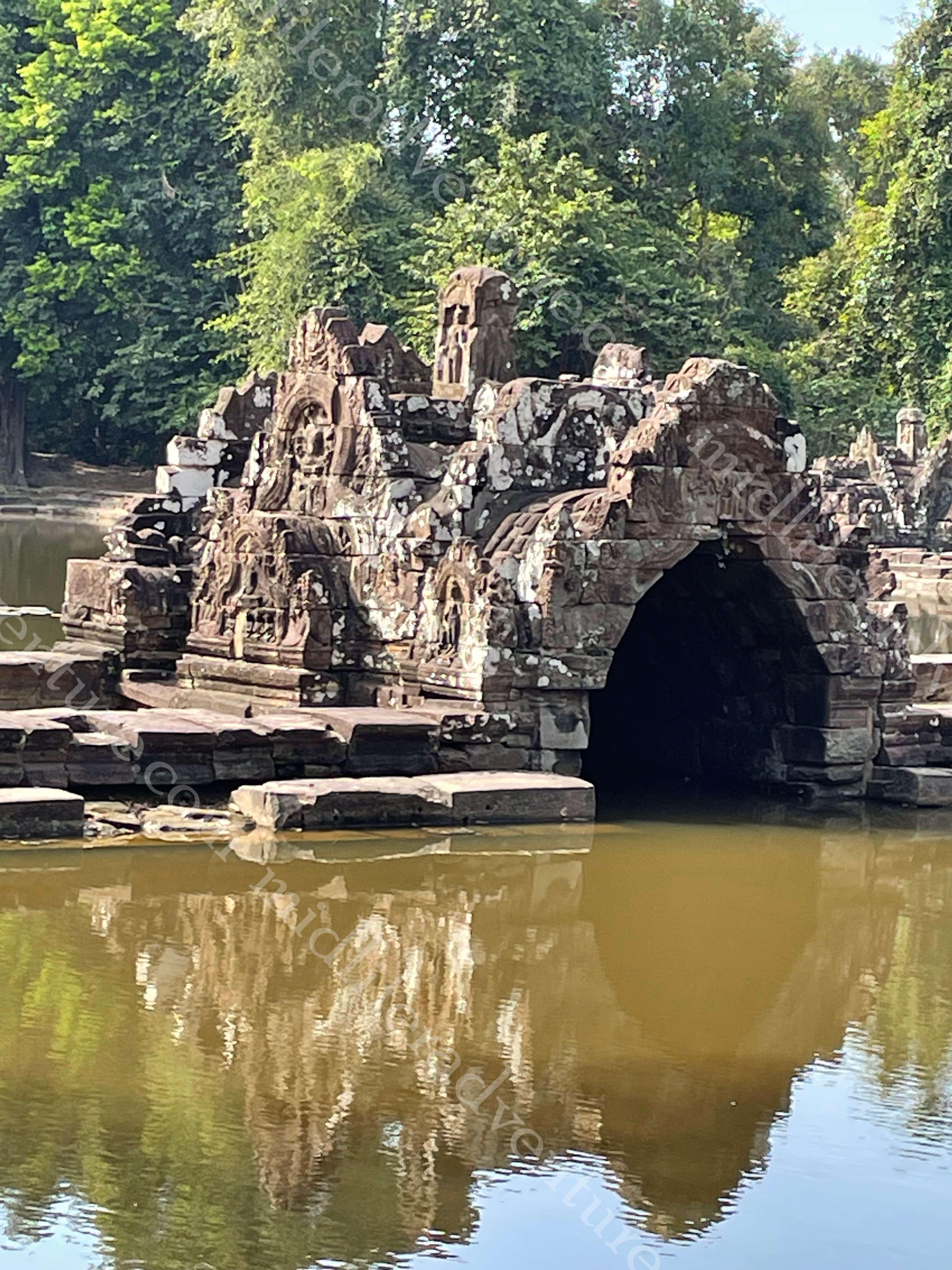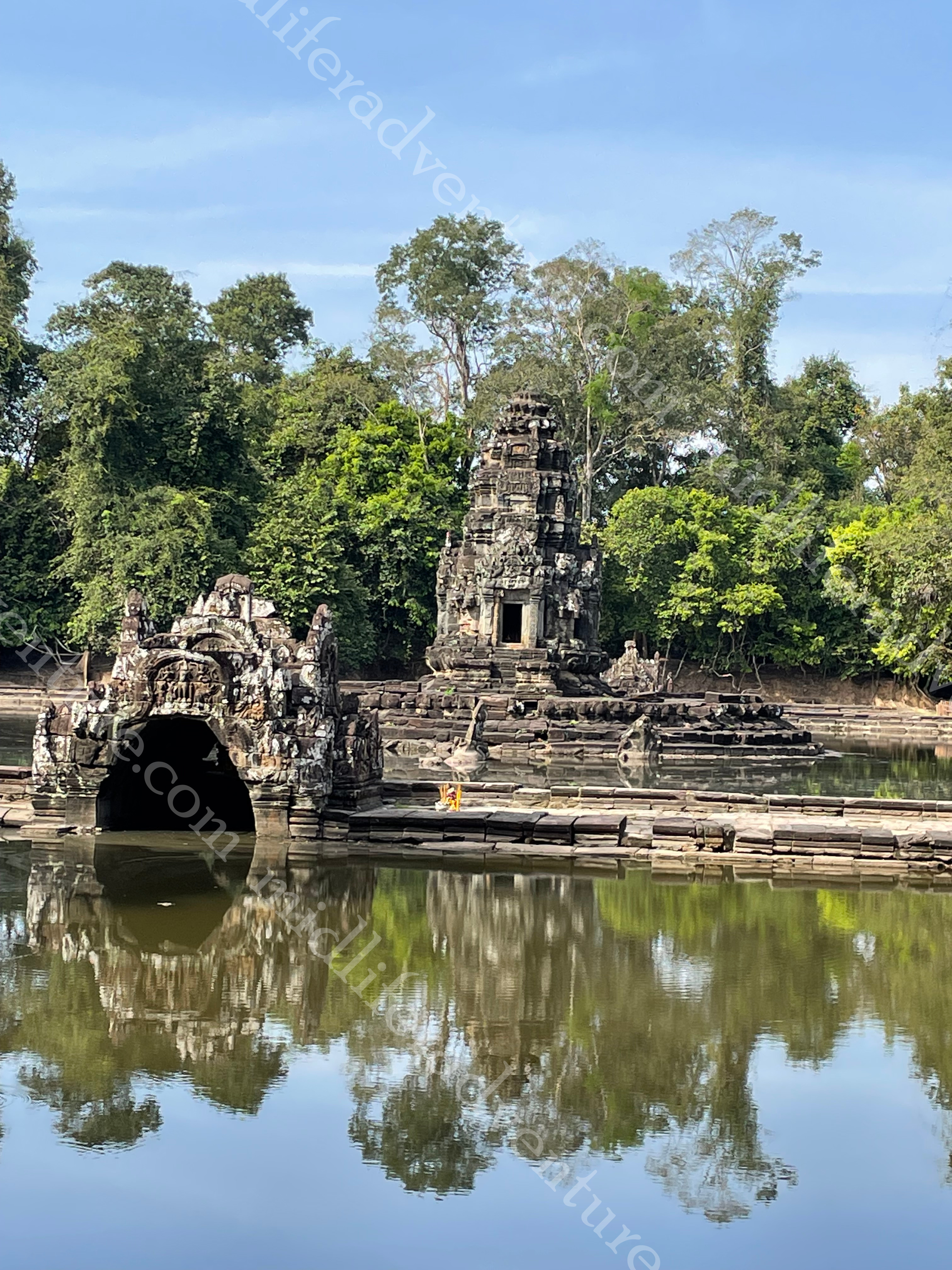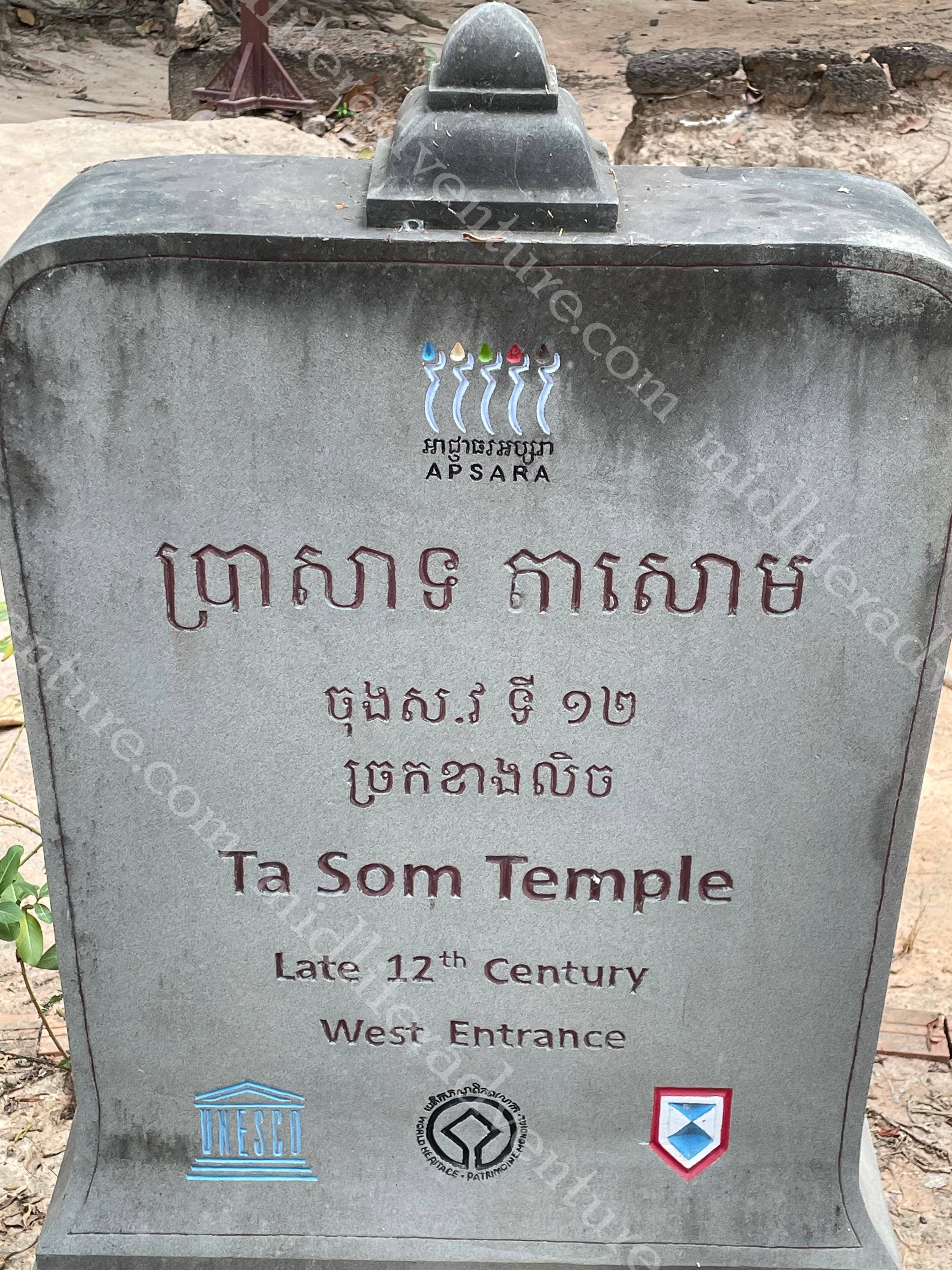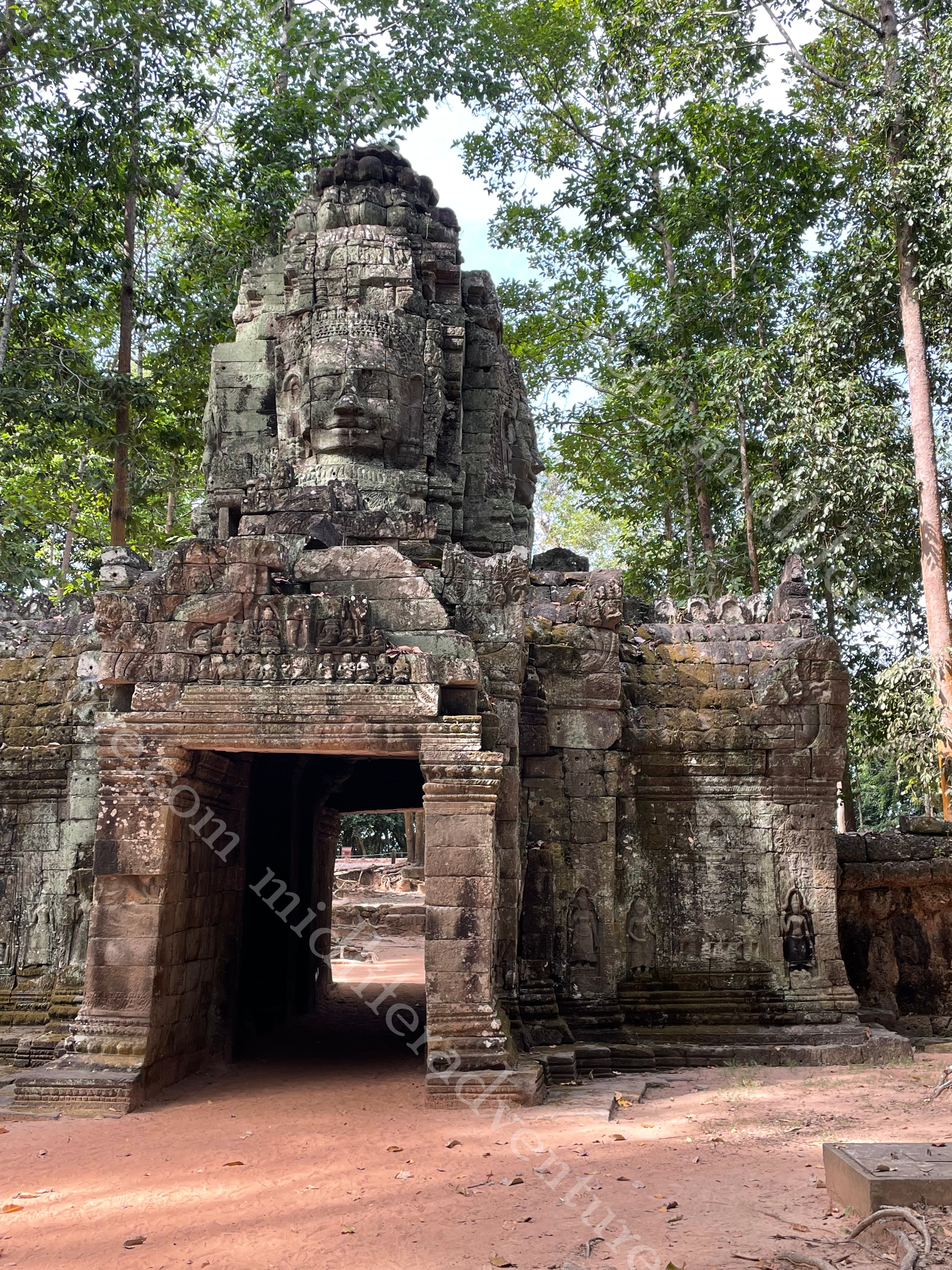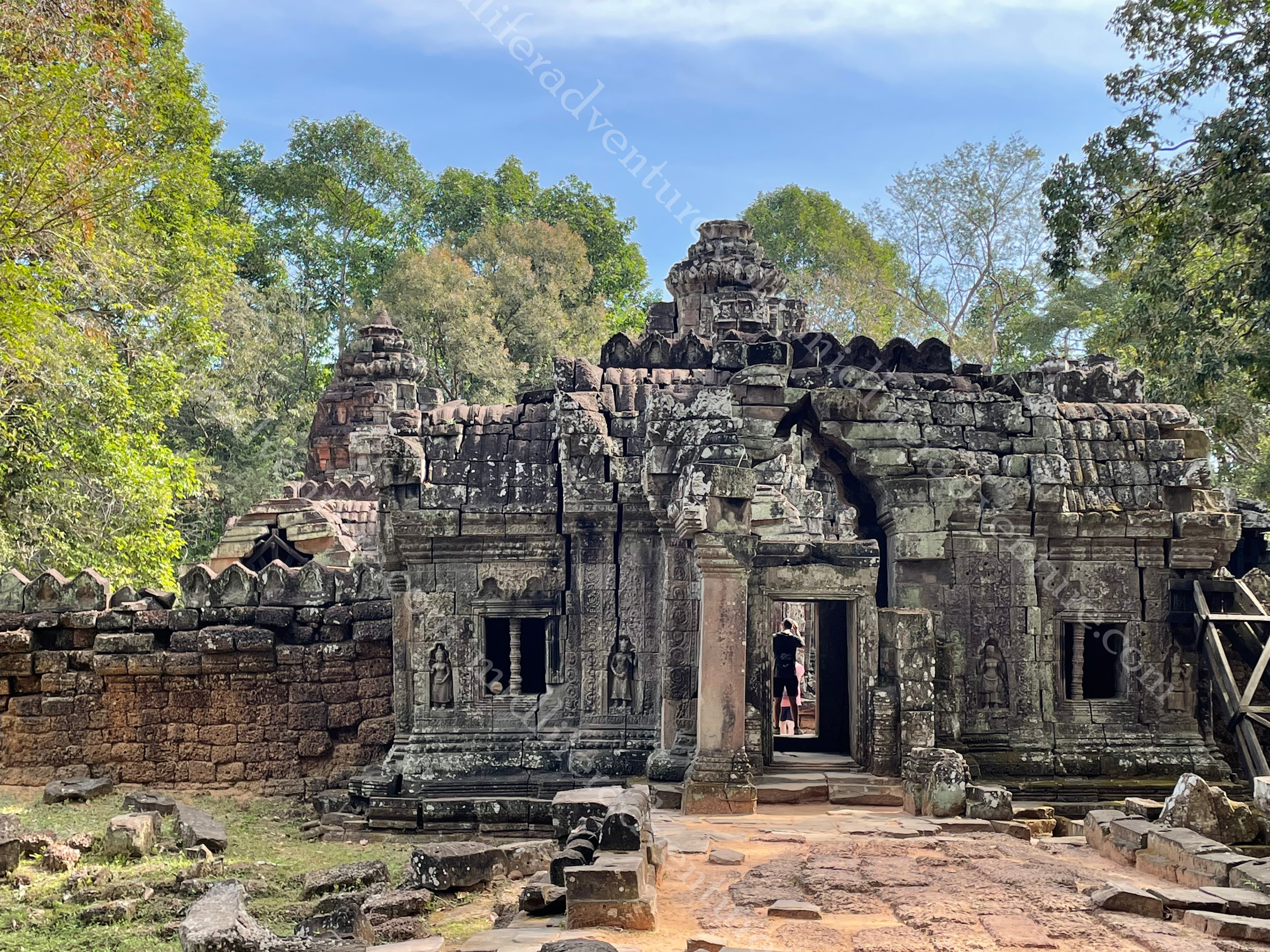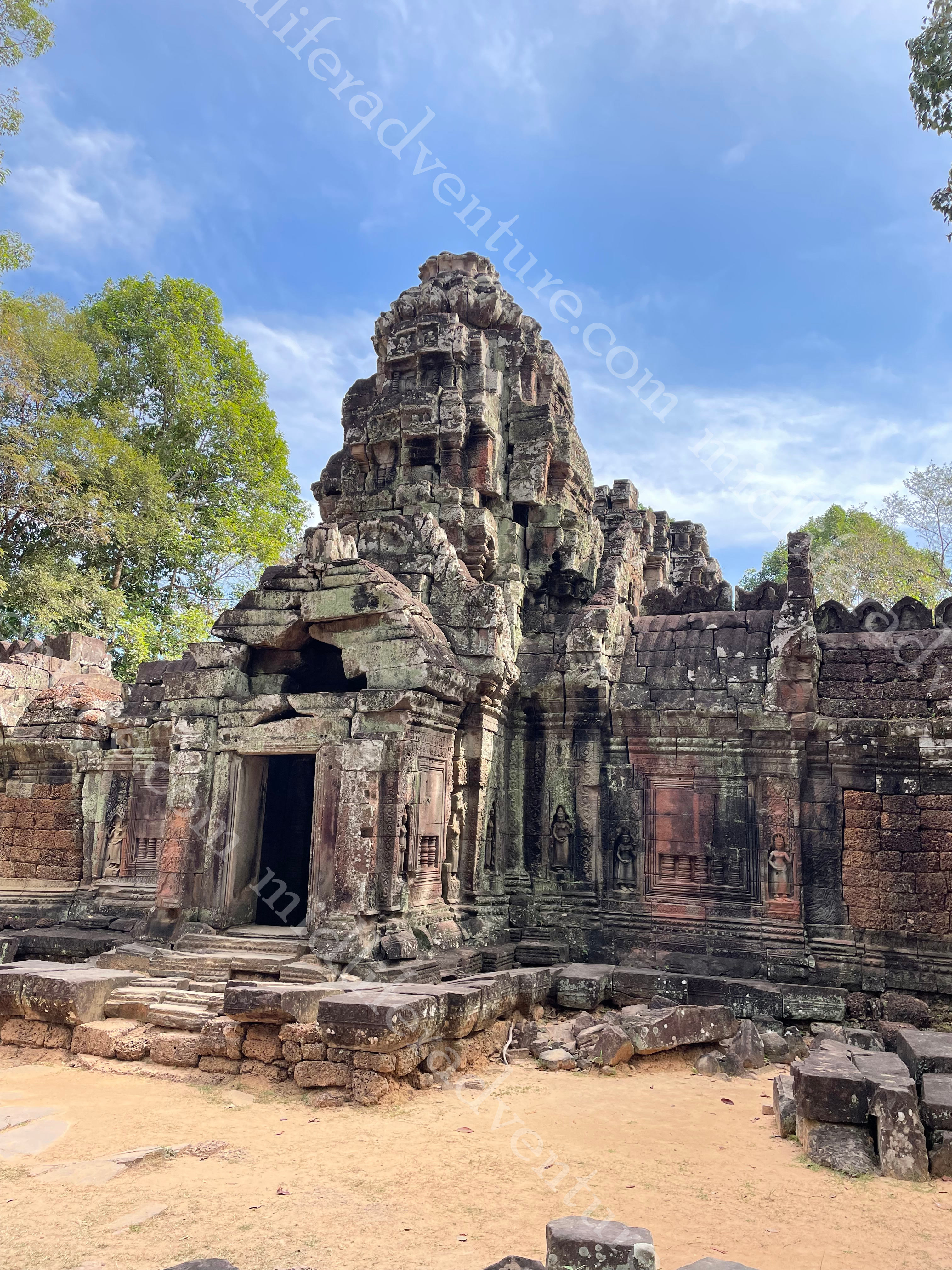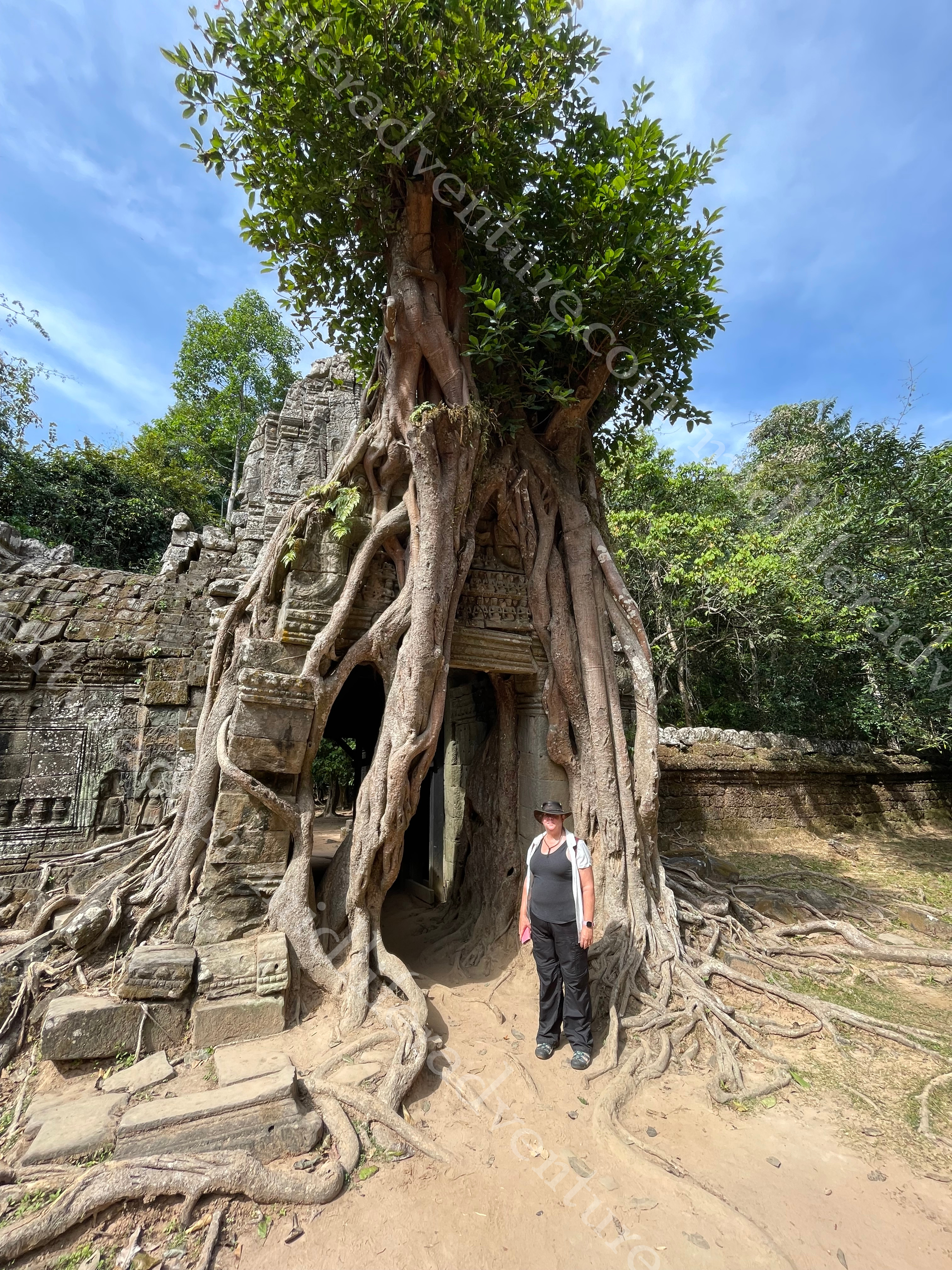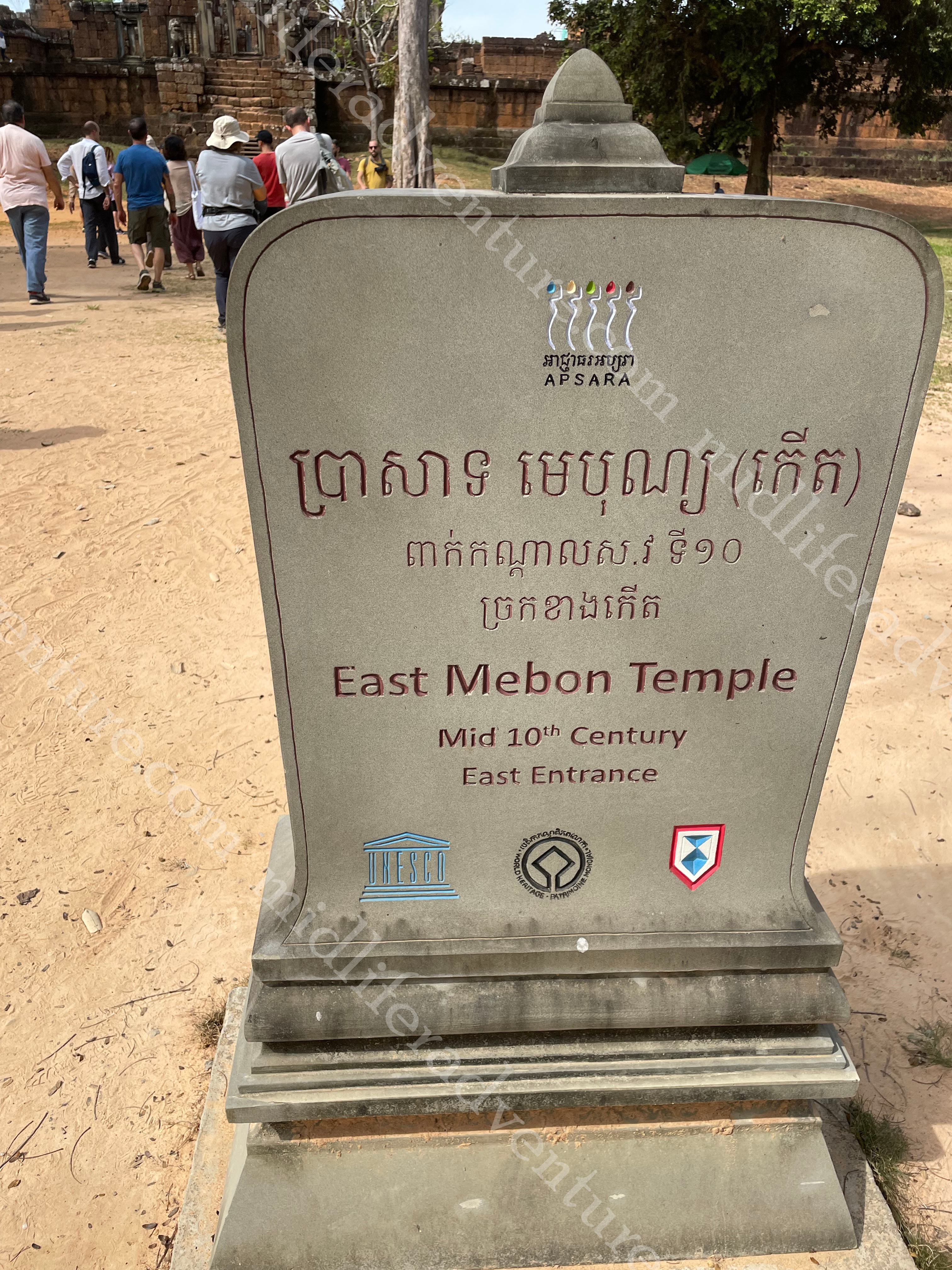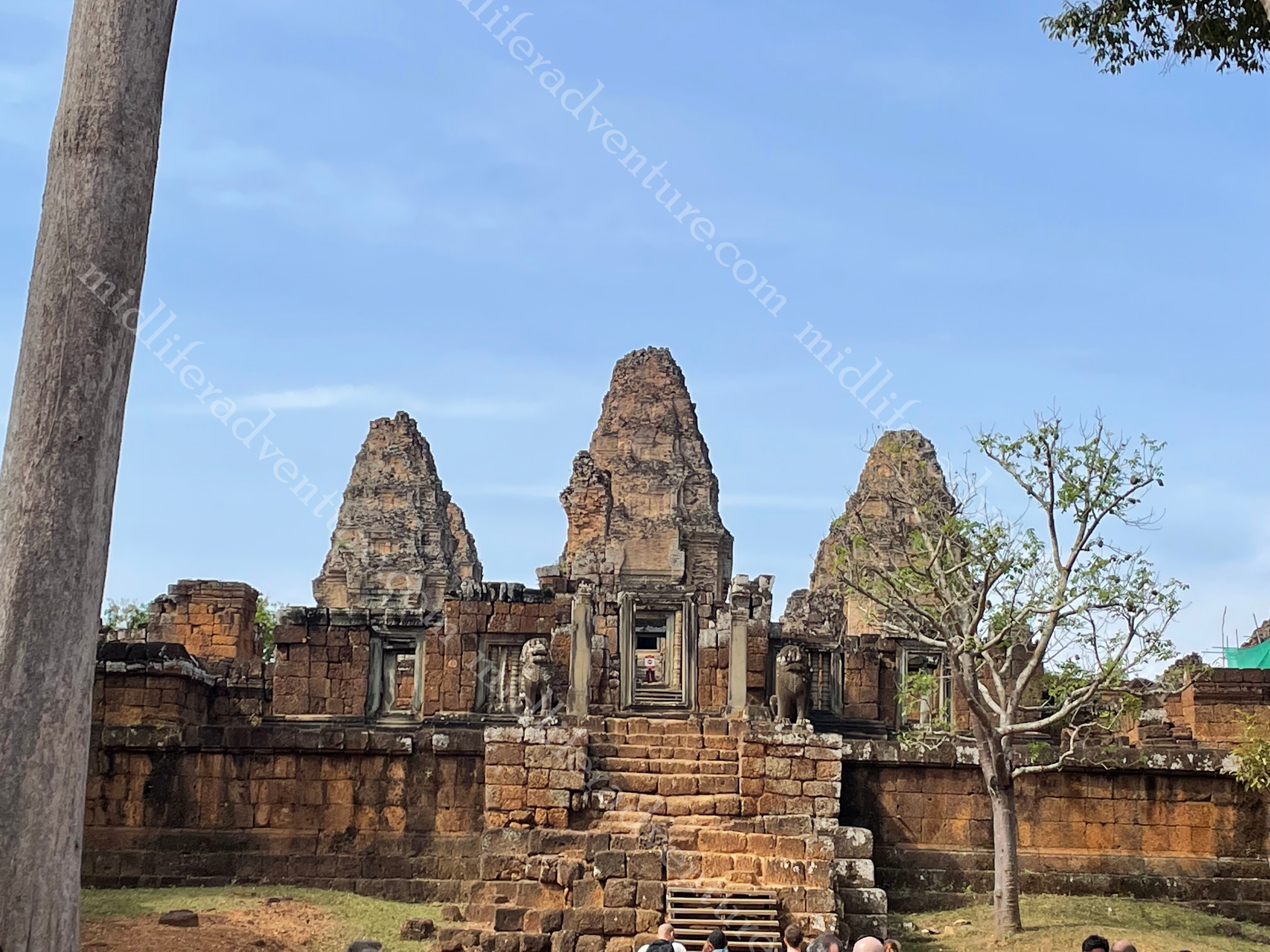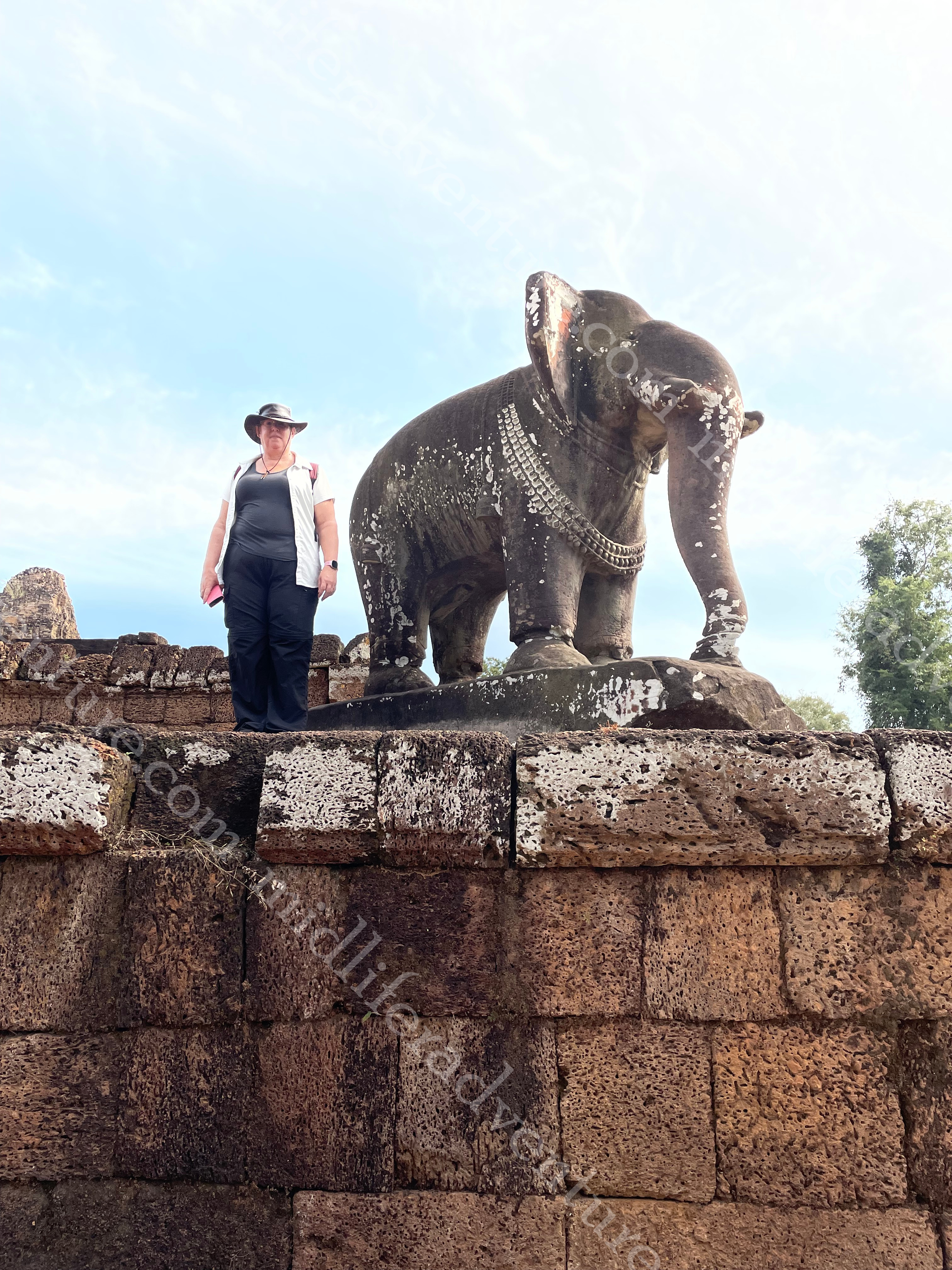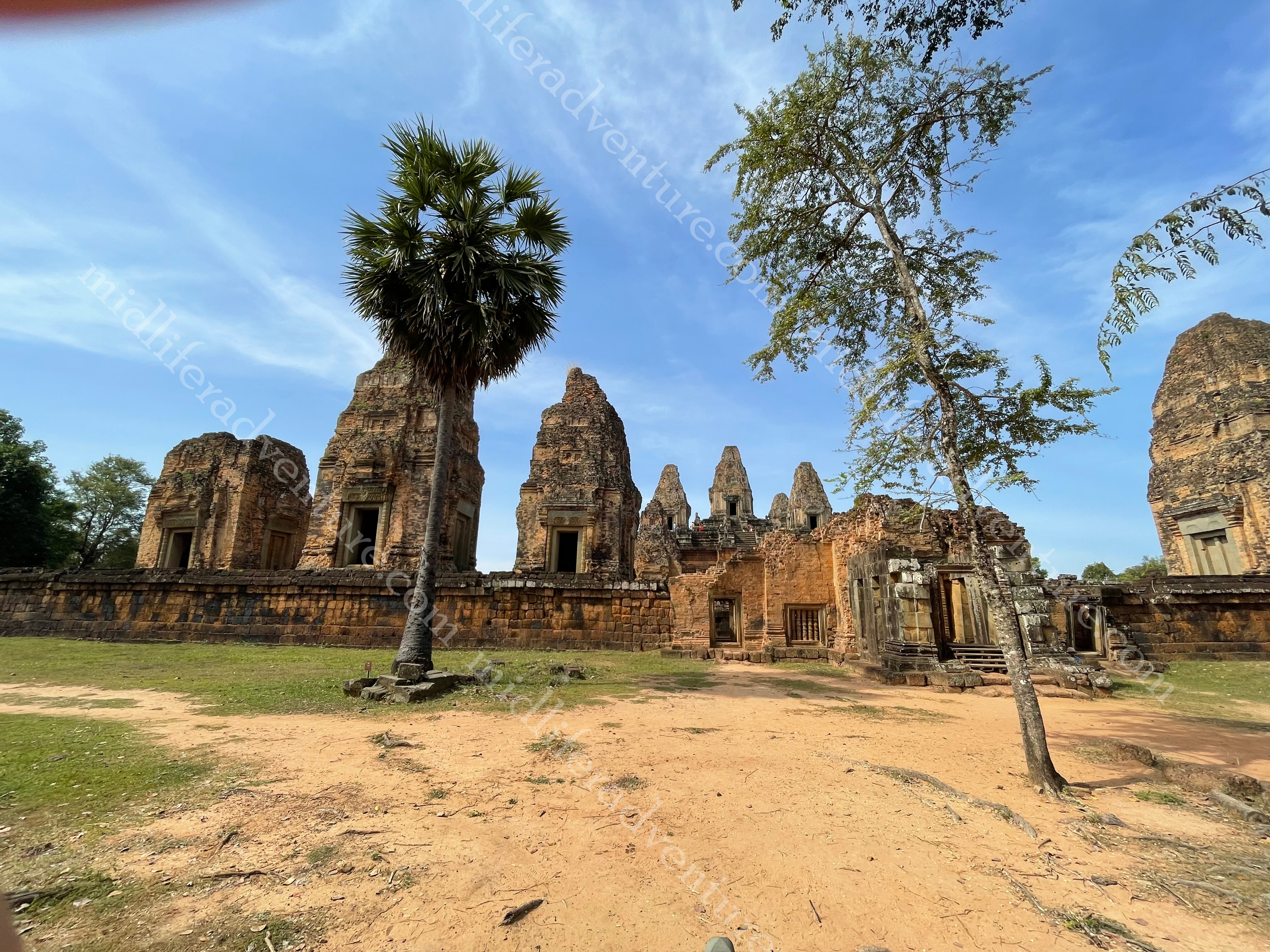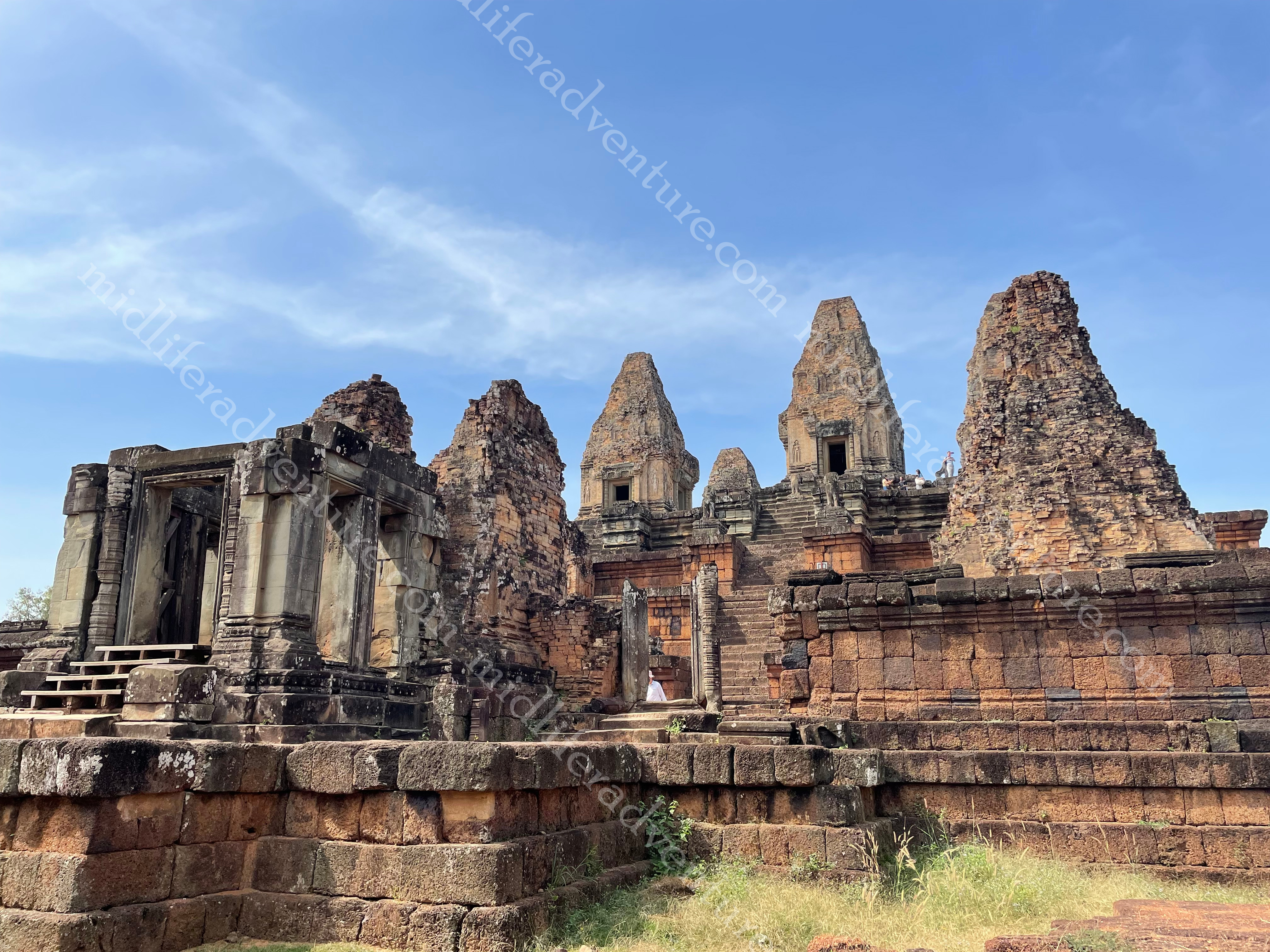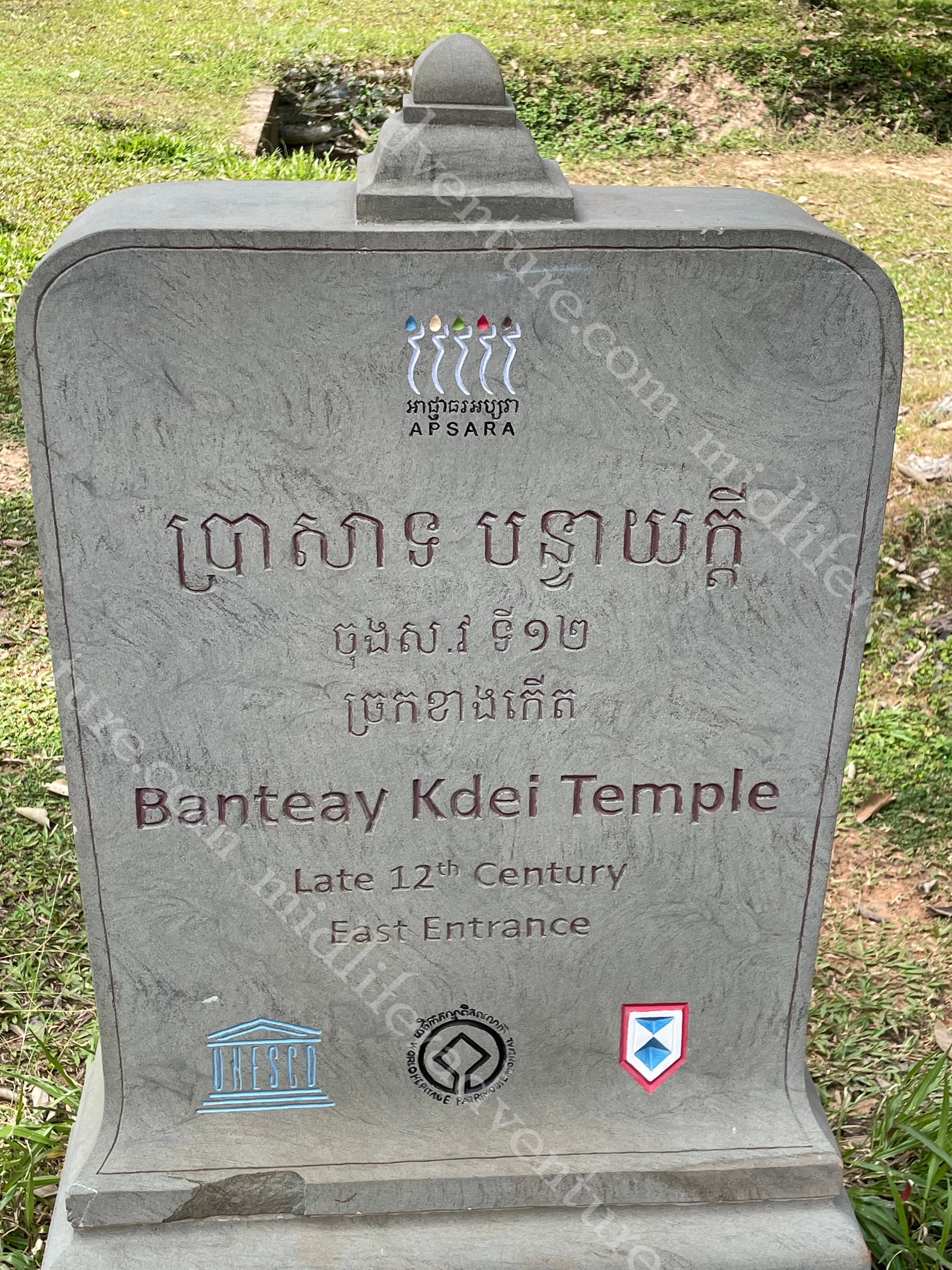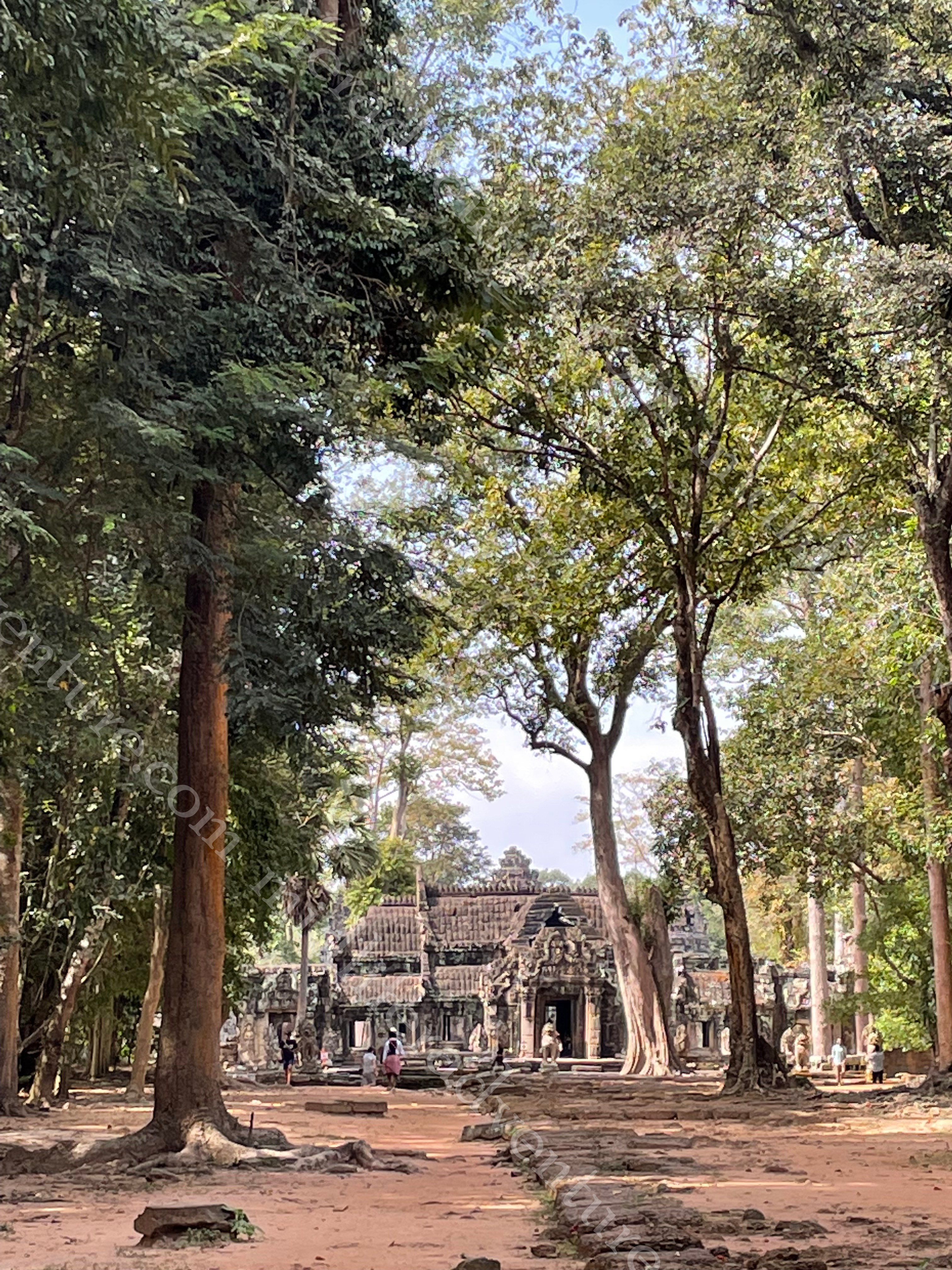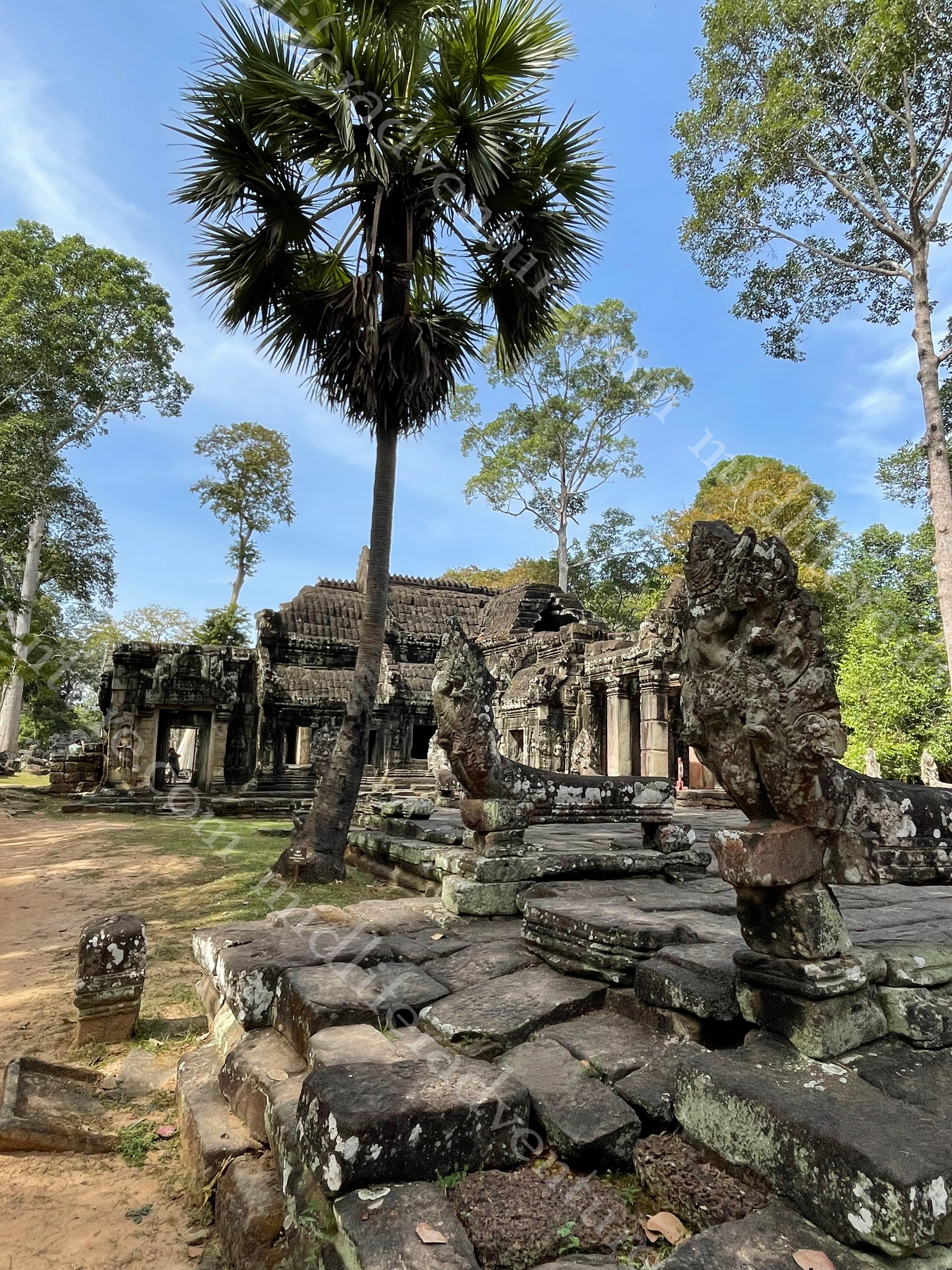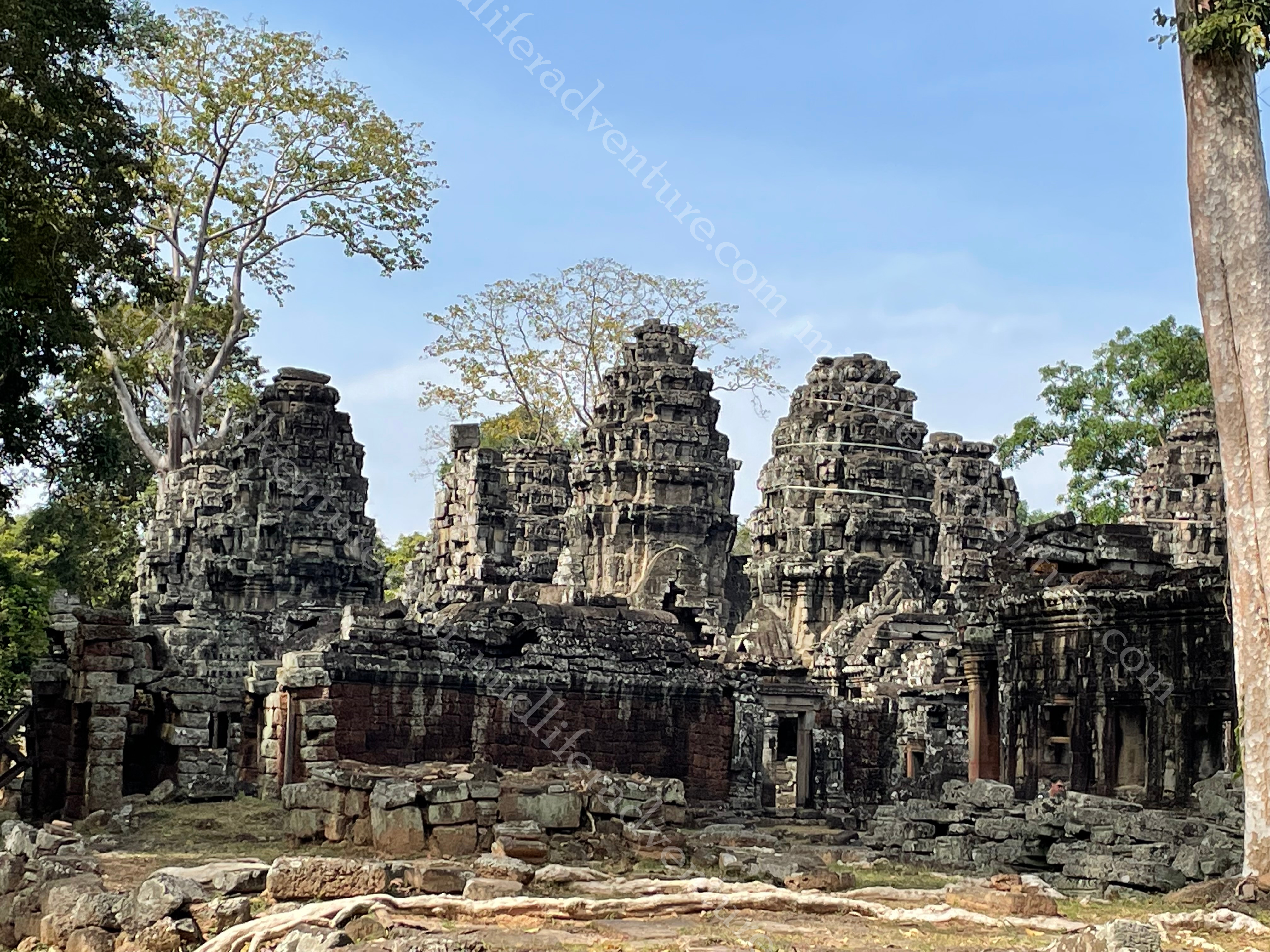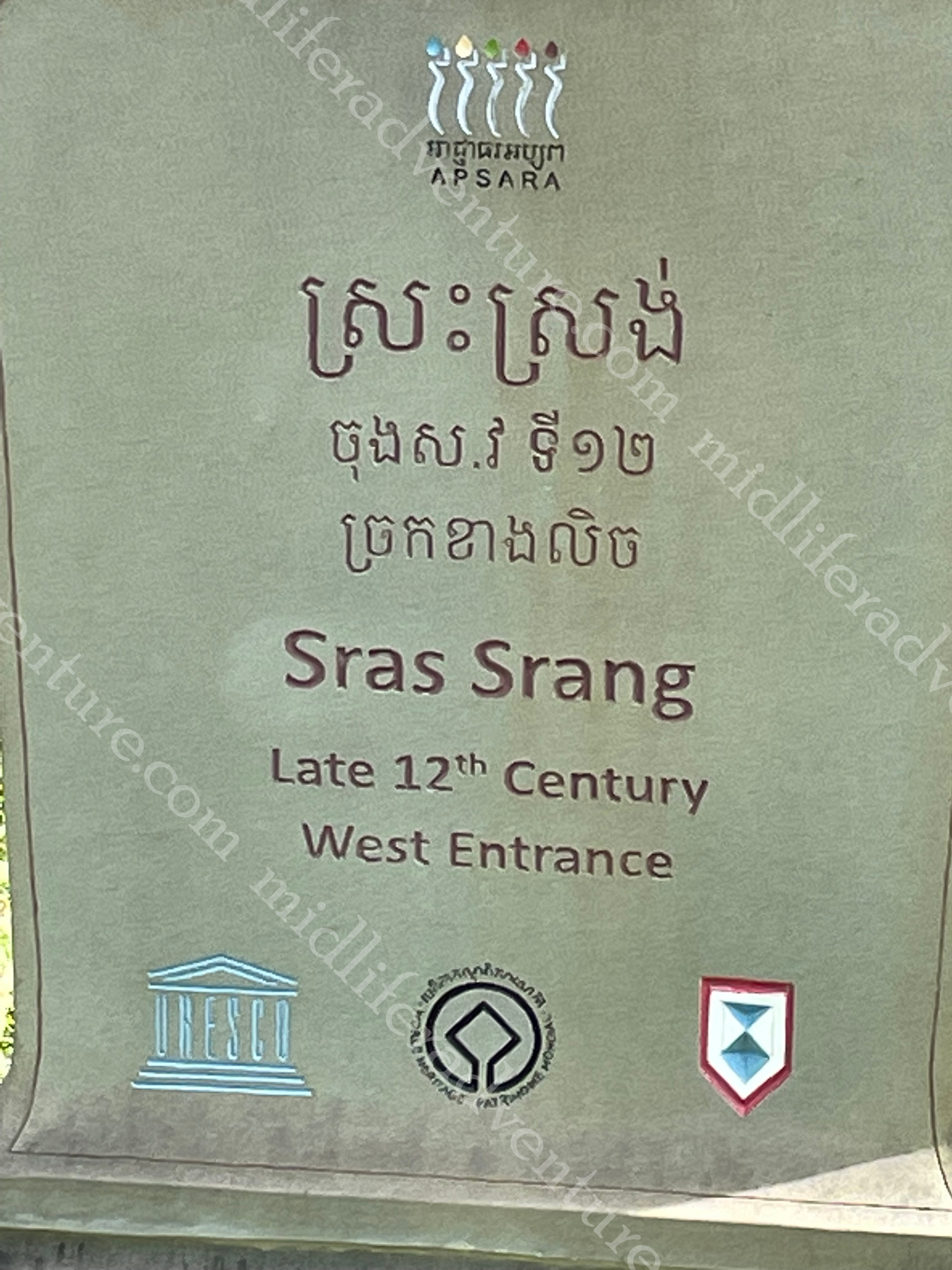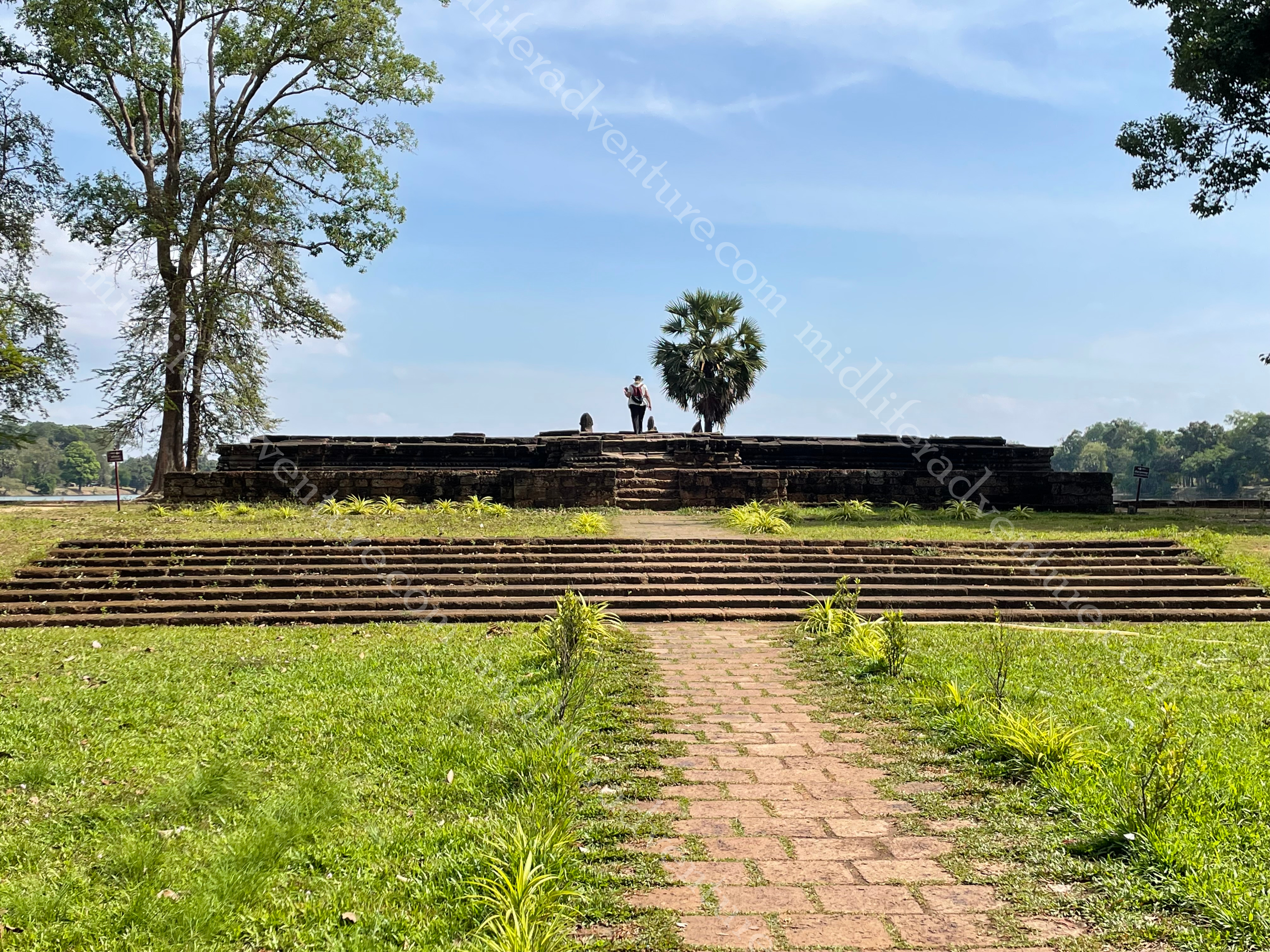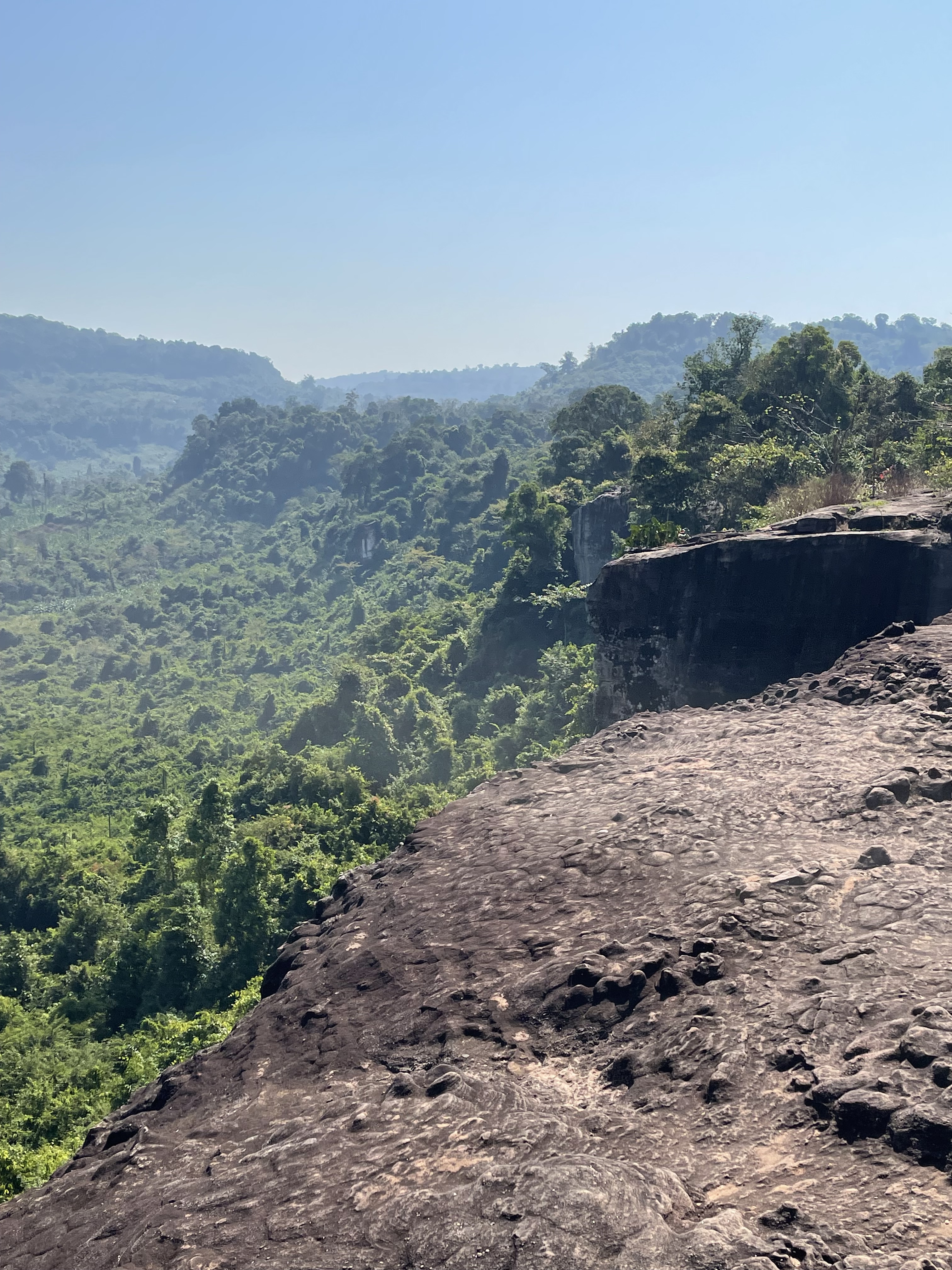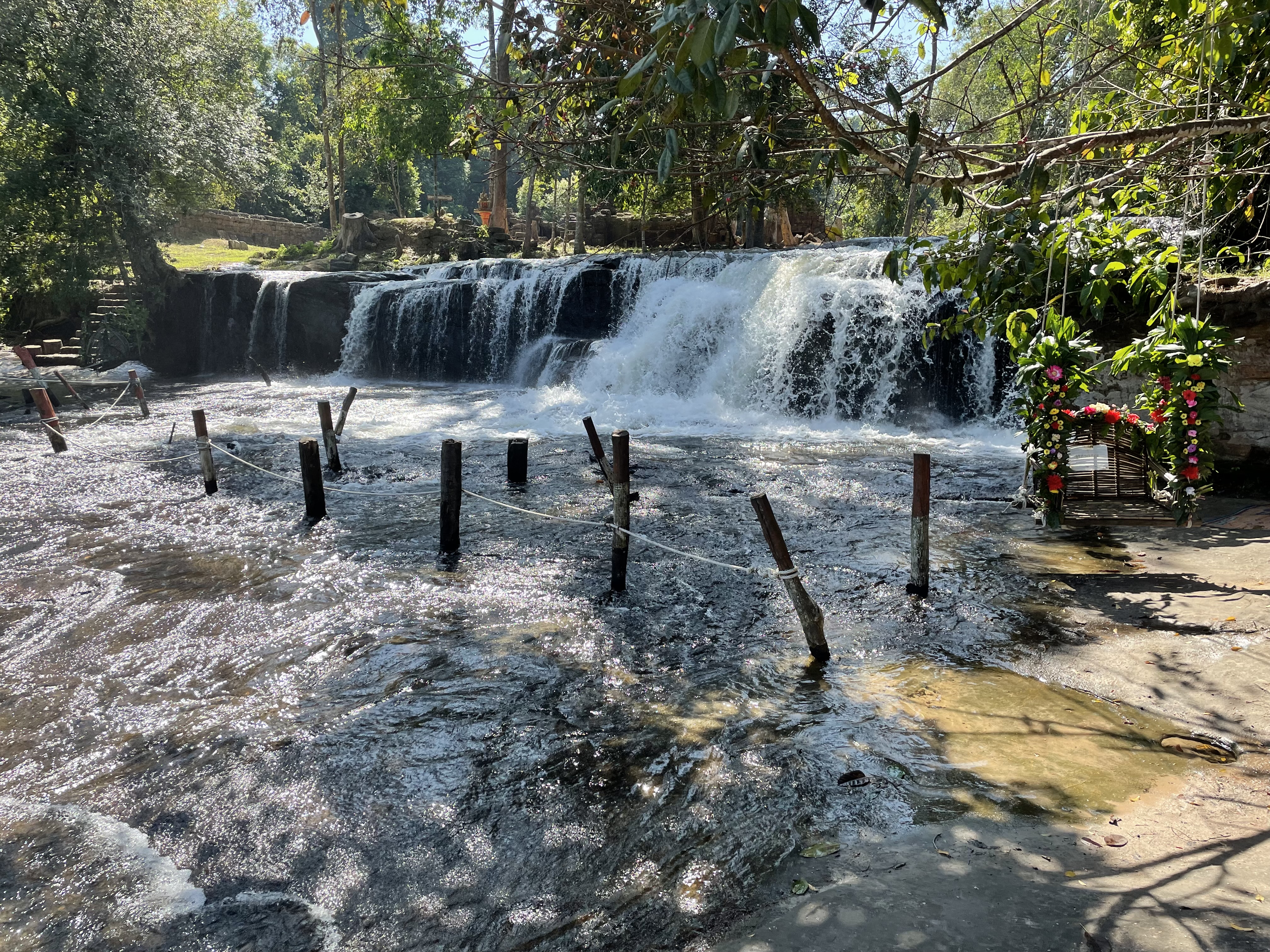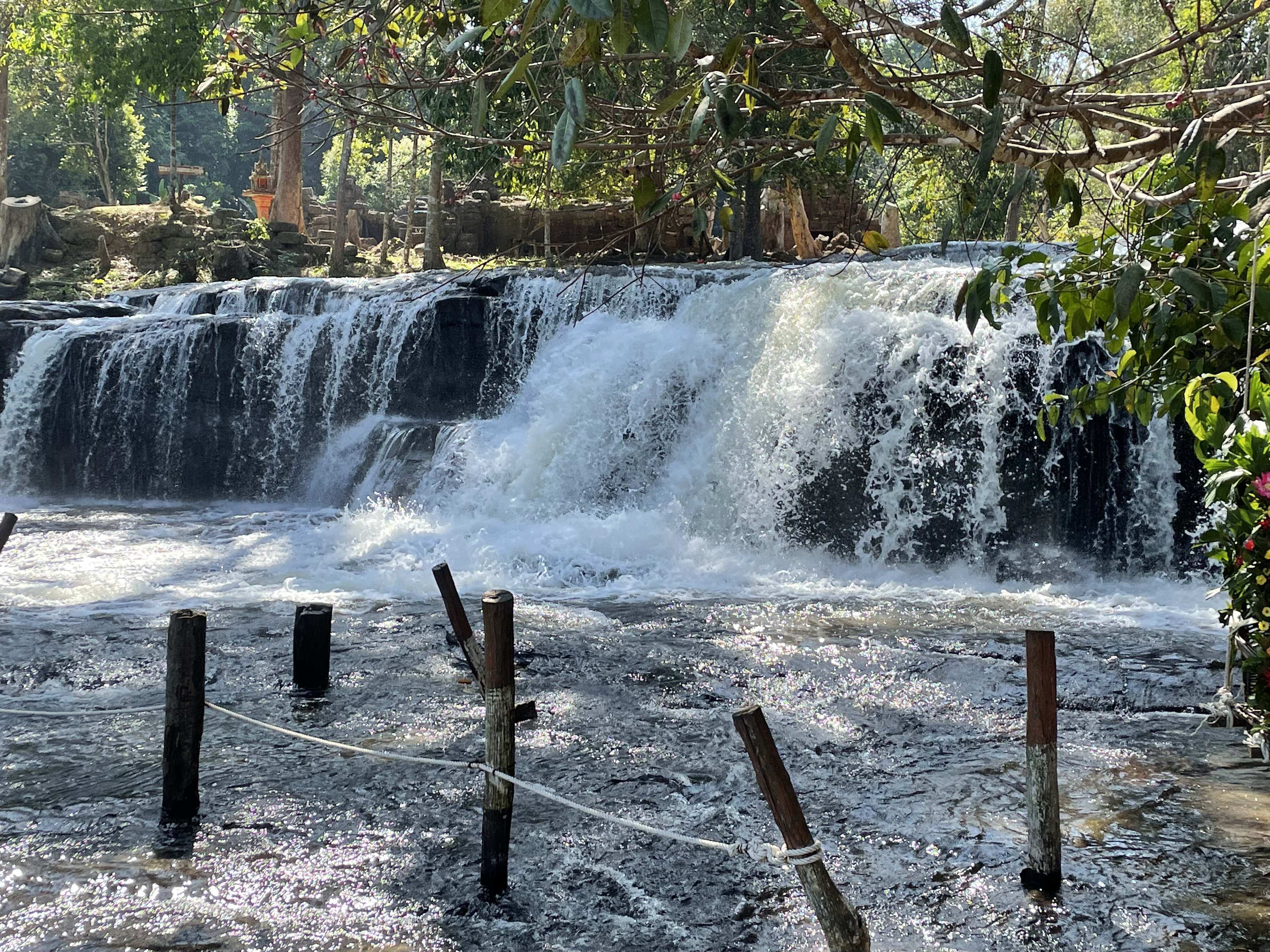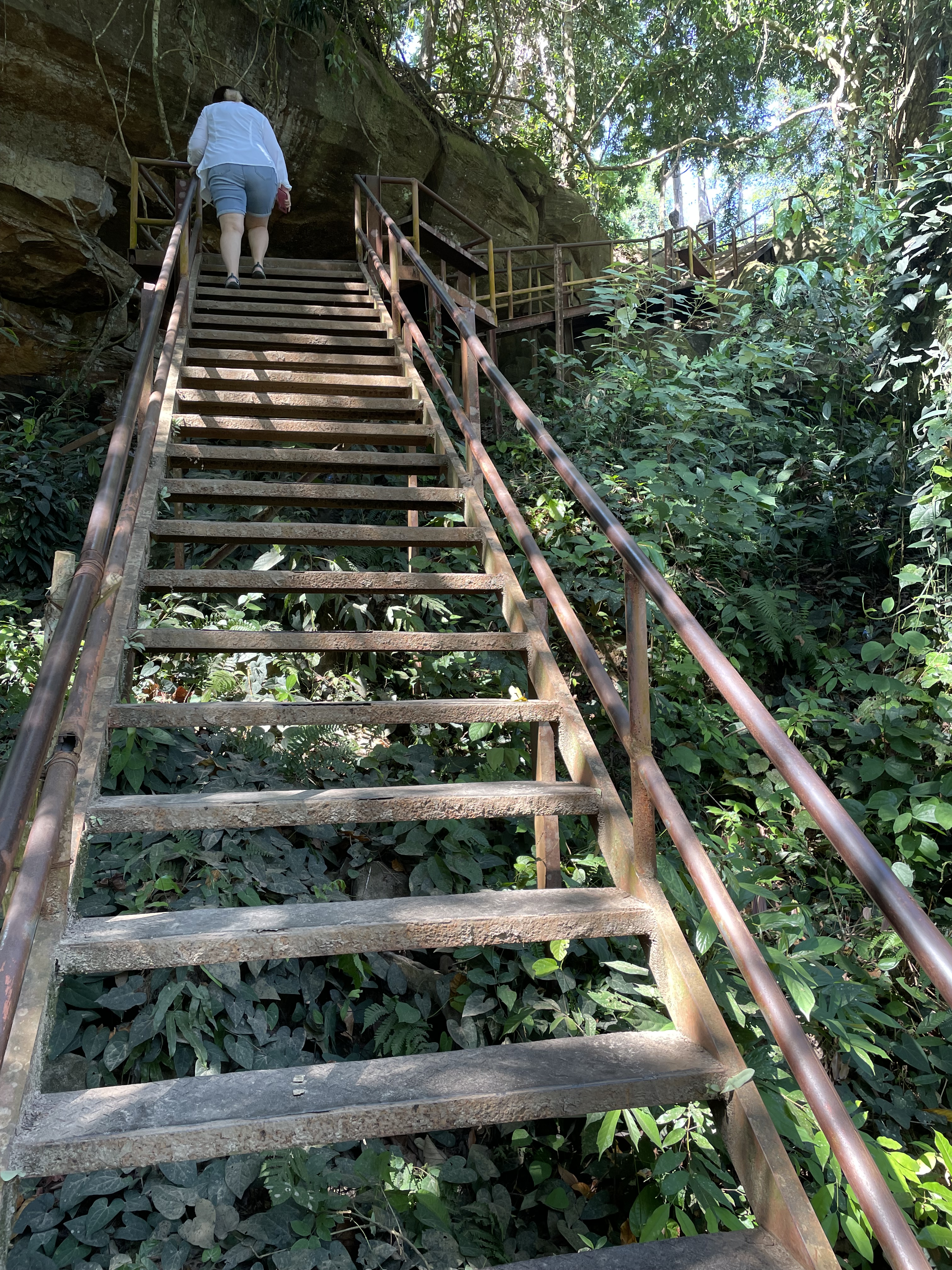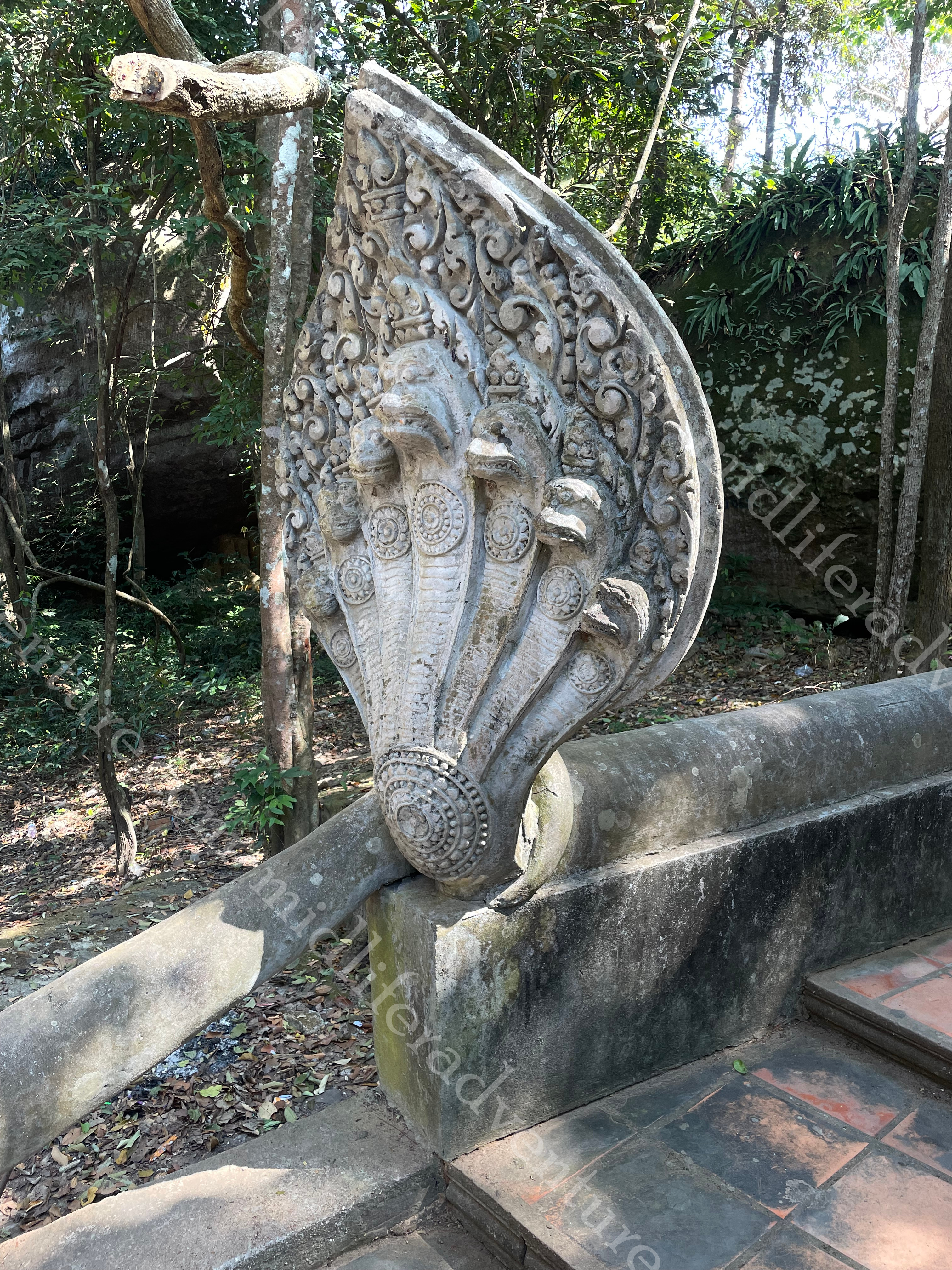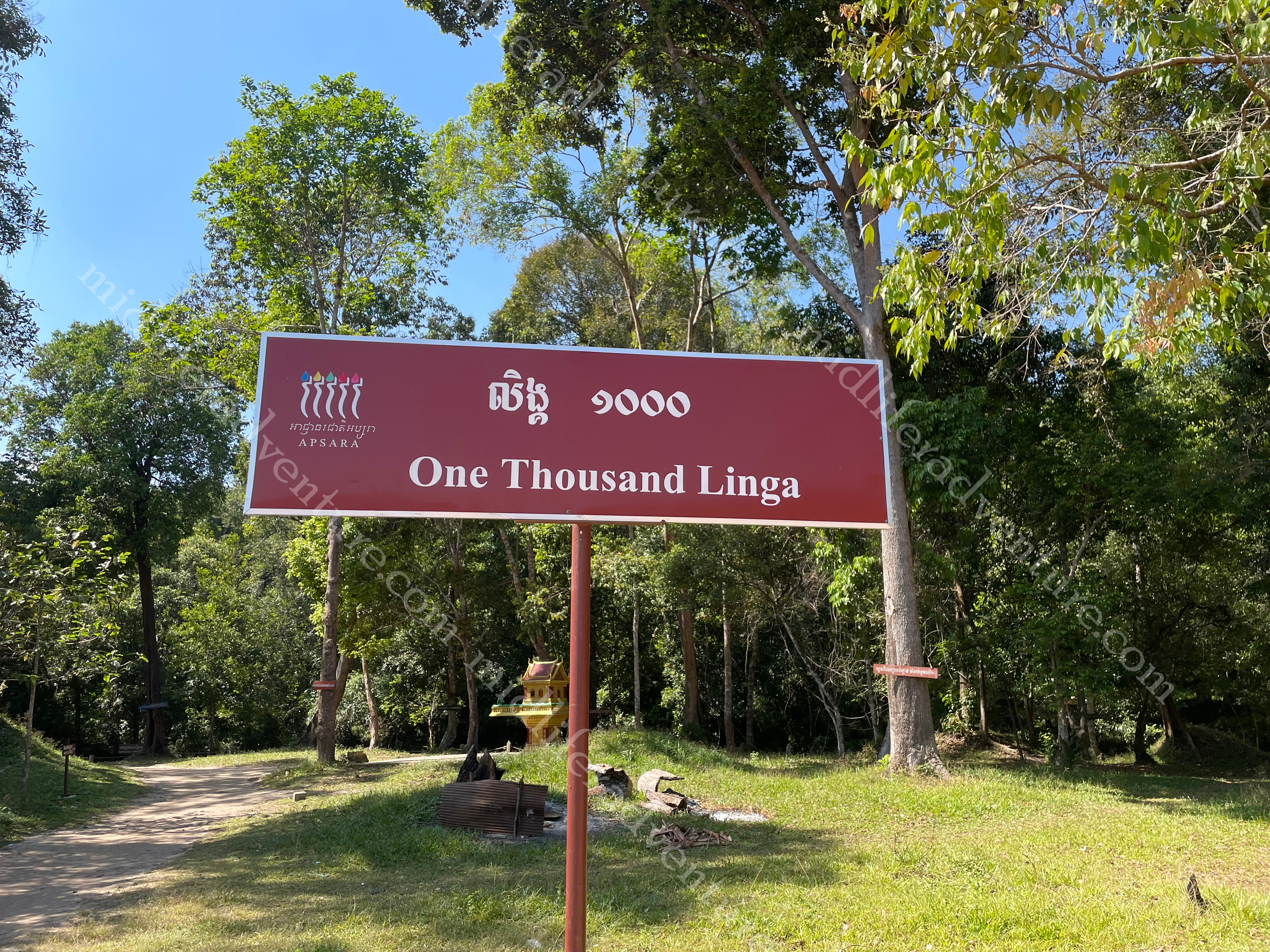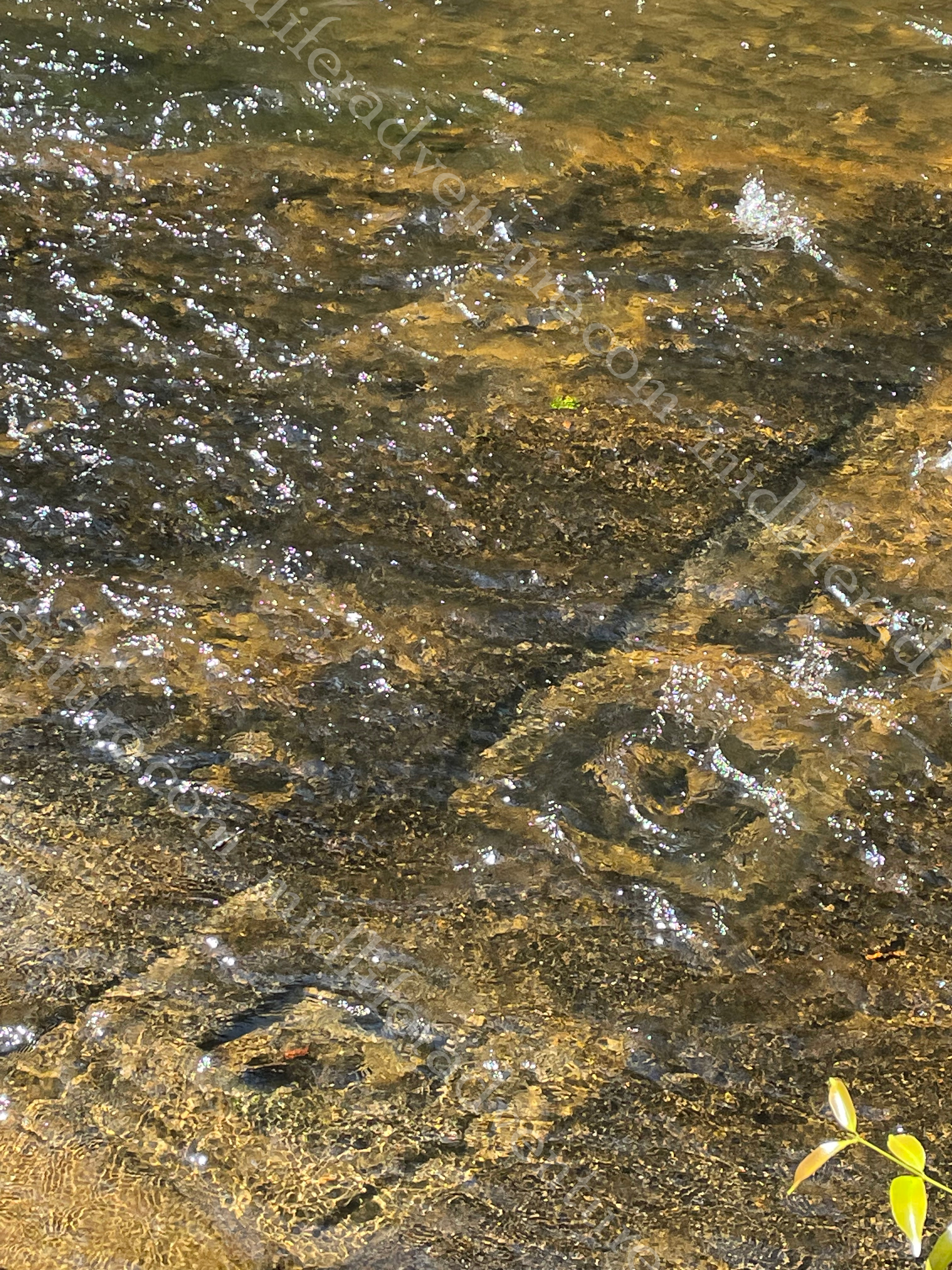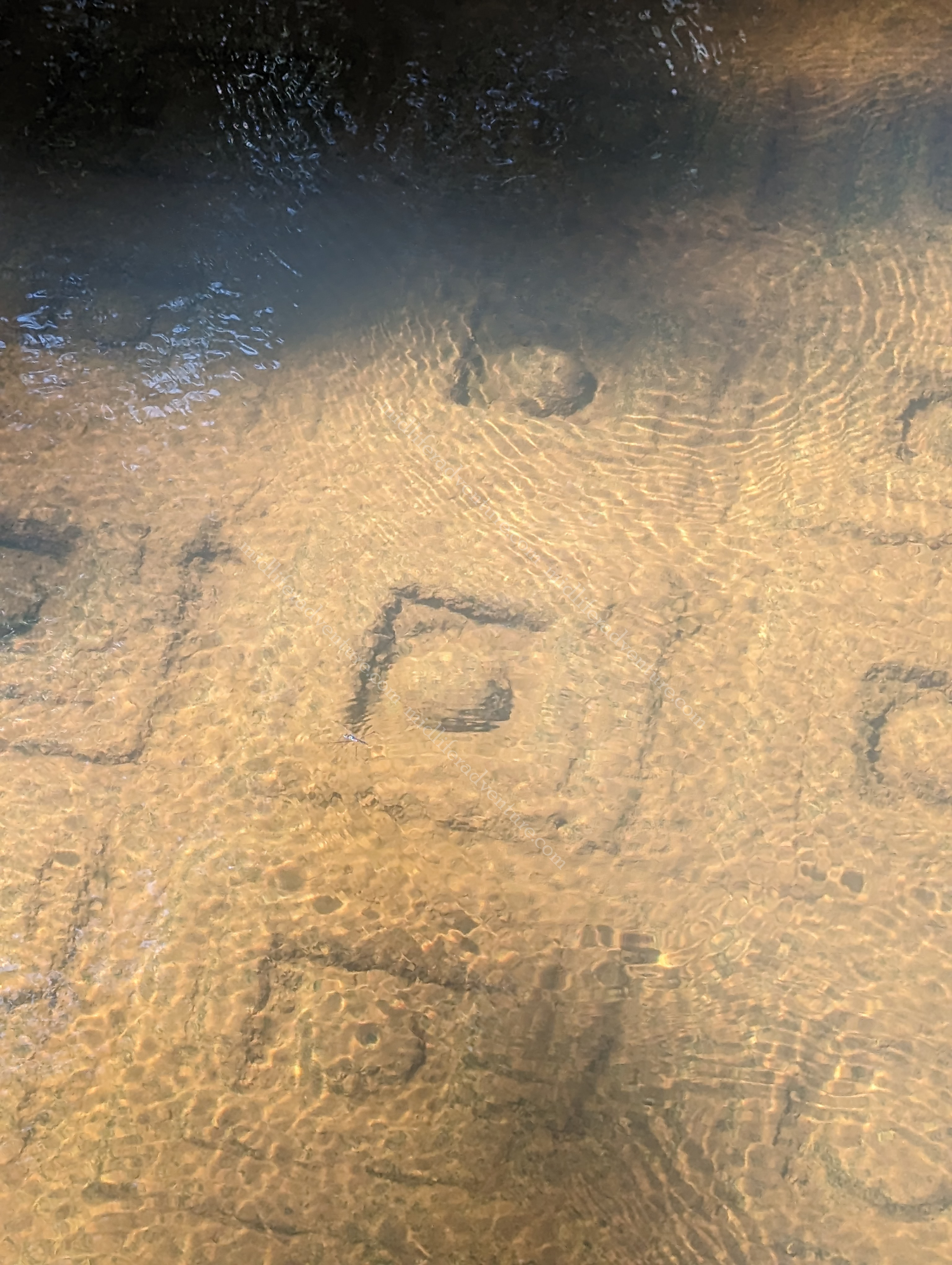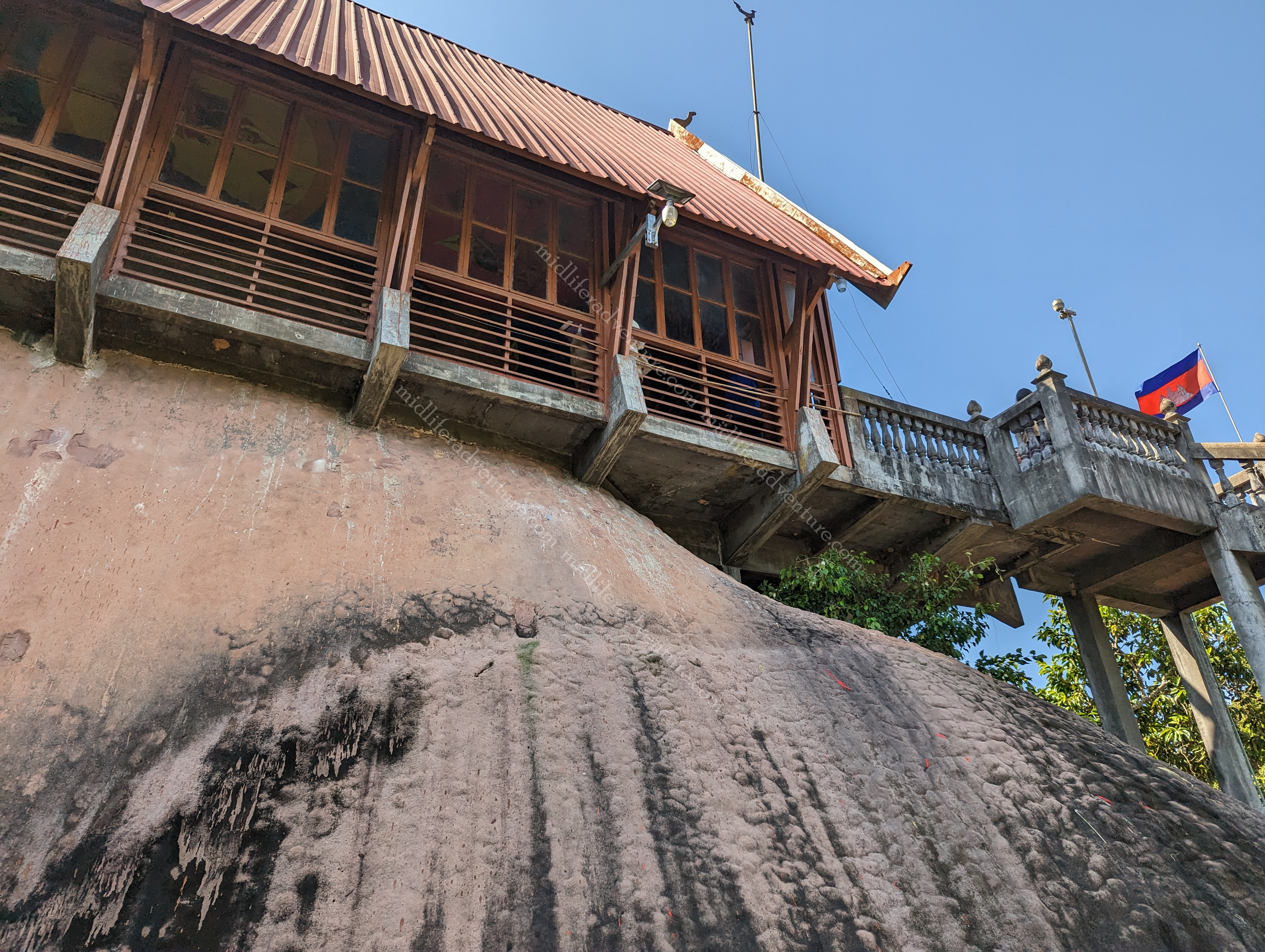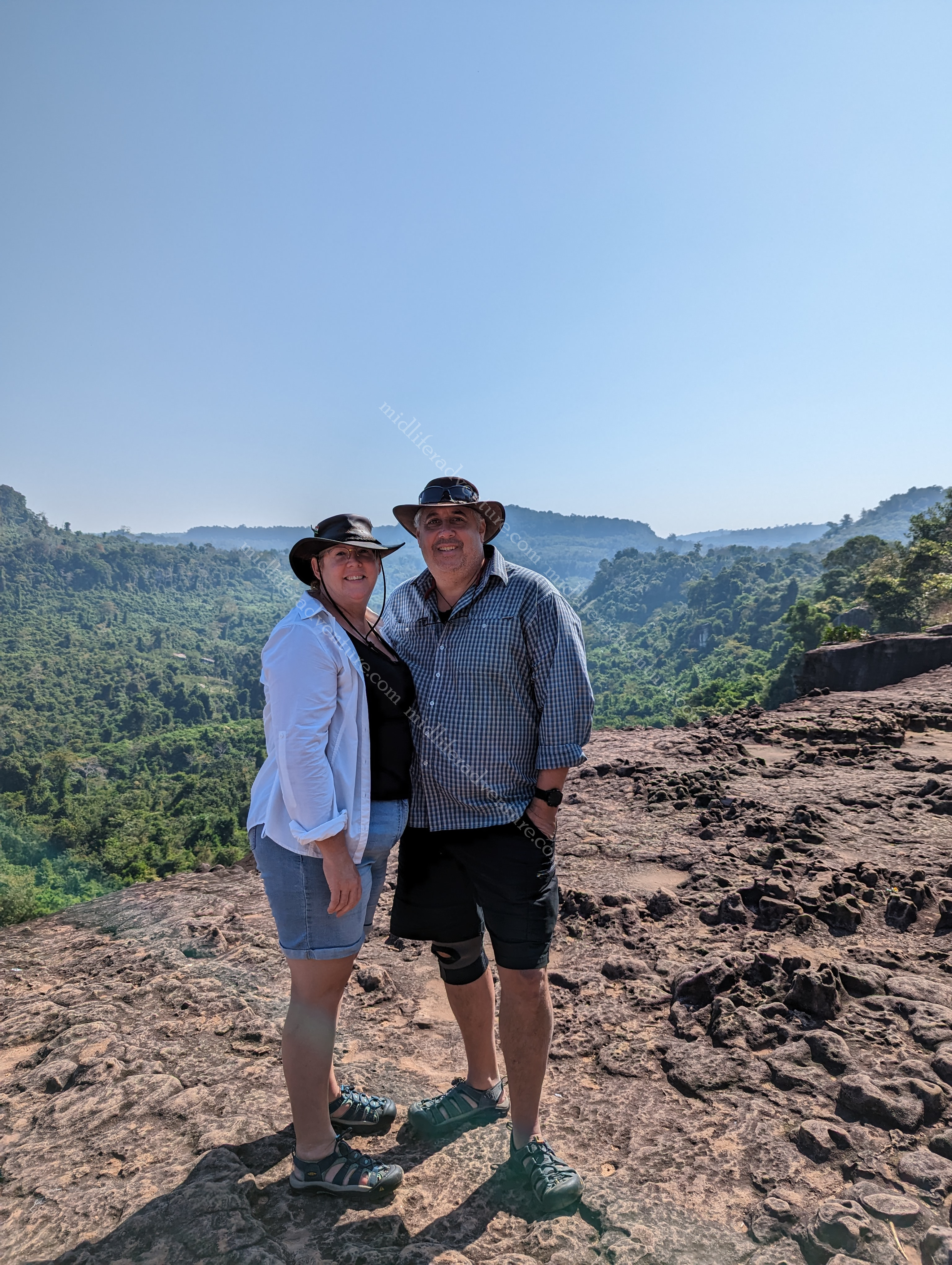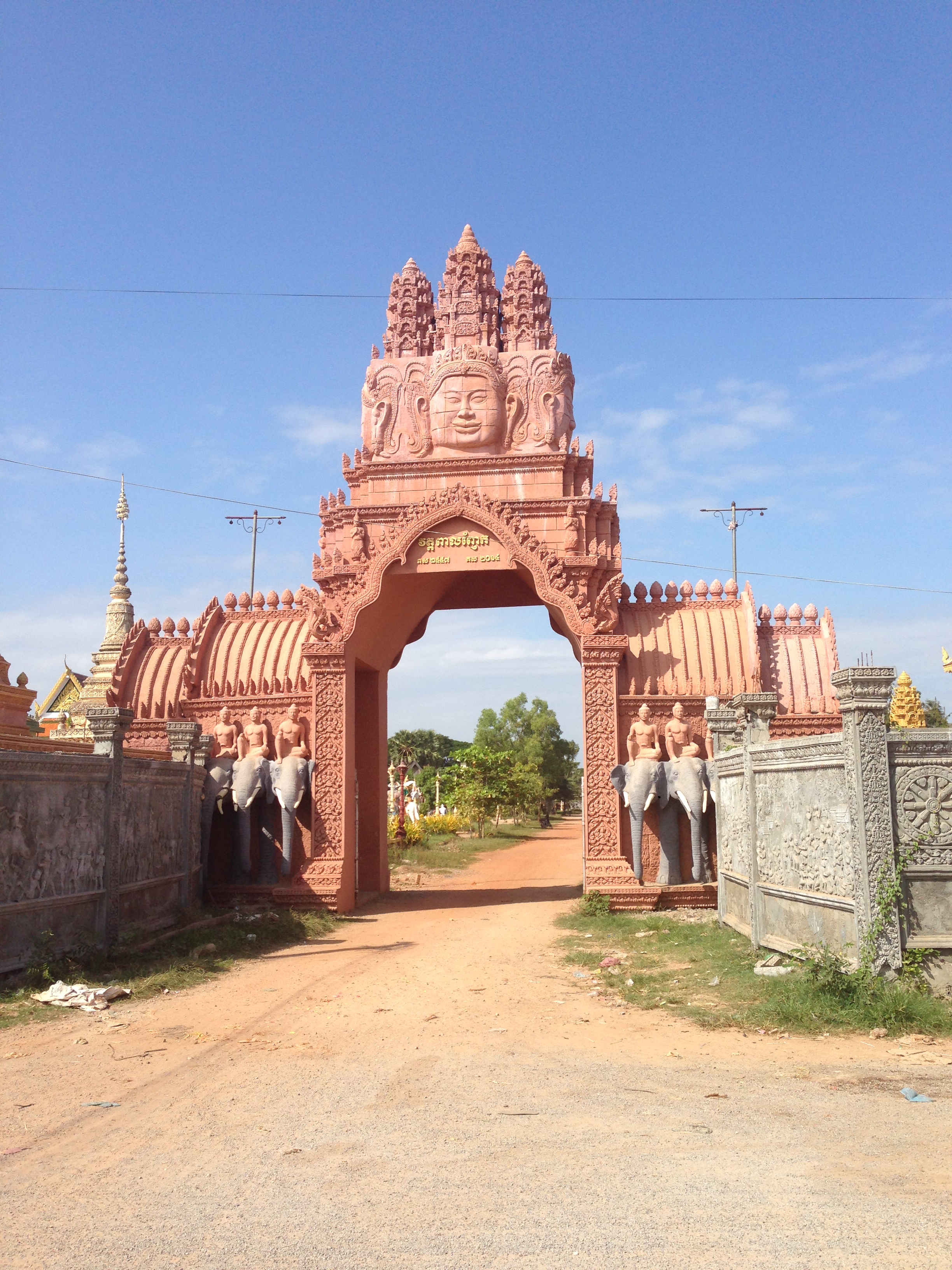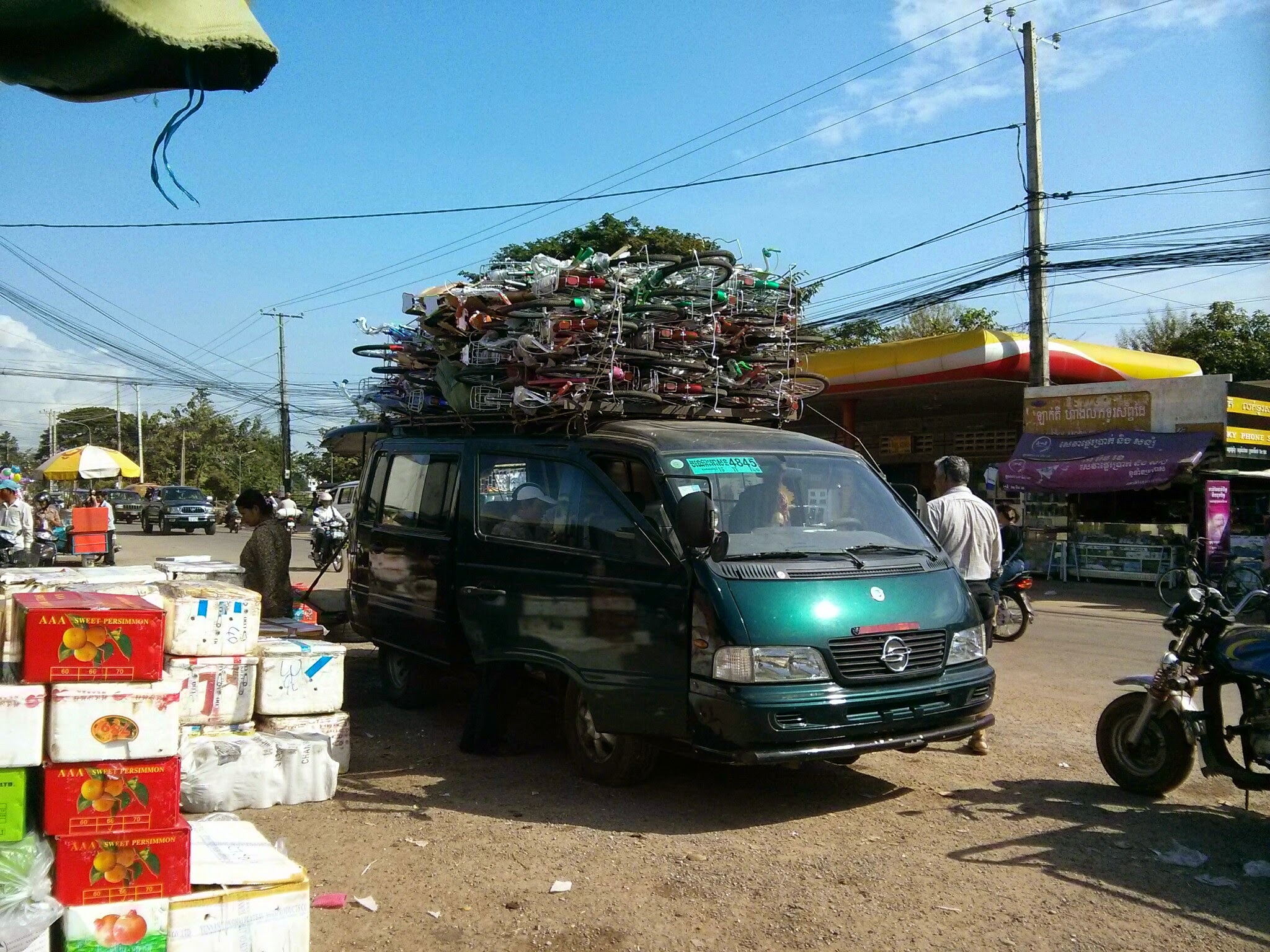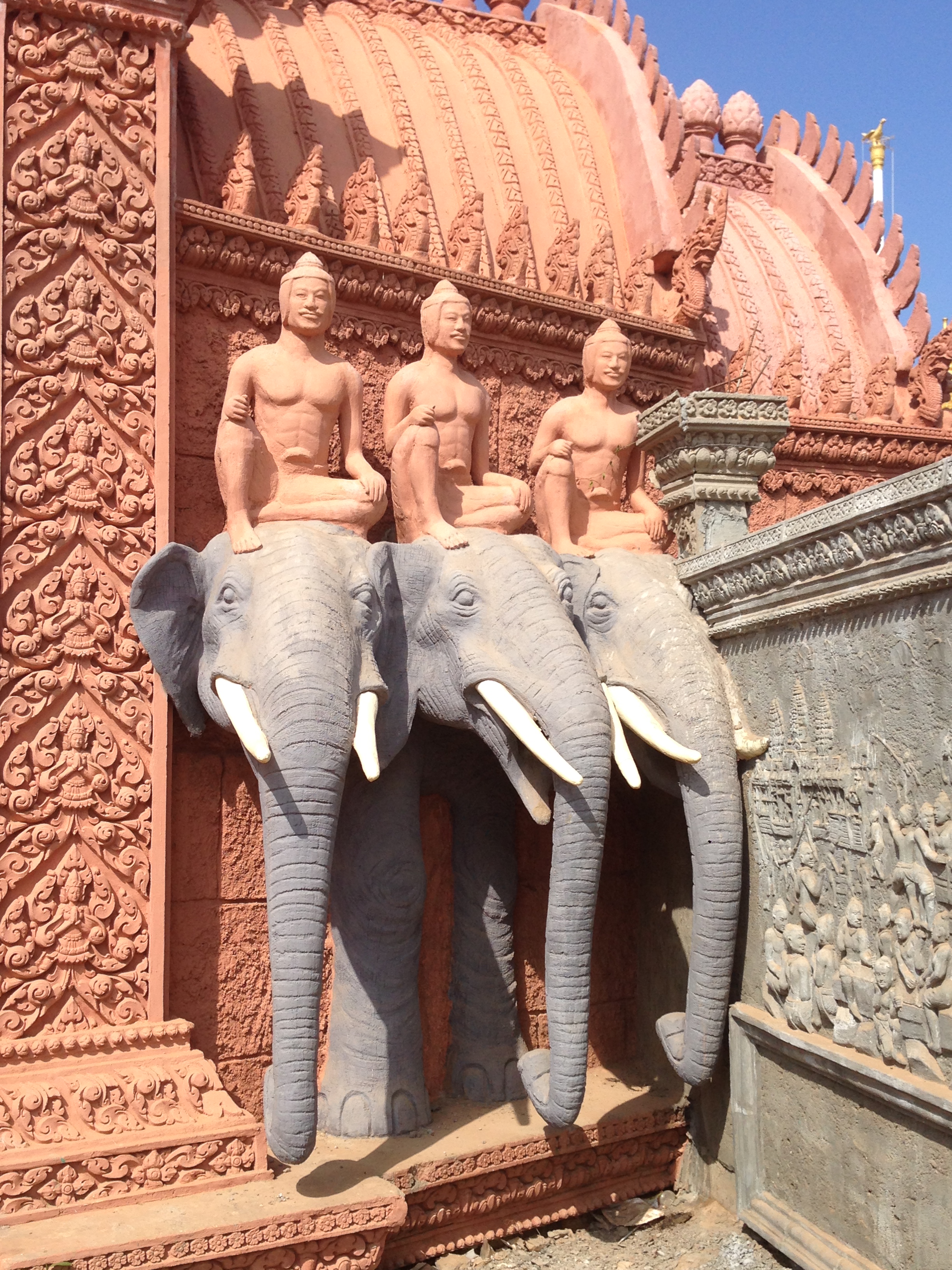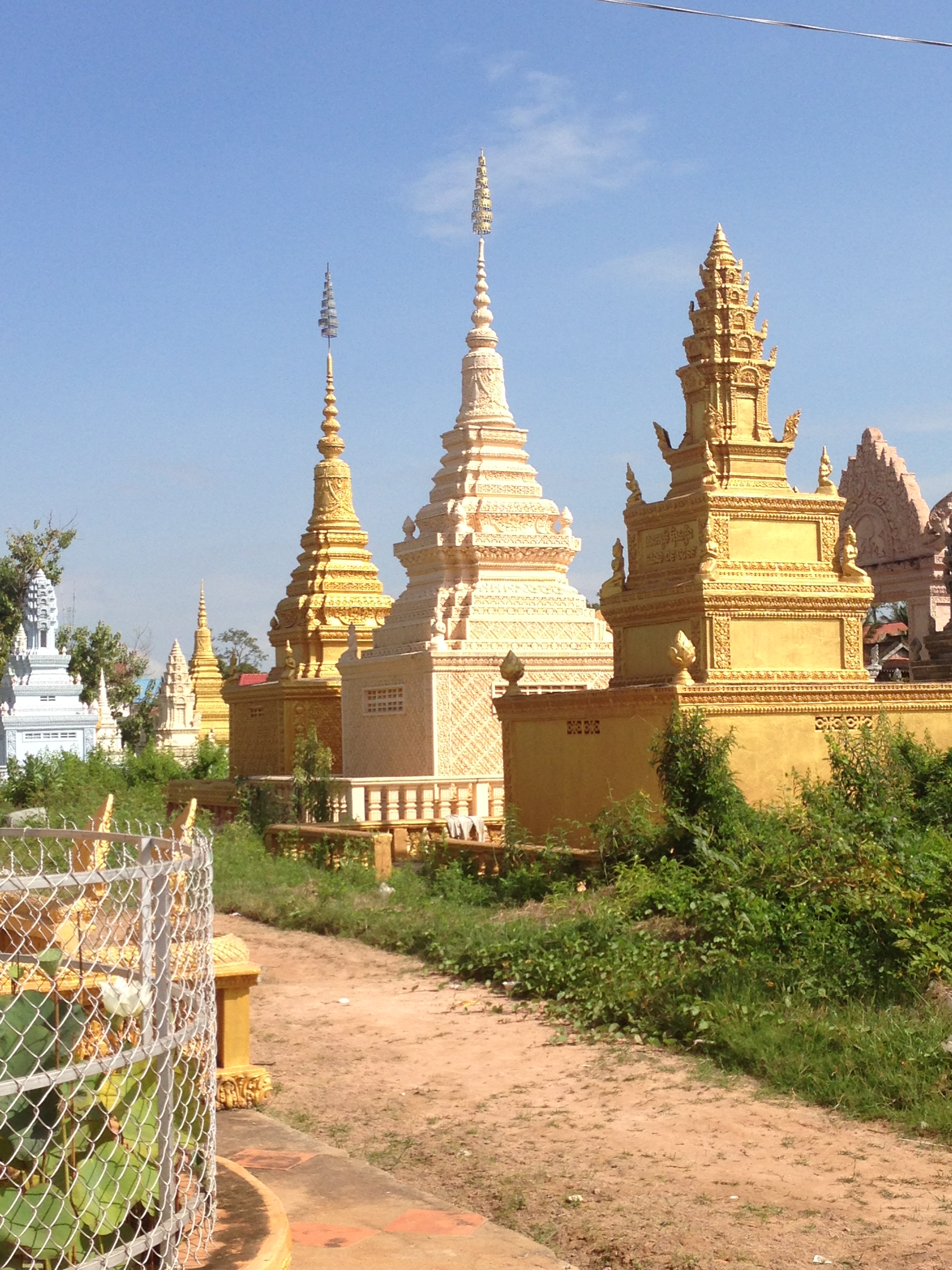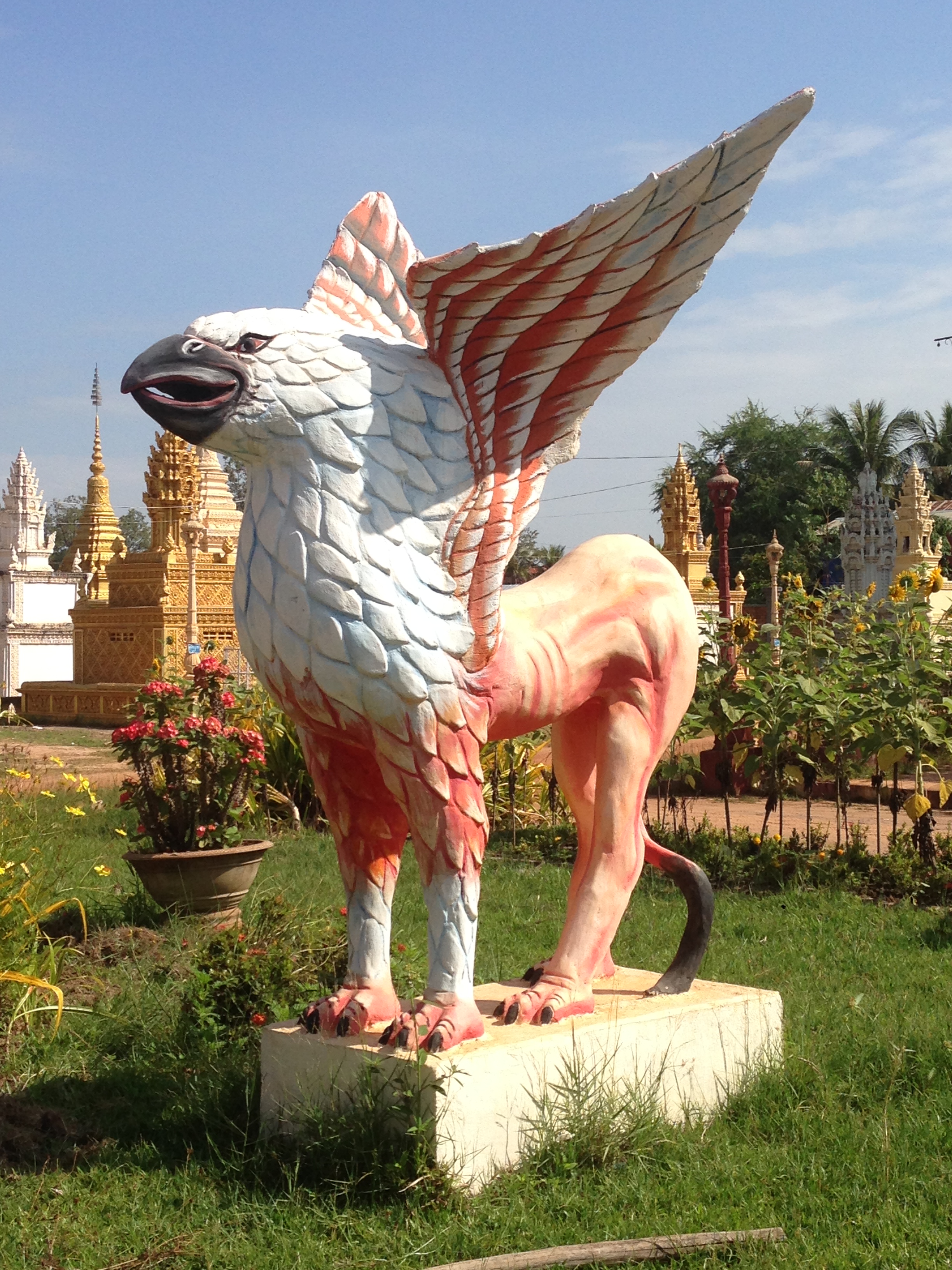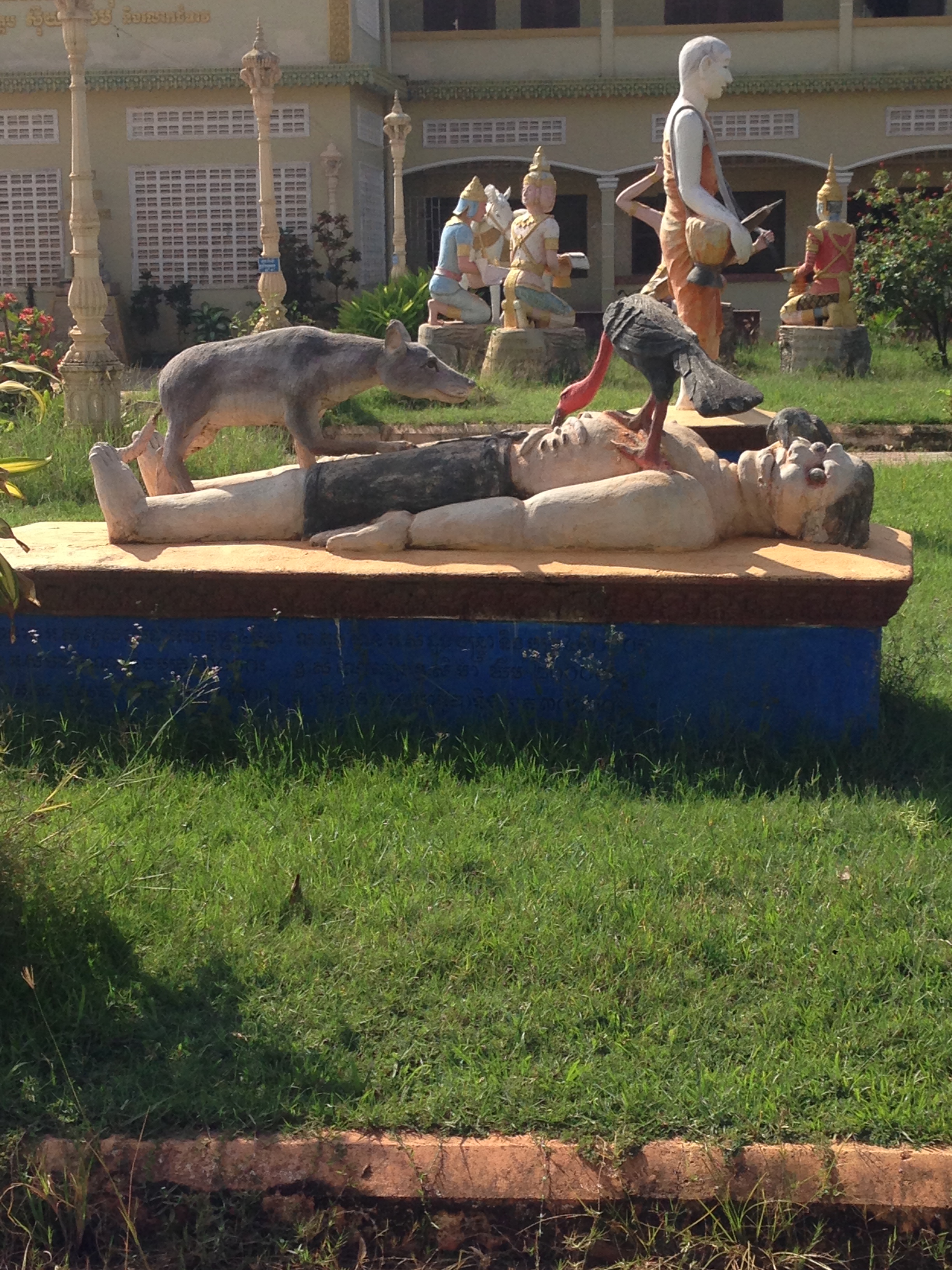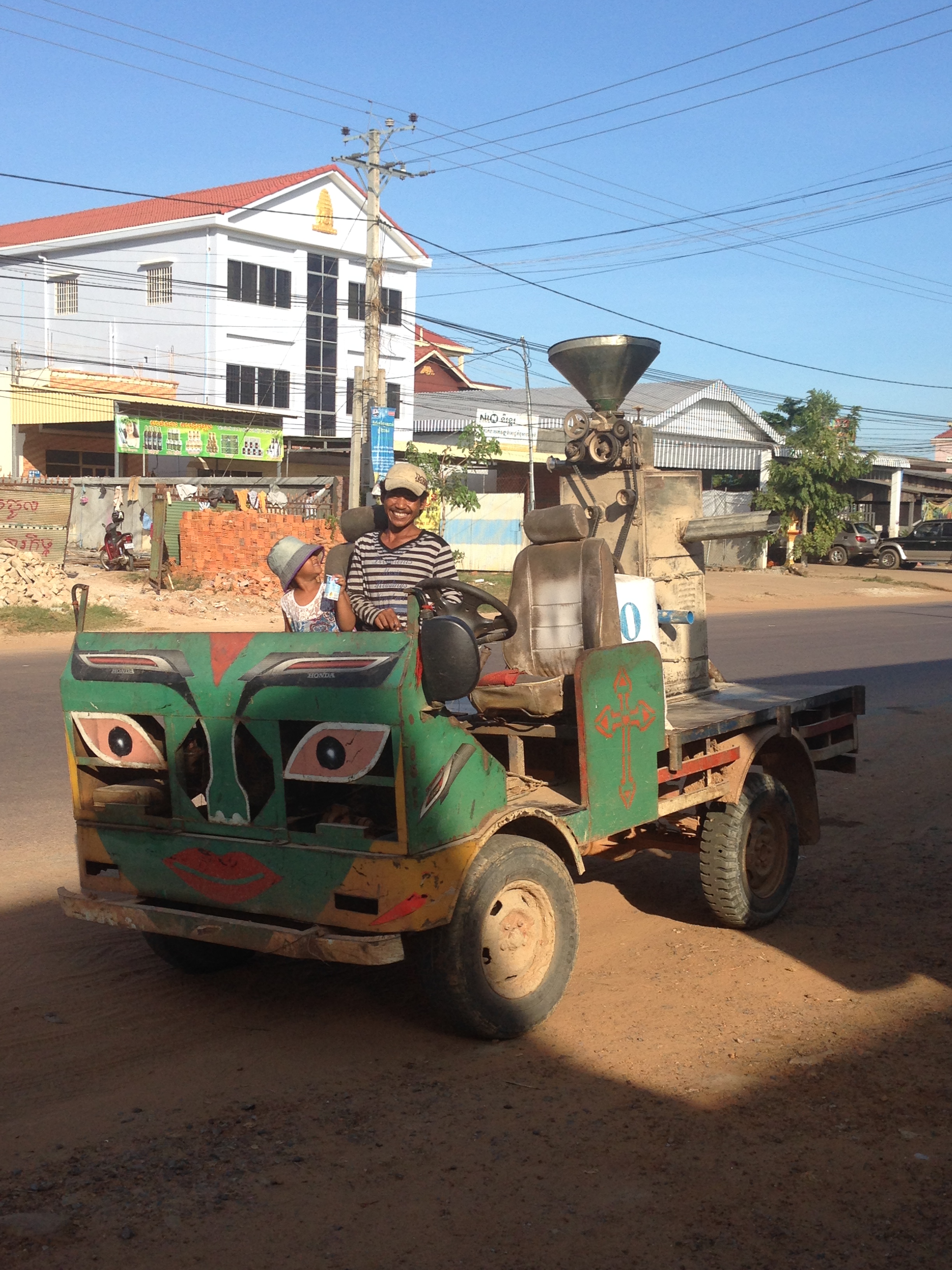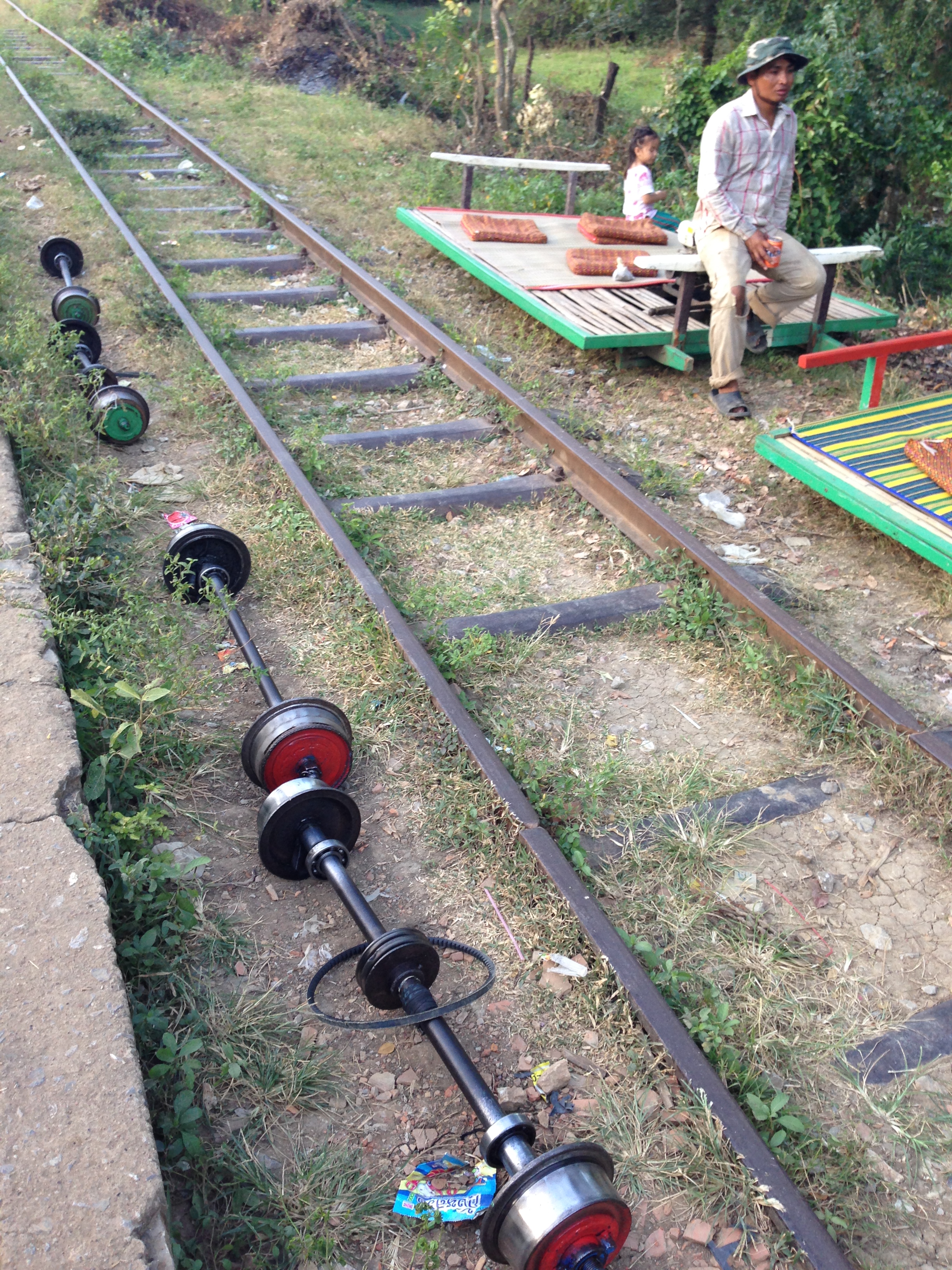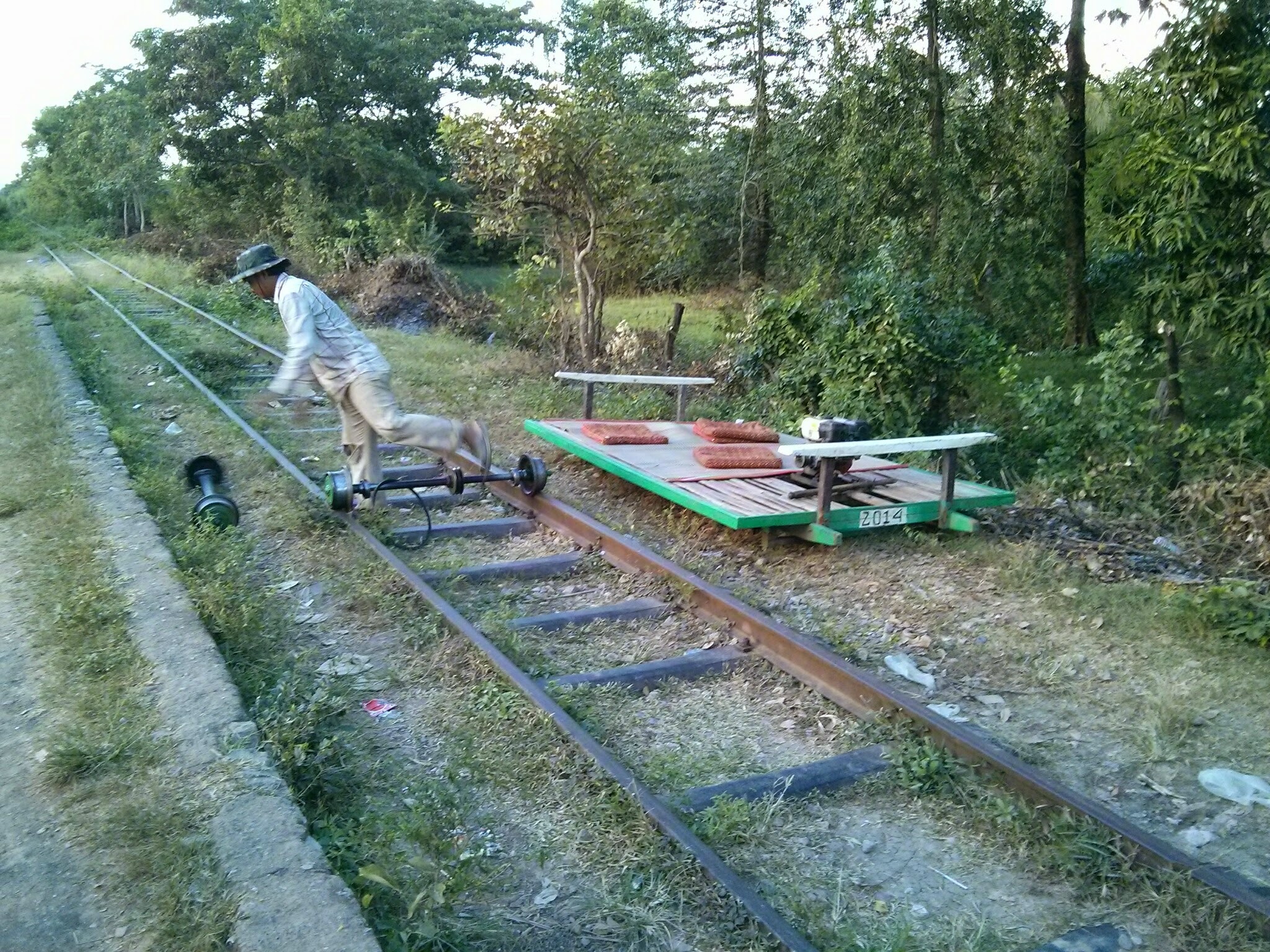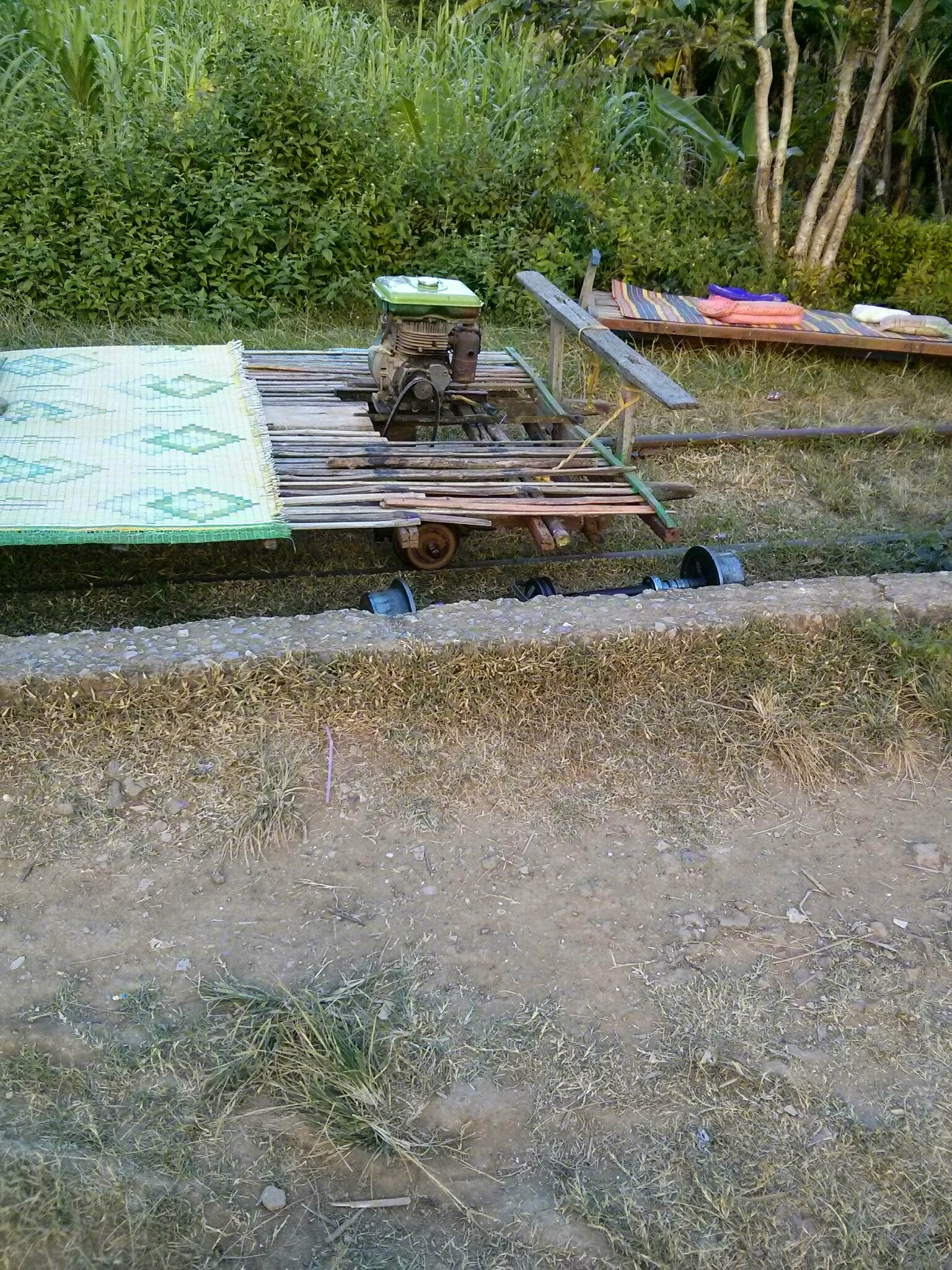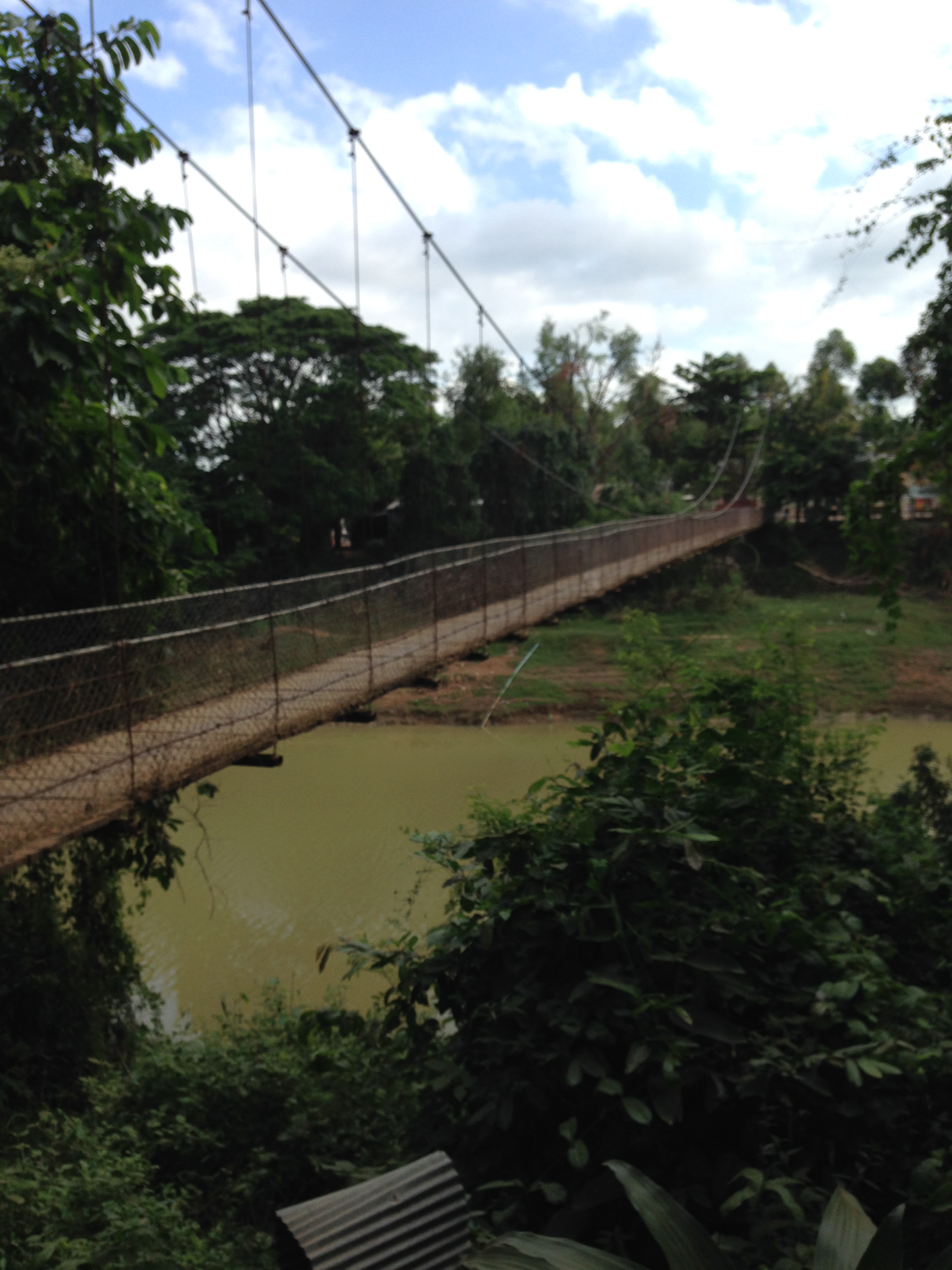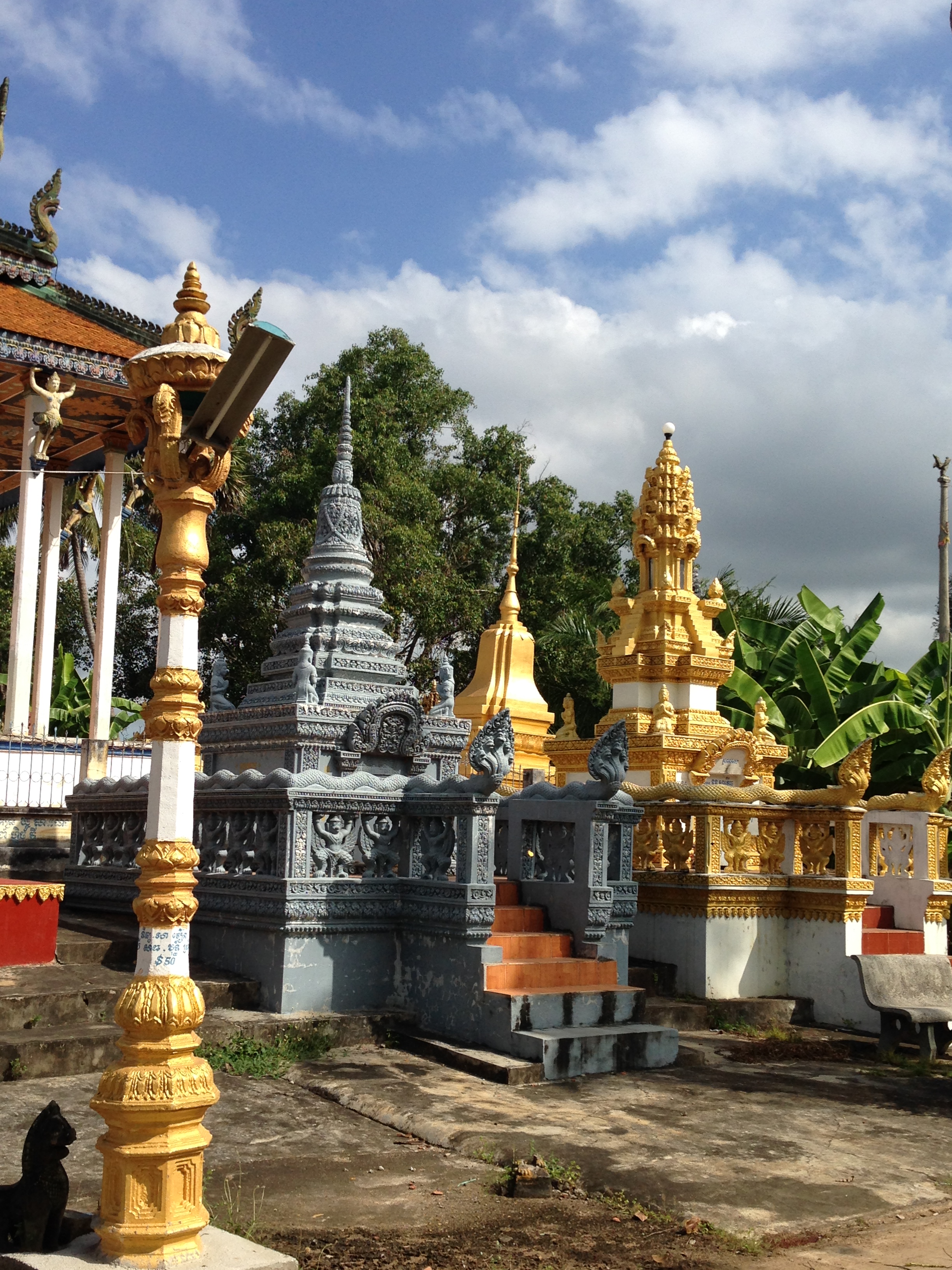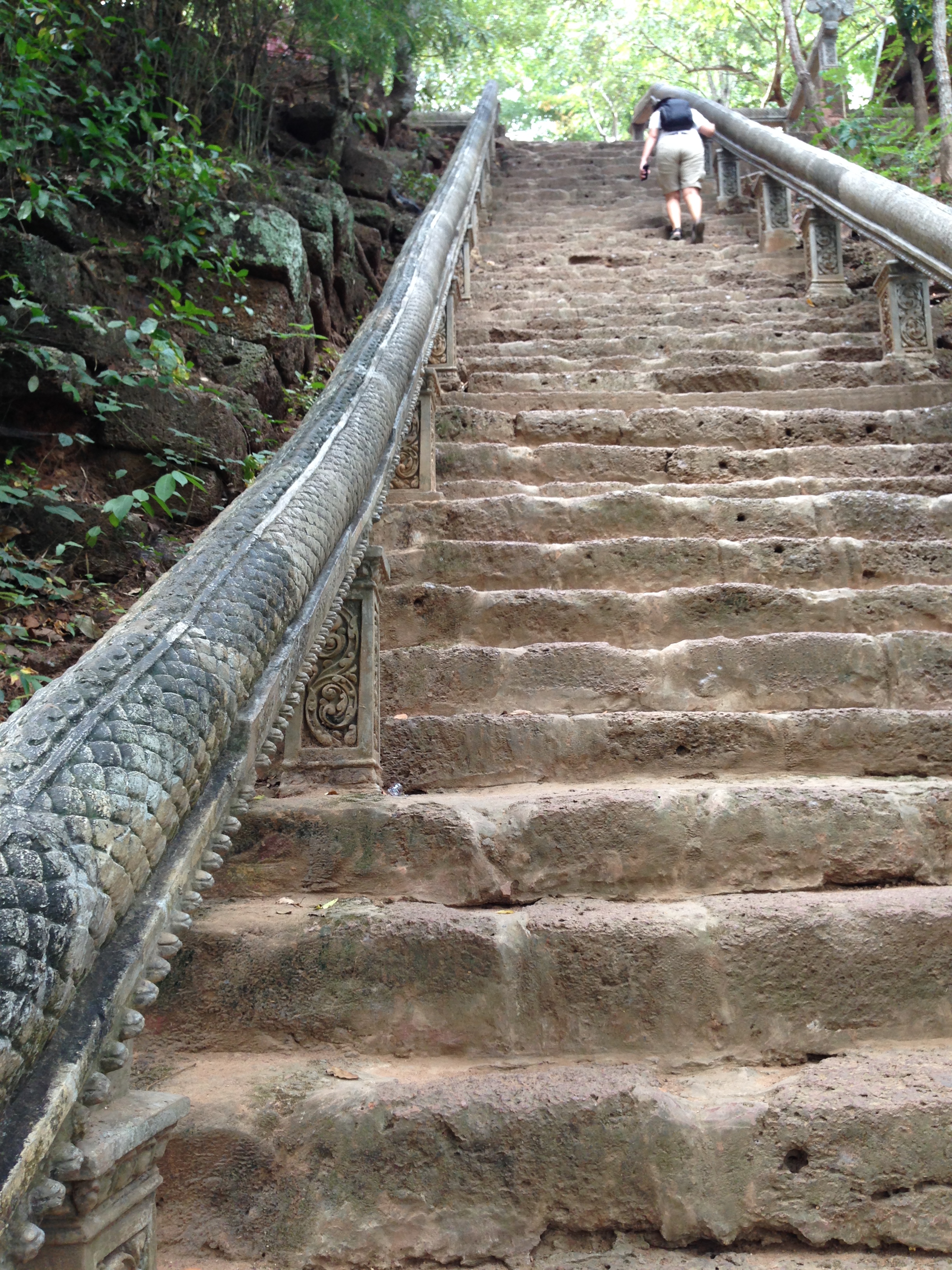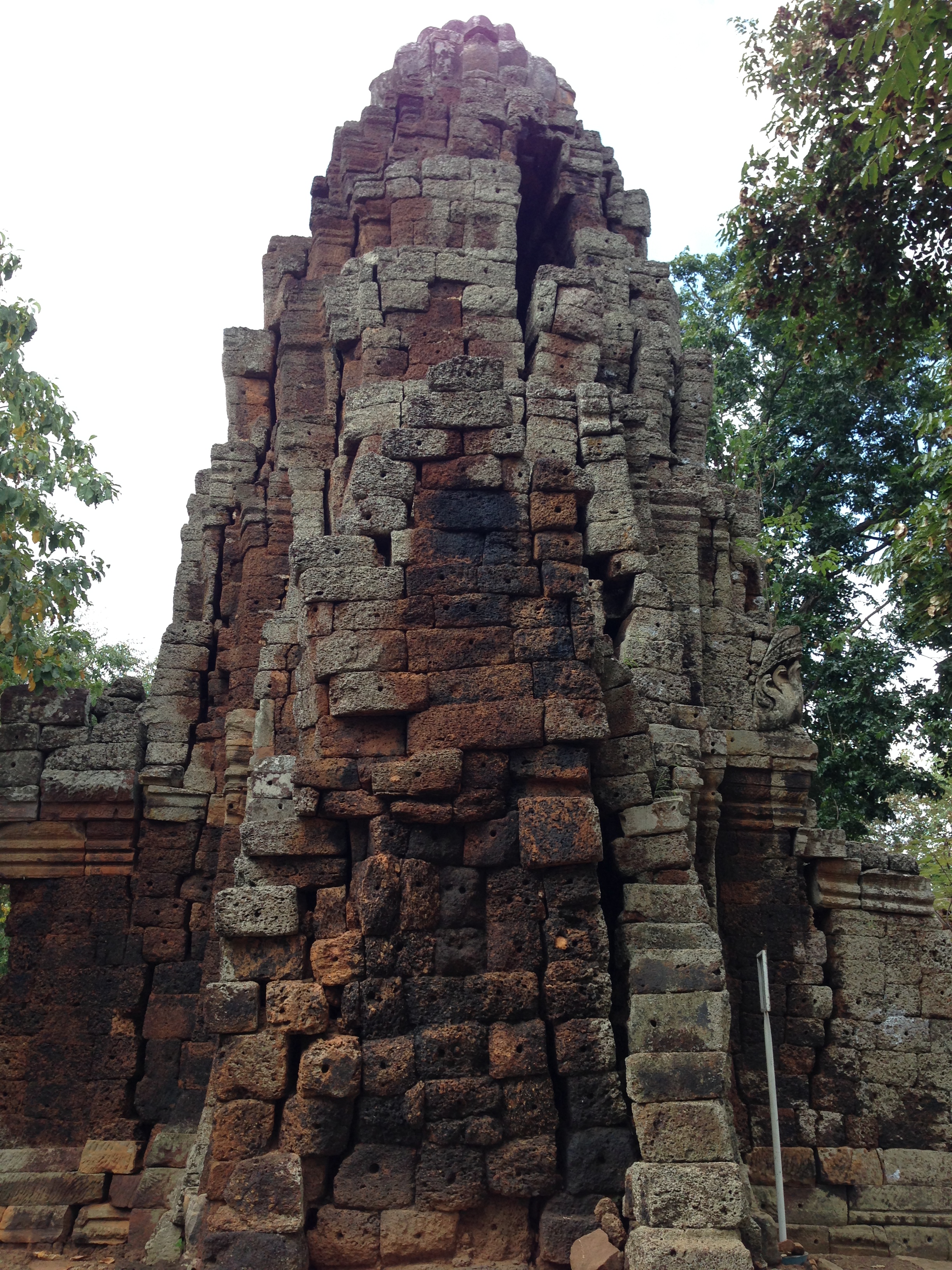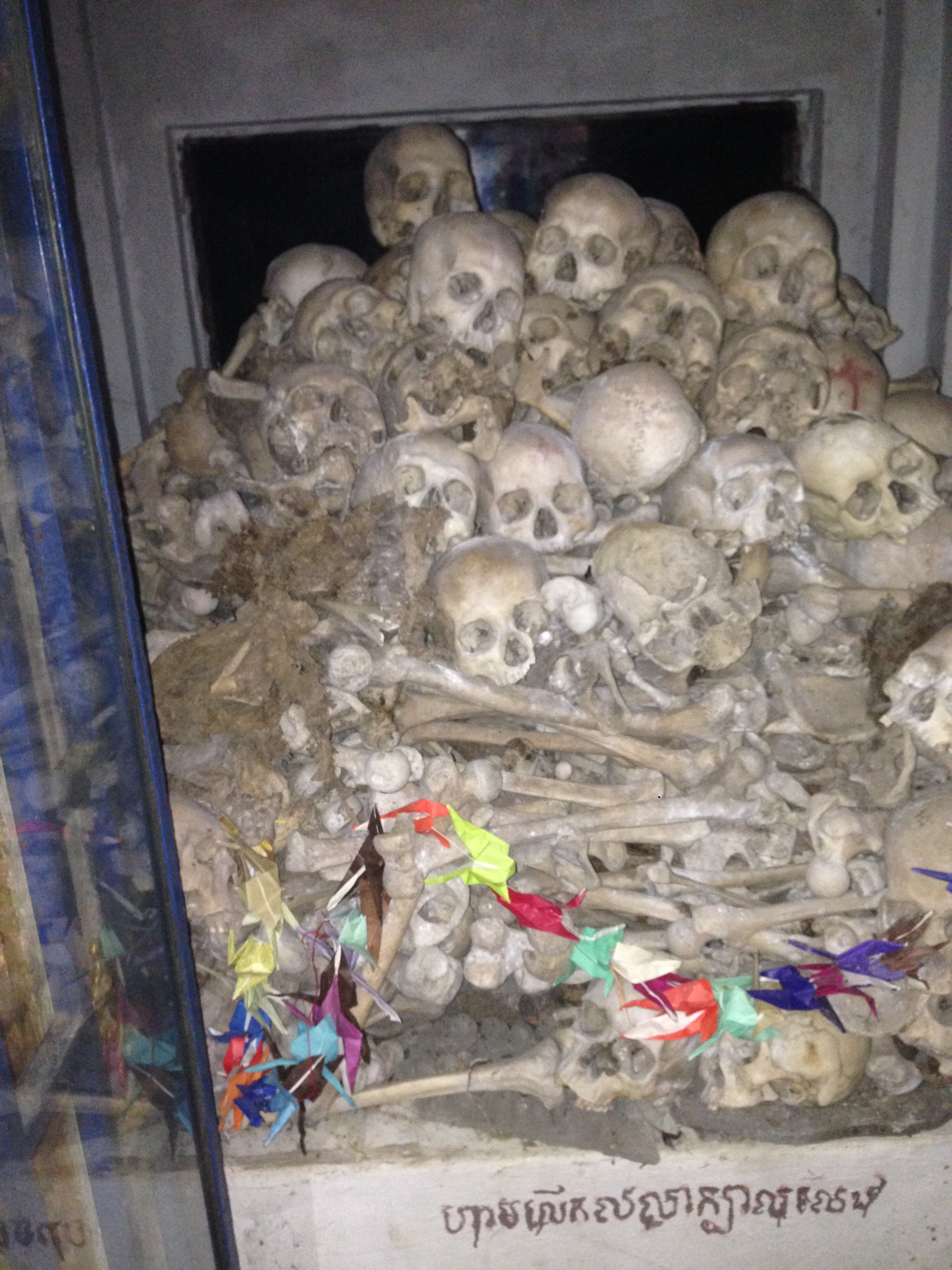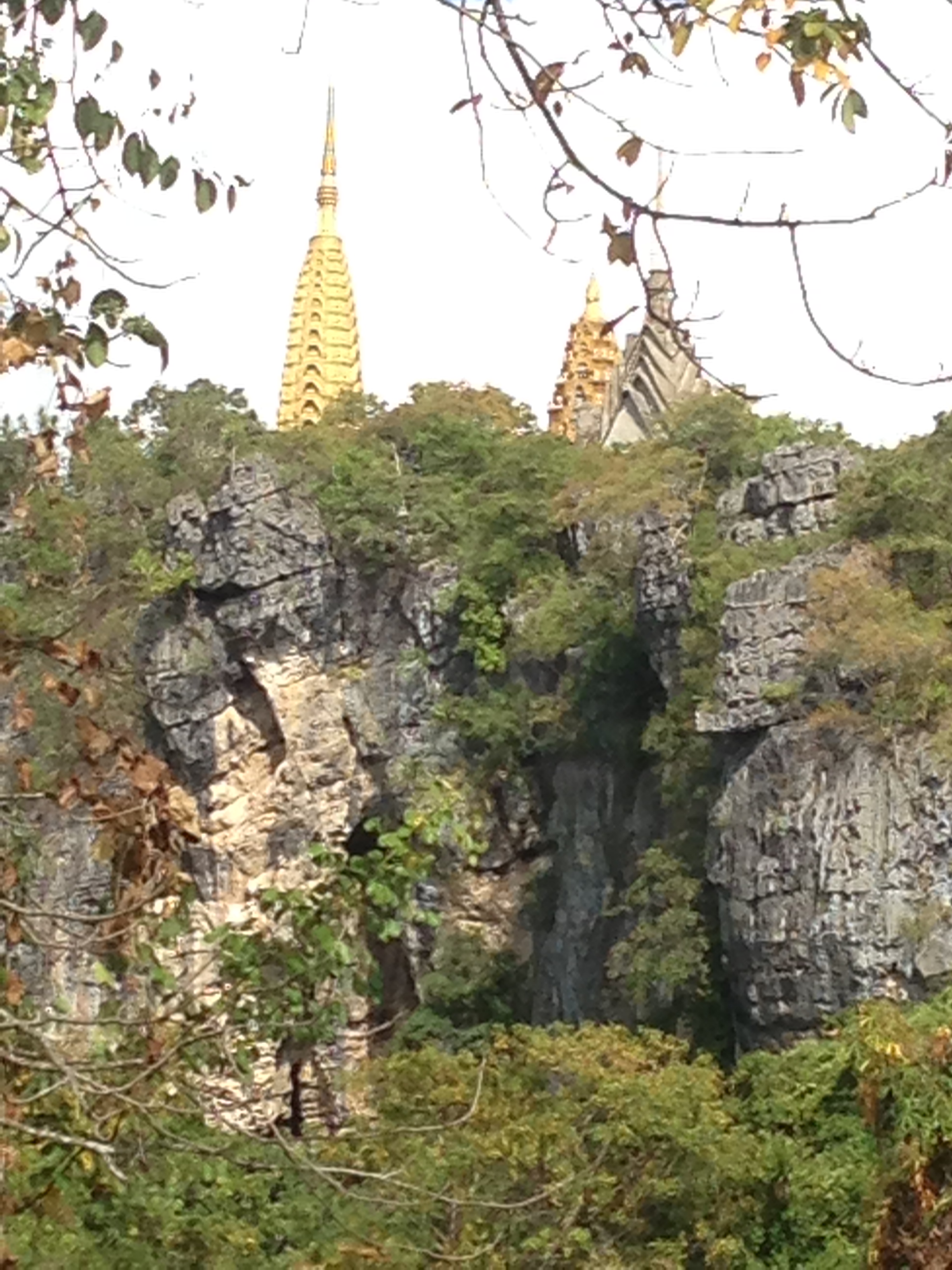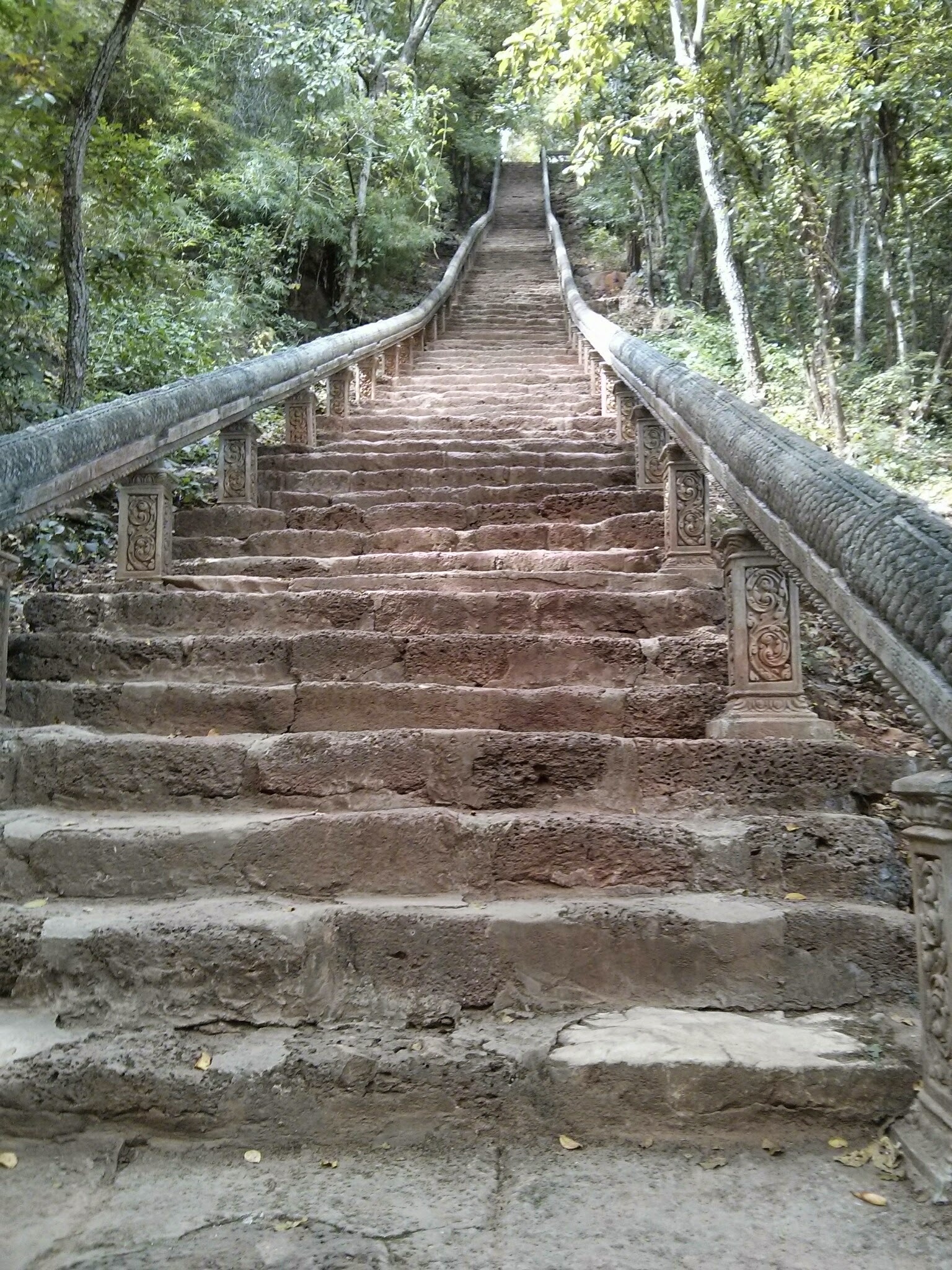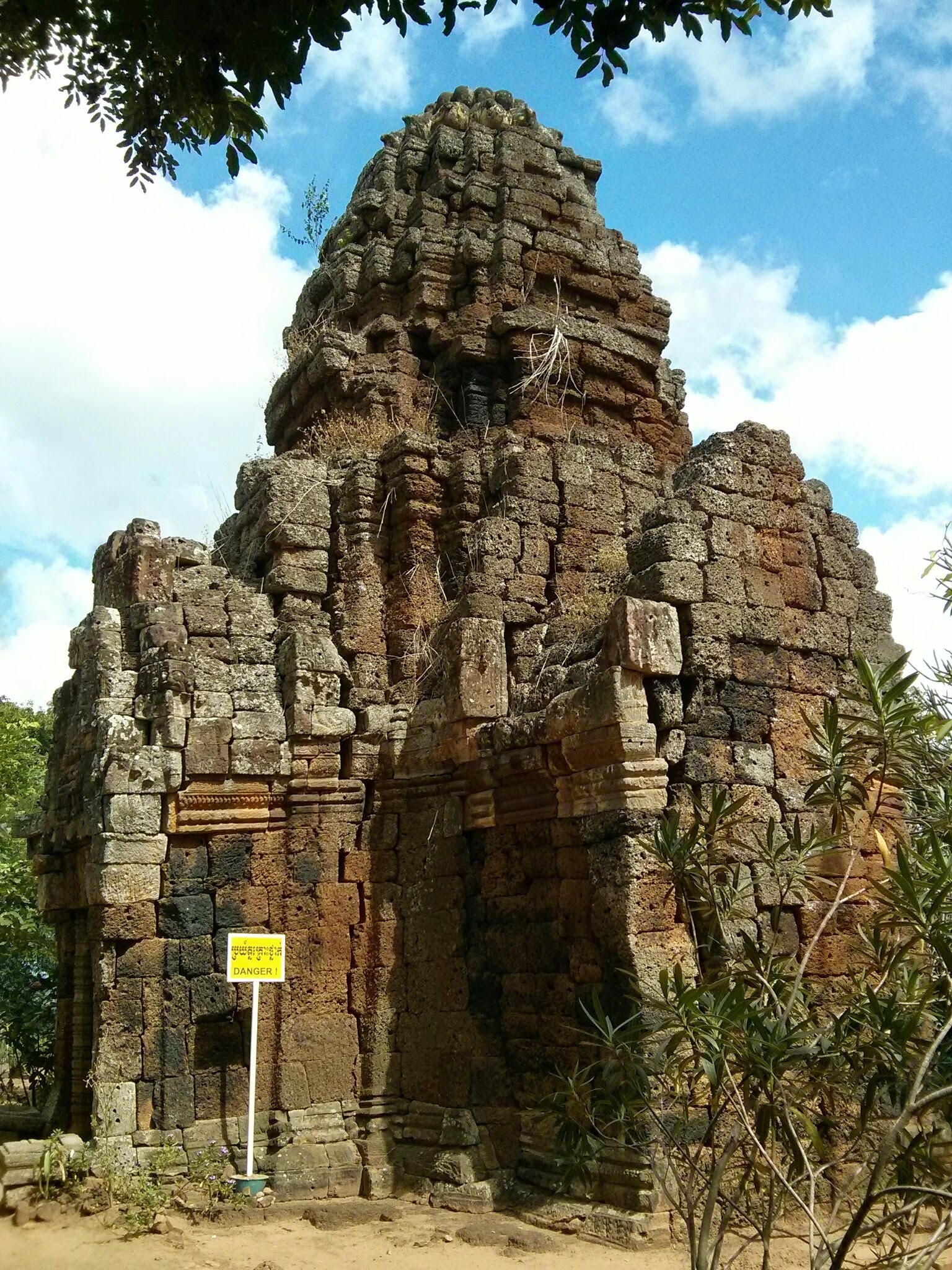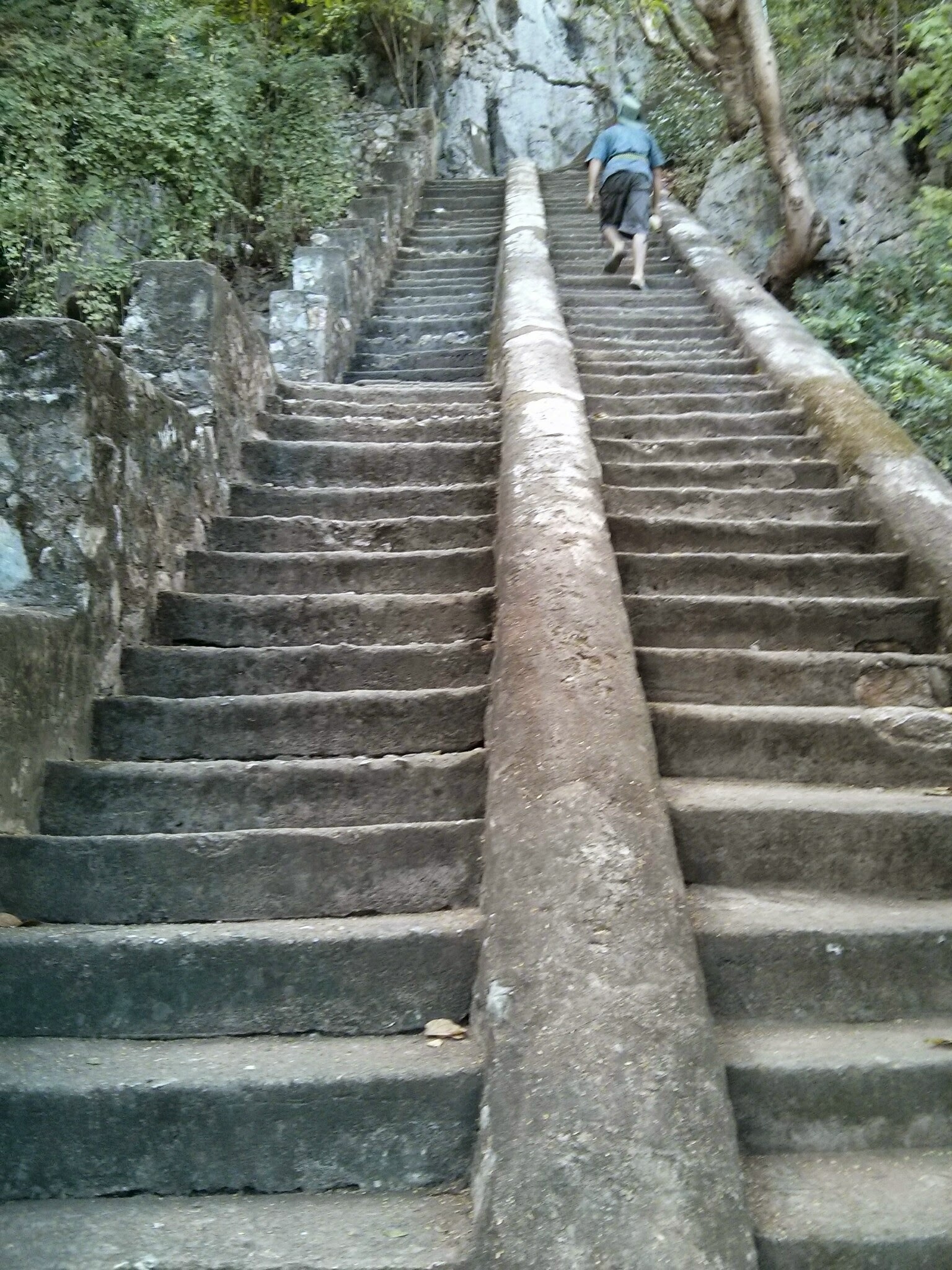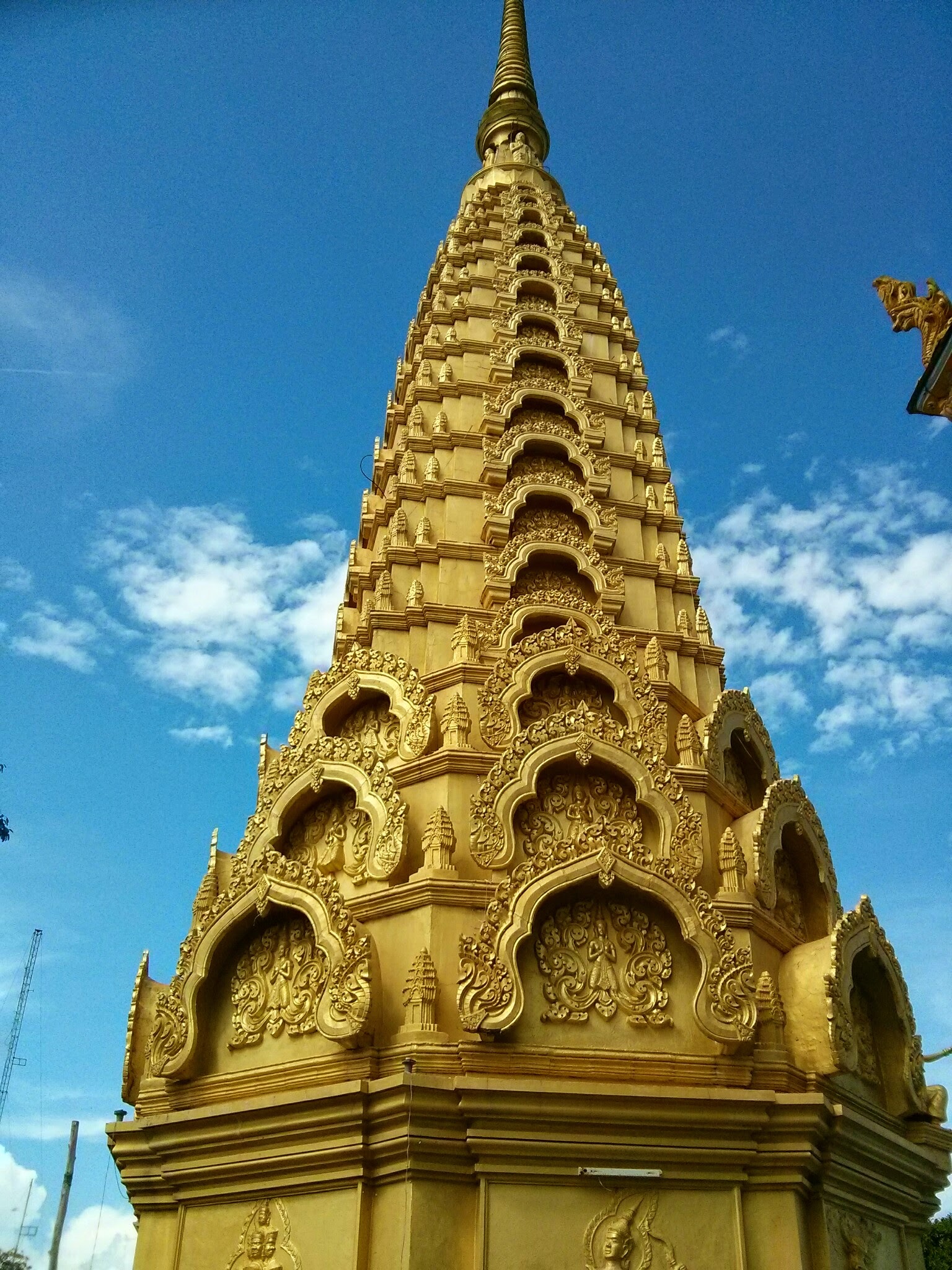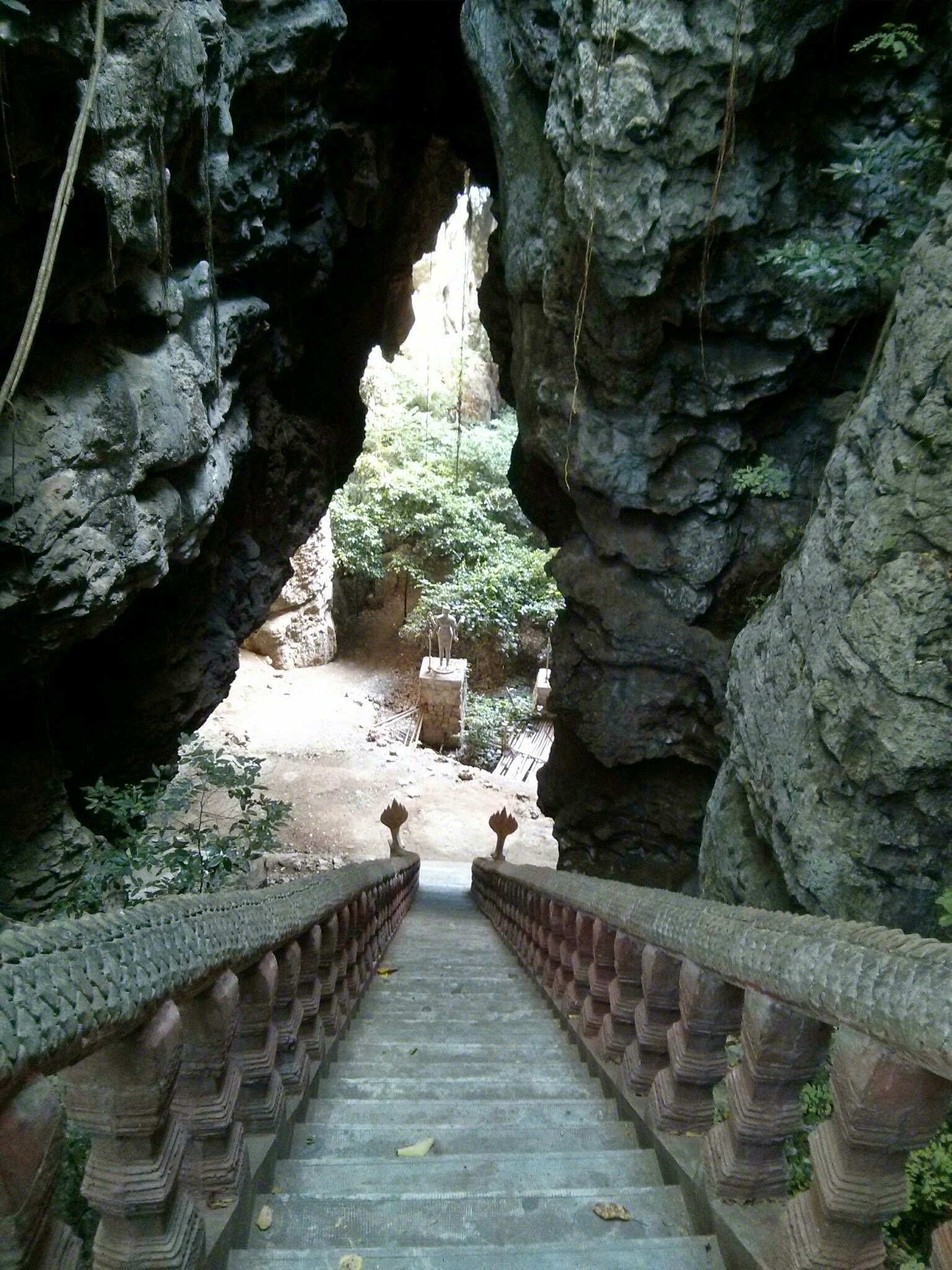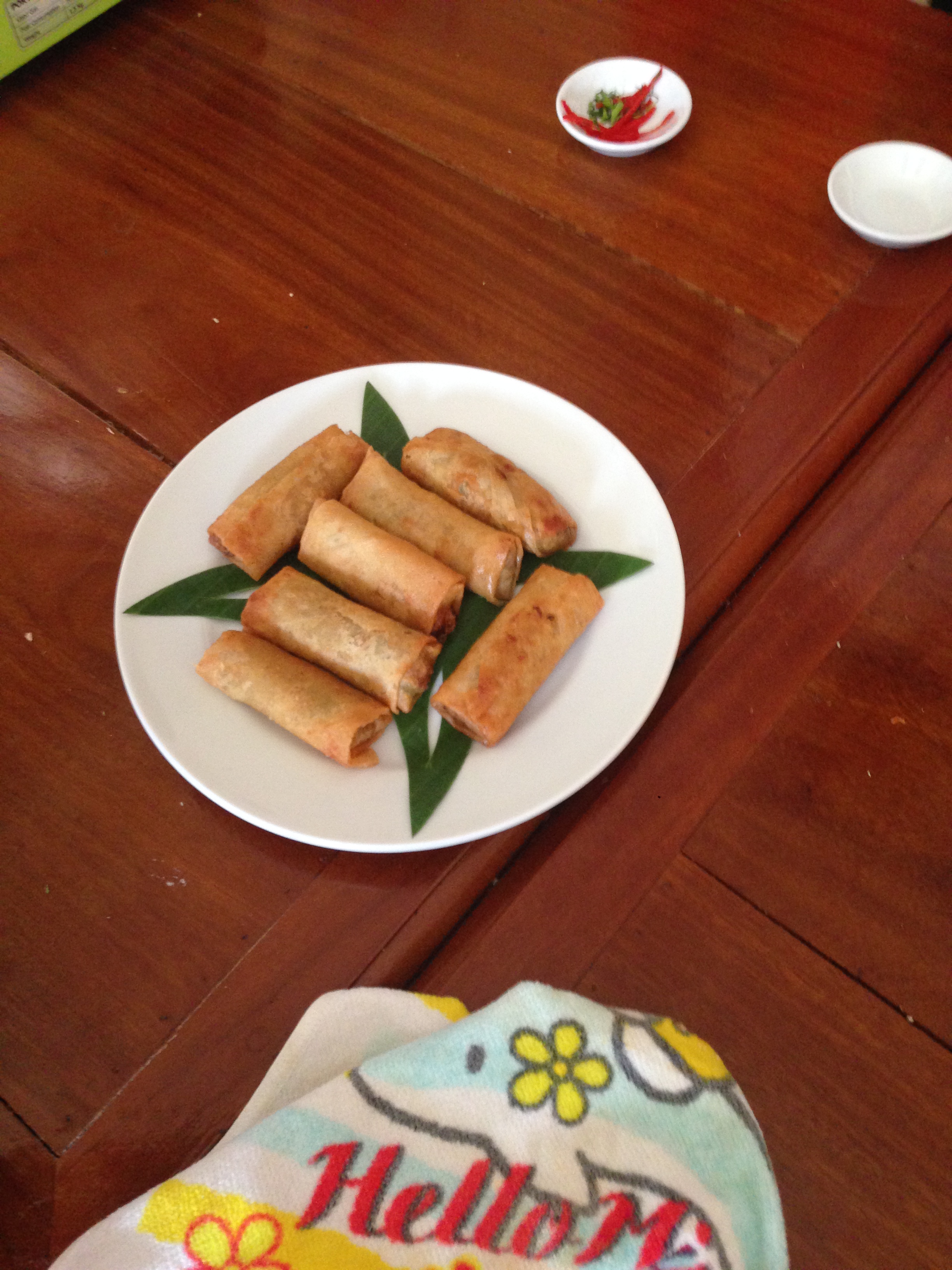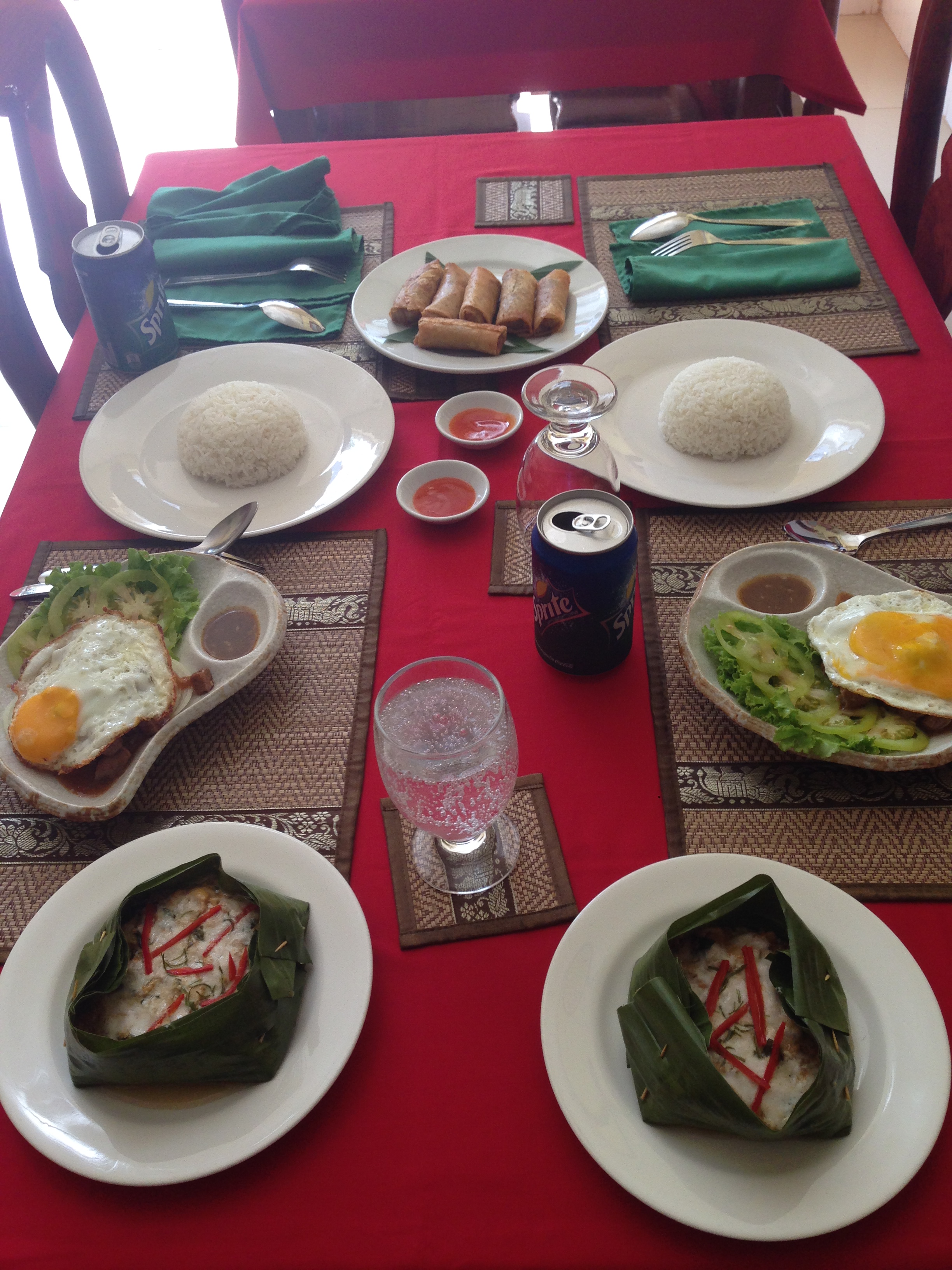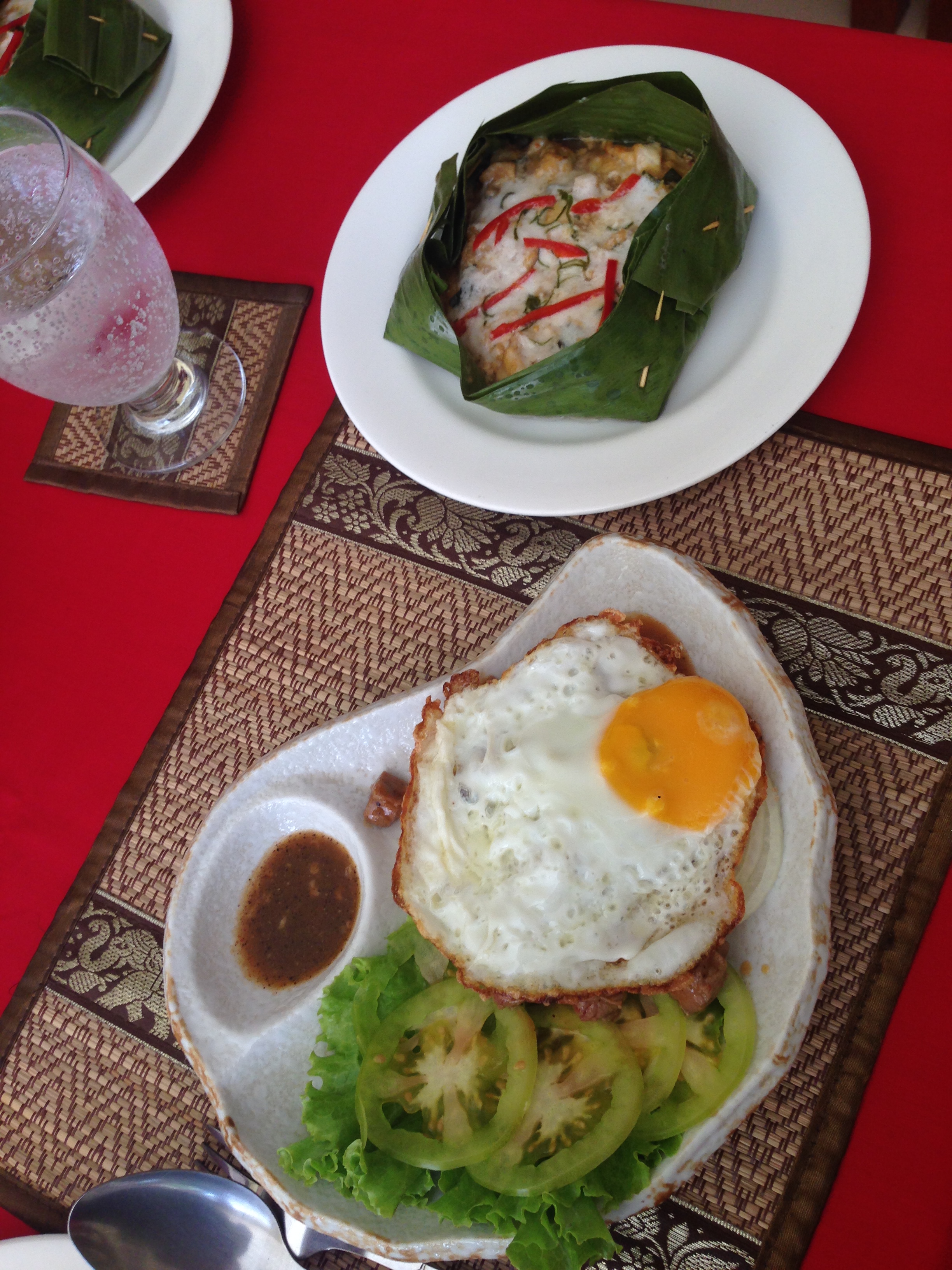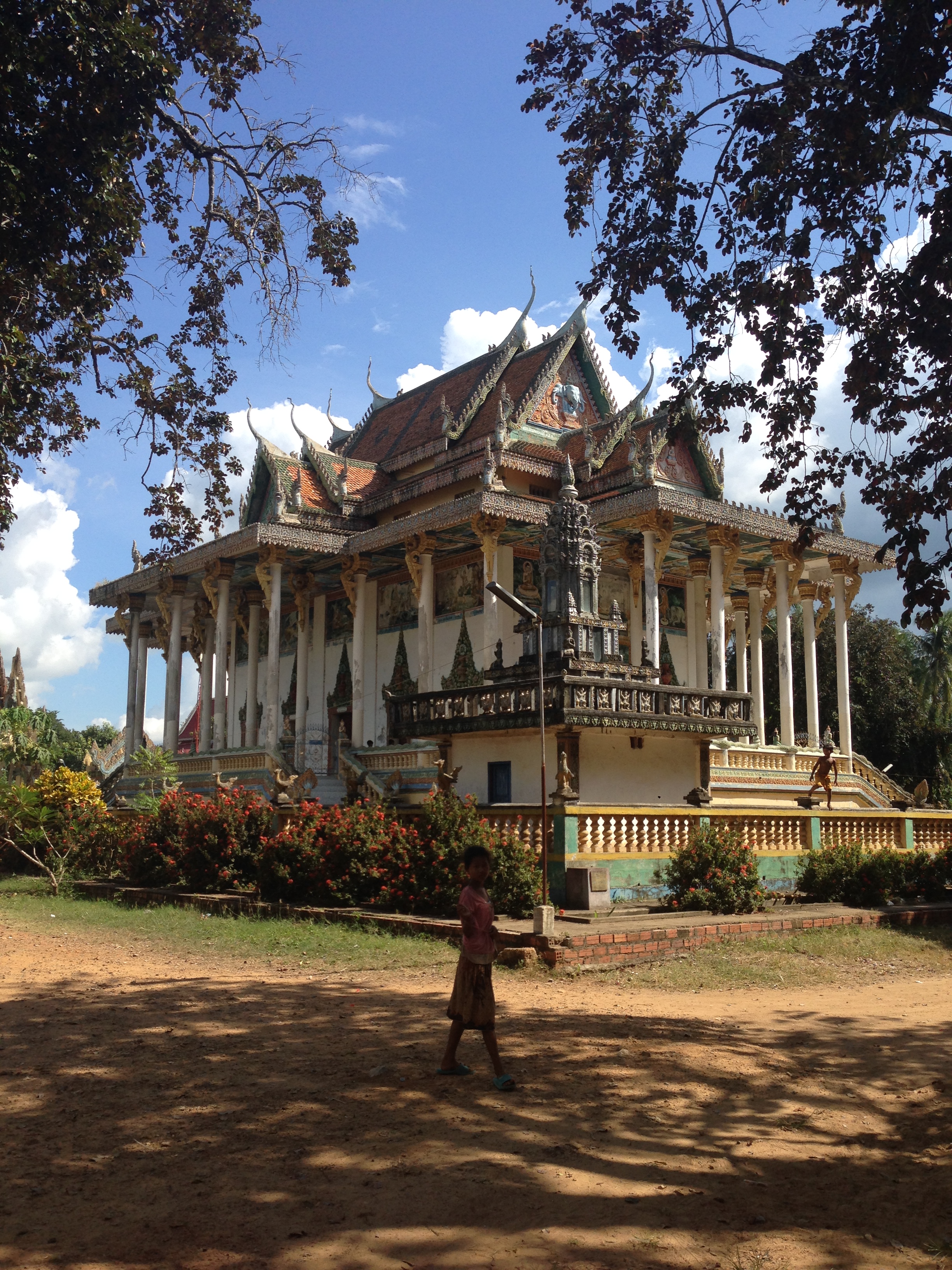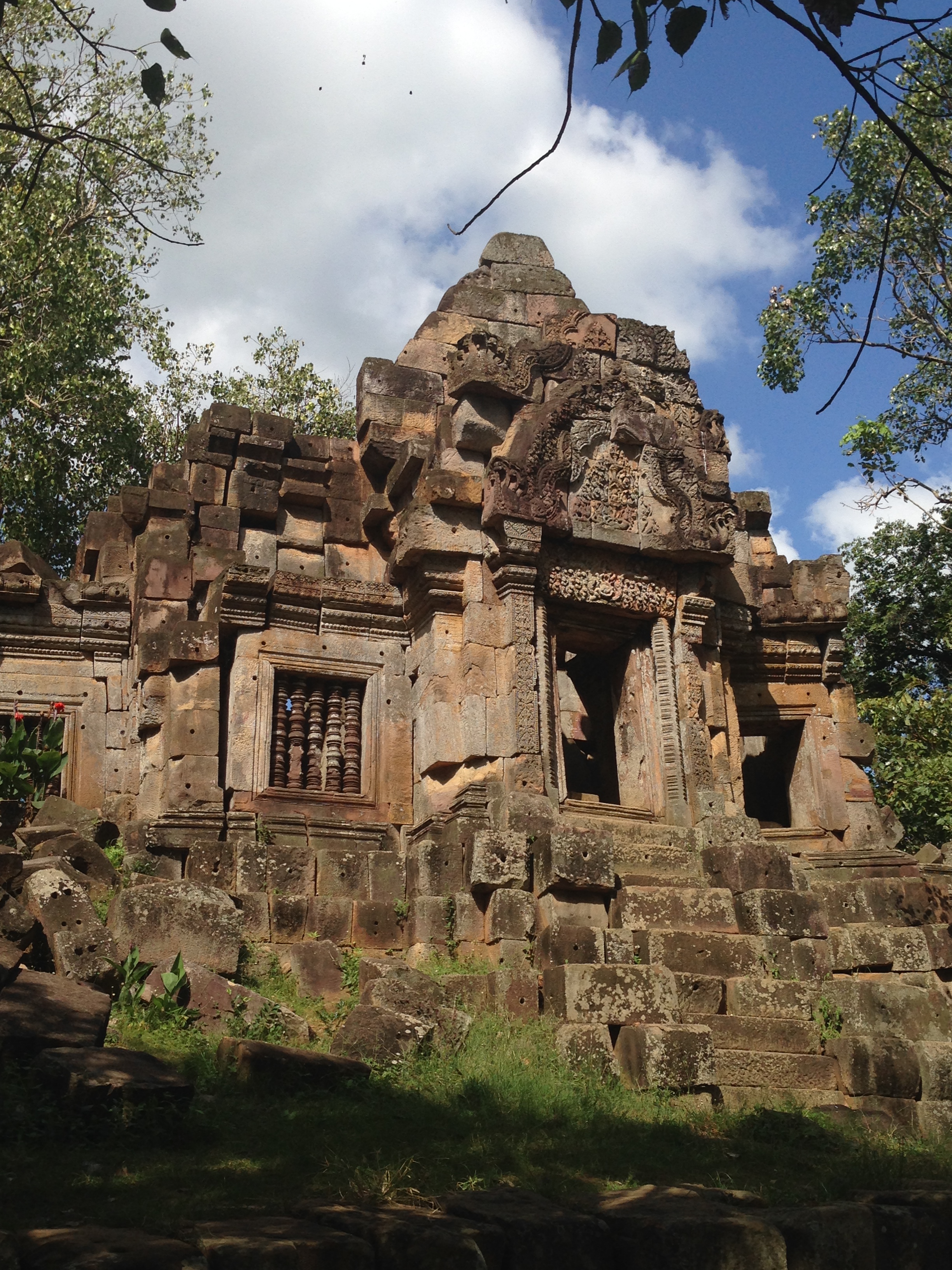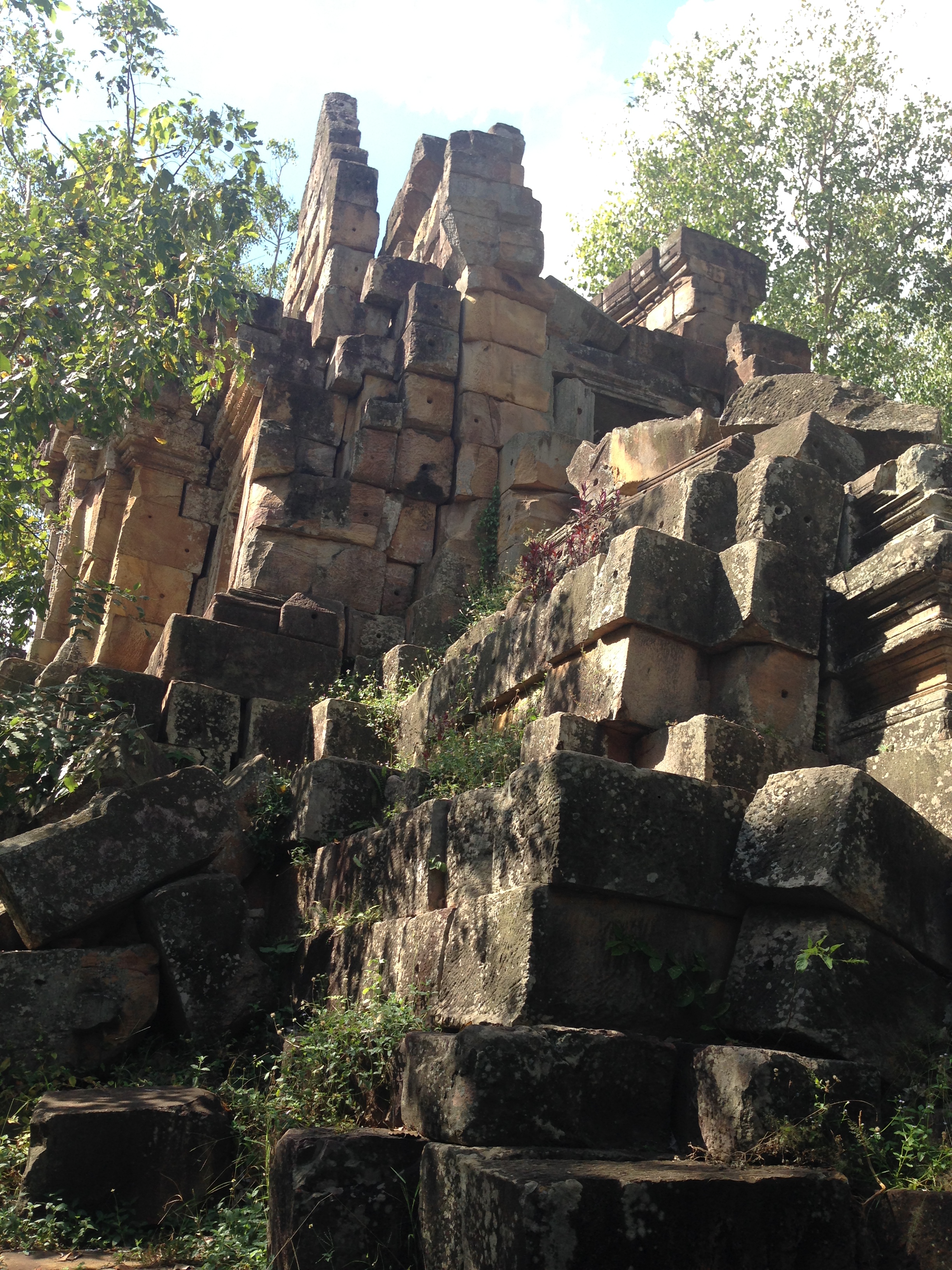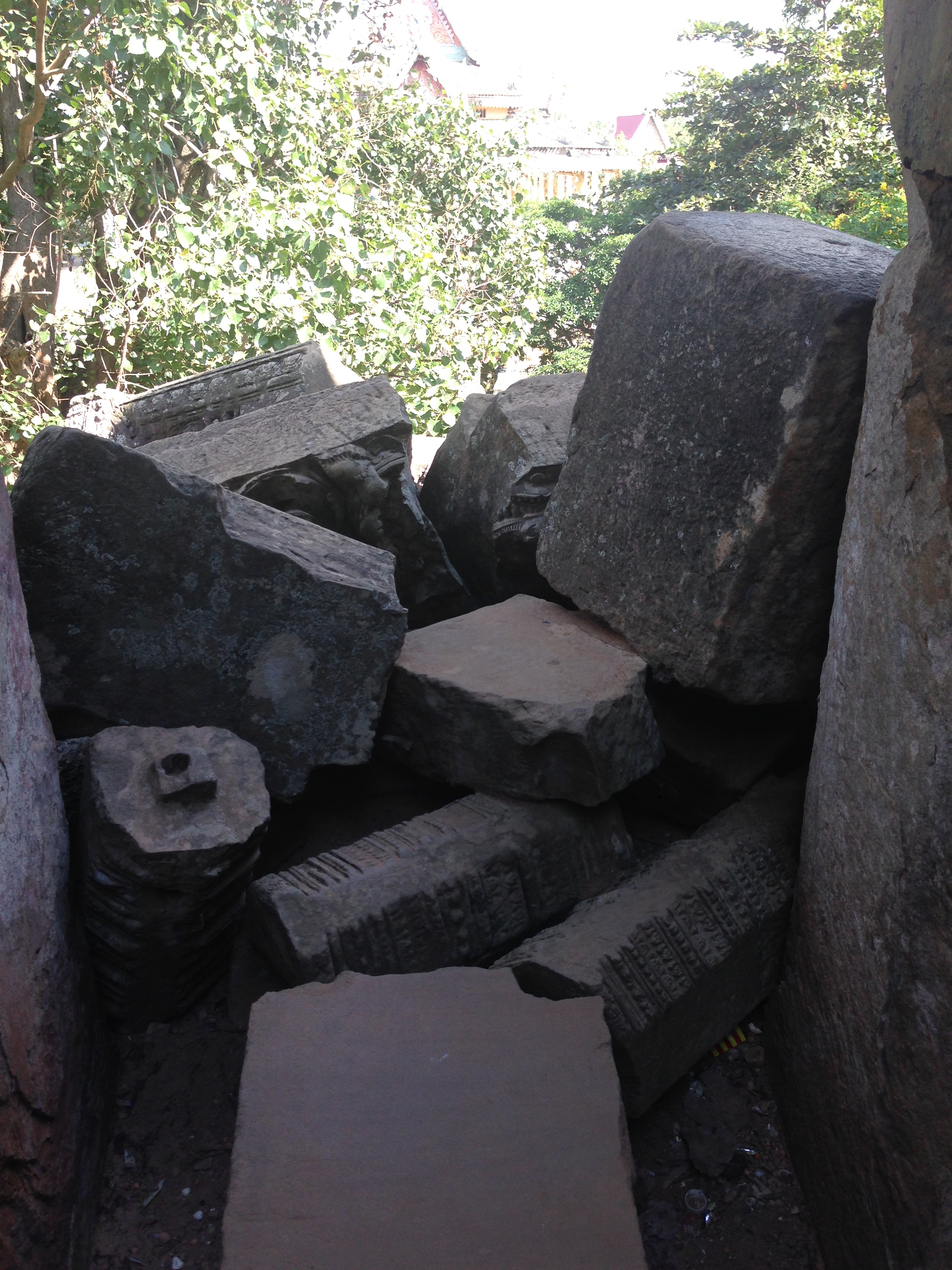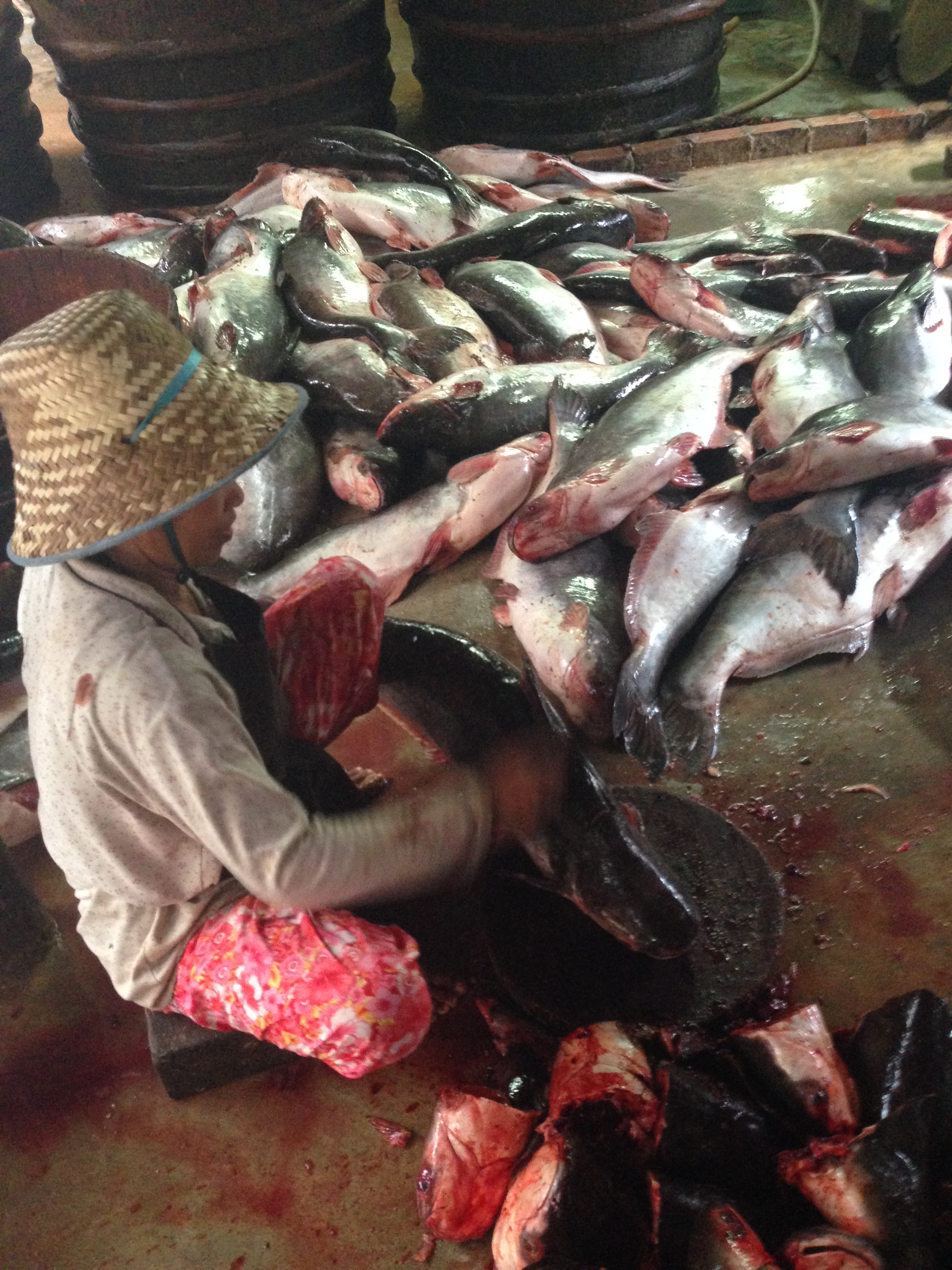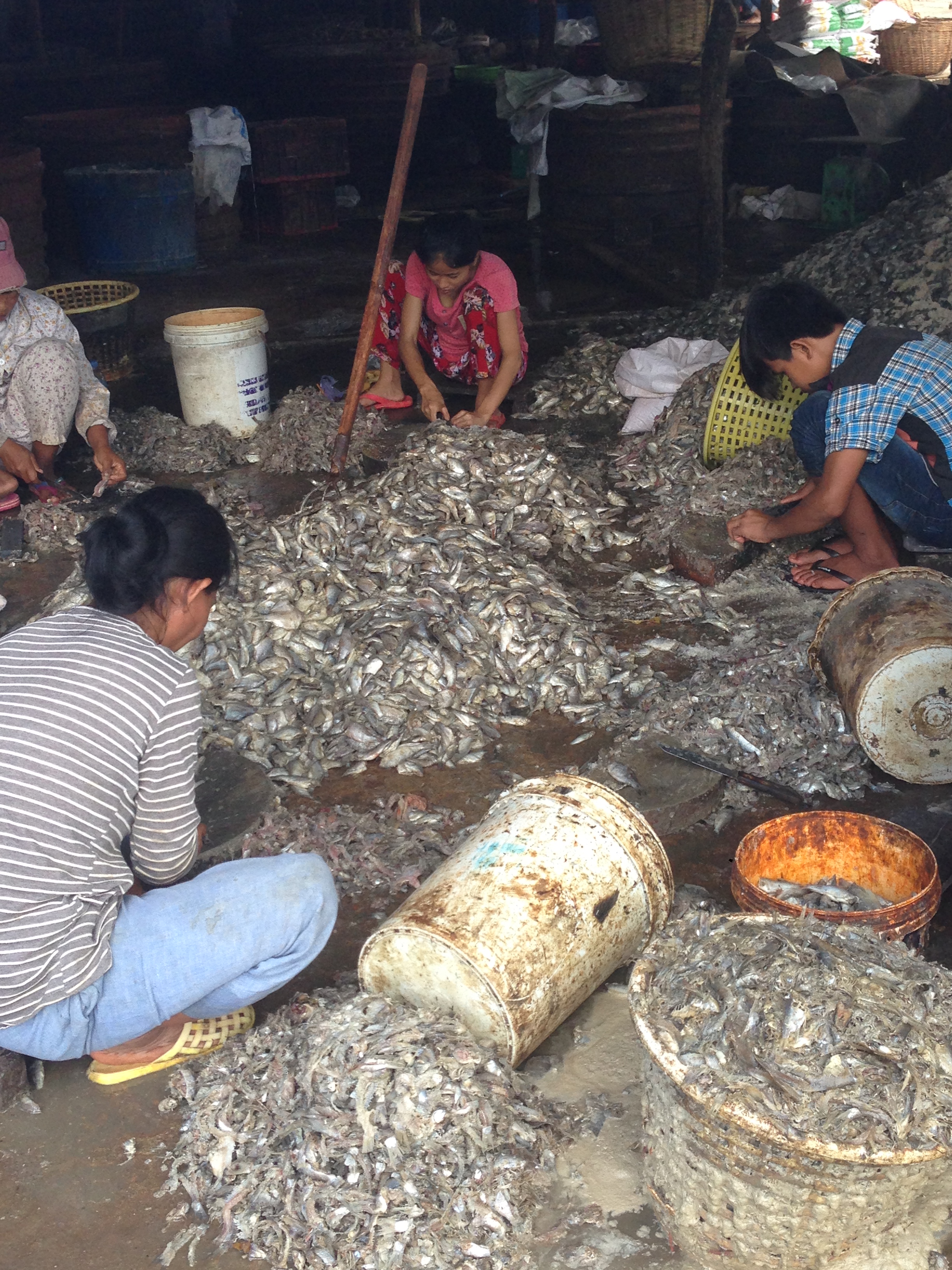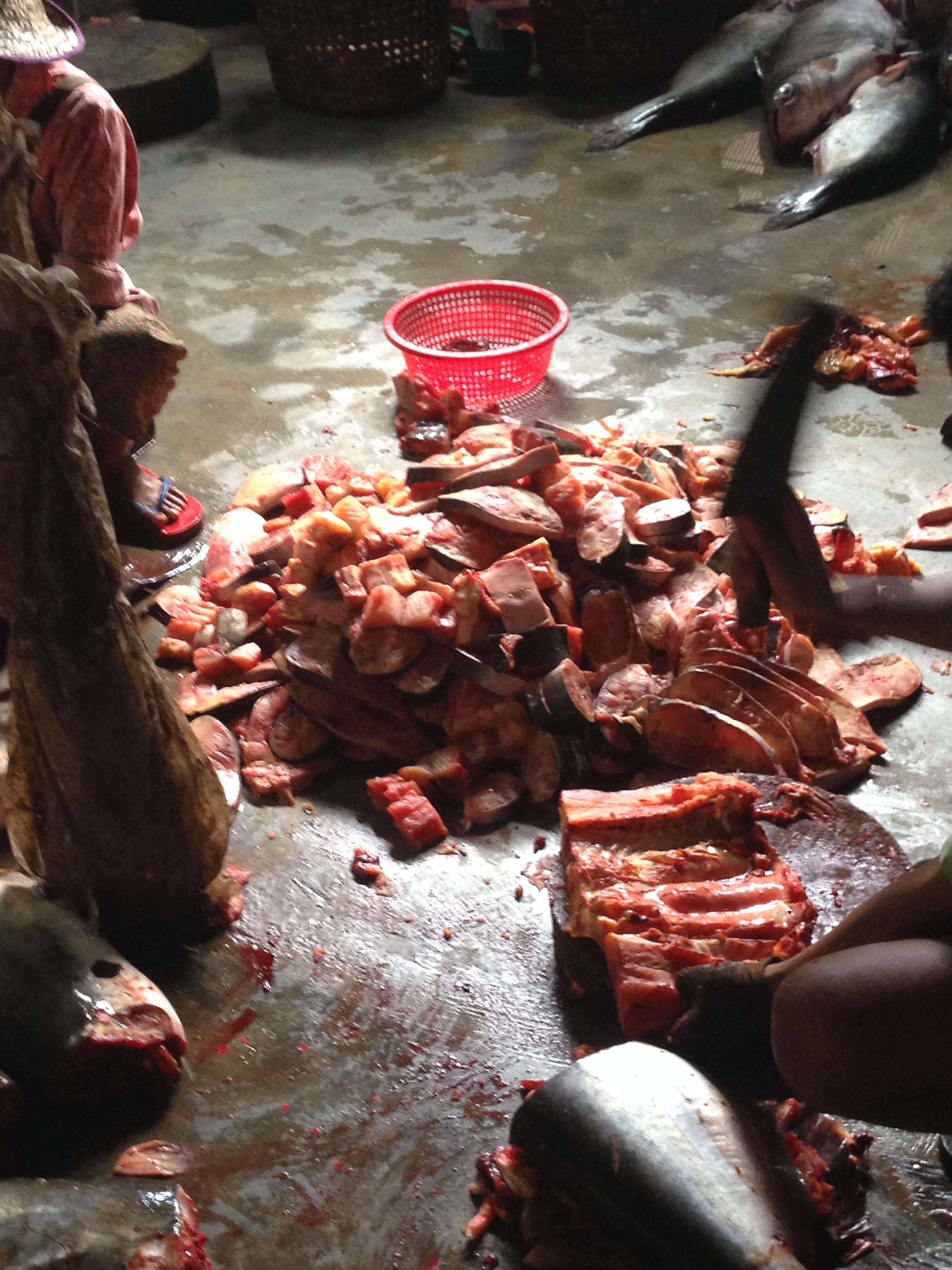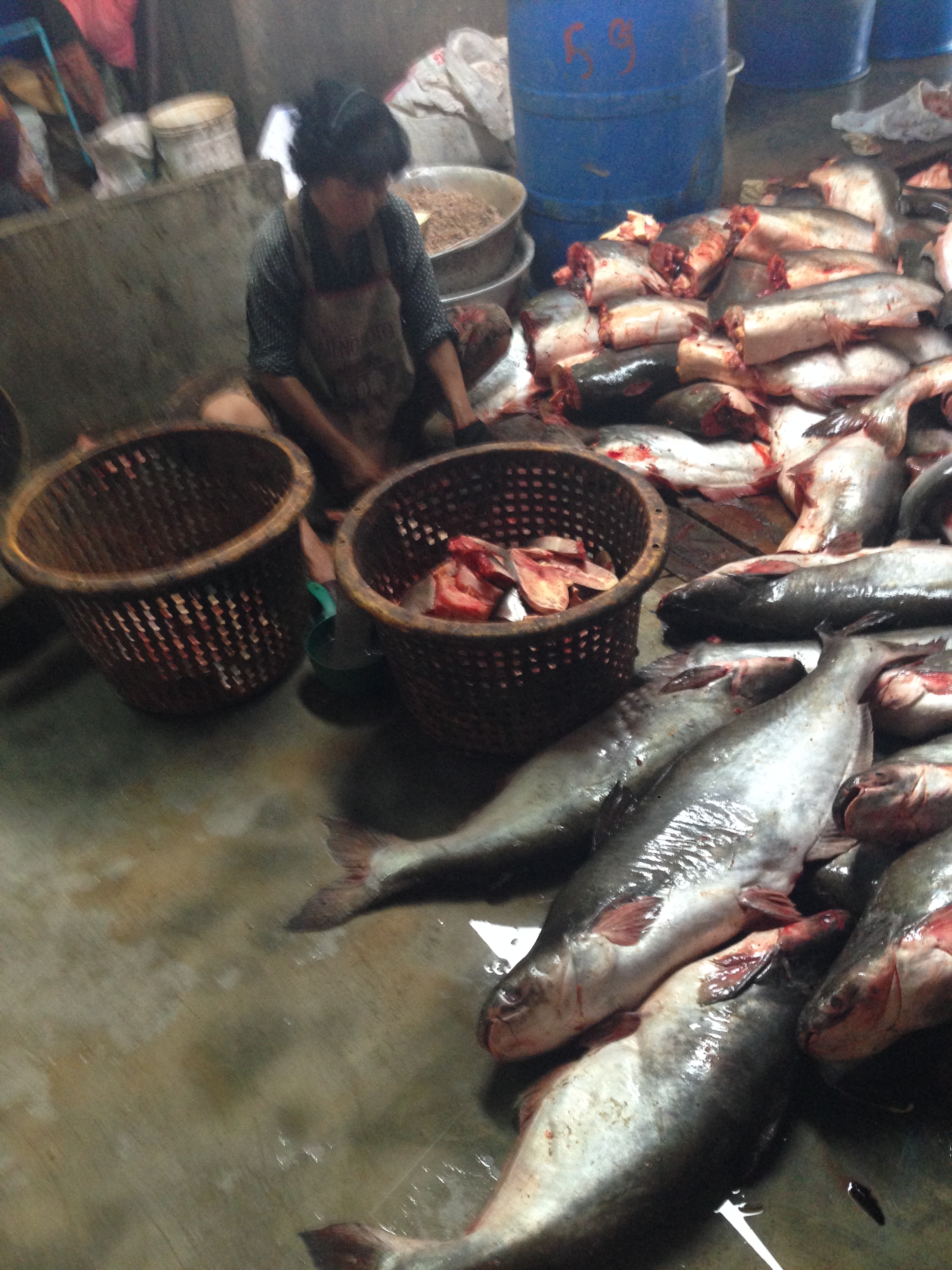
Japan has long been on my list, and has been recommended to me by virtually everyone who has ever been here.
The issue that has kept us away for so long was the perception that it was prohibitively expensive. The Japanese pricing just did not fit with our cheap and cheerful travelling style.
Japan is made up of over 6,800 islands but with four main ones being Hokkaido, Honshu (the “mainland”), Shikoku, and Kyushu. Tokyo is the capital and largest city, followed by Yokohama, Osaka, Nagoya, Sapporo, Fukuoka, Kobe, and Kyoto. About 75% of its area is mountainous.
The most fascinating thing about Japan is the obscure blend of ancient traditions and cutting-edge modernity. Rich and often ancient cultural heritage combines with groundbreaking technology all set in a land of amazing landscapes and wildlife.
The decision to come happened on two fronts, the first was convenience, our journey to Mongolia was easiest with a transit through Japan and secondly, the exchange rate with the AUD was the highest it had been in over two decades.

Our arrival saw us entering Tokyo, Japan’s bustling capital in mid evening, only to be jumped upon by a TV film crew, who wanted to interview us for a local travel TV show. It was a fluff show about where have you travelled to, why did you come to Japan and what did you want to see. The answer to the first question blew them away and we spent the next 30 minutes answering questions about our travels so far. Jill’s hat (with all of the pins on it) drew amazement and the thought that two people would just pack up and disappear seemed totally impossible to the Japanese mindset.

We have no idea if we were selected to be on TV (as we had left by the time it would have aired) but it was to be on Monday evening at 6:30 pm on Channel 7 TV Tokyo.
After this, we very quickly learned that our language skills were heavily lacking. Some serious bumbling about in the train station and we were on our way headed for the hotel. Some weather prompted a train change and some more confusion, but for the most part, getting about was fairly manageable. We finally landed in the hotel after 11pm having left metro Manila 14 hours earlier.
The next morning it was up for a quick breakfast and out exploring. The first thing that strikes you about Japan is how clean everything is. The footpaths are at least 4 meters wide and can be up to 10 meters wide in the busy areas. There is not a rubbish bin in sight but there is zero trash, anywhere. It was even a struggle to find a leaf laying on the ground. And there is no obvious person sweeping up or cleaning anything, people are just tidy and don’t make mess..
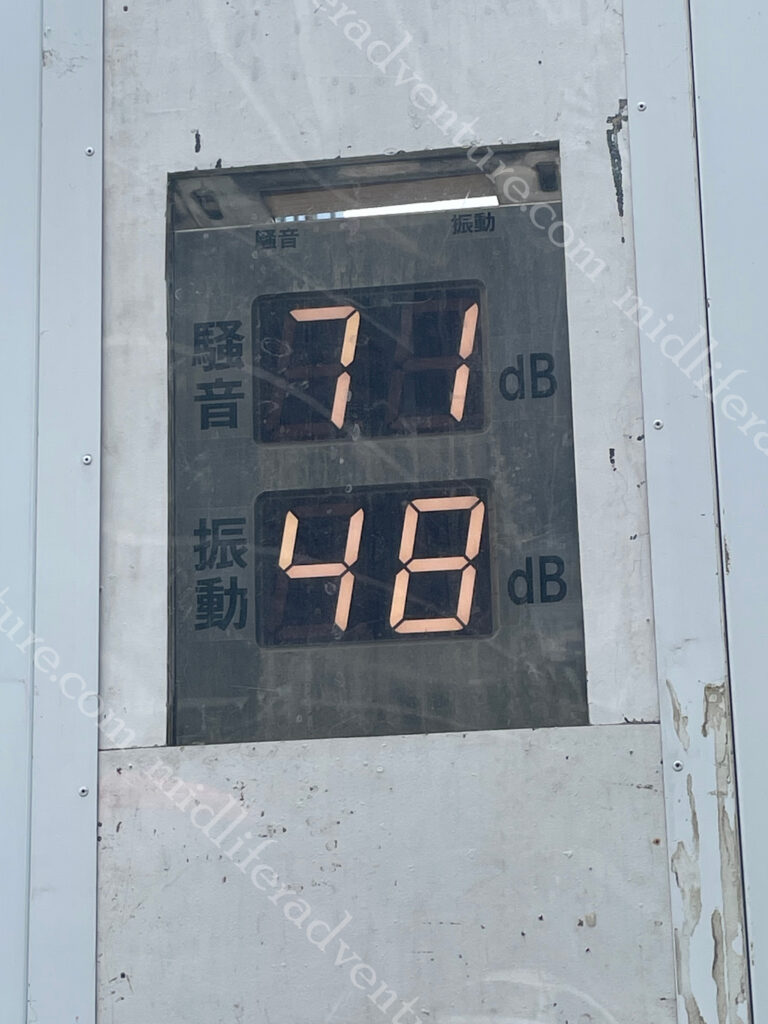
Not only is it clean, it is quiet. Having spent the last 2 months in the Philippines and Indonesia, this place is absolutely silent. No honking, beeping, screaming, yelling.
It was lovely.
It was so quiet that there were even decibel meters on the outside of constructions sites to make sure that things stayed at a reasonable level.
Our walk around was on a 30+ degree day with high humidity. Our first stop was to the Nihombashi Bridge that has been linking the city for centuries. The first wooden bridge was completed in 1603 and the current one dates from 1911. In reality the bridge is dwarfed by everything around it, but it is nice.





Next we aimed for the Imperial Palace, but to get there we went via the Tokyo Central railway station. Within no time of getting to the train station we immediately felt that we were in the world’s most populous city with over 37 million people inhabitants. And the majority of them were here.
To say that this place is a maze is an understatement. There is quite literally an entire underground city here. There are kilometers of underground tunnels and passageways that link the high speed rail (shinkansen) to the subway and you can even walk to the nearest five stations completely underground (the furthest a distance of over 2 km), but is faster by train. There are more than 4,000 trains arriving and departing daily.
Having been lost underground for what seemed like an eternity, we popped out relatively close to the Tokyo Imperial Palace and Gardens Area. Here we learned an important lesson. In the most populace city in the world, if you want to do something, you must book, days in advance, and you must queue up for your allotted time slot.
We did not do this, so were content enough to view the palace and gardens from the outside and did not venture in. But suffice to say that the surrounds were also pretty amazing.











Being a cool 33+ degrees with high humidity we chose to walk. From the palace we walked through parks and gardens, stopping at the various shrines and temples that we came across on the way.








From here our exploration took us into the Ginza District which is considered to be one of the most expensive, elegant, and luxurious city districts in the world. It is a popular upscale shopping area (something that we typically try to avoid). Our aim was to go to an interactive digital art museum that offers galleries of immersive and surreal installations (but guess what, you had to book, days in advance). So we wandered around lost for a while, found a place with an (happy hour) amazing lunch which set us back $26 for four beers and a feed. We did however make the booking for 4 days later.







The next morning it was up and on our way to see the lively hub of Shibuya. This is arguably the youth heart and soul of the city. For us it is the home of the scramble crossing, the busiest pedestrian crossings in the world, with sometimes over a thousand people crossing the multi-cornered intersection at a time. The view from the Shibuya Sky observation deck offers an epic view.





When we were there, extensive roadworks had stifled the flow of both traffic and pedestrians. But the tourist trade and normal business activity still meant that the place was manic, god knows what it would be like in full flight.
Japanese Street Fashion – To say that Shibuya is eclectic would be an understatement. The streets of Shibuya are the birthplace to many of Japan’s fashion and entertainment trends.









Just down the road we headed into Shinjuku to see the Godzilla, towering over the Toho Cinema. It is probably the most famous statue in all of Tokyo but on closer inspection, it is just a head and claw.
The area is busy and lively and I was offered sex at 11am by some random dude who wanted to take me to the nearby brothel. I just had to follow him down the alley.
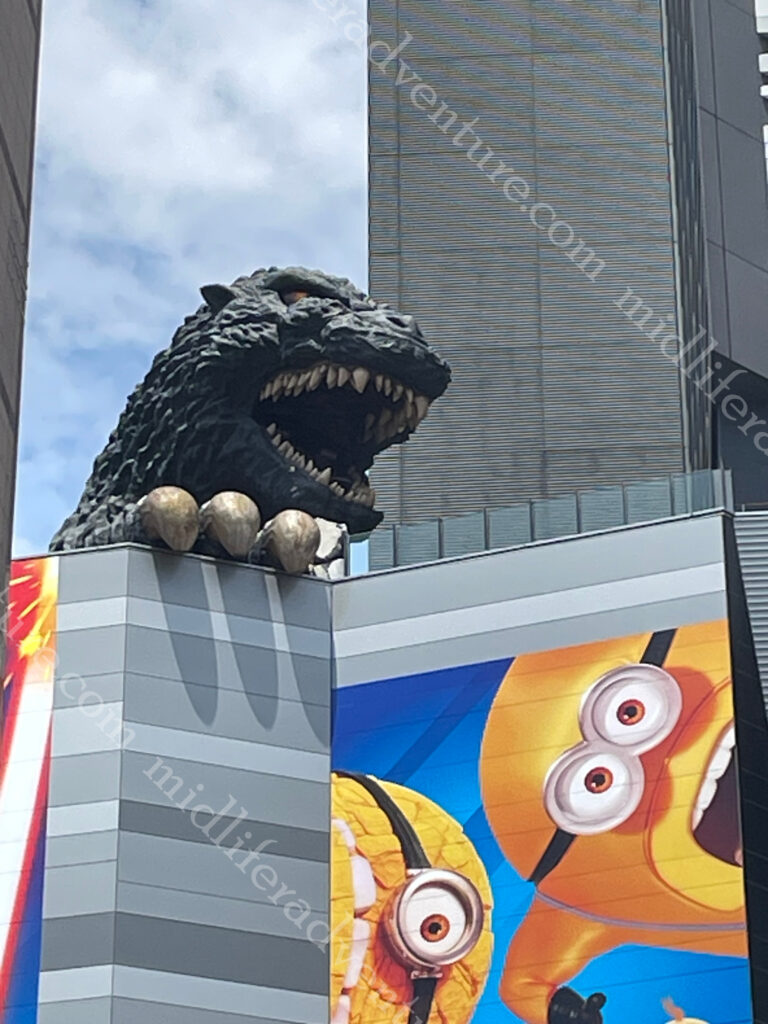
Next it was on a train to the old part of town (Yanaka) where the old town ambience and atmosphere (shitamachi) reminds people of Tokyo from past decades. It was a funky little neighbourhood without the lights and bling of those we had visited before. The main attraction was the Yanaka Cemetery where many of the tombs are elaborately decorated and nicely landscaped. Paths are well-kept and wide, making it a good place for a tranquil stroll (even in extreme temperatures).






From here we hopped on the local bus and made our way to the Asakusa neighbourhood. Our main reason for going there was to see the Samurai and Ninja Museum, but guess what, you had to book. Thankfully the wait was not too long so we went exploring first.
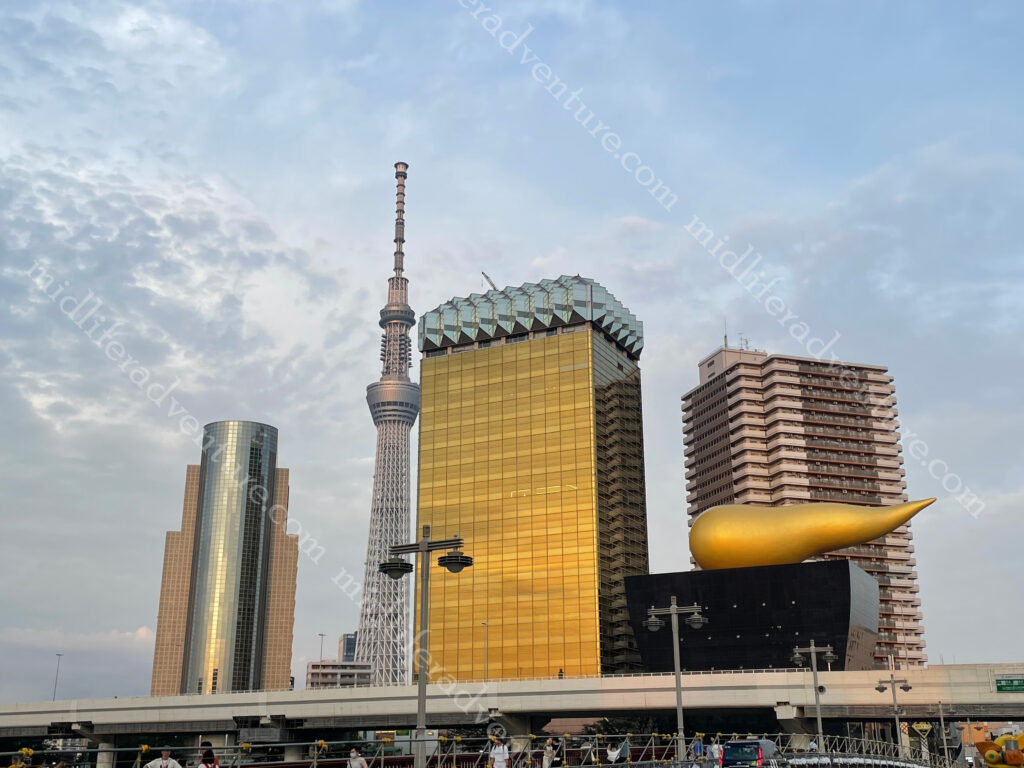
The first thing that we stumbled across was the Asahi Beer Tower and Asahi Super Dry Hall with its characteristic Flamme d’Or. This was completed in 1989 and is the headquarters of Asahi Breweries.
With some time to kill we kicked back in the backstreets, checking out some funky little shops and restaurants, and even a Kabuki theatre.









Asakusa’s main attraction is Sensoji, a very popular Buddhist temple, built in the 7th century. Having snuck in around the back (it is free to enter we just came the back way) through the side streets we came out from what is usually the main entrance Nakamise. This is a shopping street that has been providing temple visitors with traditional snacks and souvenirs for centuries.









Having seen the masses of people, the temple and bought out our souvenir trinkets we headed back to the Samurai and Ninja Museum which turned out to be a great way to kill an hour or so. Some interesting history, and lots of swords and armour. You can even throw ninja stars against walls and dress up for photos if you want (we passed on the dressing up). The coolest bit was that there was some seriously good artwork on the walls.

















Space being a premium here in Japan, even the parking structures were a bit different to what we were used to. I had heard of the stacking system, but had not seen it in action before.
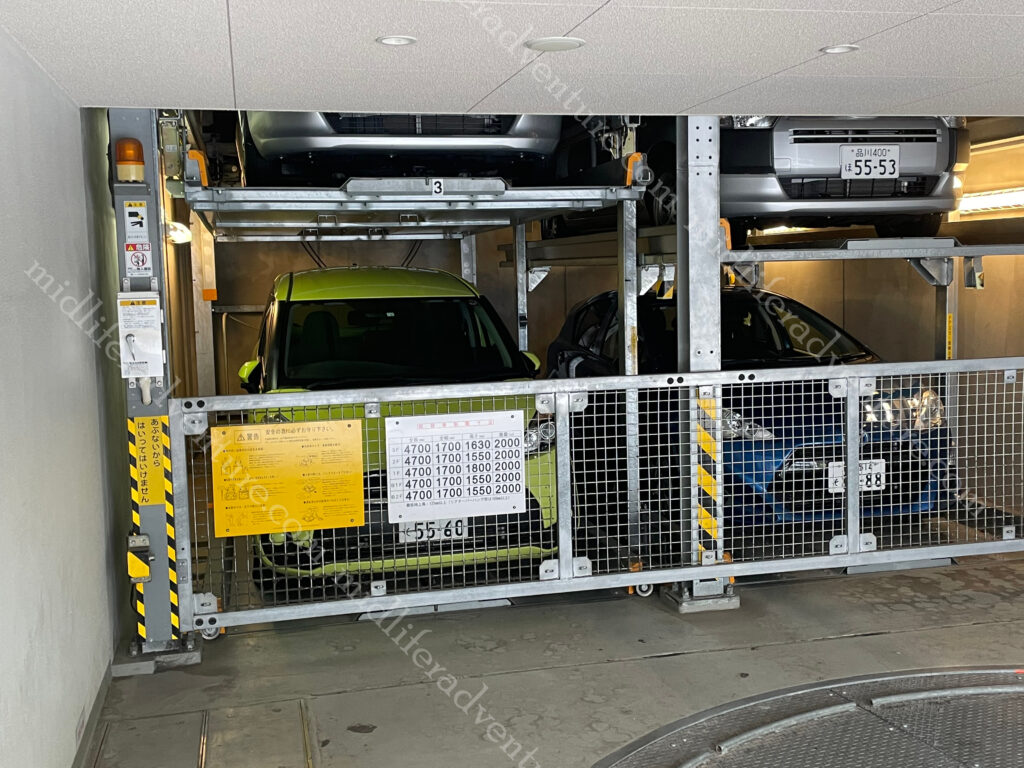
Jill being a raw fish fanatic had been humouring me in the preceding days giving me actual cooked meals, but the time had come for her to get her sashimi fill. We found a restaurant around the corner that allowed here to load up on raw fish and all was right (for her) in the world.




Japan is highly regulated (socially) and it is easy to inadvertently do the wrong thing. But a little bit of preemptive reading and the sort of things that will cause offence are actually pretty sensible and easy to avoid, if you only bother to look. Things not to do in Japan:
- be late
- be loud
- talk on the phone on the train
- tip at restaurants
- stand on the right side of the escalator
- wear shoes on tatami (woven straw) mats
These are actually really really easy to avoid, and for the most part, make life a little more pleasant. Virtually everyone that we came across followed these rules easily. Except the Americans and the French. Whether these two groups are just above such petty conventions or are just too arrogant to care, I do not know. But the only voices that could be heard splitting the silences were always one or other of these two accents, consistently.
The next day was the closest thing to a fail as we have had in years. Don’t get me wrong, we had a lovely day, but apart a fleeting glance (of Mount Fuji) from a train window we did not achieve our goals. We had seen photos like the ones below and thought what a great way to spend a day, so we hopped on the fast train (it is 140km away) to see it.



Japan’s Shinkansen, or bullet trains were our transport. They are world class with some reaching speeds exceeding 321 kilometers (200 miles) per hour. The newest versions have reached speeds of up to 603 km/h (374 mph) in testing.
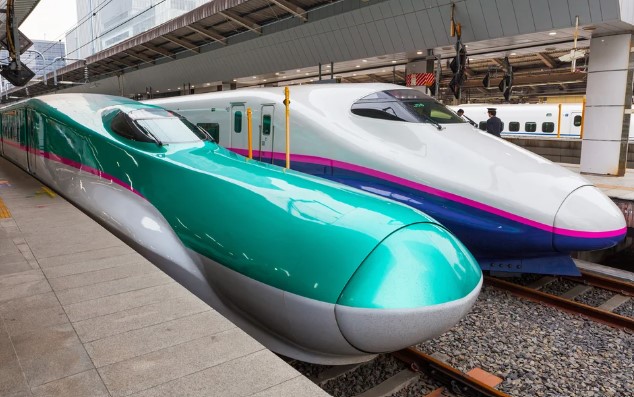
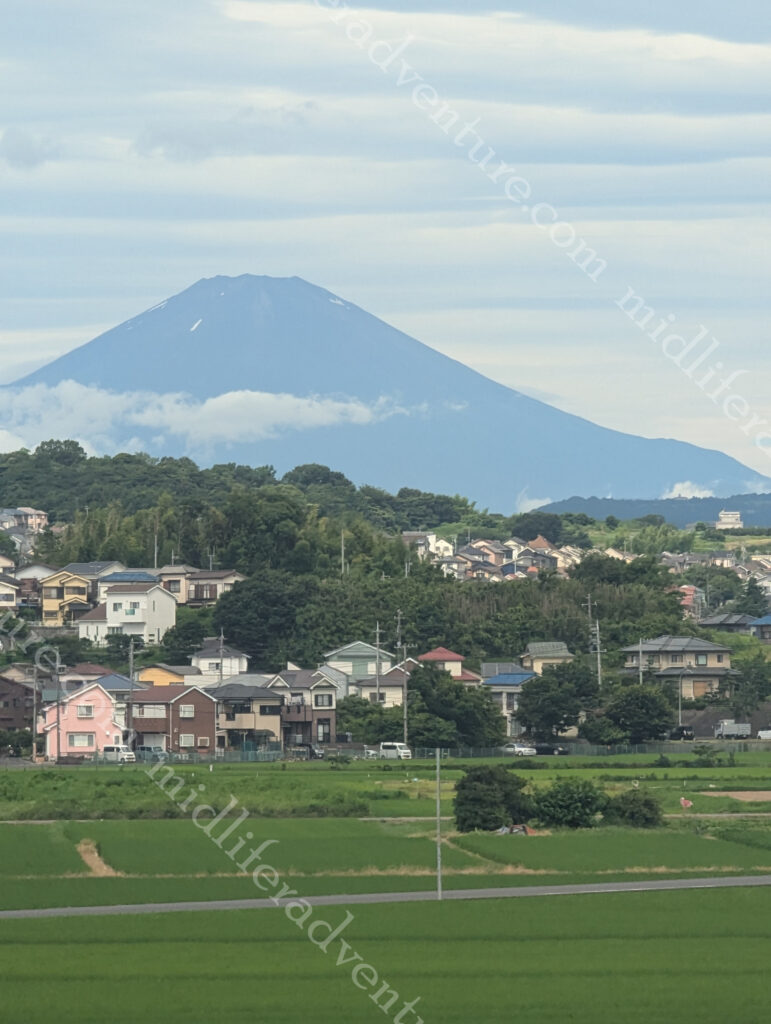
While in transit, Jill did snap this photo (and a few like it) out of the train window.
So we did see the mountain, just not in the way that we had planned.
Getting off the train we hopped on a slower train that (we thought) would take us closer to the mountain and more specifically Lake Kawaguchi.
Lake Kawaguchi is located at the northern foot of sacred Mt. Fuji, Japan’s highest mountain. This is one of the Five Lakes of Fuji and you can enjoy magnificent Mt. Fuji views from the lakeside. But we got on the train to Odawara and then another to Hakone (still 60kms away from the mountain). To be fair there are about six locations in Hakone where you can enjoy good views of mount Fuji (but we did not go to any of them).




Instead, we got on the Hakone Tozan Cable Car thinking that it would give us the views that we sought. This is one of Japan’s few mountain railways where passengers can enjoy scenery and be wowed as the train climbs steep slopes. In order to climb the mountain, the train zigzags up the slopes using switchbacks where the conductor and driver switch positions. The cable car connects Gora and Sounzan and meets up with the ropeway to Owakudani (which was of course shut due to the winds). So we got near the top of the mountain with the views (on the opposite side) and could go no further.









So a long story short, we left our hotel at 7 am and got back late in the afternoon, in that time we had traveled on fast trains, slow trains, cable cars and saw some amazing sights of rural Japan. But what we actually came to see we got in fleeting glimpses as we went passed it on a super fast train.
As we waited to head home, I did manage to get a few videos of the superfast trains going past.
To say that these are fast and impressive is obvious. These ones even slowed down as they were passing the station.
We did have a great day, and we did see some amazing sights, we just did not really achieve what we had set out to do.
Sumo is a thing that we missed out on while we were here. It is a Japanese style of wrestling and Japan’s national sport with grand sumo tournaments (each lasting 15 days) held six times a year (the odd months).
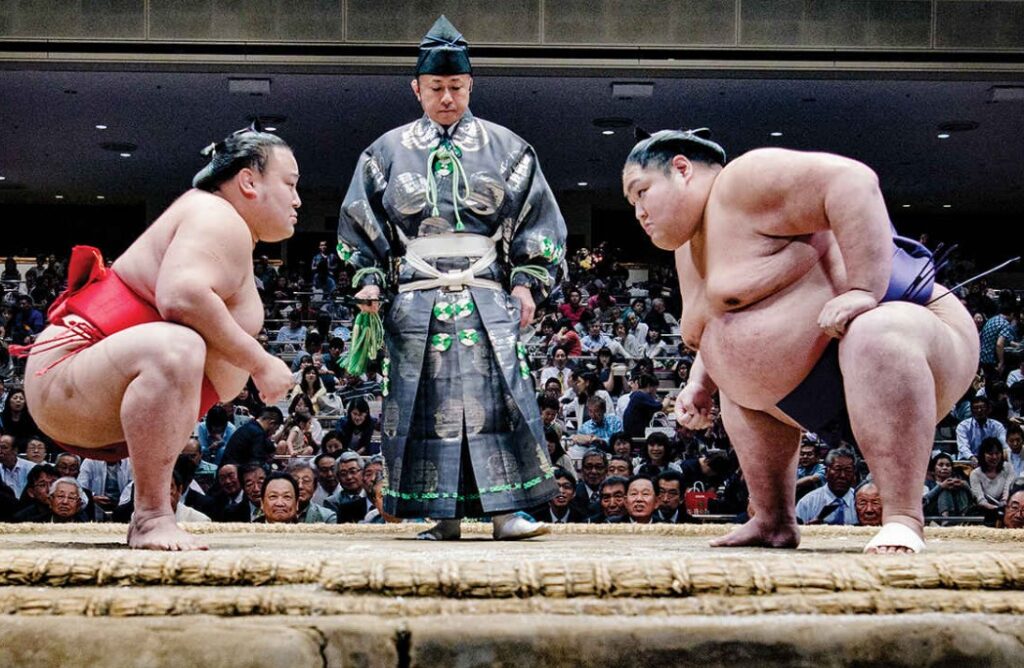
While we were in Tokyo, there was a tournament on 350 km away in Nagoya. When there is no tournament you are able to head to one of the Sumo Stables to watch the early morning practice sessions. But these are suspended when a tournament is on (so we missed out).
As big as Sumo wrestlers are (many over 200 kg and the heaviest ever maxing out at 288kgs), doctors reckon that they don’t suffer from heart attacks, strokes, or display other symptoms of obesity. Sumo wrestlers consume up to 7,000 calories a day. The secret is in the name, as wrestlers the regular intense exercise prevents the build-up of visceral fat, which causes metabolic and heart disease.

Manga is the Japanese term that refers to both comics and cartooning. The origin is believed to date back to the 12th and 13th century.
After WWII the manga were distributed widely to the population as a distraction from the harsh realities that Japanese people had to face after the war.
They are characterised a distinctive art and narrative style. Genres include action, romance, fantasy, science fiction, and more.
Anime is a Japanese style of film and television animation.
The style is distinctively Japanese and immediately recognisable.
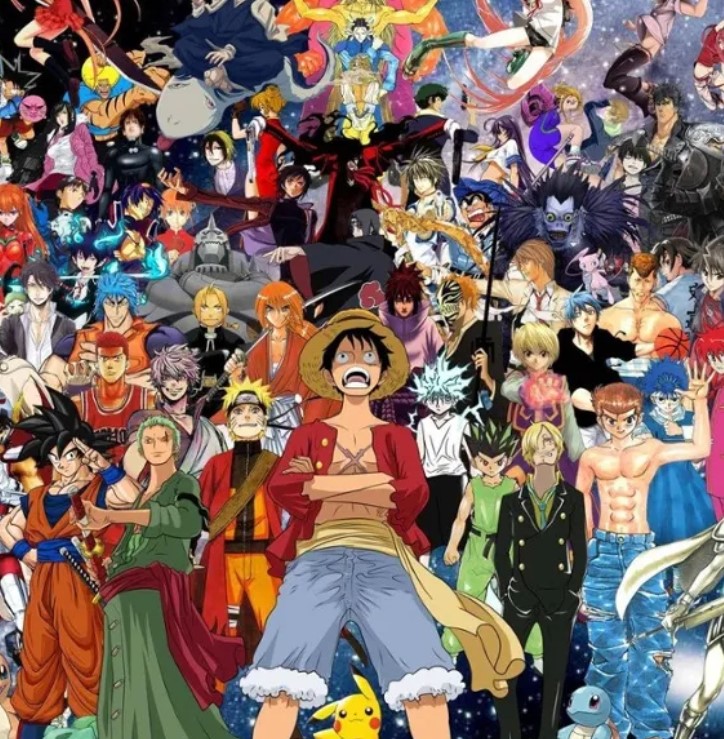
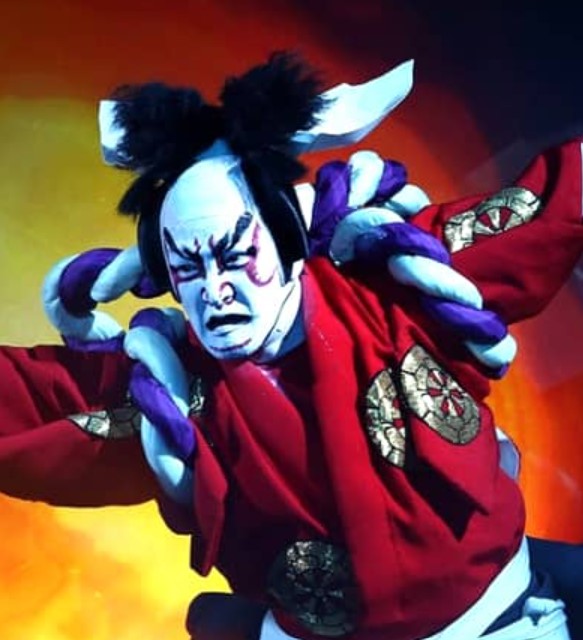
Kabuki is a form of Japanese theatre that mixes dramatic performance with traditional dance.
It is known for its outlandish performances, glamorous costumes, and the elaborate makeup.
Not wanting to miss out, our reservation for the interactive digital art museum finally came up on our last evening in Japan.
The creators describe itself as an international art collective existing at the intersection of art, science, technology, and the natural world.
The group consists of a variety of artists, programmers, engineers, animators, mathematicians and architects; the collective aims to explore the relationship between the self and the world, through new forms of perception.
In reality it was a really high tech maze in darkened rooms with images and lights projected on the walls.
This is actually an over simplification, the lights sensed the presence of a person and bent around you, the exhibitions flew from room to room and around corners.
And colours changed, kids drawings were brought to life and flew across the walls, it was all pretty surreal.
To be honest we have seen almost nothing of Japan. Everything that we did see, we enjoyed but it is a seriously weird place. It is like nowhere we have ever been. Both relaxing and infuriating at the same time. I got totally sick of being lost in underground bunkers, railway stations and shopping malls. We were constantly staring at the GPS trying to work out where we were in an underground land of no reference points.
The exchange rate doubling made it actually really affordable for us, so if things remain favourable, I could envisage us coming back at some point. The food was magnificent.



